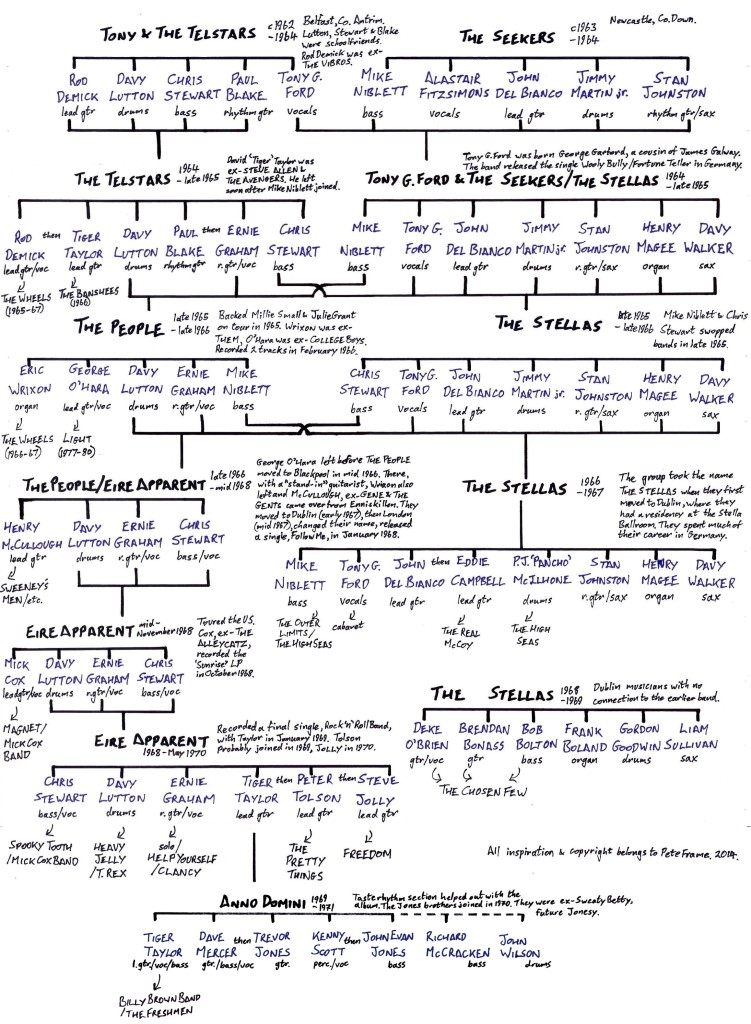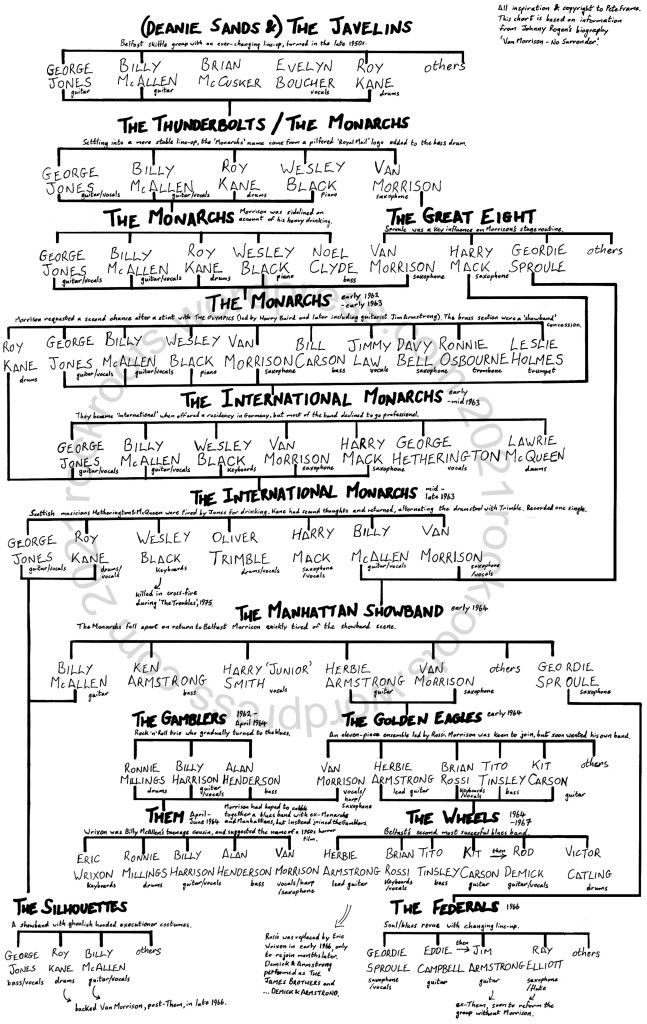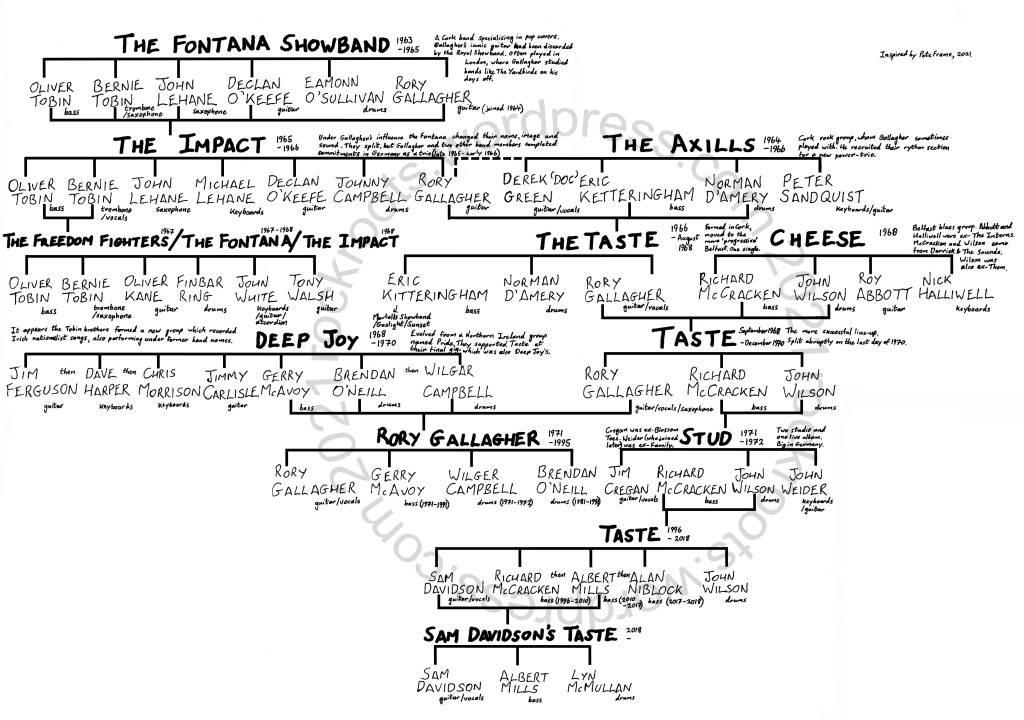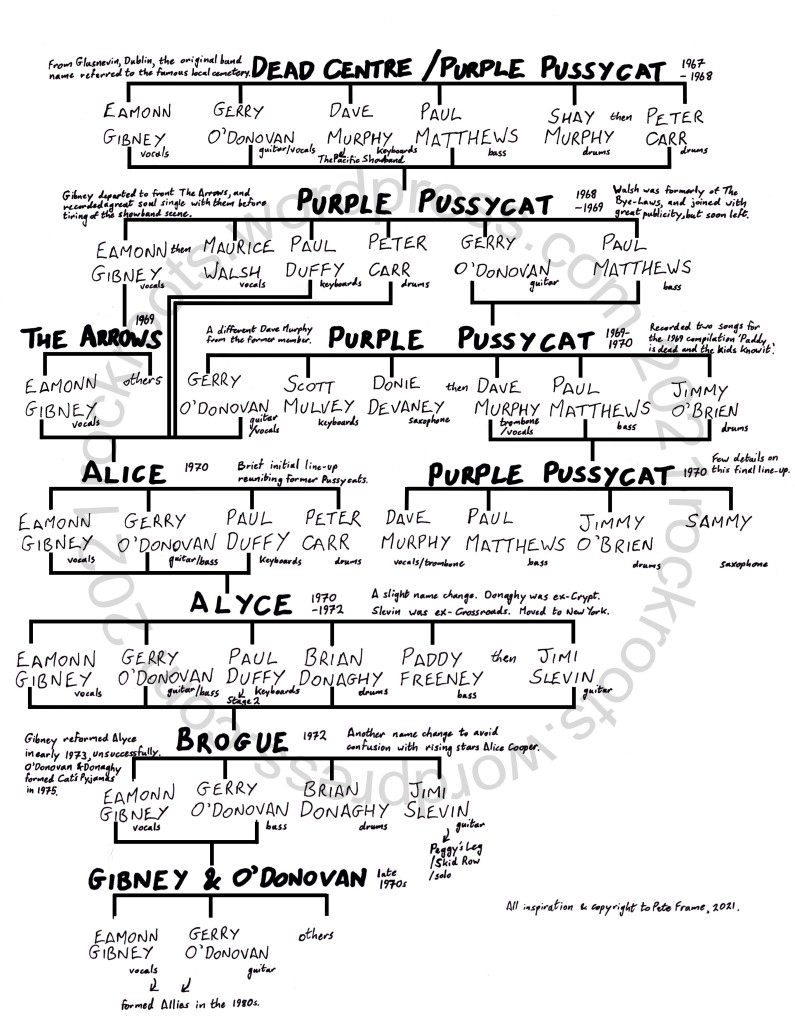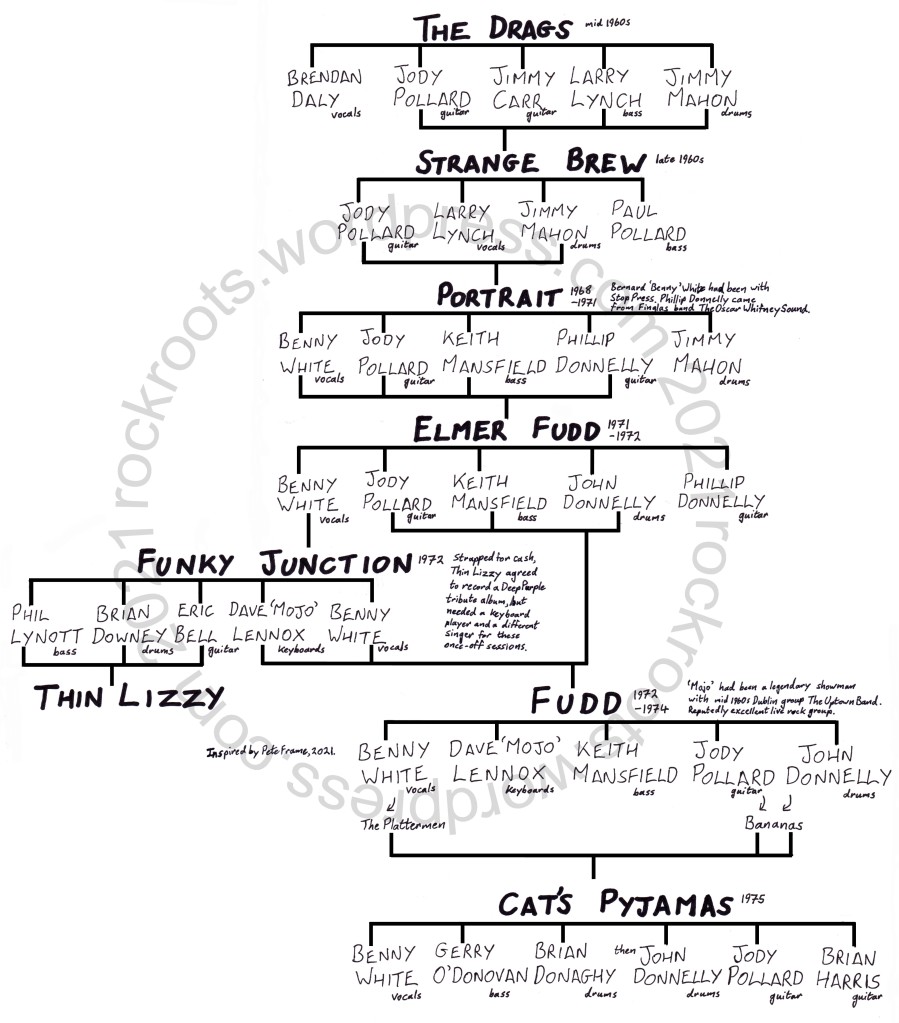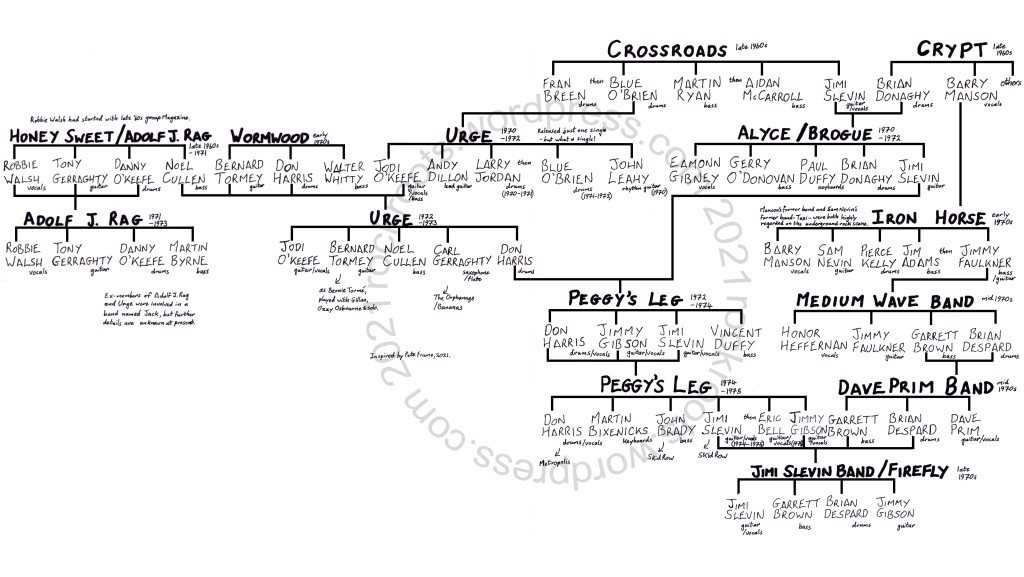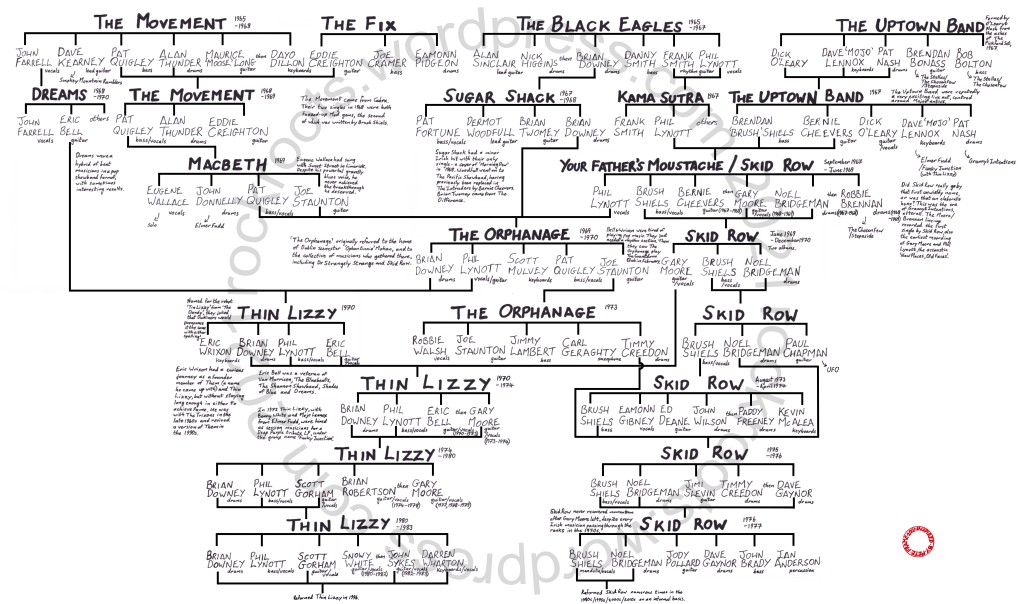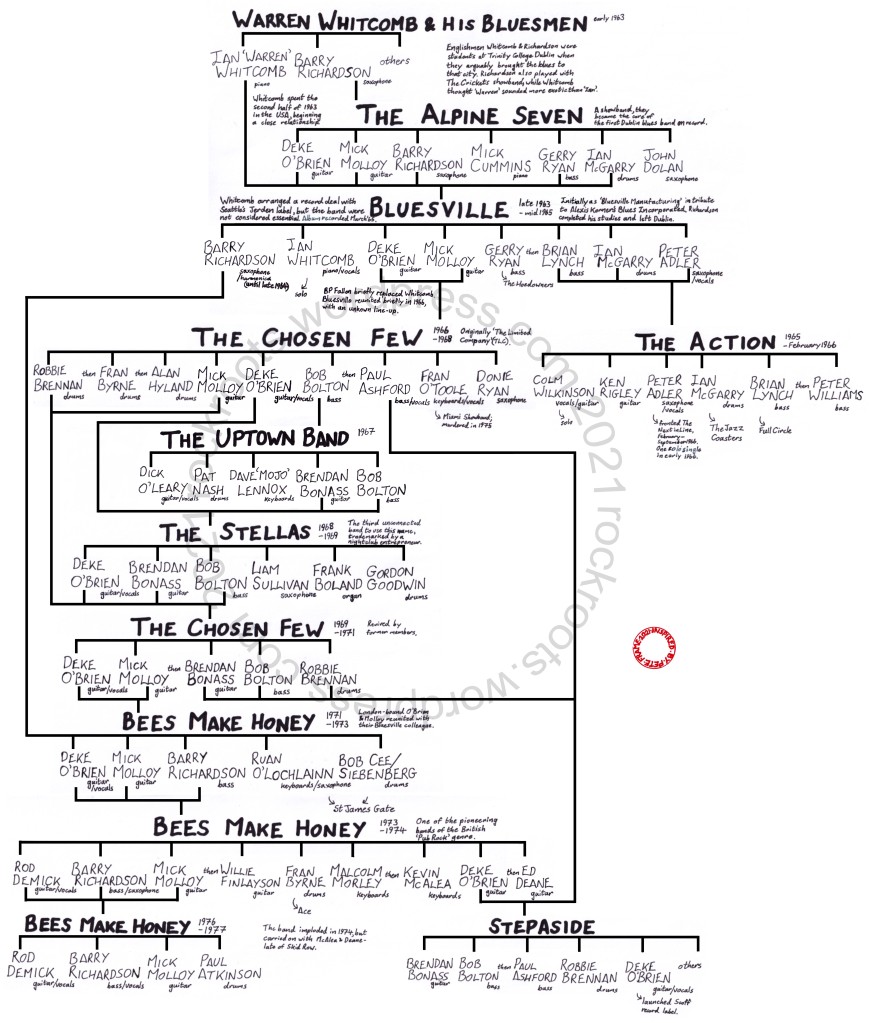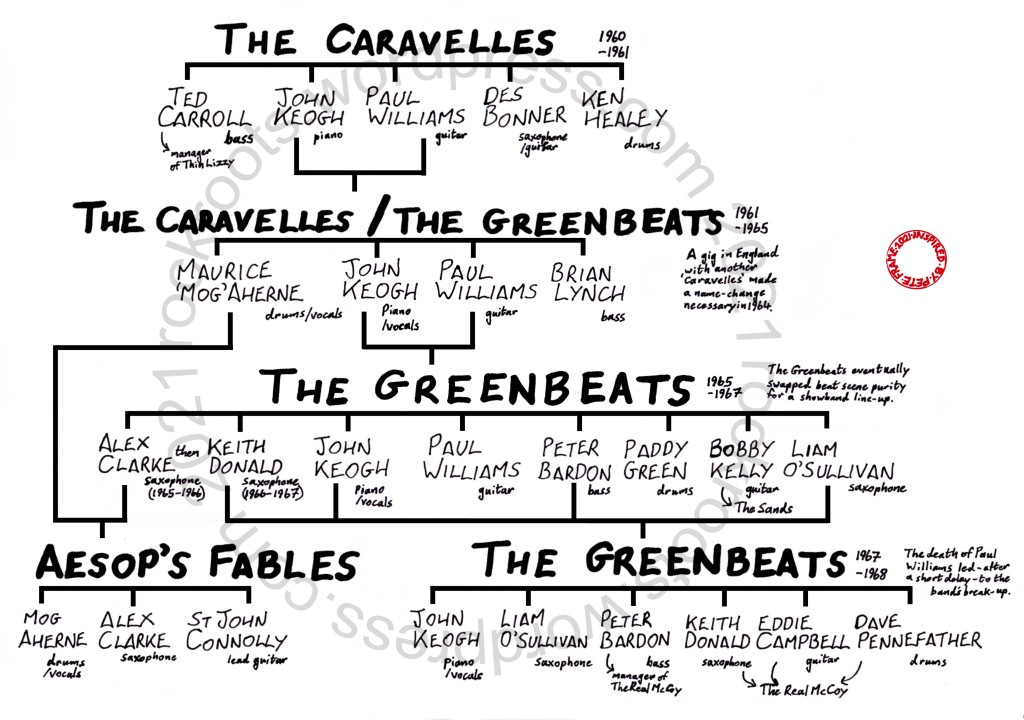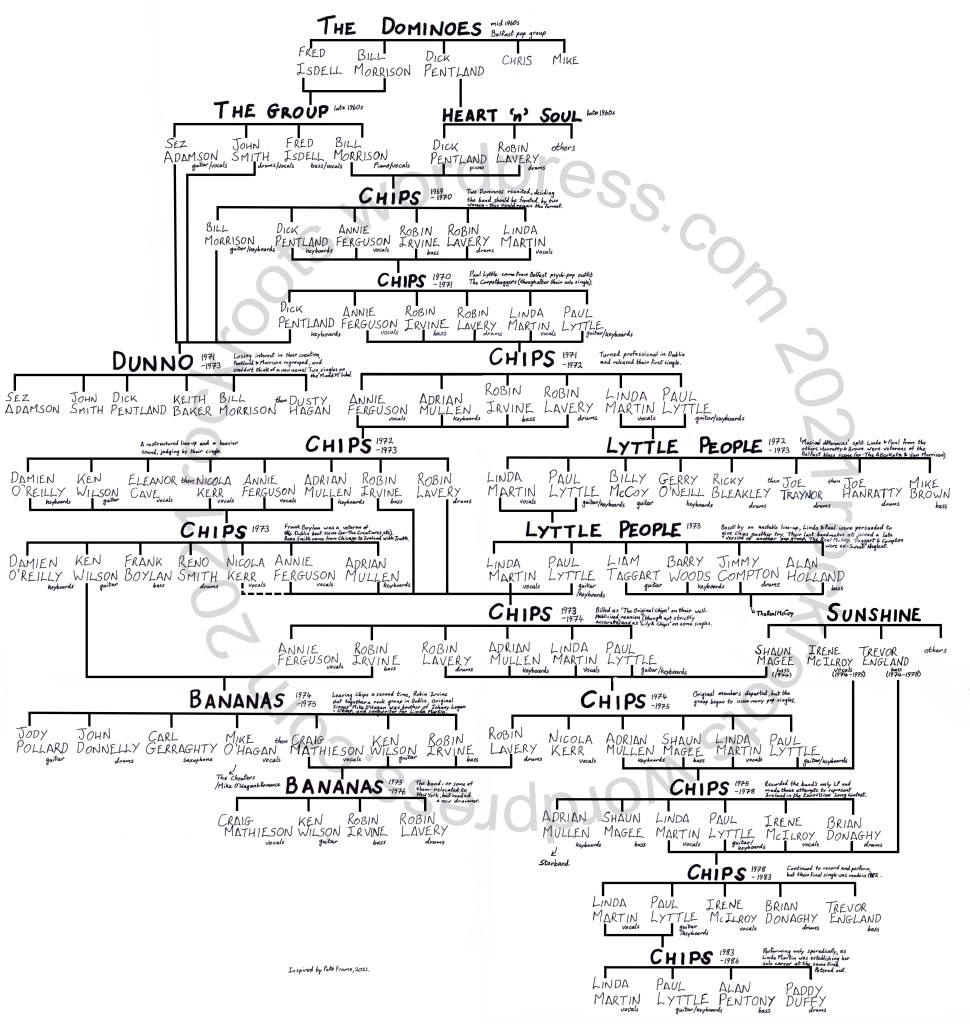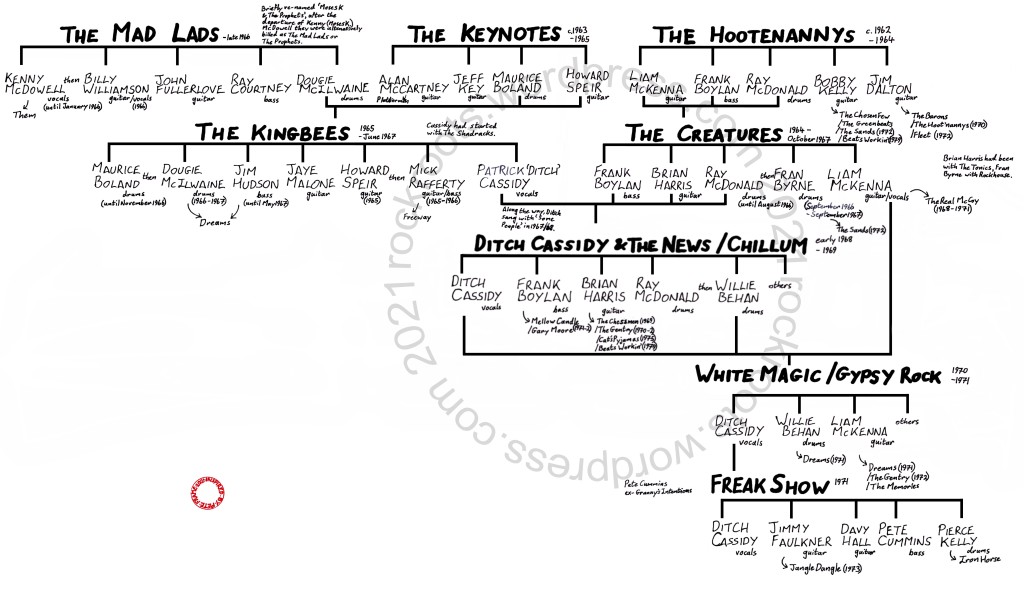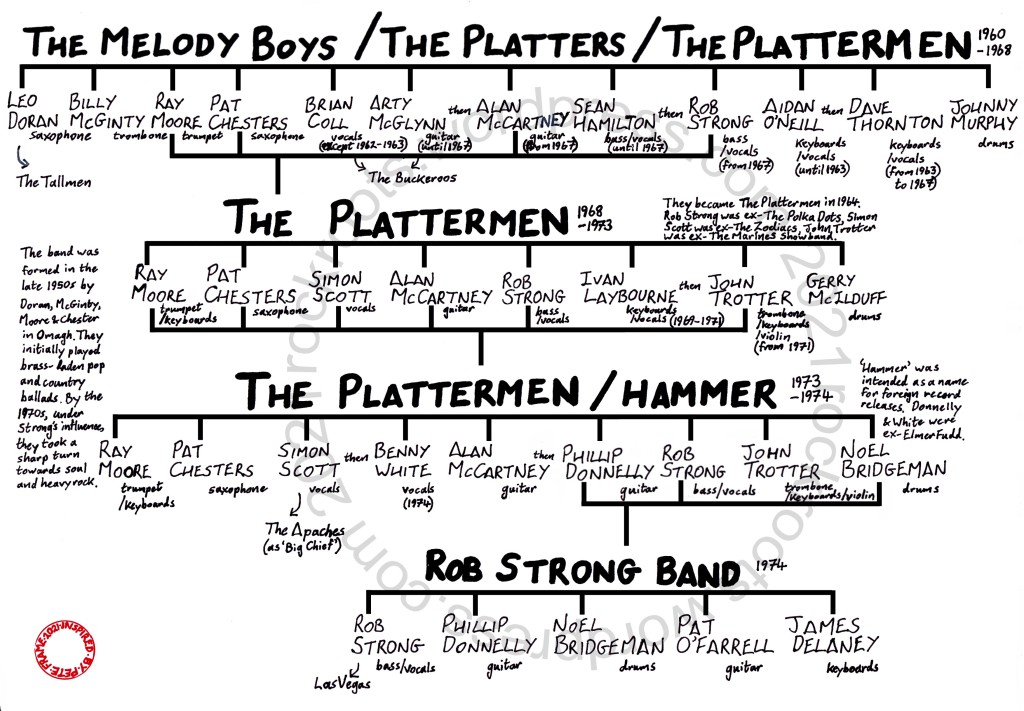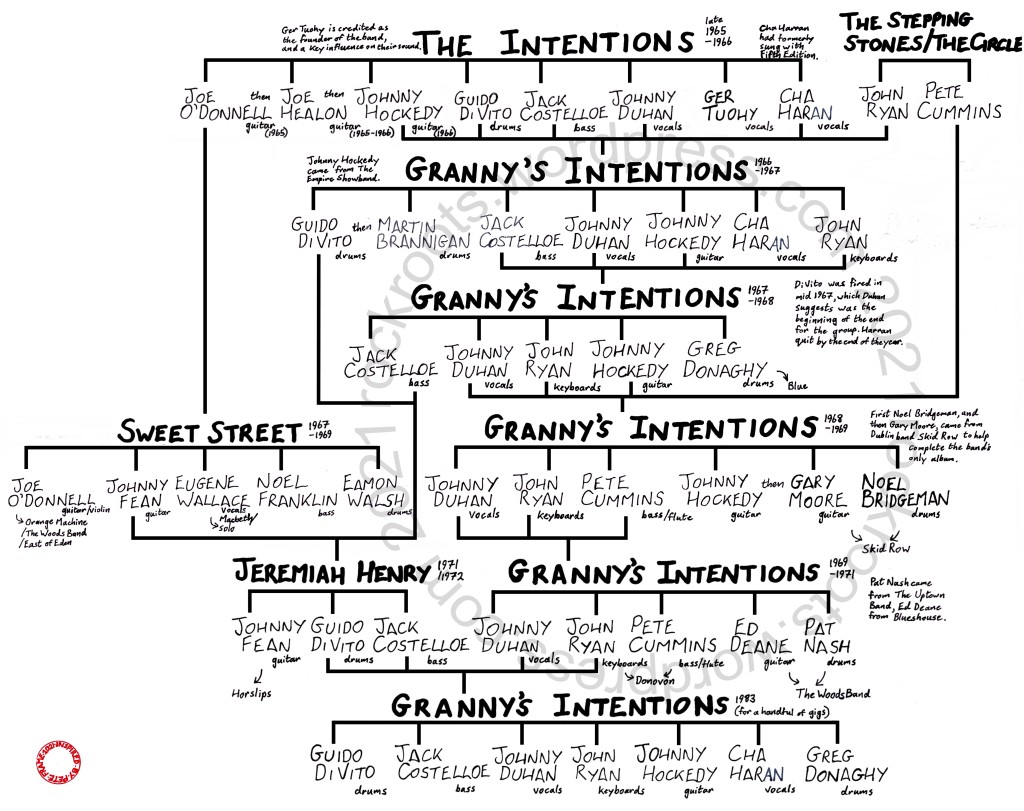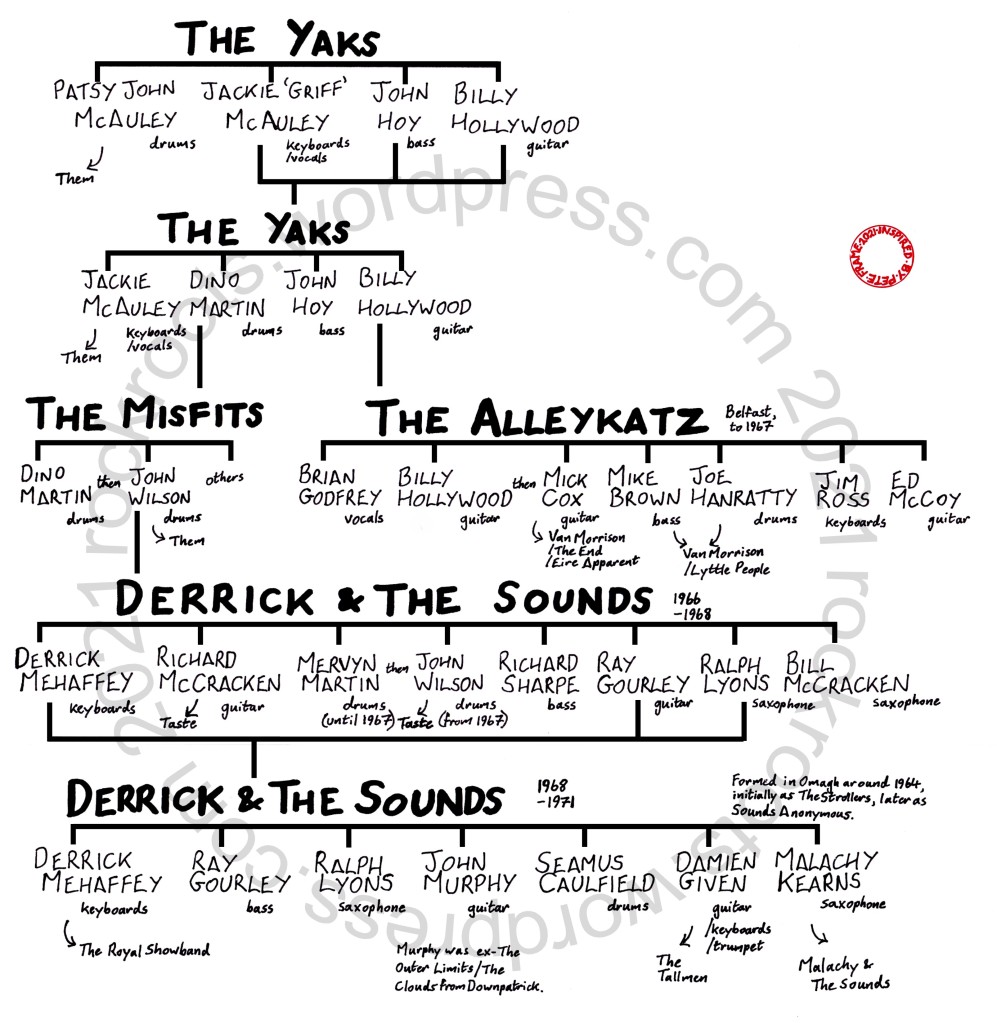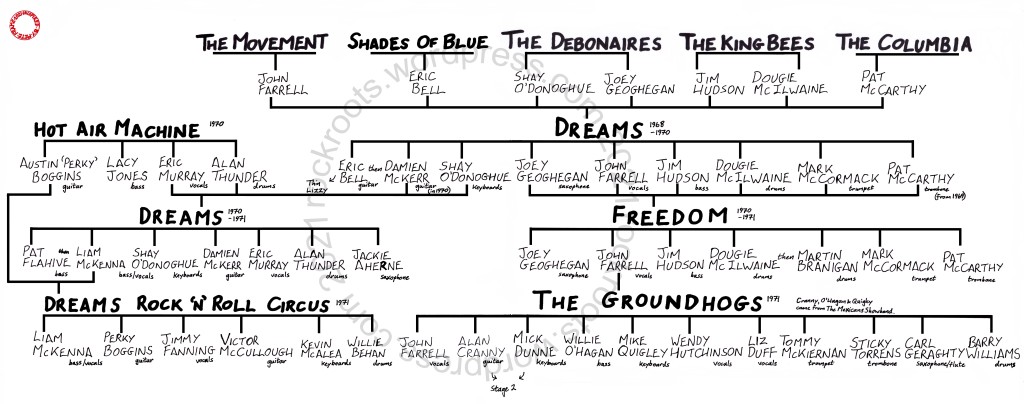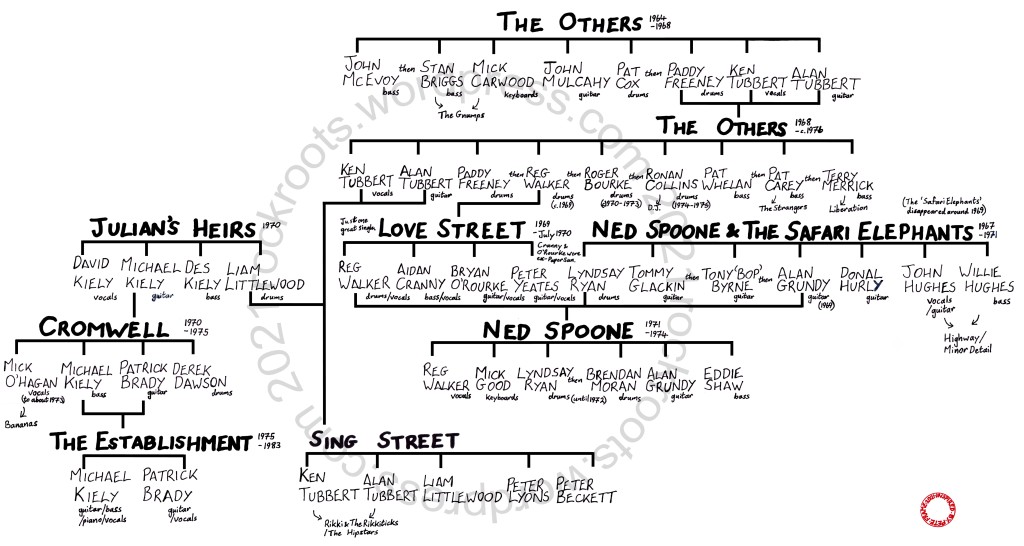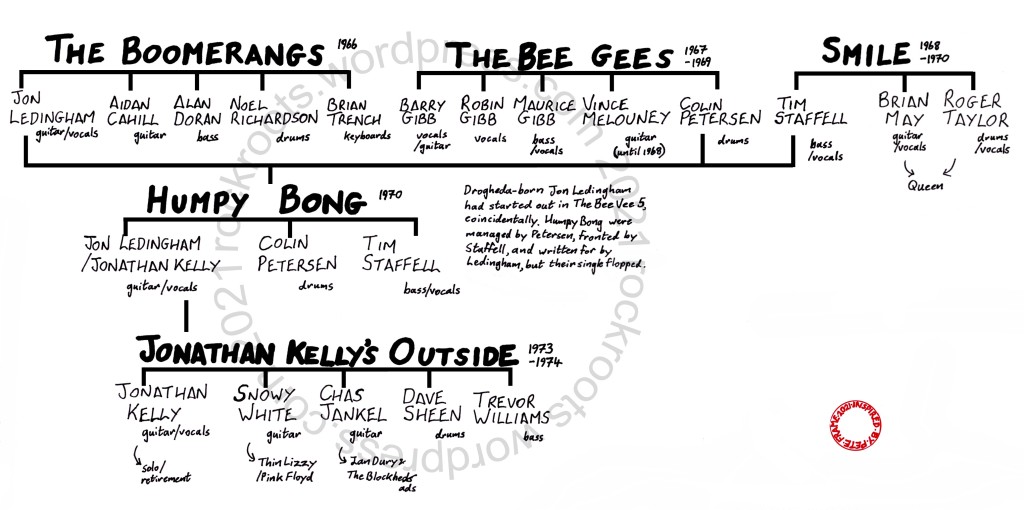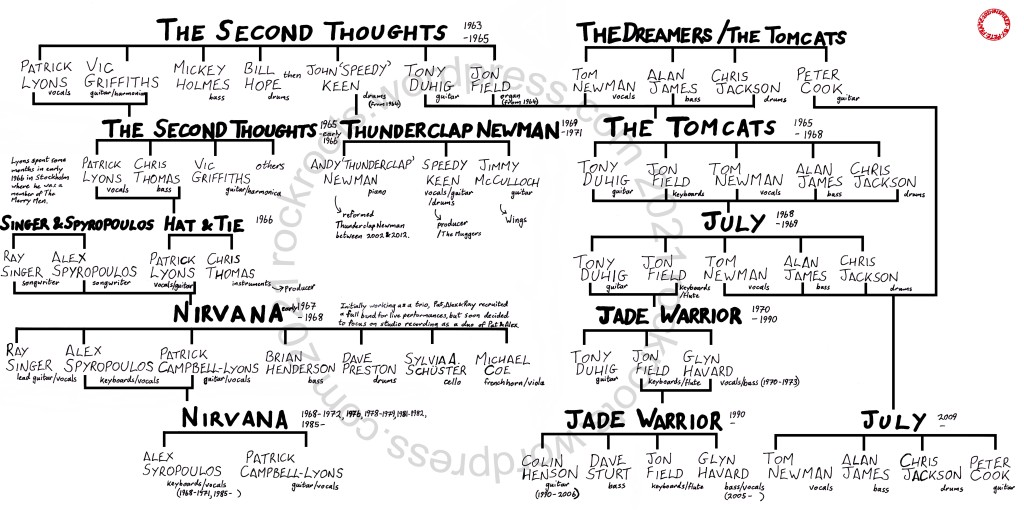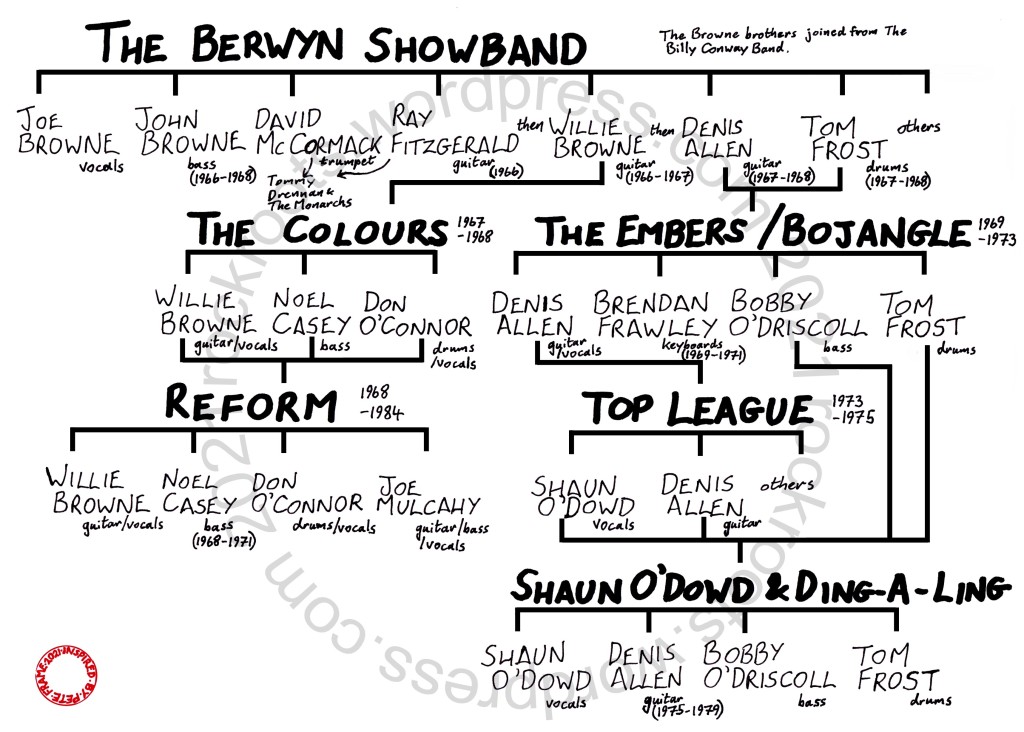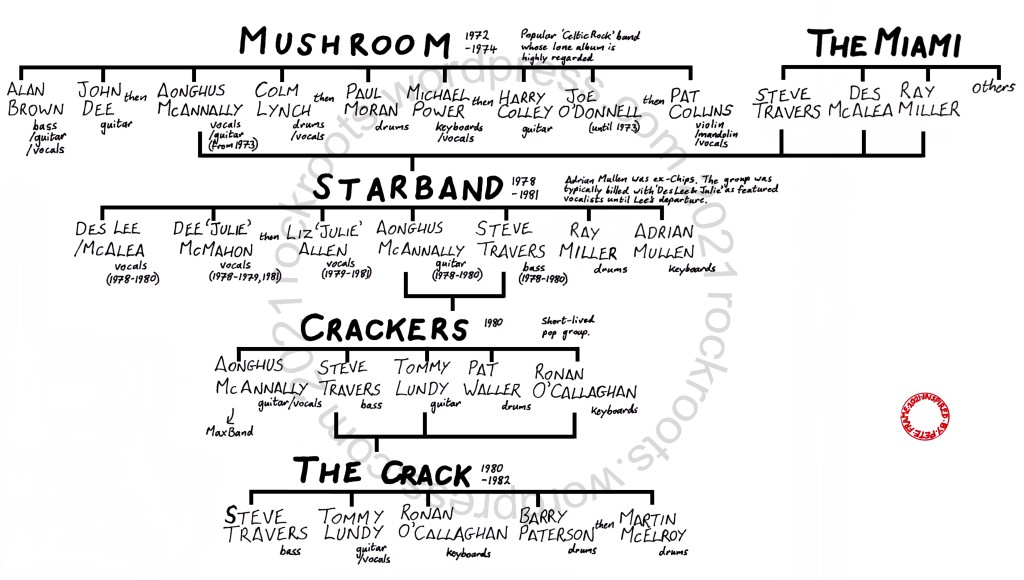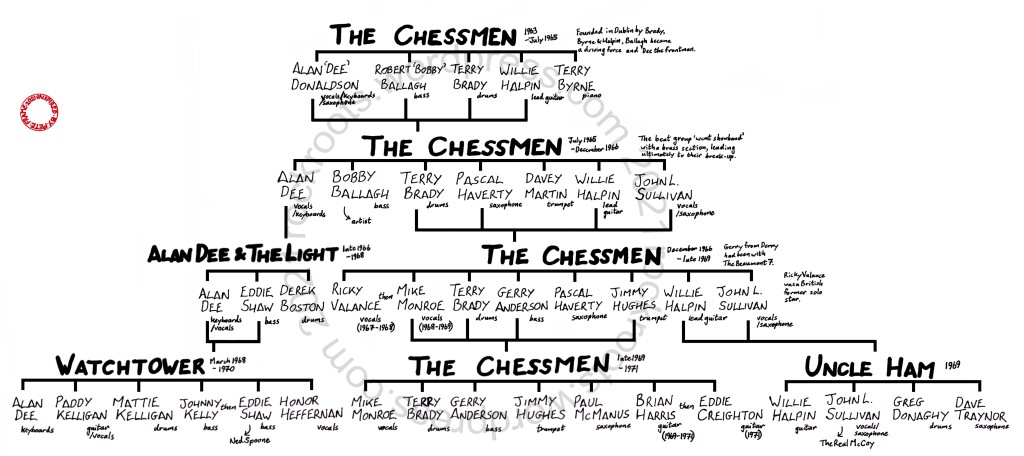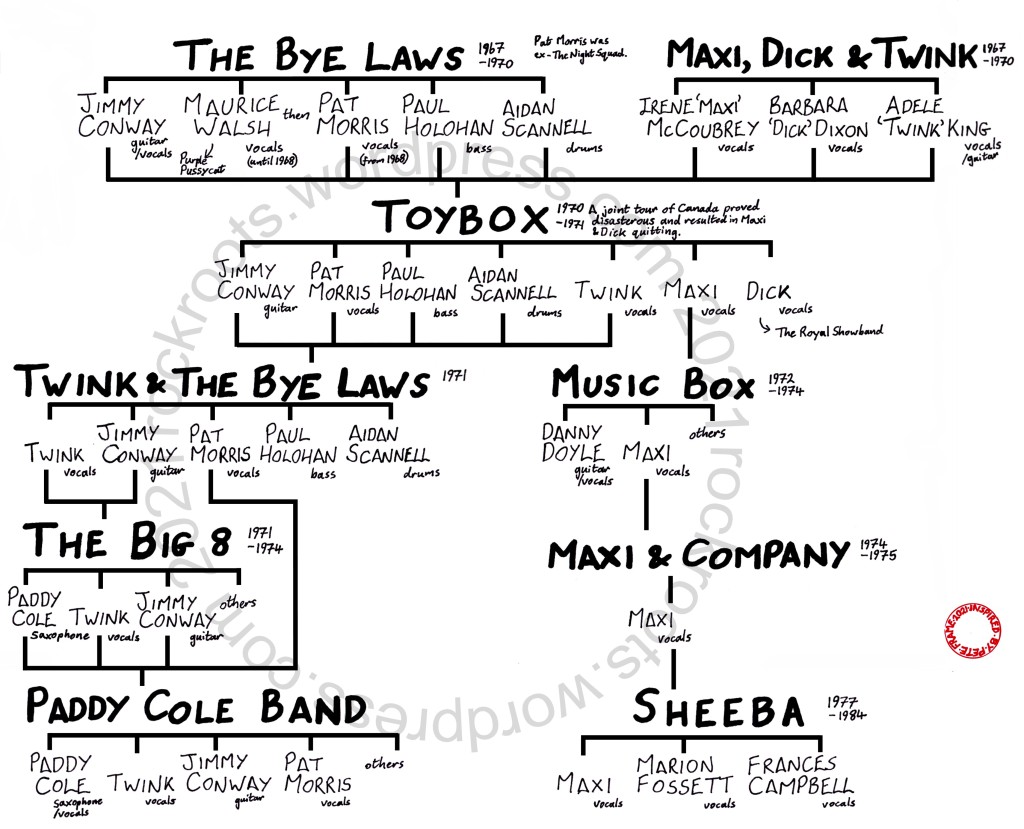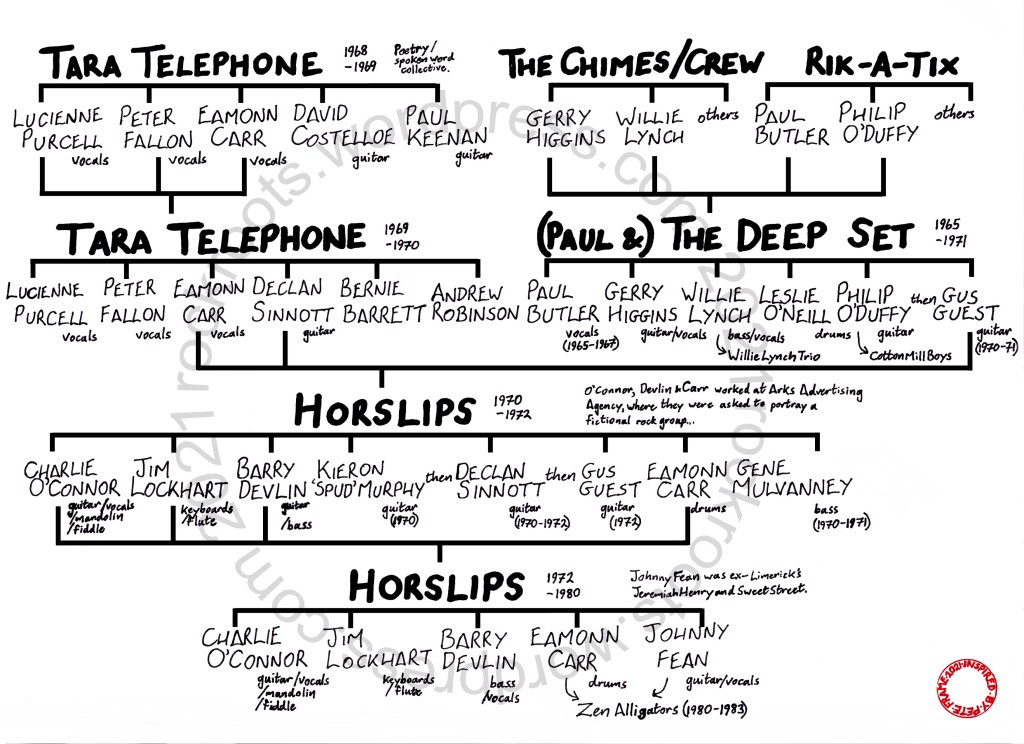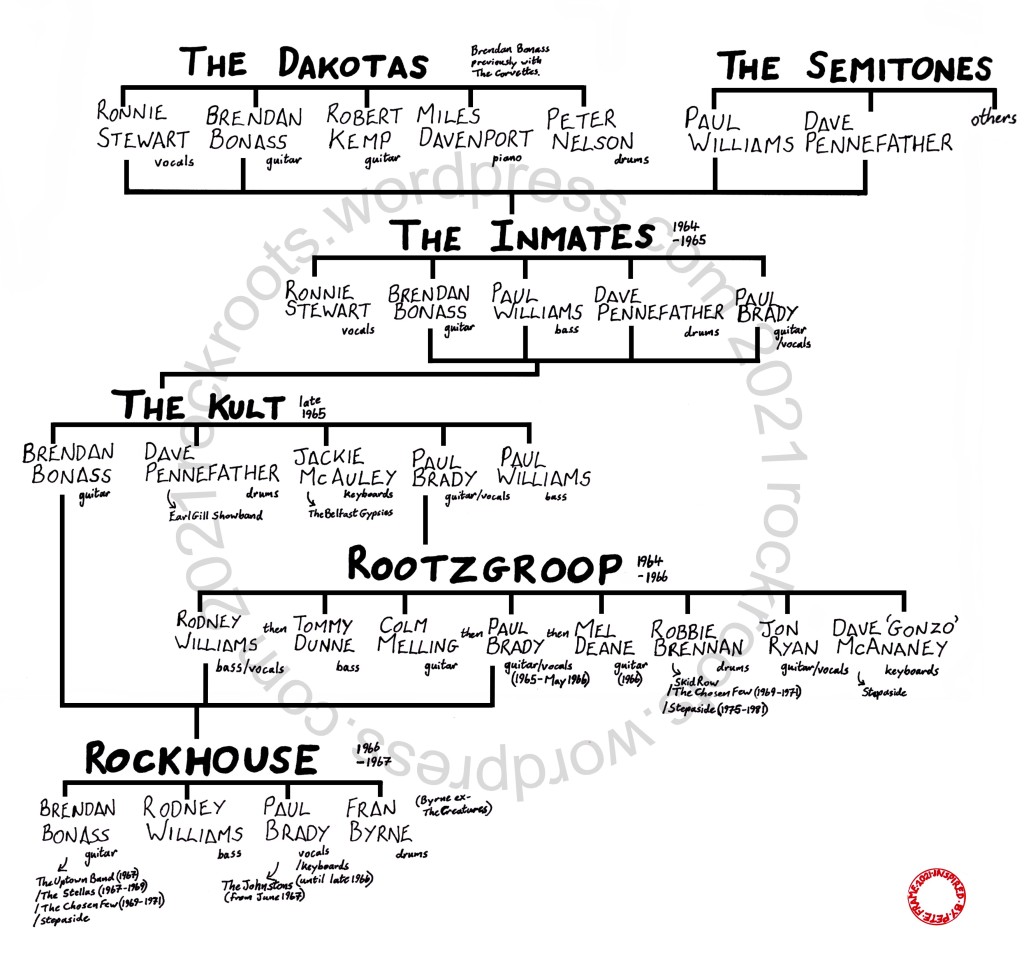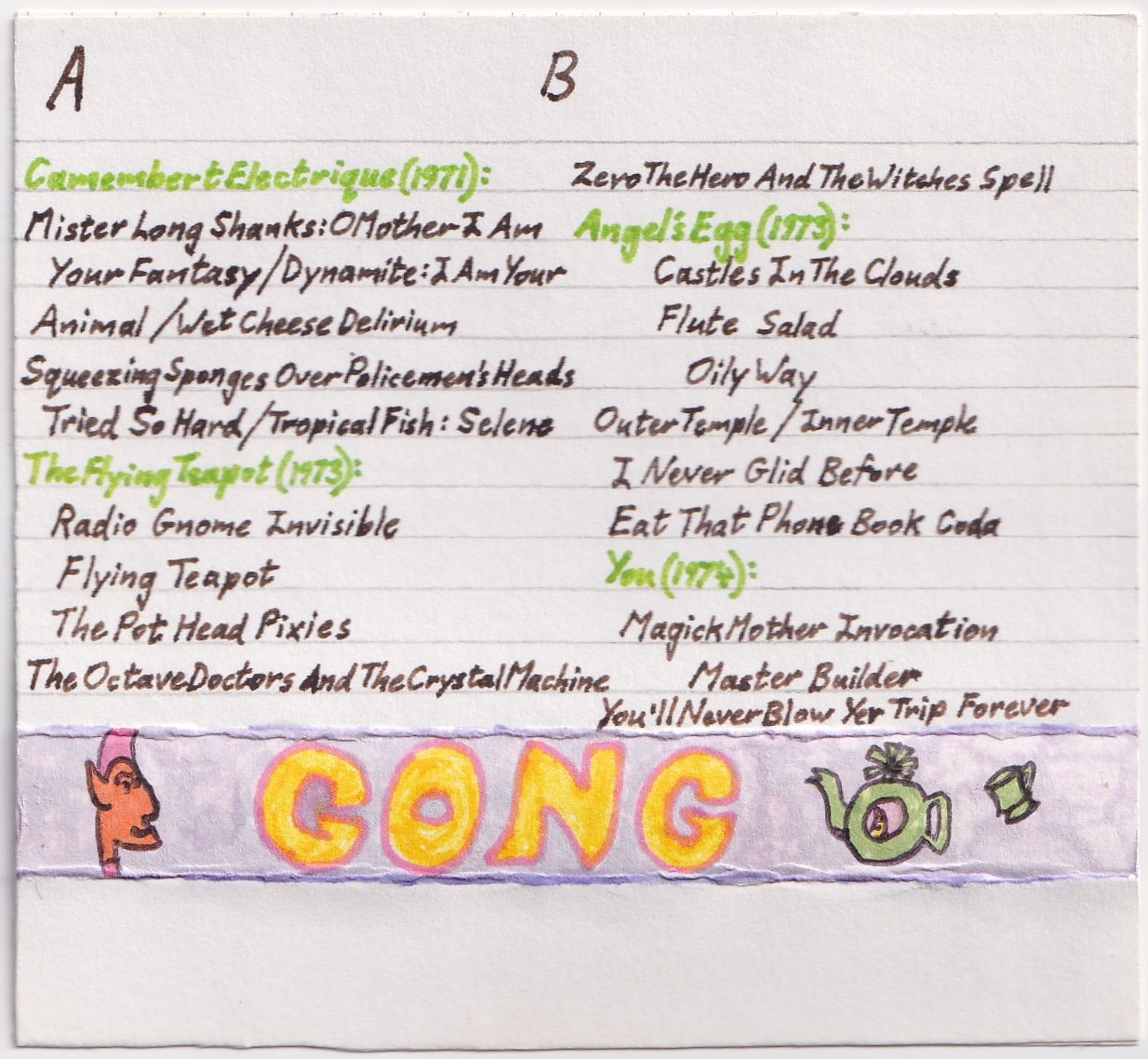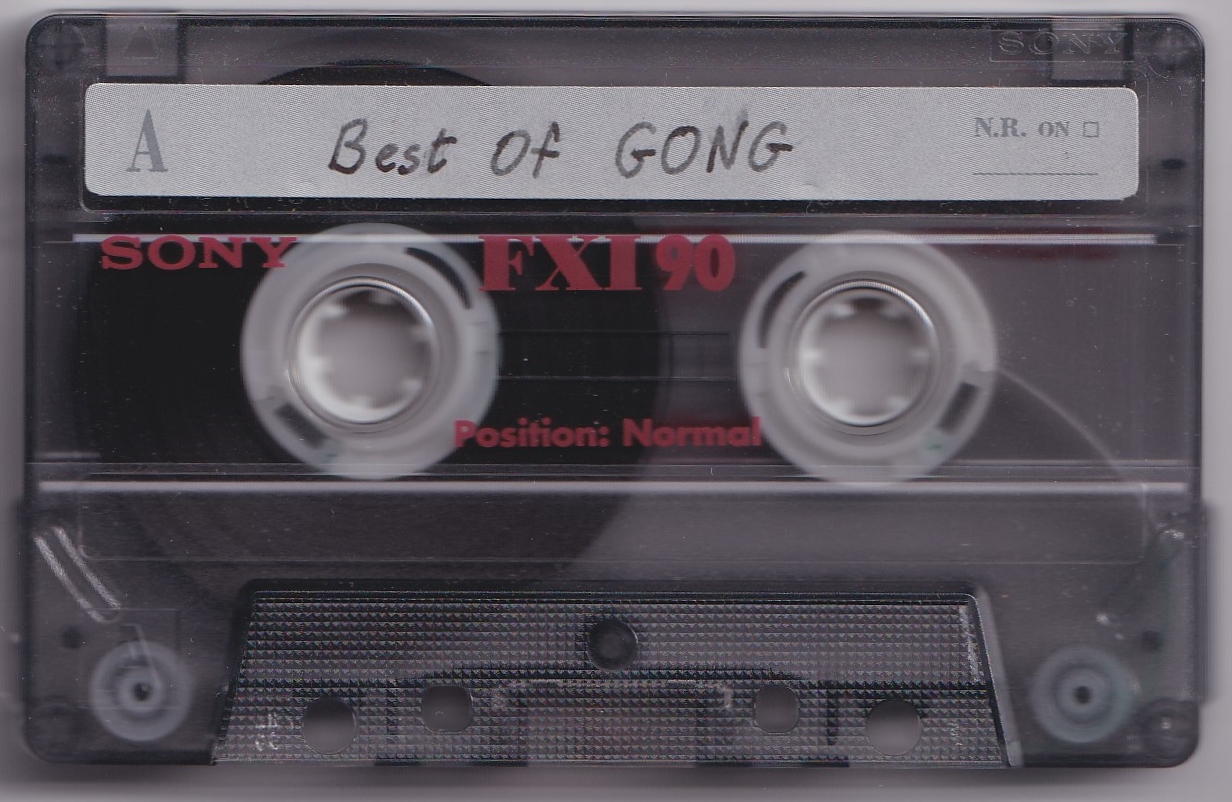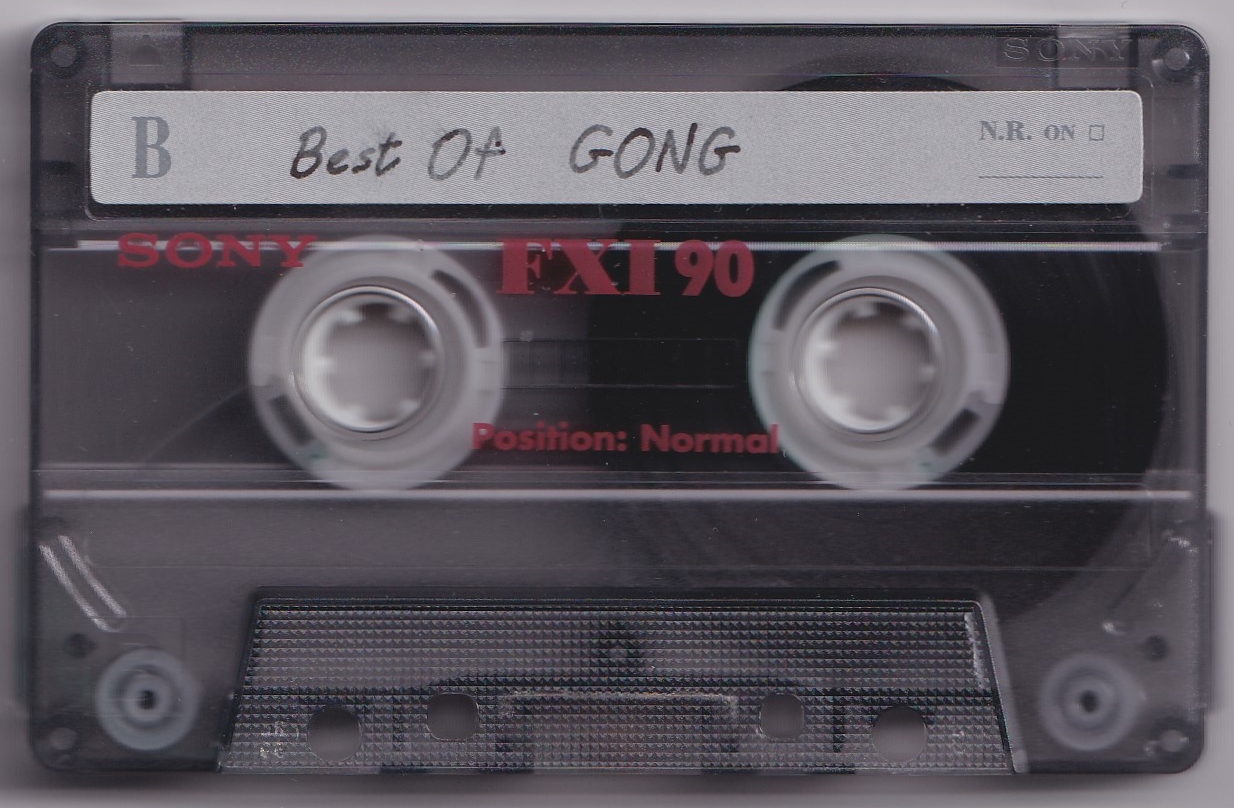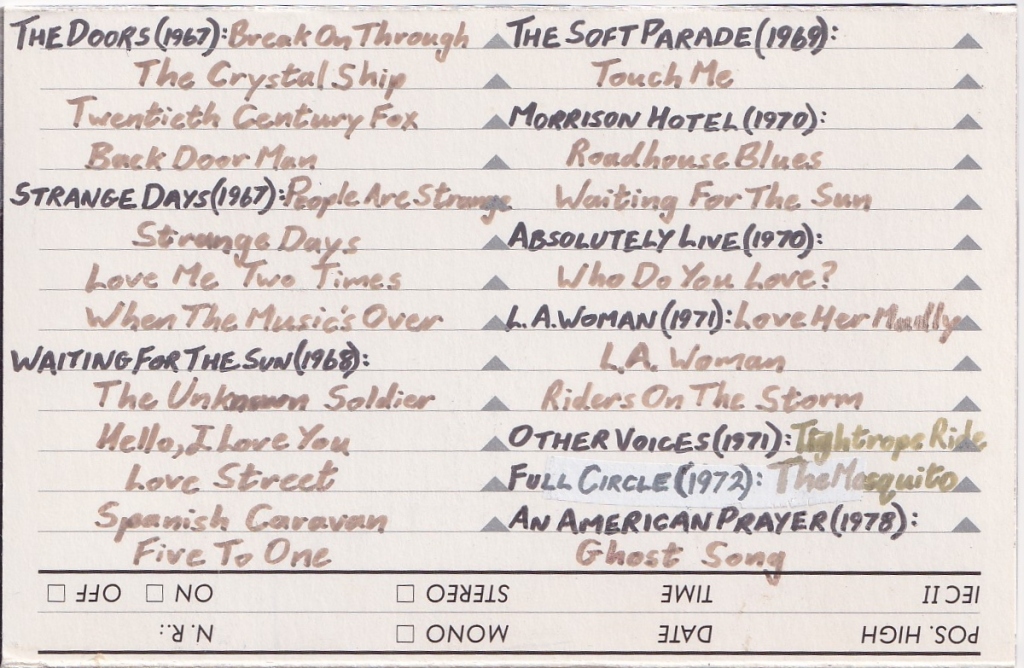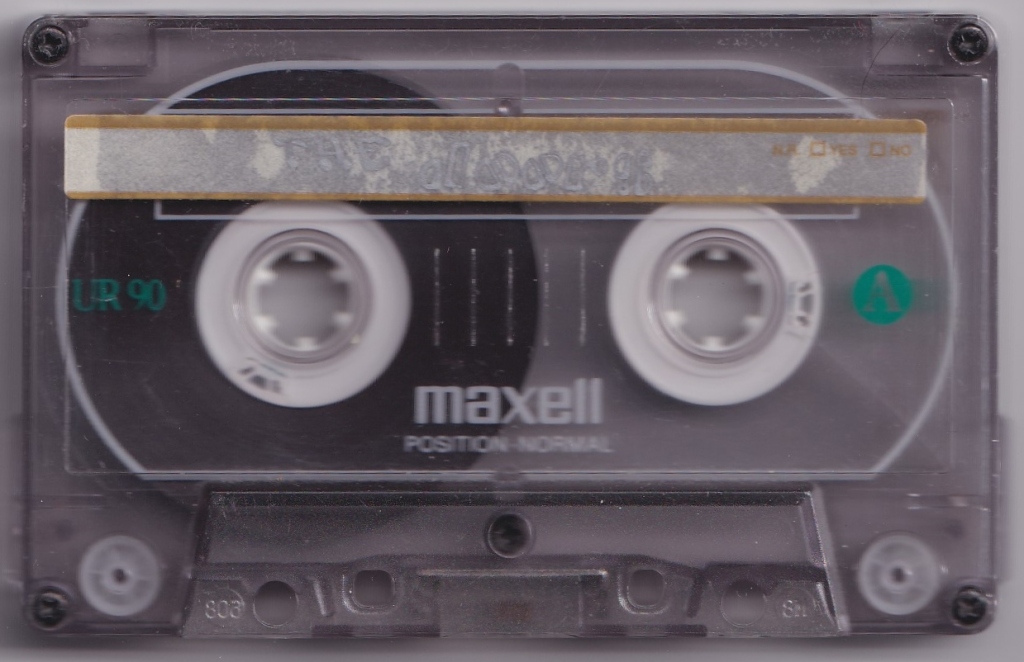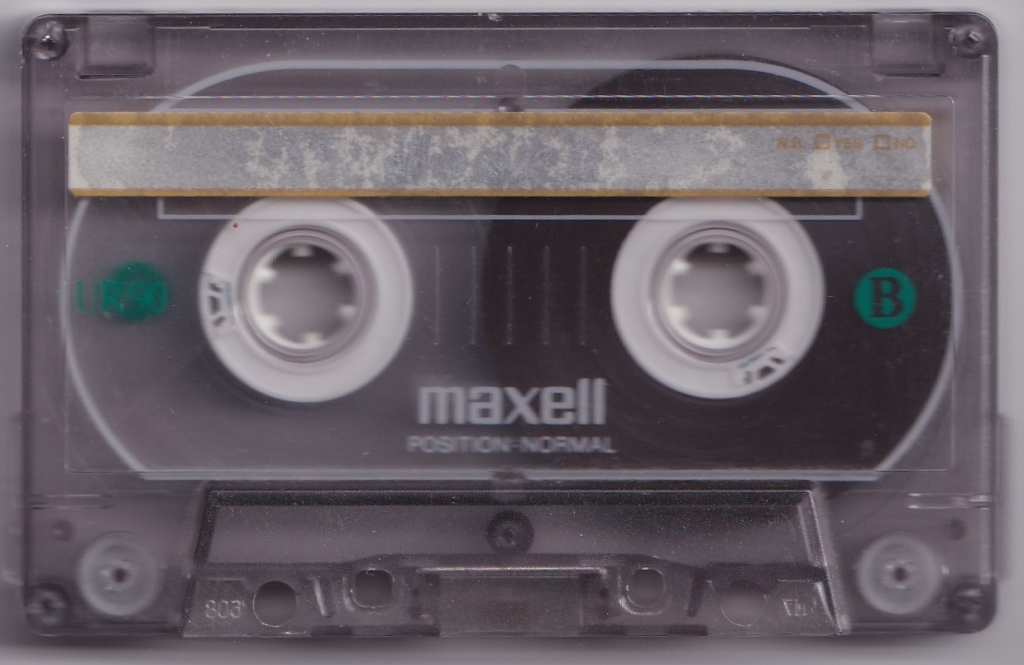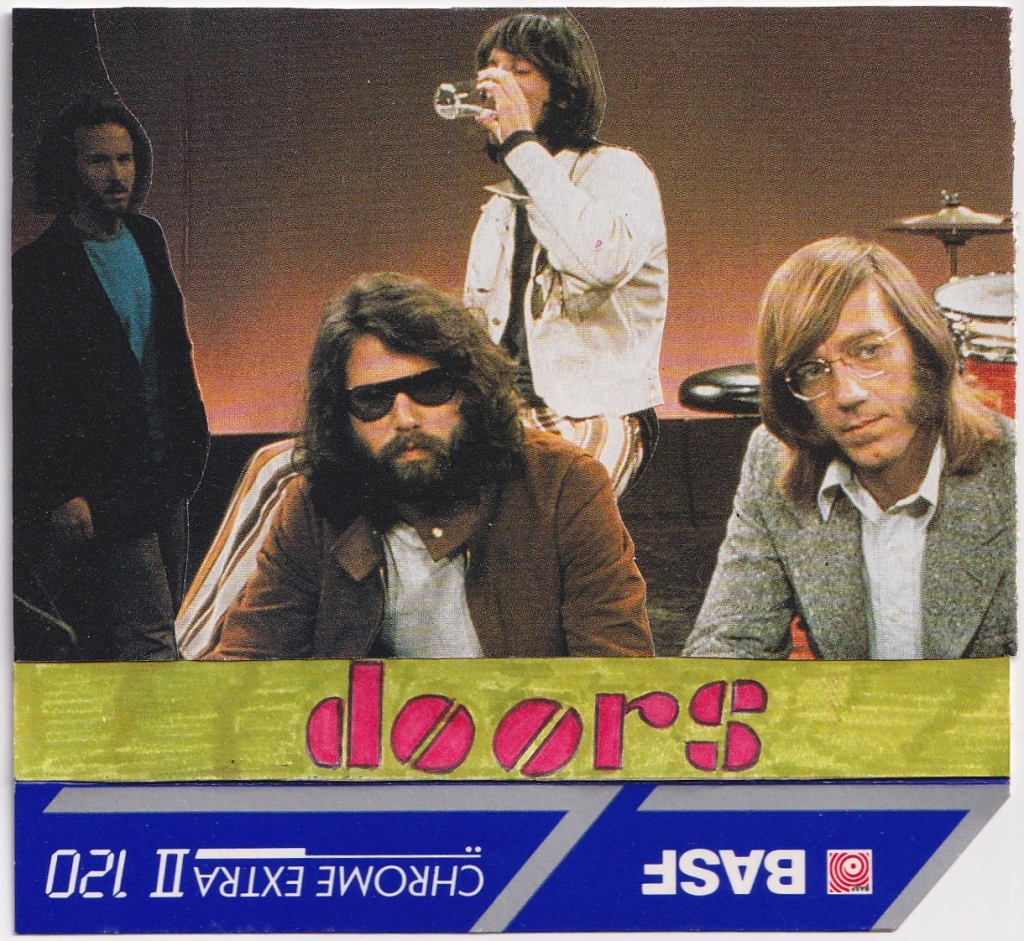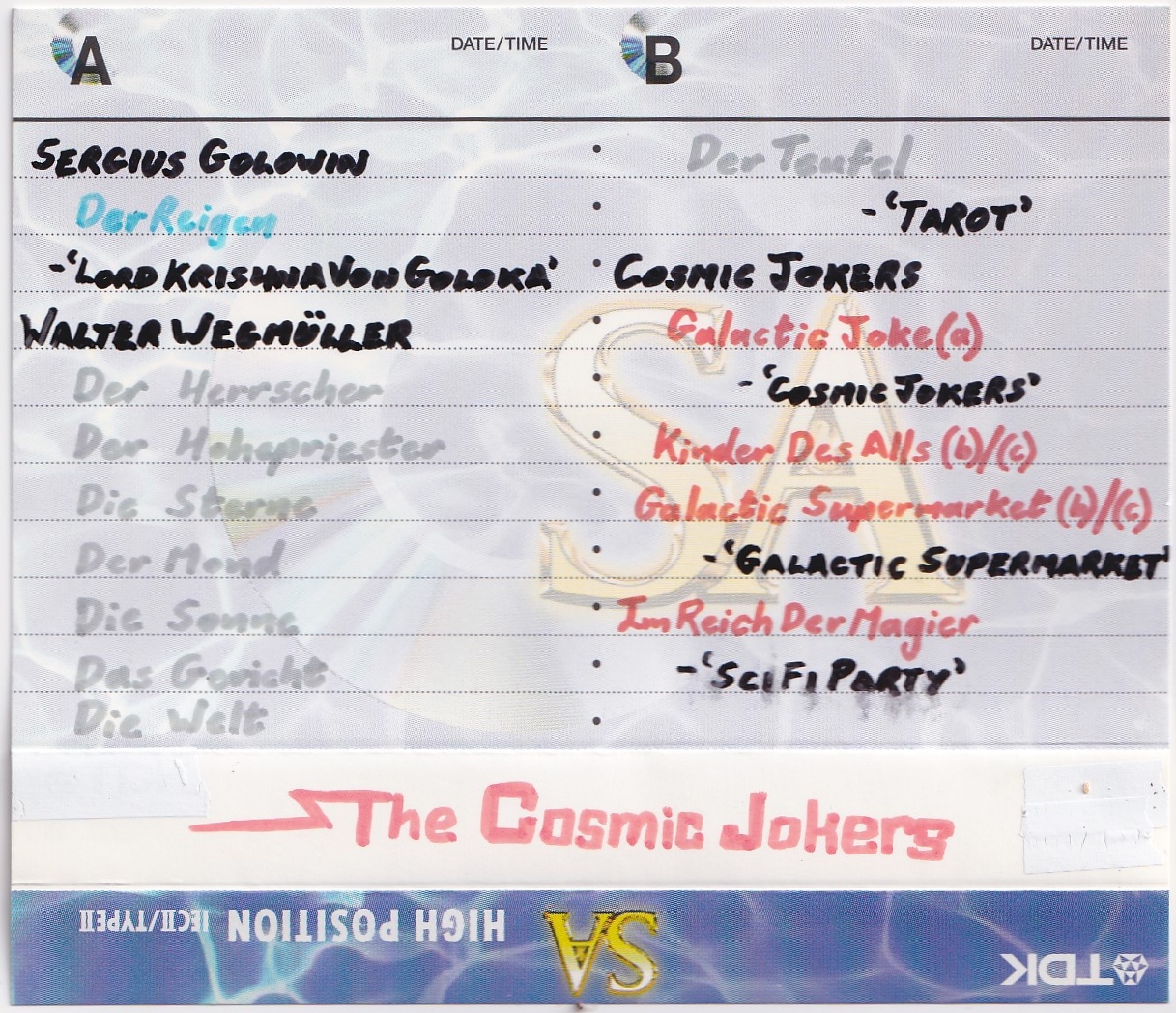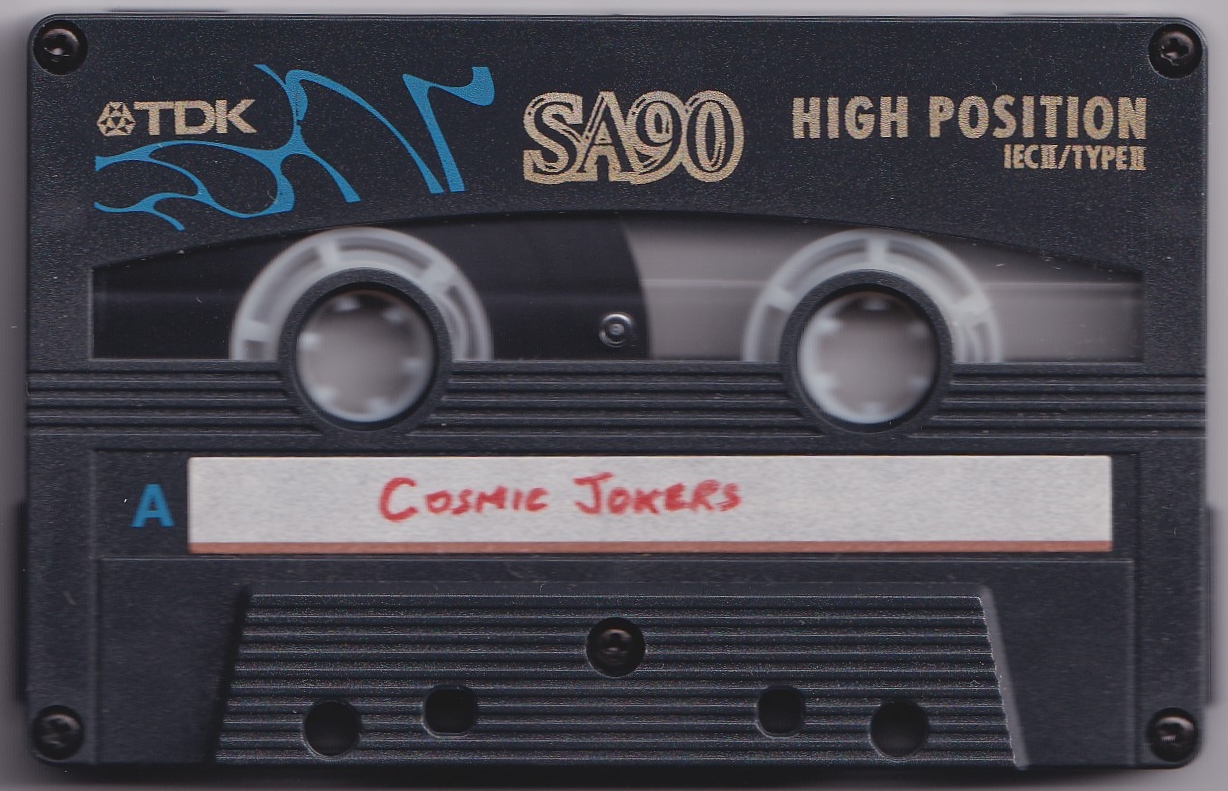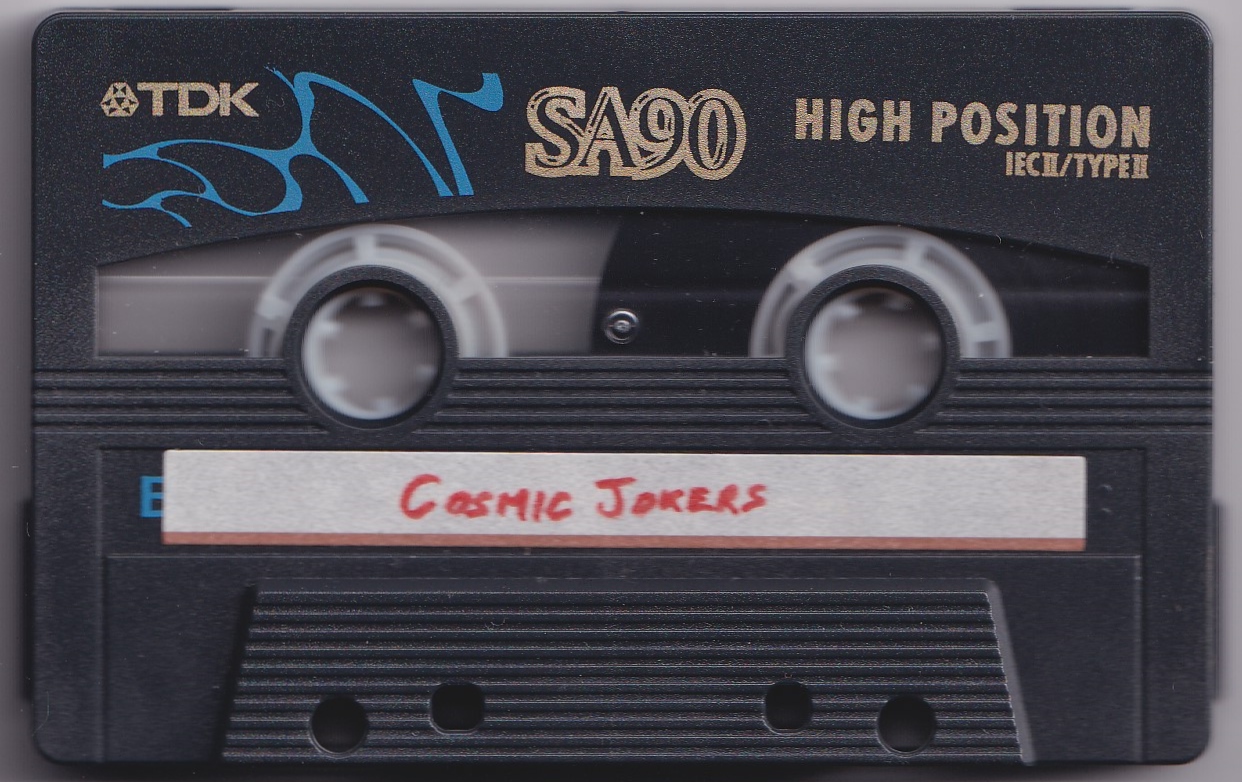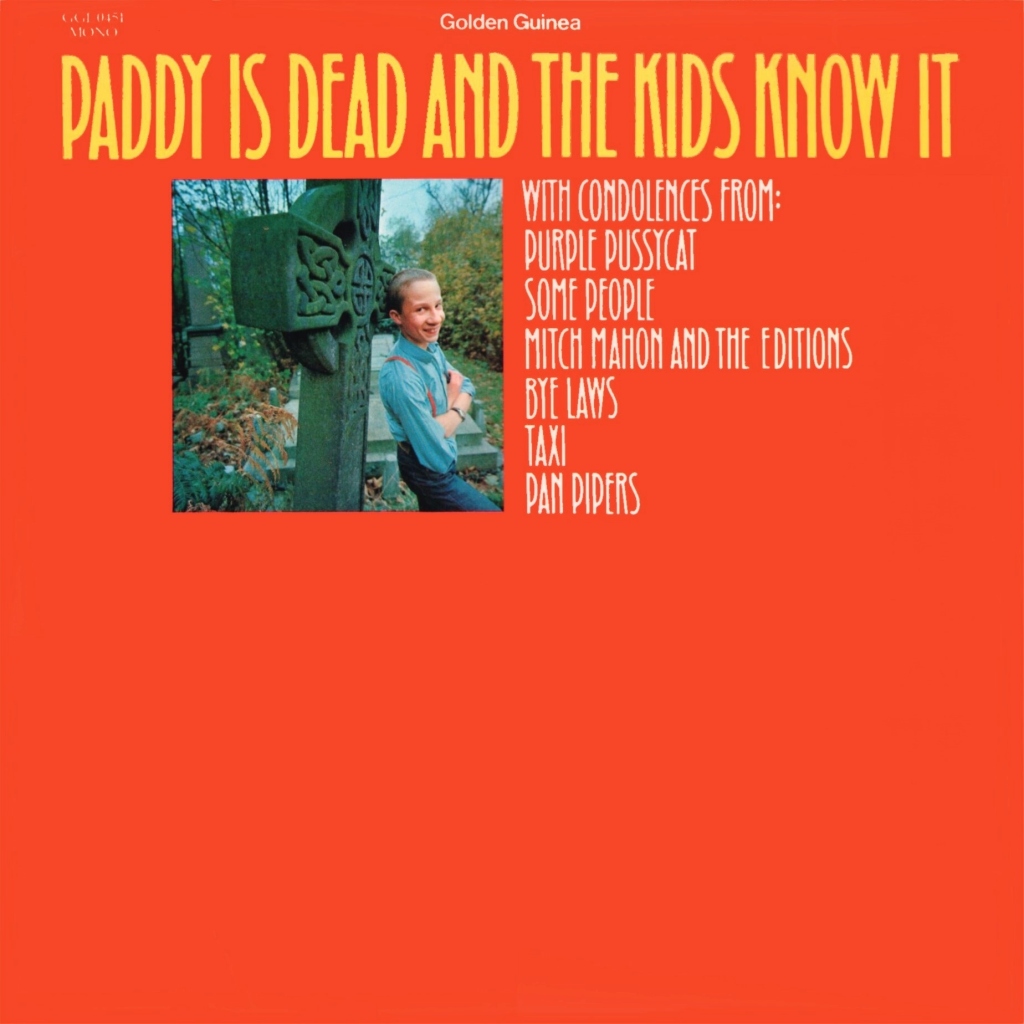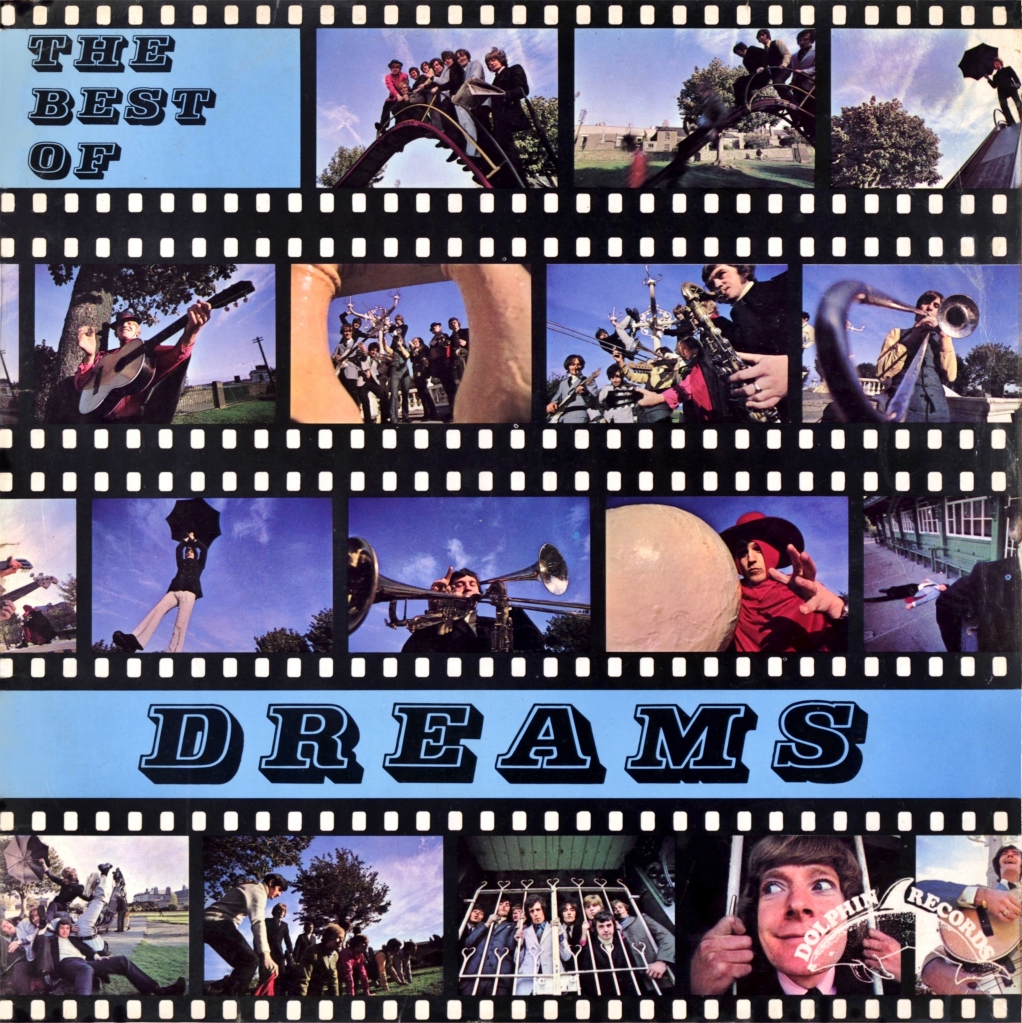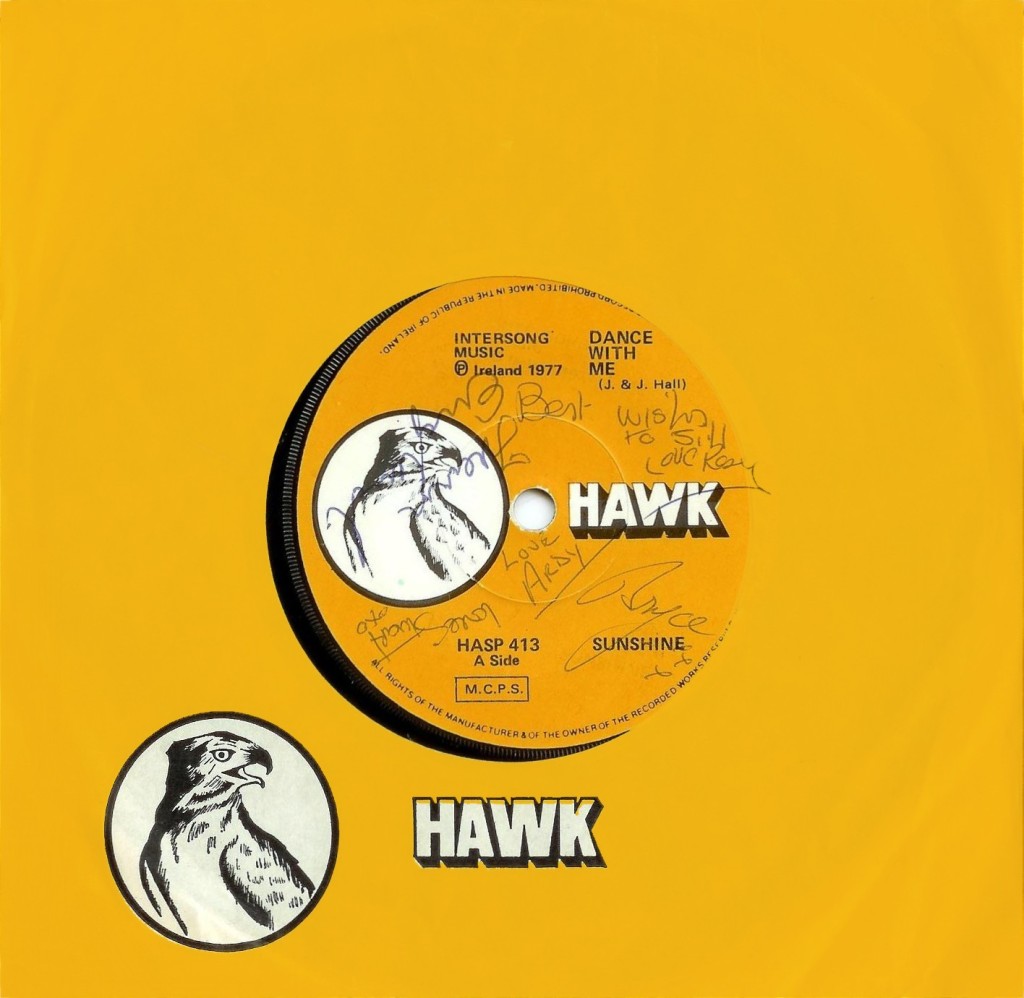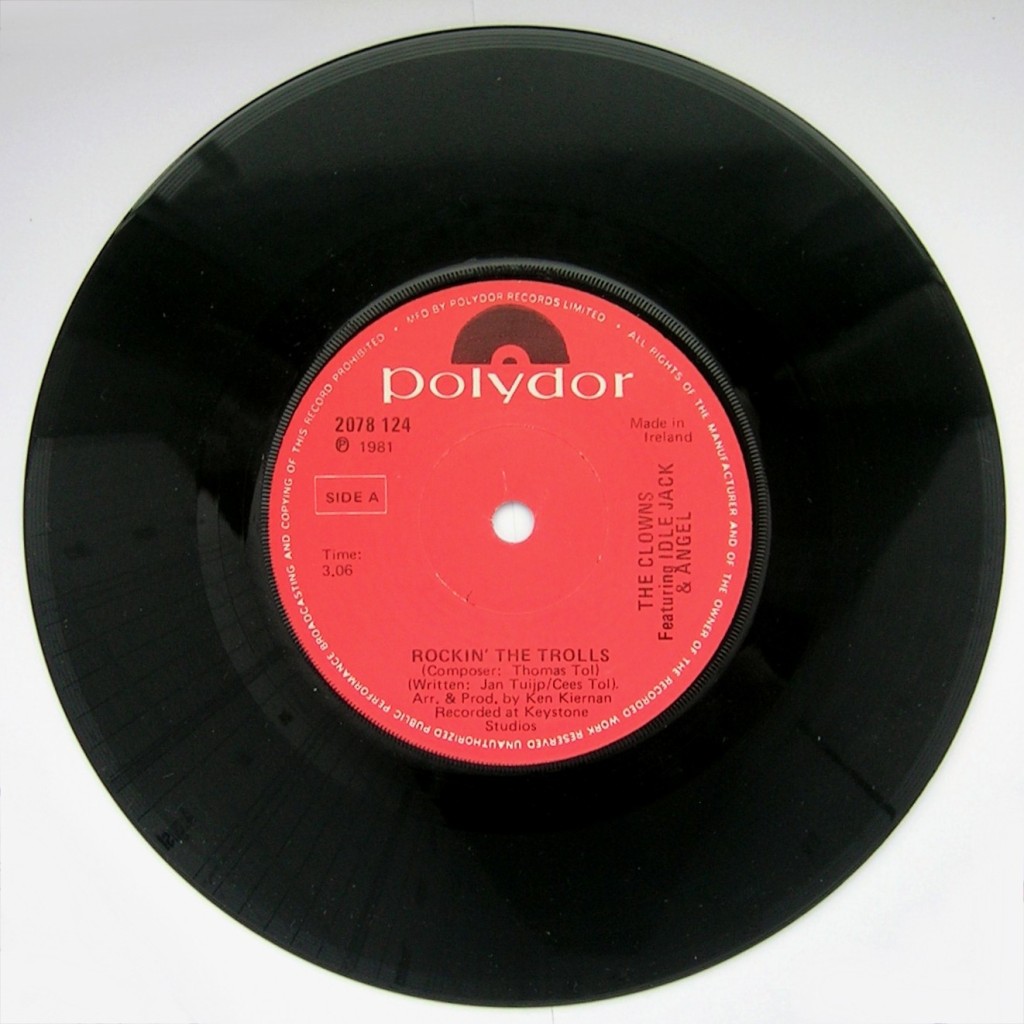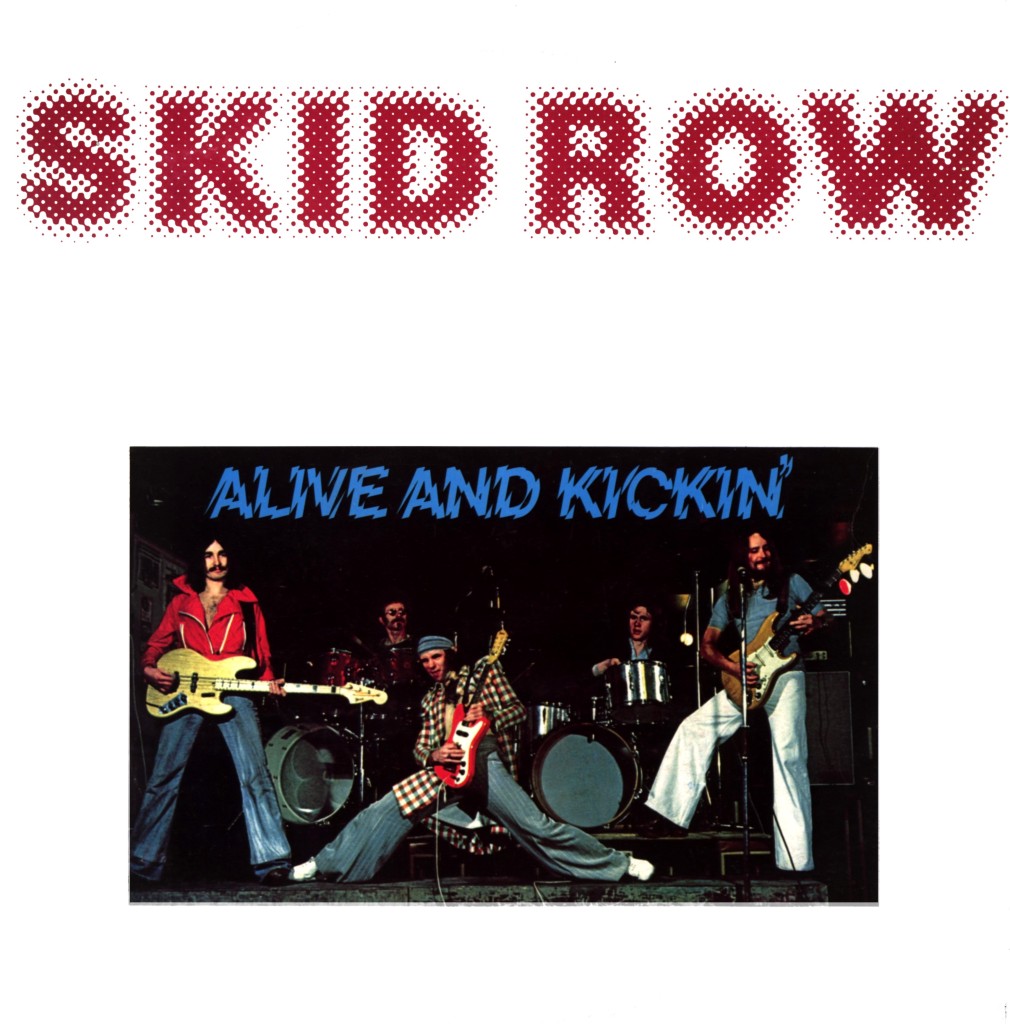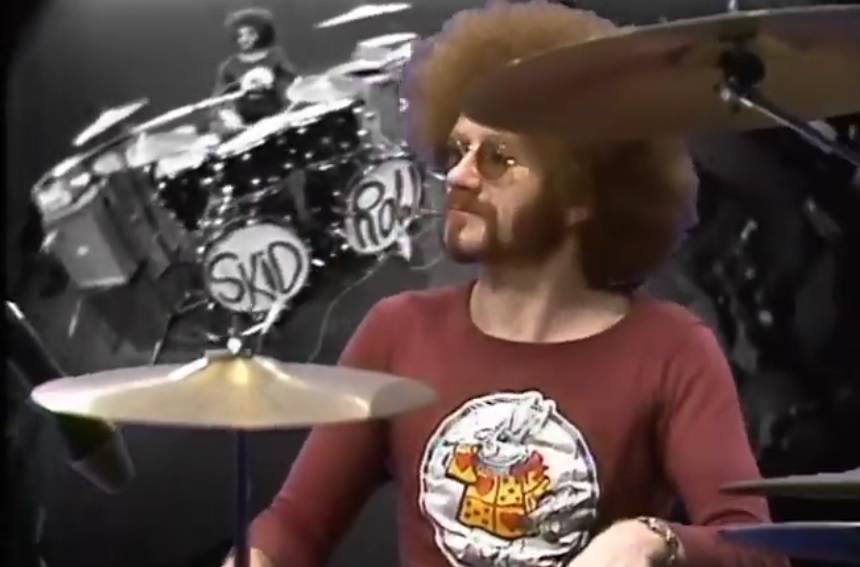At my peril do I announce the end of this project, having done so at least once many years ago. So never say never, but there’s a couple of reasons for stopping now. The most obvious is that I’ve simply run out of cool records to share – though I’m always on the lookout for more. More to the point, I want to turn my attention to other projects. Besides all this, other sites now offer a more democratic and inclusive way to talk about these great bands. Starting this site over ten years ago, it seemed like these musicians were written about by only a dedicated few, and heard almost never. But times change rapidly, and the era of blogs and mp3s may already have passed. There will be updates and housekeeping, comments and questions will be responded to, and the pet projects of cassette covers and family trees will be ongoing for a while, but there probably won’t be any more record posts.
One thing I would like to see evolving out of this is an actual archive that would preserve Ireland’s vinyl rock music heritage for future generations. We have an Irish Traditional Music Archive with a dedicated vinyl department and proper storage conditions, but having made some inquiries I’m not aware of anywhere that cares about Irish rock music. As this site has tried to highlight, a huge number of these recordings exist only on old vinyl platters of fifty years age or more. For the moment we are relying on record collectors and traders to look after them, but how long can that situation last? If anyone can suggest a likely venue for such a resource I would gladly donate my collection to it.
In any case, thanks for all the support over the years – let’s see what happens next!
I don’t claim these to be comprehensive – there’s line-up changes rolled in together for the sake of convenience and structure, and inevitably there will be mistakes – but they are intended as a rough guide to the evolution and cross-pollination of Irish rock music. Every band to have been based in Ireland at some point of their career will ultimately have been influenced directly or indirectly by another, making them all into one giant sprawling family tree…
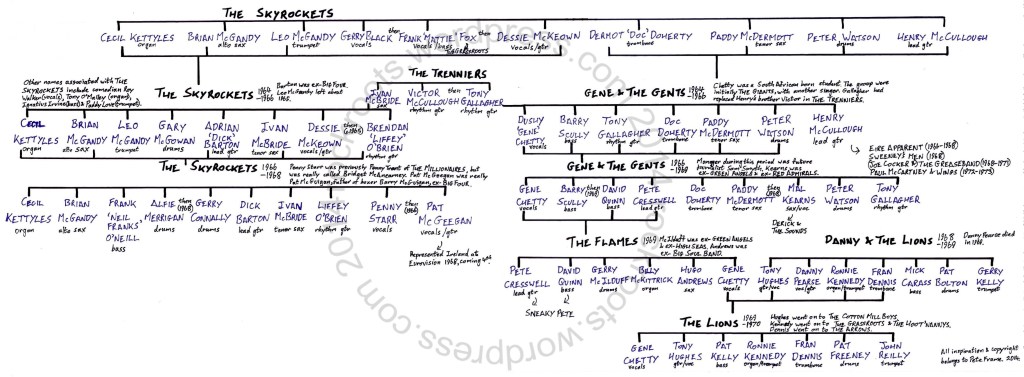

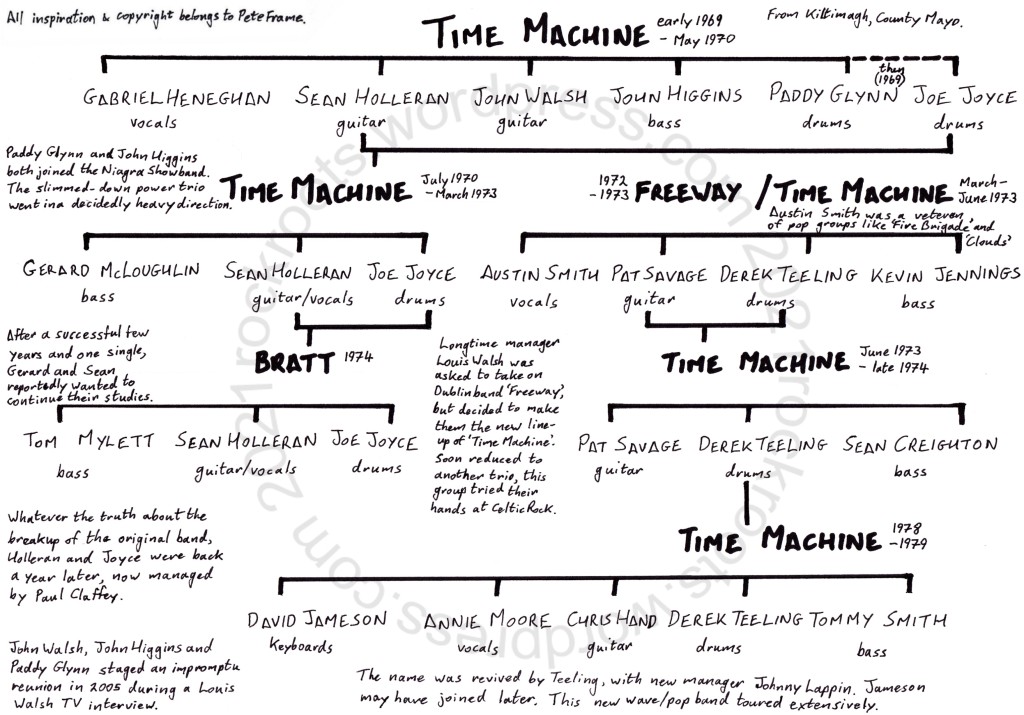
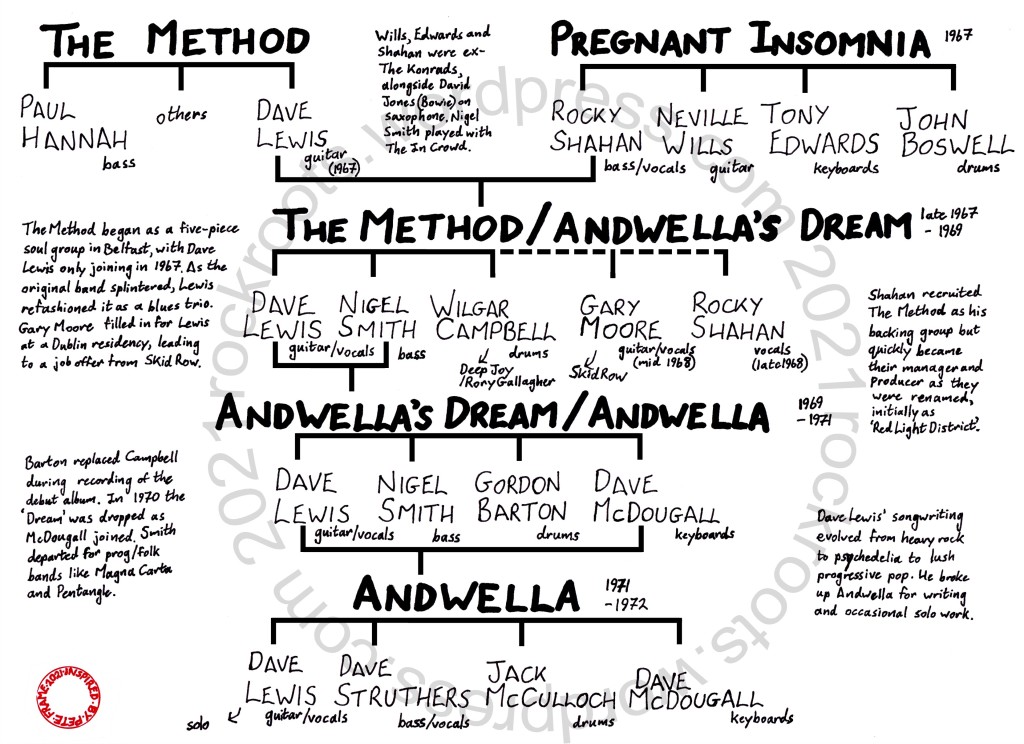
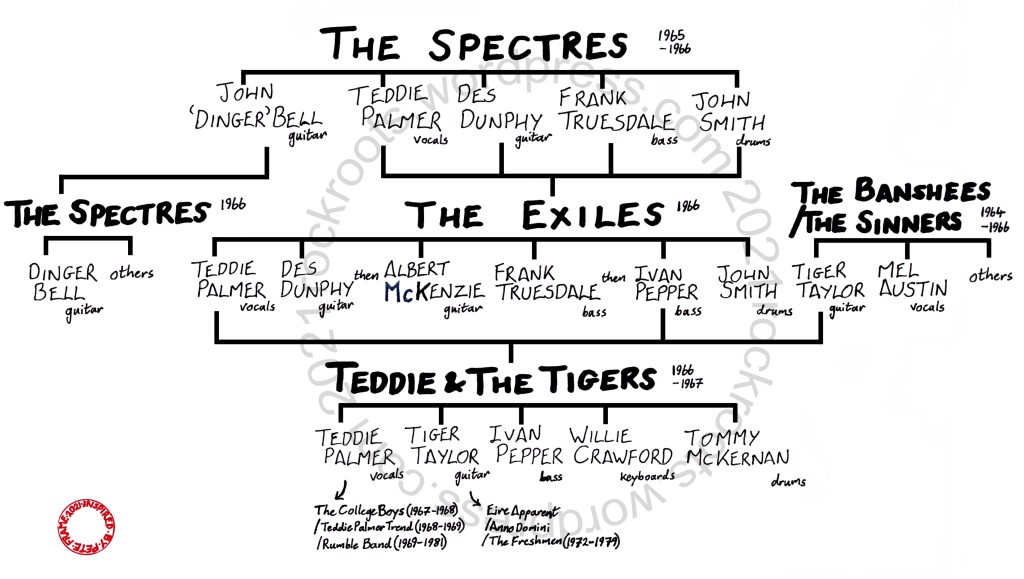
A vanity project, but much of my 1990s were spent making cassette compilations. So much time, in fact, that it seems a shame to completely forget about them. A Spotify playlist can be thrown together in no time, but these tapes required planning and trial runs in order to maximise the 45 minutes (actually closer to 46 minutes) on each side without cutting off the end of the final song. So, creative editing had to be used; premature fade-outs, or just sections of very long tracks. And the songs couldn’t be downloaded, they had to be sourced from bought or borrowed records or CDs or tapes of varying quality. Often the music came via videotapes of recorded MTV shows. The next step was to scour back-issues of music mags for a cool and appropriate photo of about the same size as the tape case, cut and prit-stick it in place, and carefully write out the song list. Likewise, with the cassettes stacked up, they needed to have an eye-catching spine for quick identification. Not forgetting to snap off the cassette tabs so it couldn’t be accidentally wiped after all that effort. In all seriousness, cassettes were revolutionary in popular music. They allowed for the cheap sharing of music that would otherwise have been restricted to those with cash; in that sense, filesharing was a natural progression. But they also allowed the user complete creative control over the content, order and design of their music library in a way that had not been possible previously and would not be practical subsequently. This, then, is my private ode to cassettes and the massive role they played in the formative years of my music fandom. In time I hope to add all of my customised covers here.
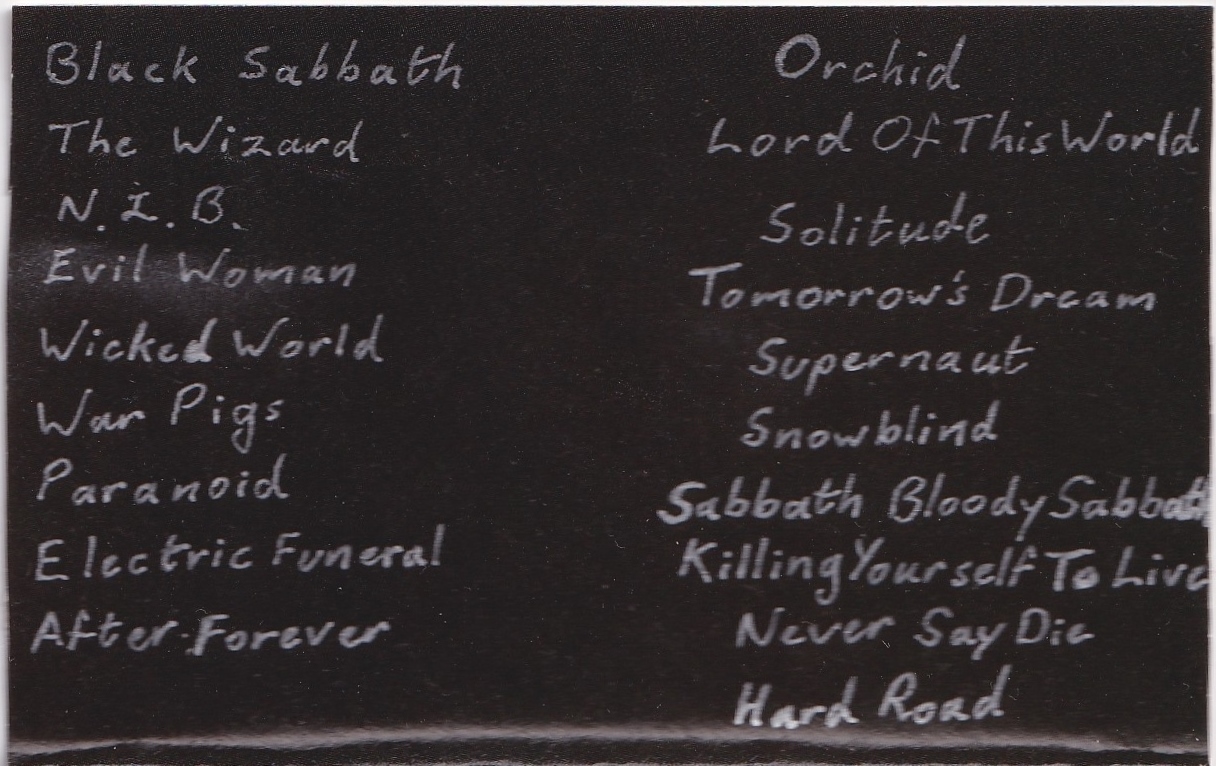
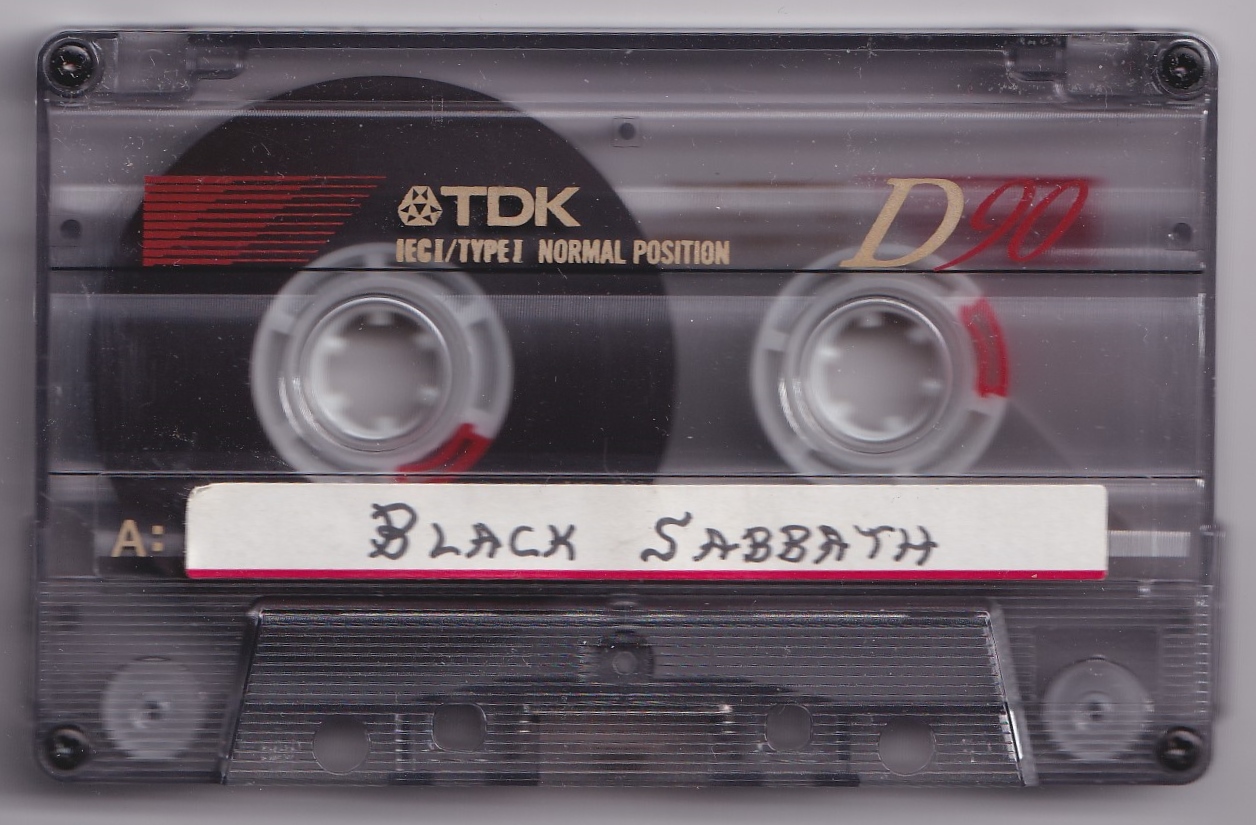
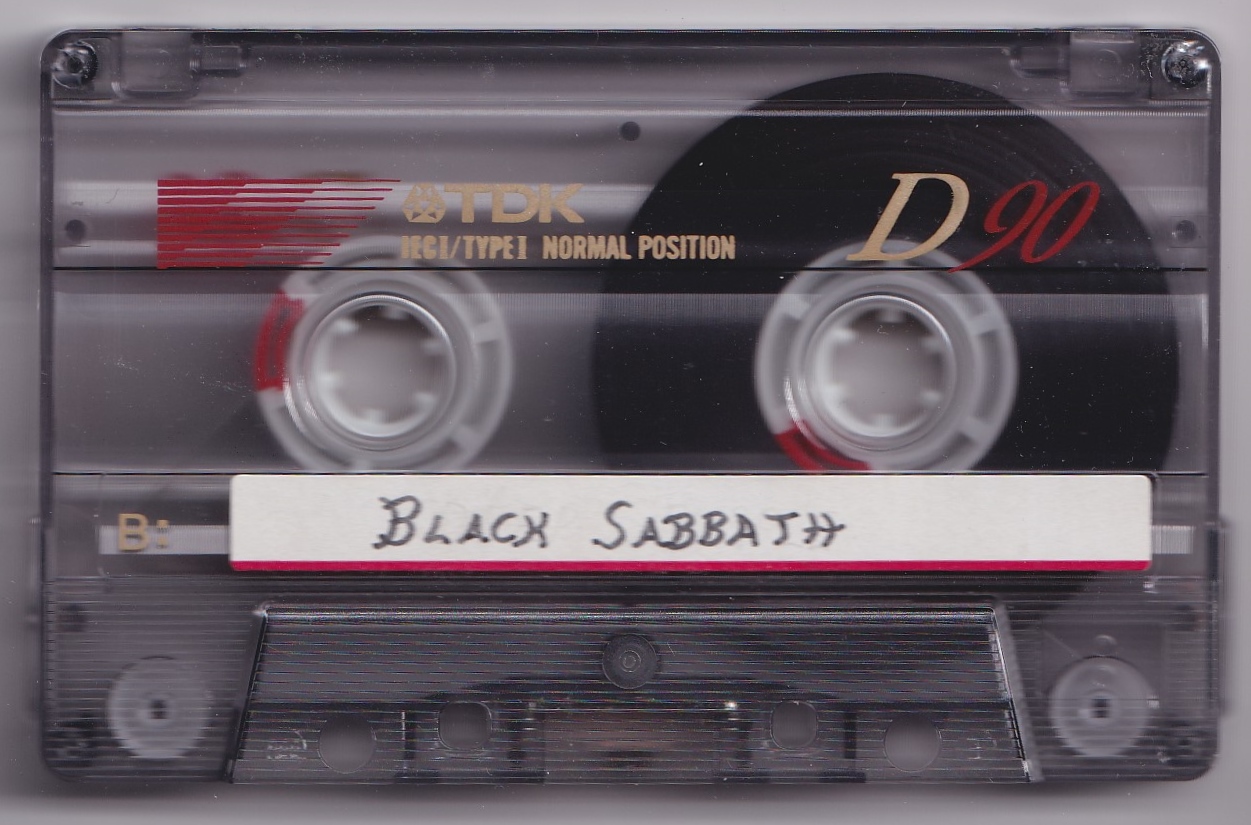
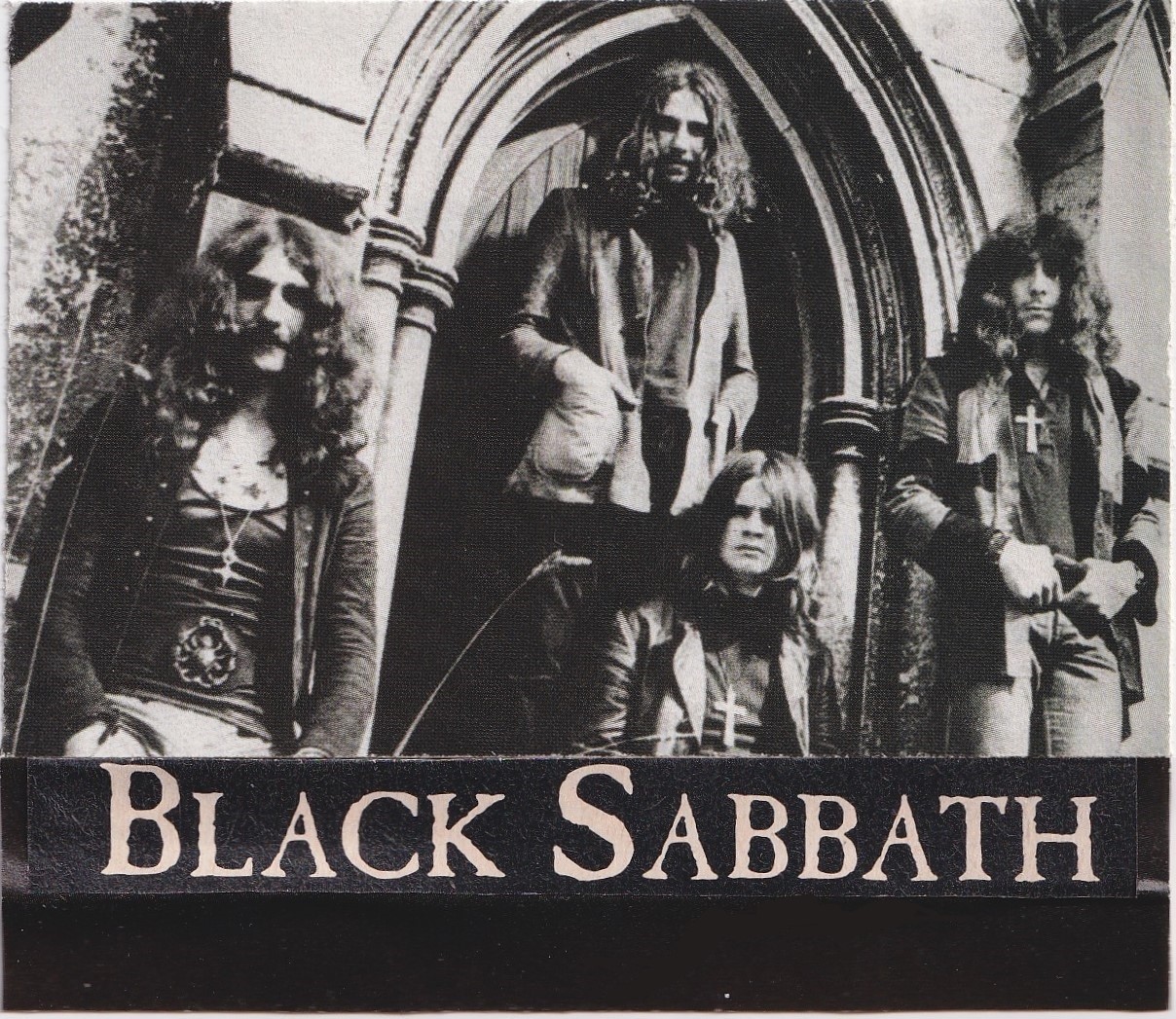
Black Sabbath. So… black. The clue’s in the name.




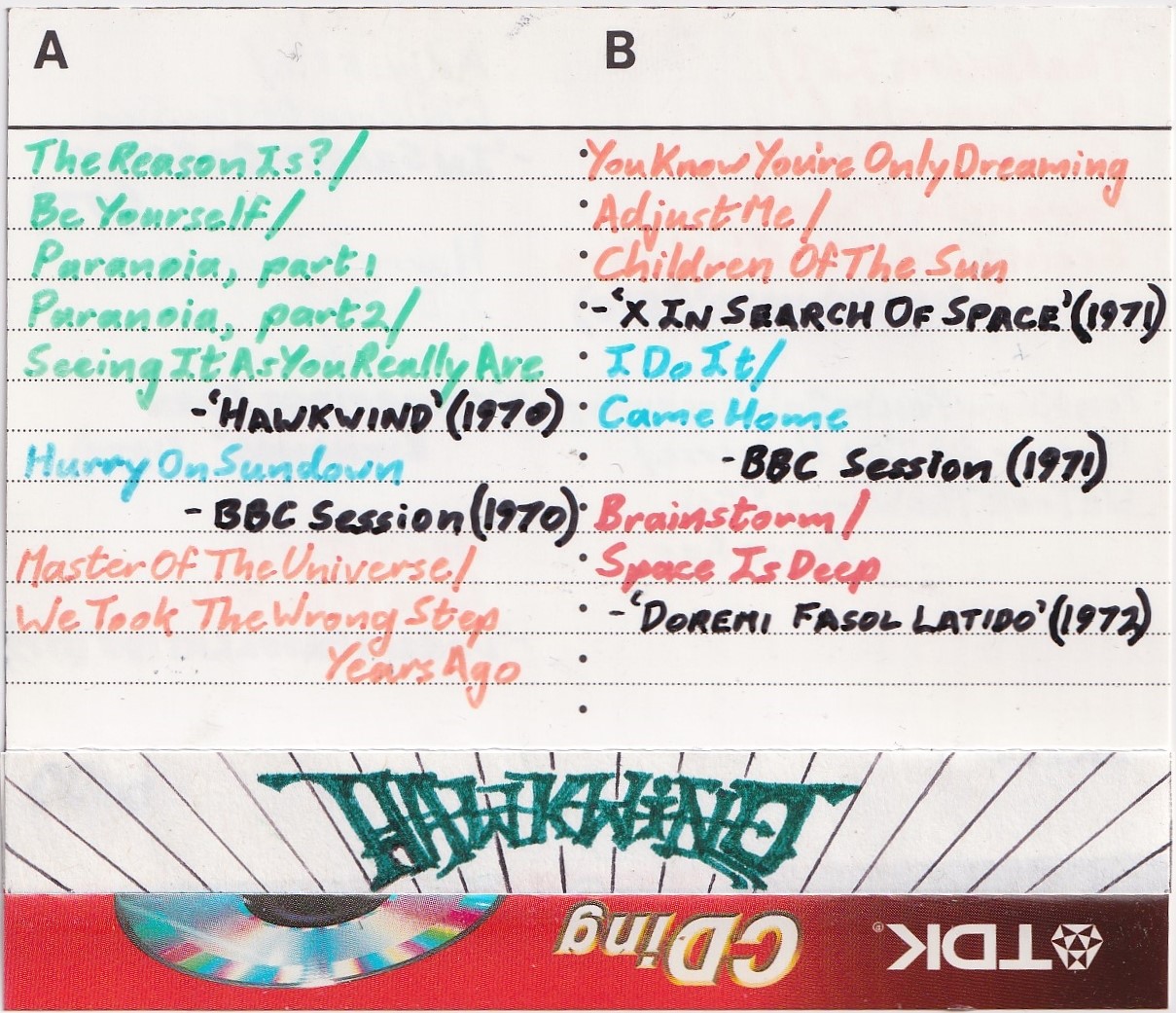
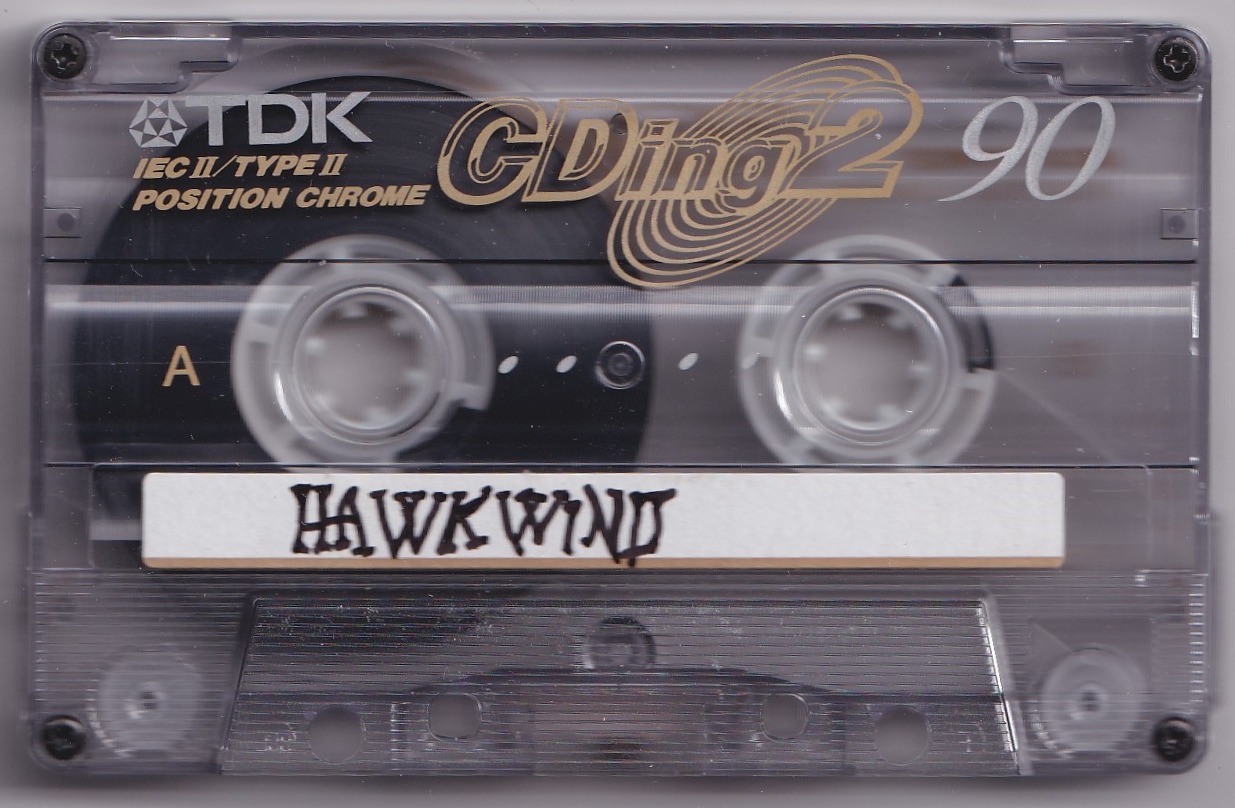
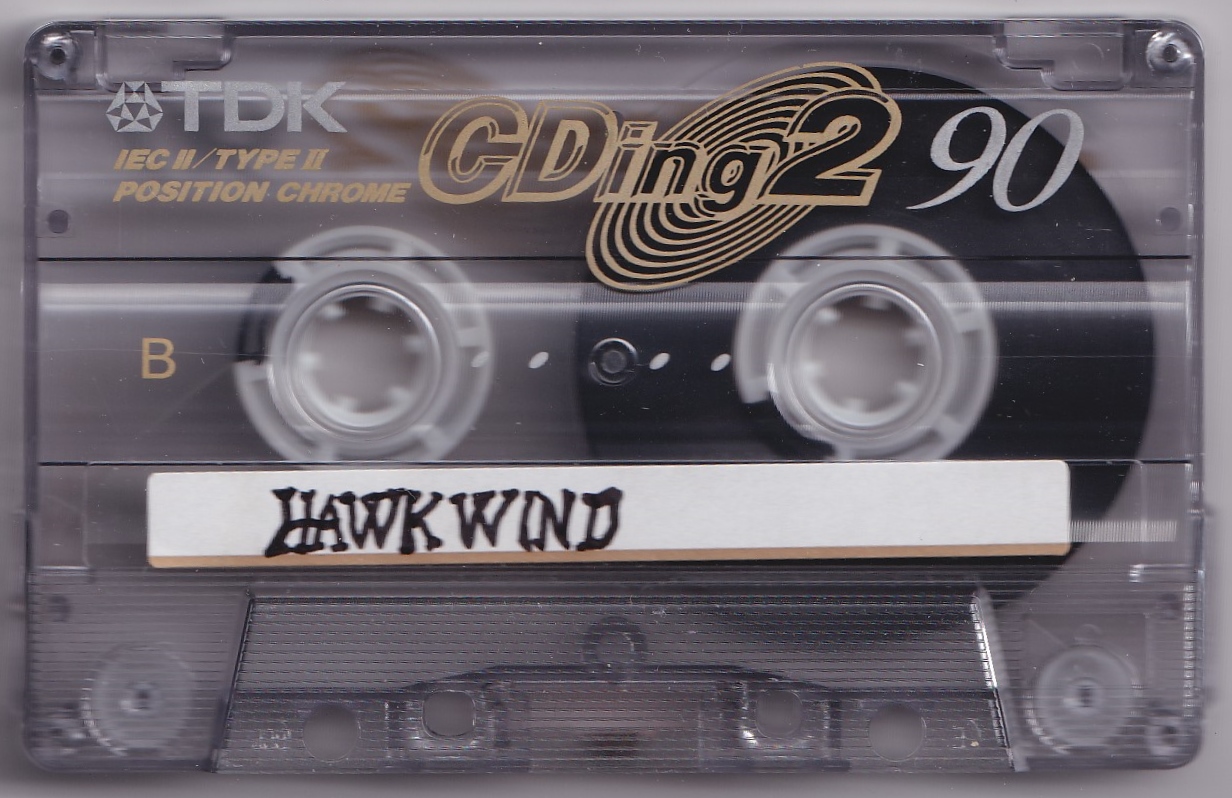
Not much to this one, except a ‘sunburst’ spine and font I was pretty pleased with – probably sketched from a CD cover.
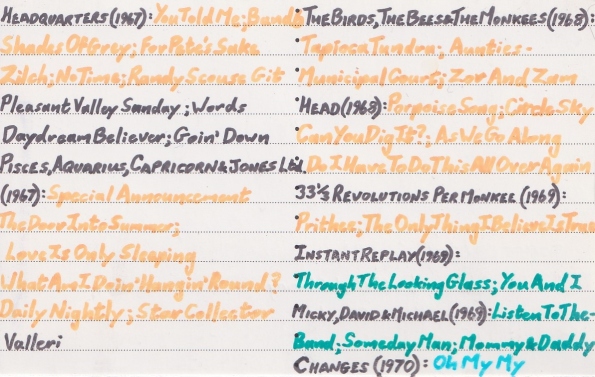
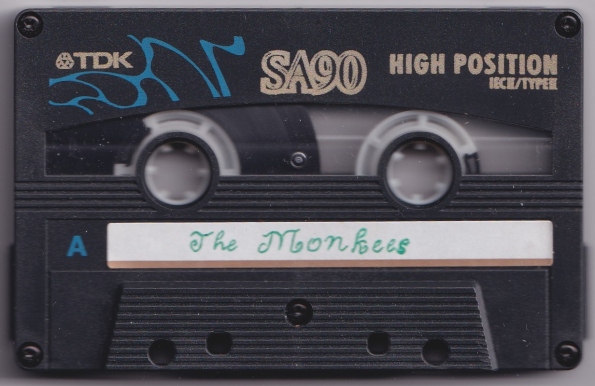
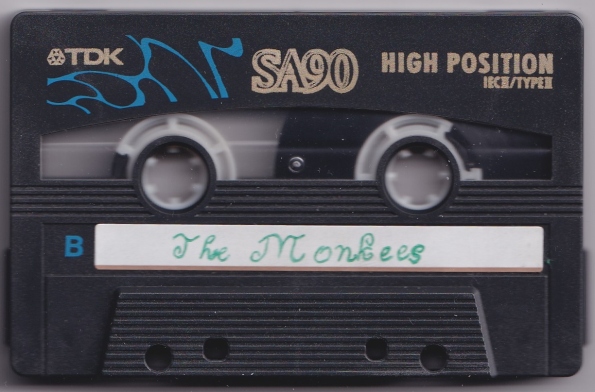

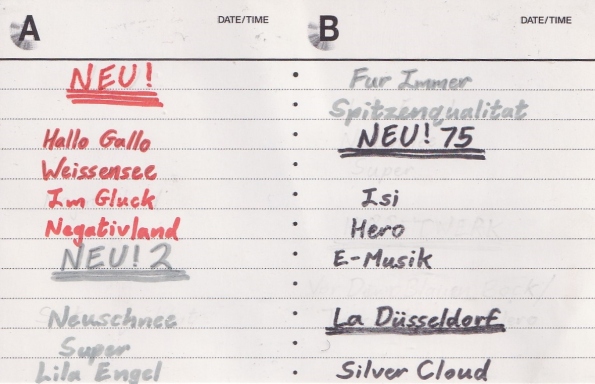
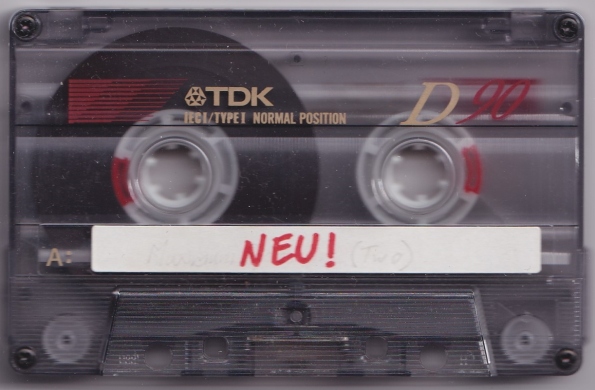
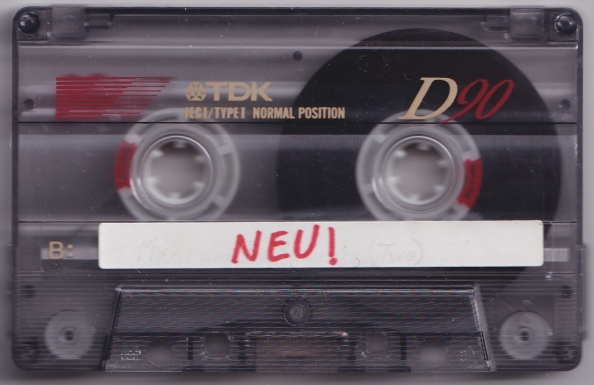

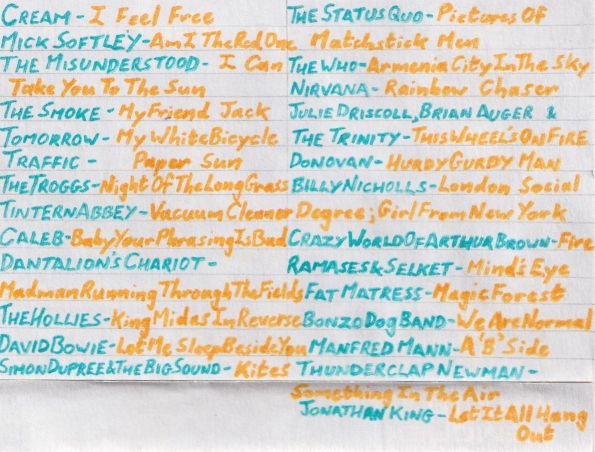
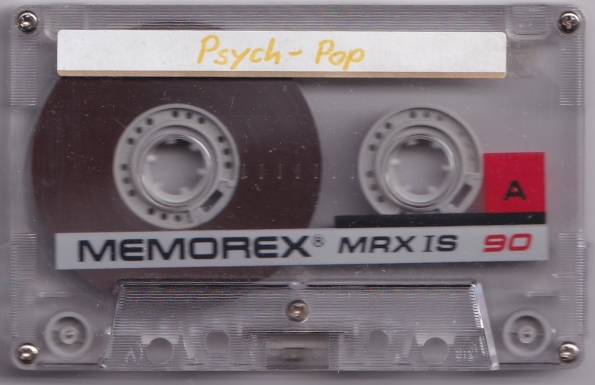
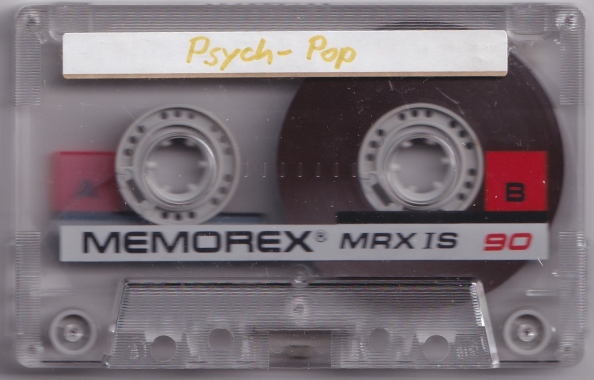
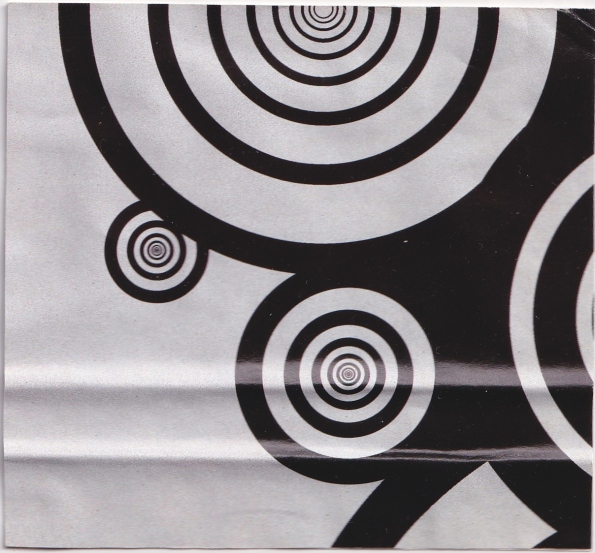
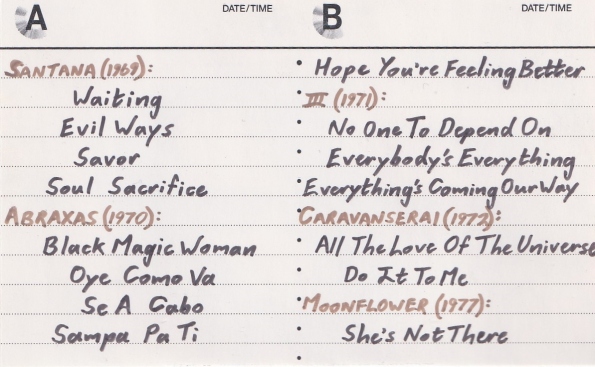
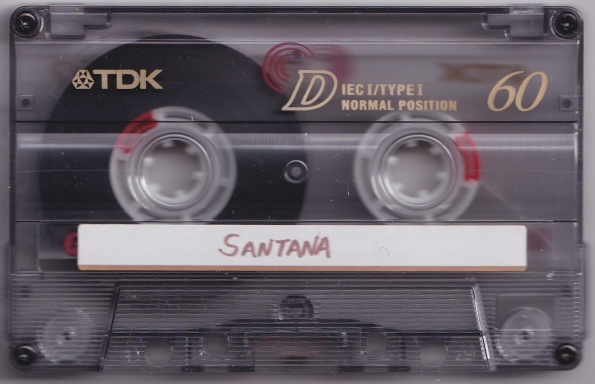
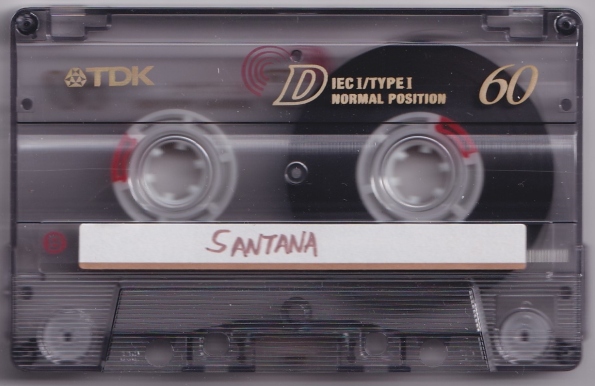
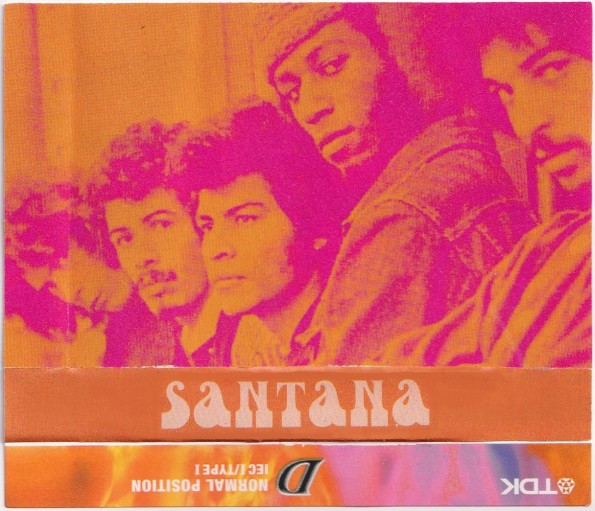
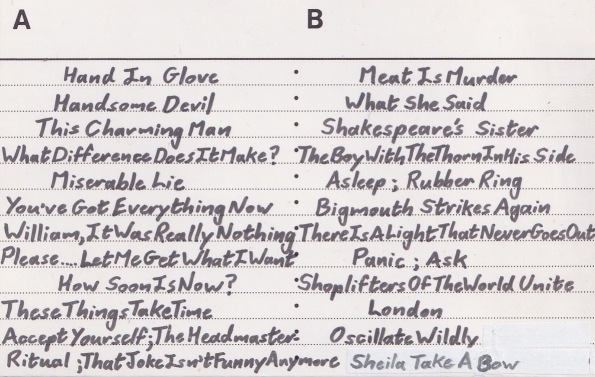
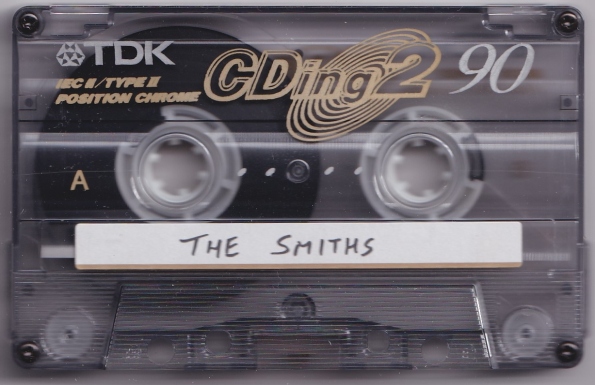
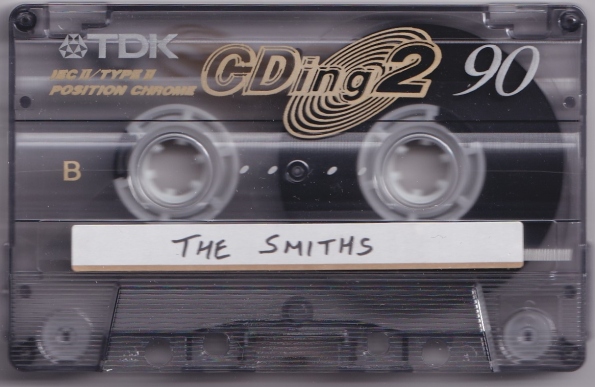
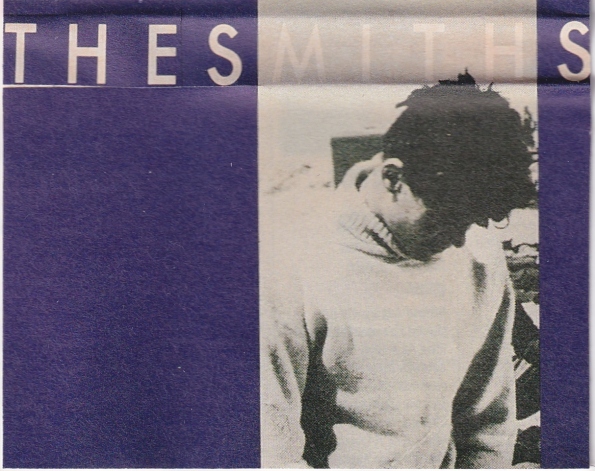
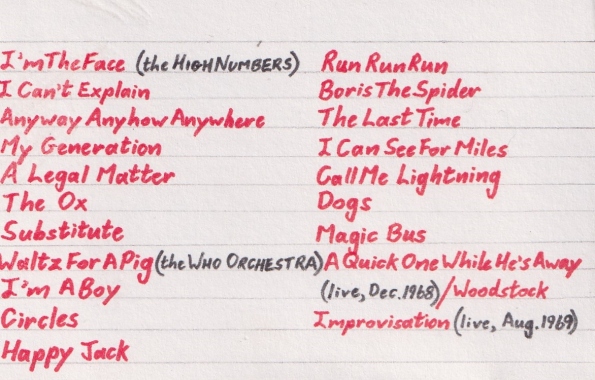
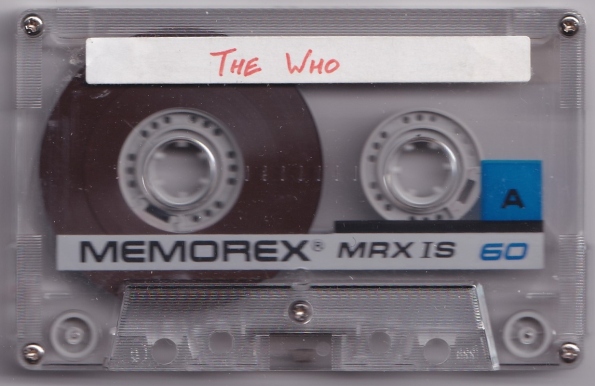


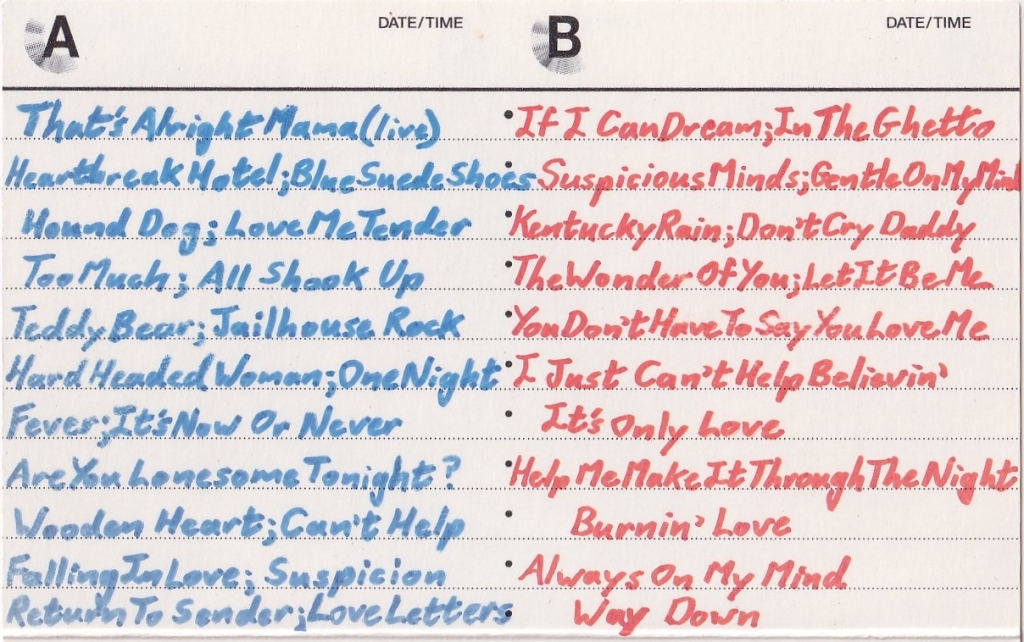
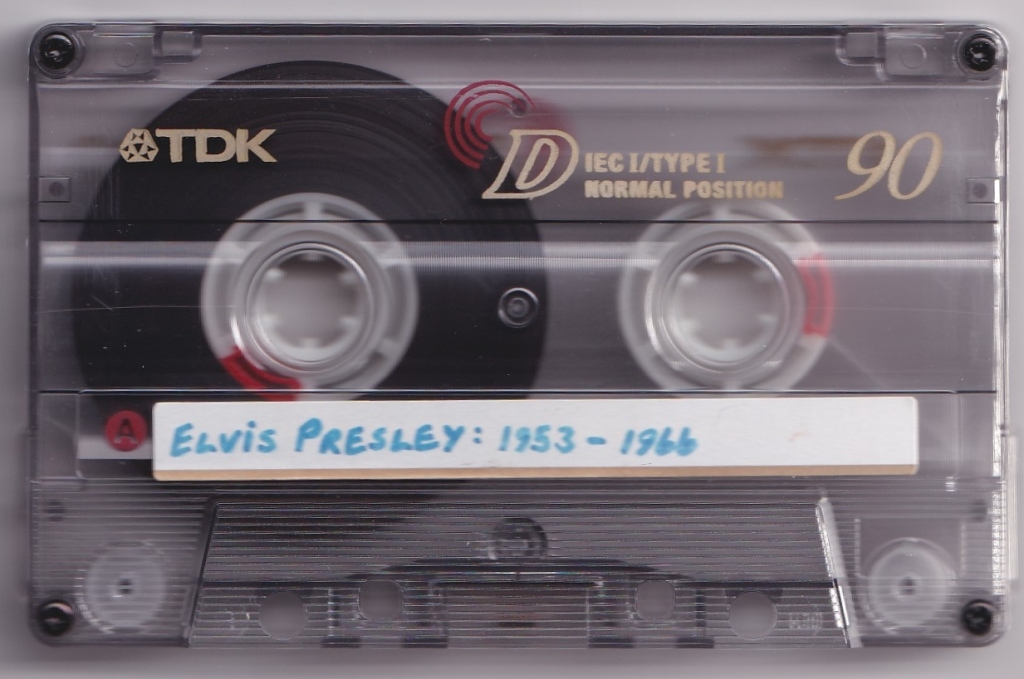
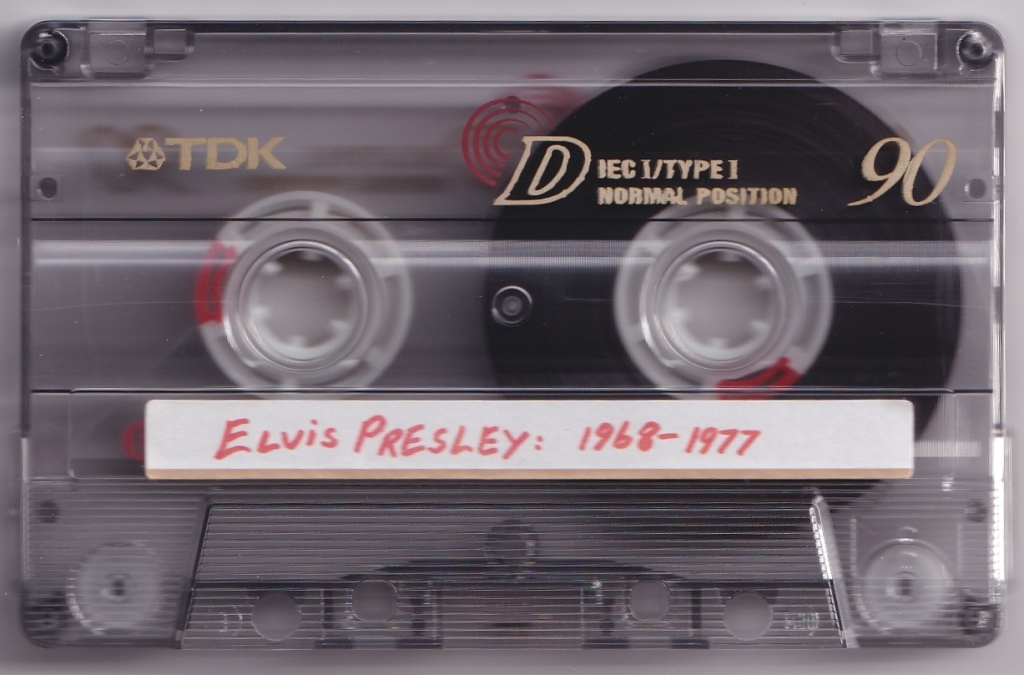

















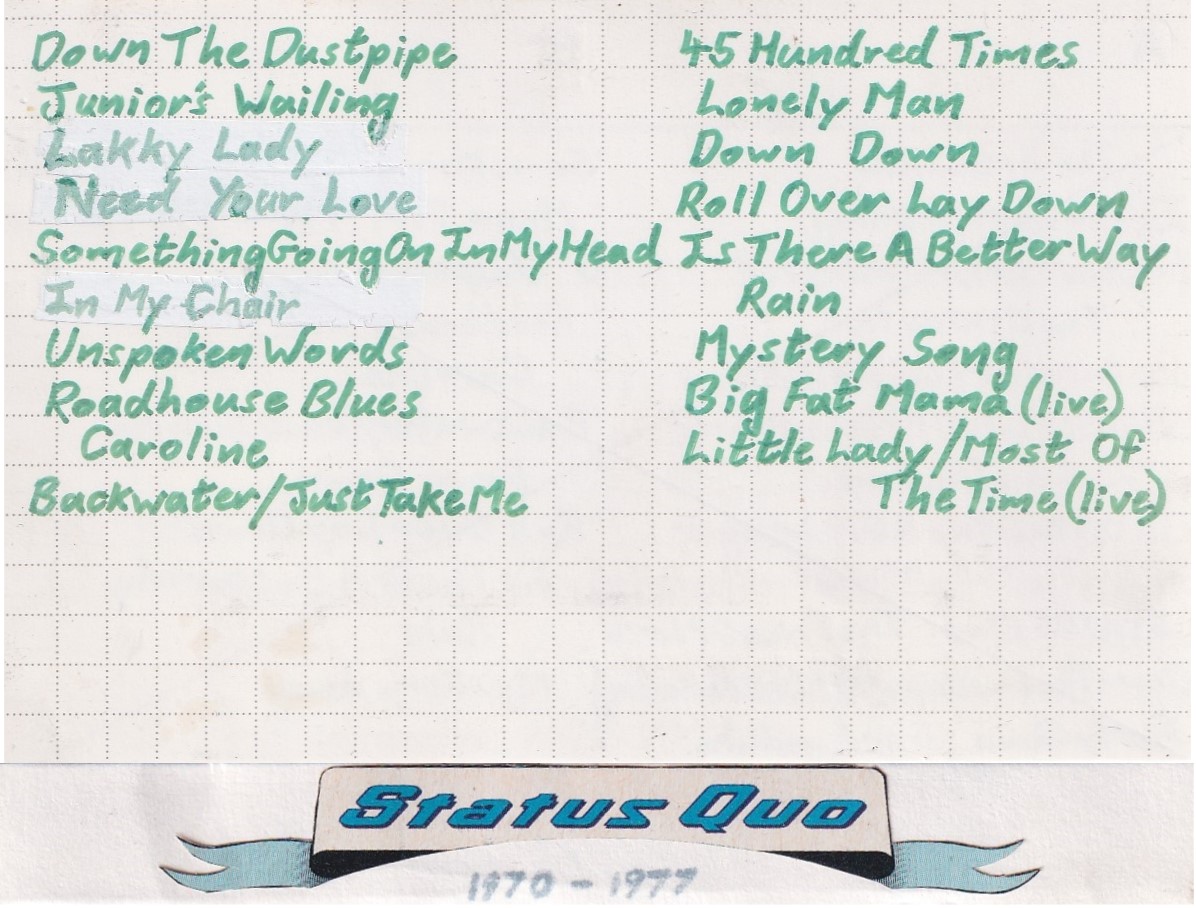
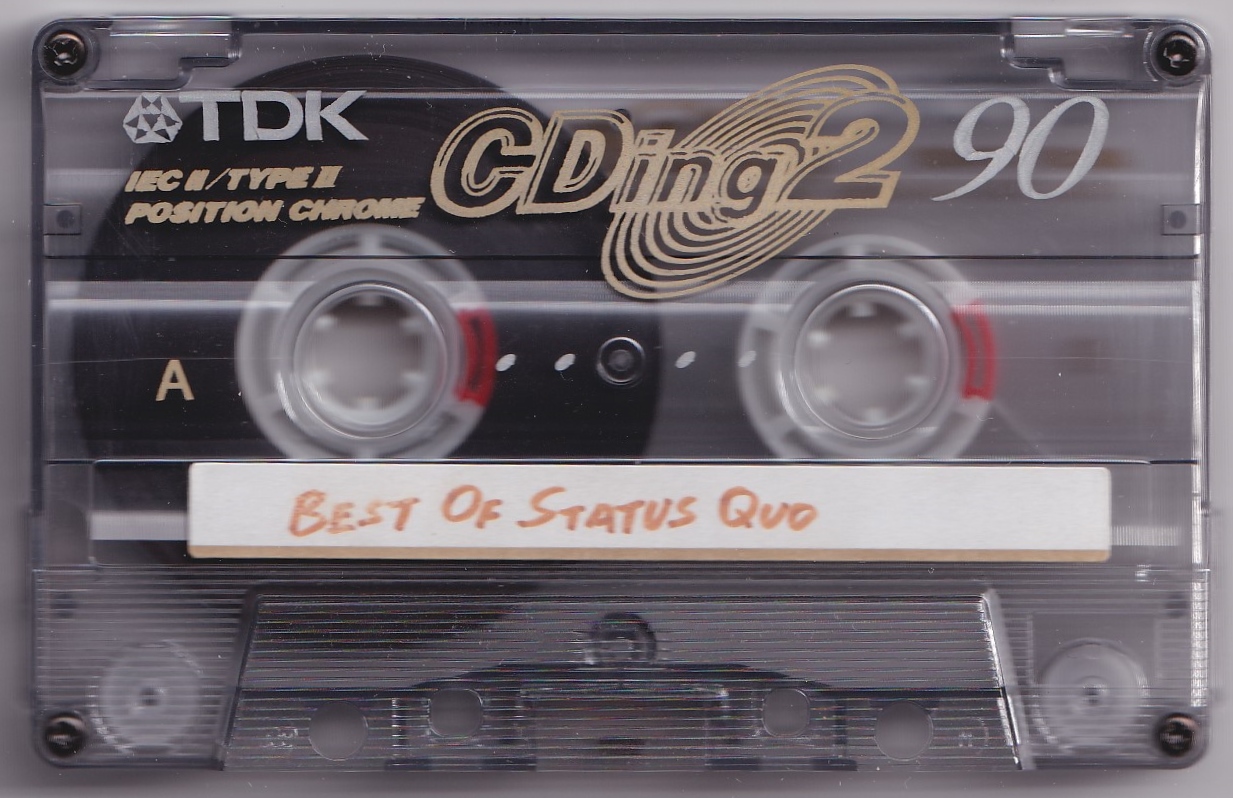
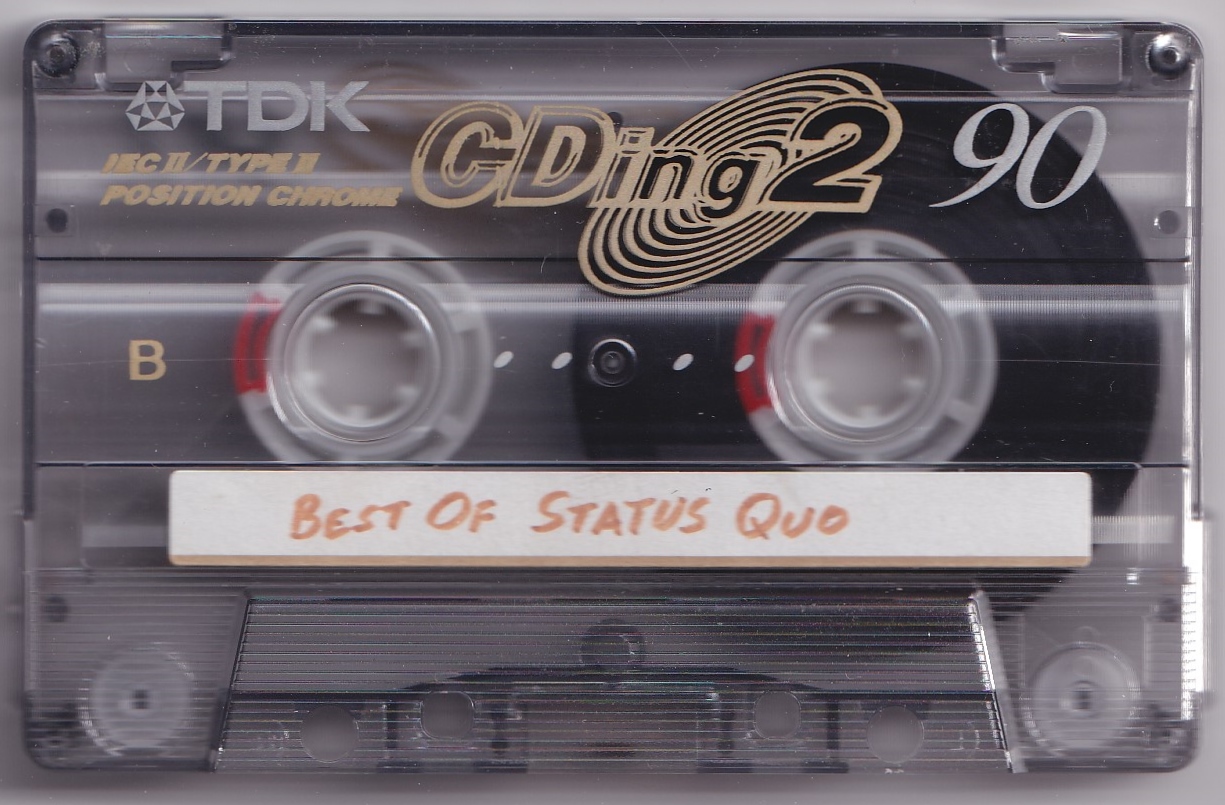
Love the Quo. This doesn’t do them justice.
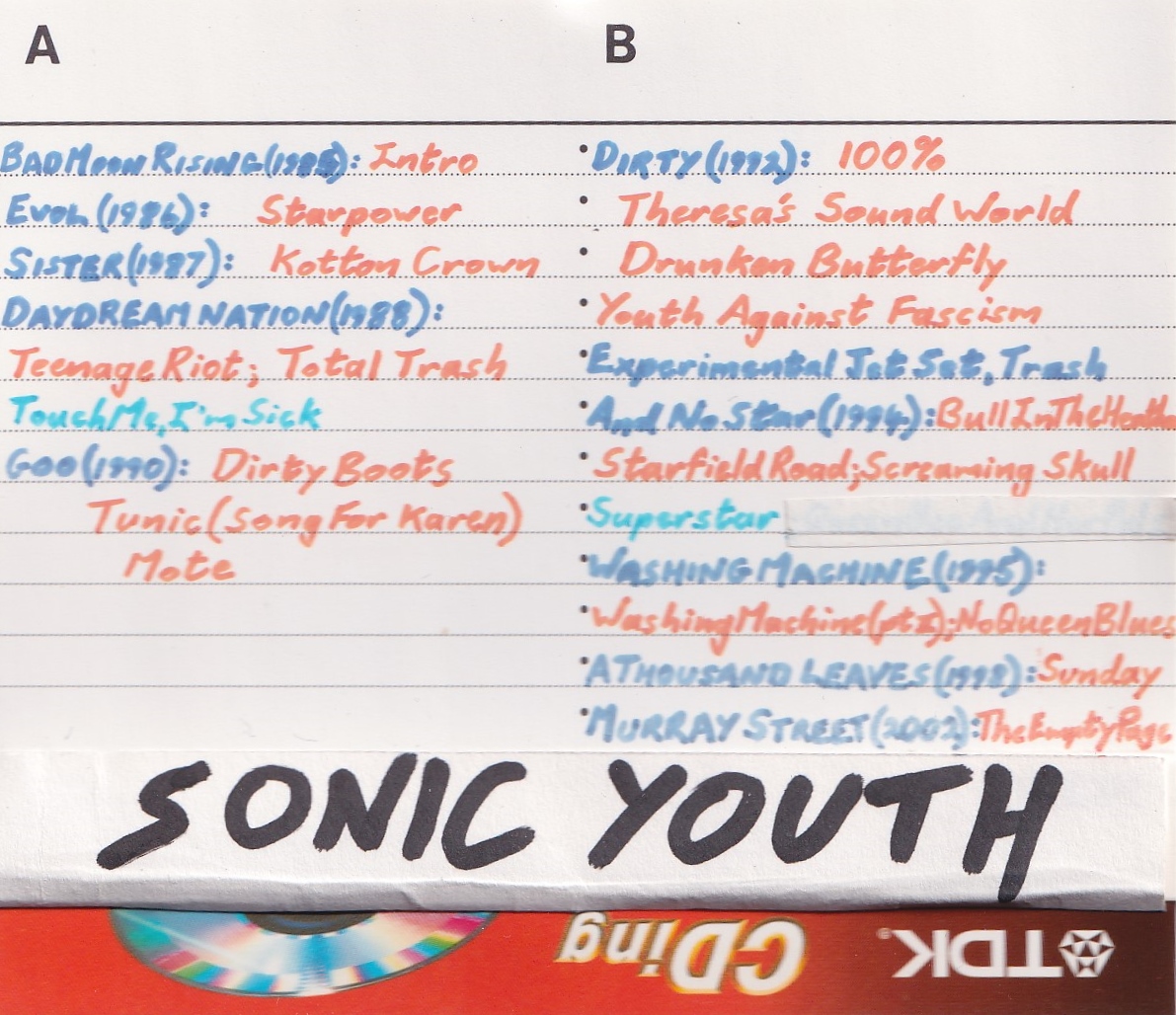
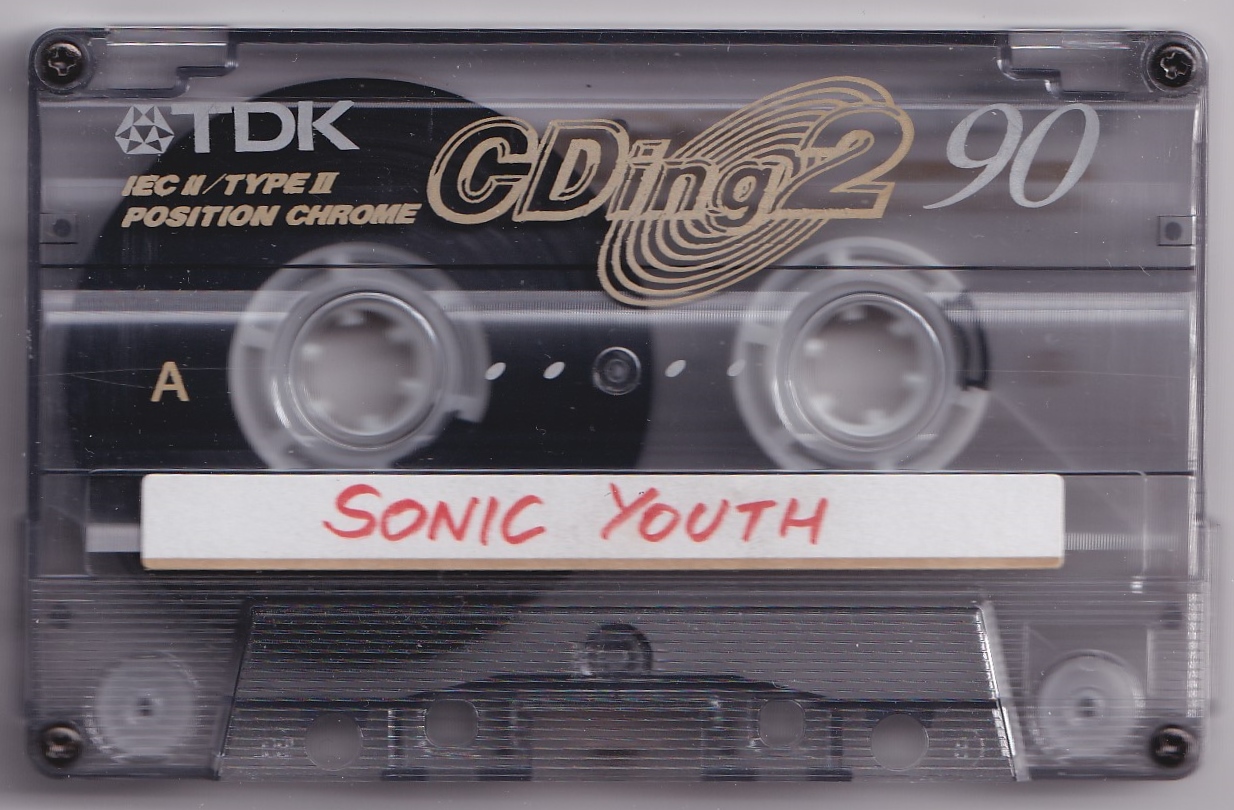
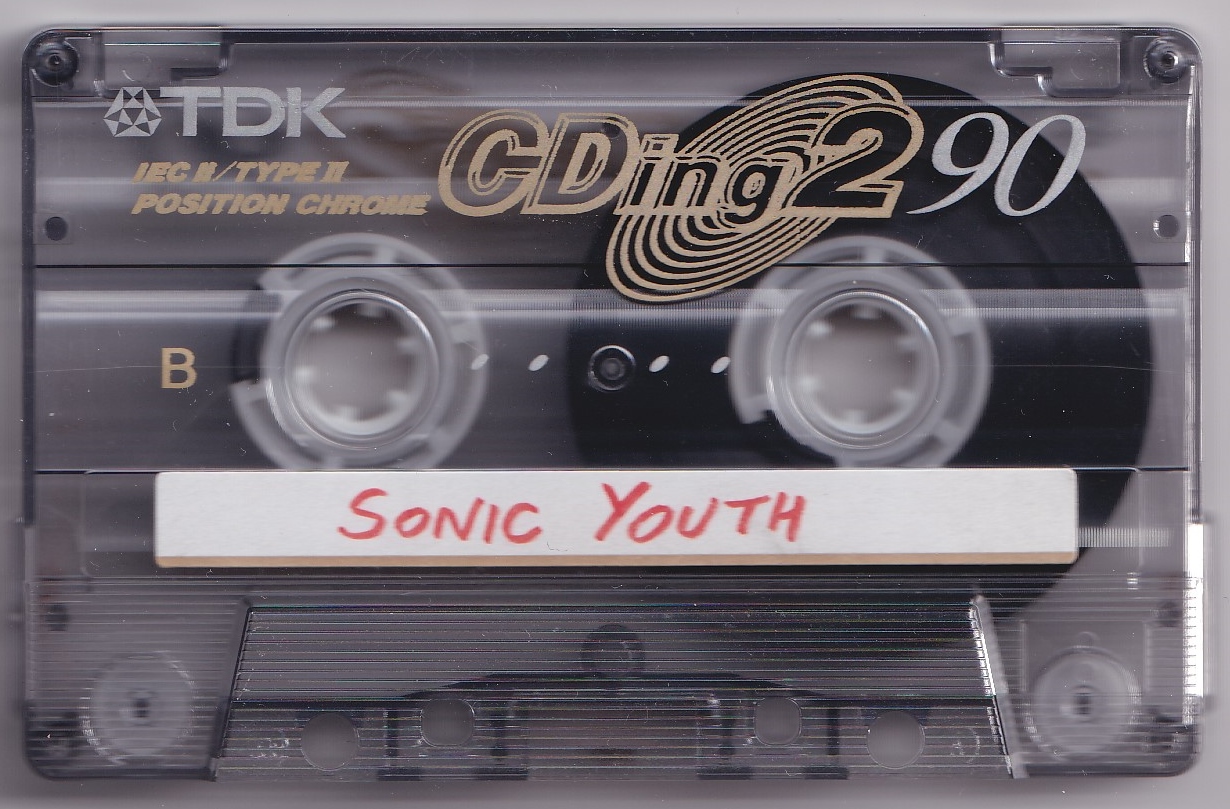
Probably intended to look something like Sonic Youth’s ‘Goo’ cover font…
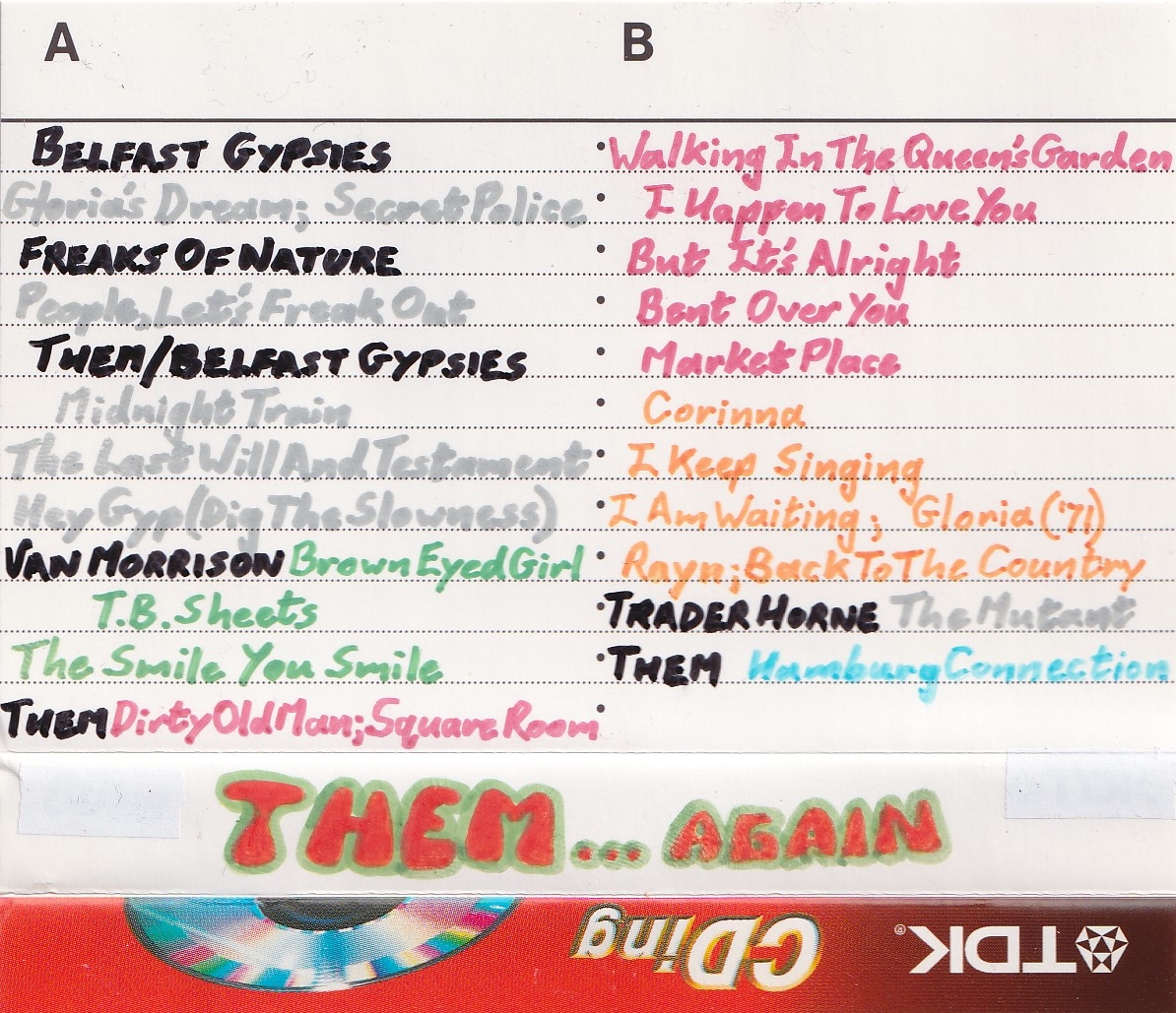
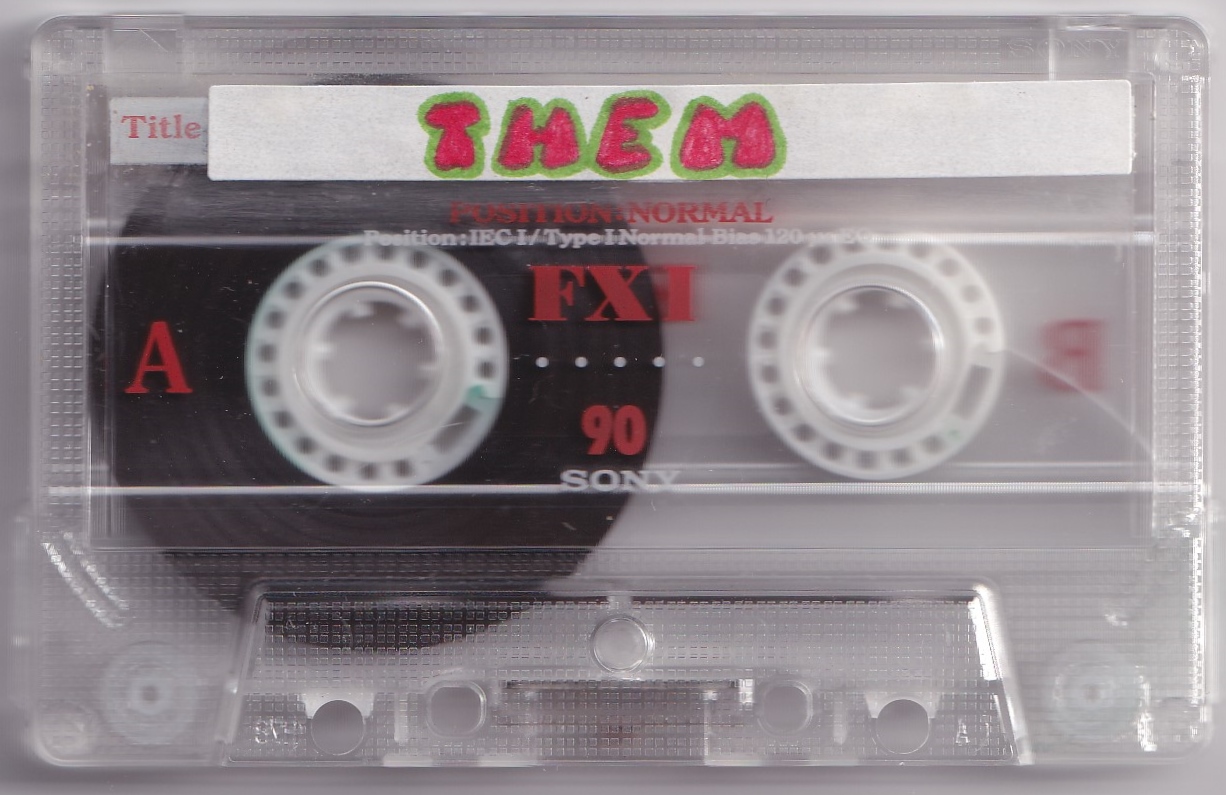
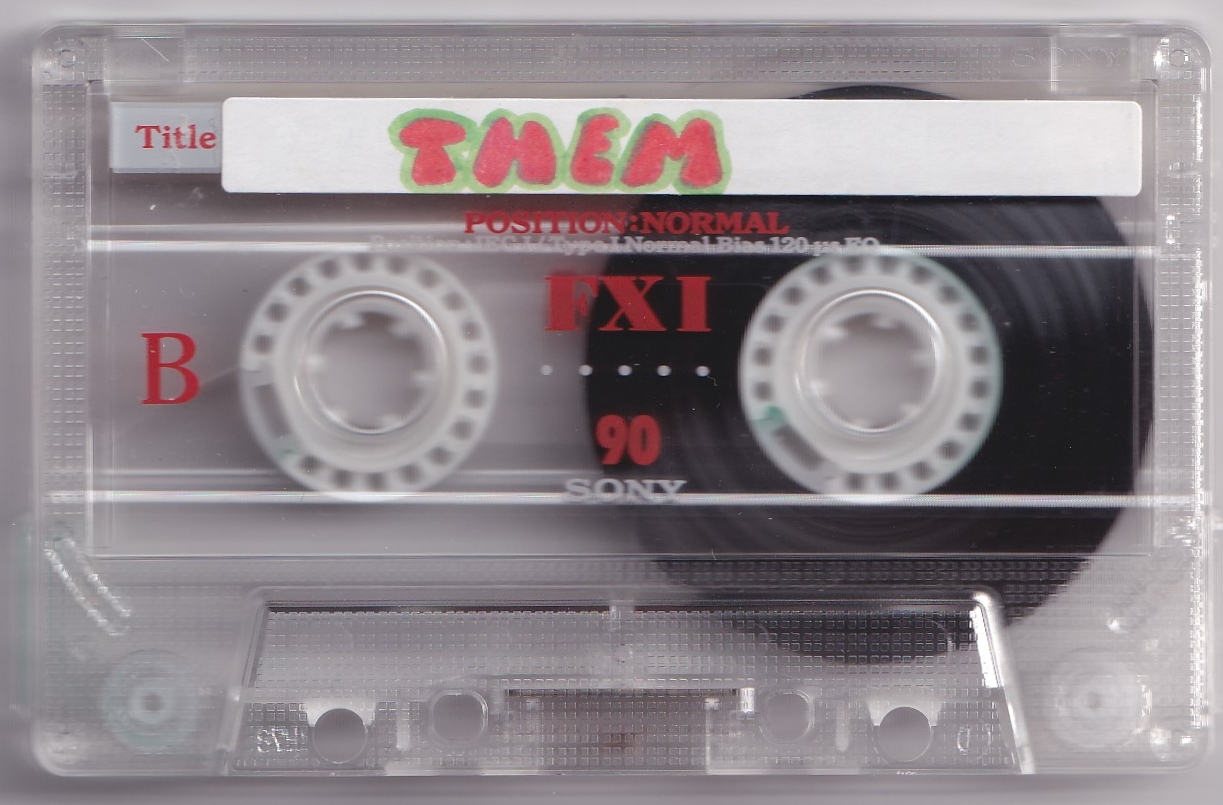
I guess this was a ‘second half’ Them compilation of ex-members of the original group.
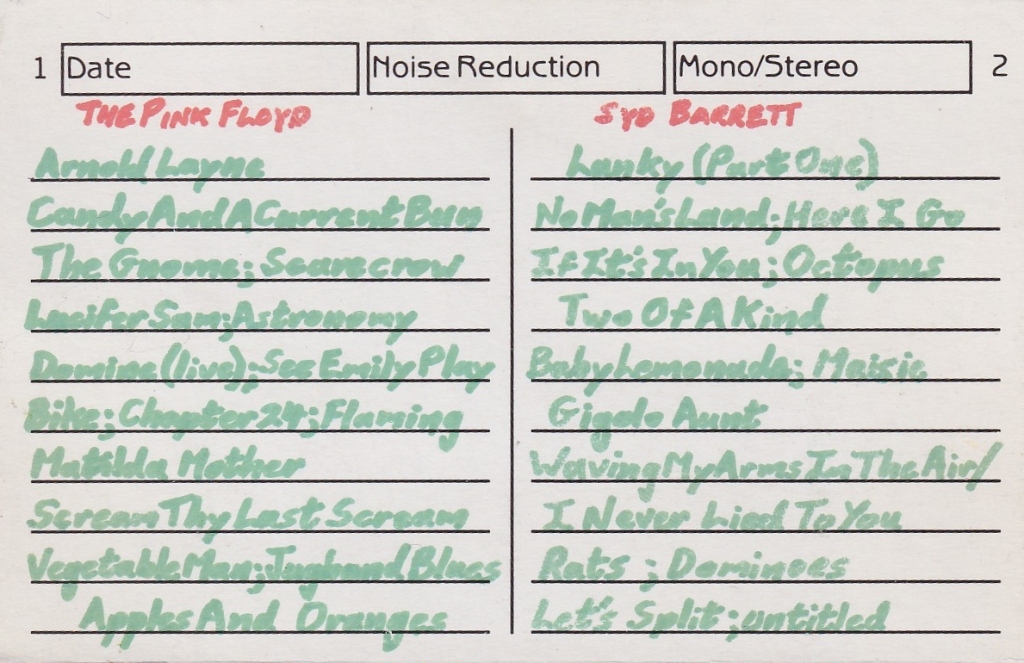
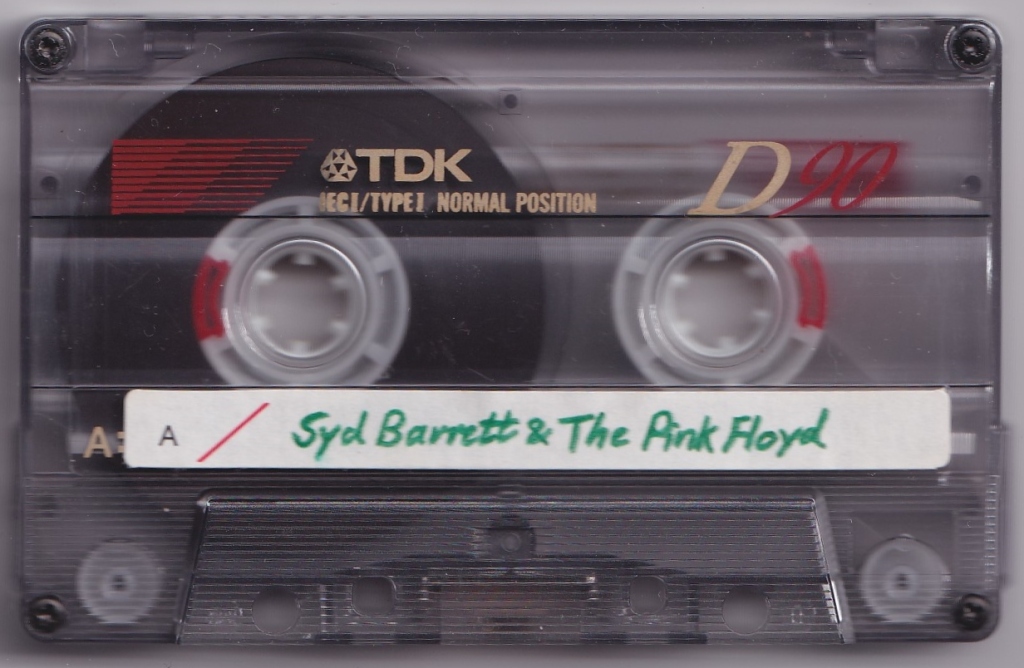
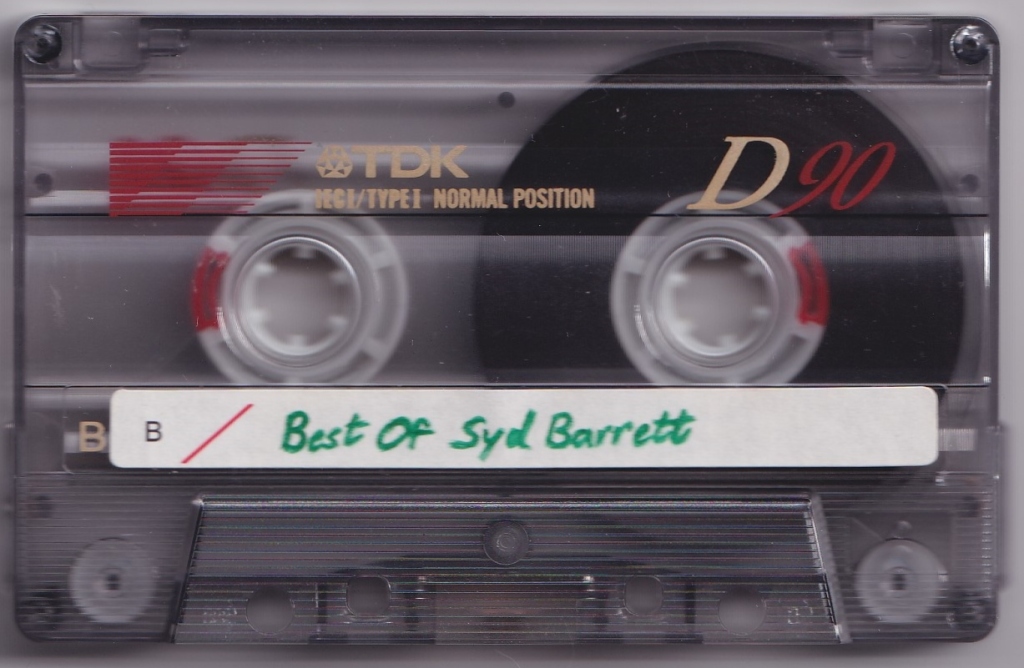
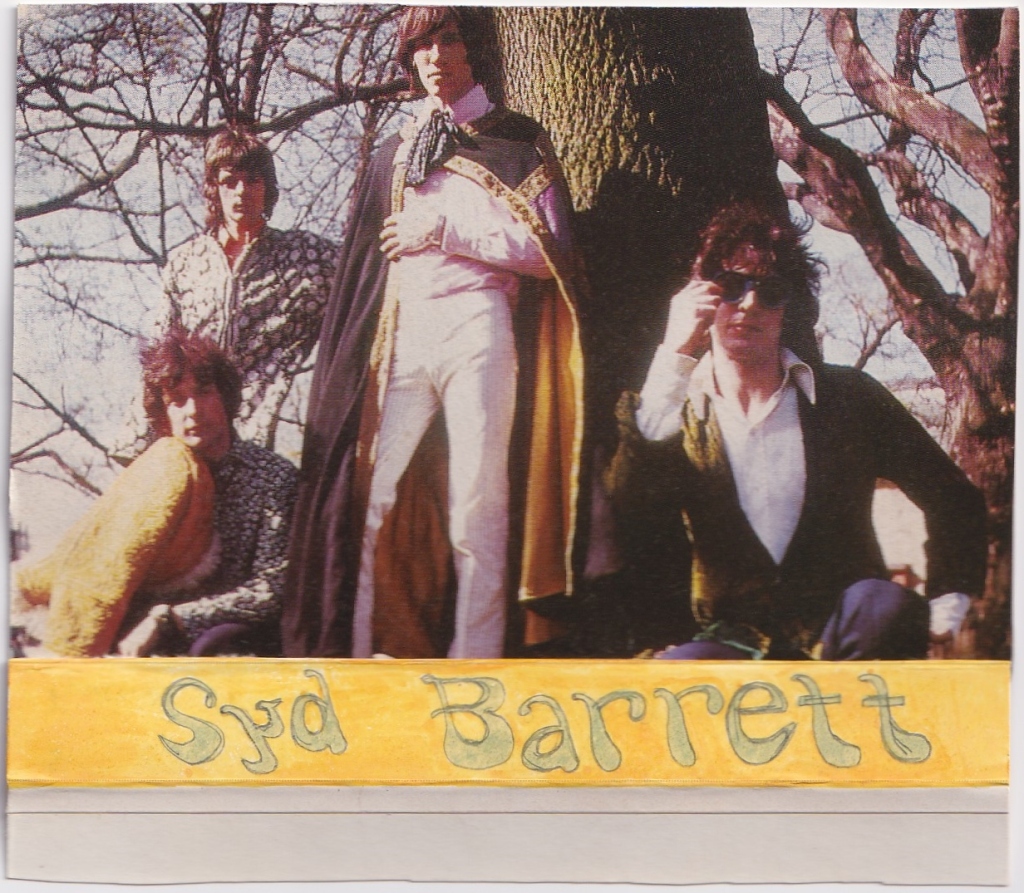
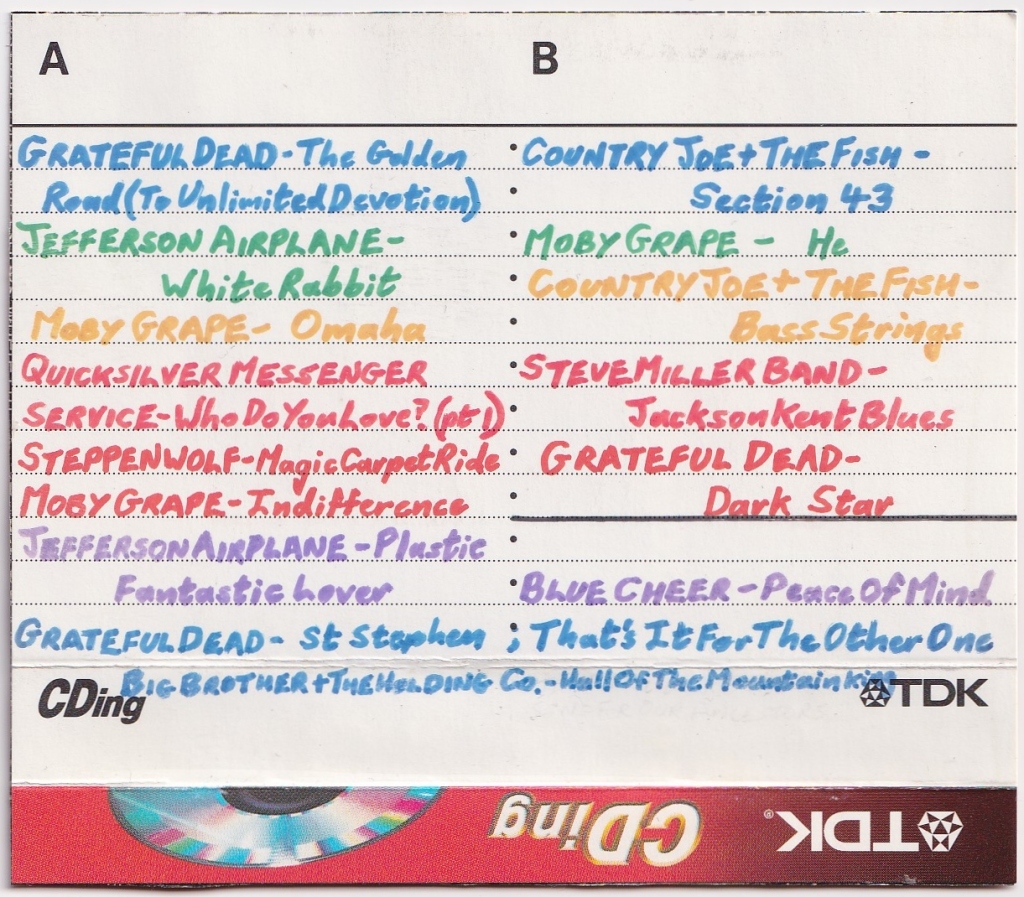
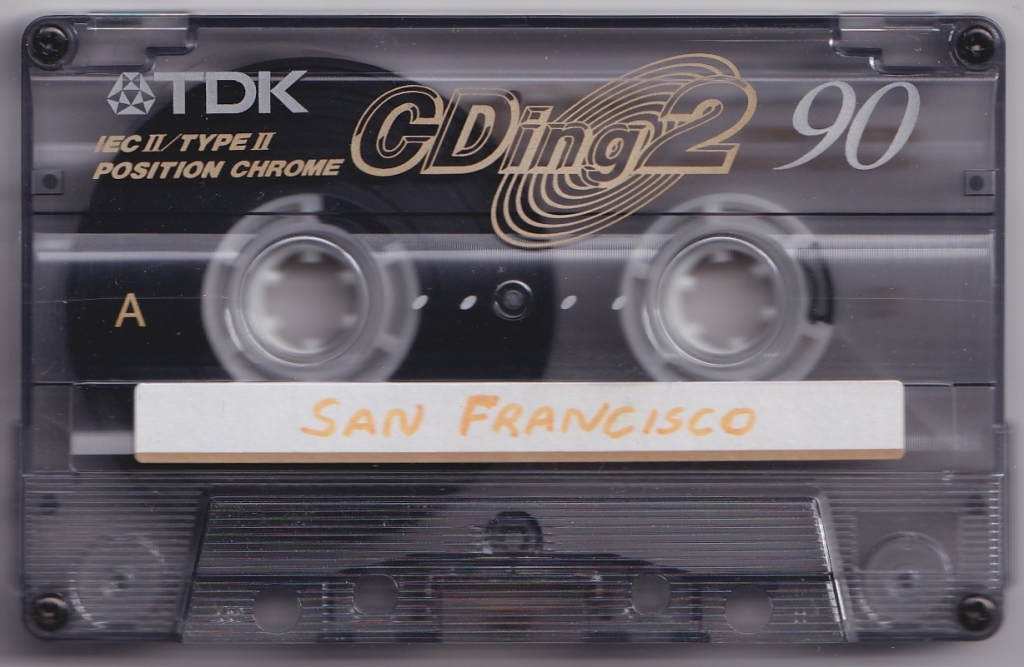
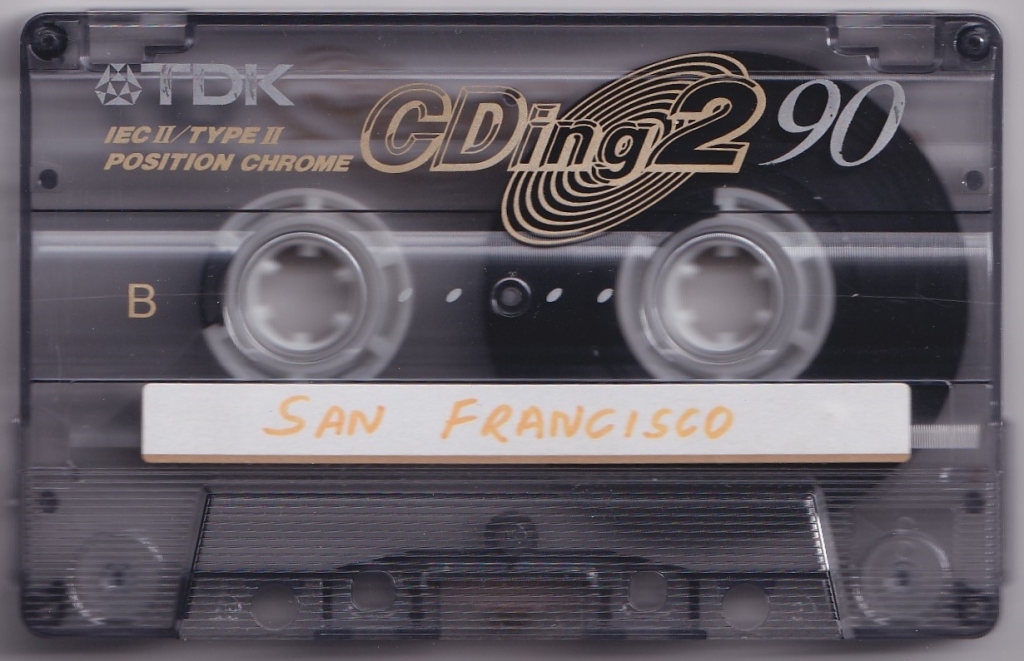
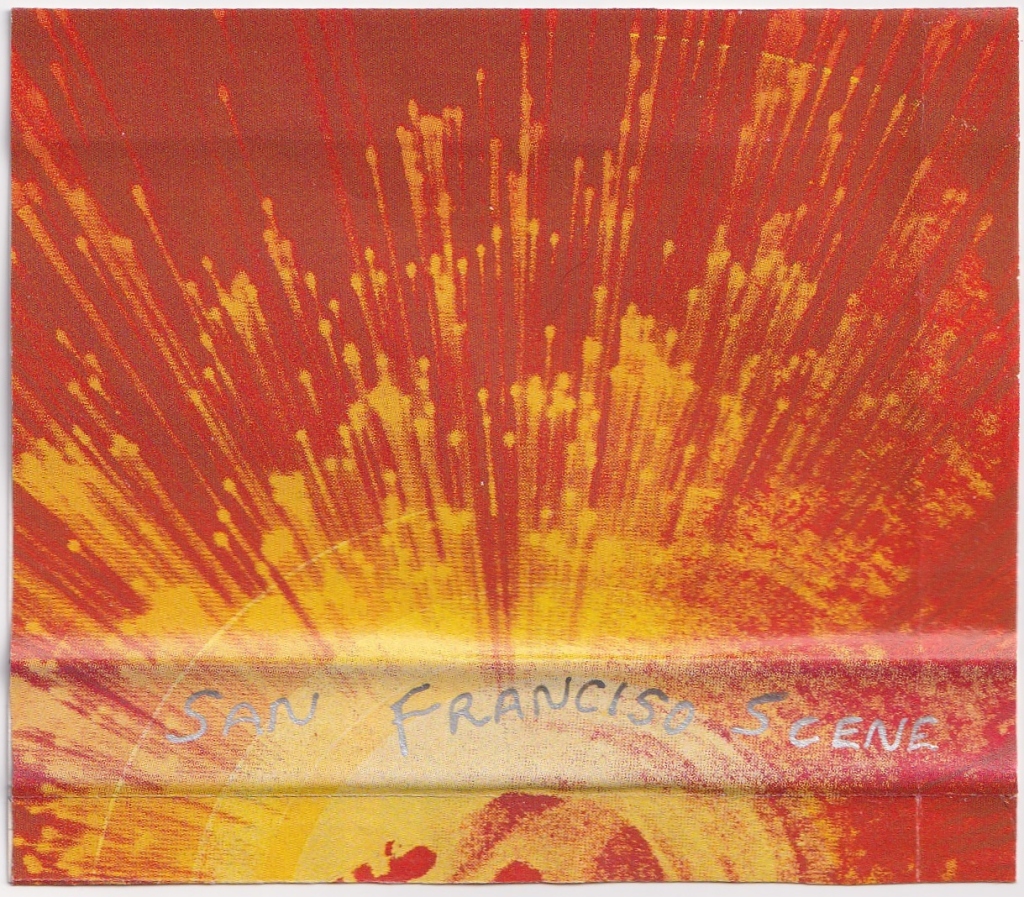
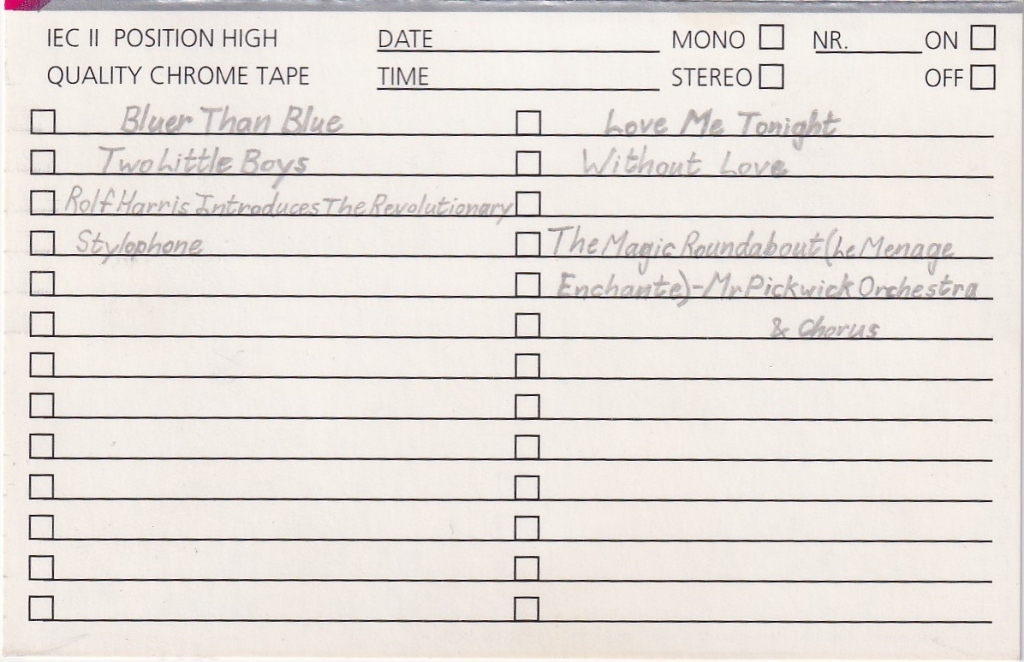
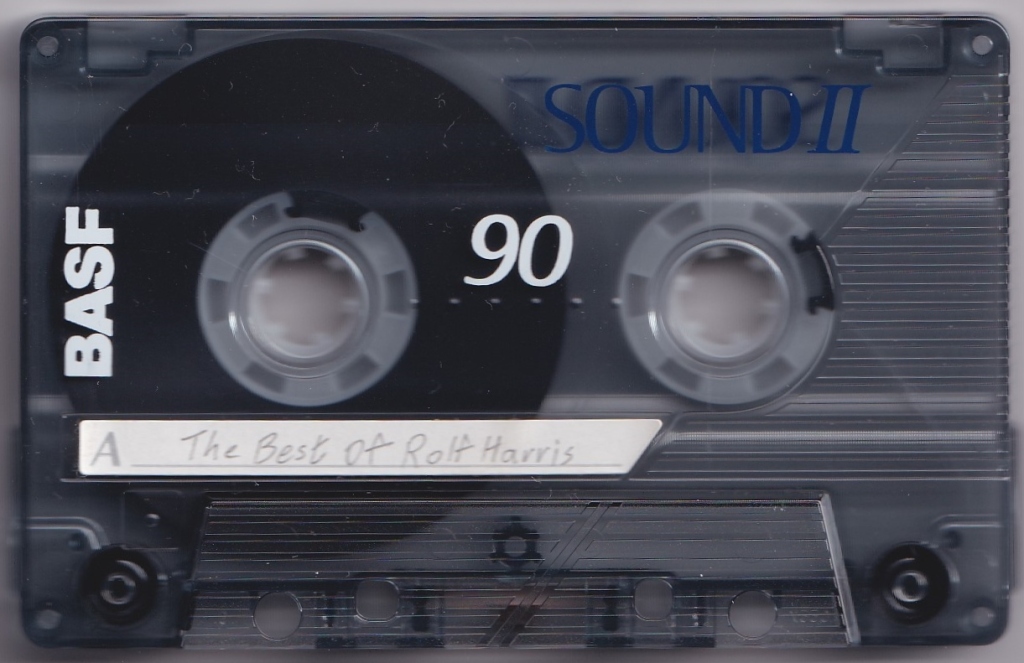
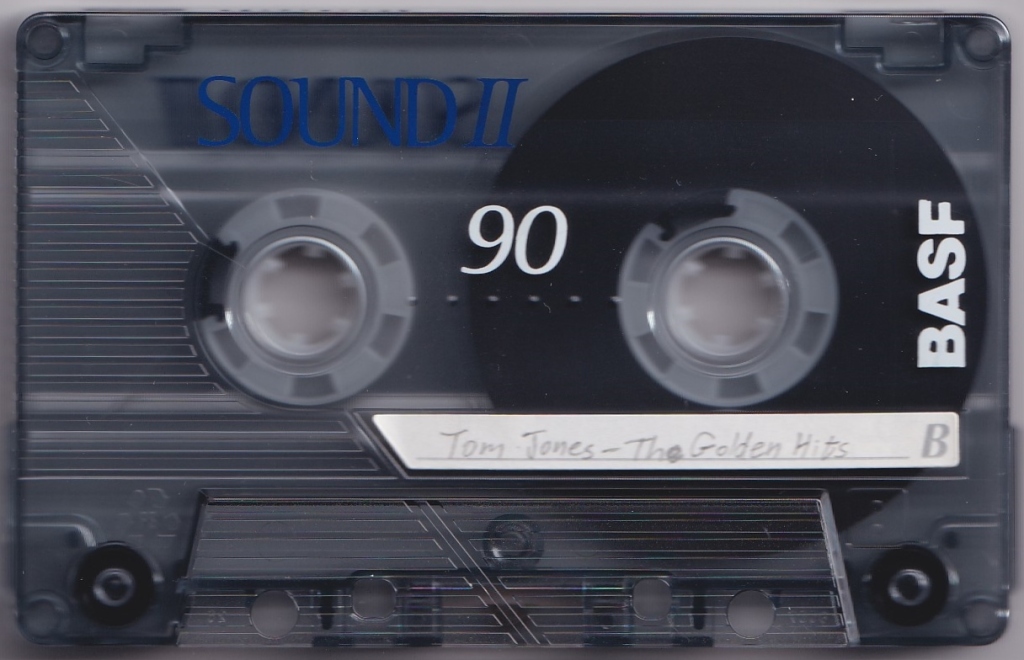
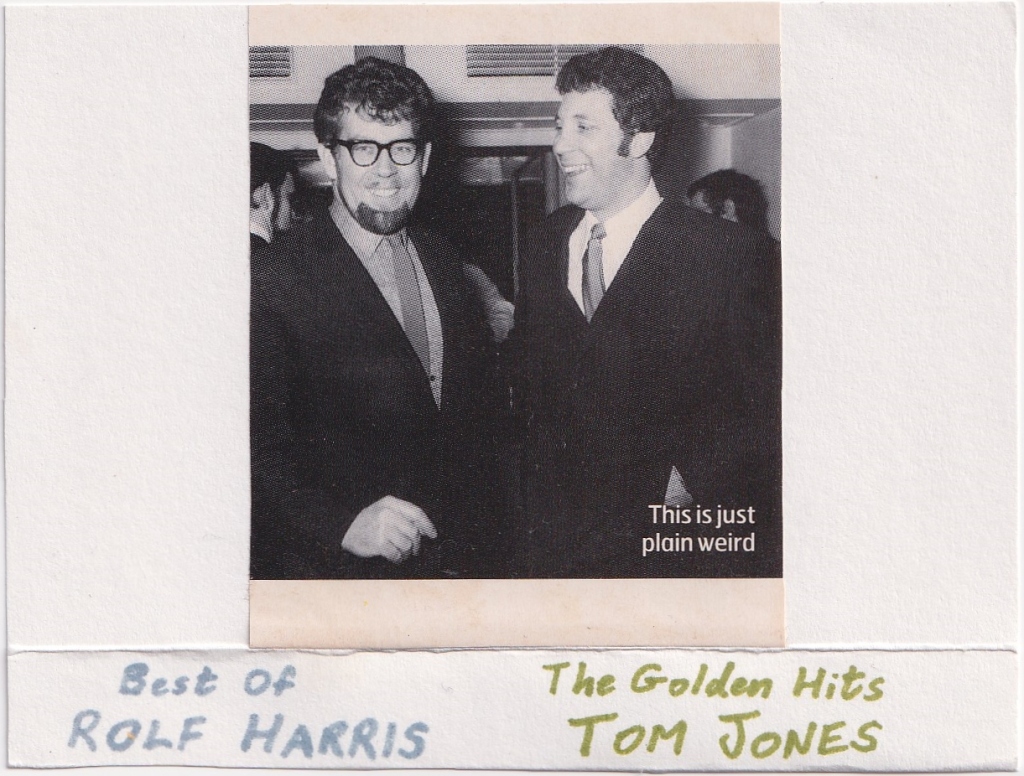
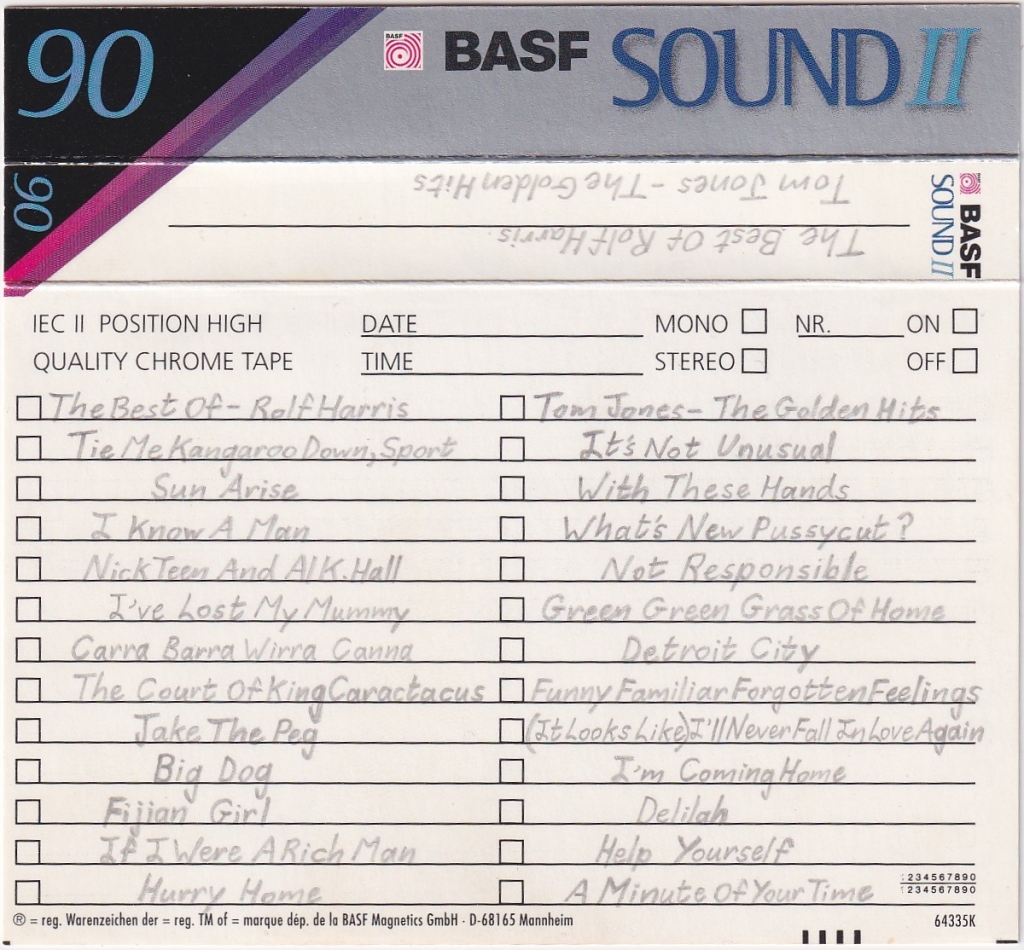
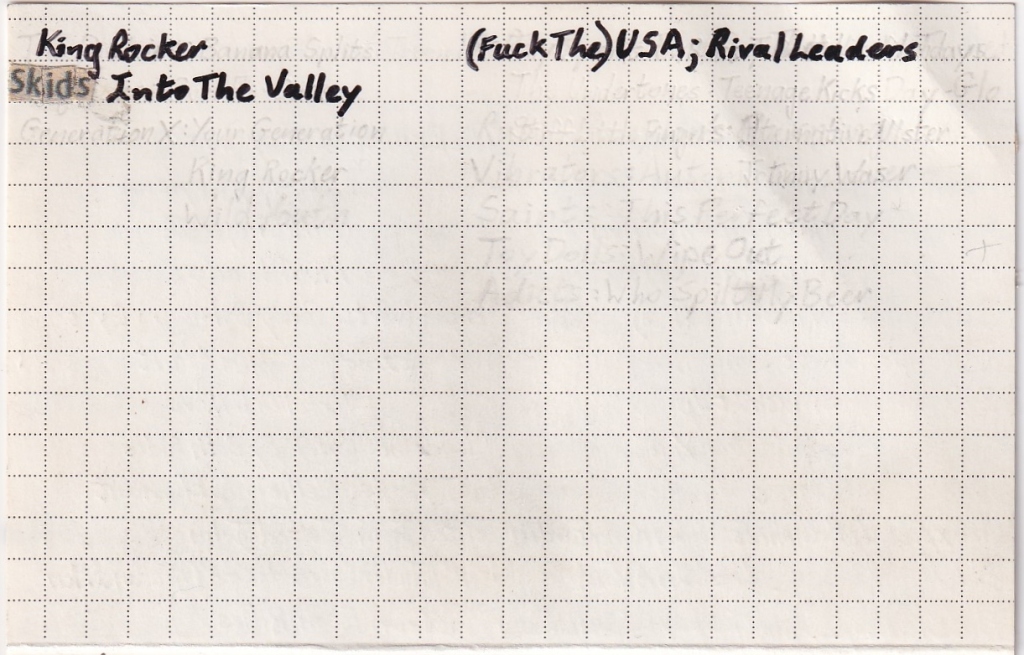
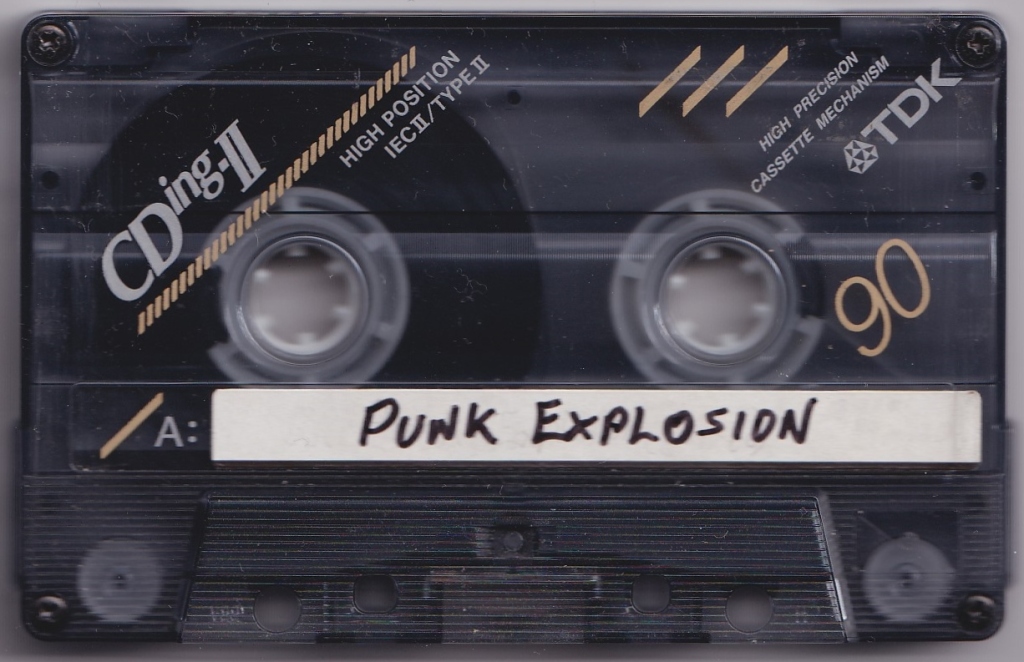
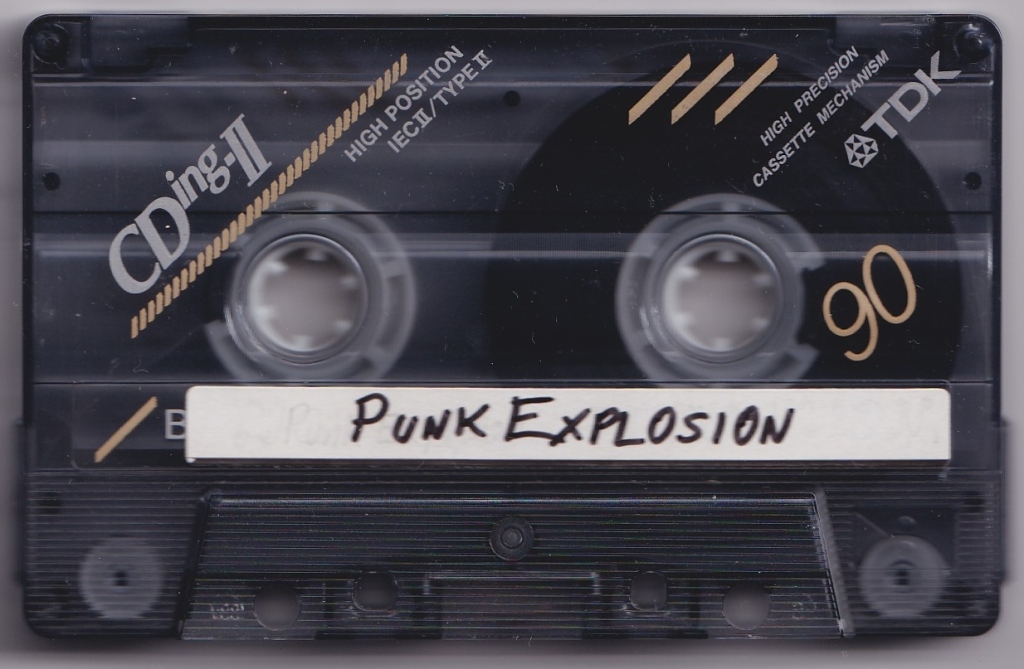
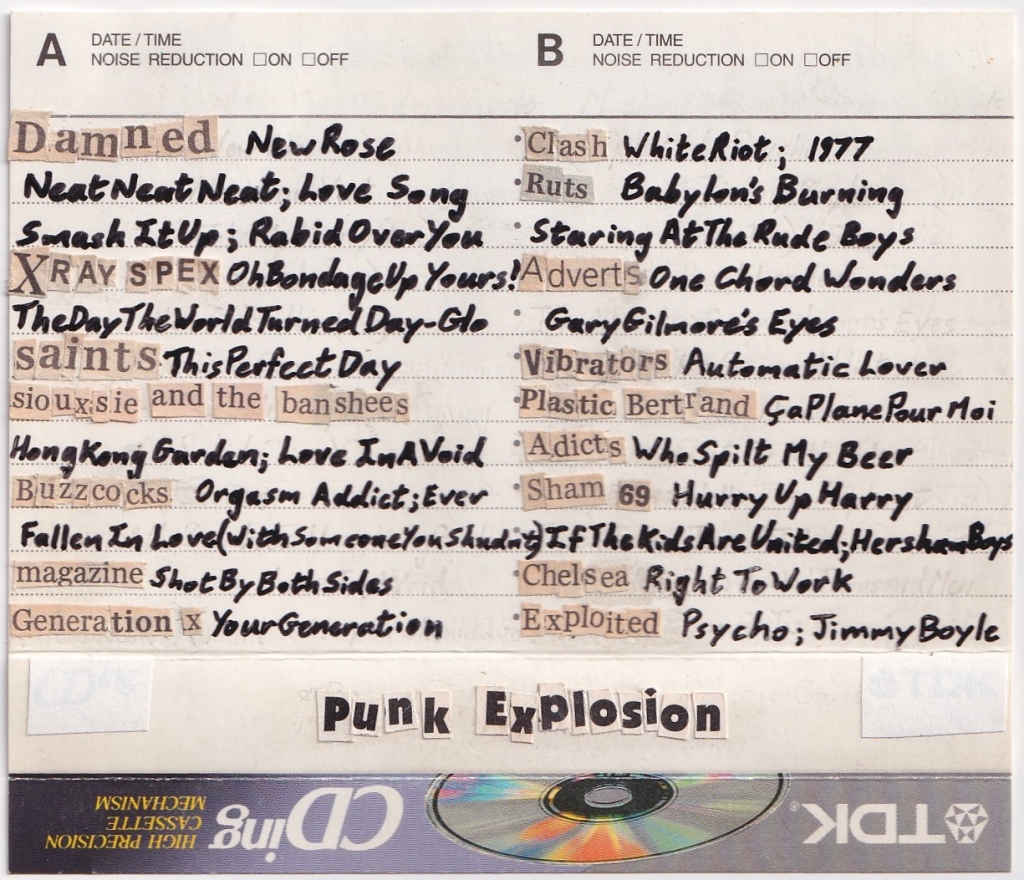
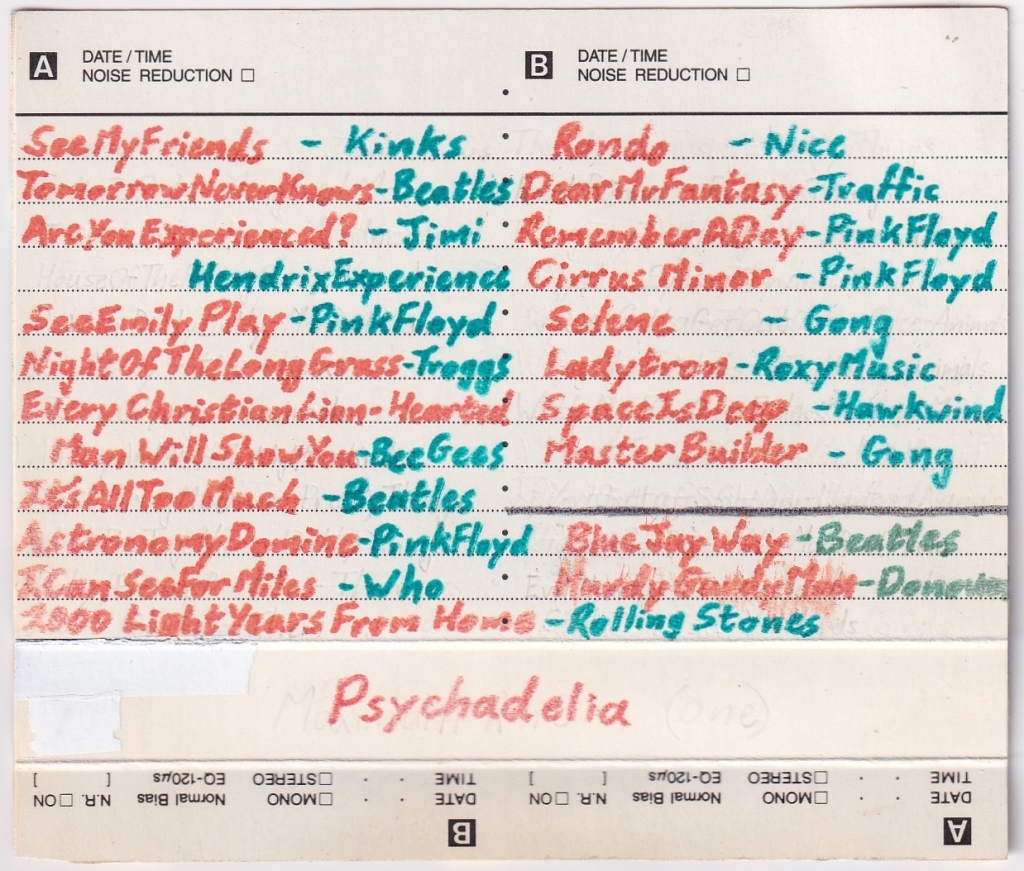
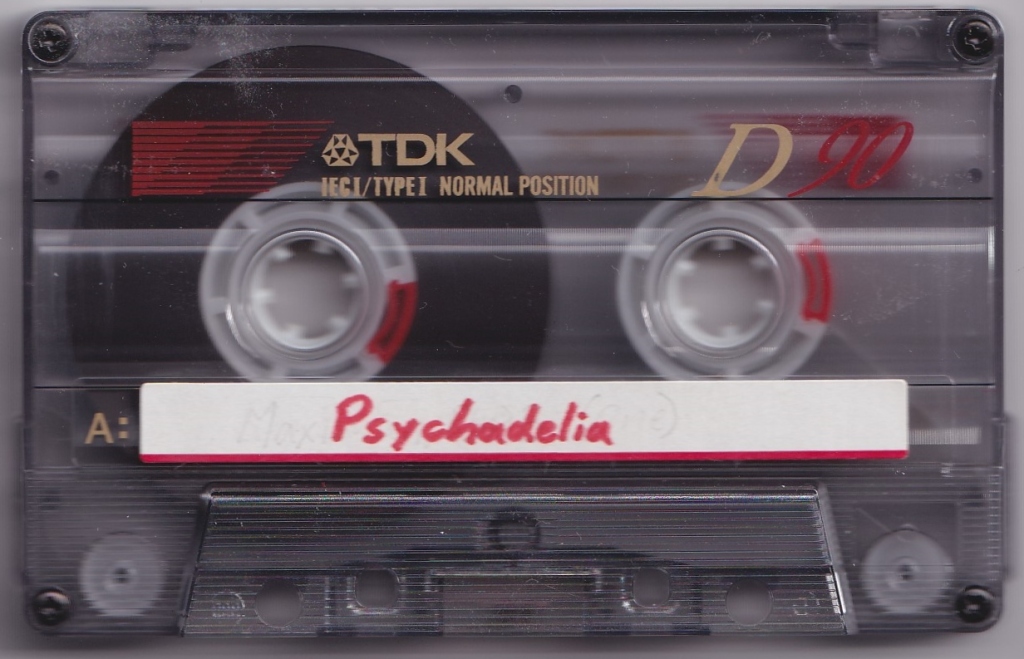
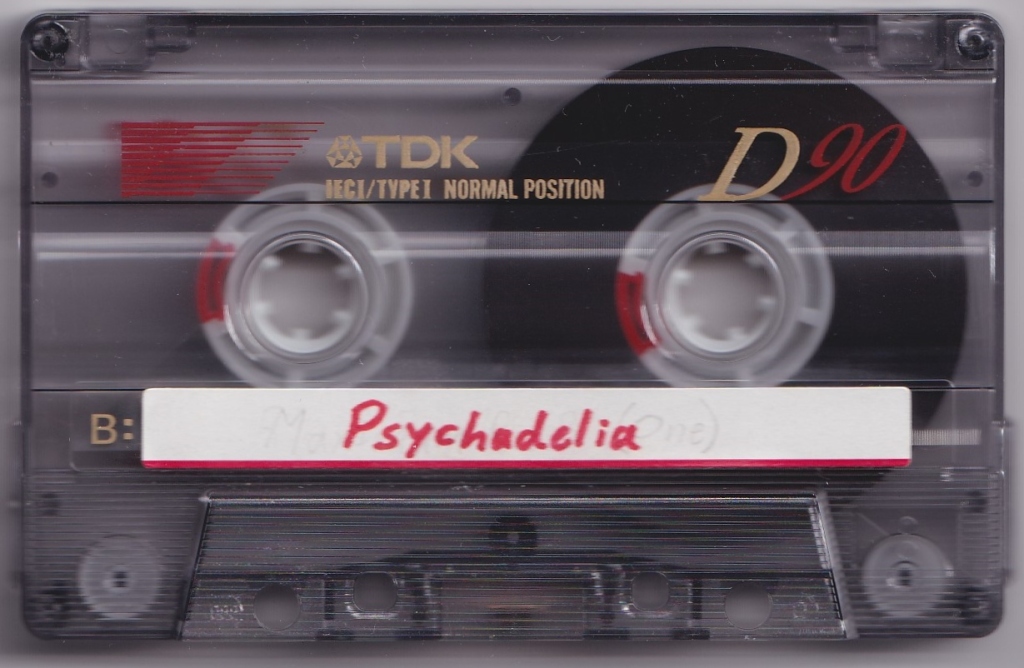
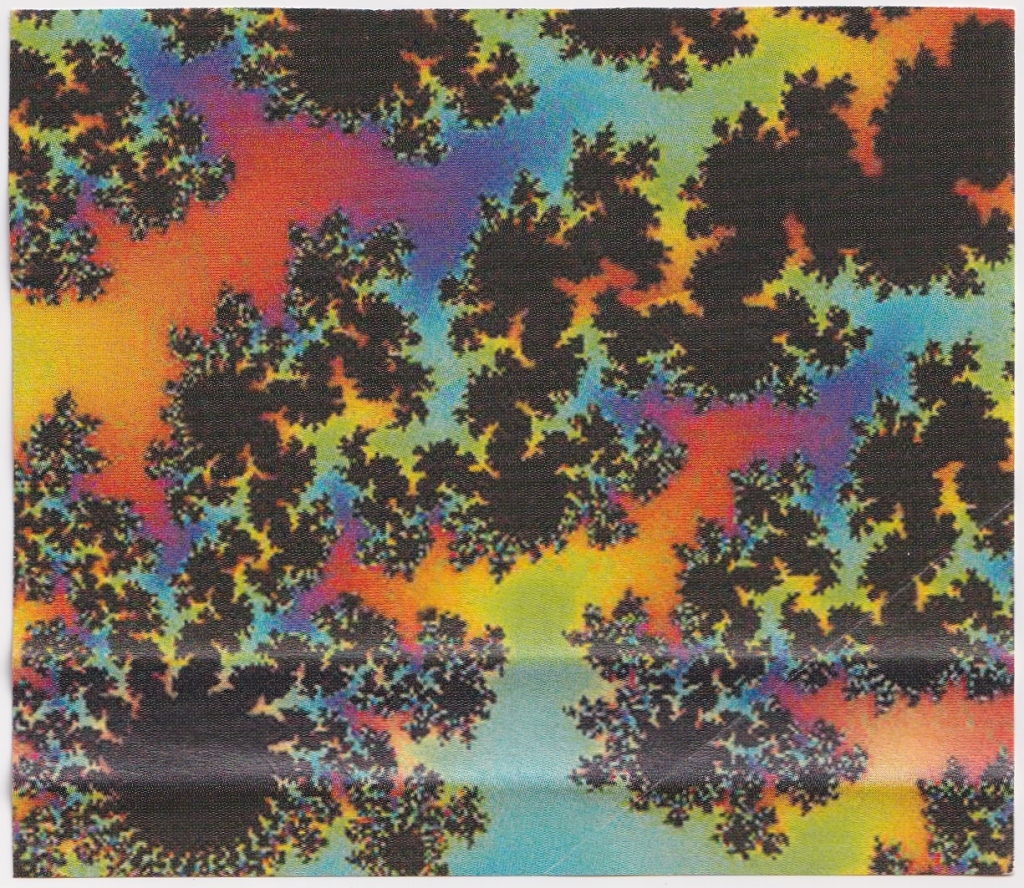
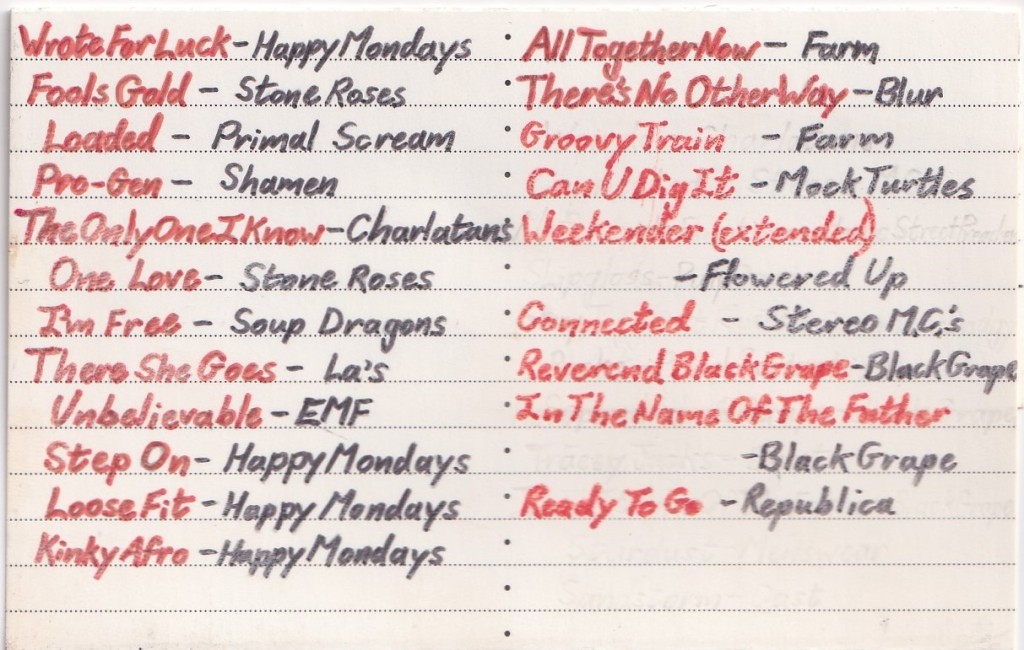
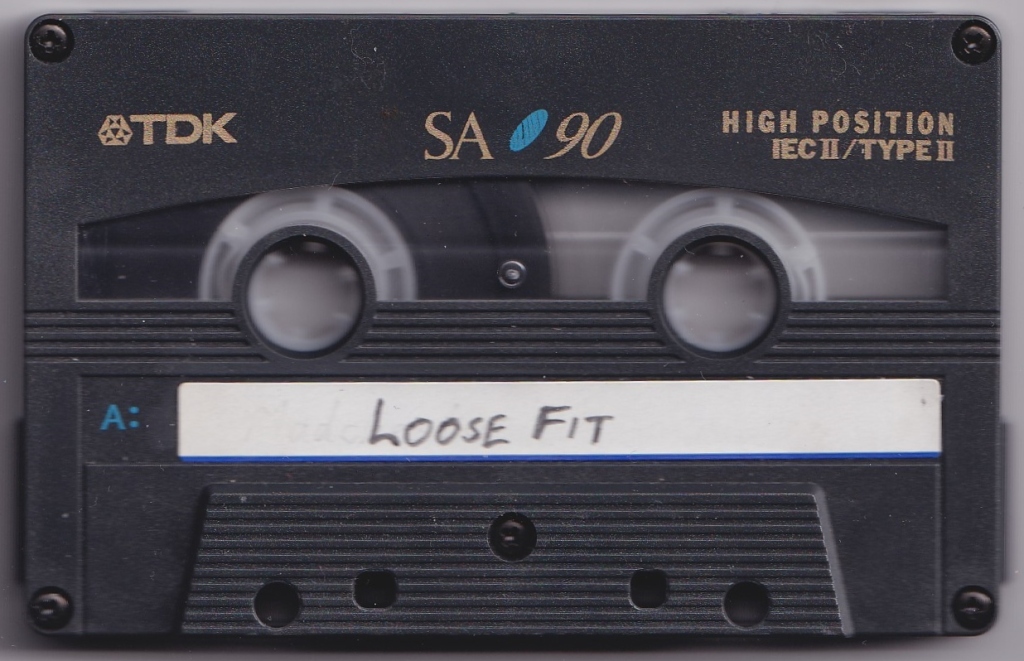
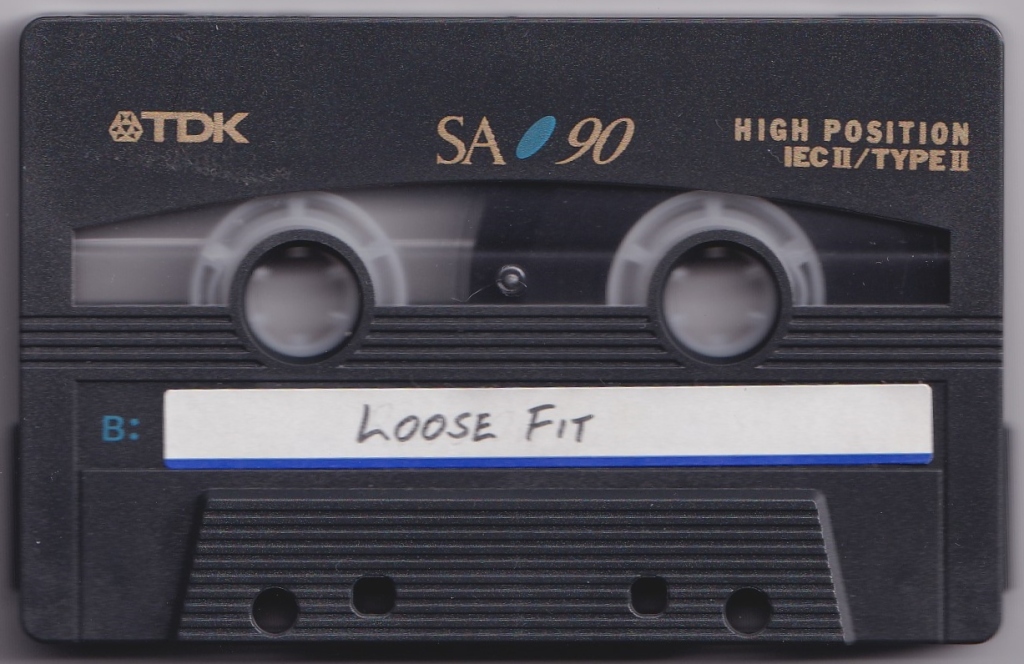

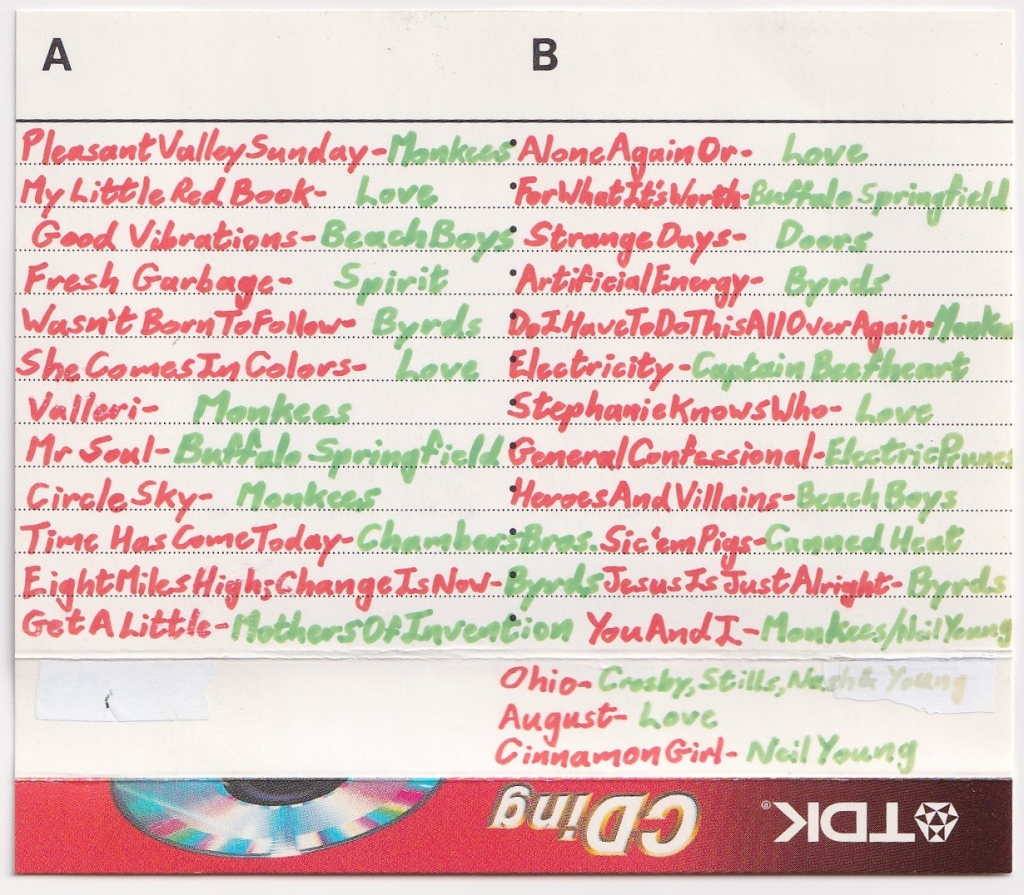
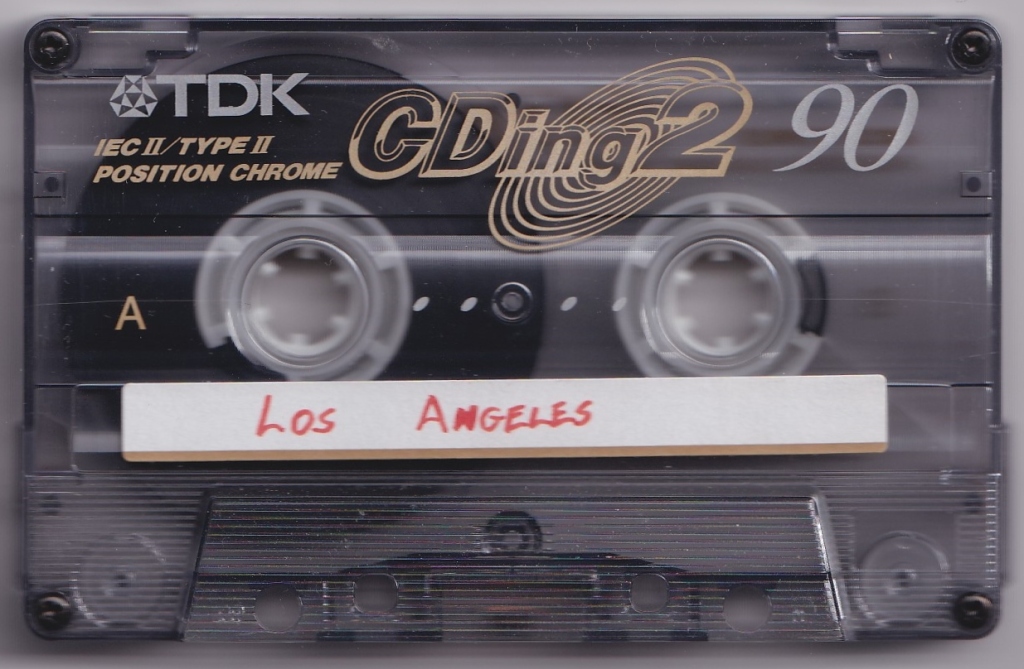
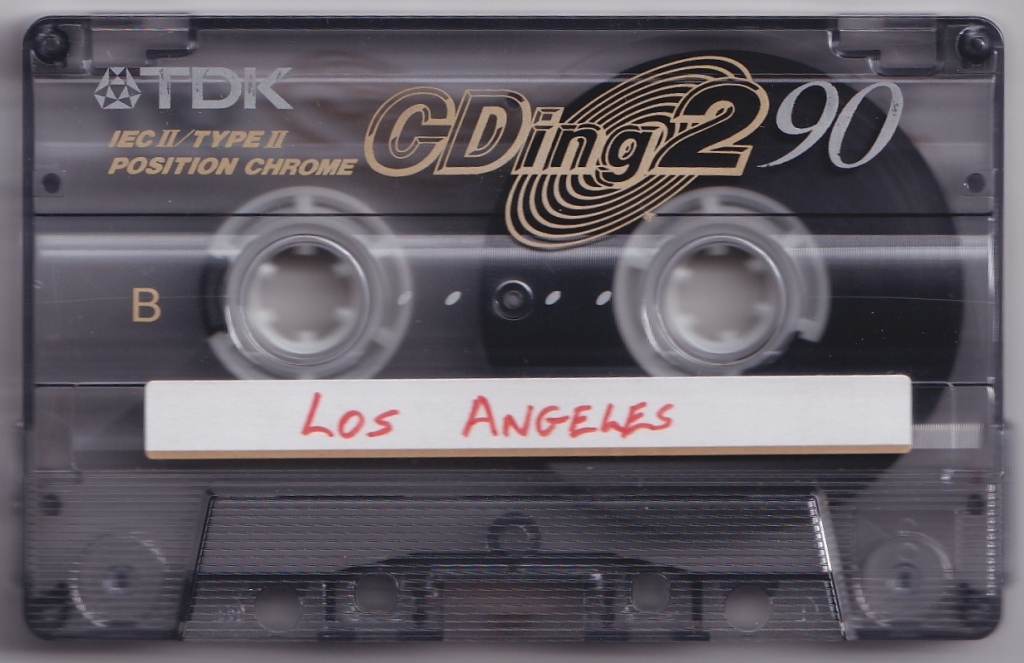
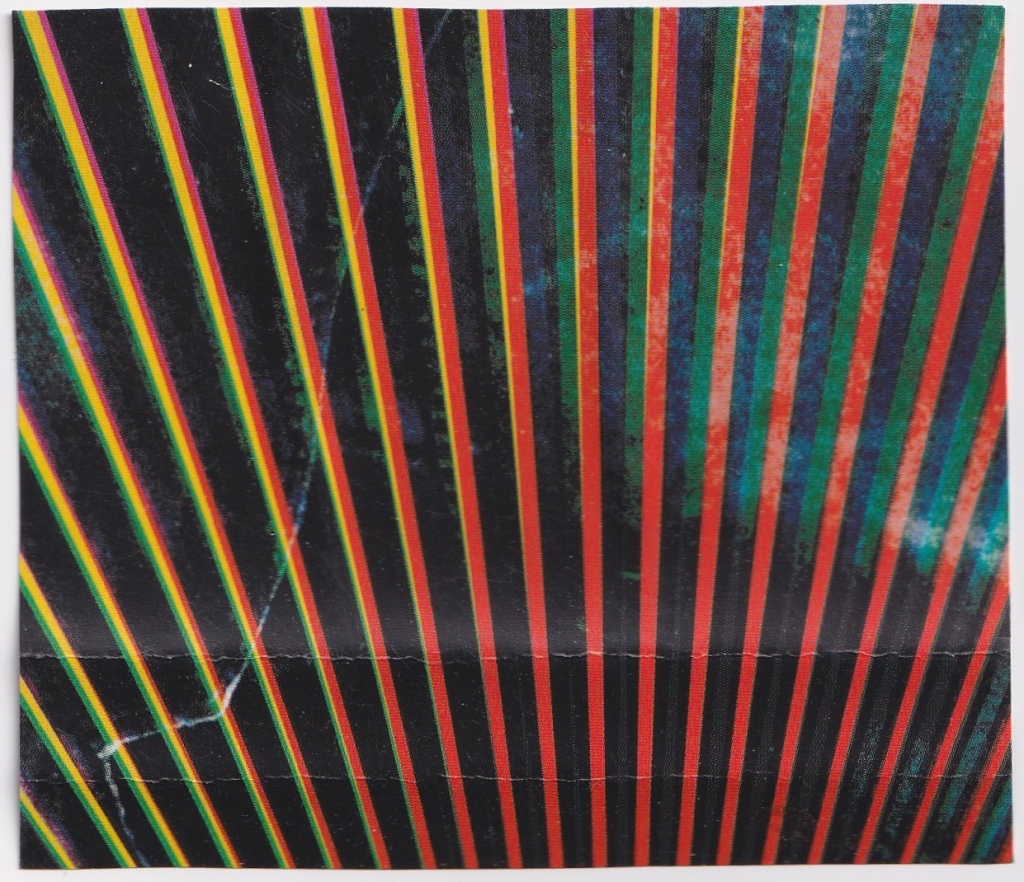
A collection of Rolf-Ulrich Kaiser productions.

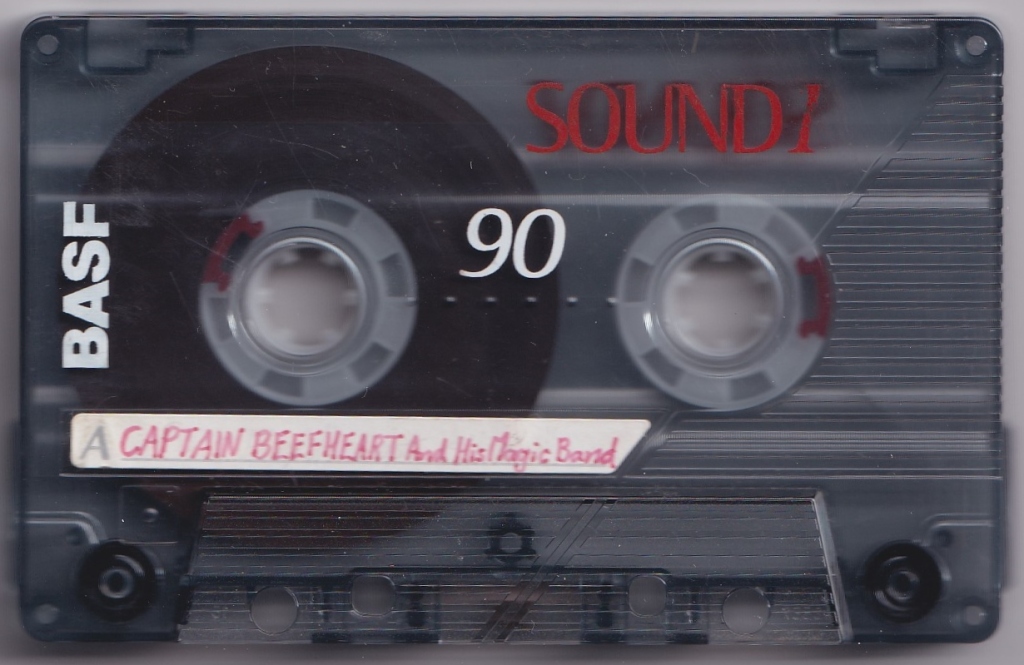
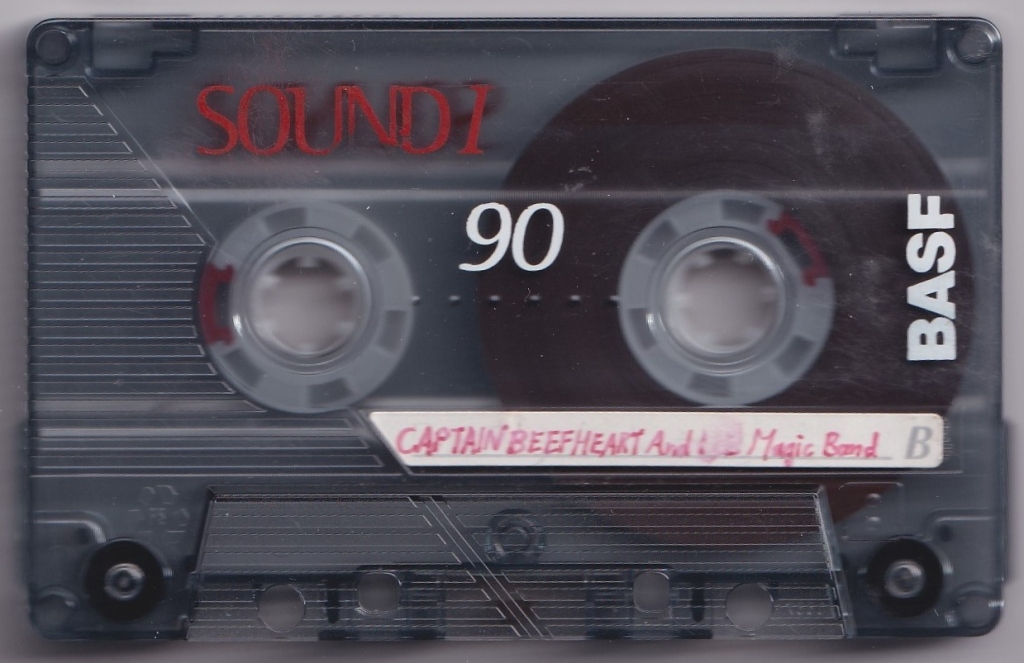
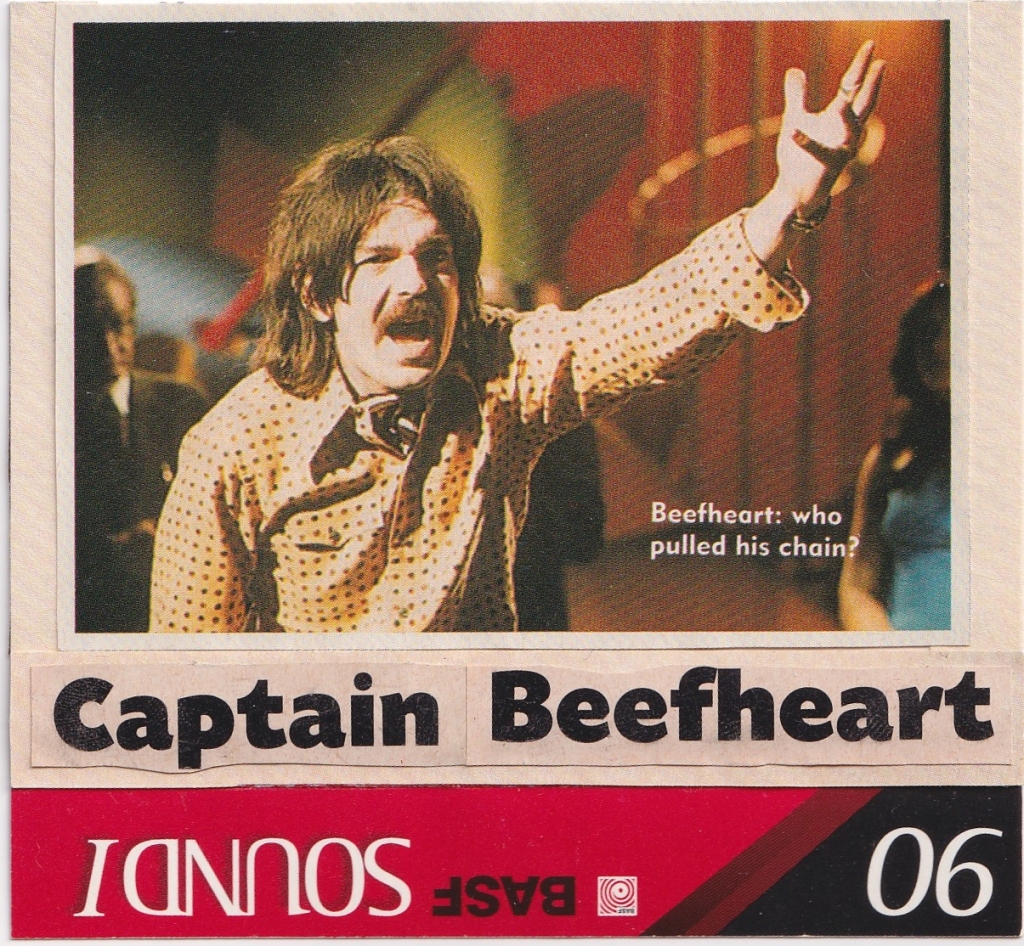
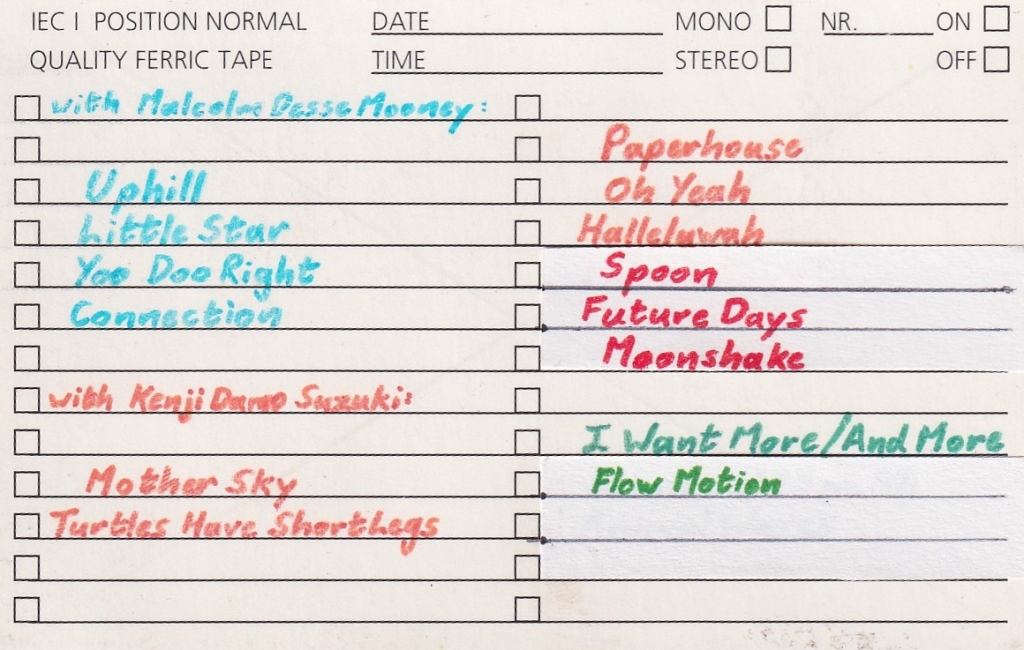
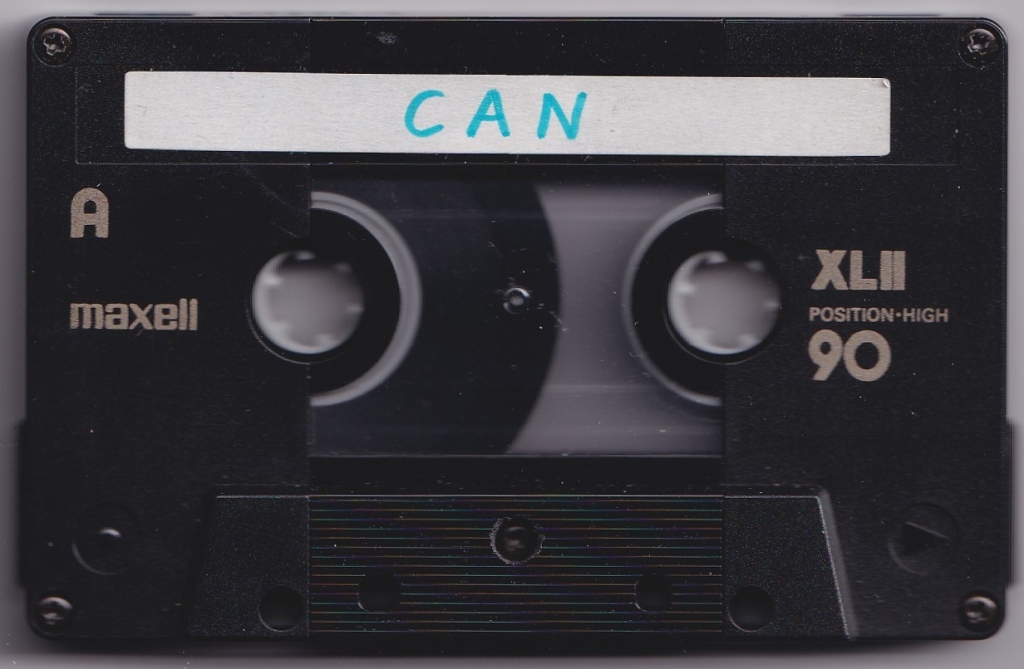
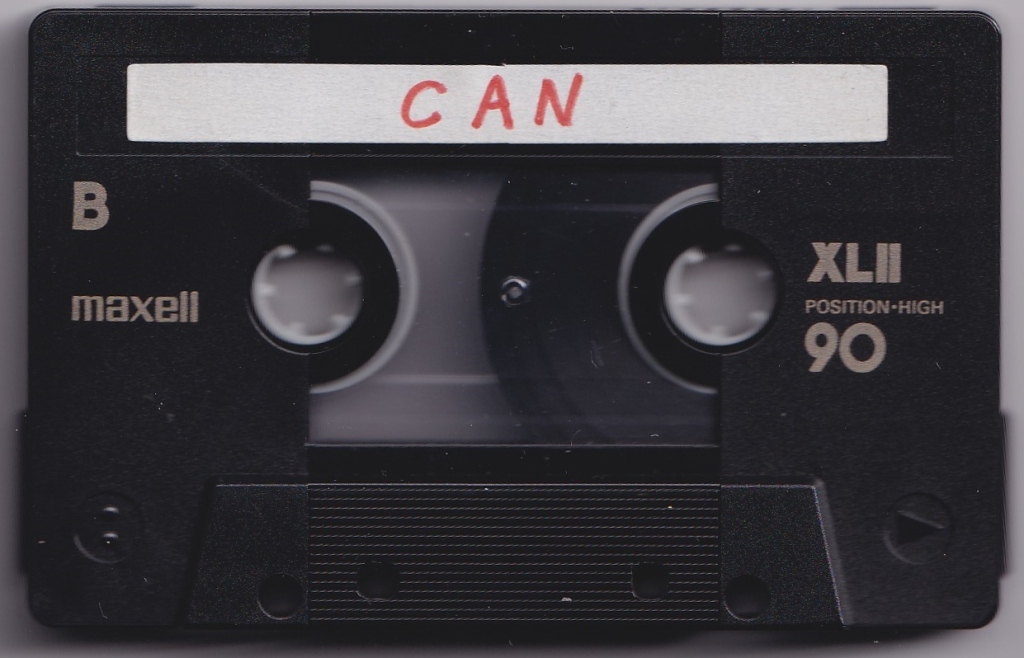
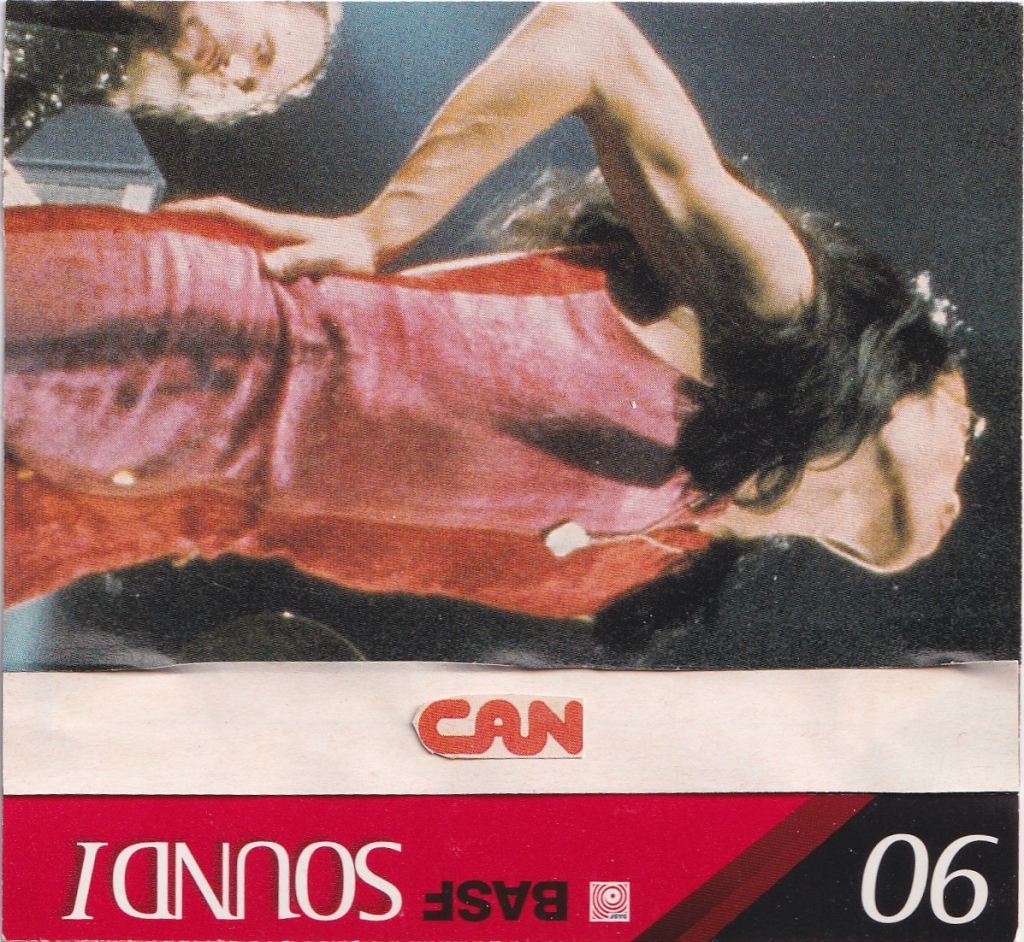
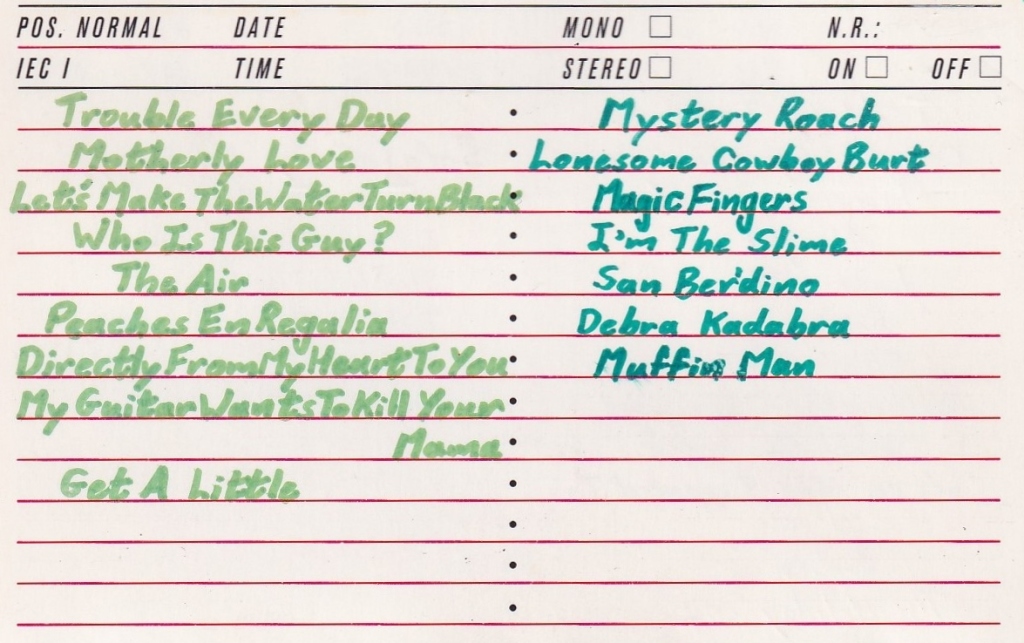
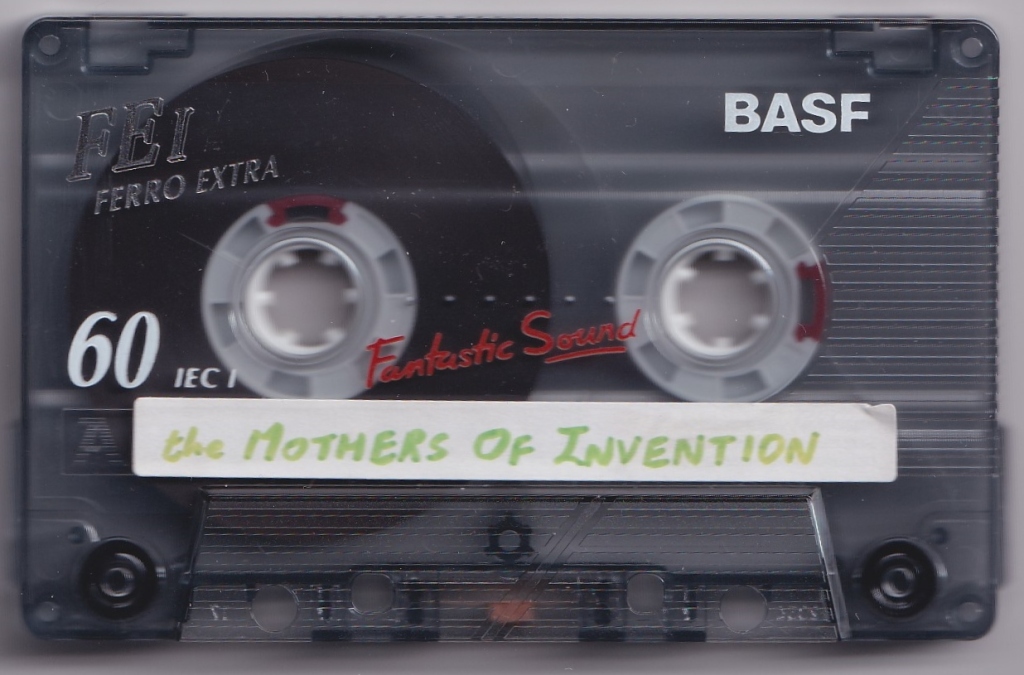
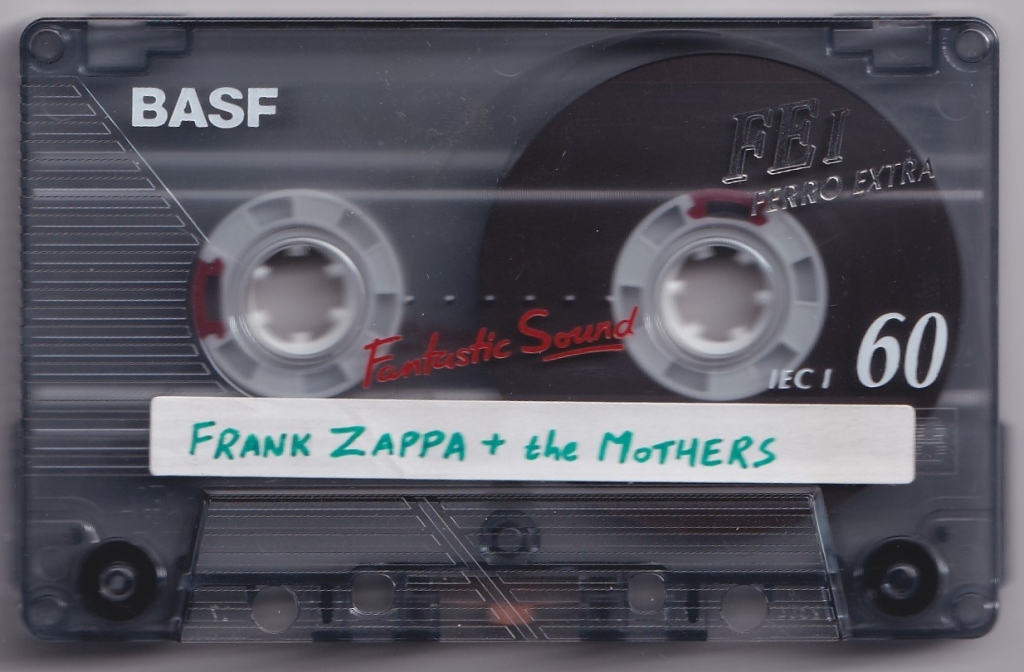
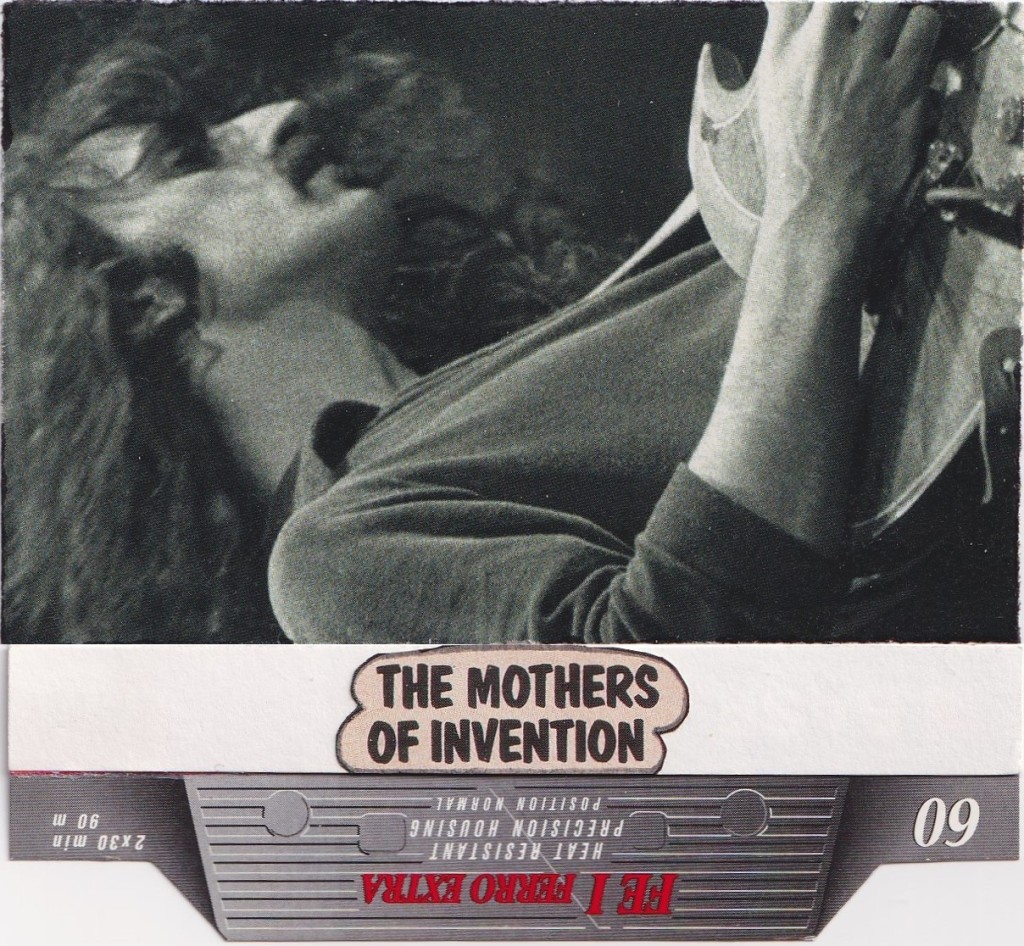
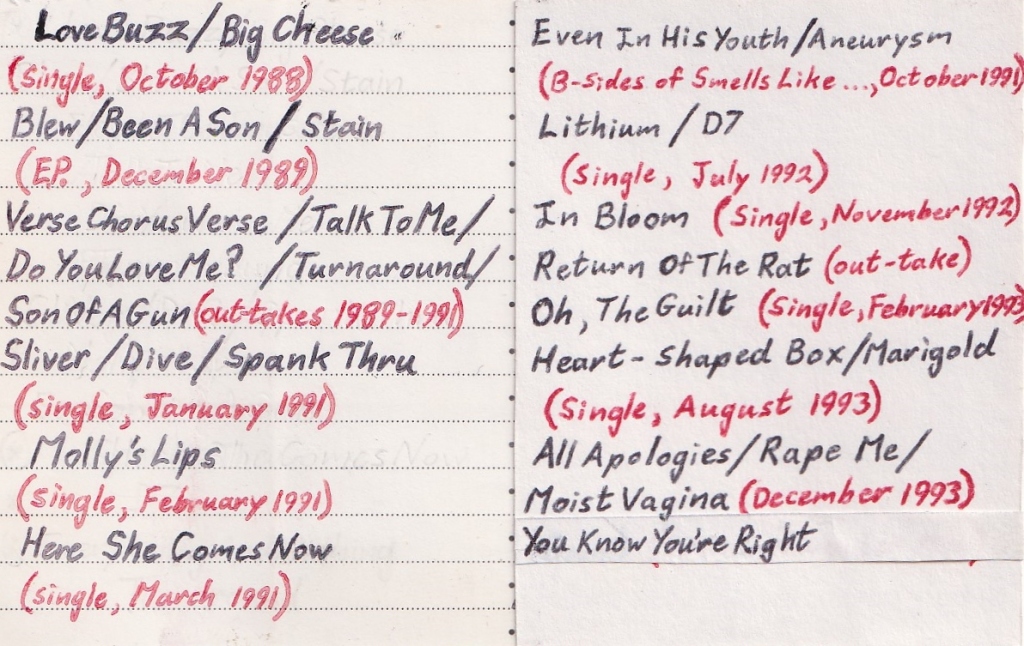
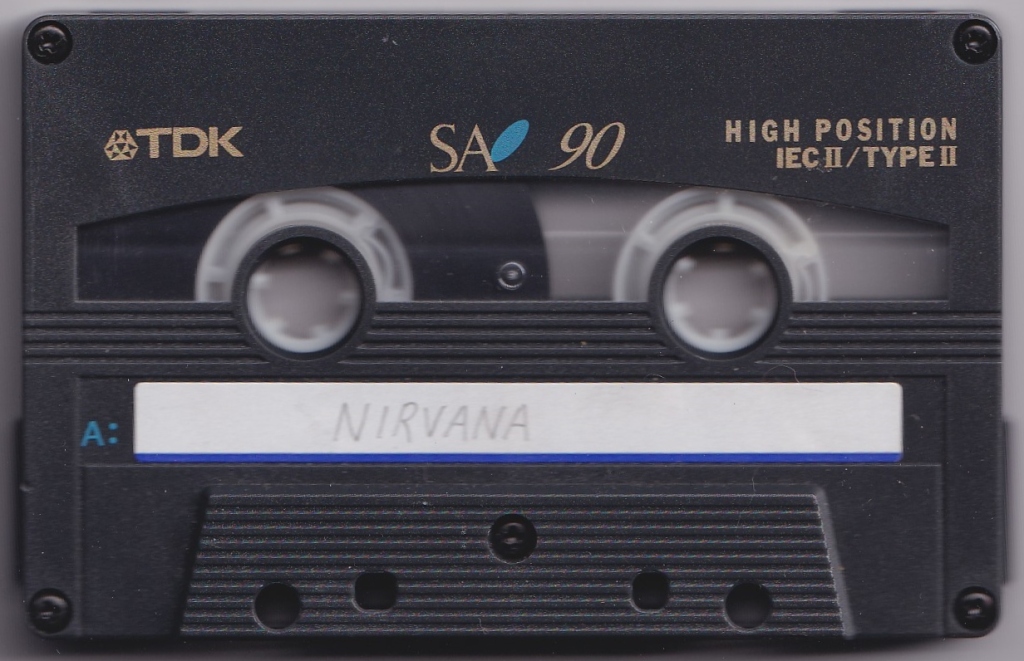
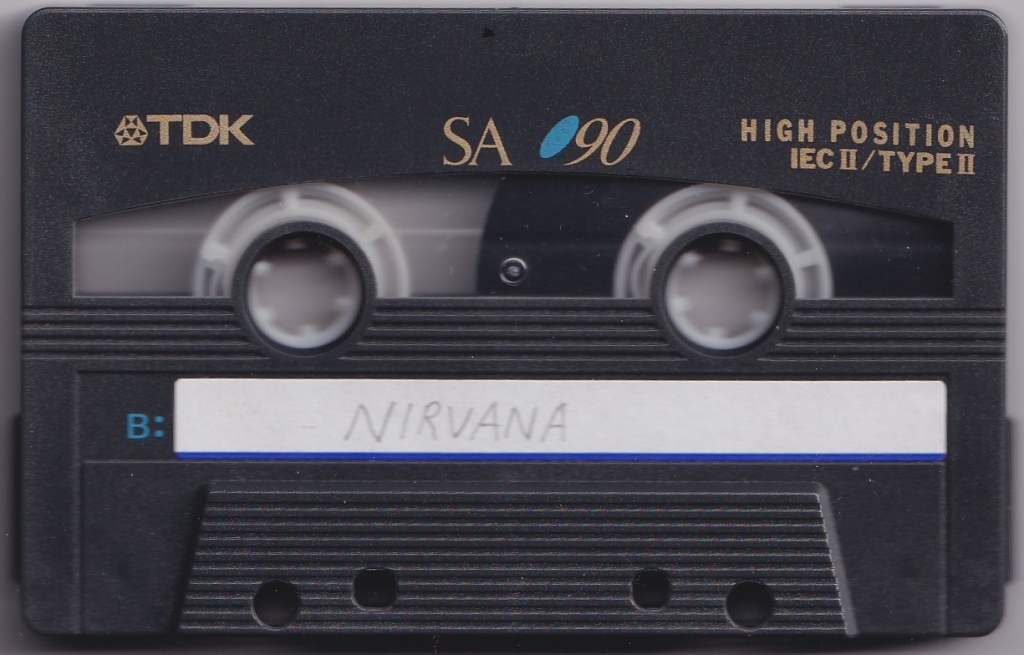
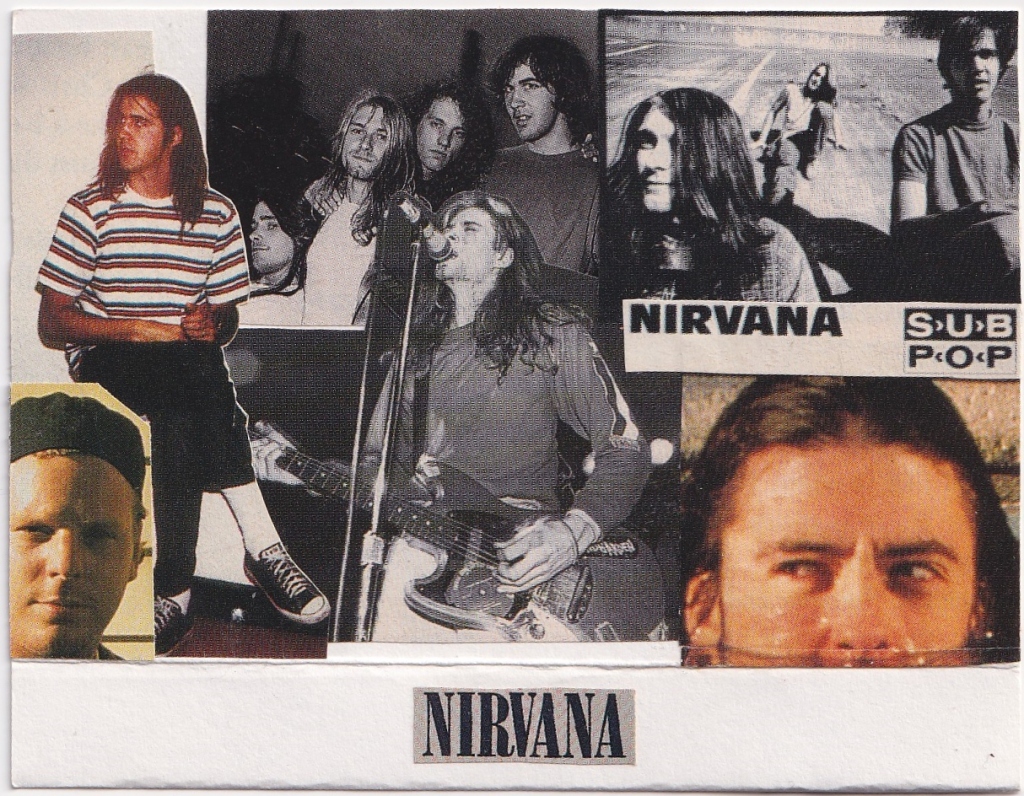
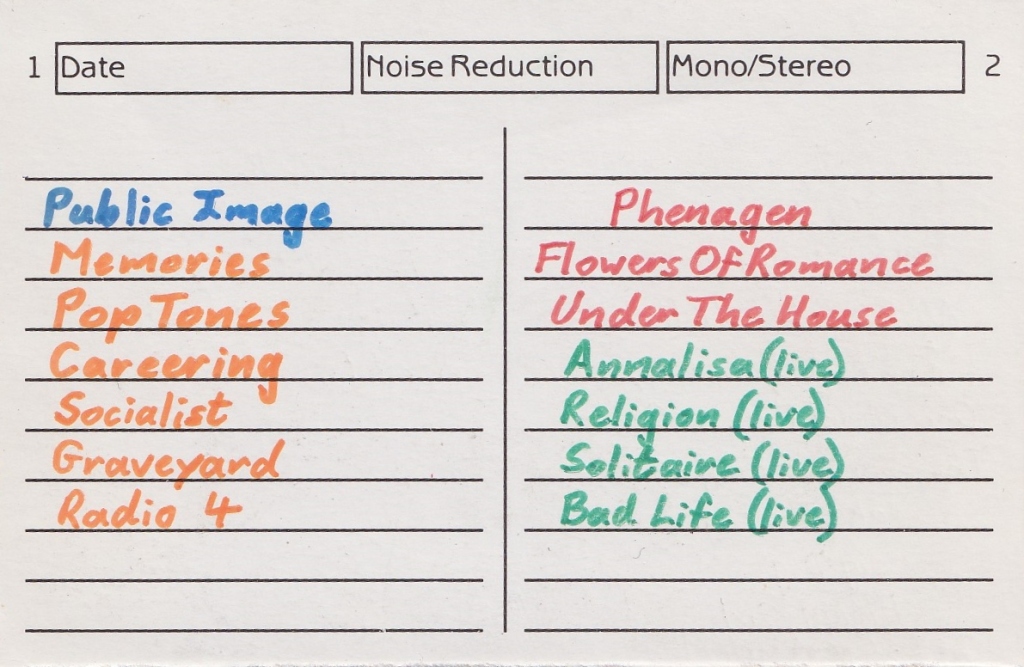
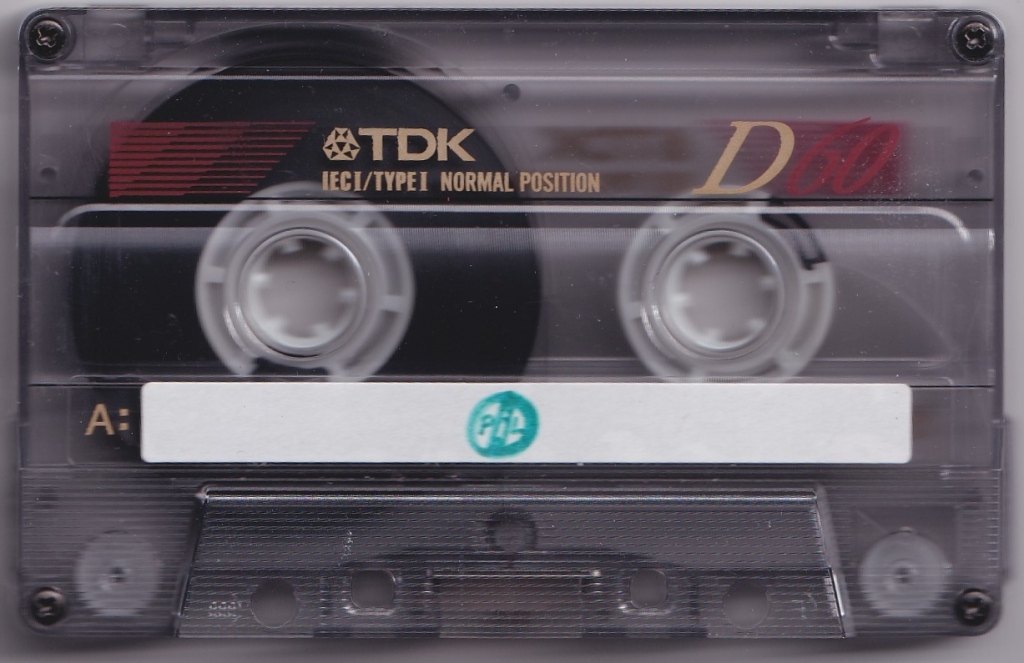
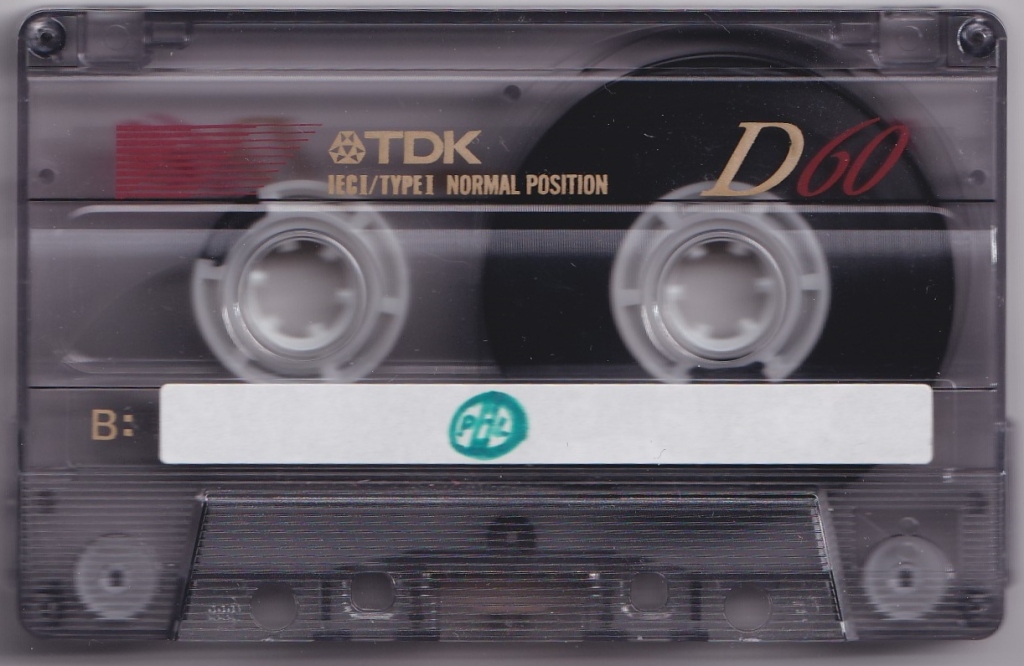
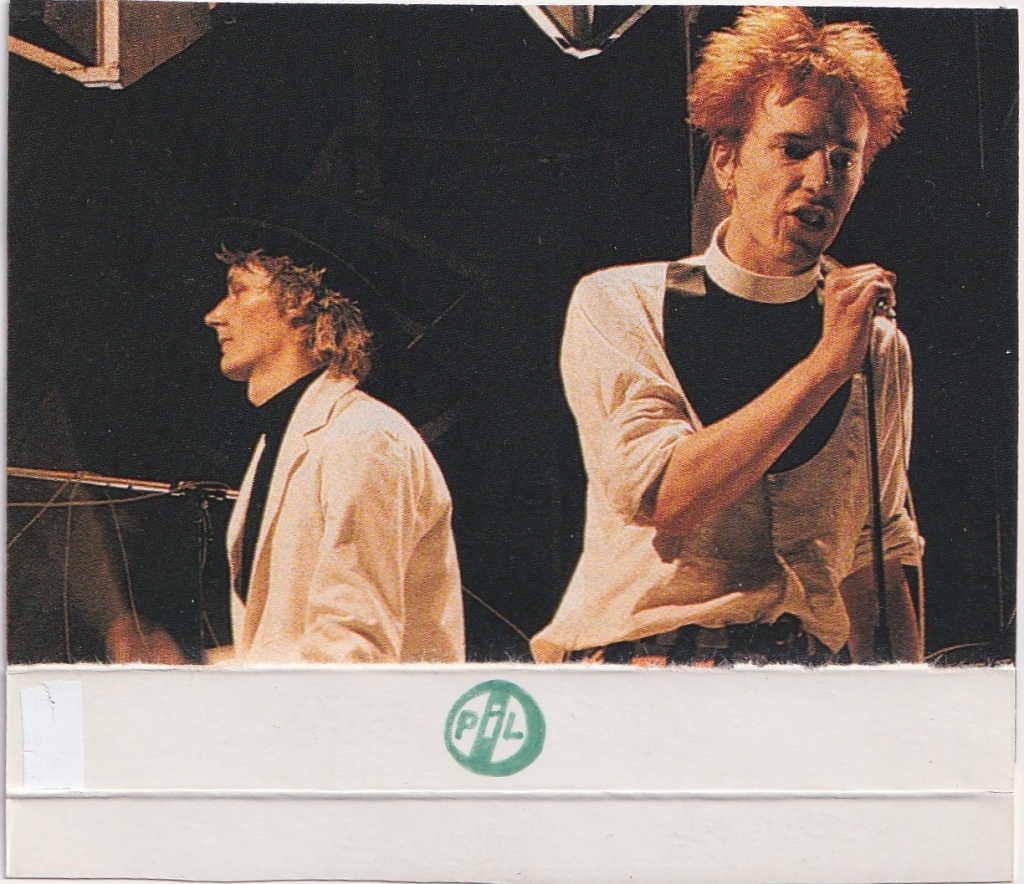
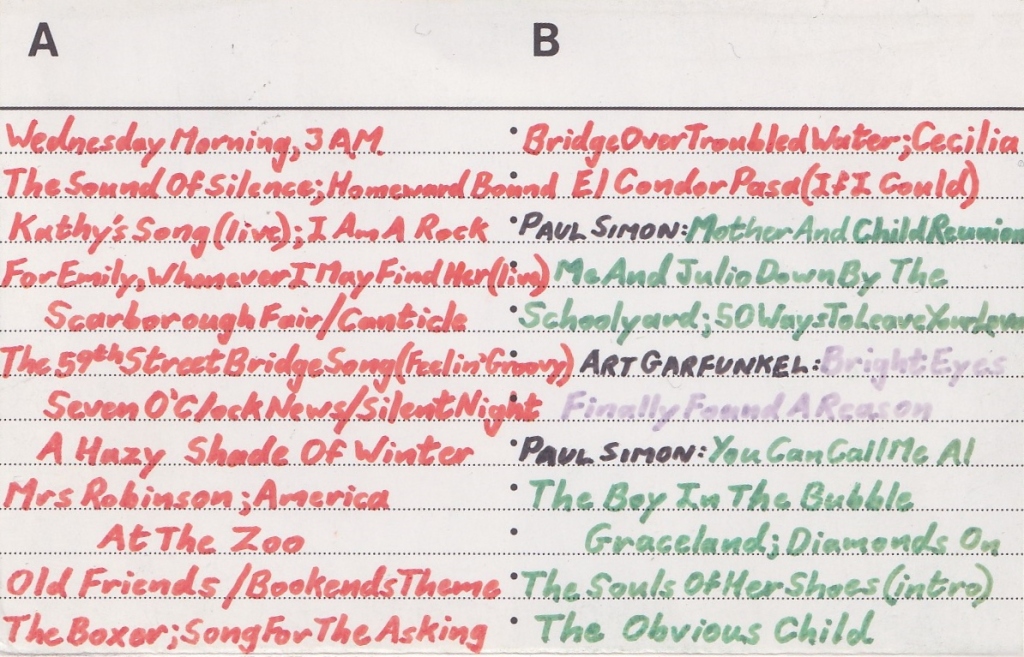
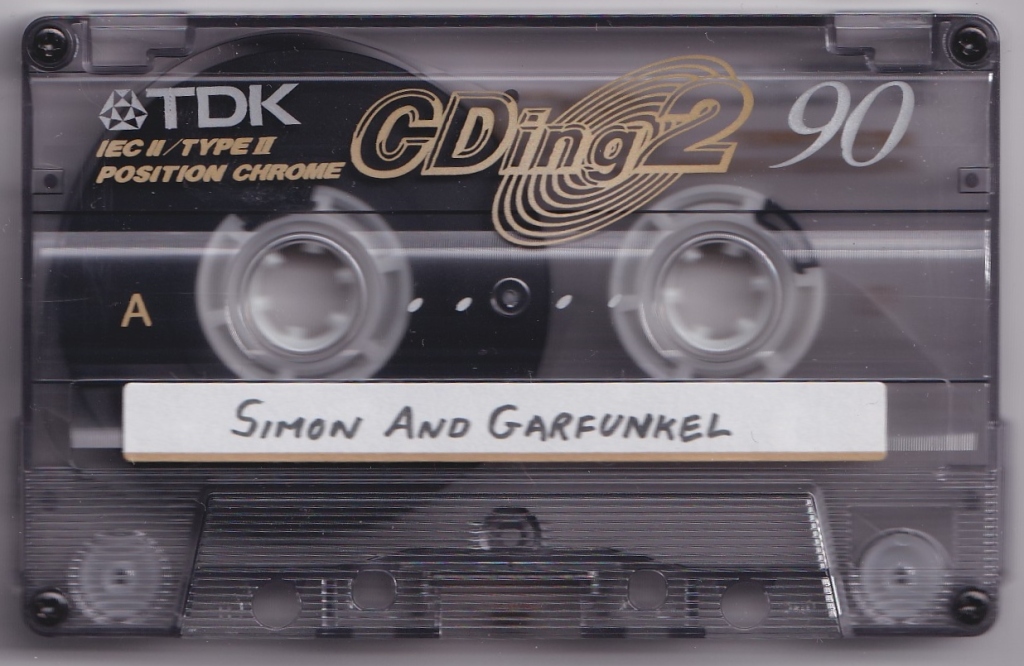
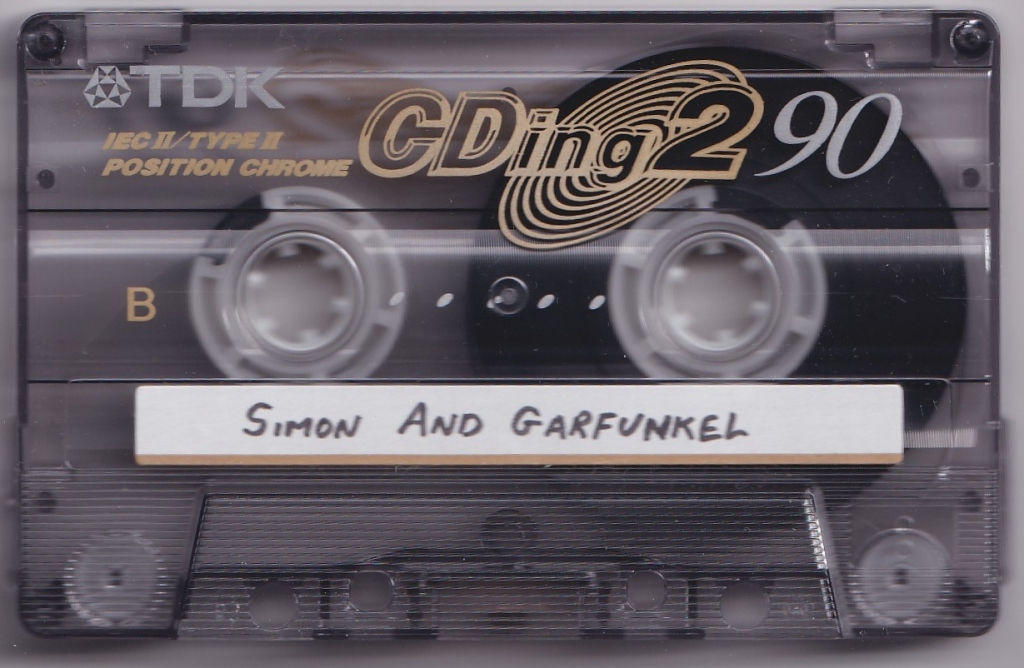
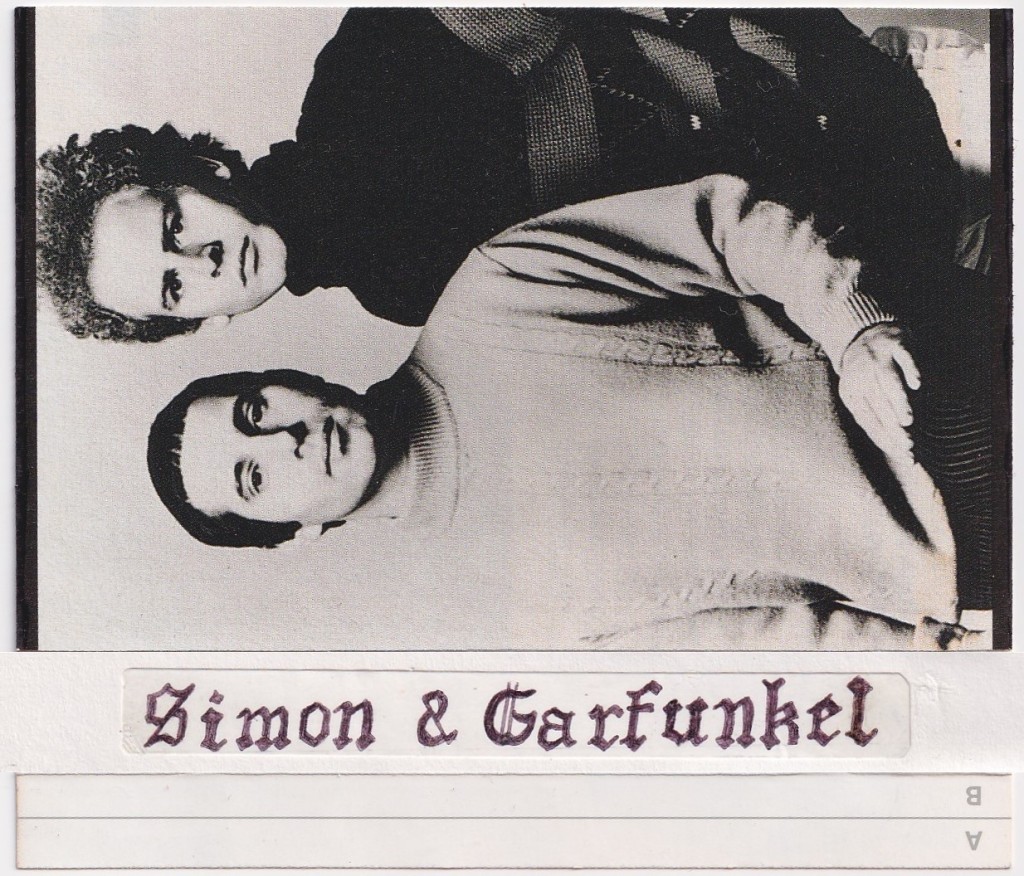
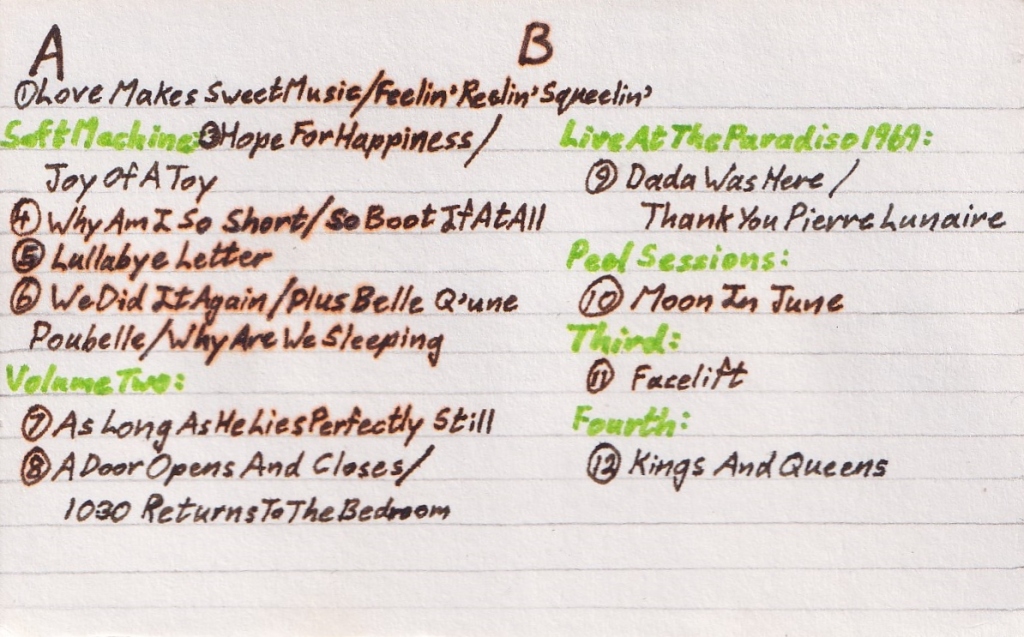
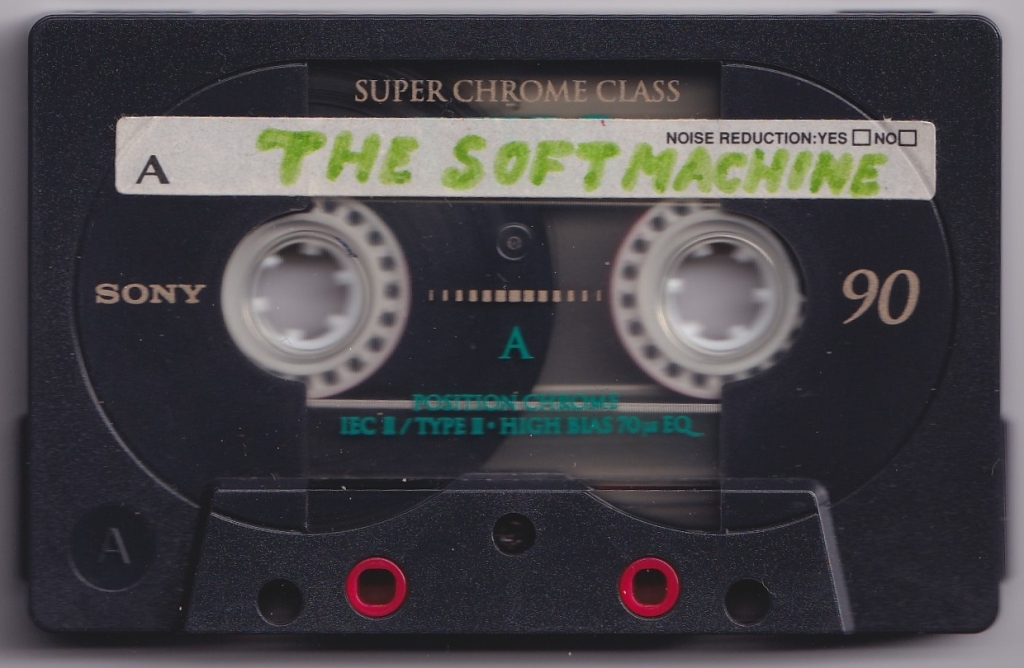
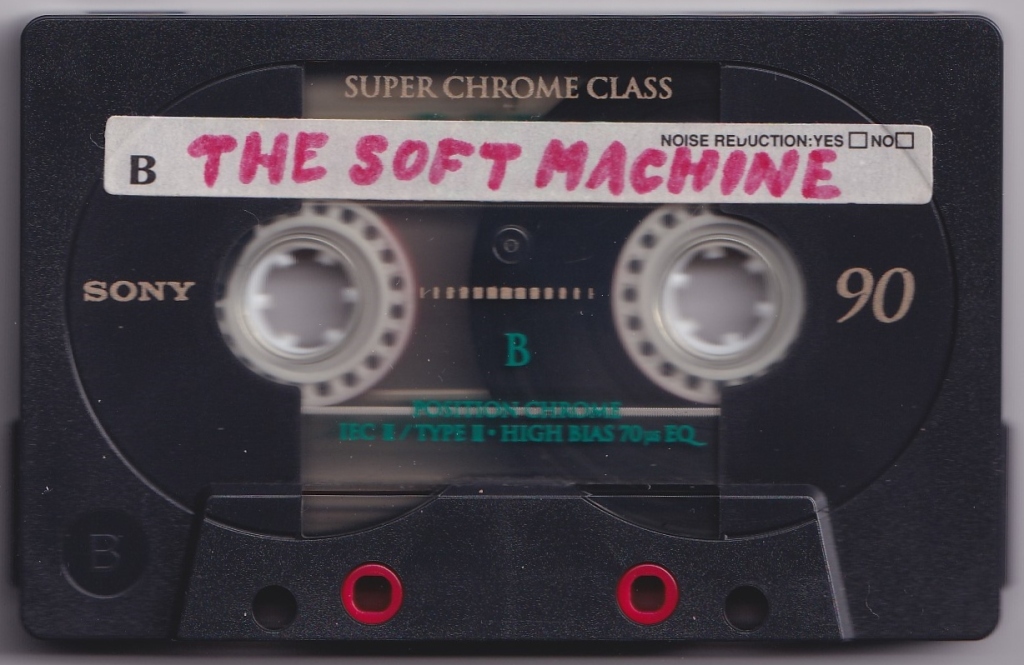
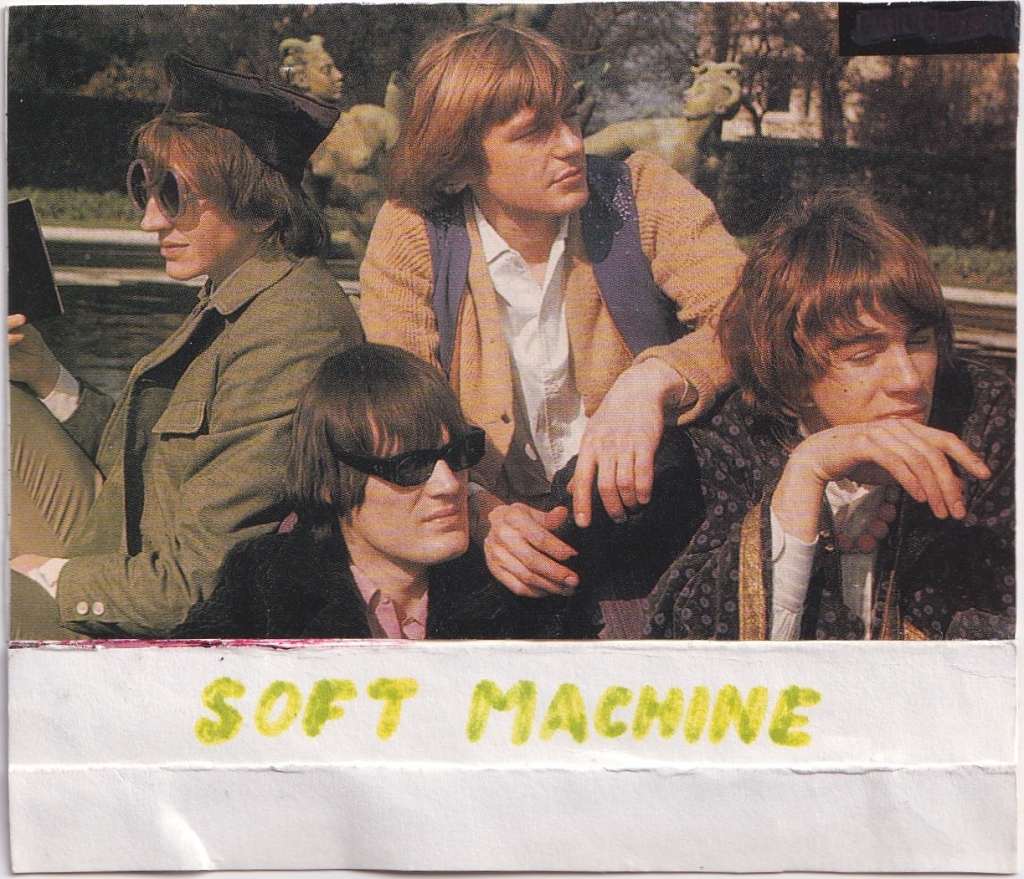
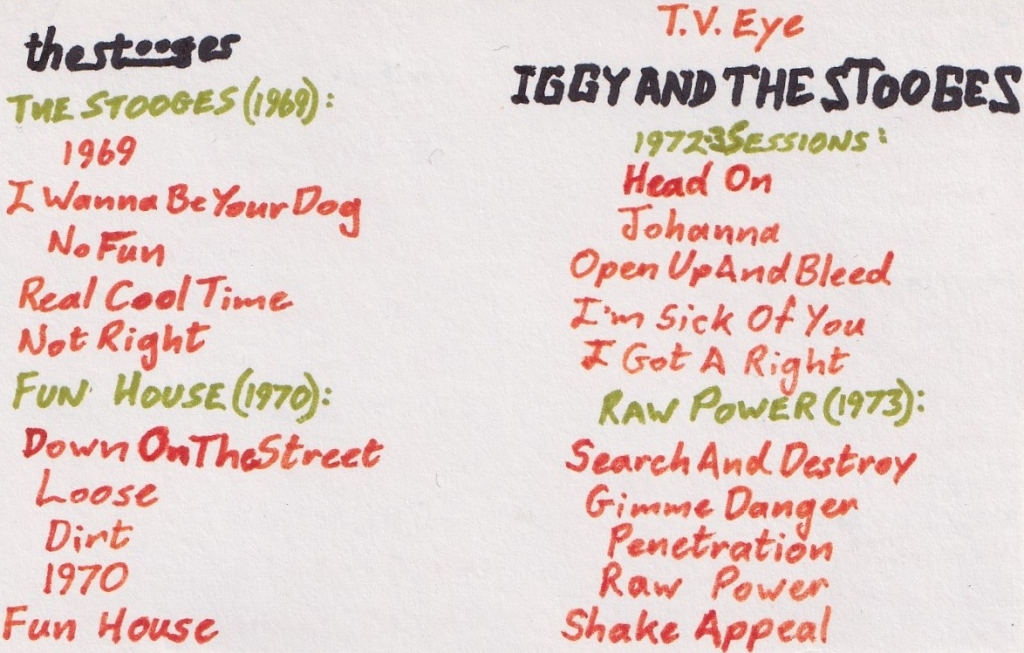
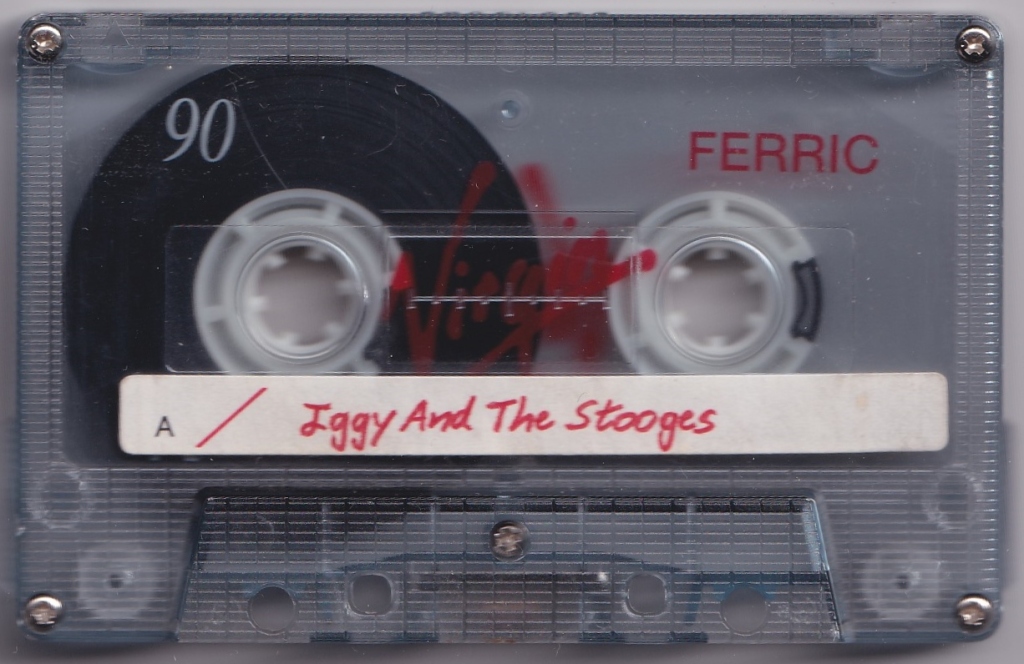
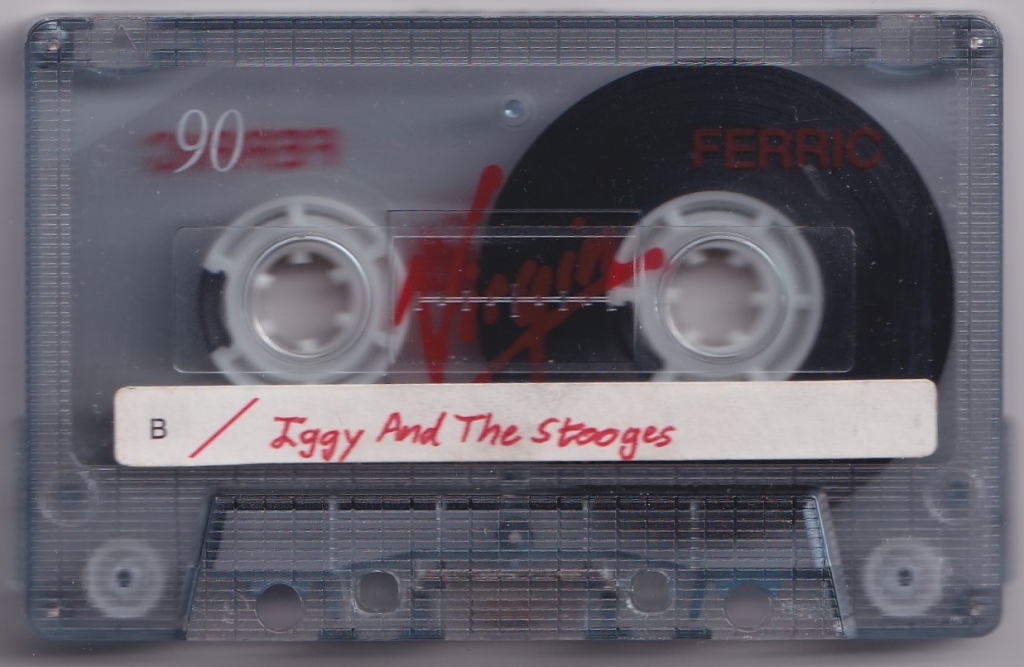
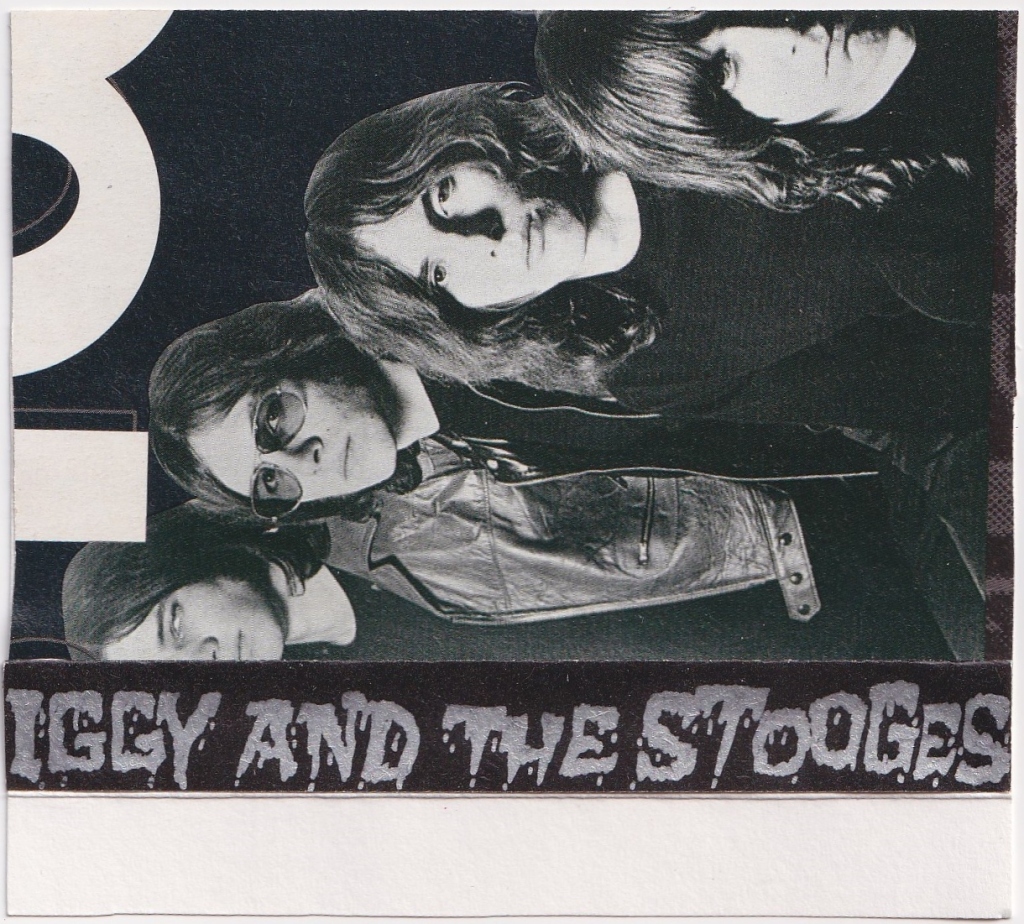
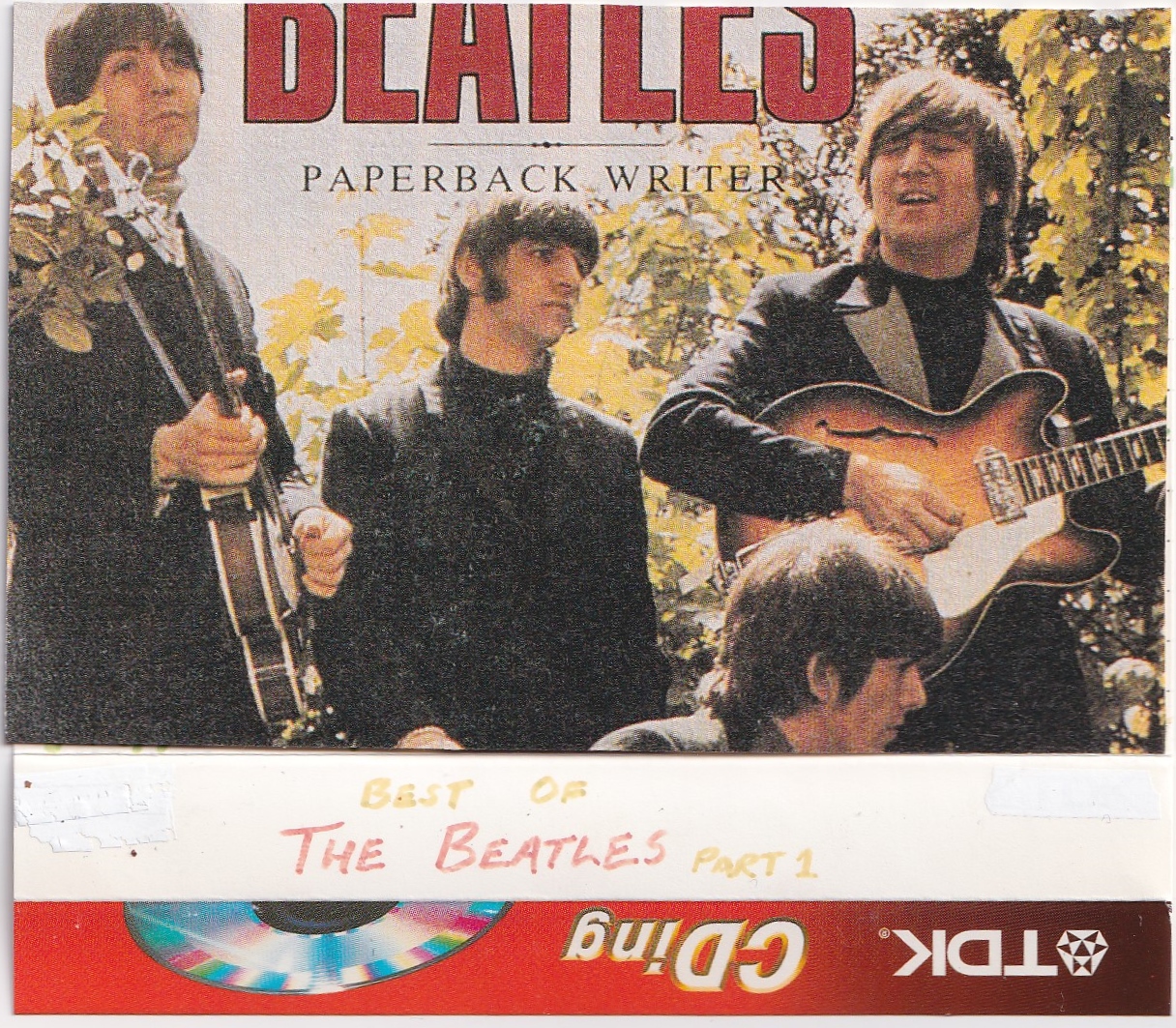
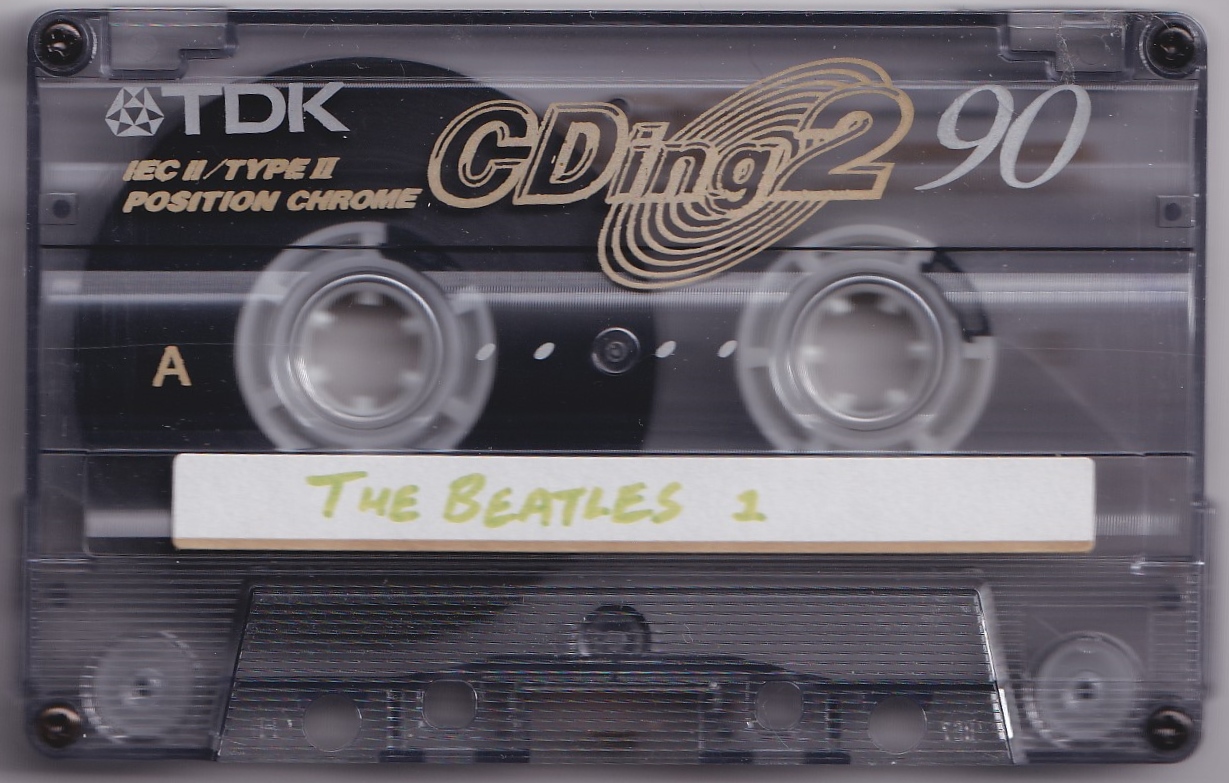
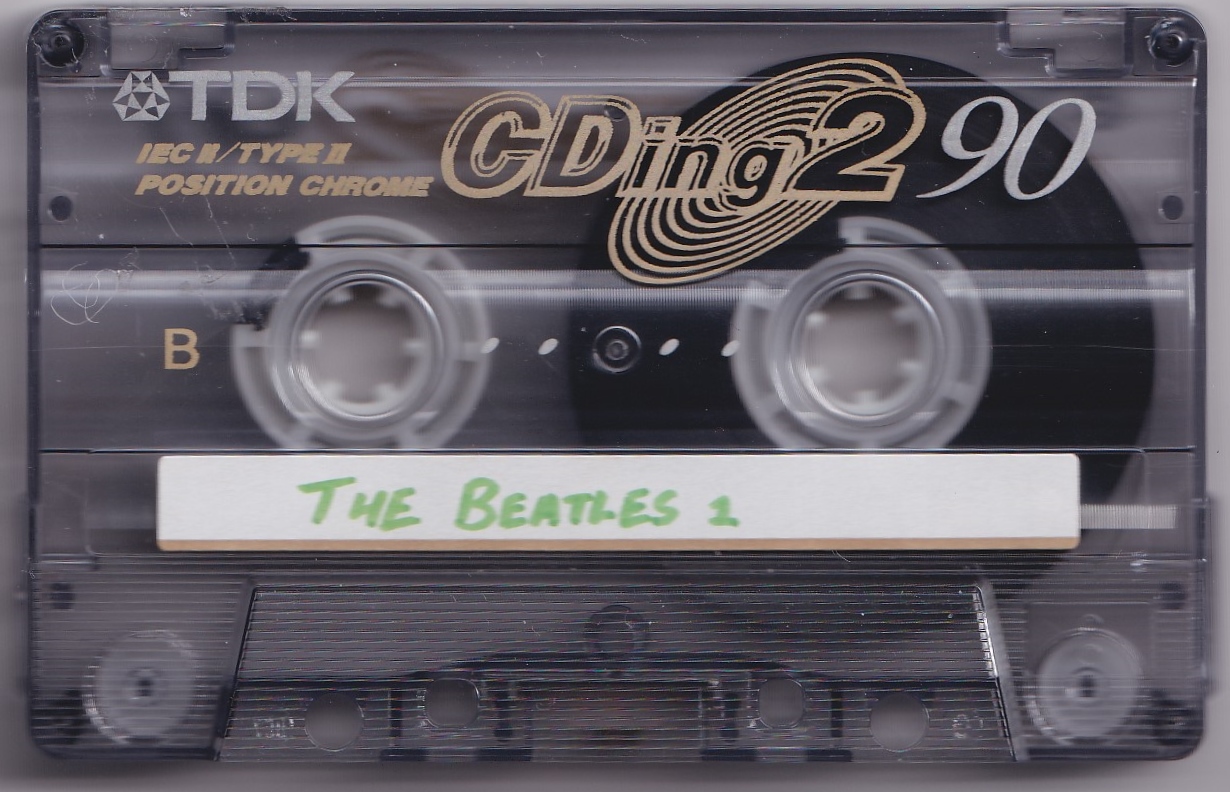
Early Beatles.
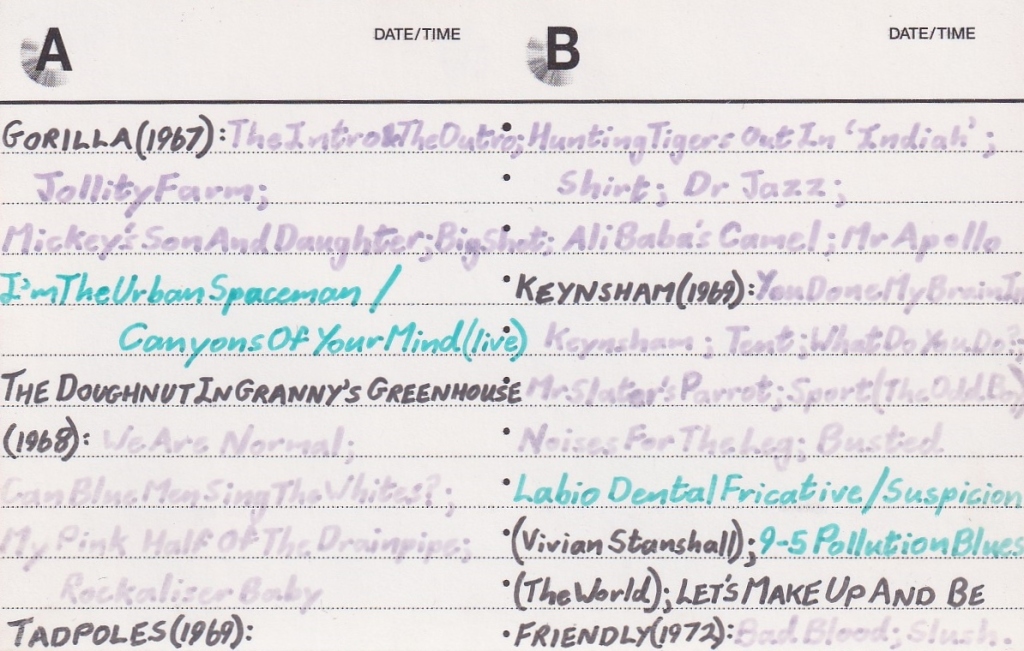
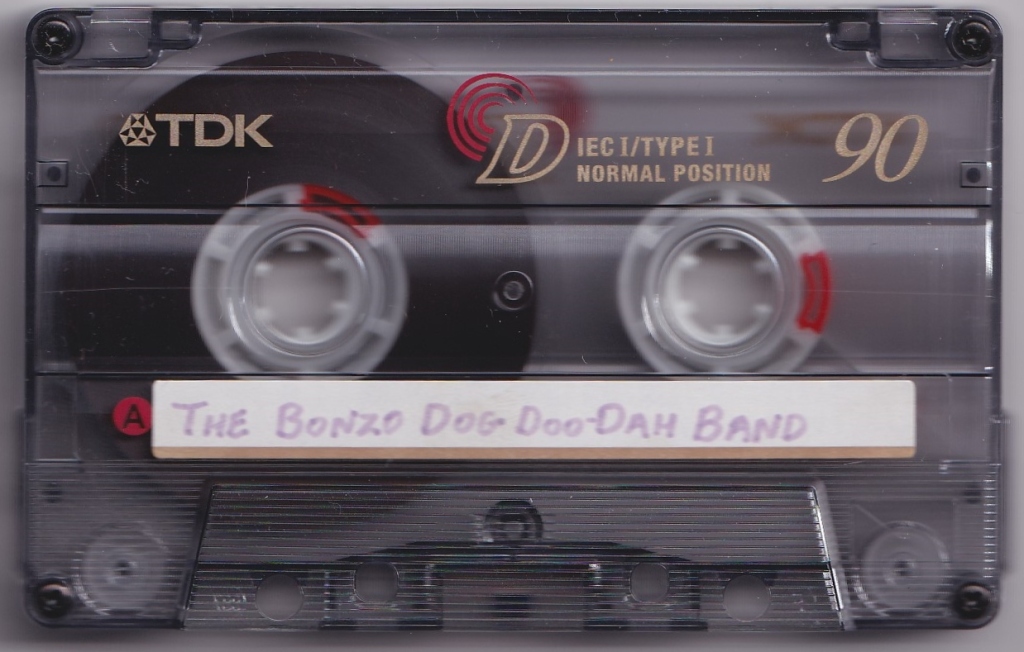

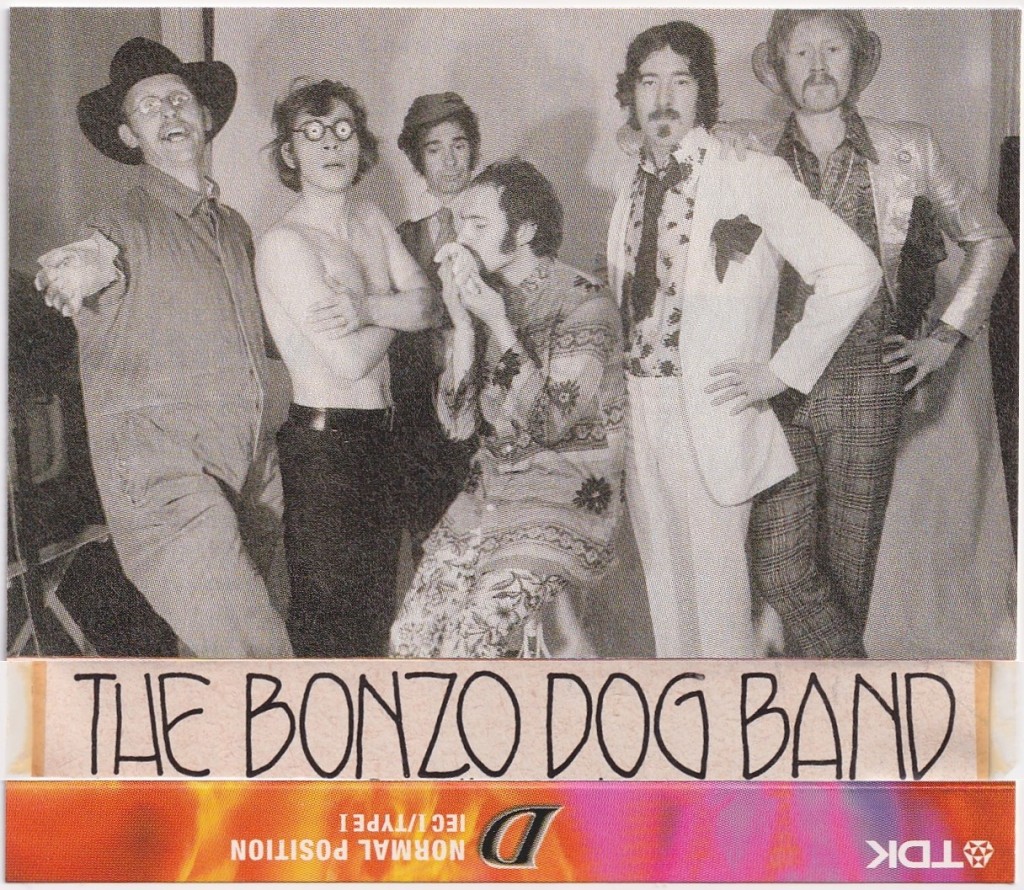
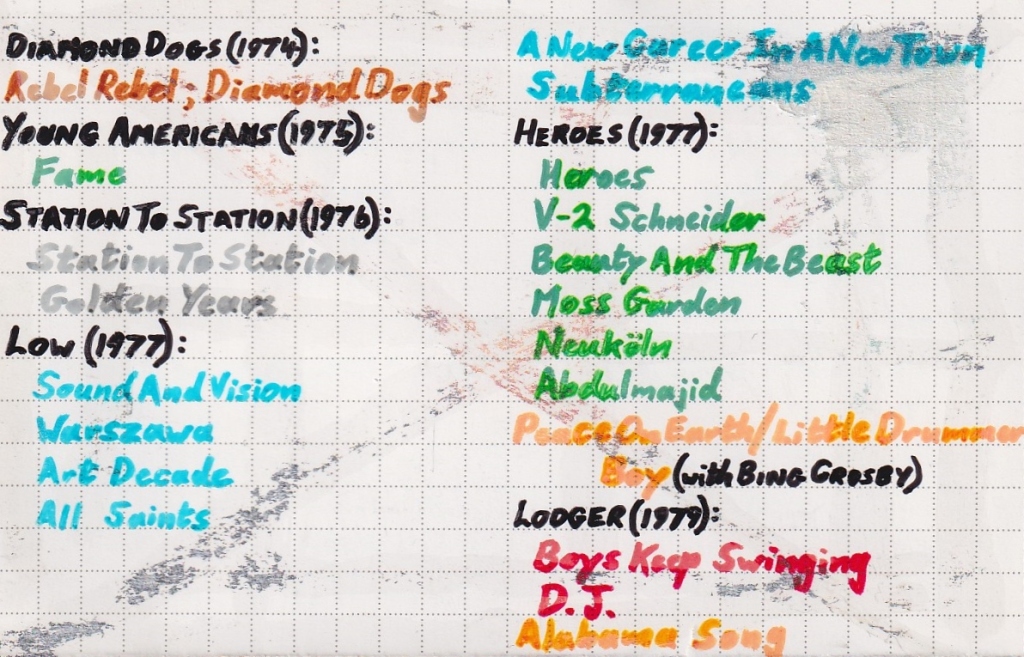
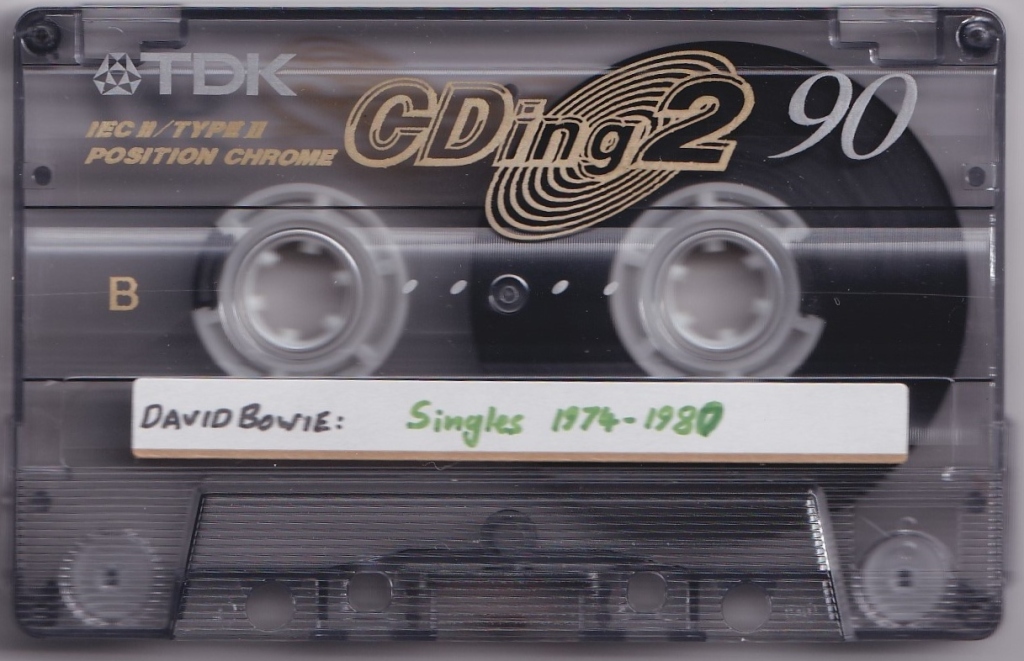
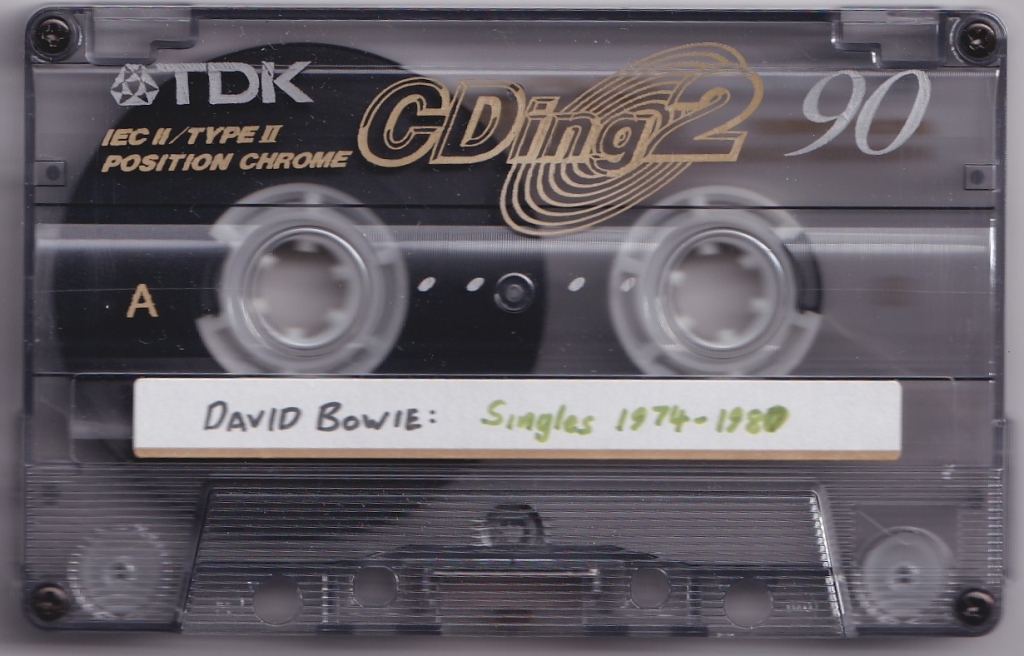
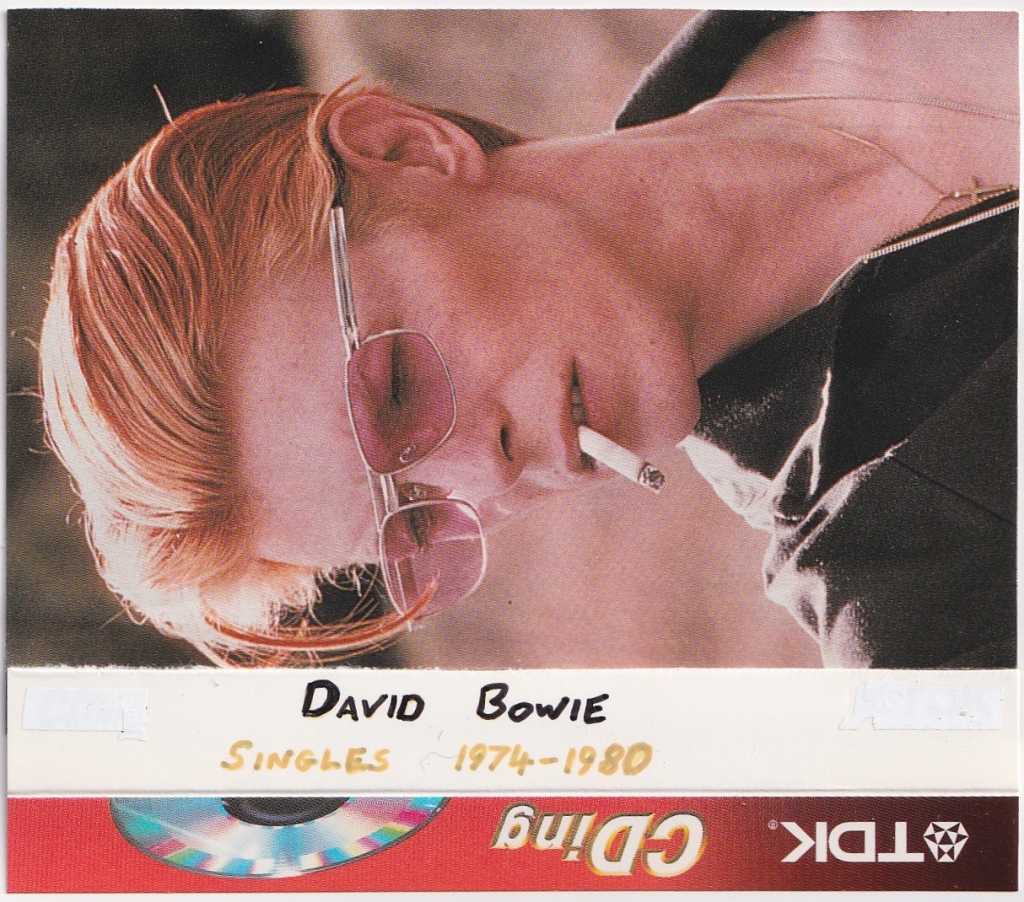
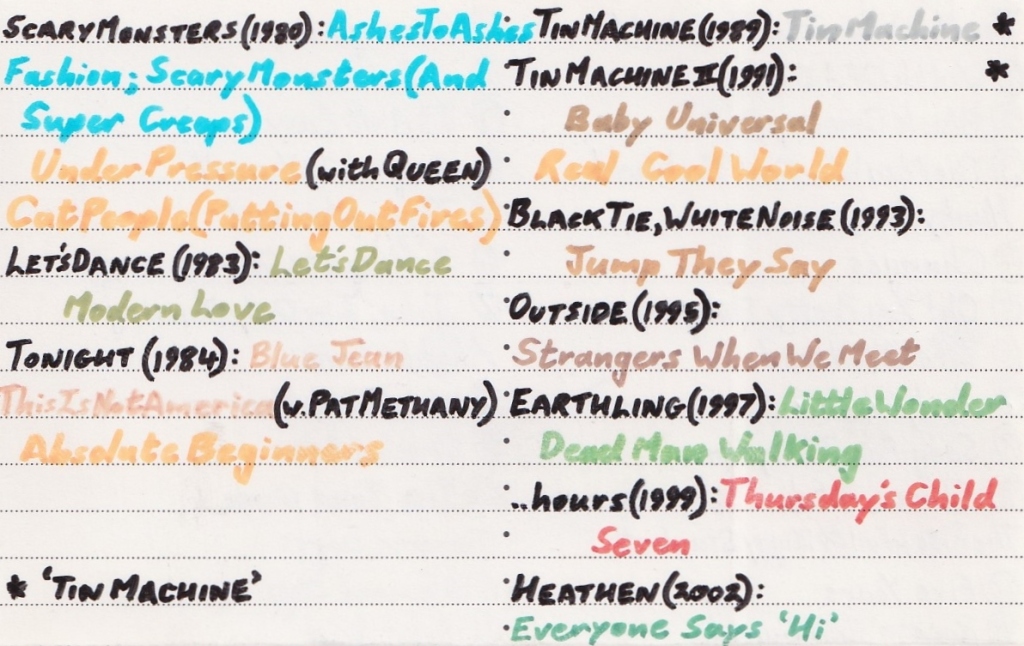
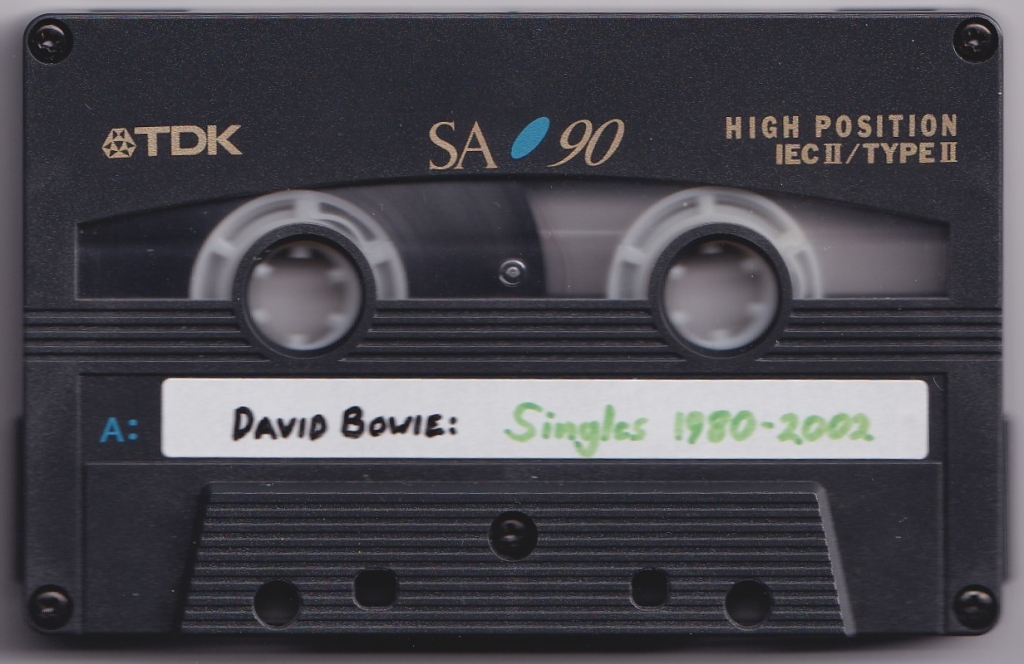
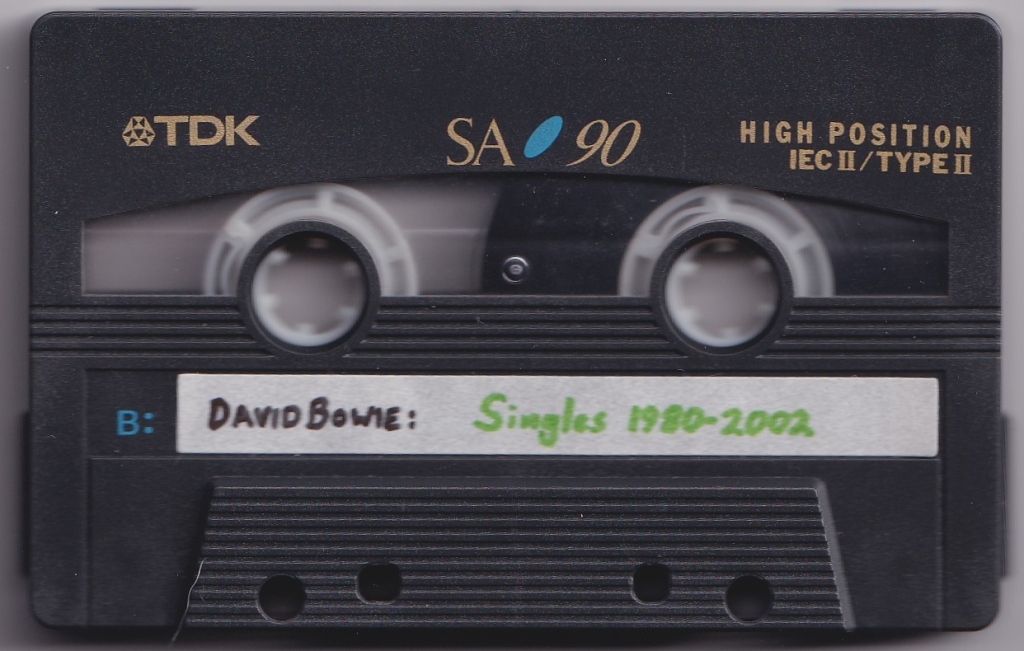
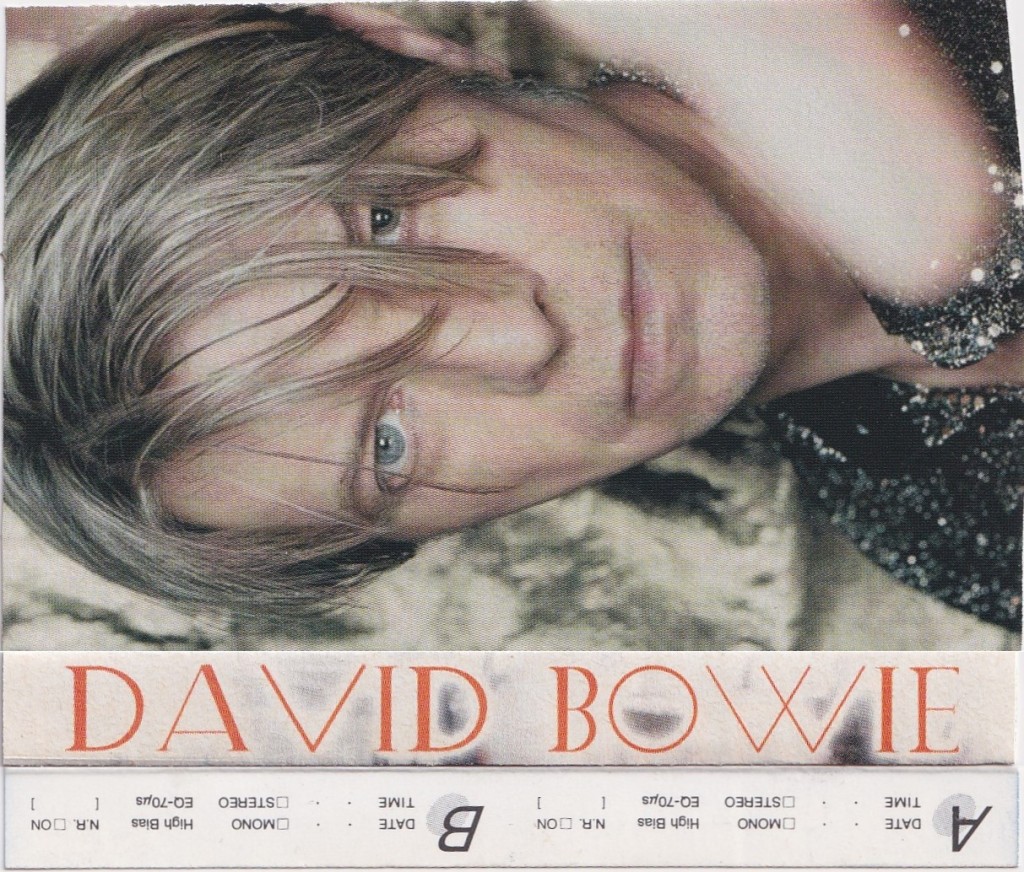
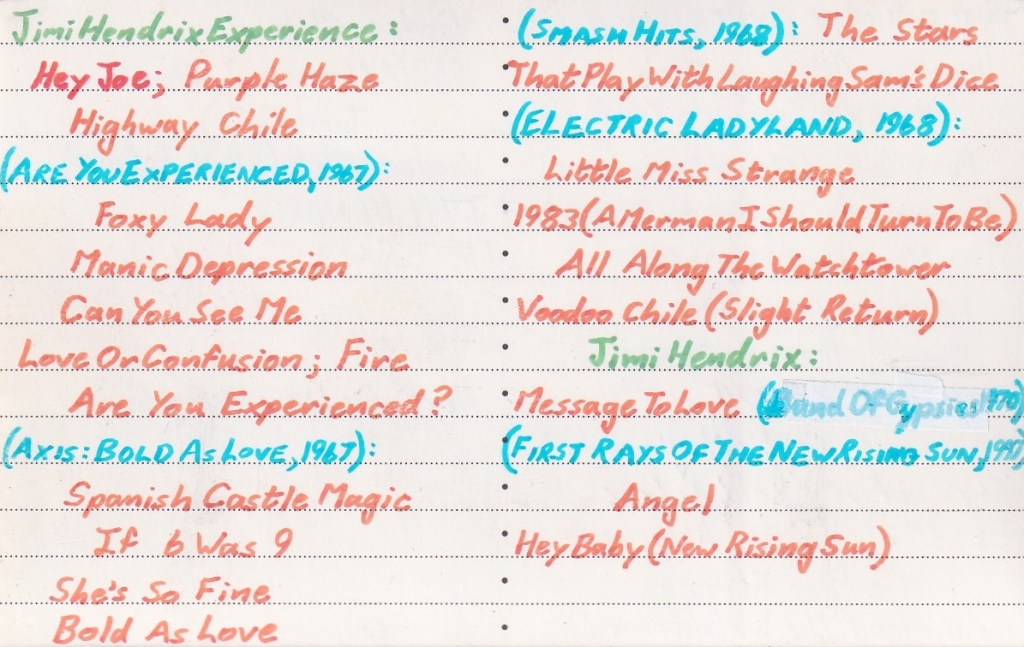
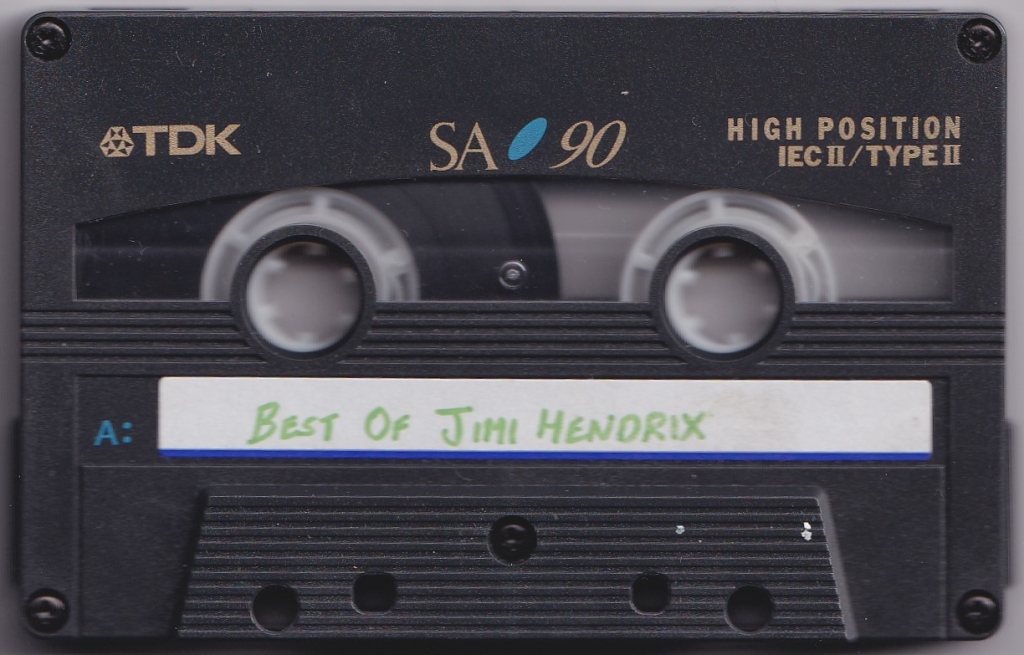
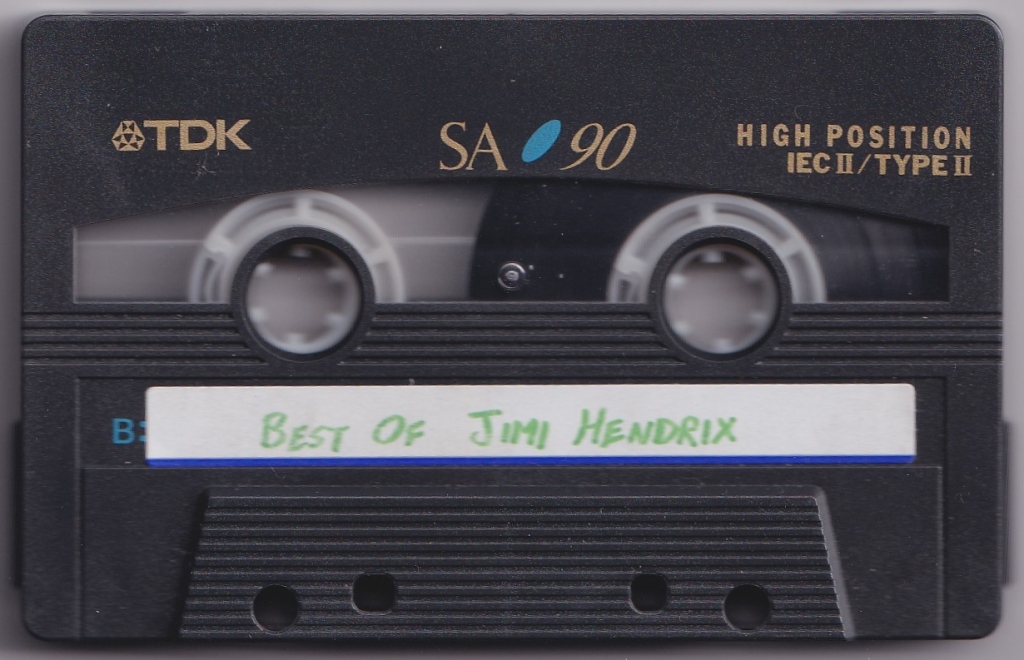

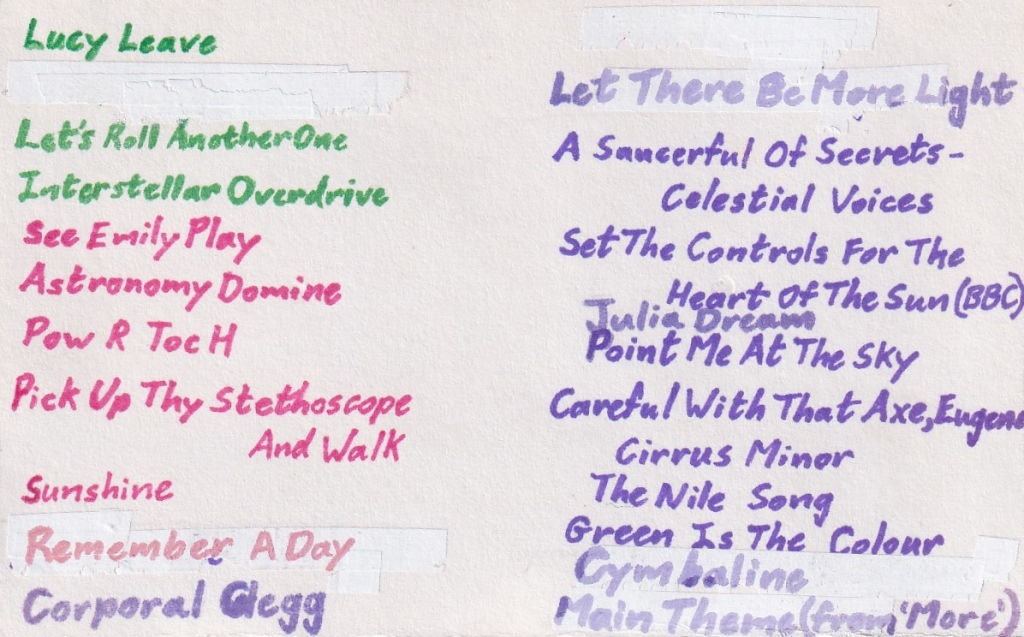
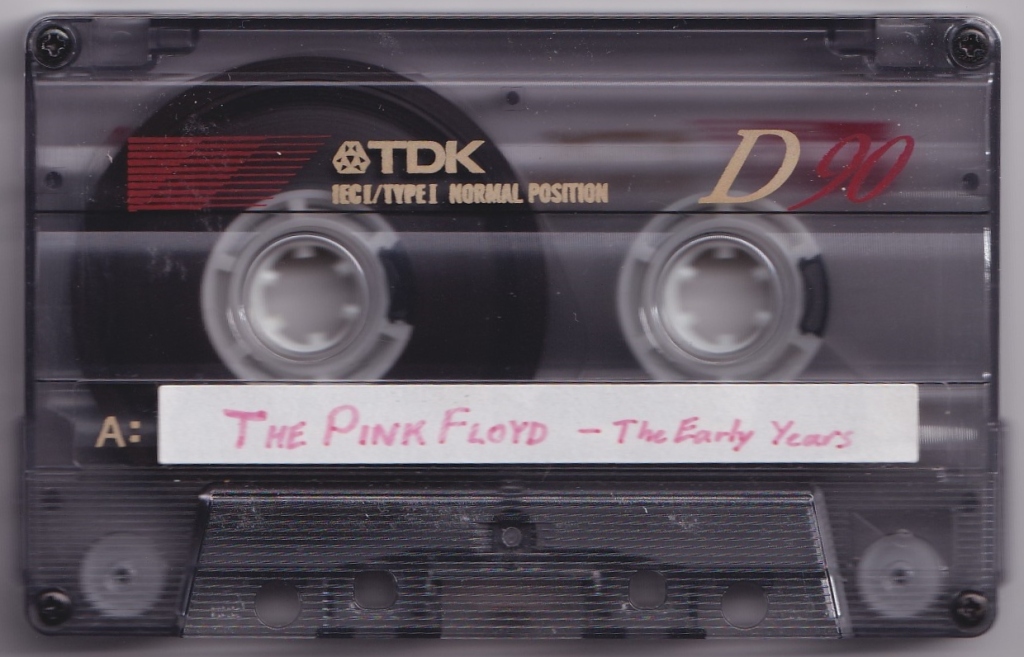

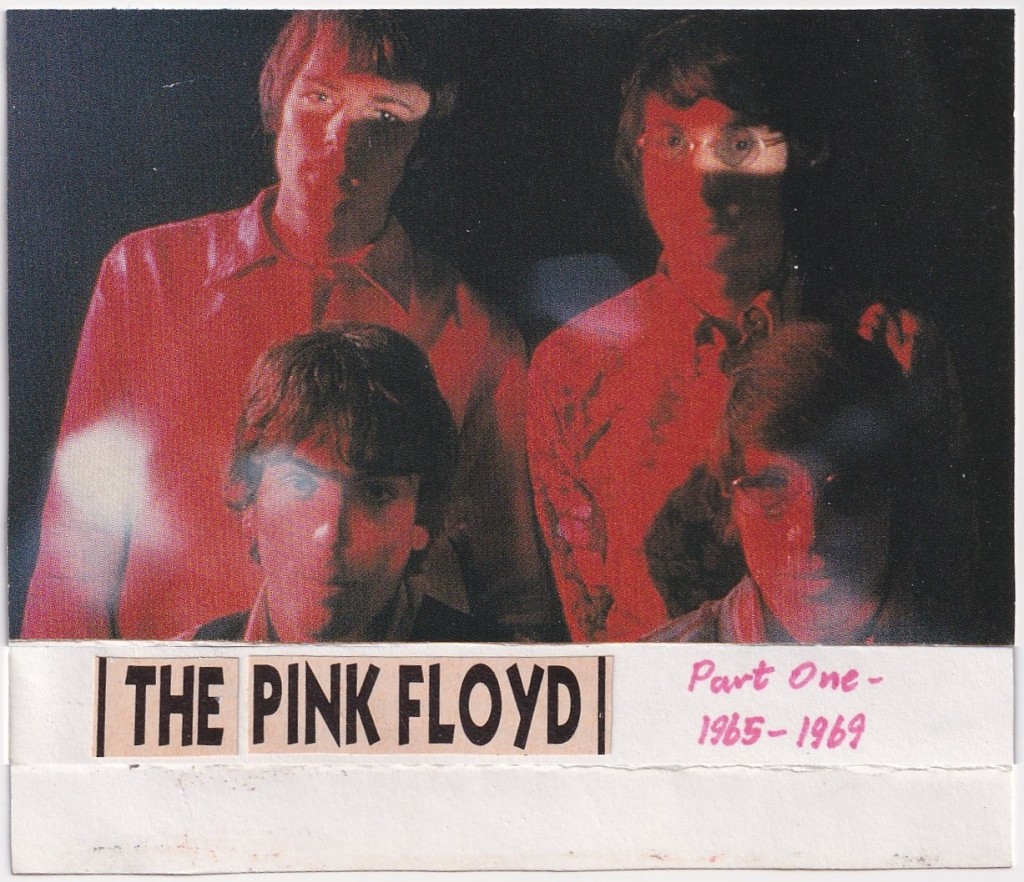
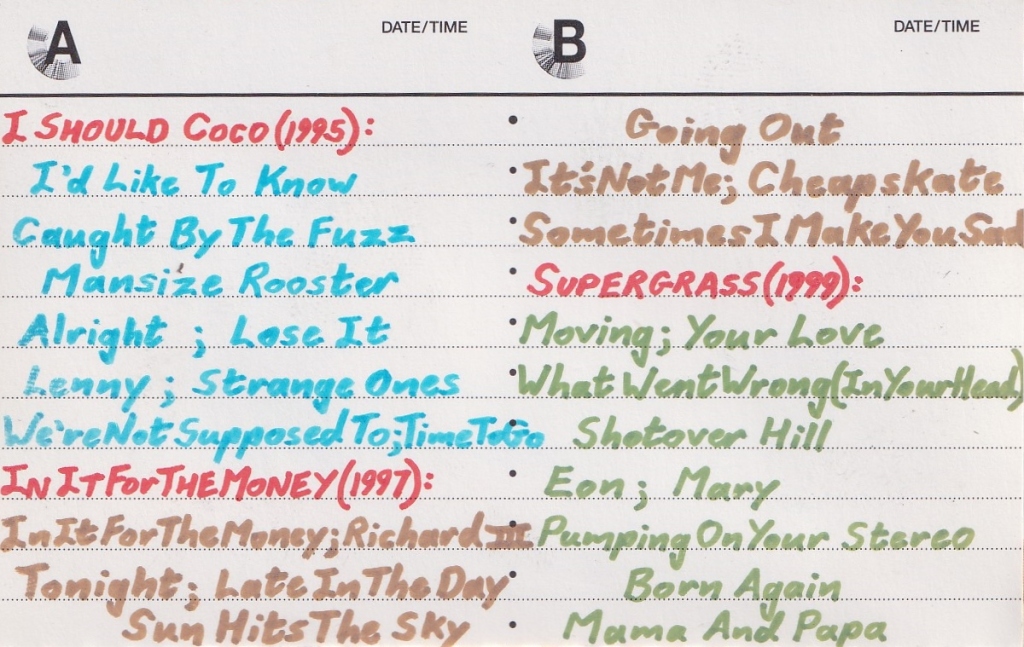
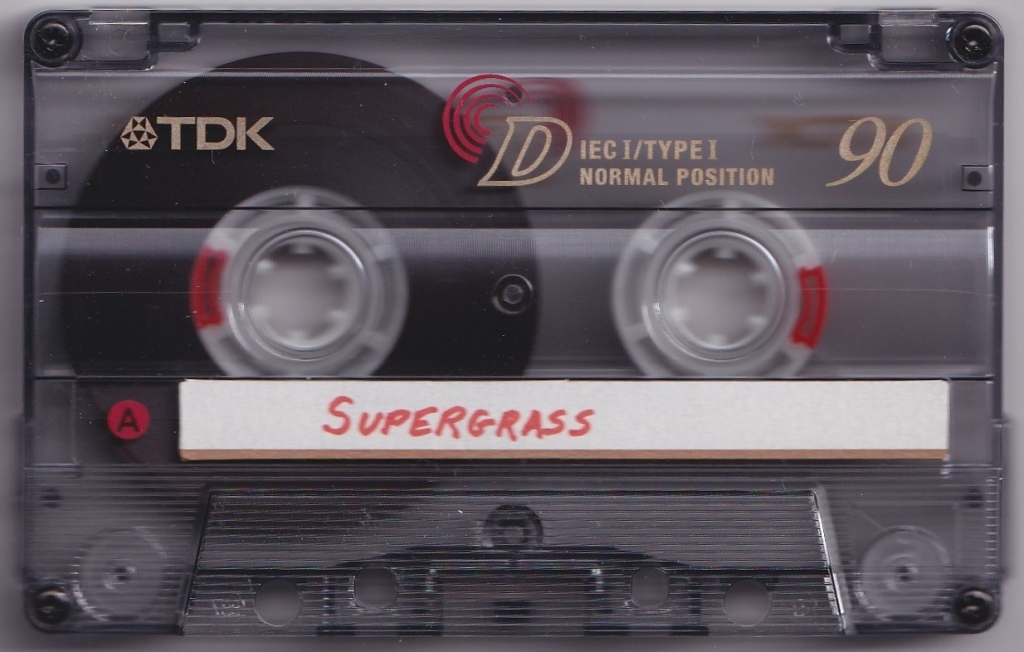
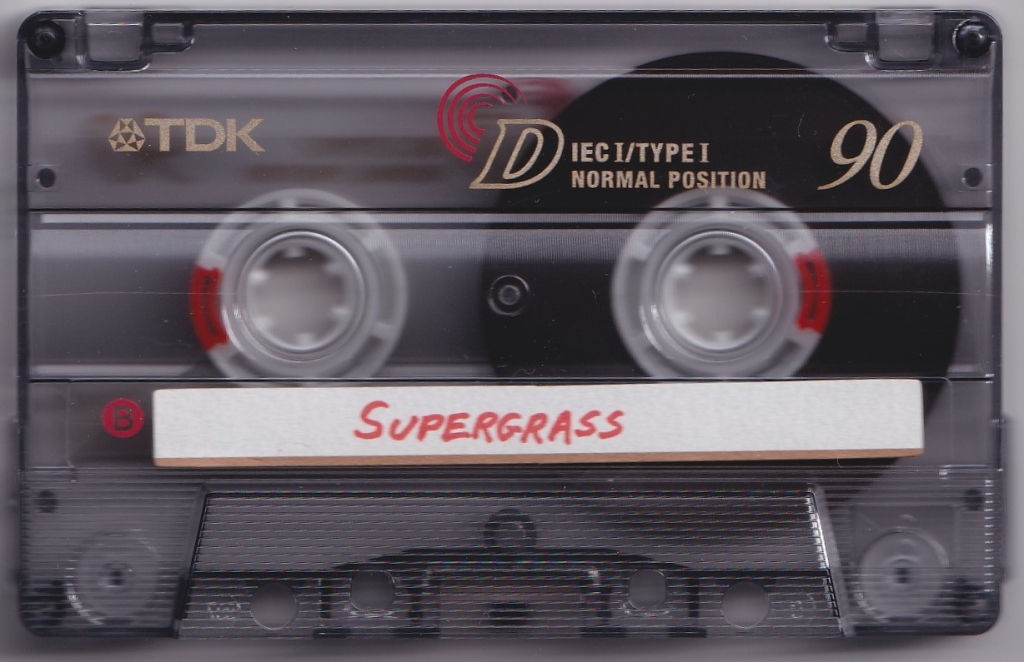
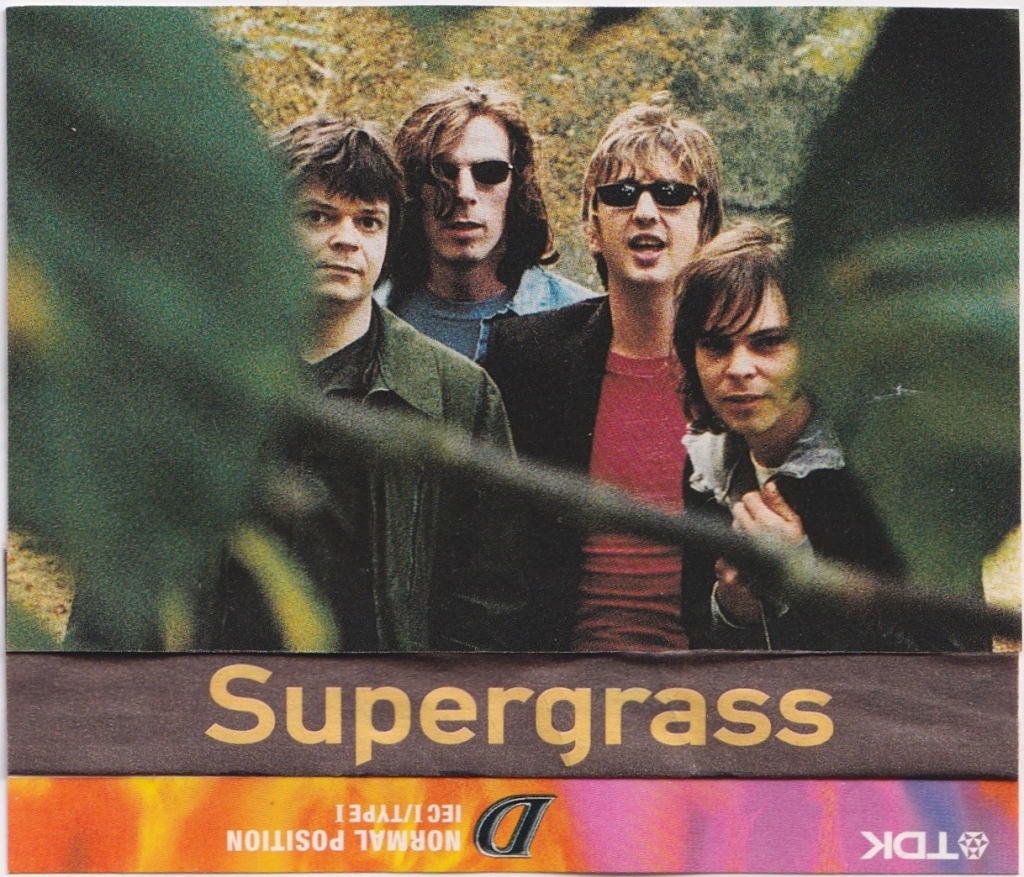
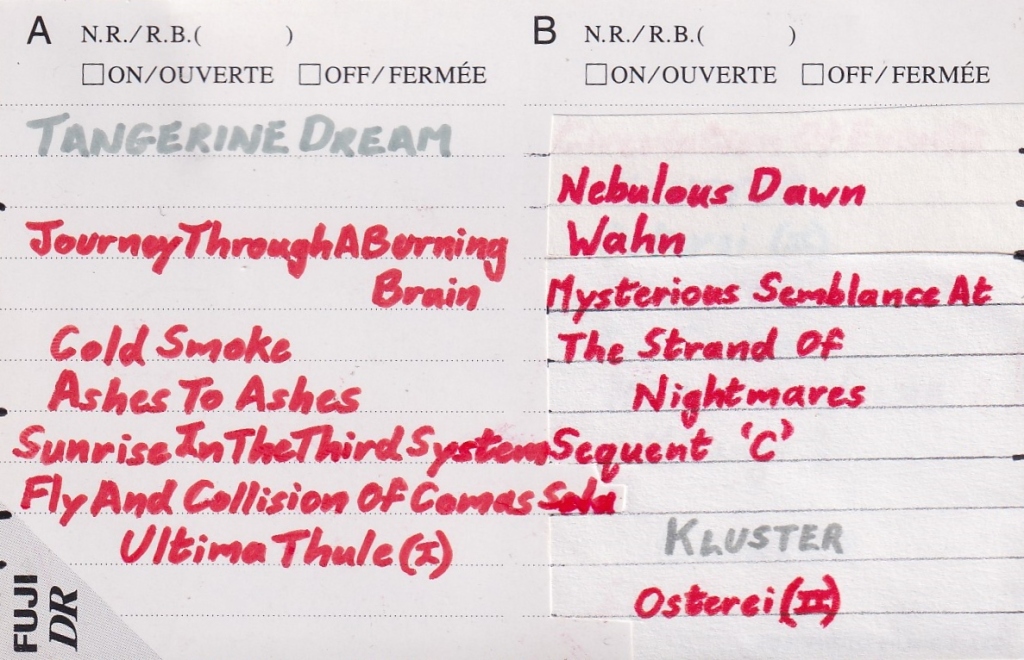
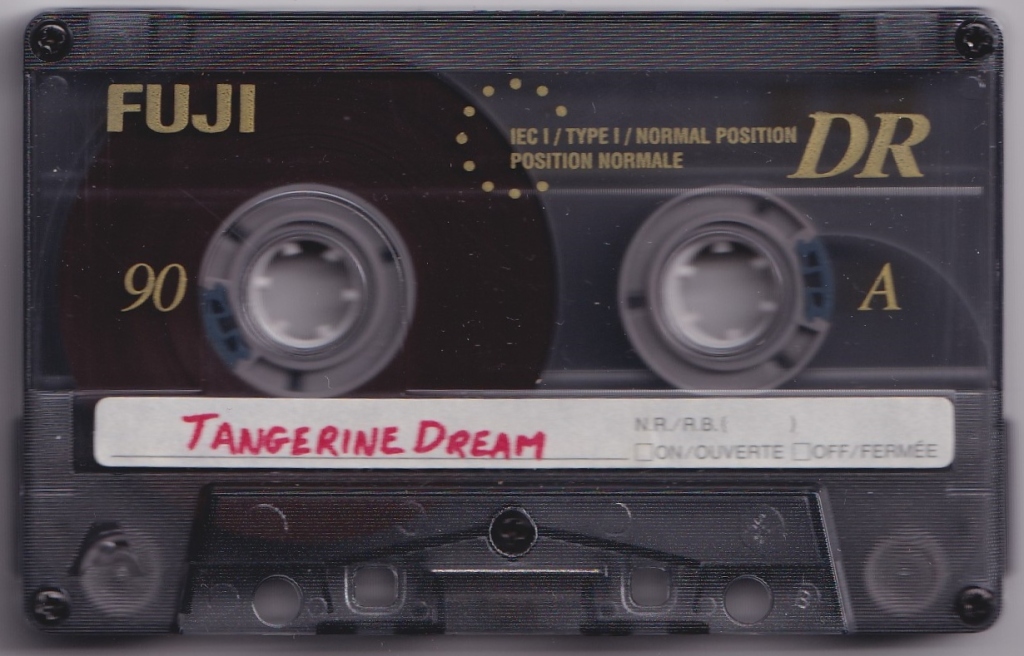
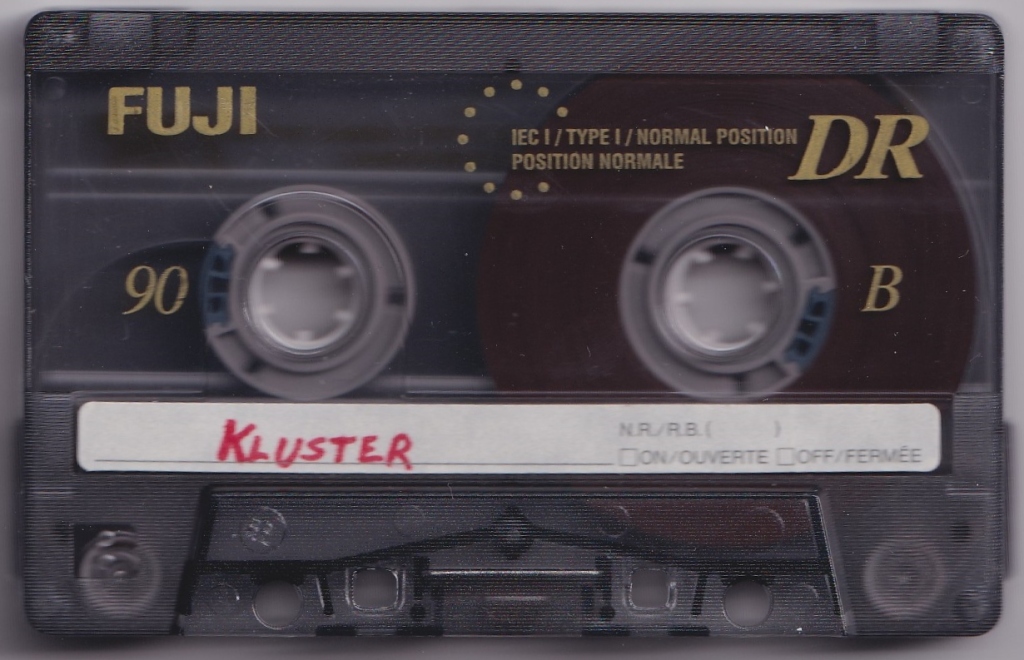
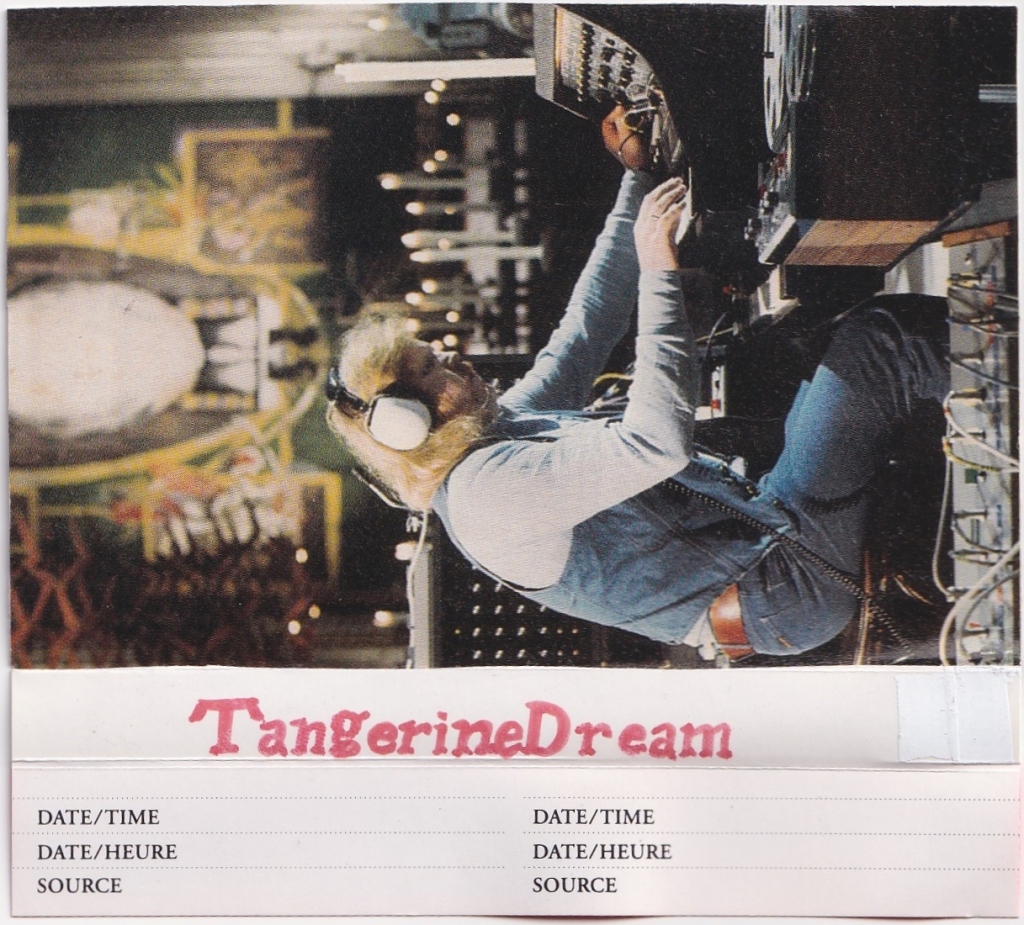
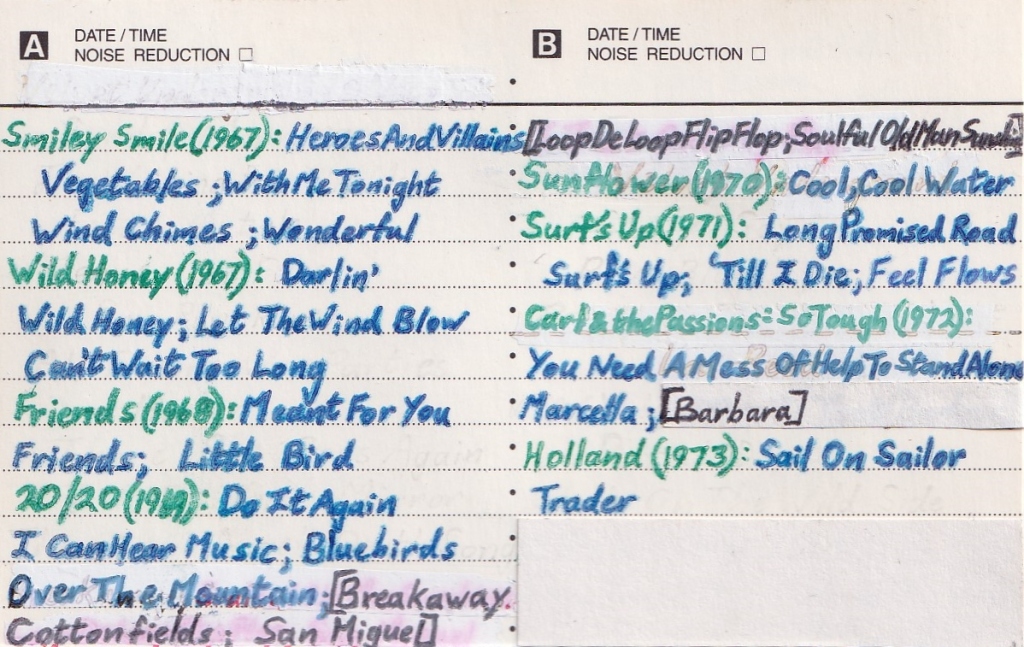
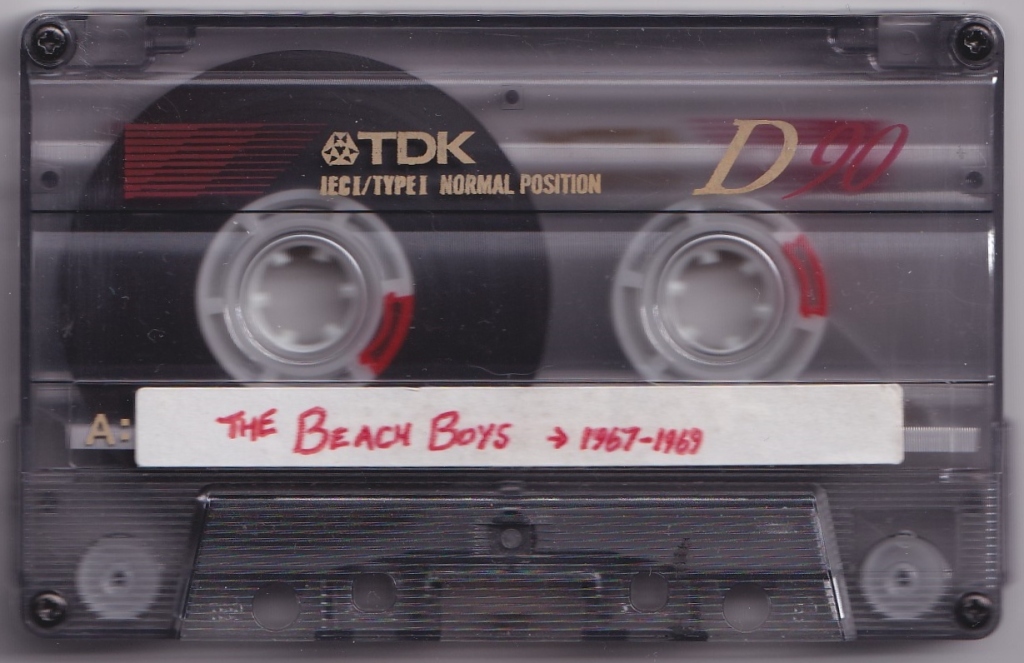

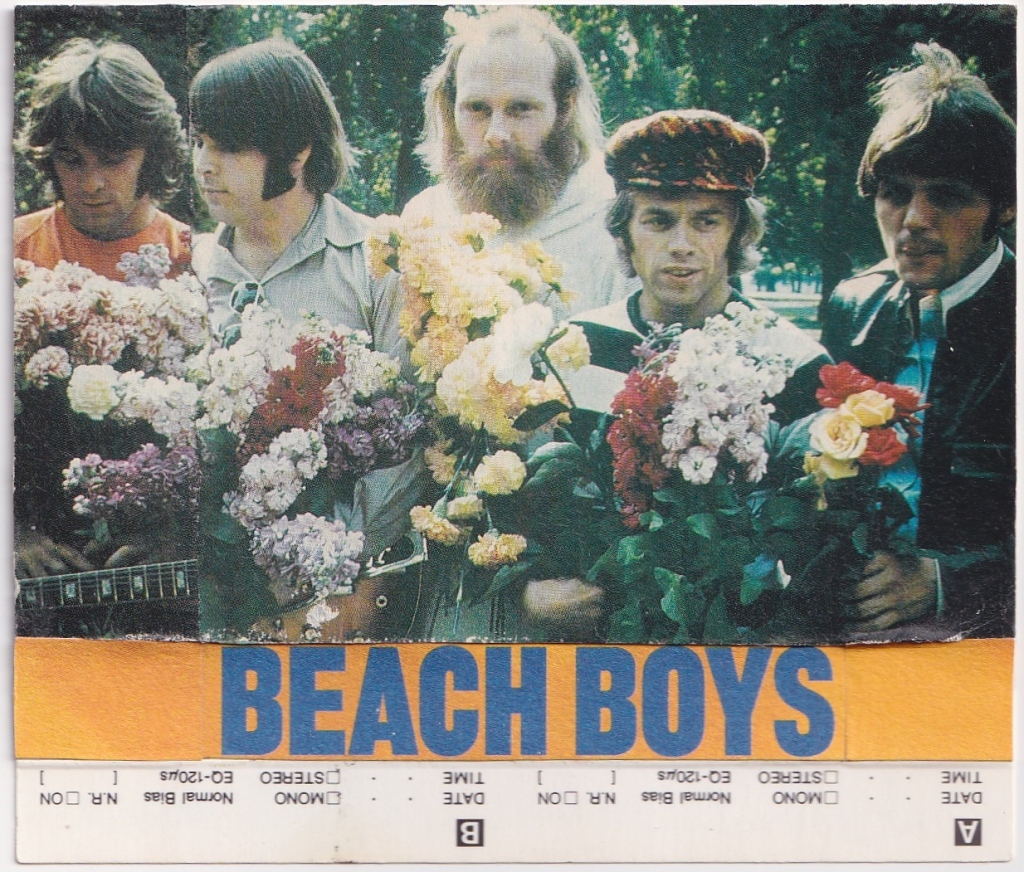
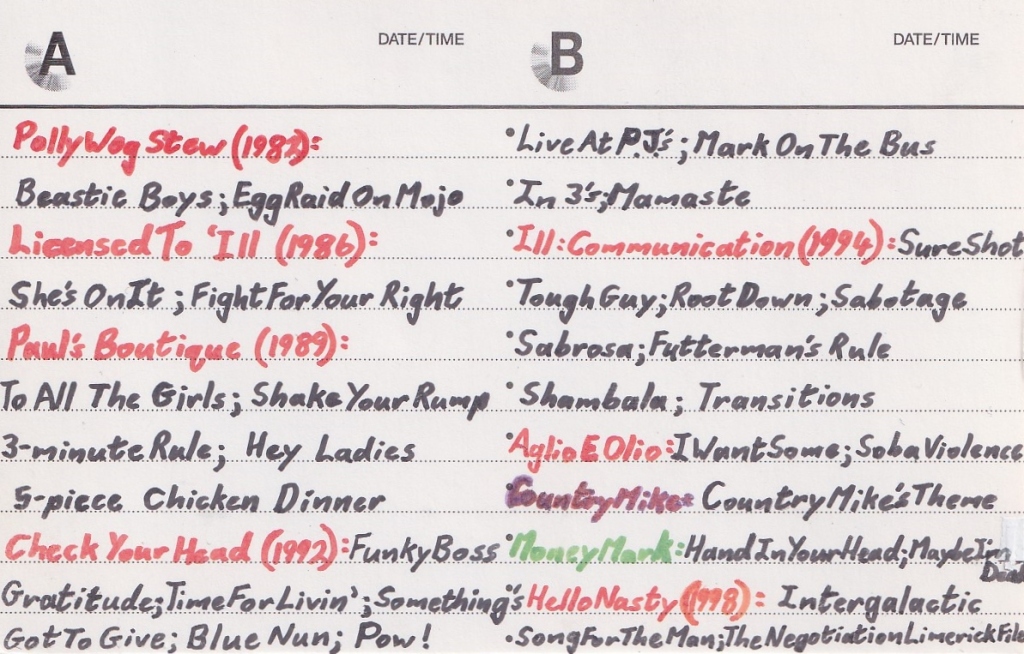

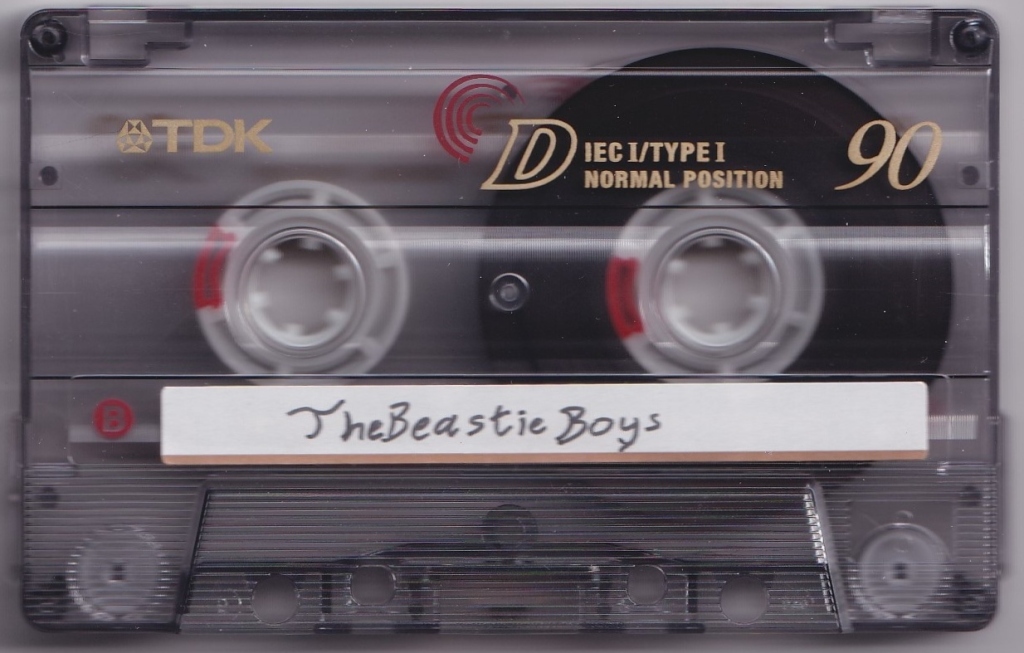
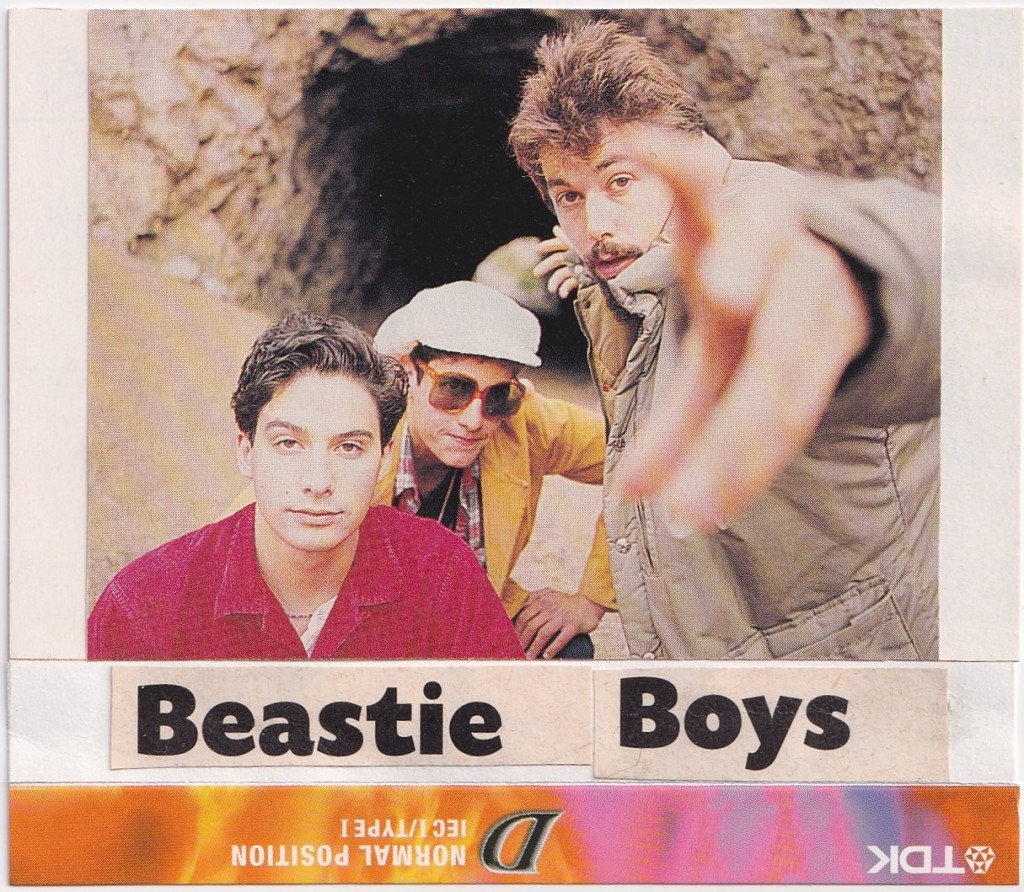
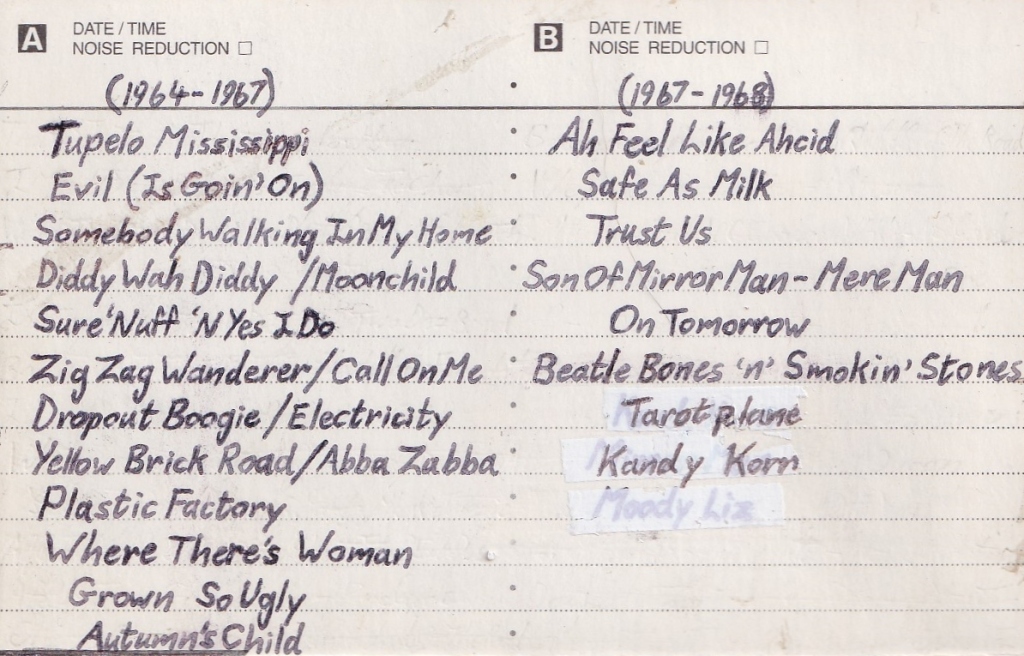



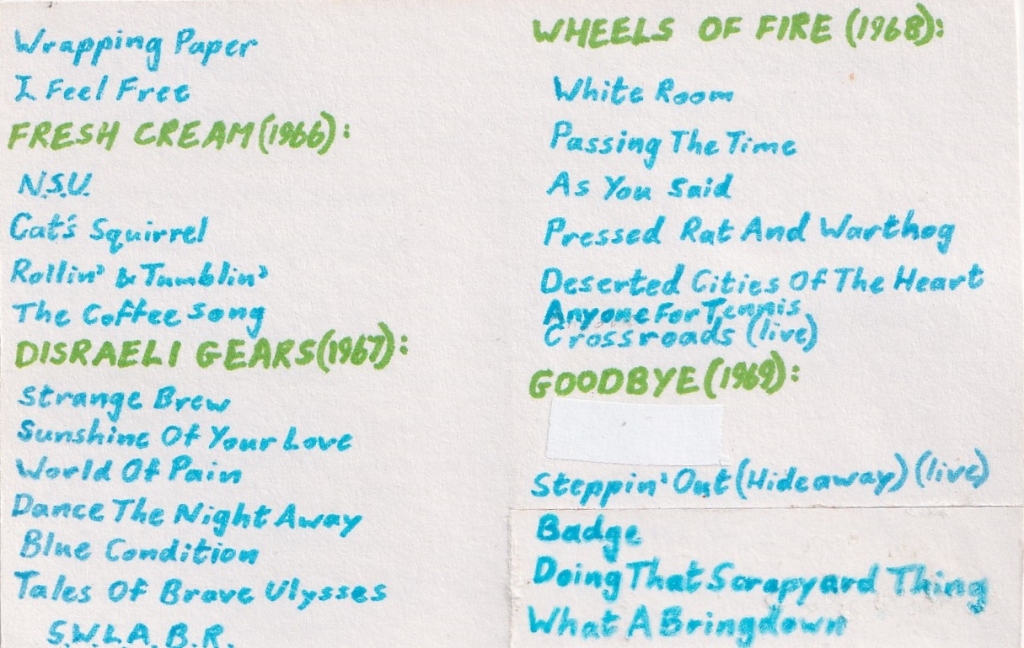
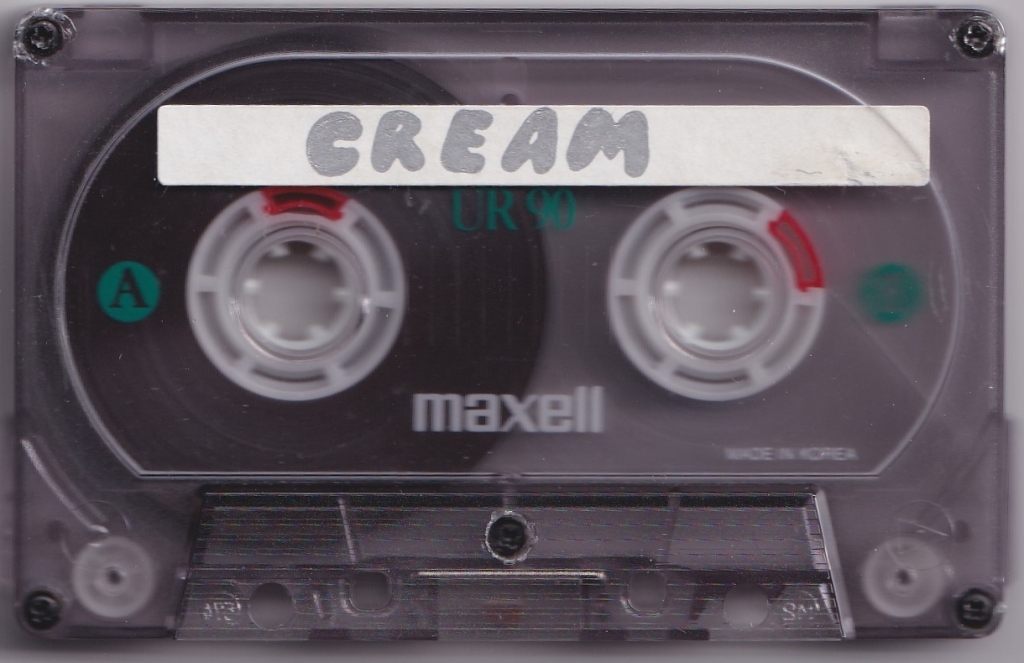
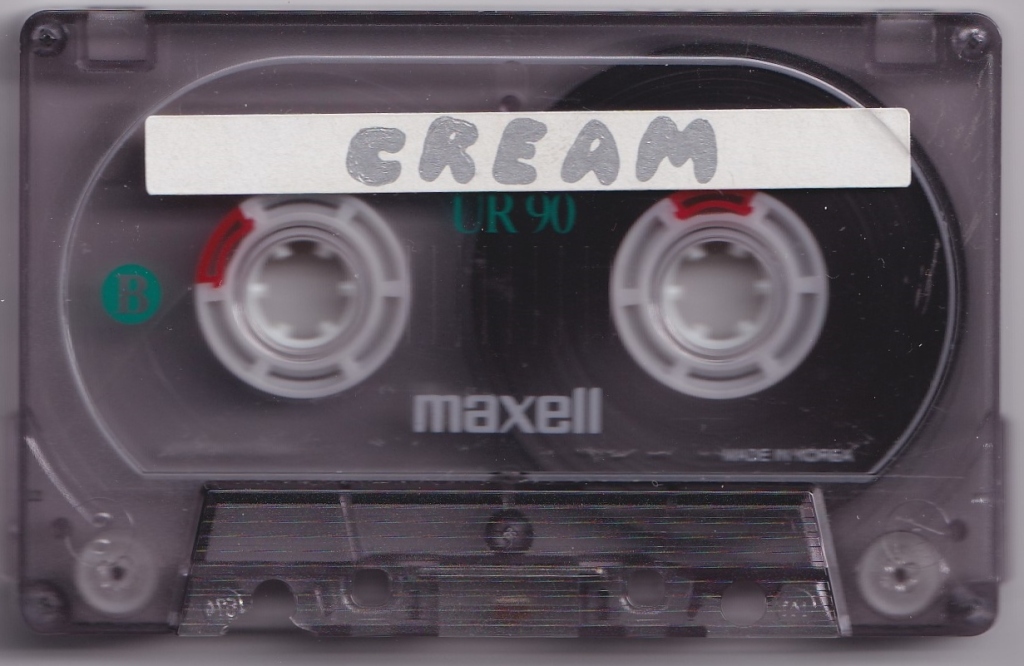
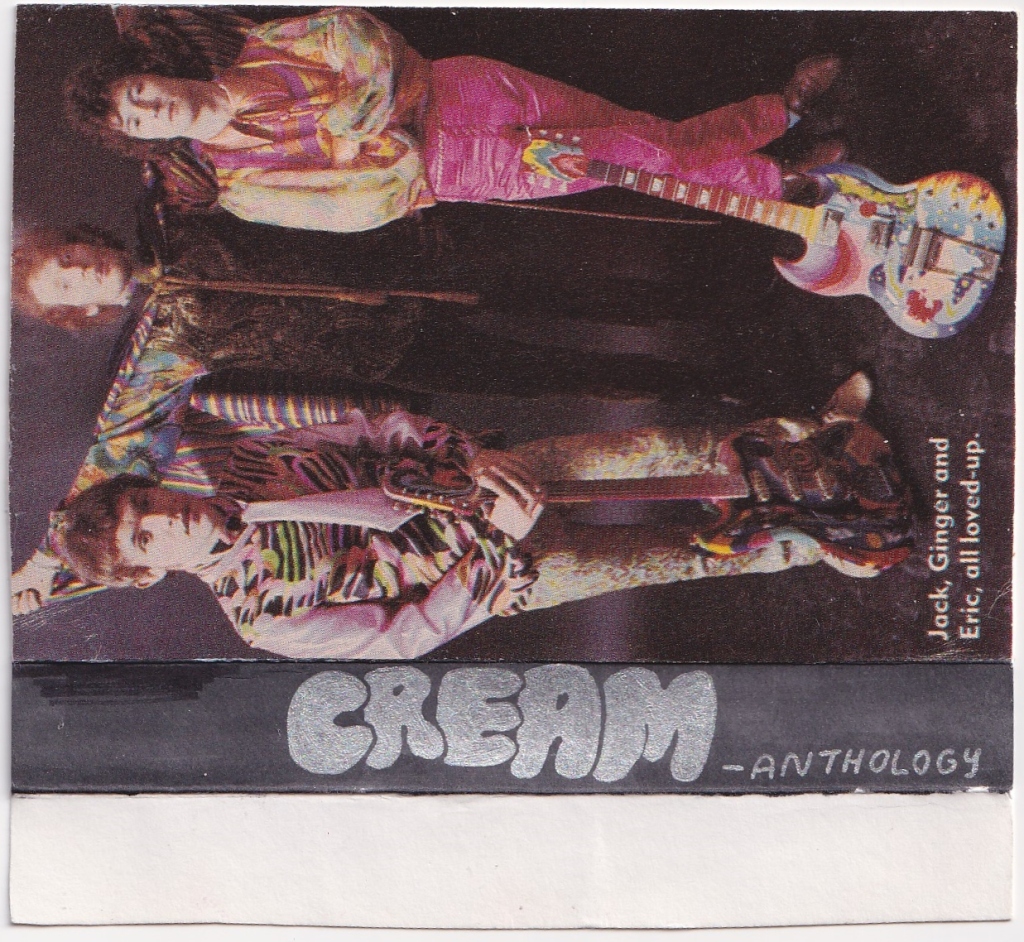
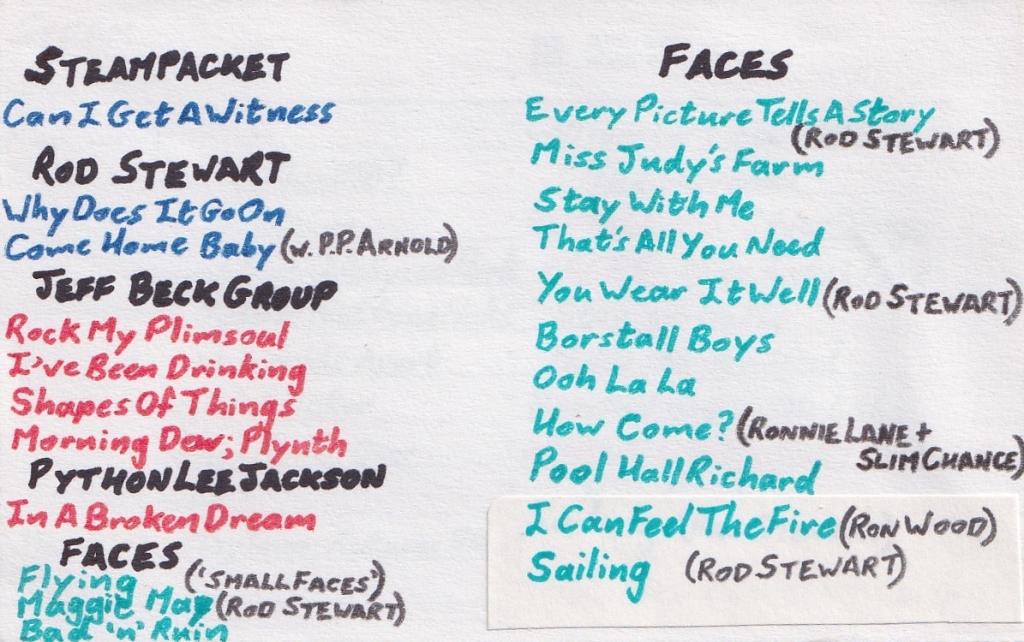
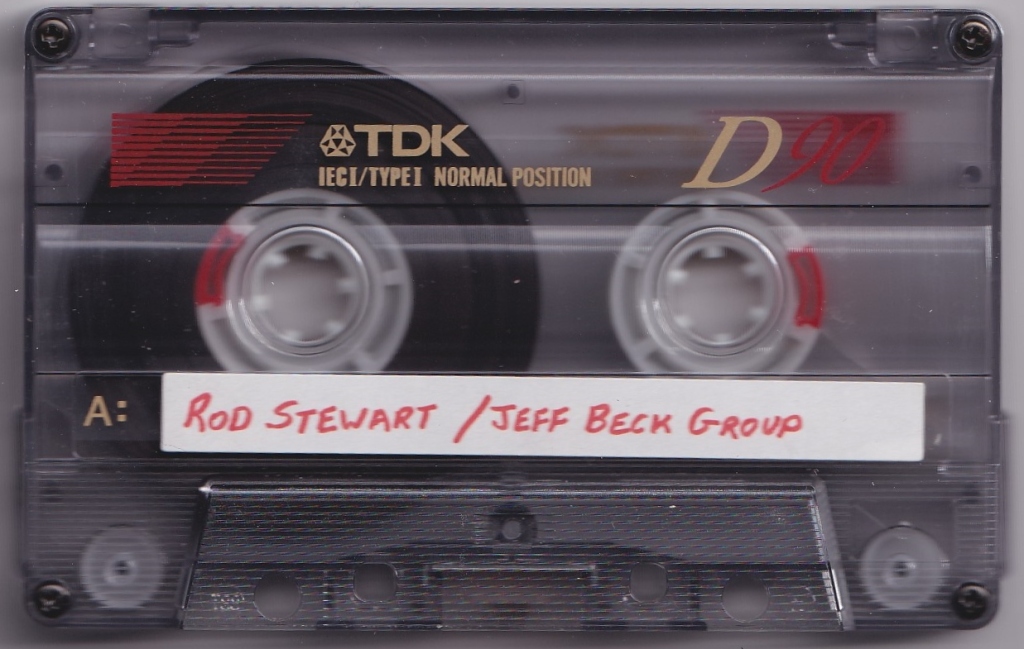
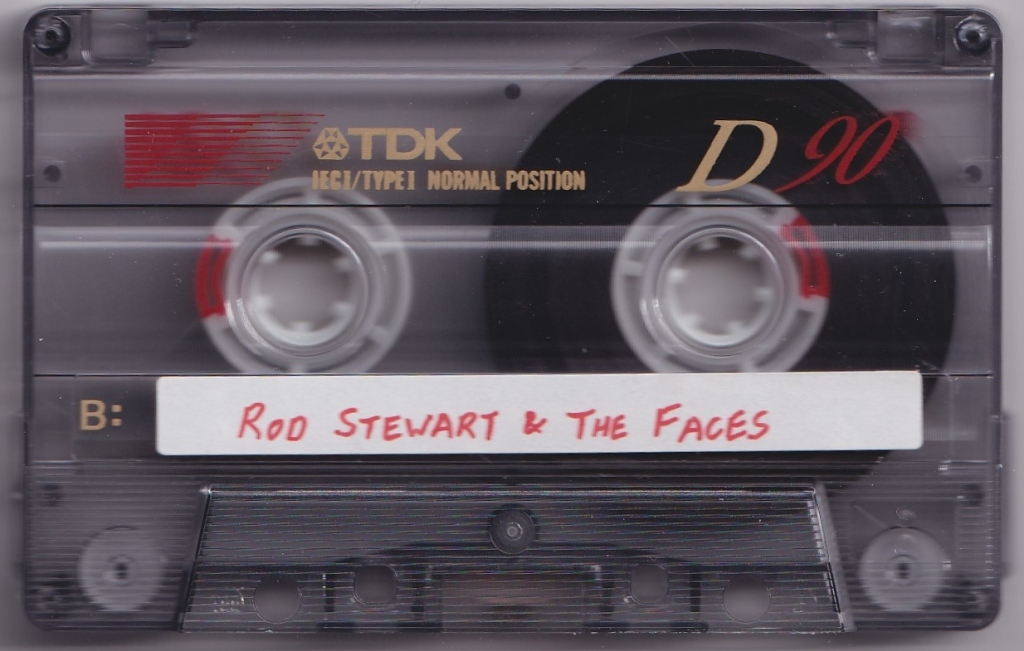
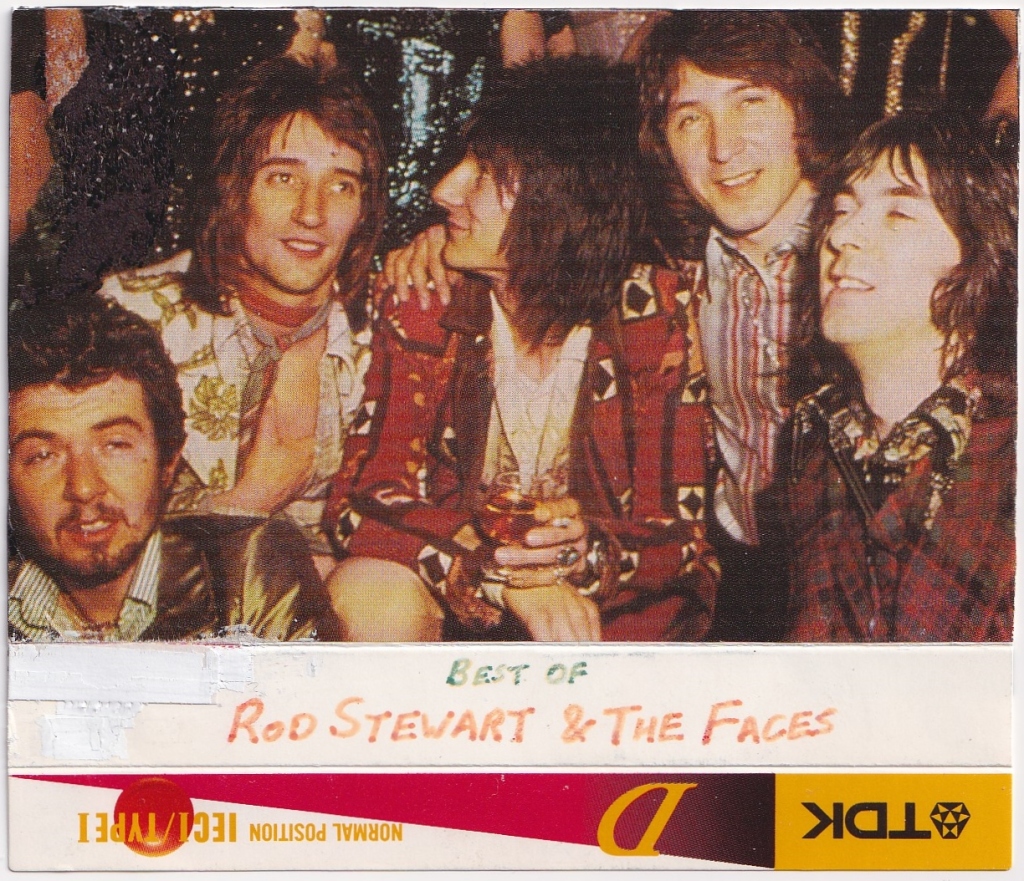
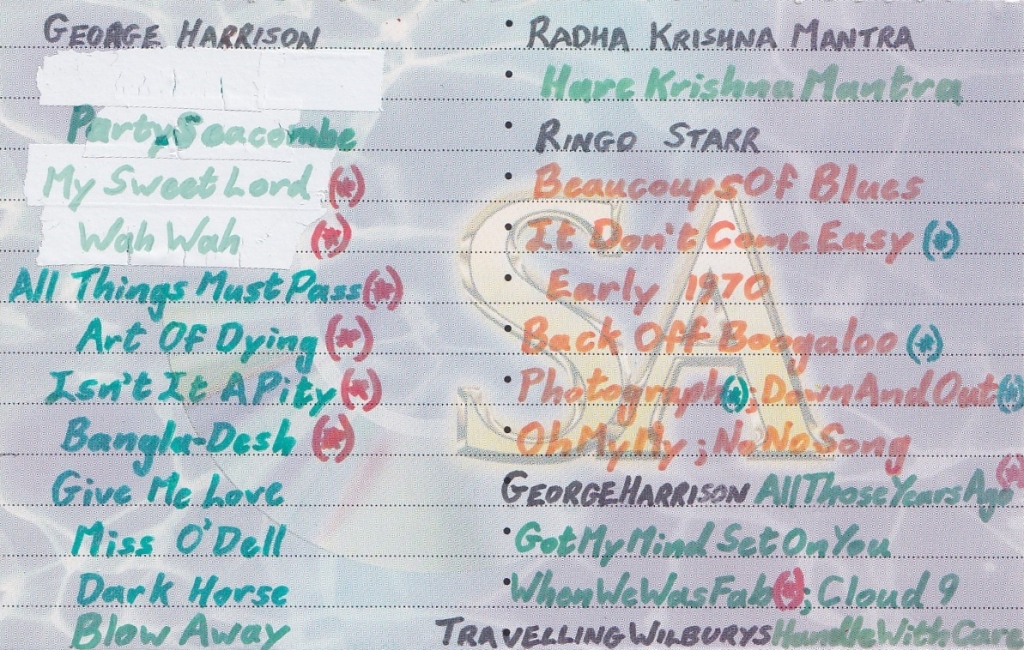
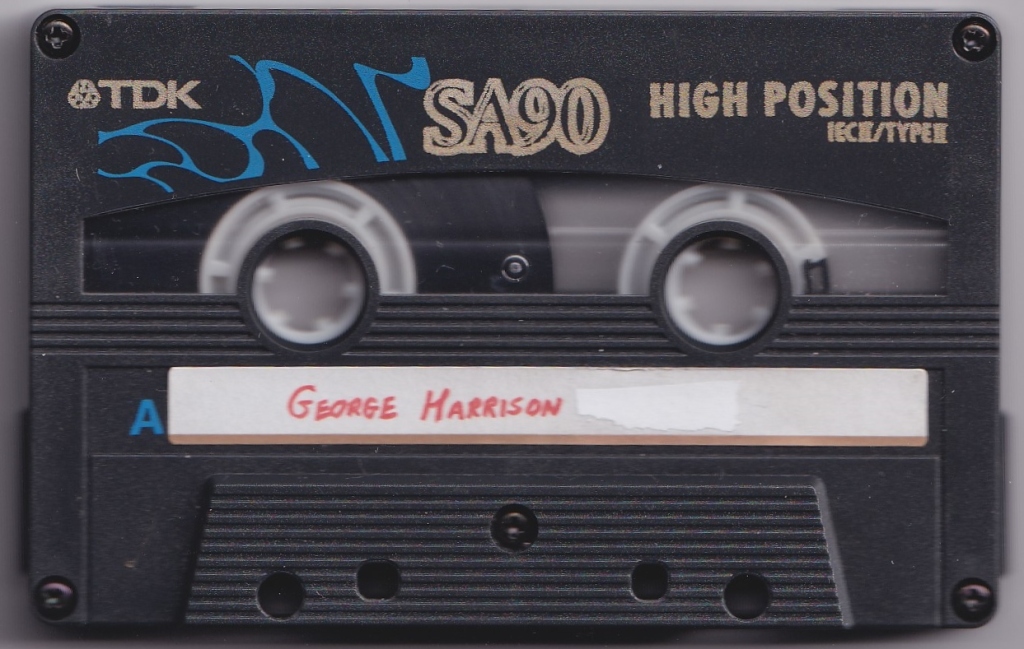
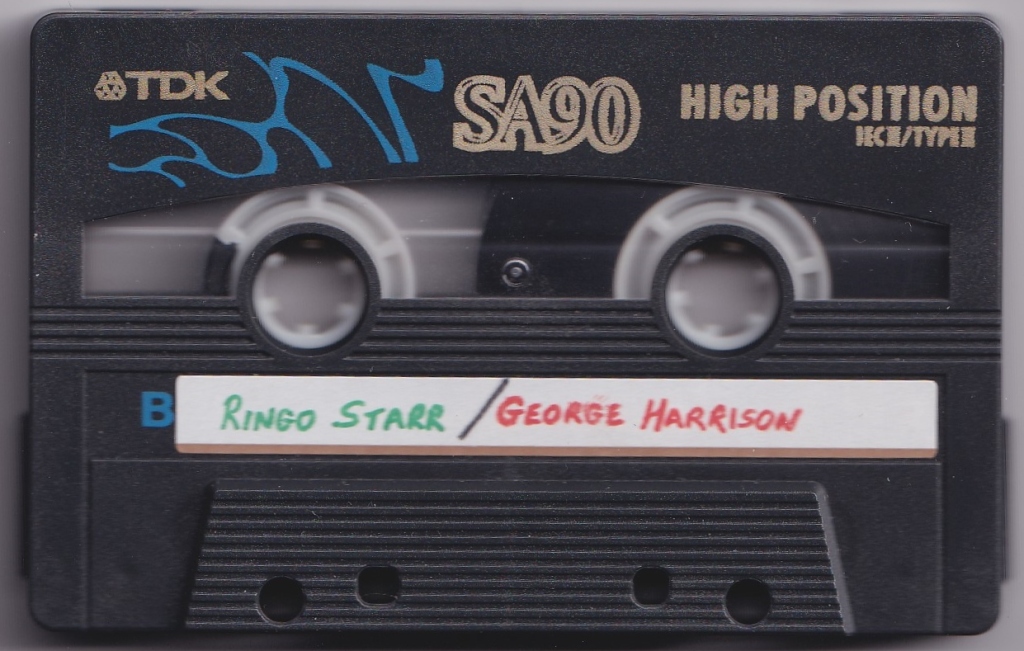
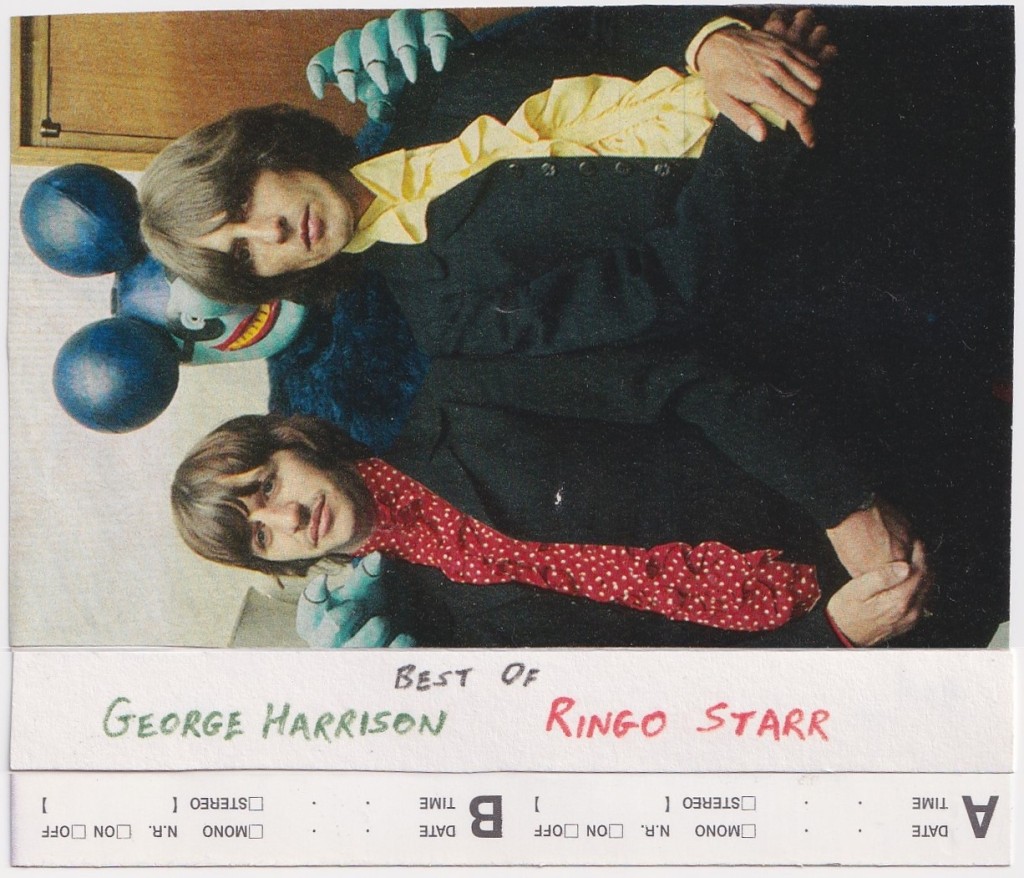
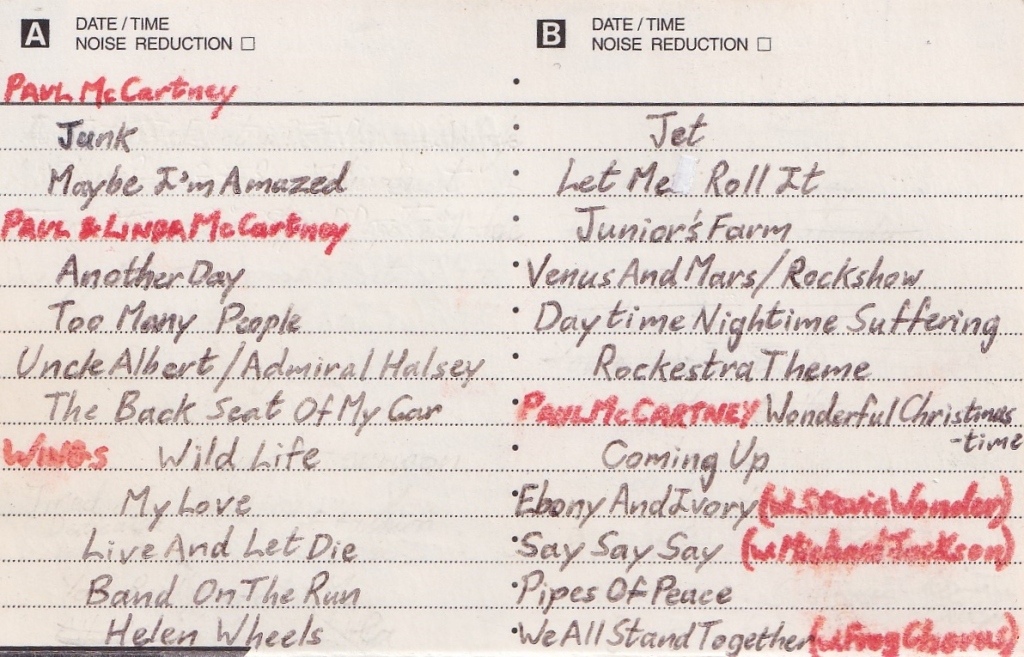
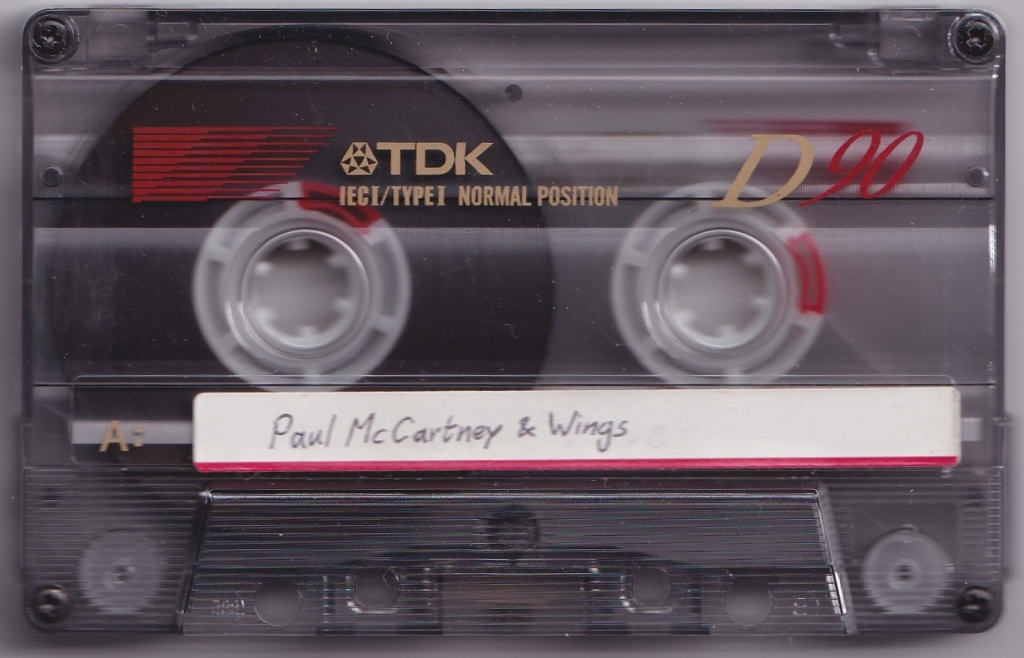
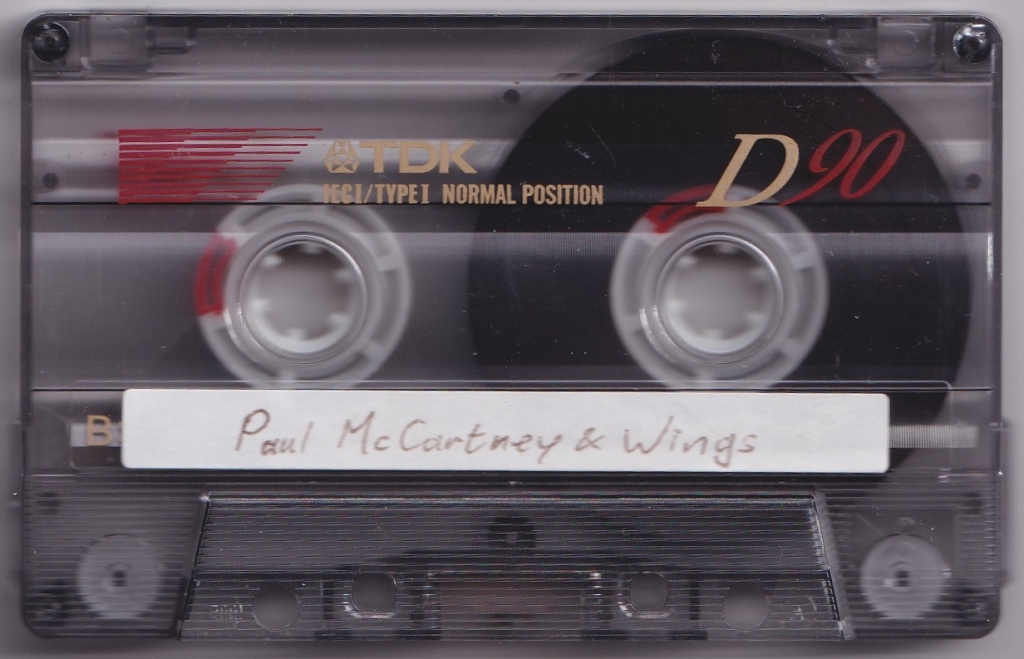
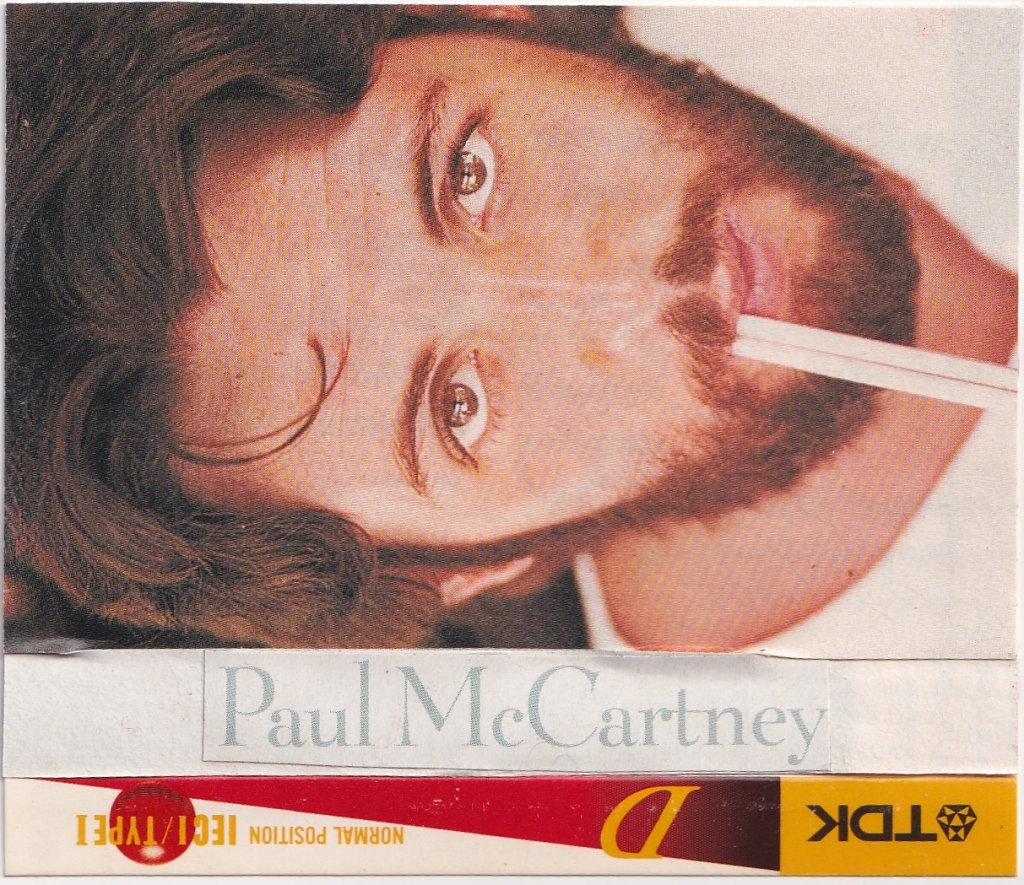
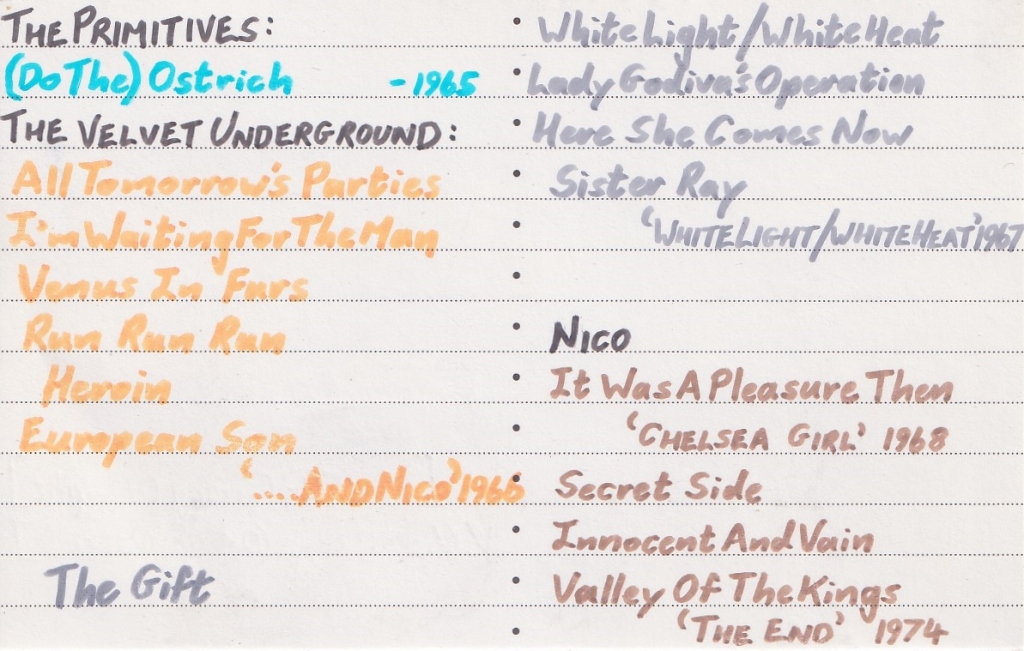
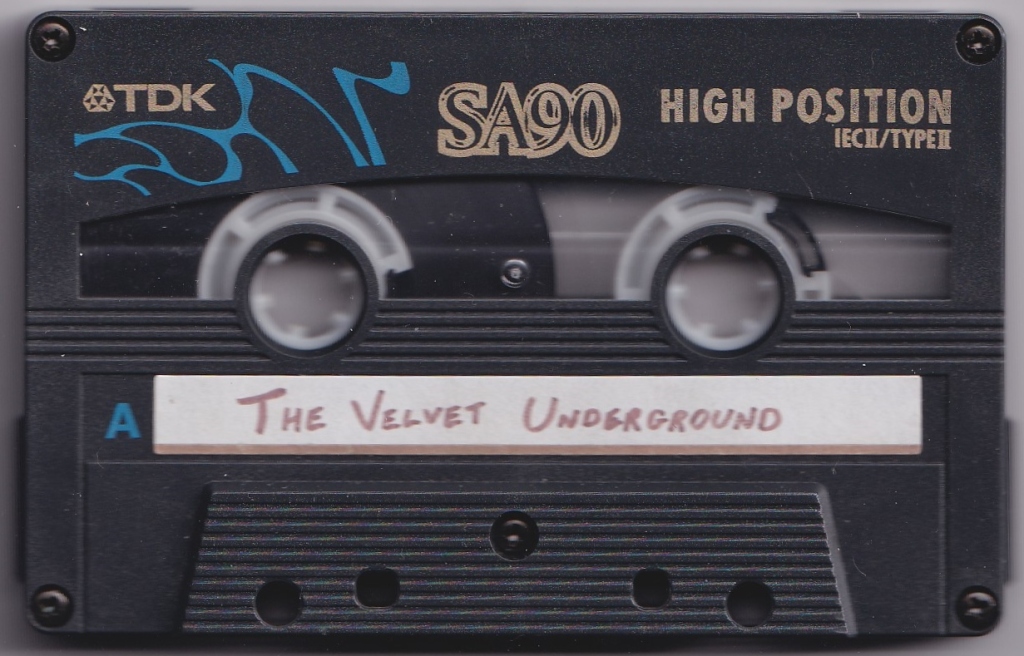
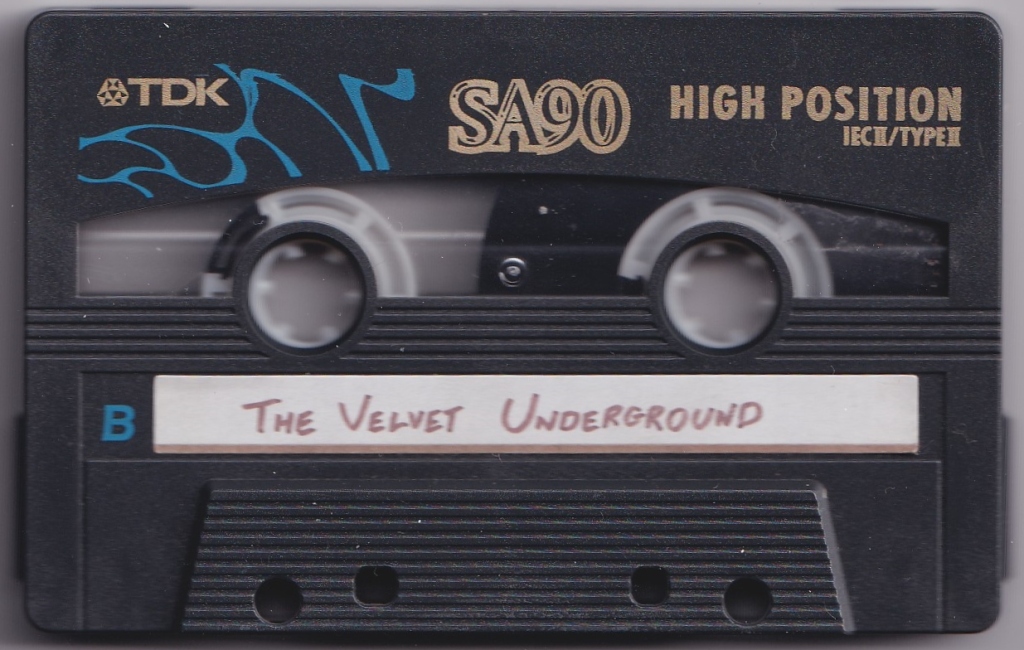
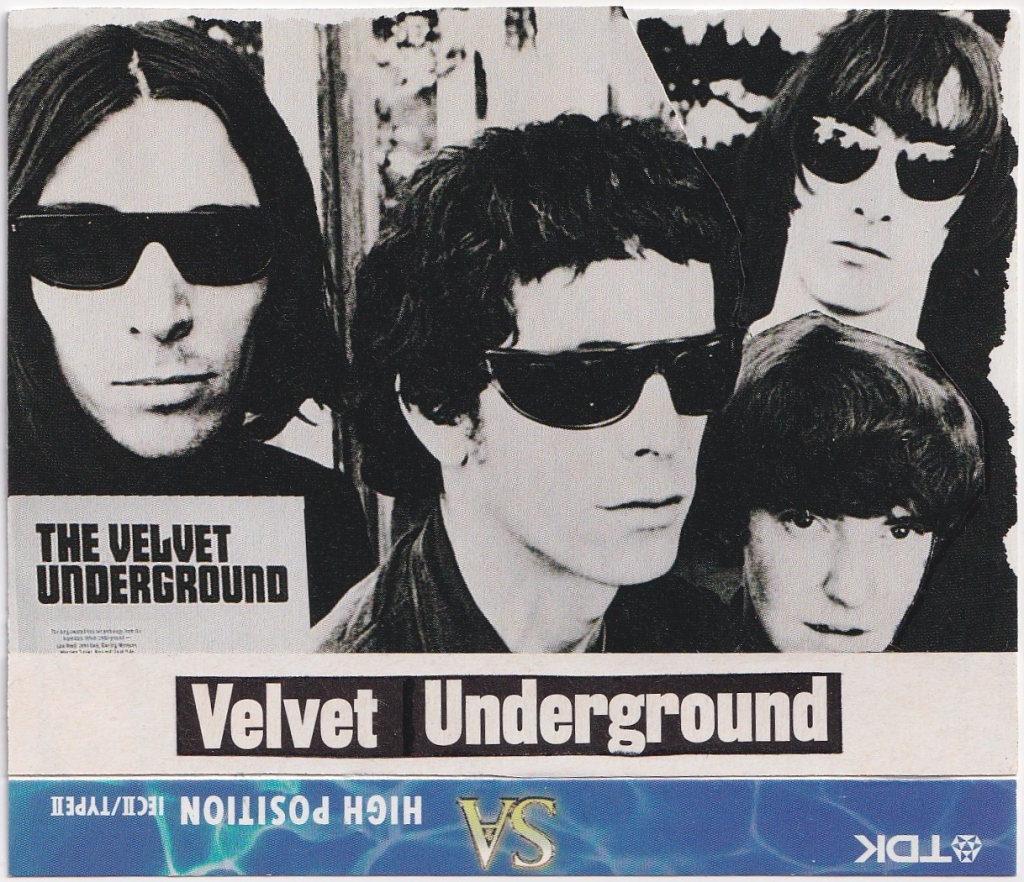
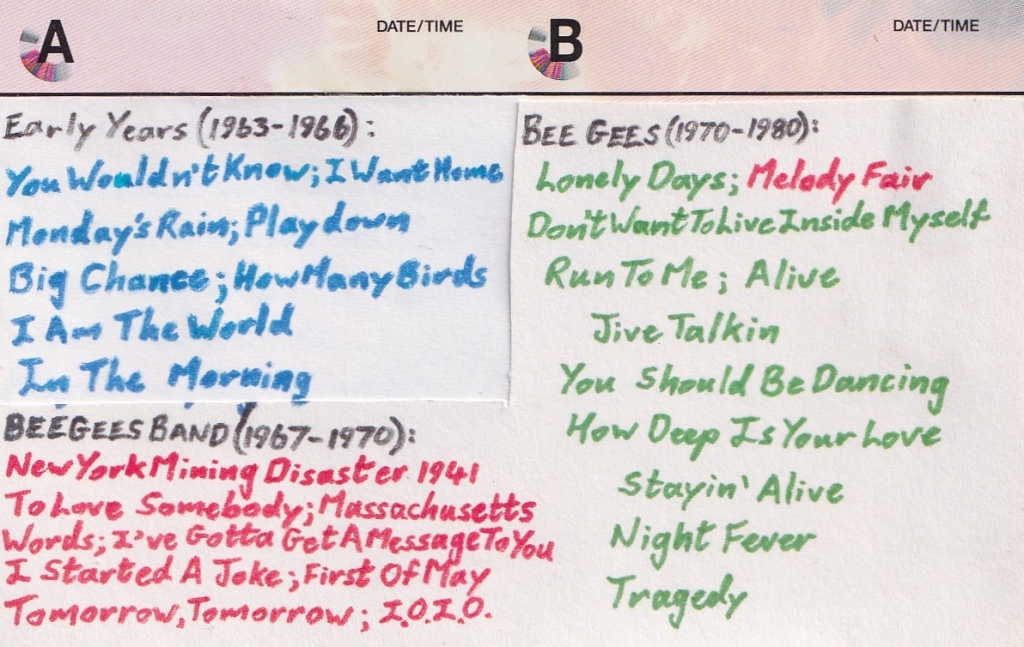
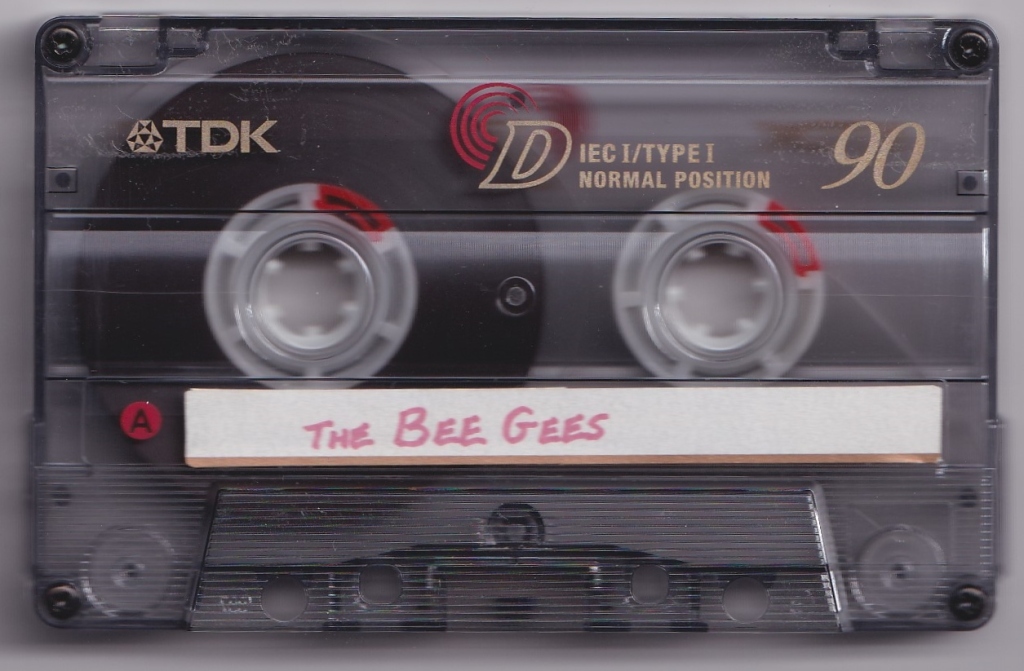
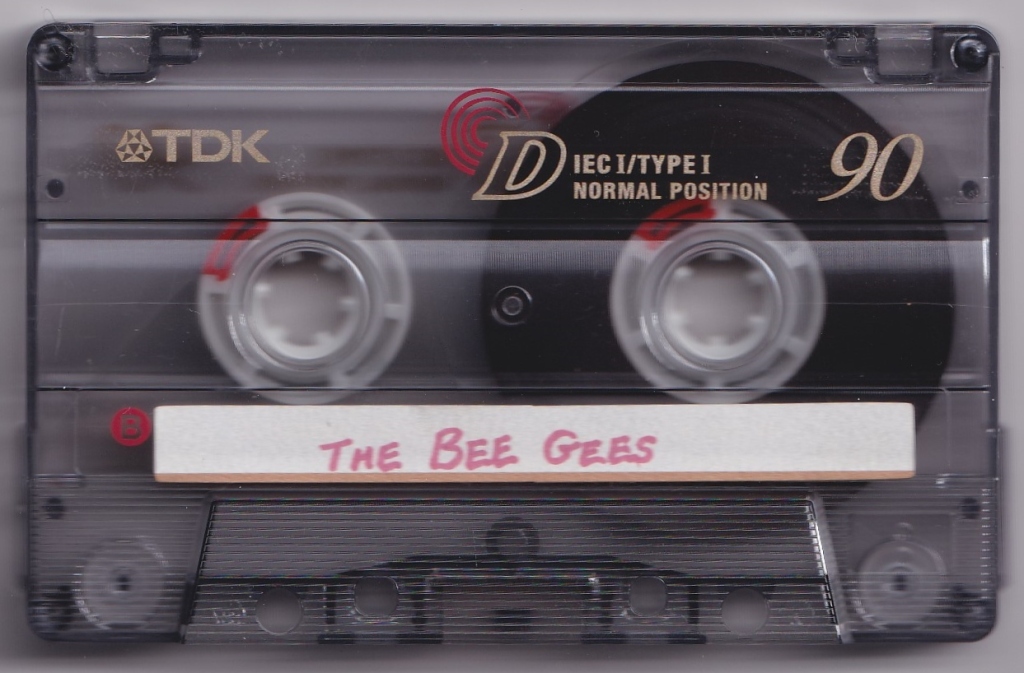
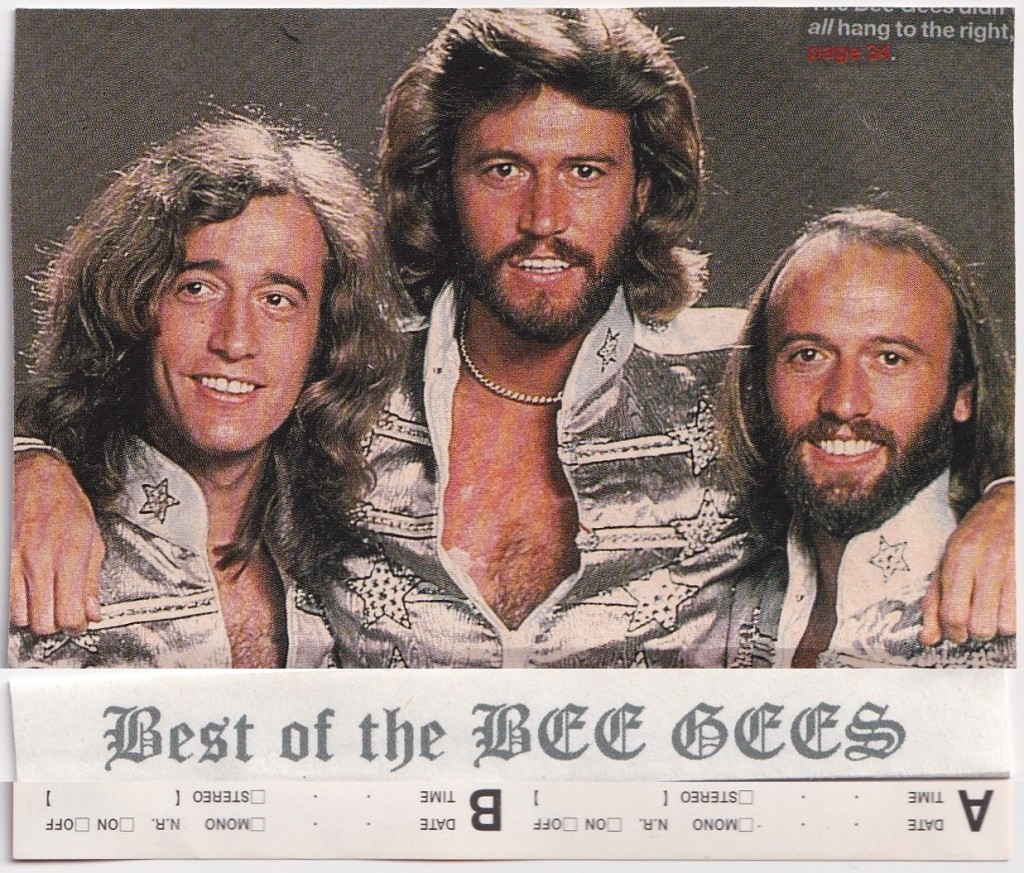
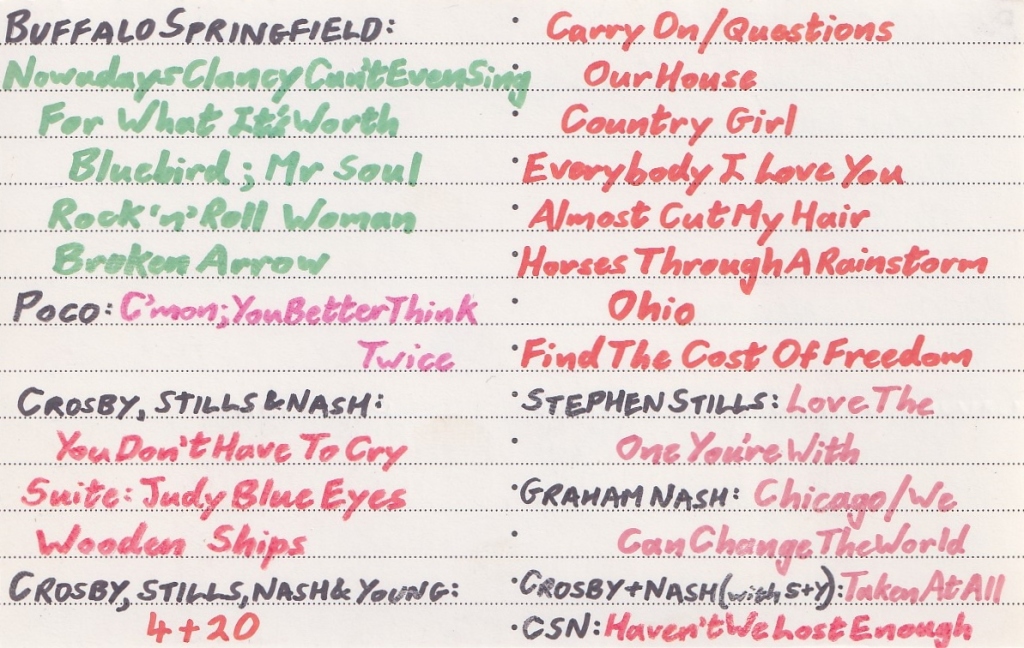
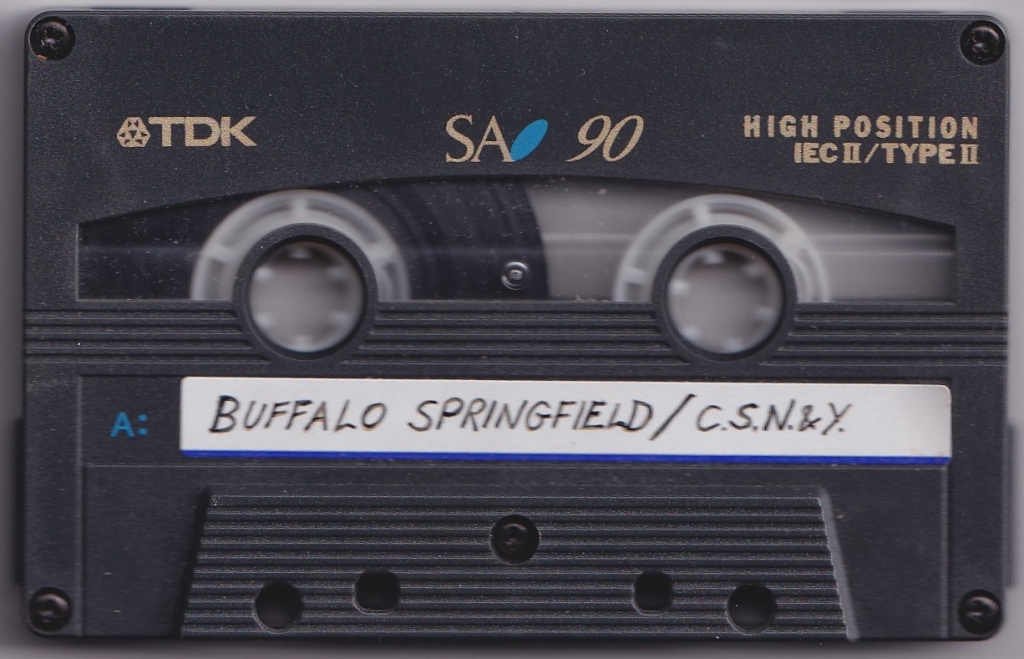
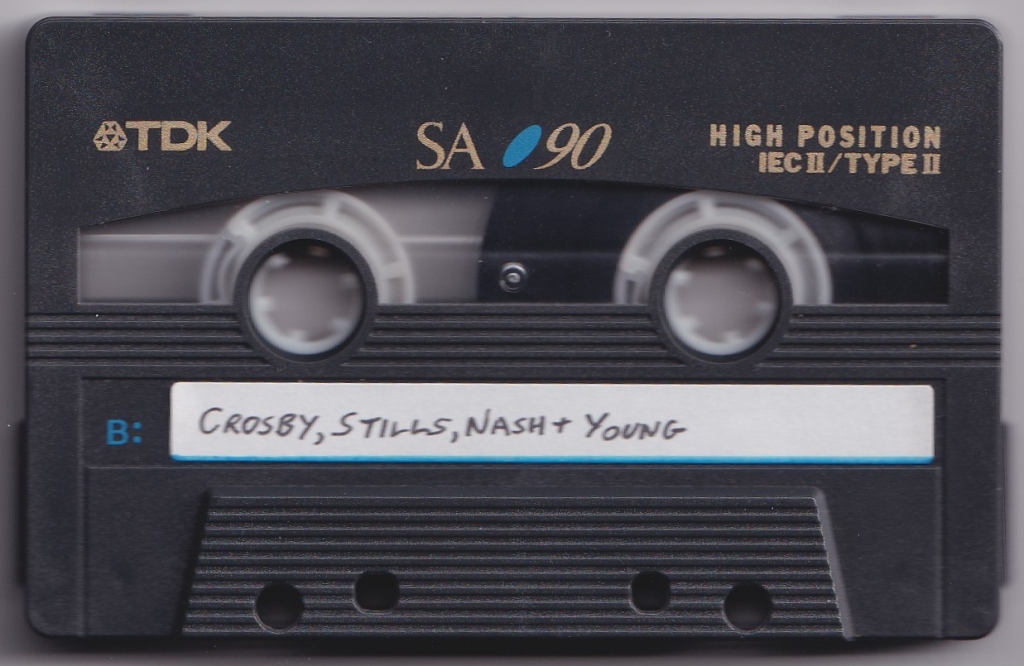
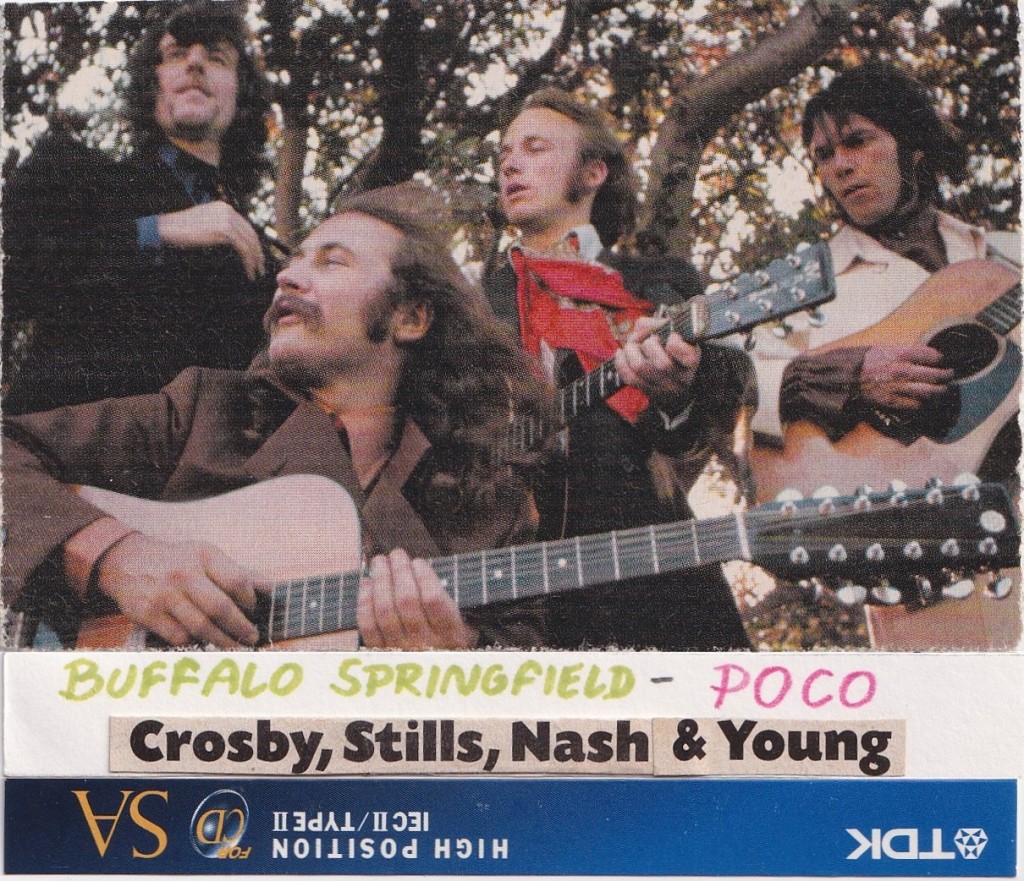
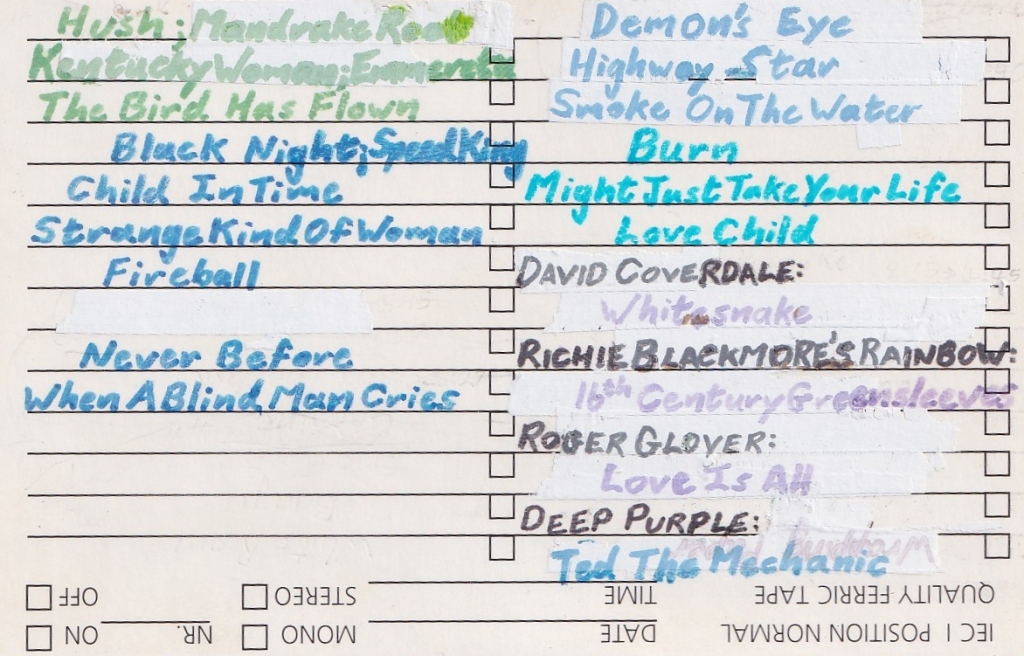
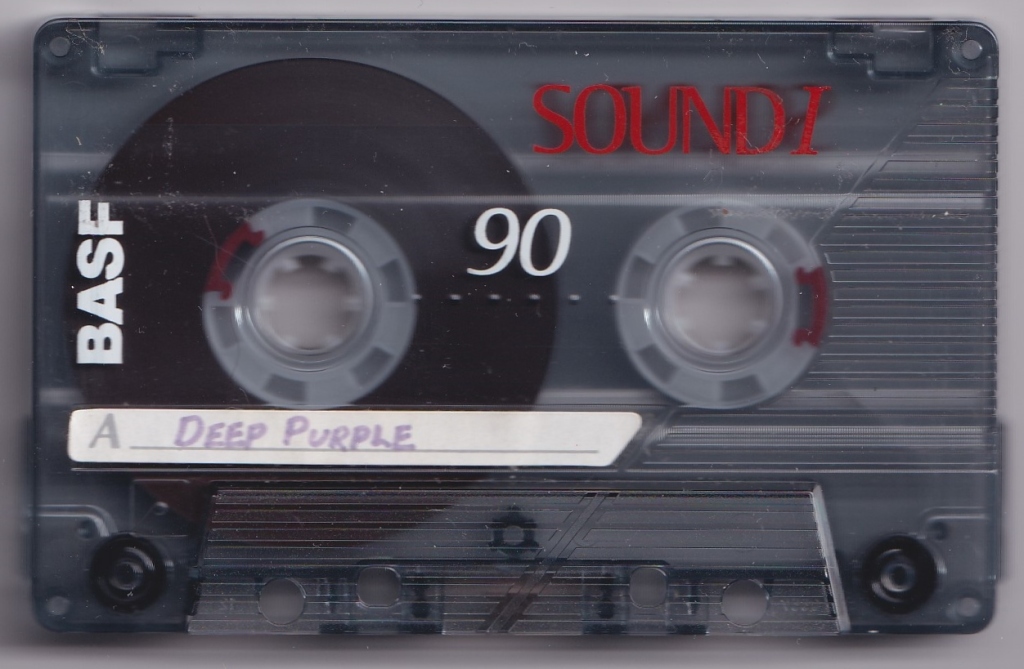
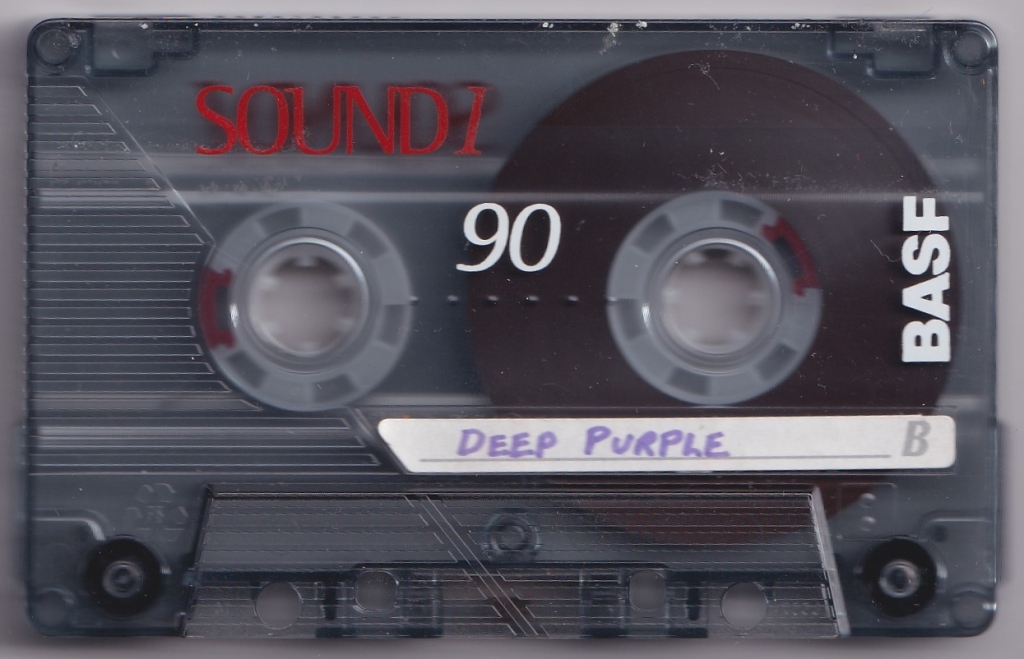
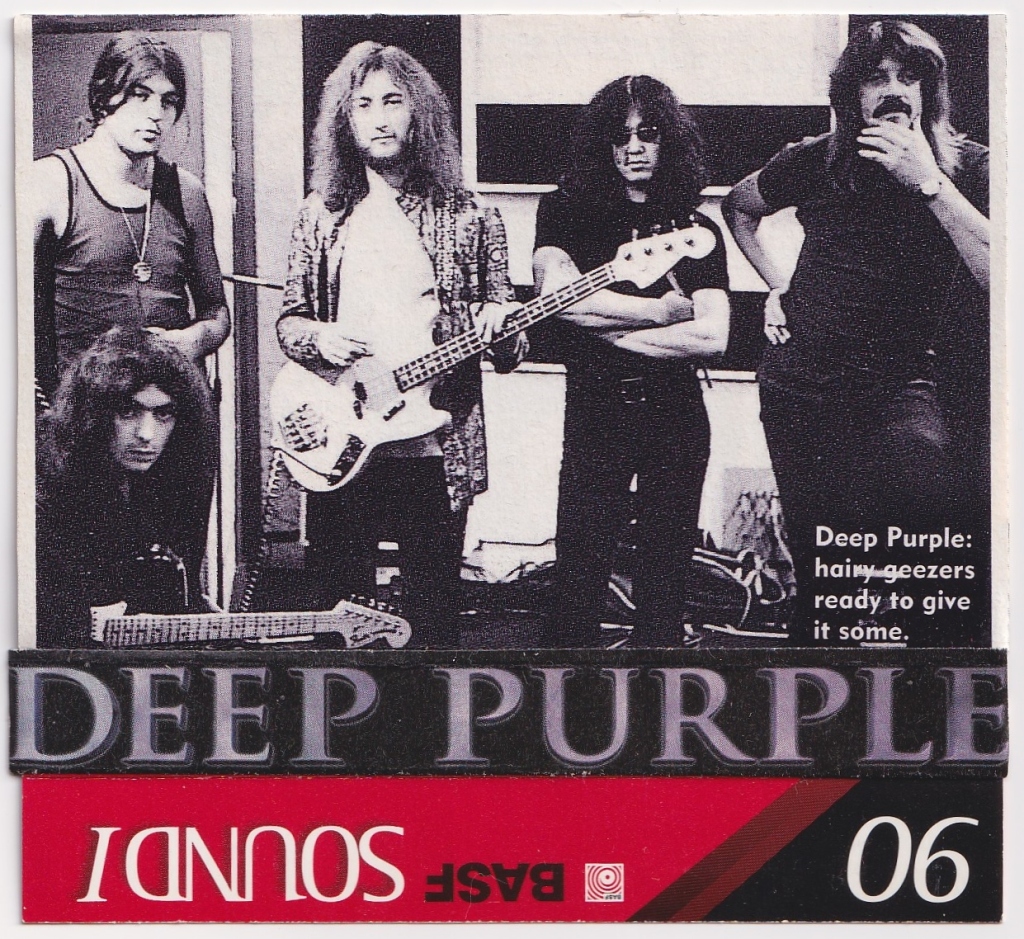
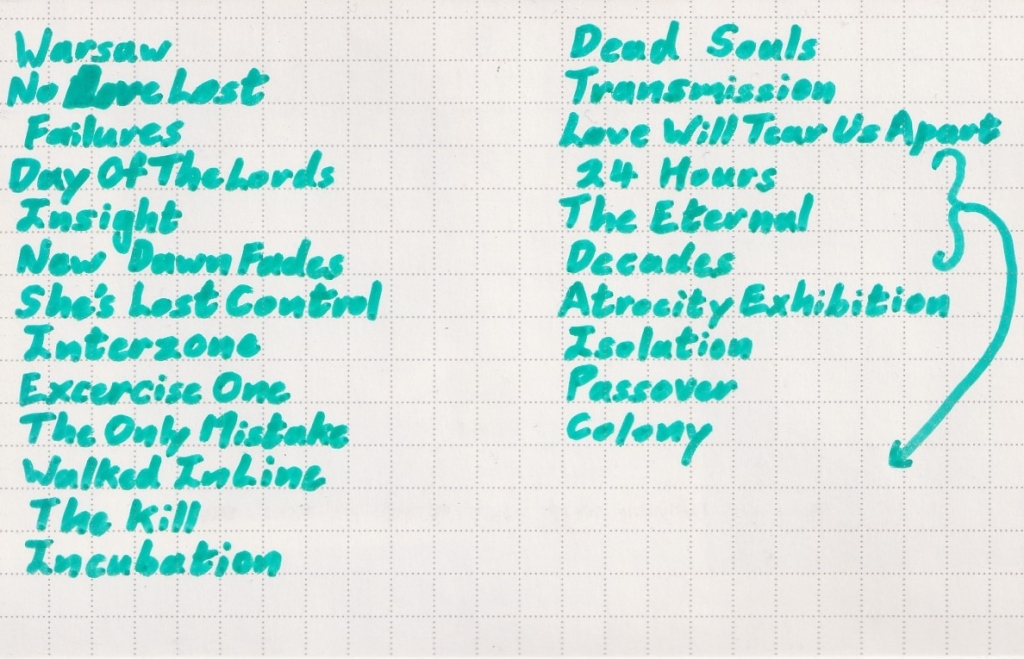
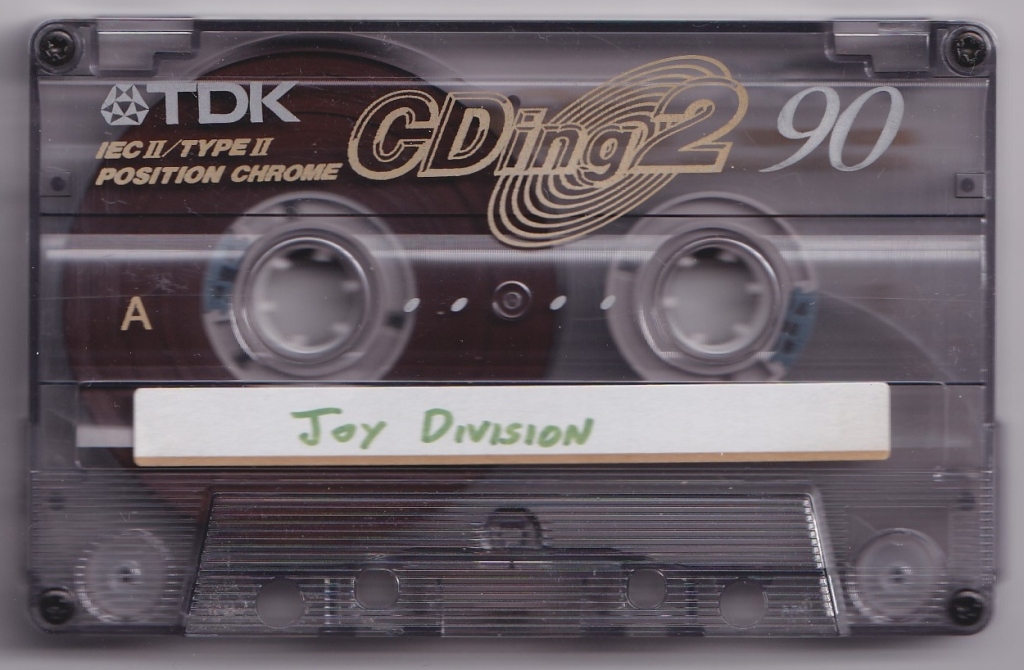
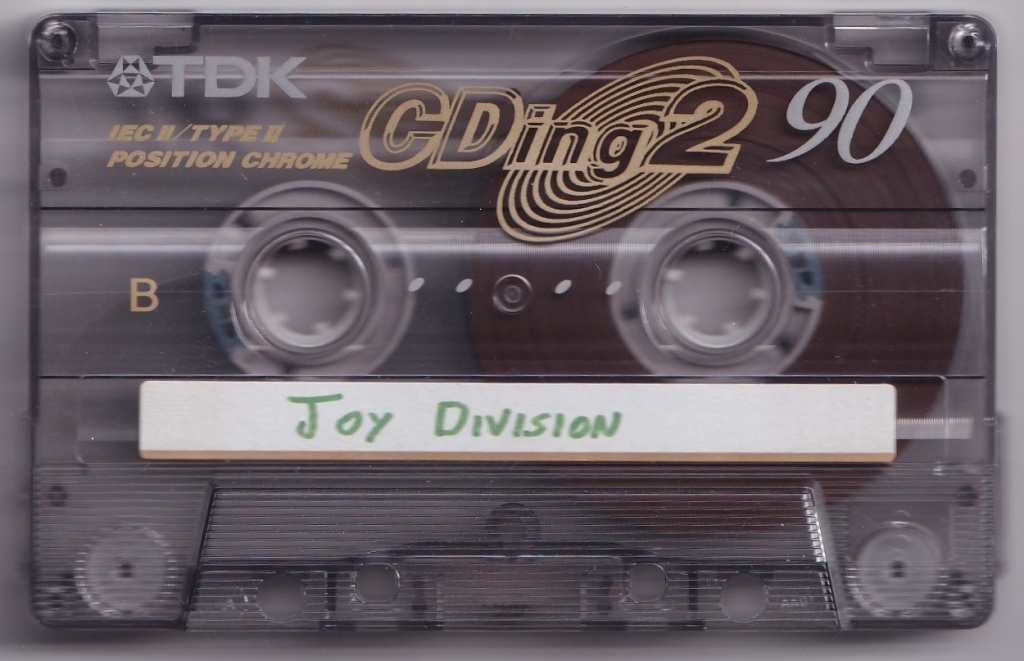
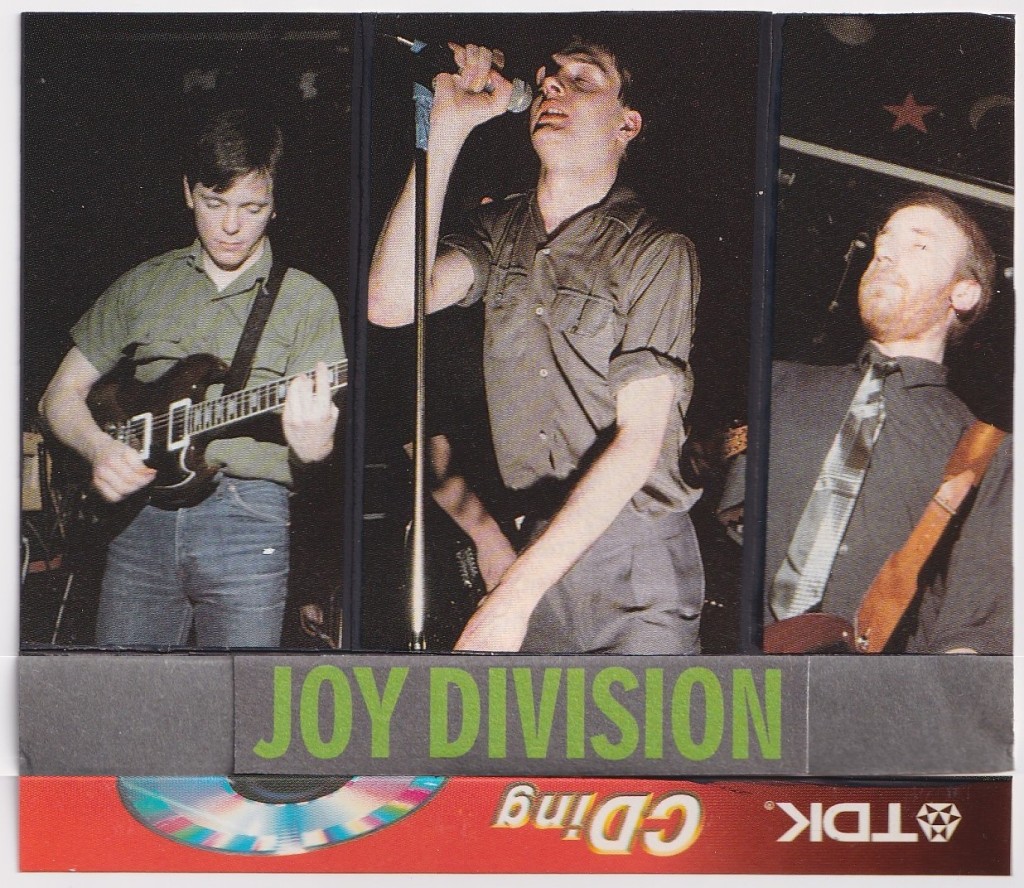
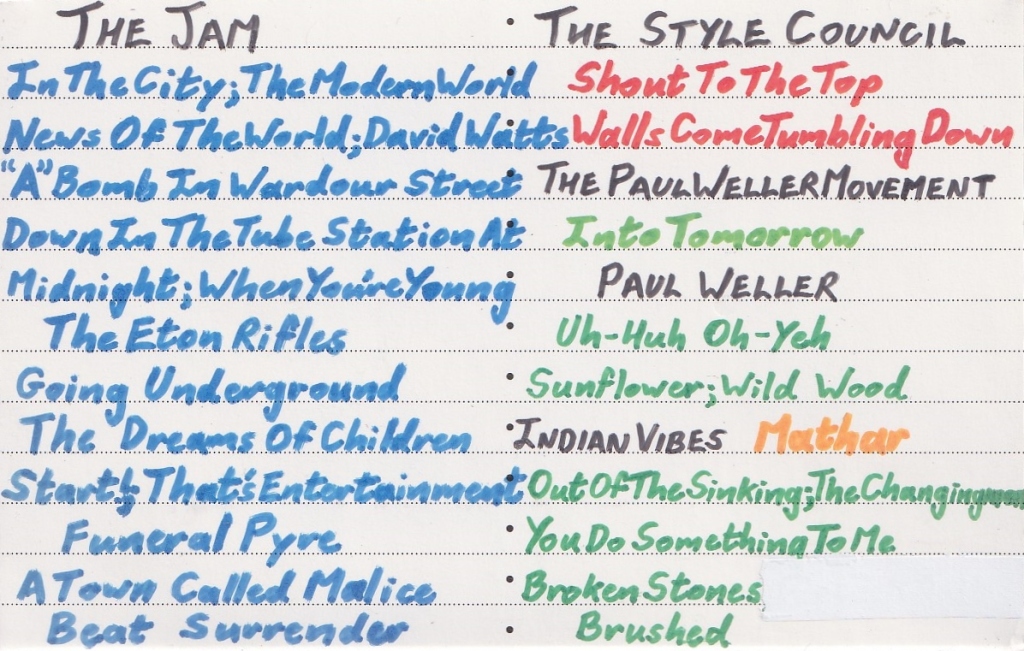
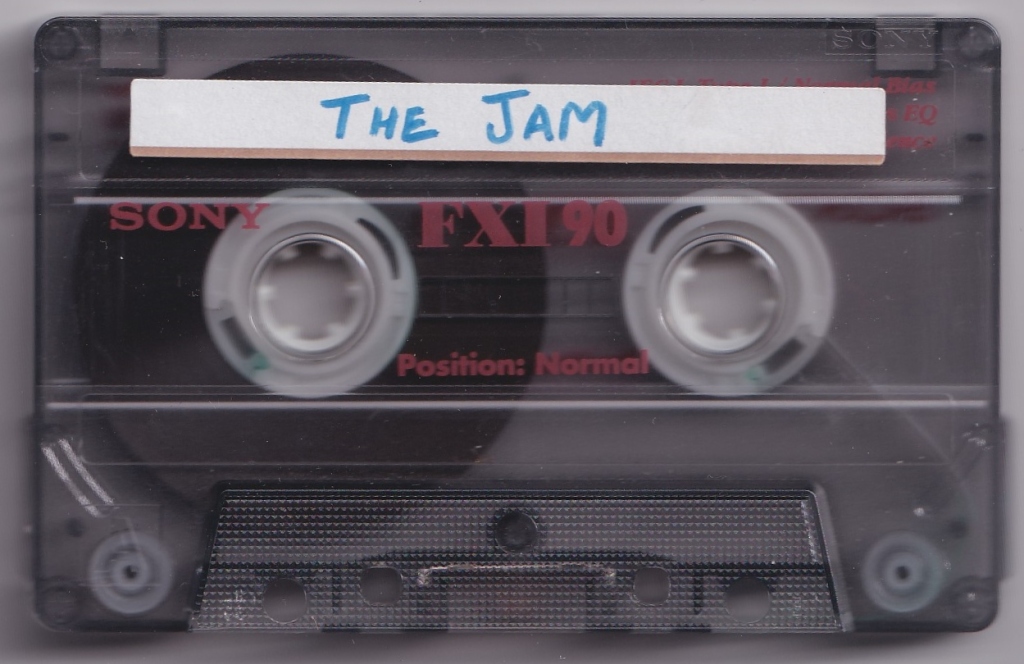
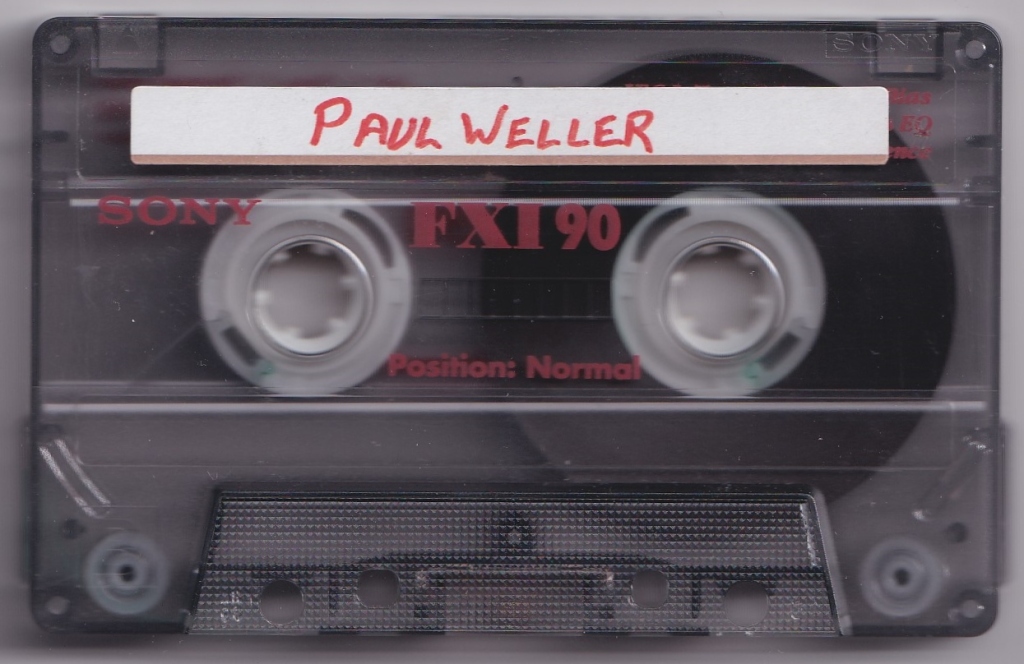
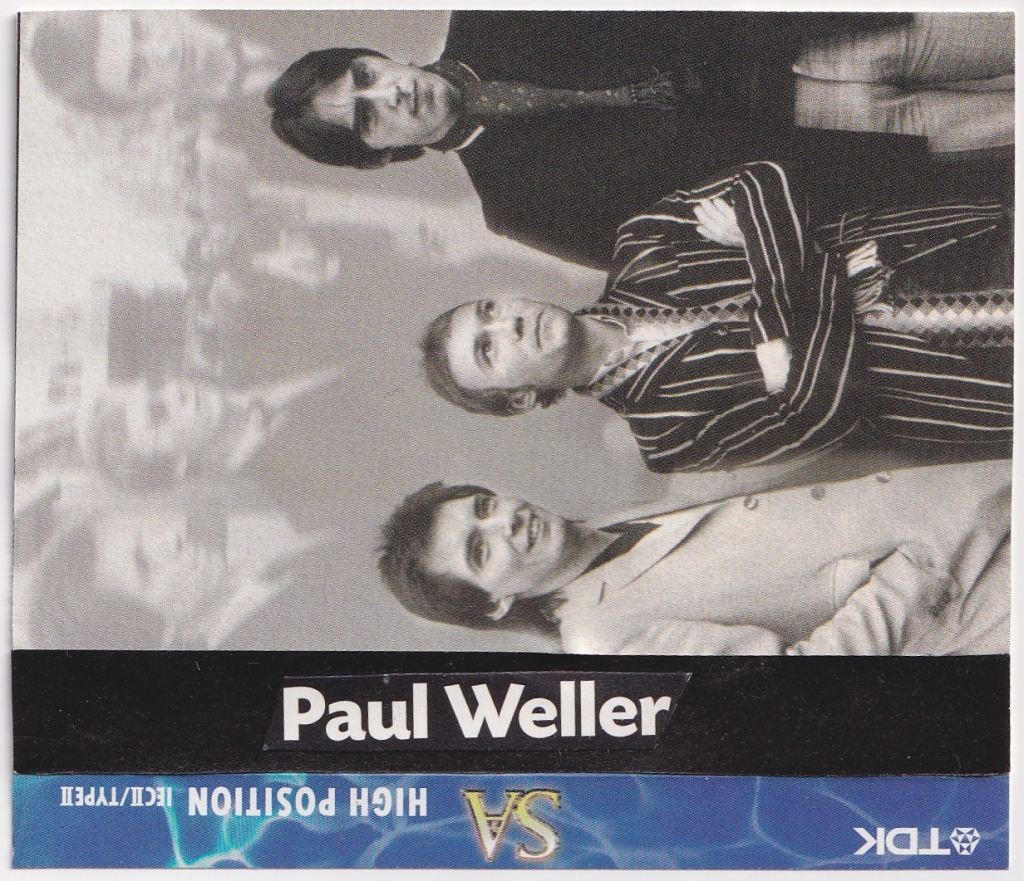
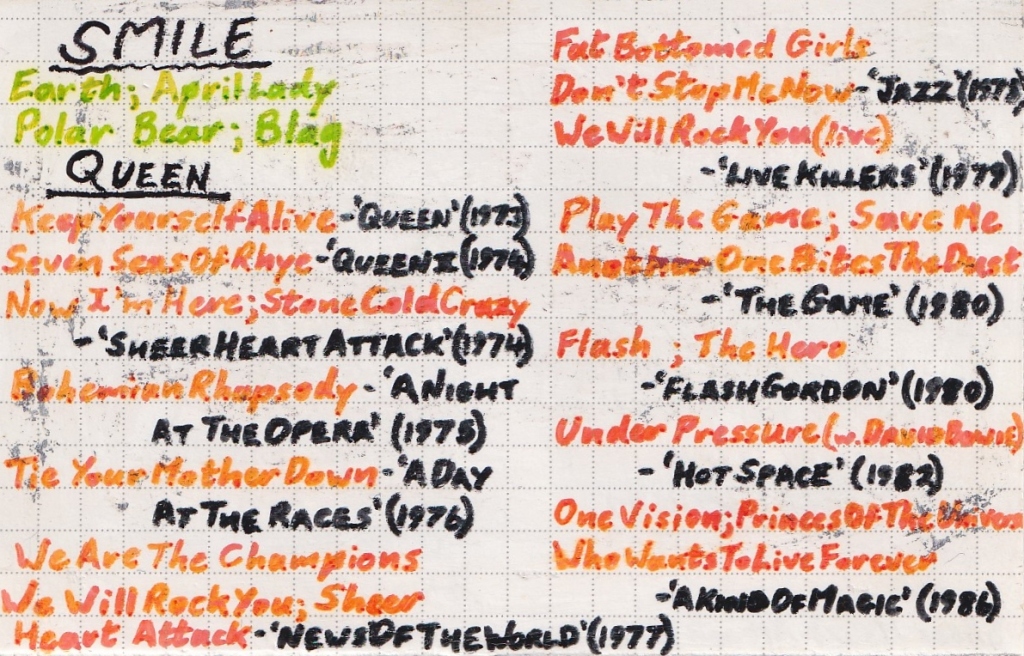
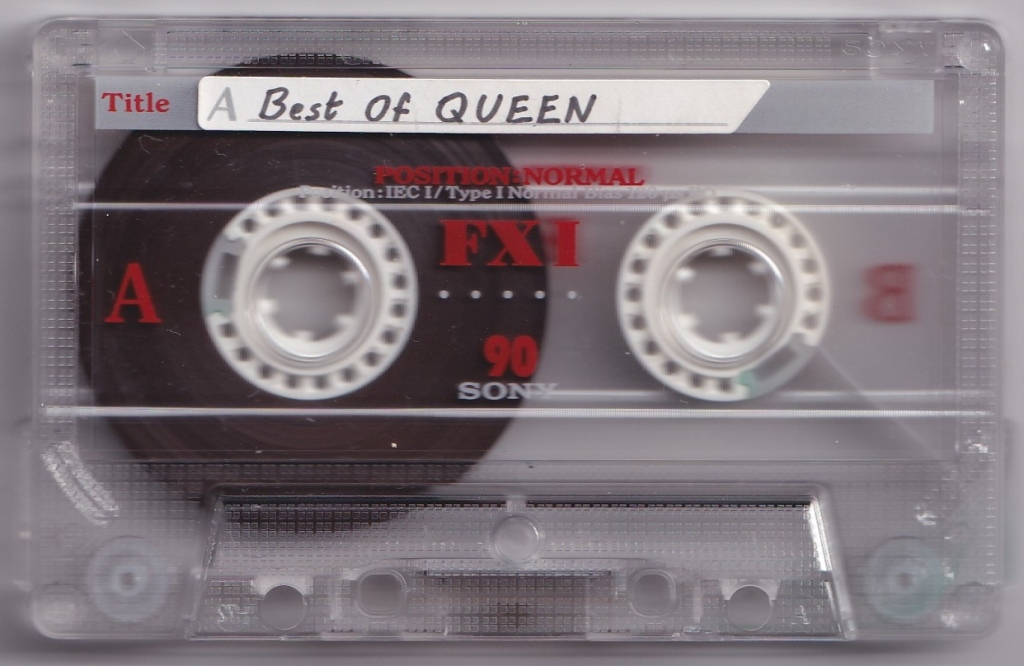
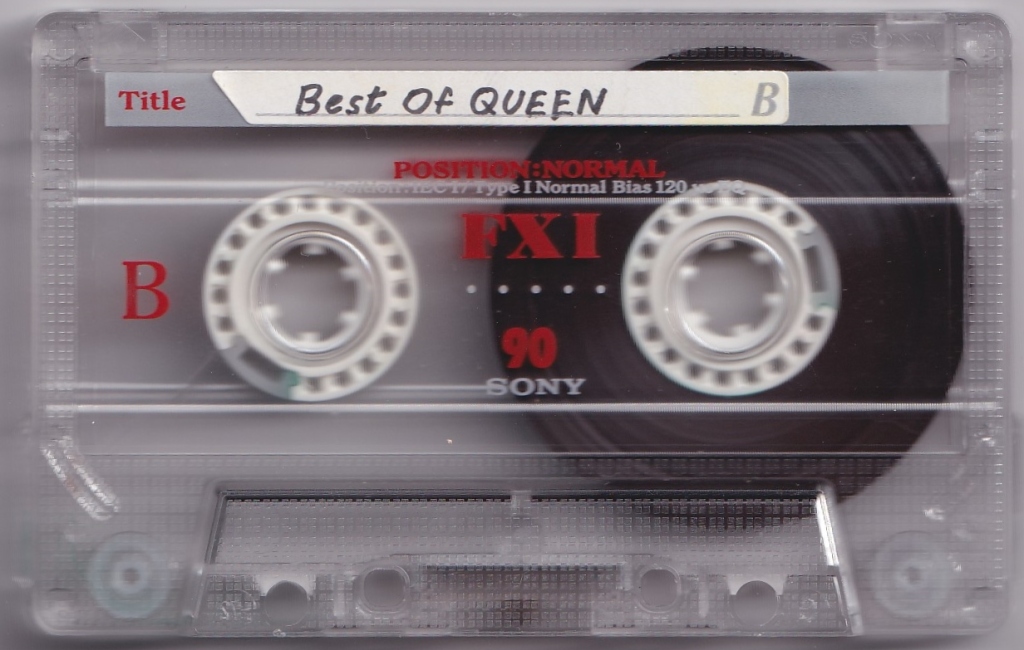
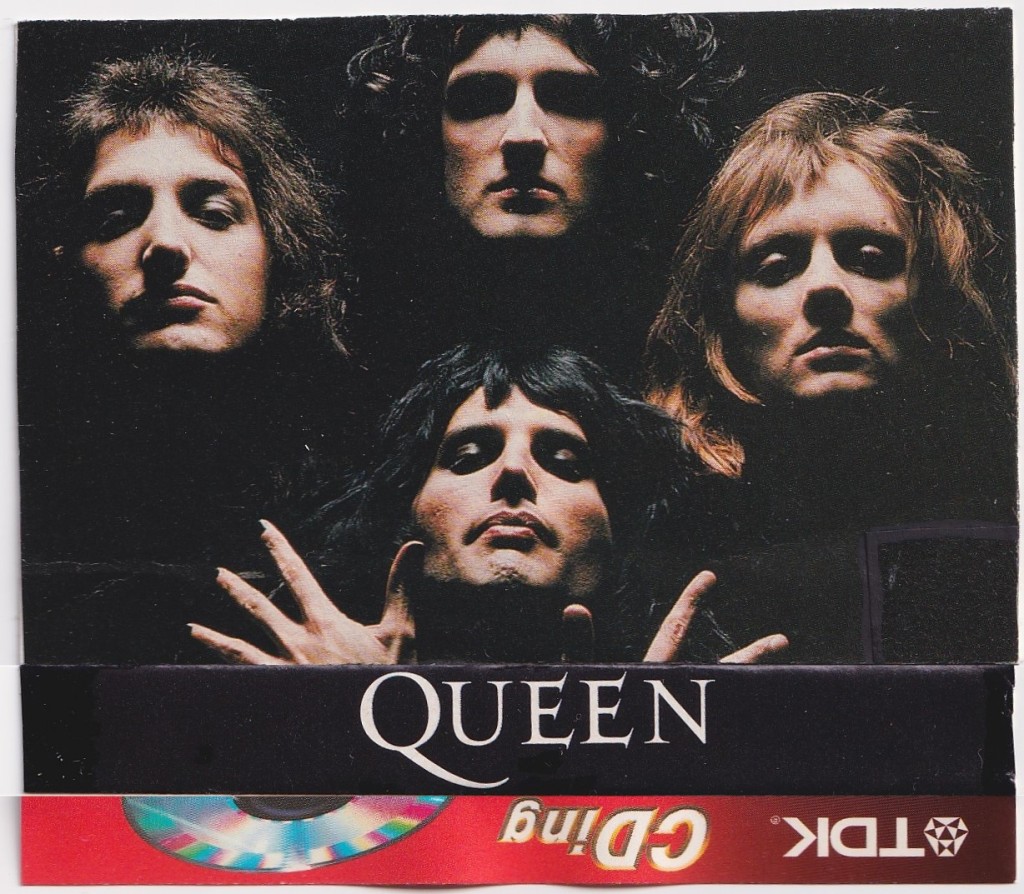
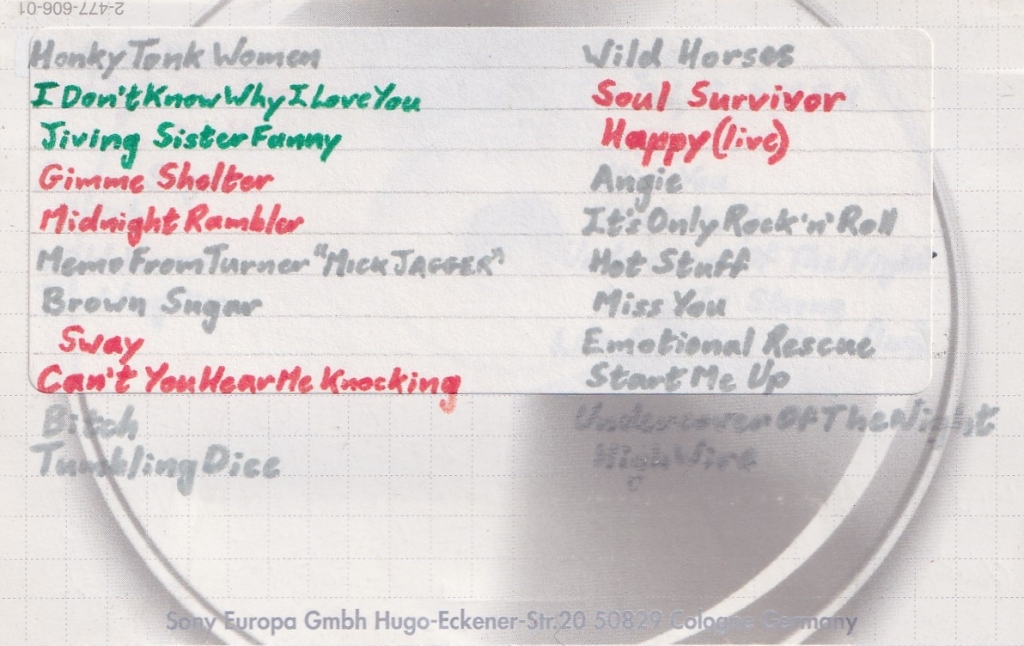

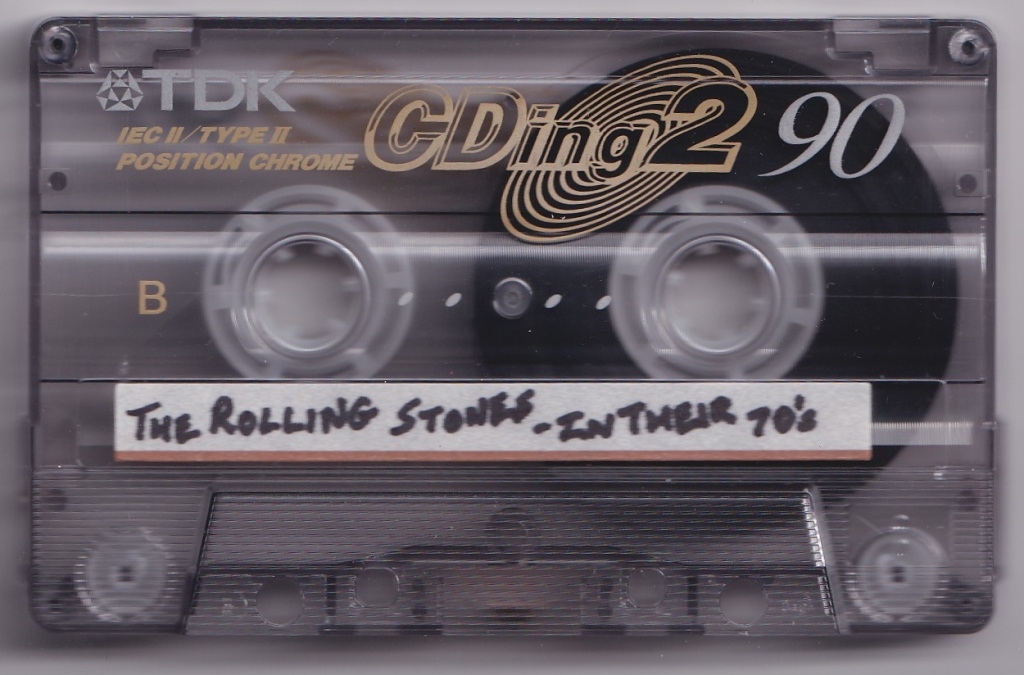
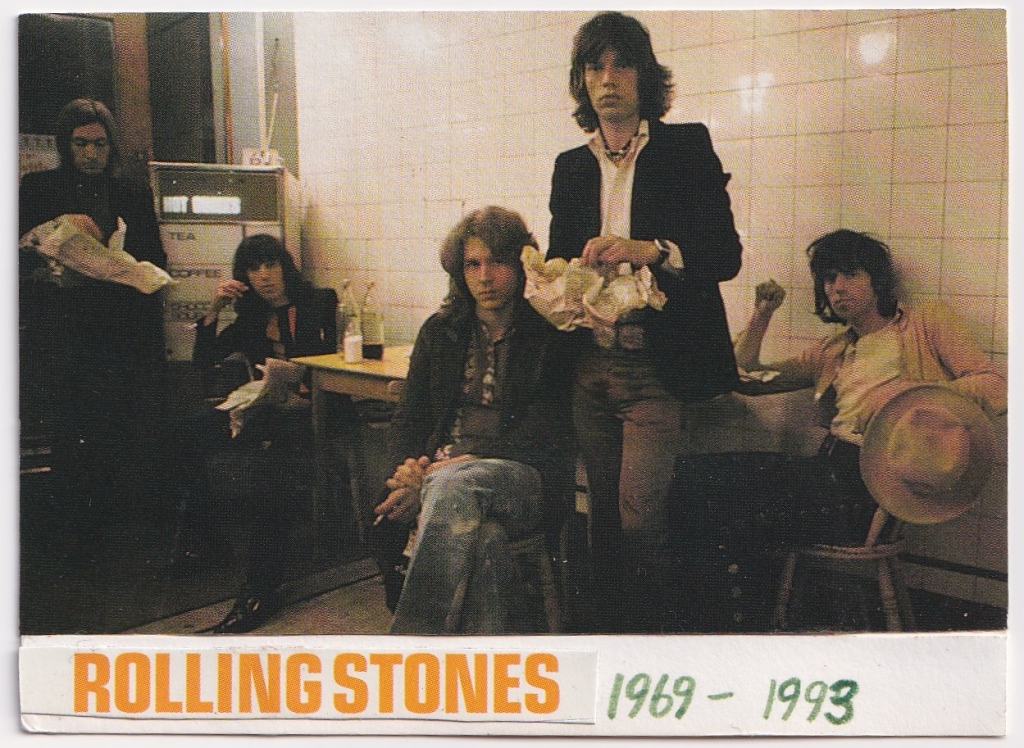
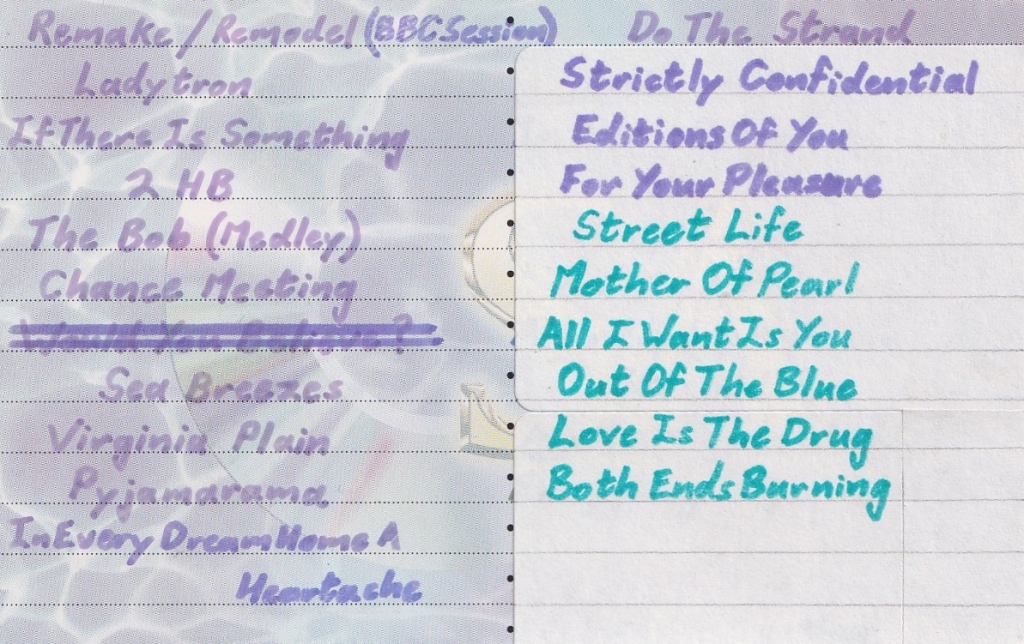
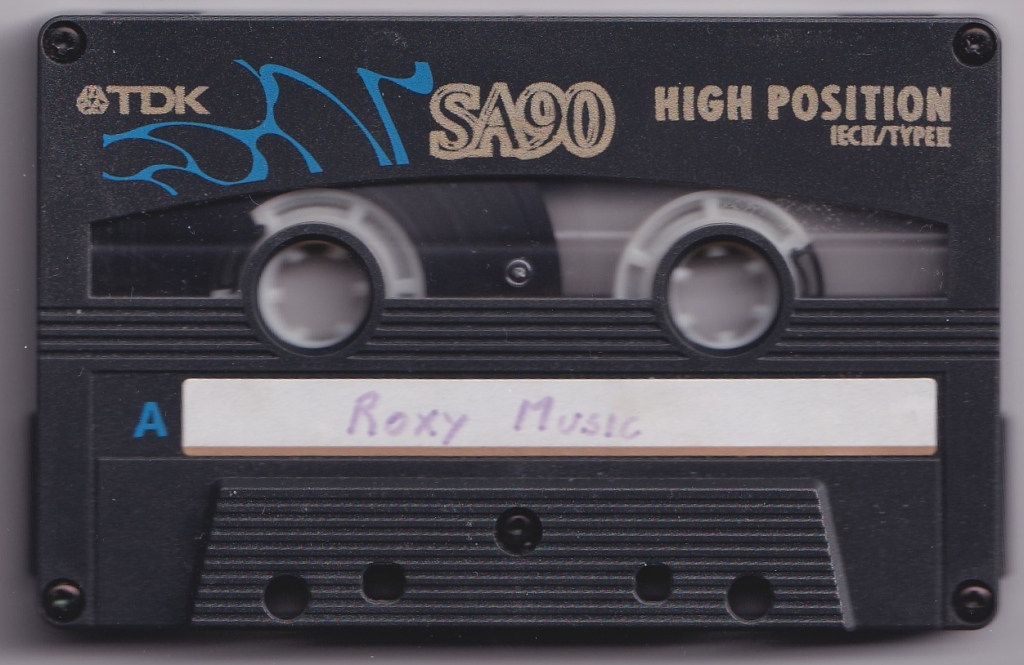
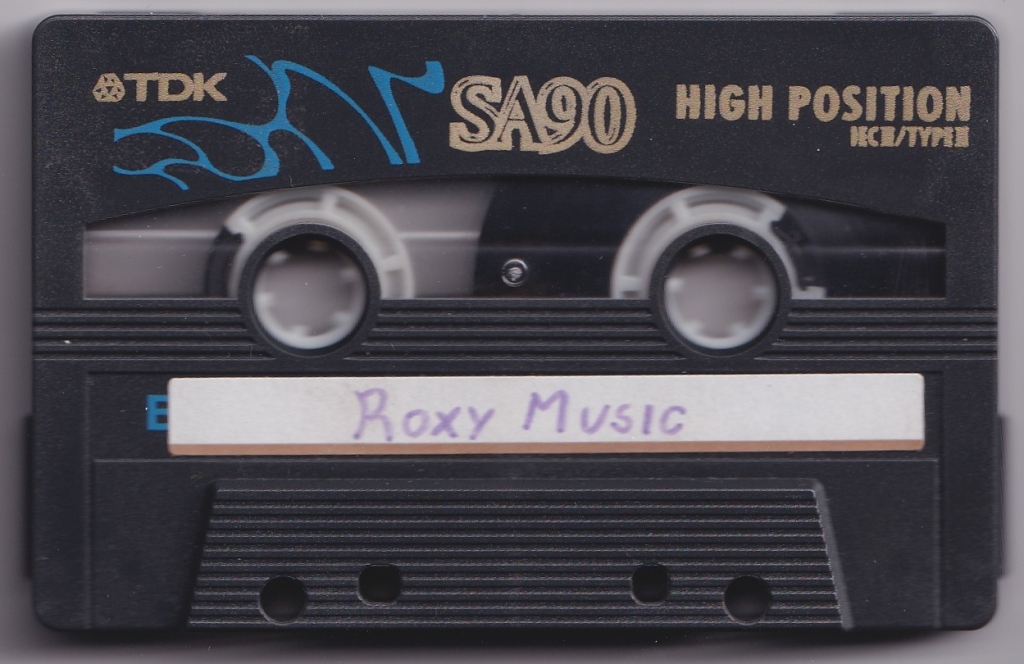

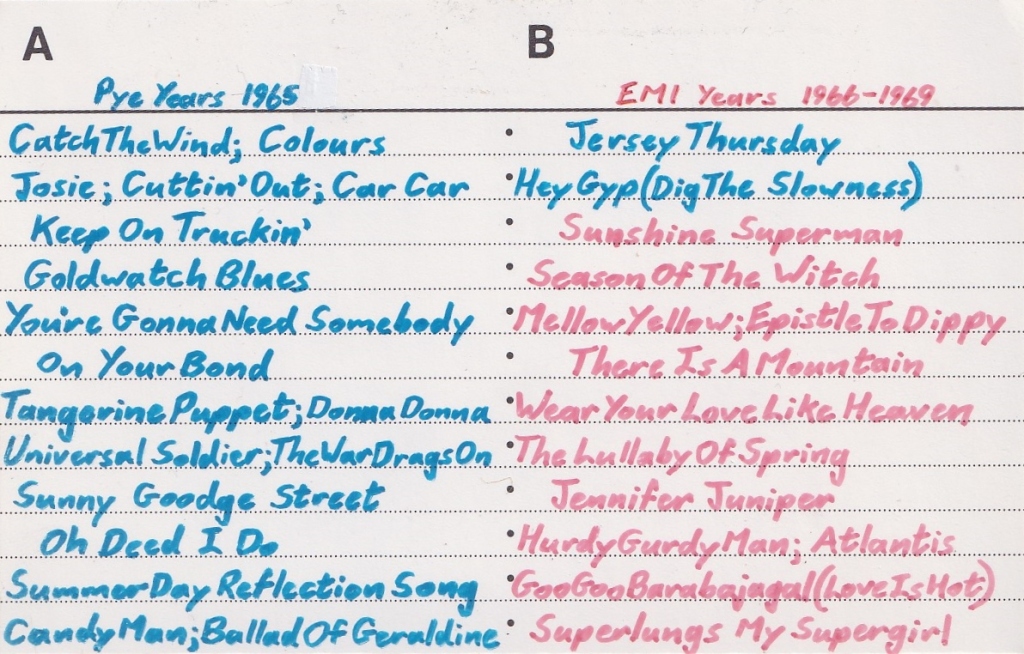
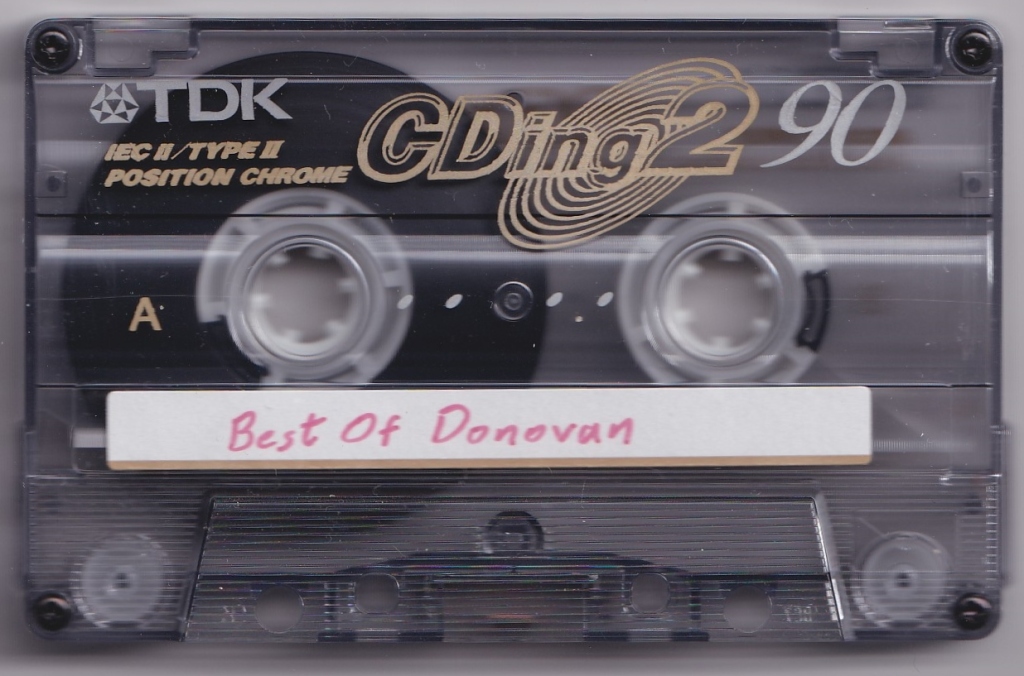
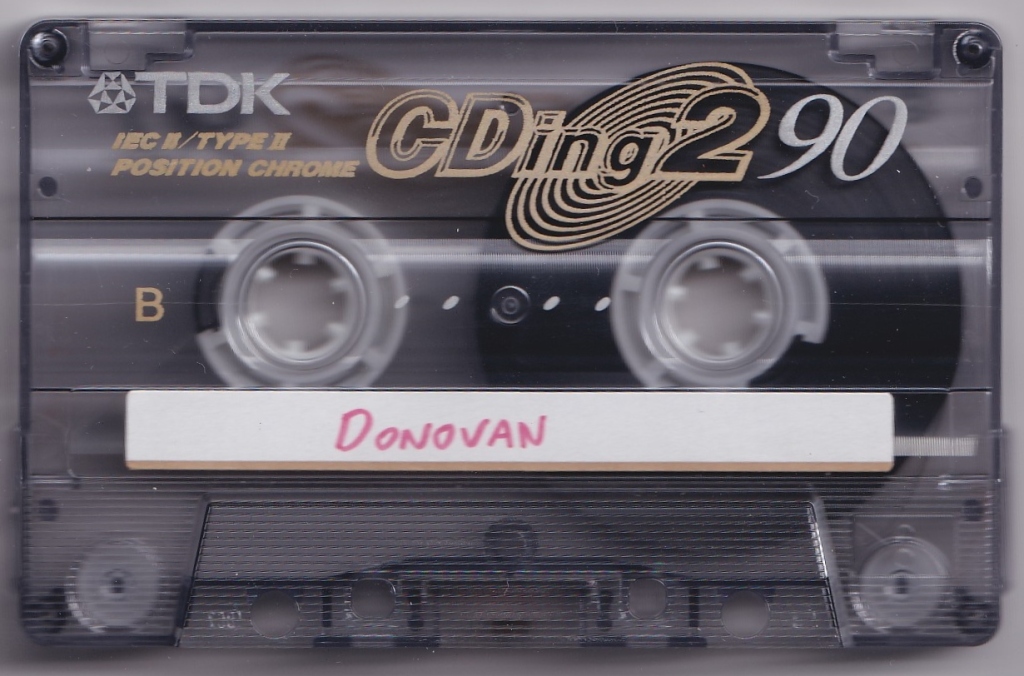
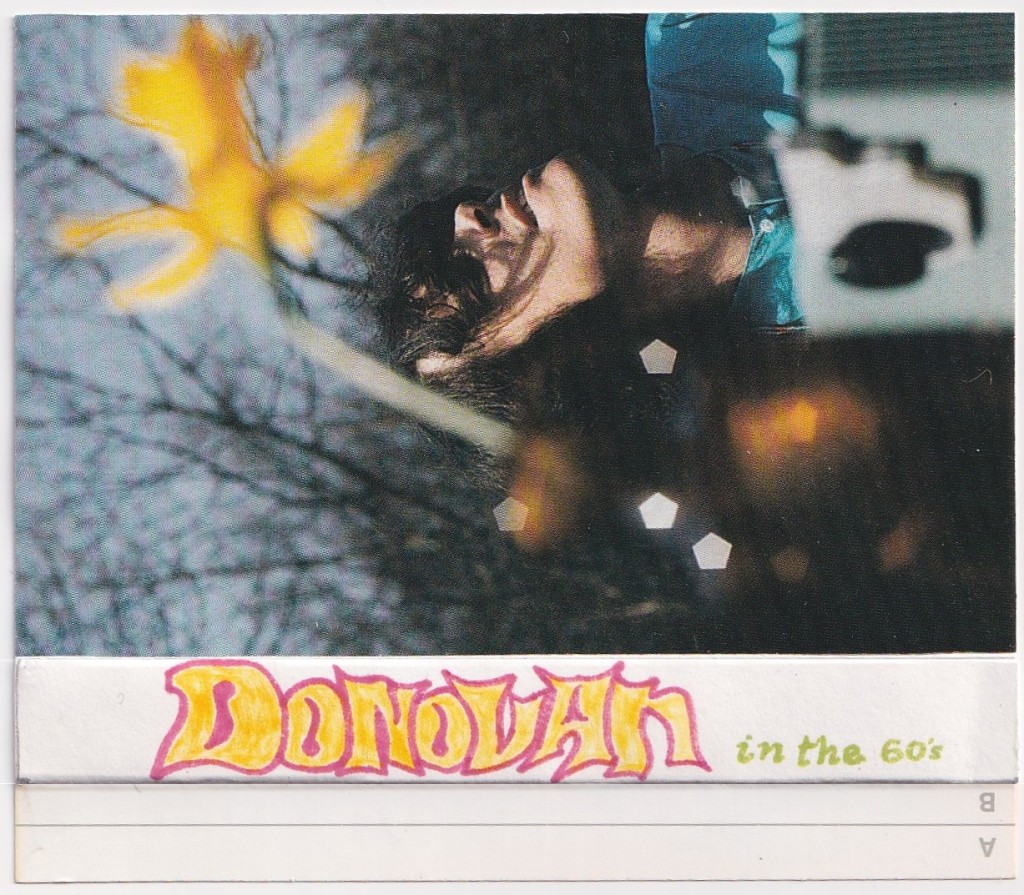
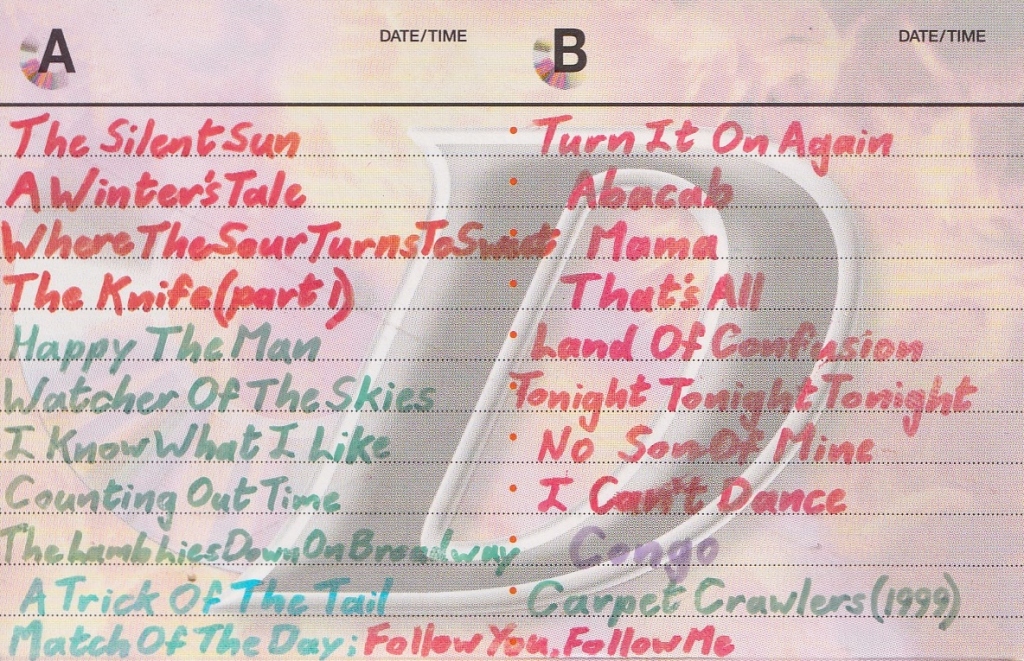
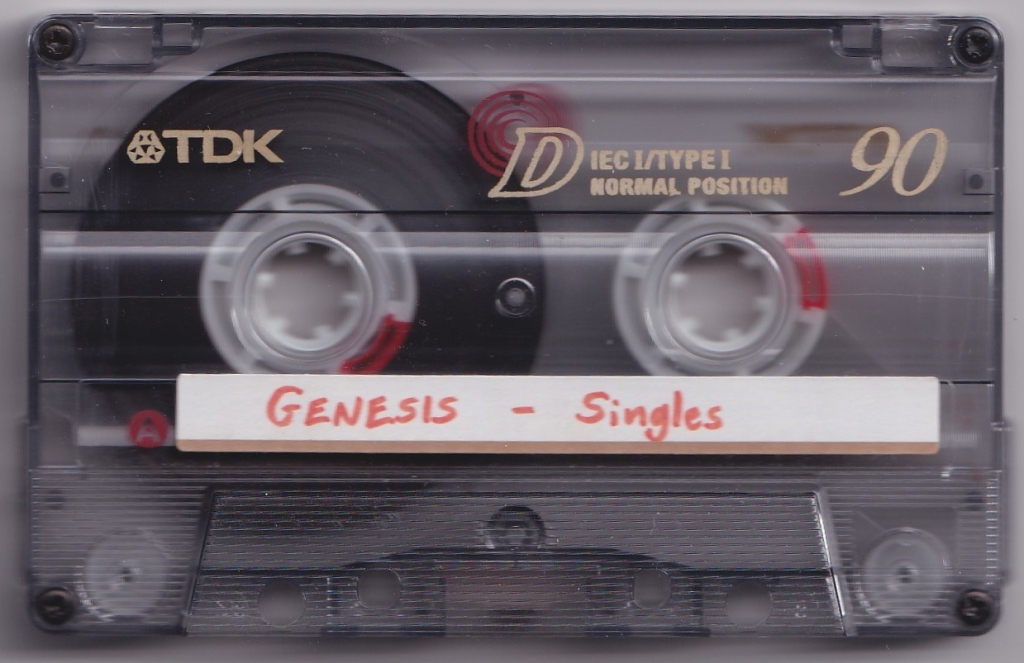
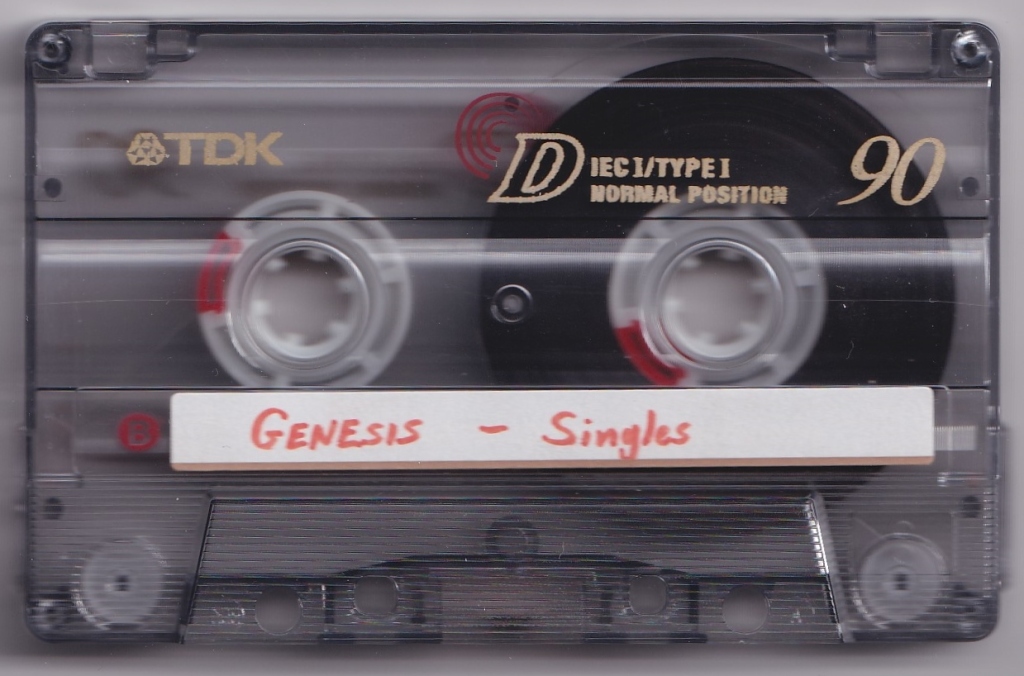
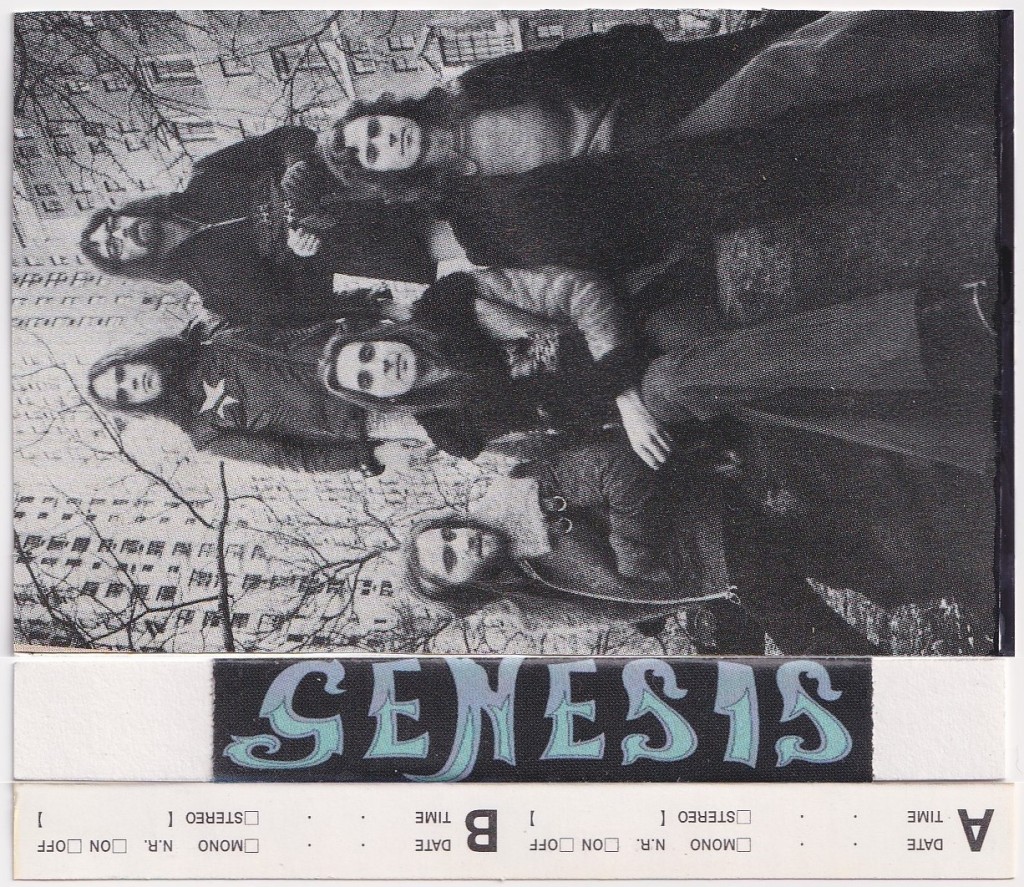
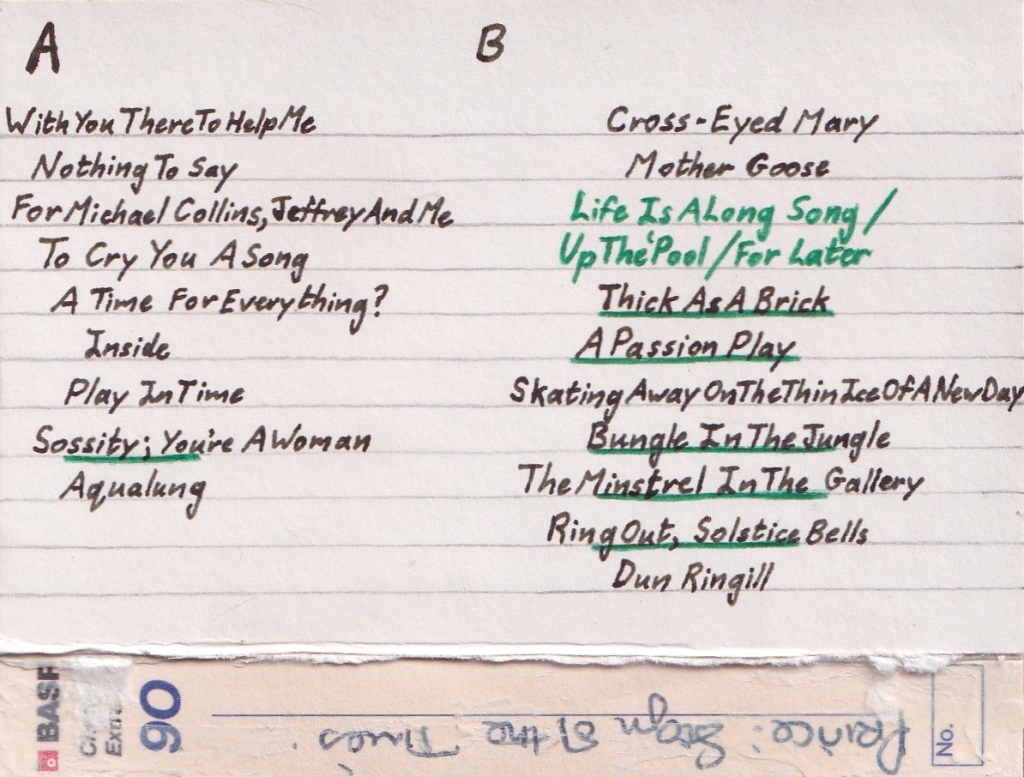
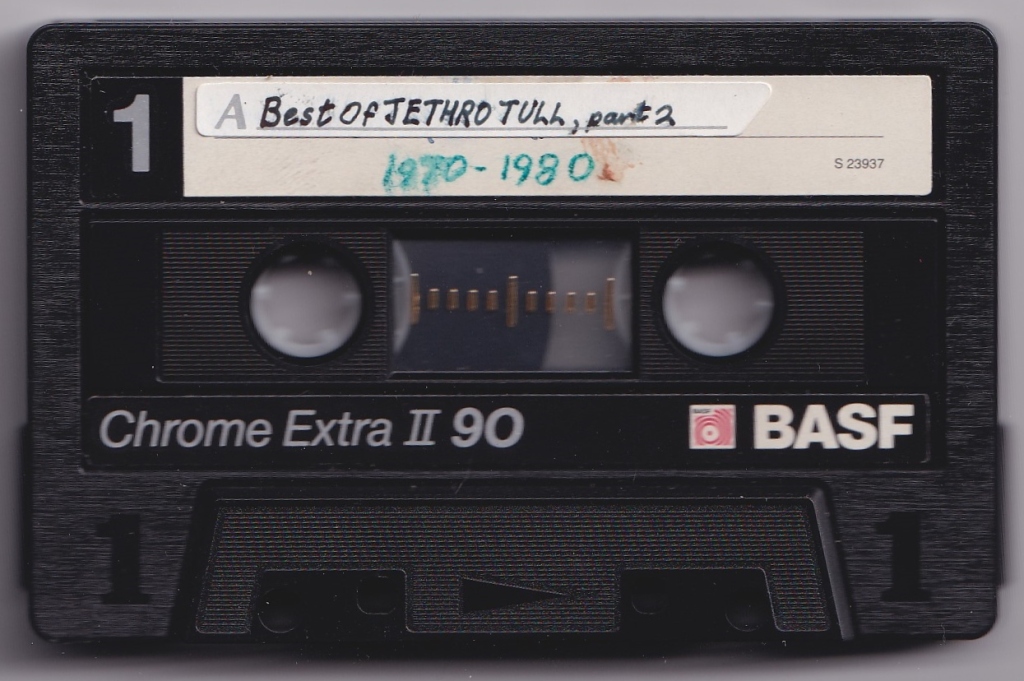
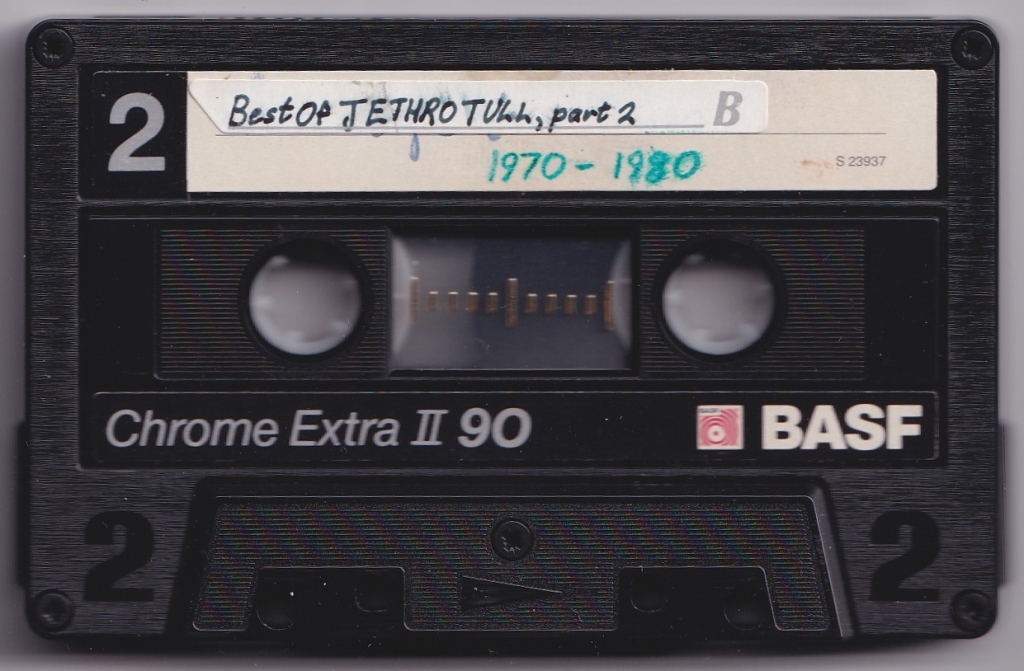
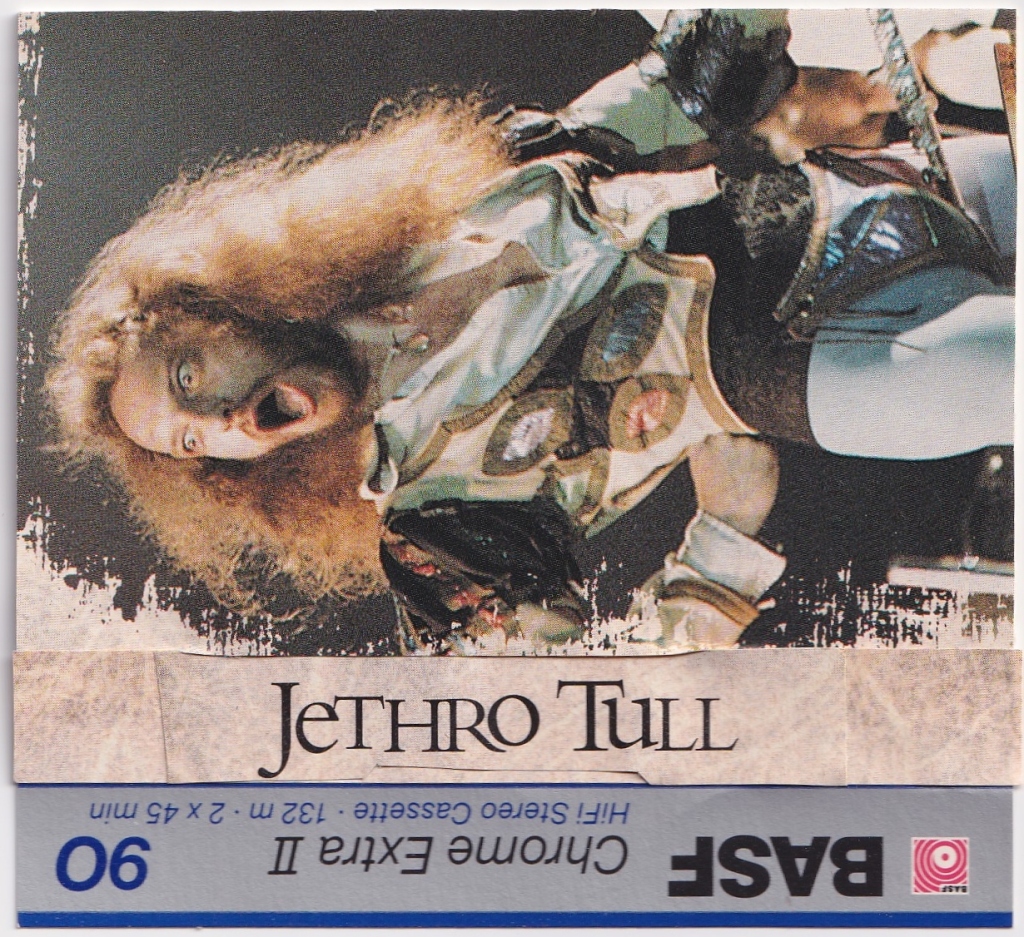
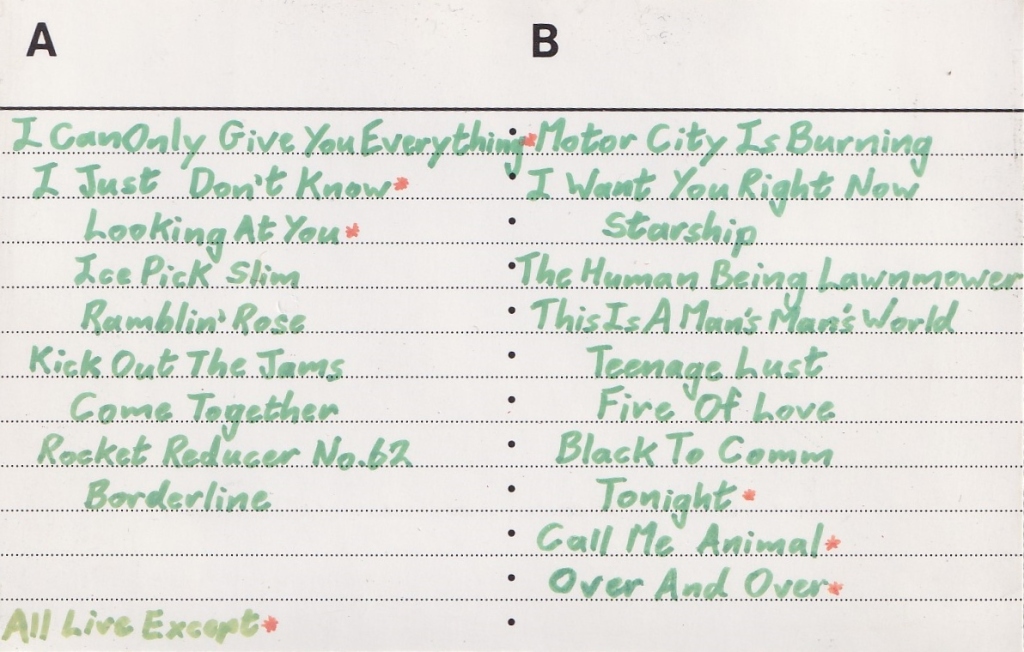
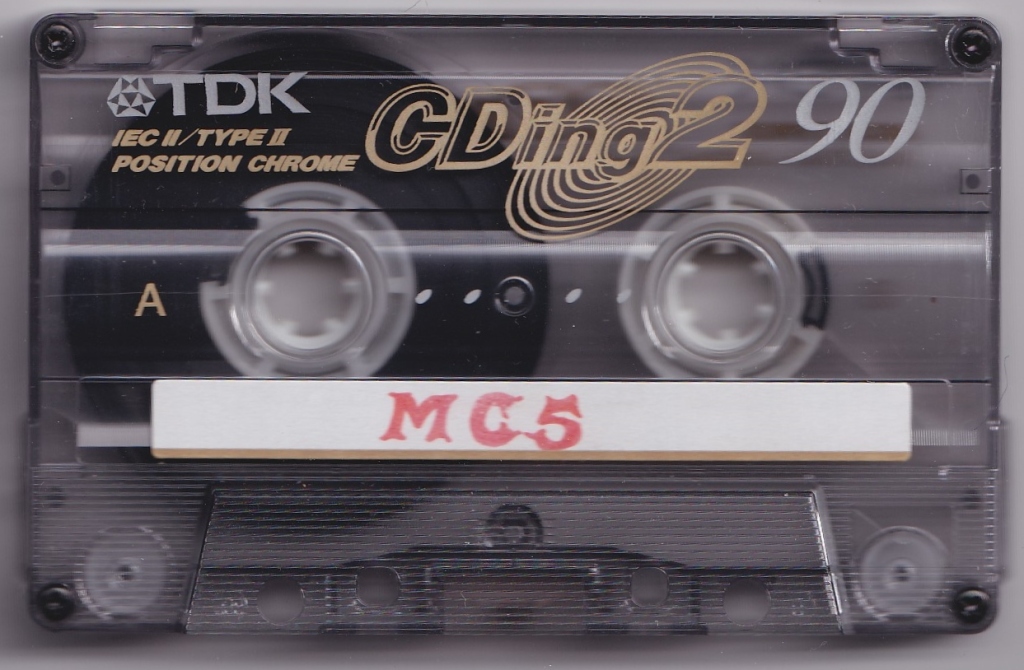
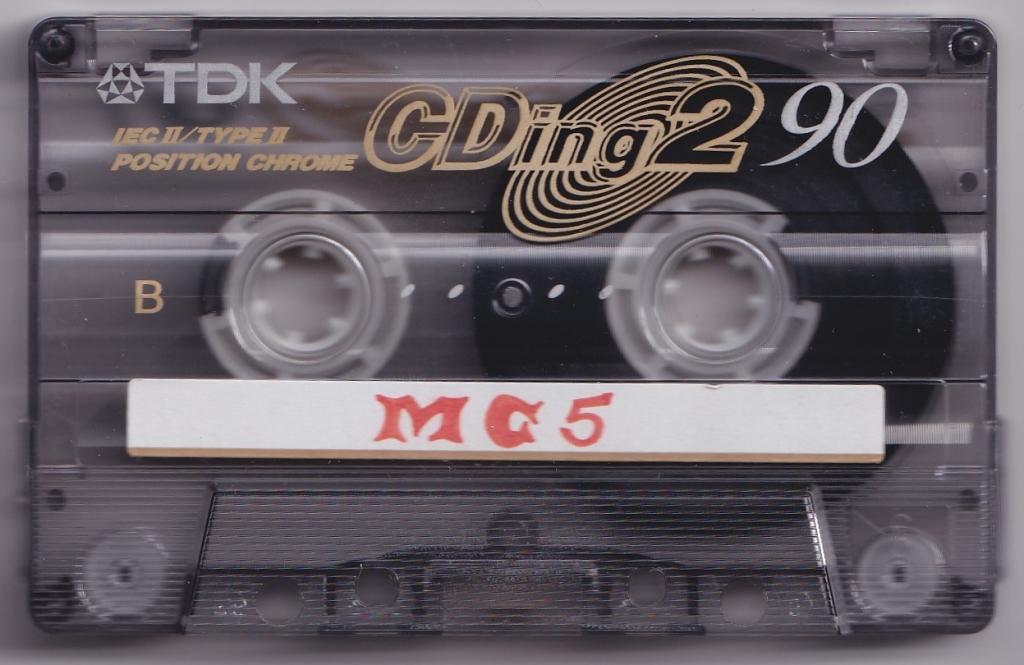
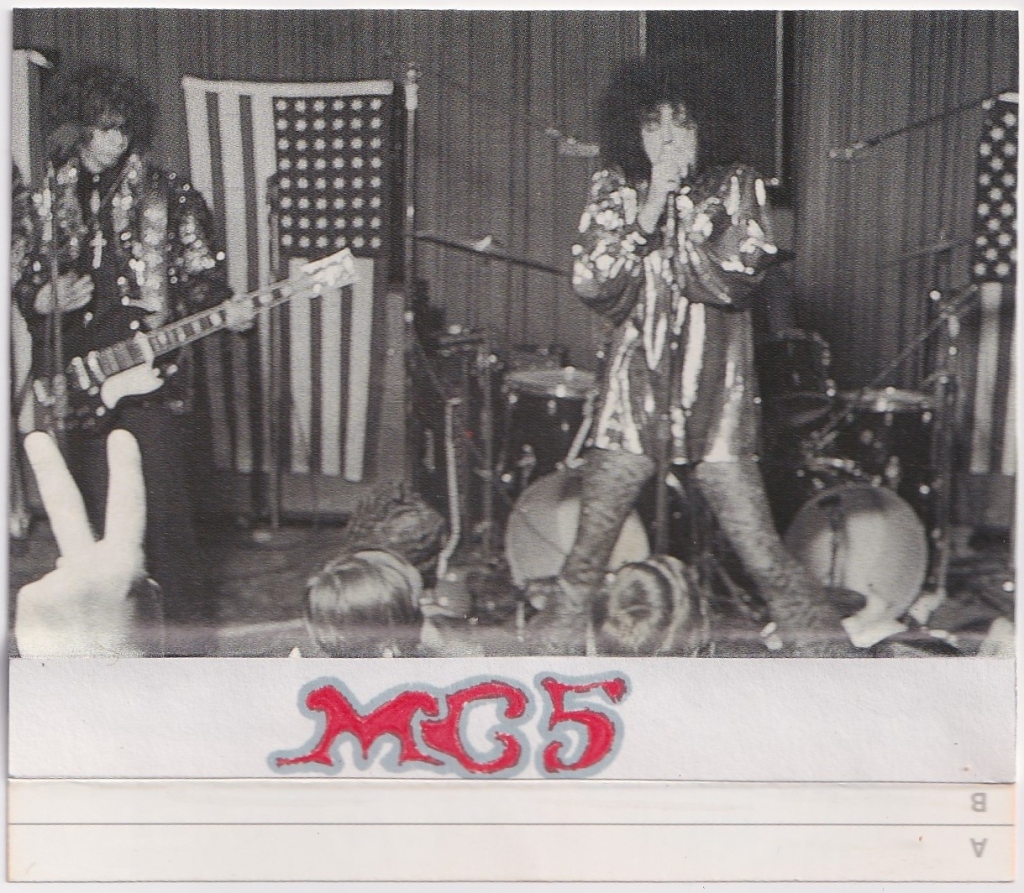
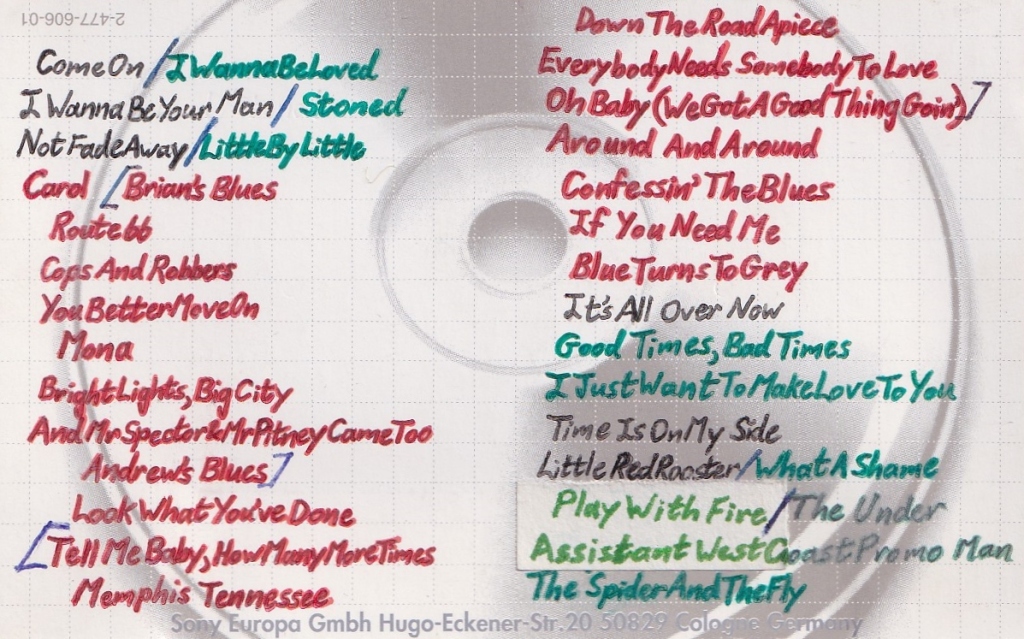
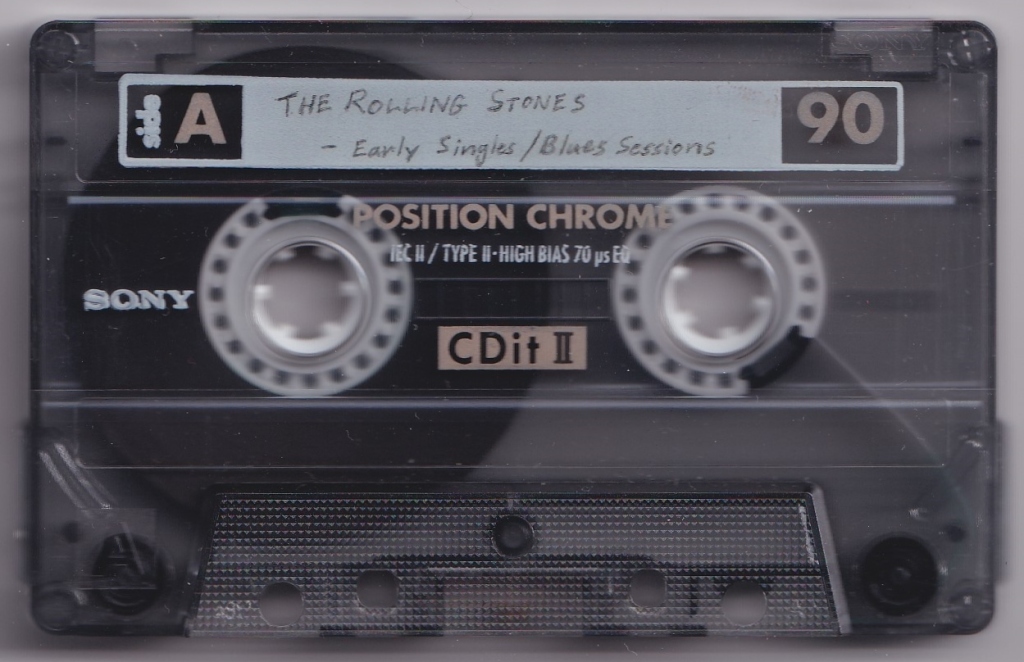
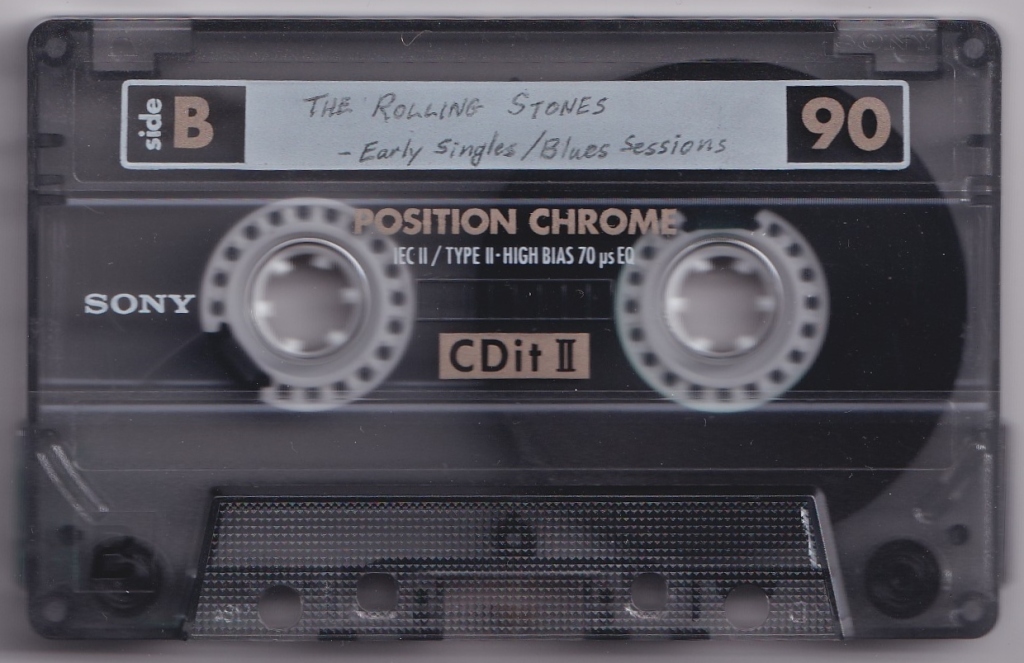

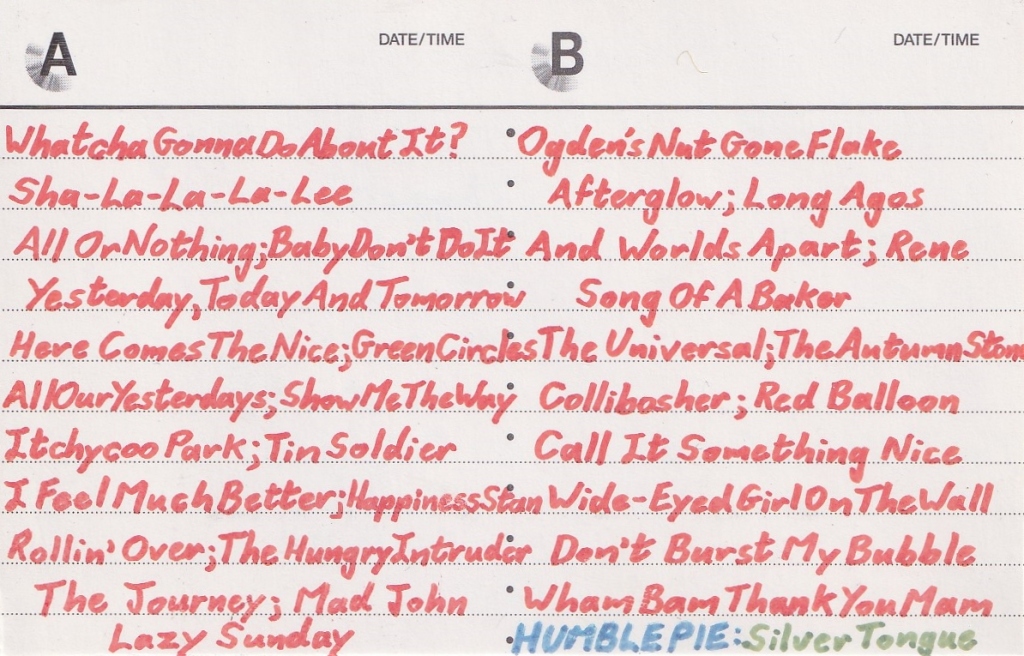
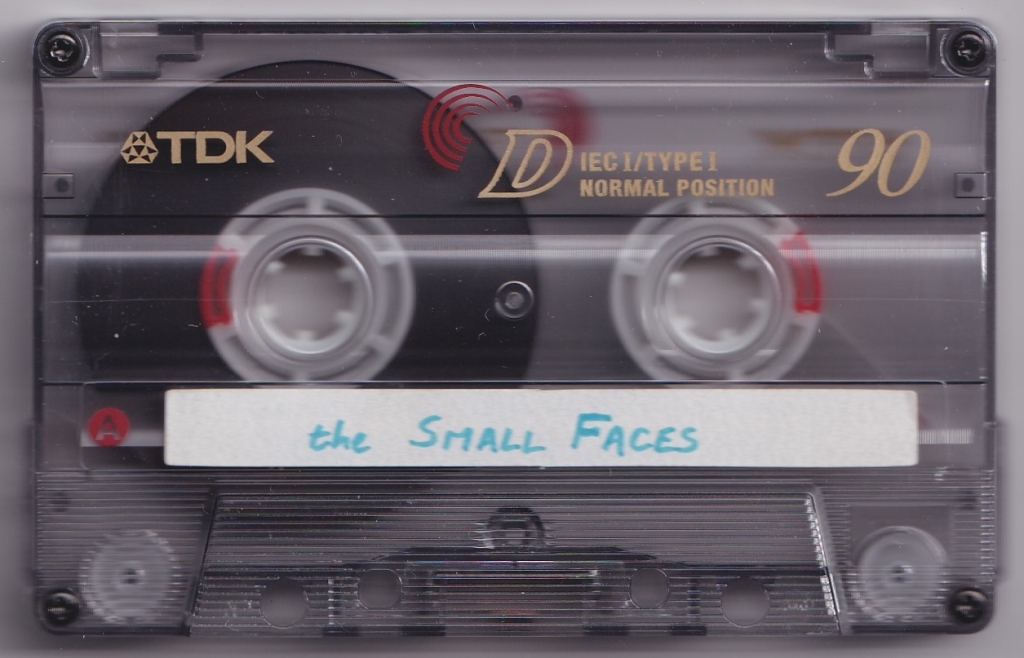
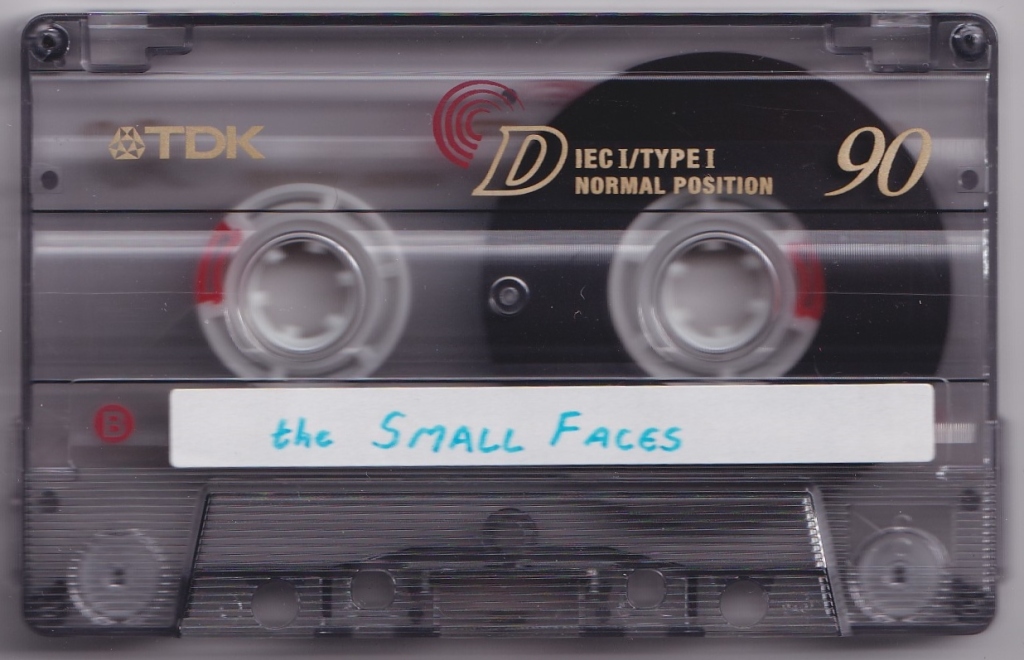
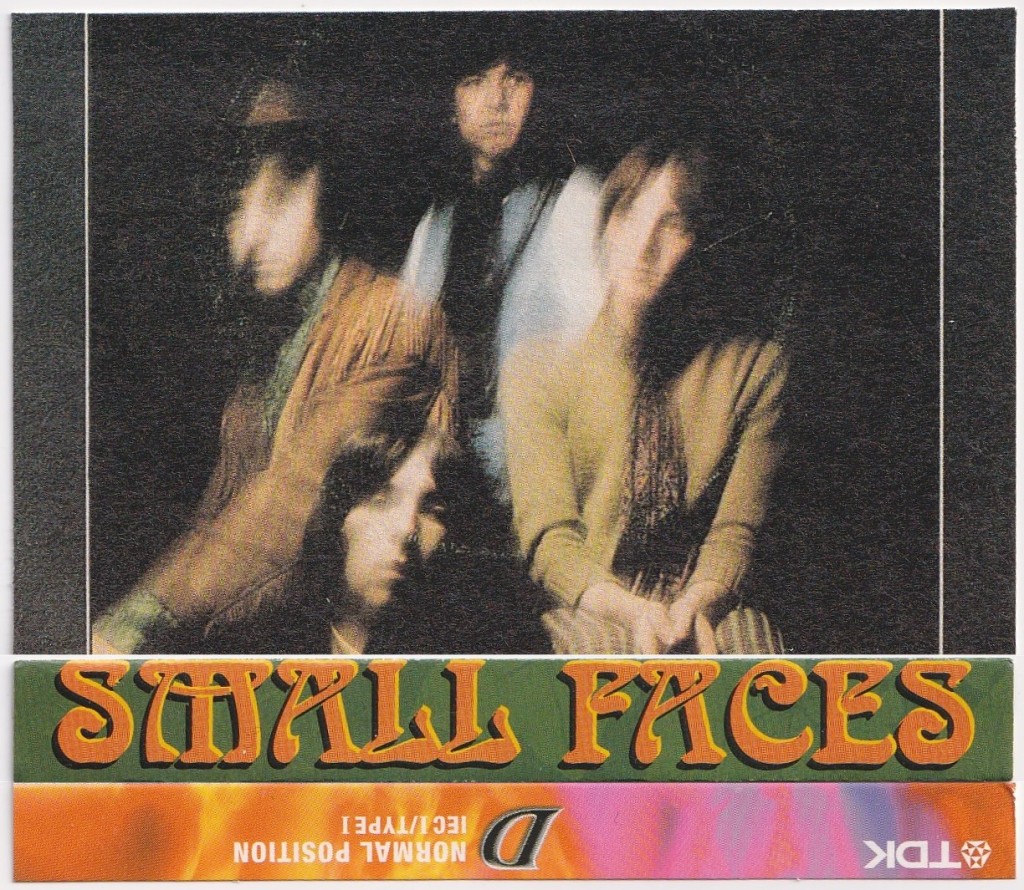
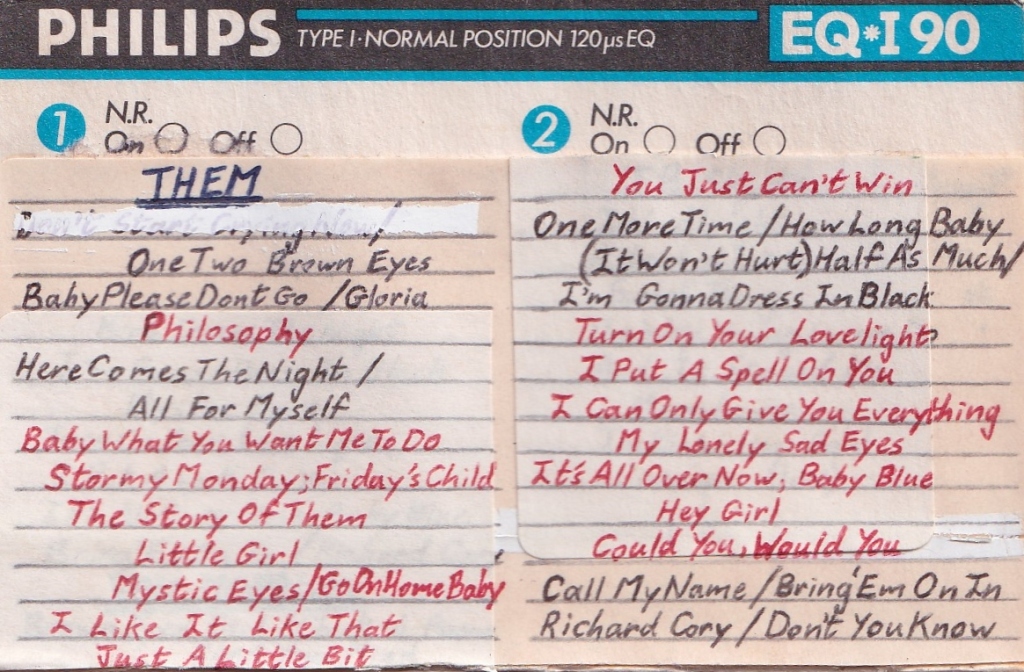
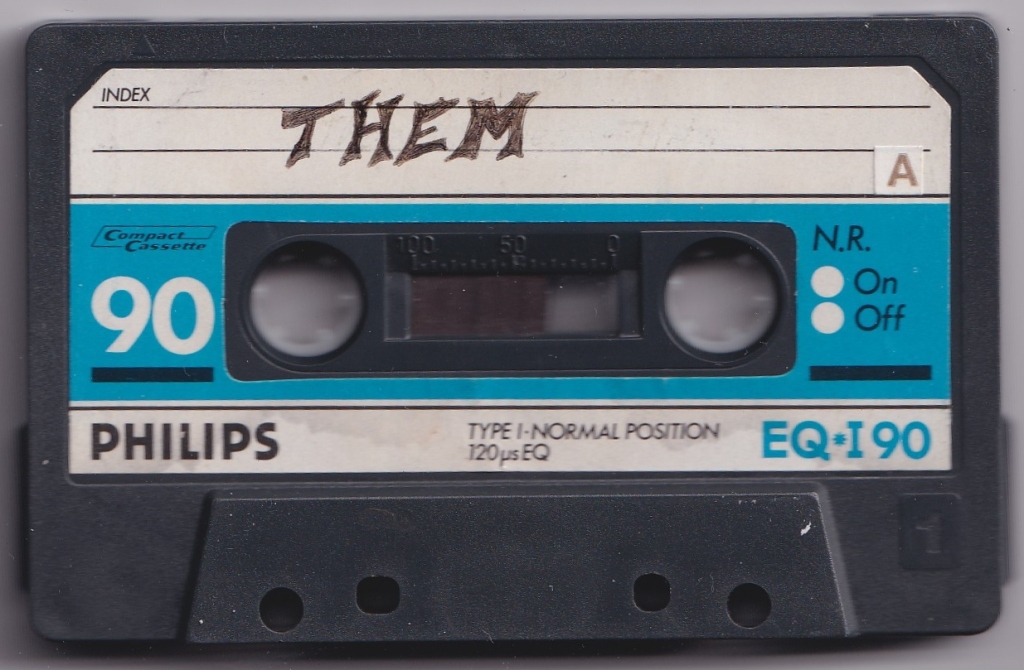
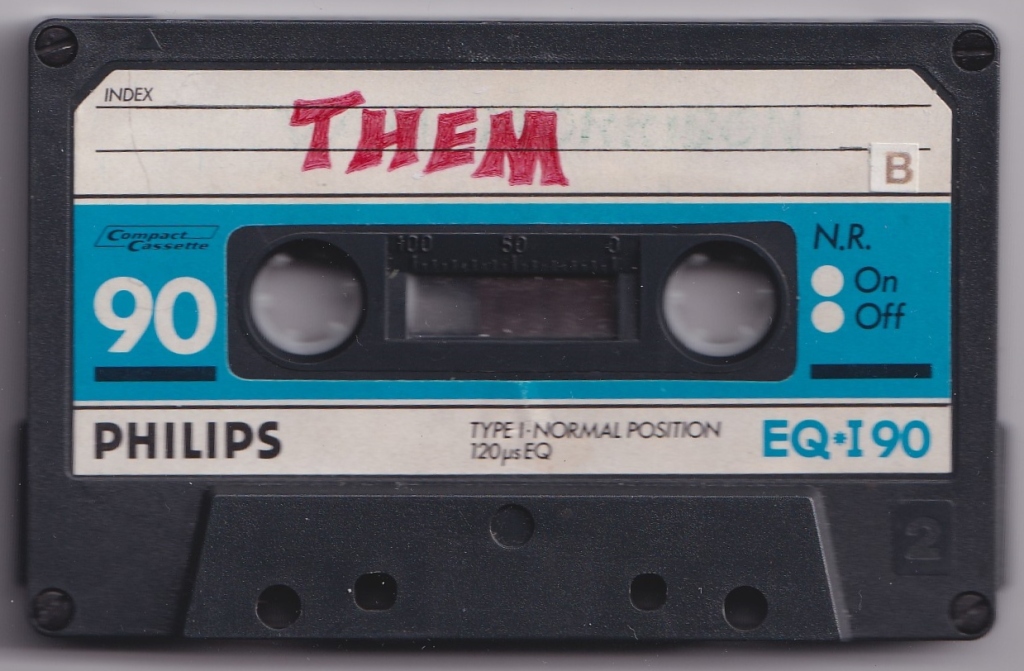
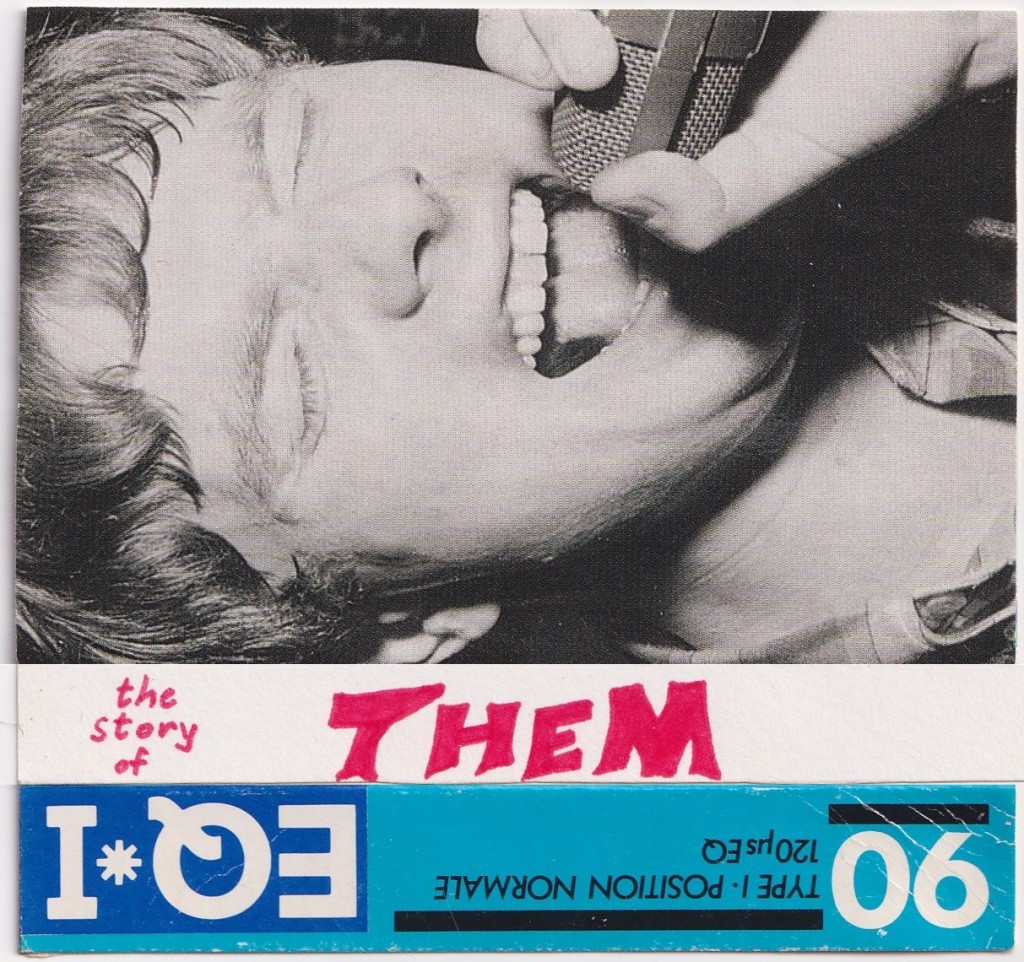
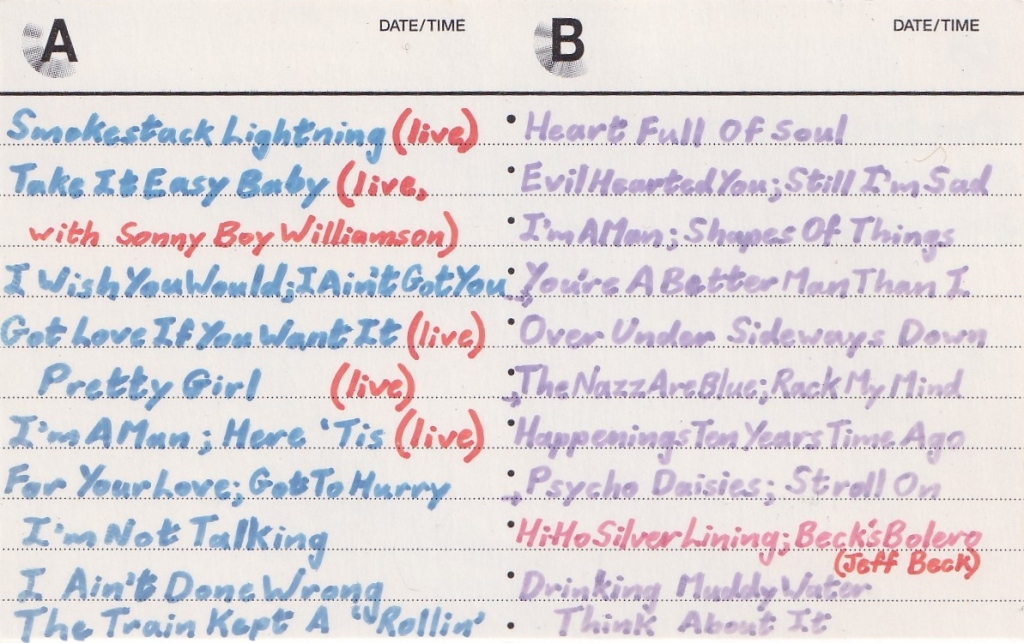
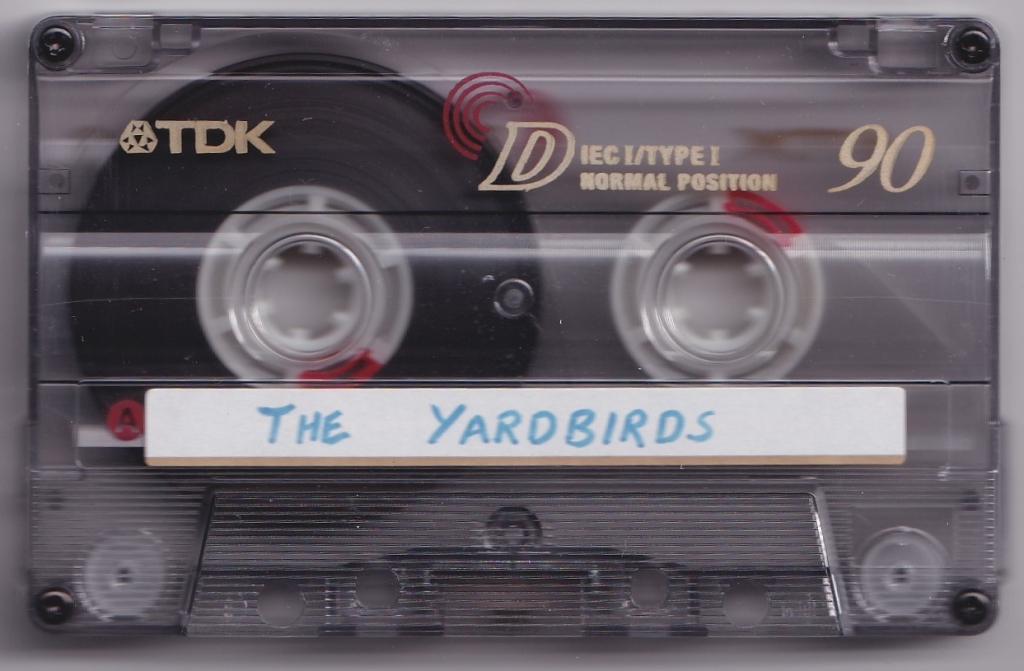
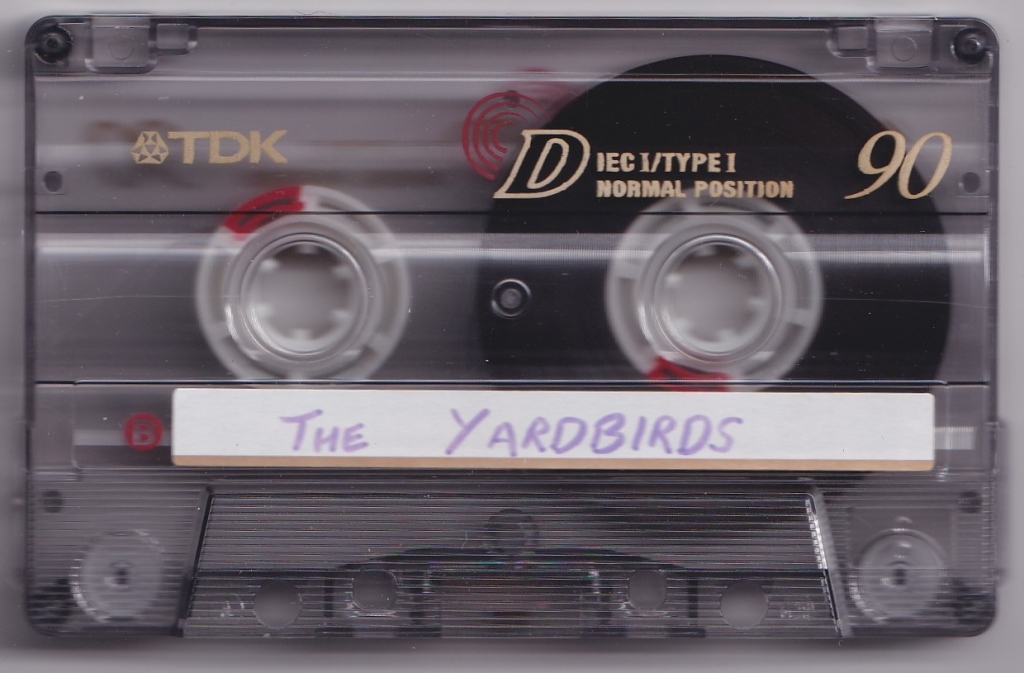

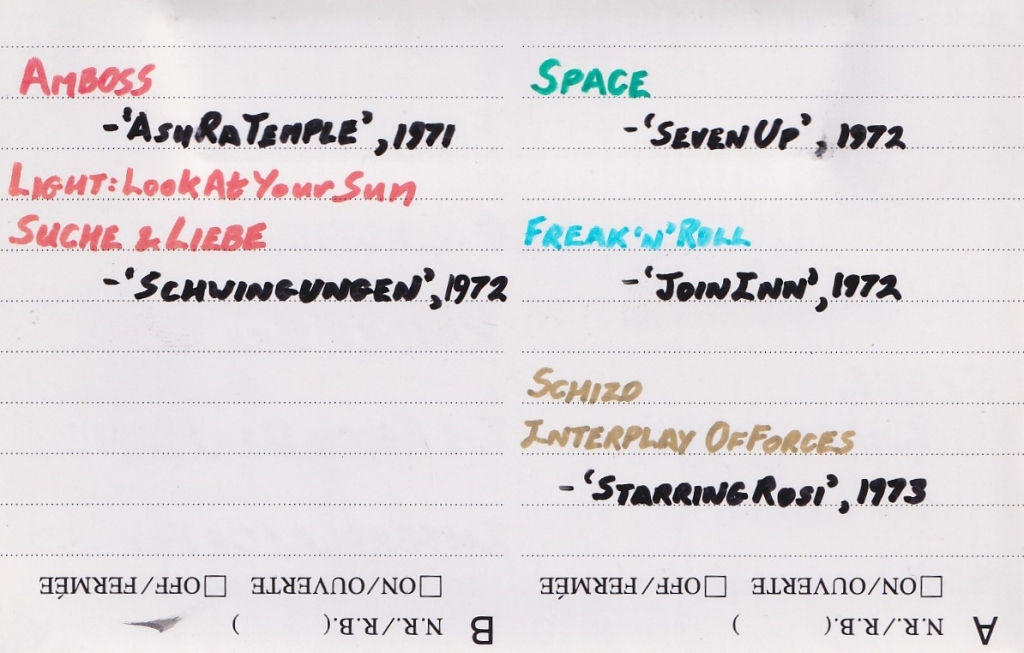

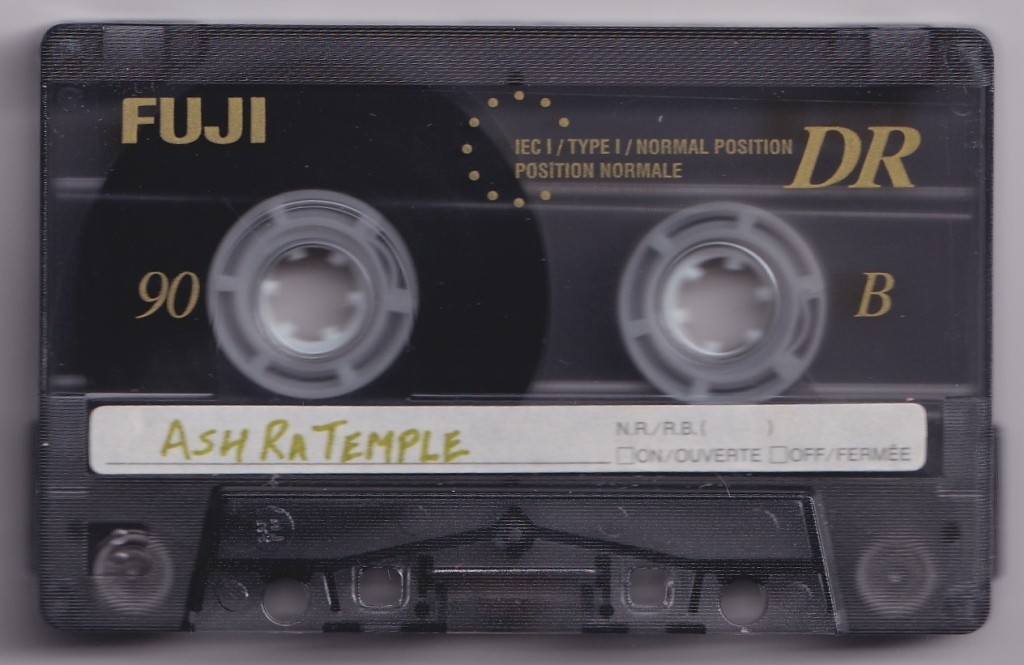
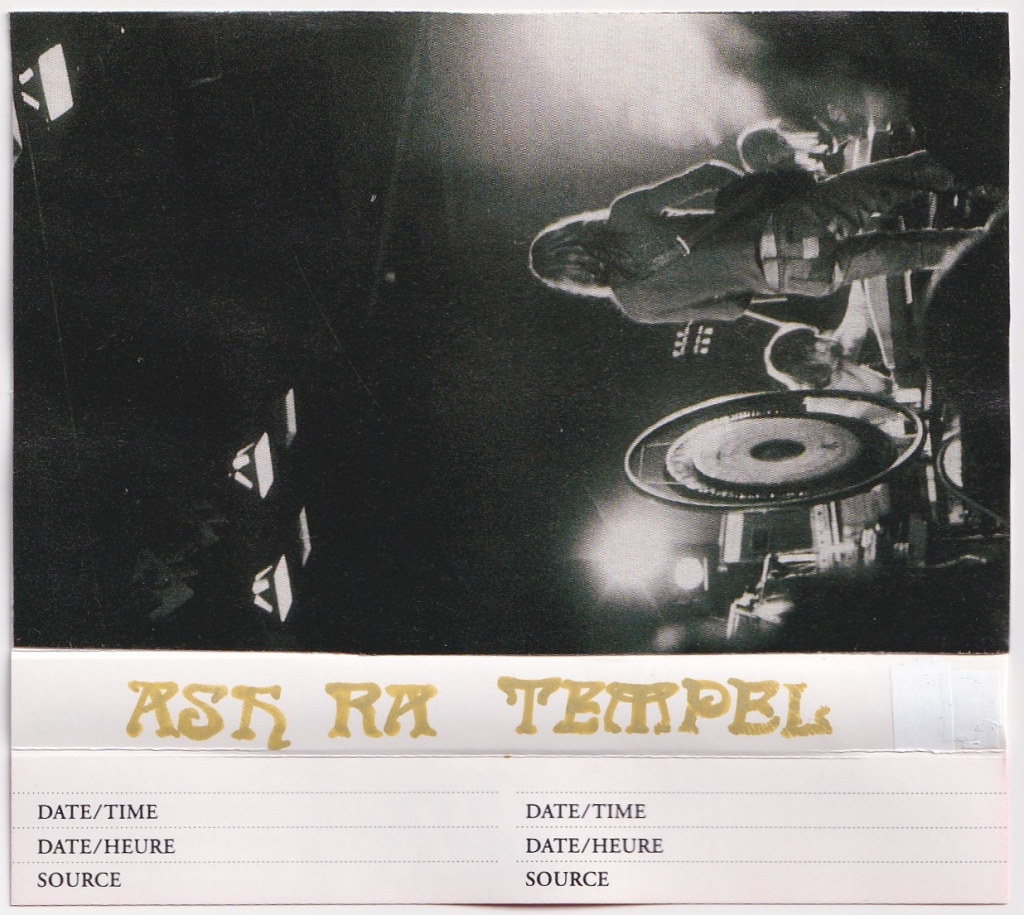
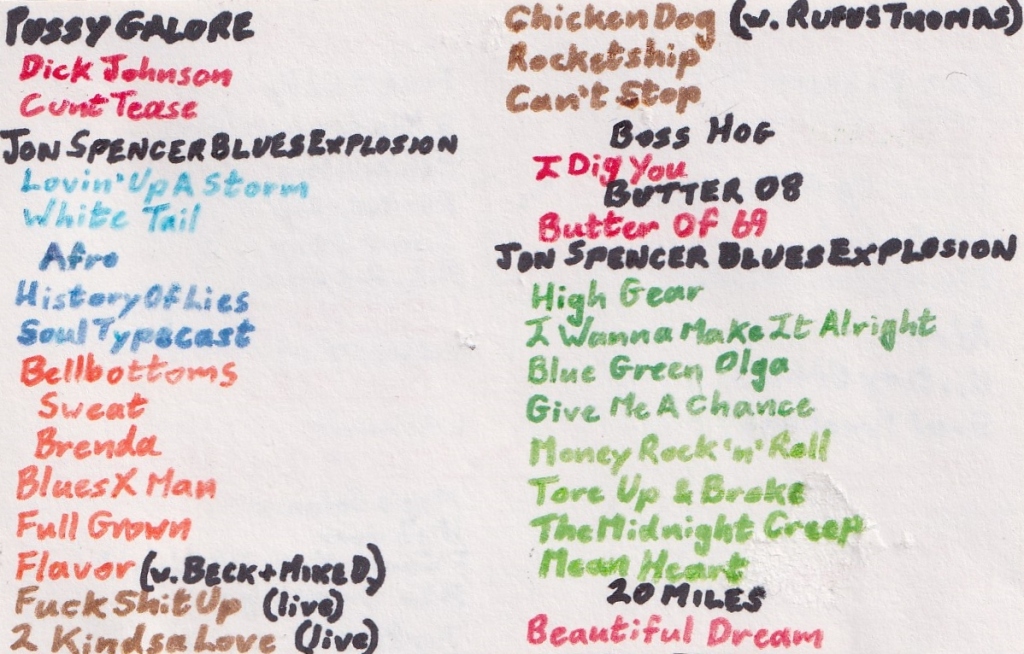
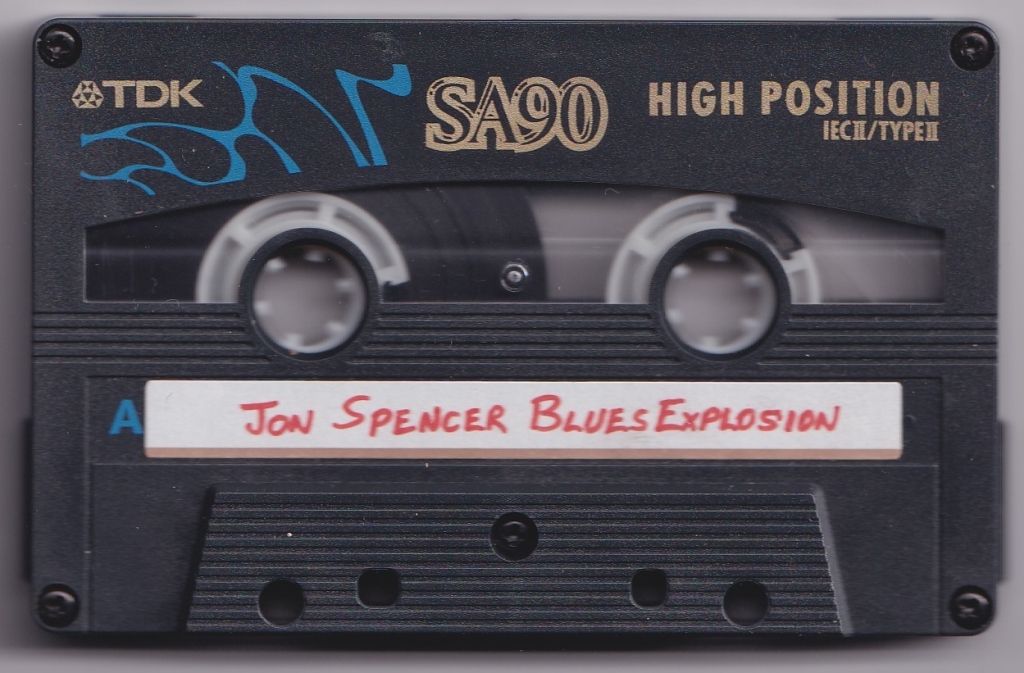
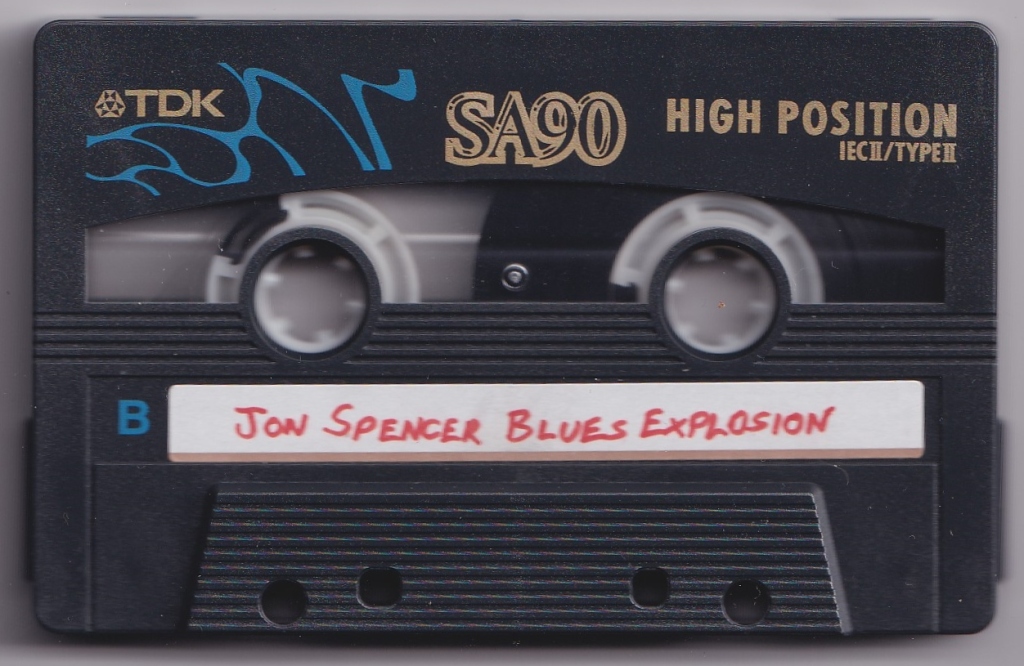
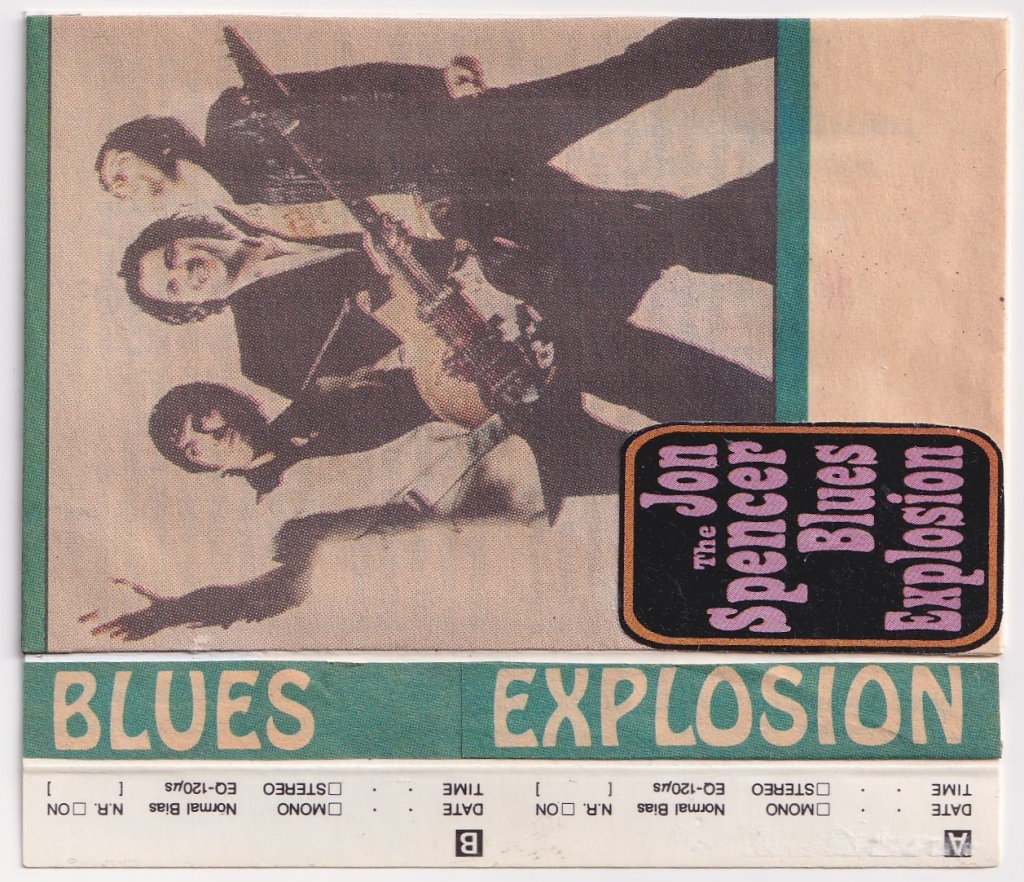




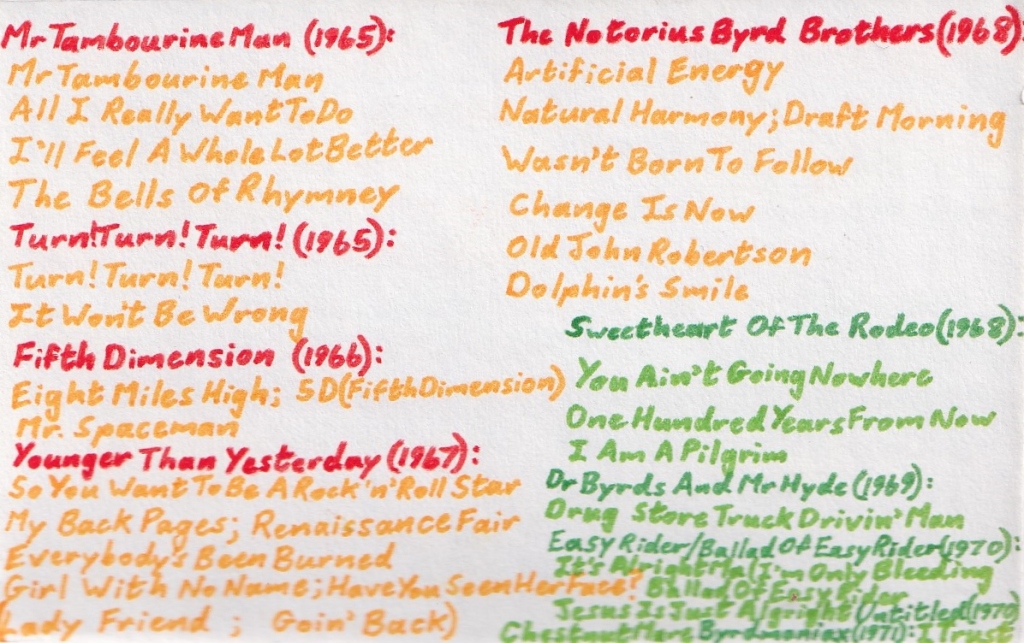
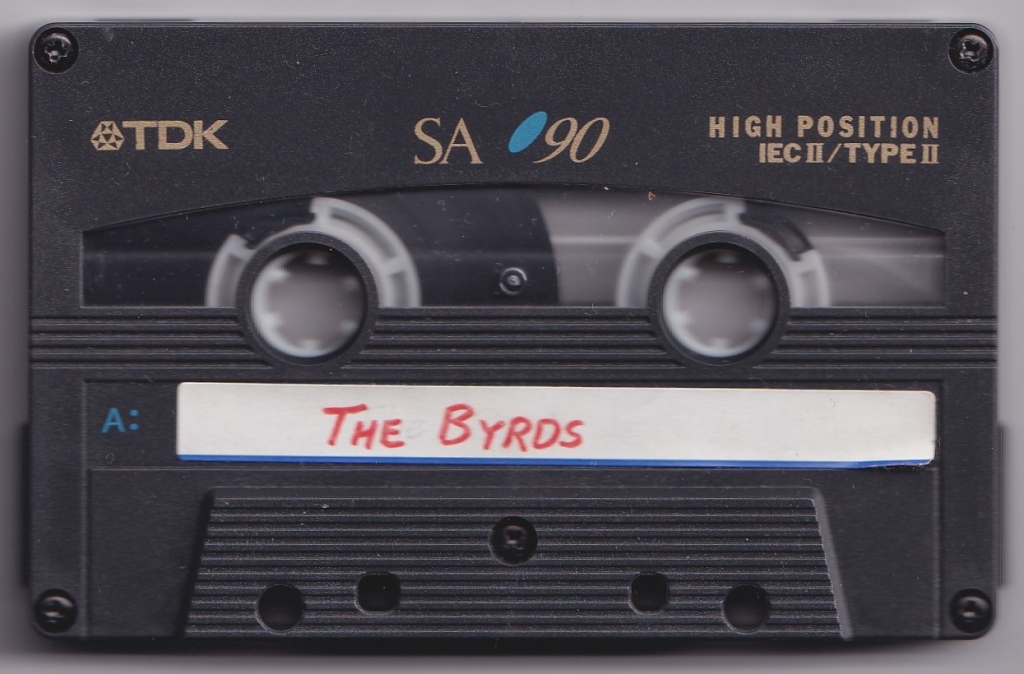
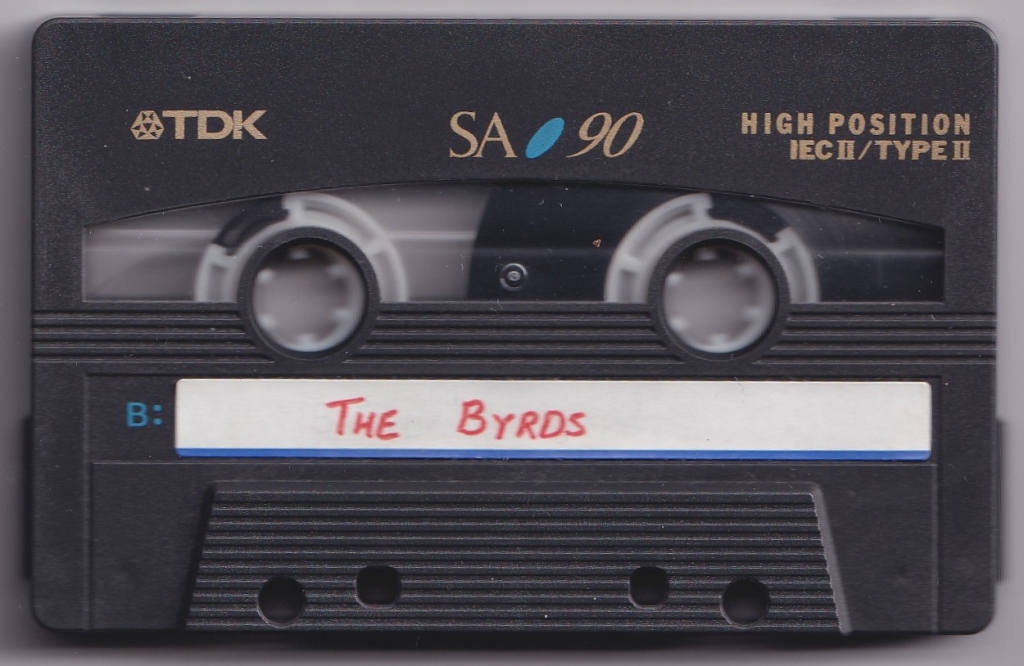
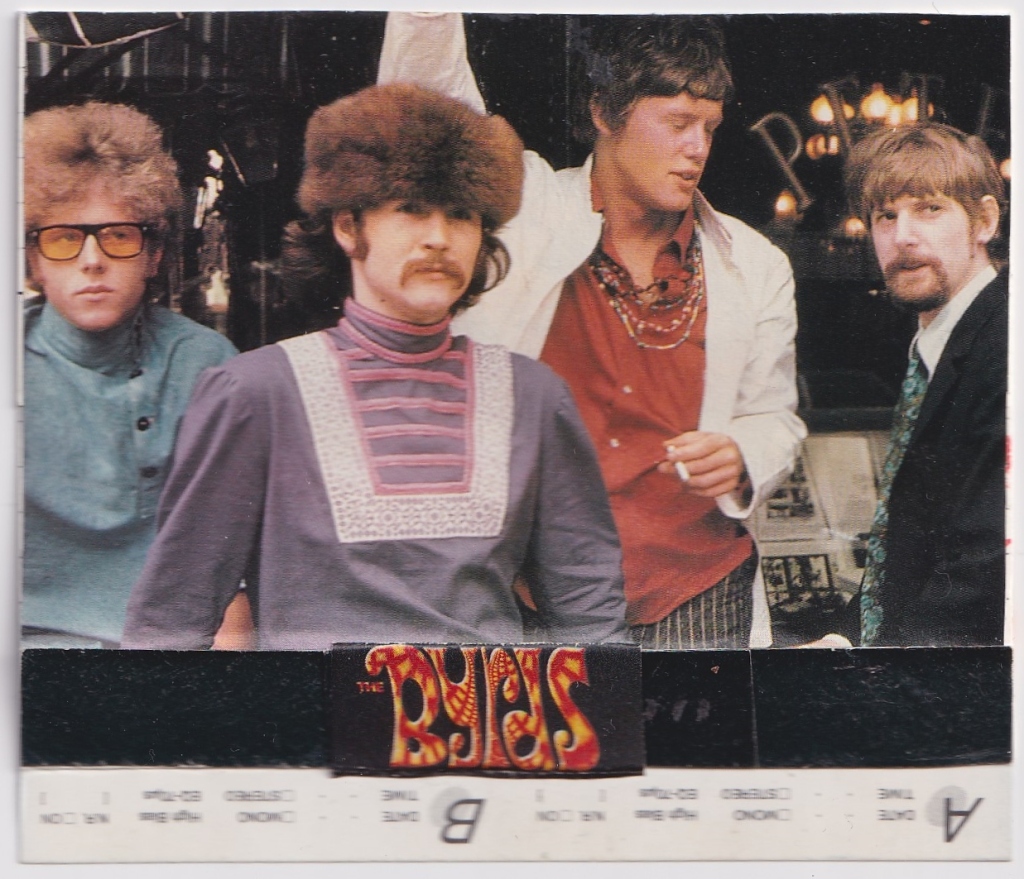
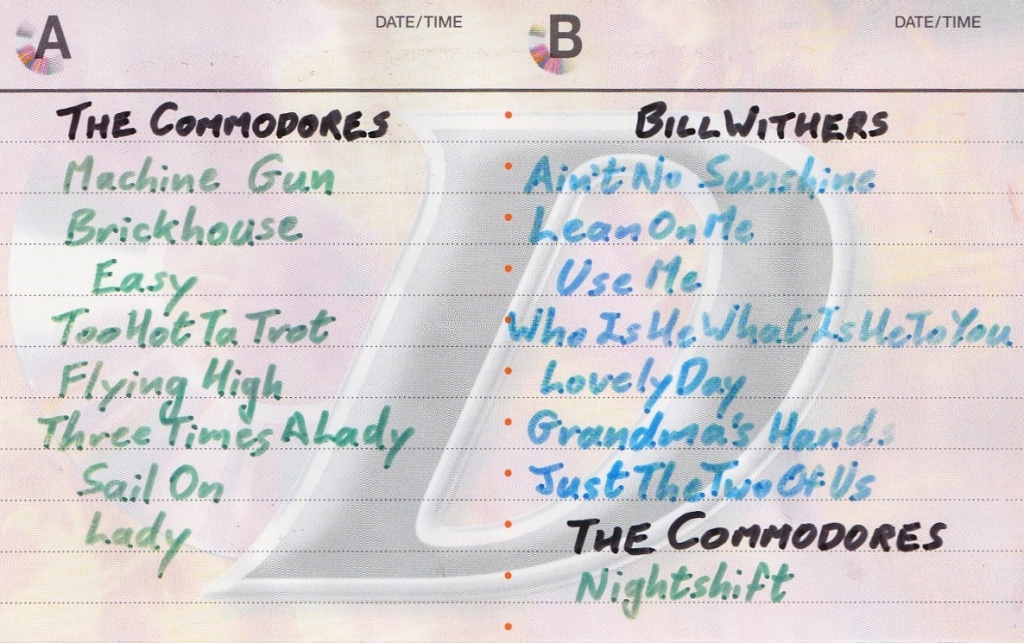
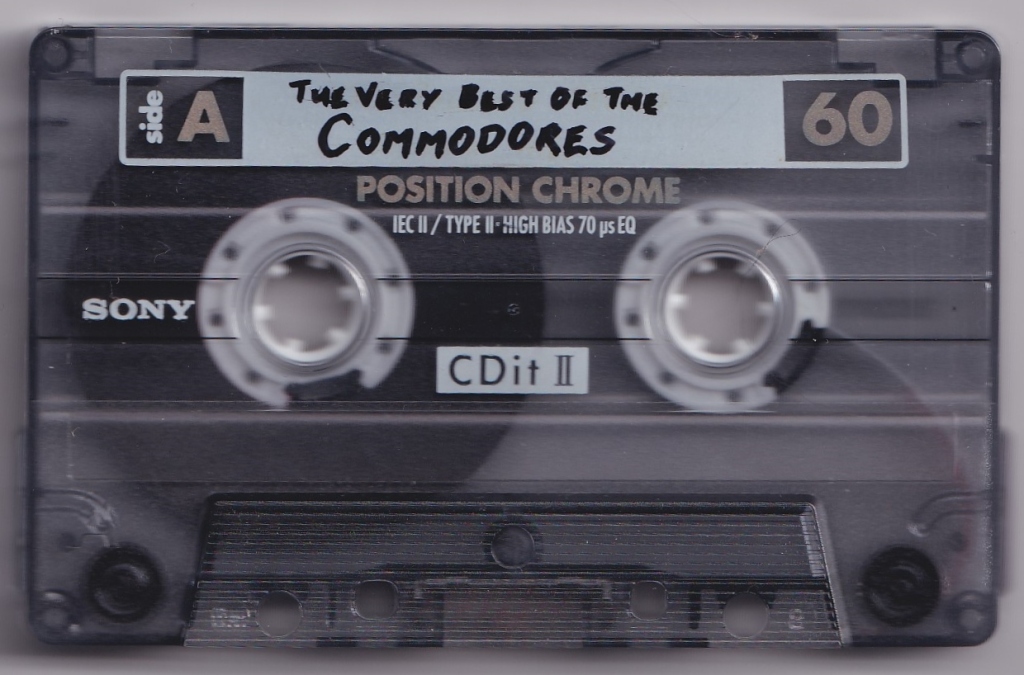
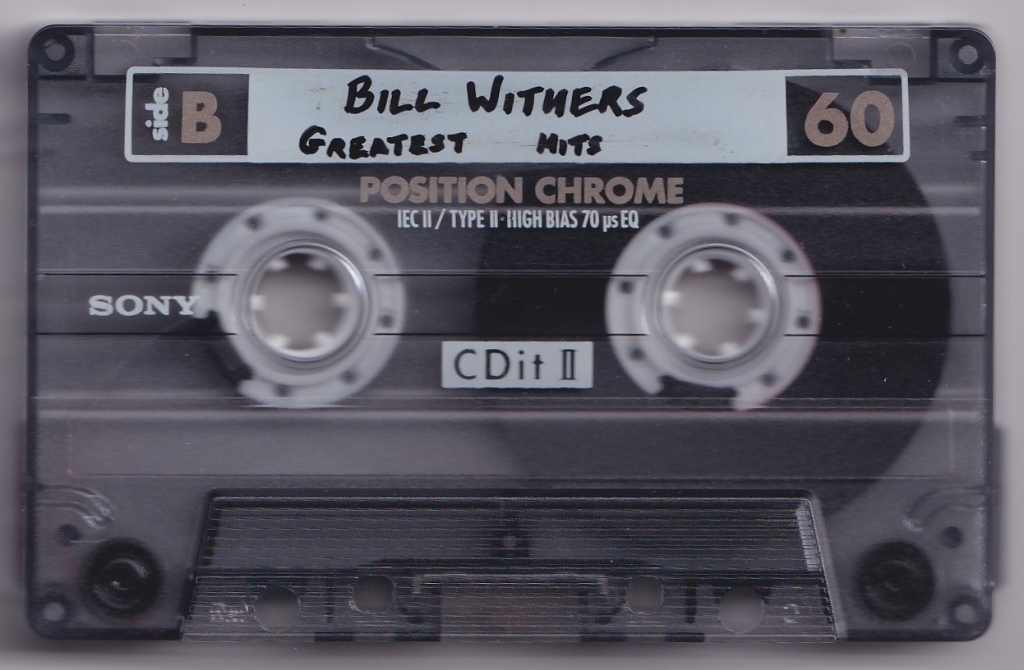
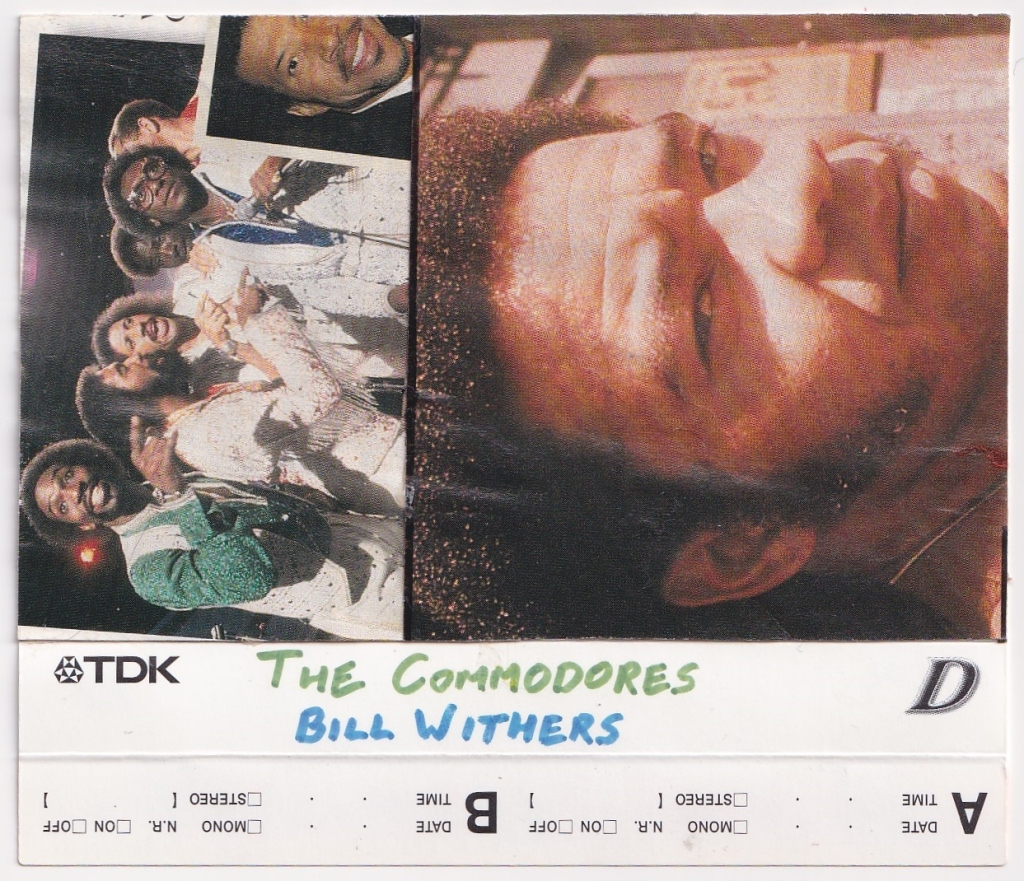
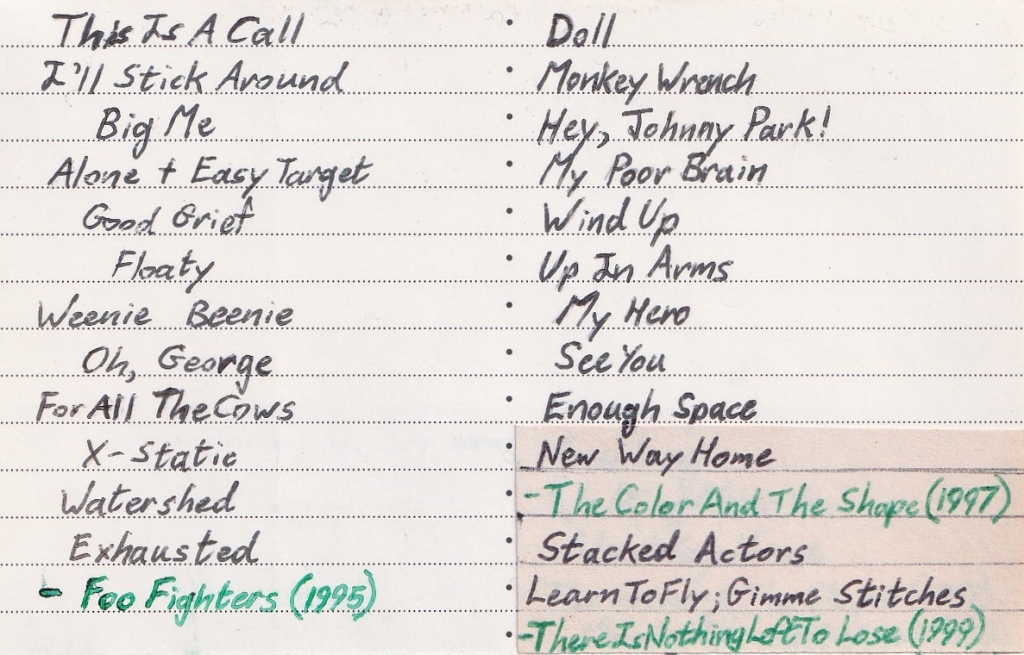
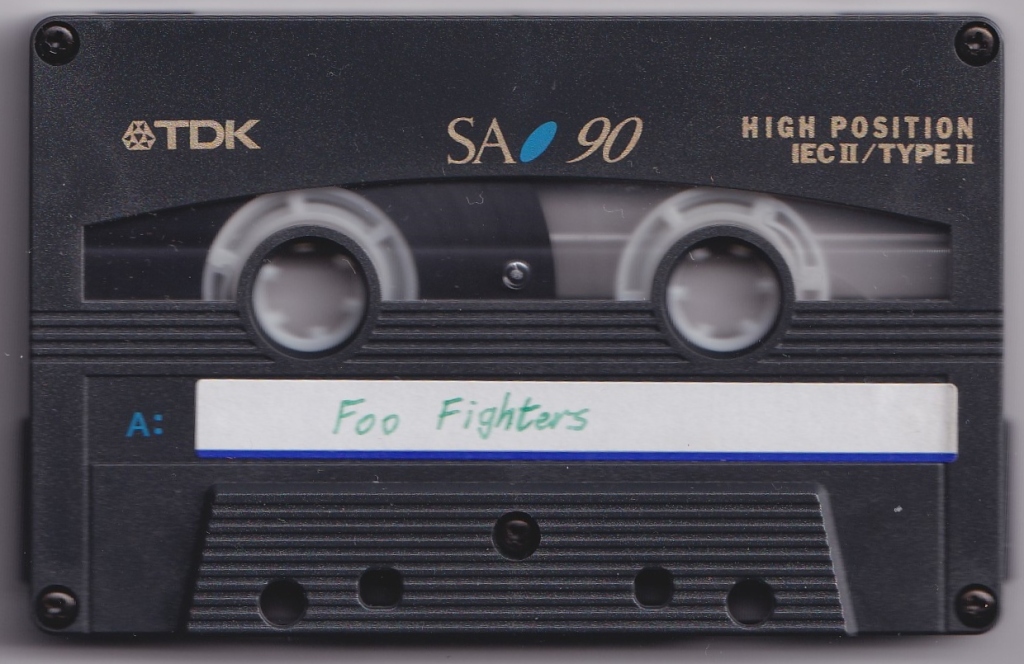
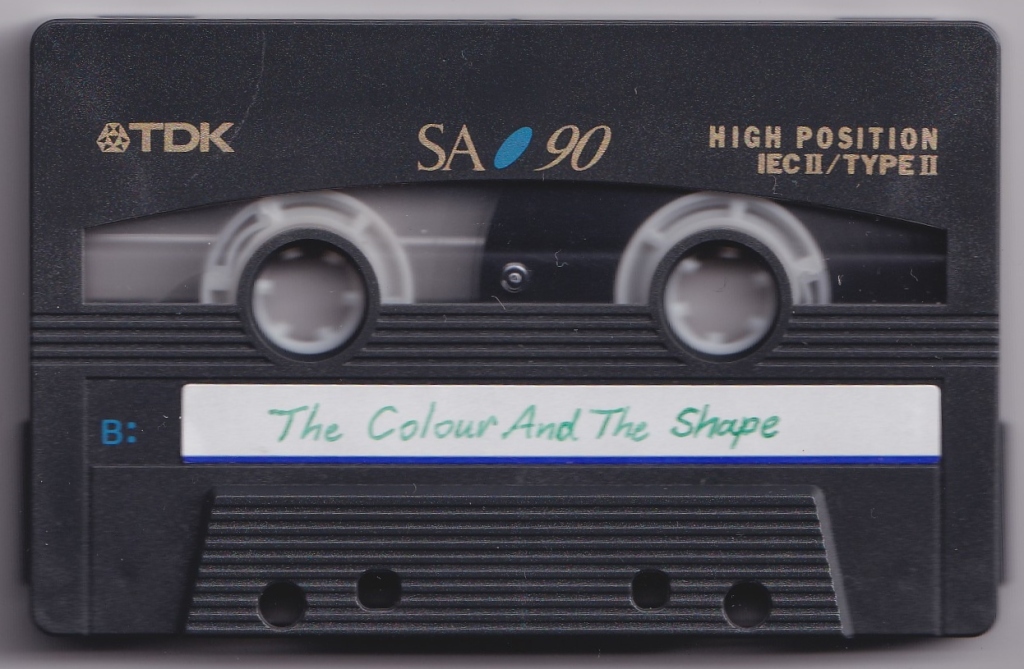
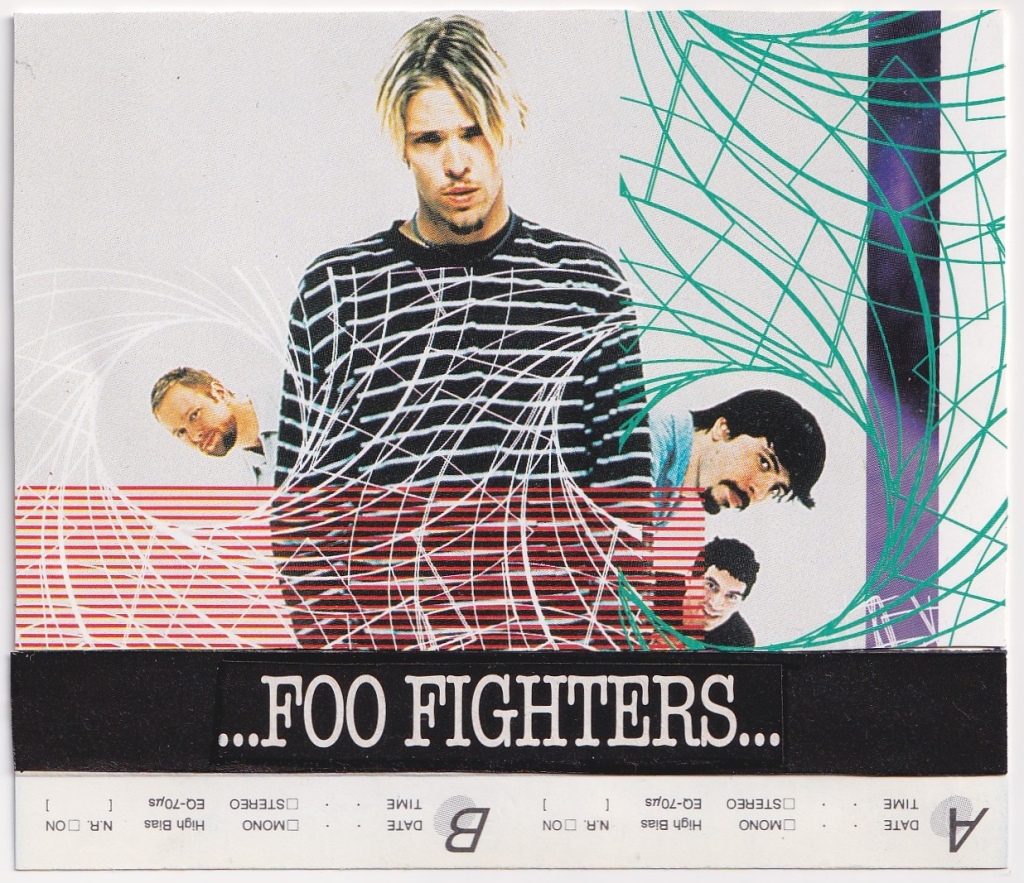
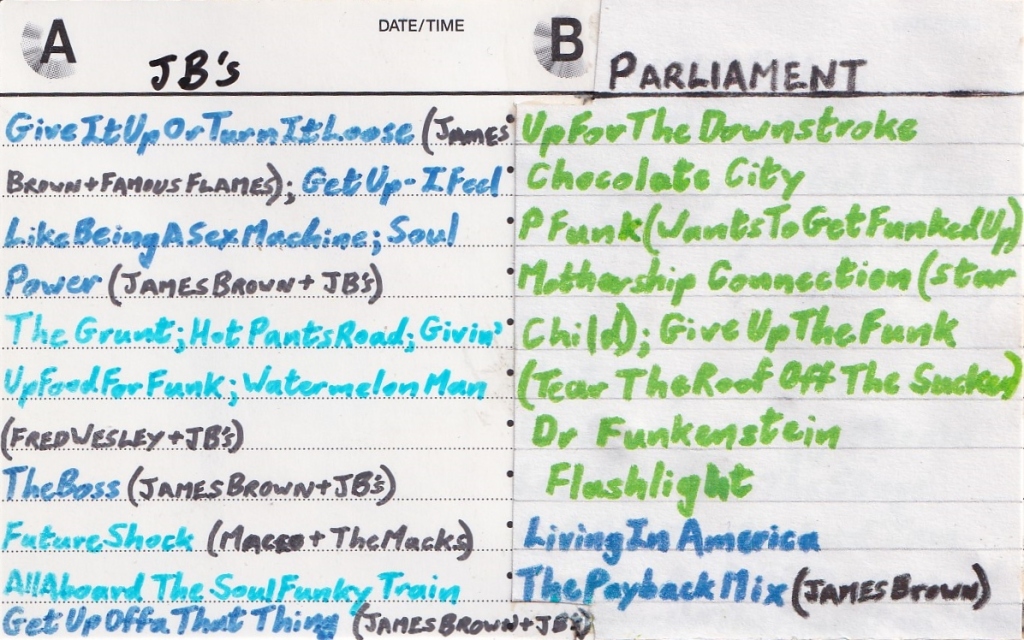
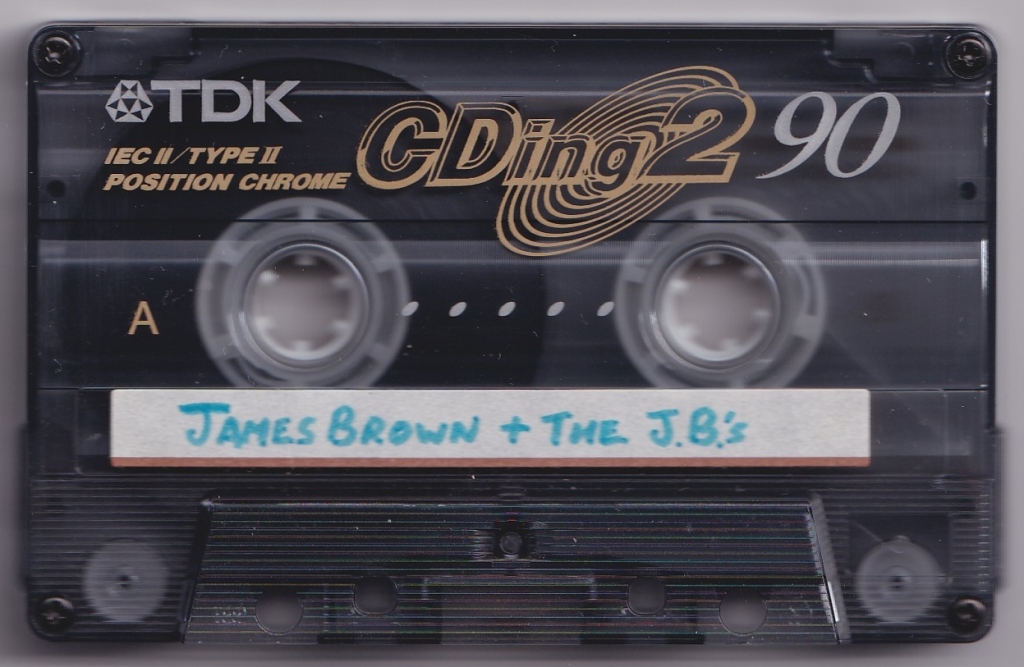
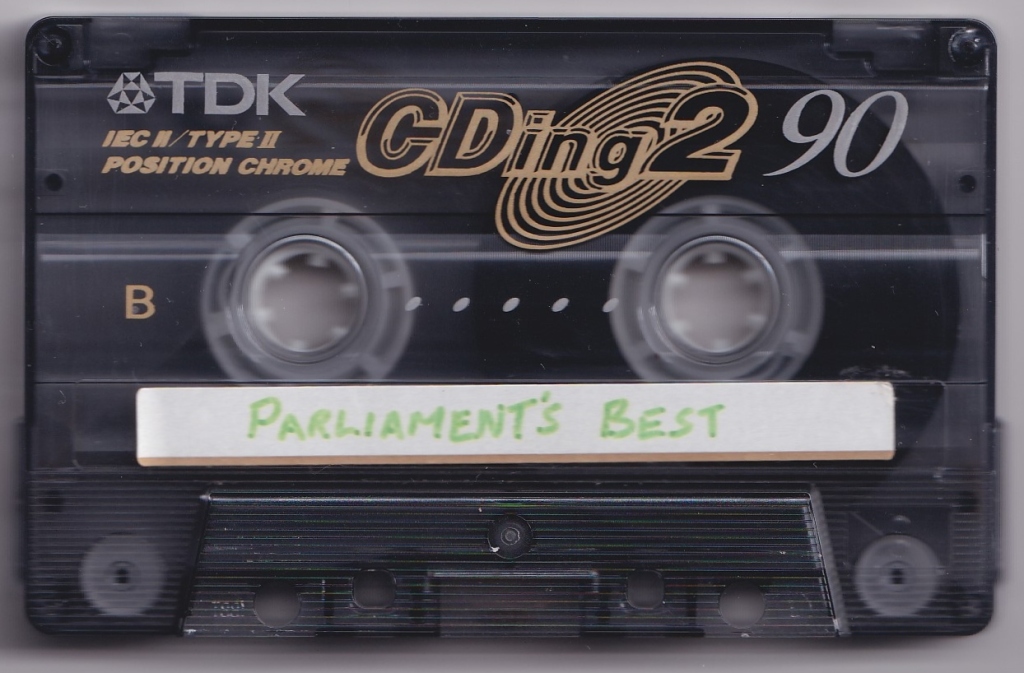
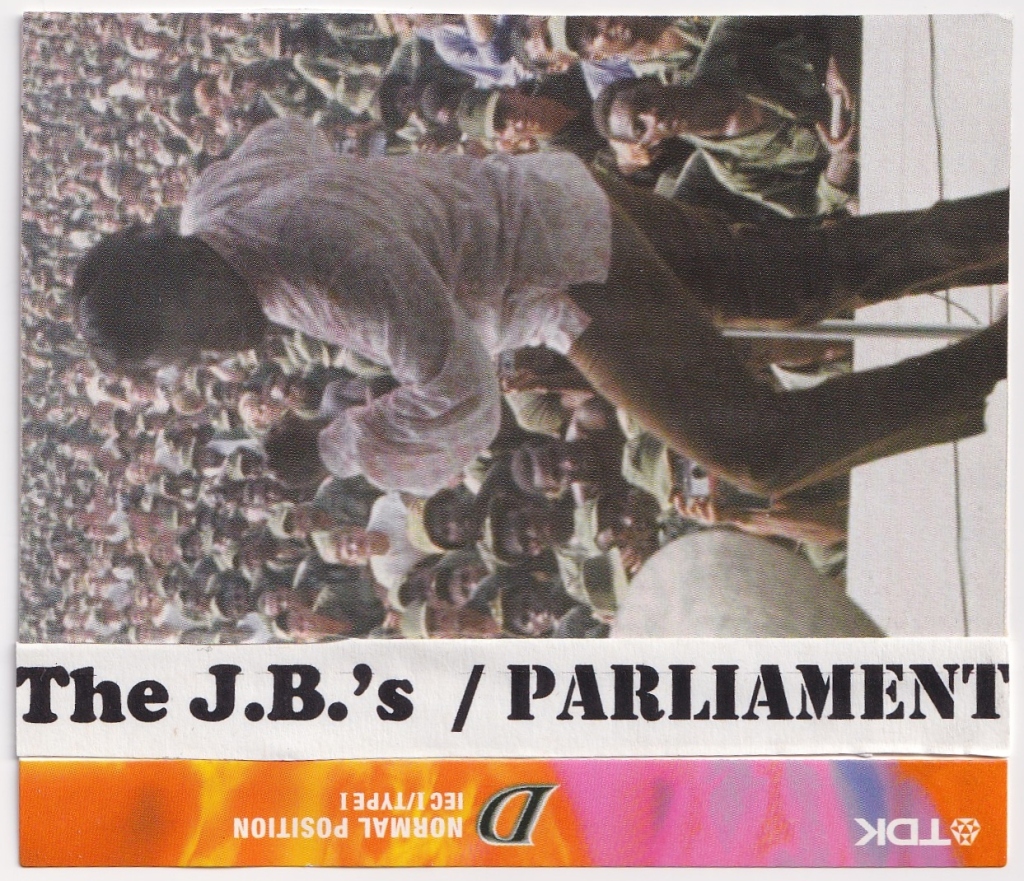
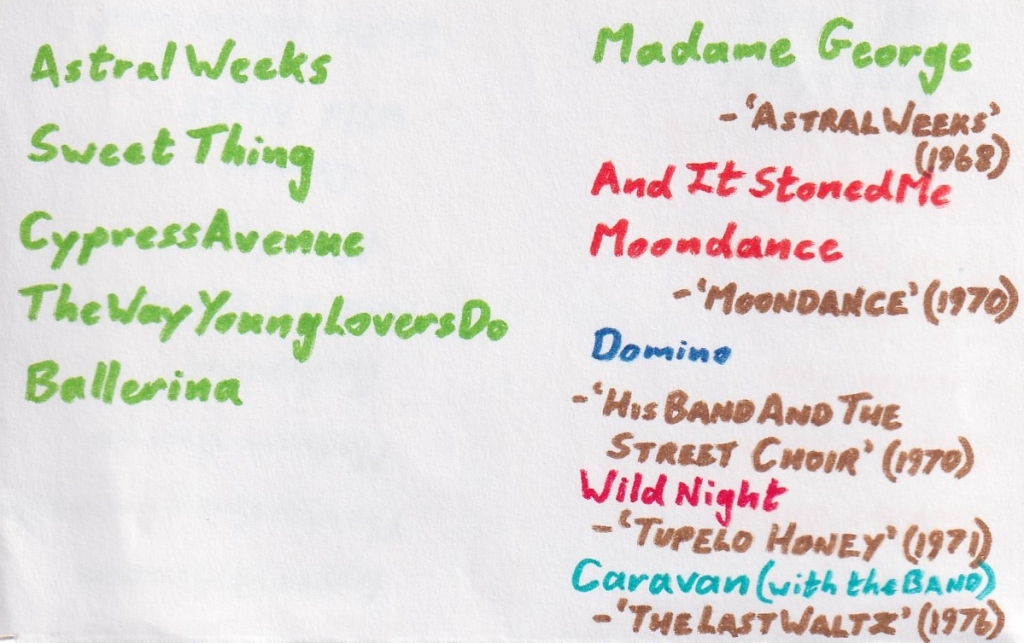
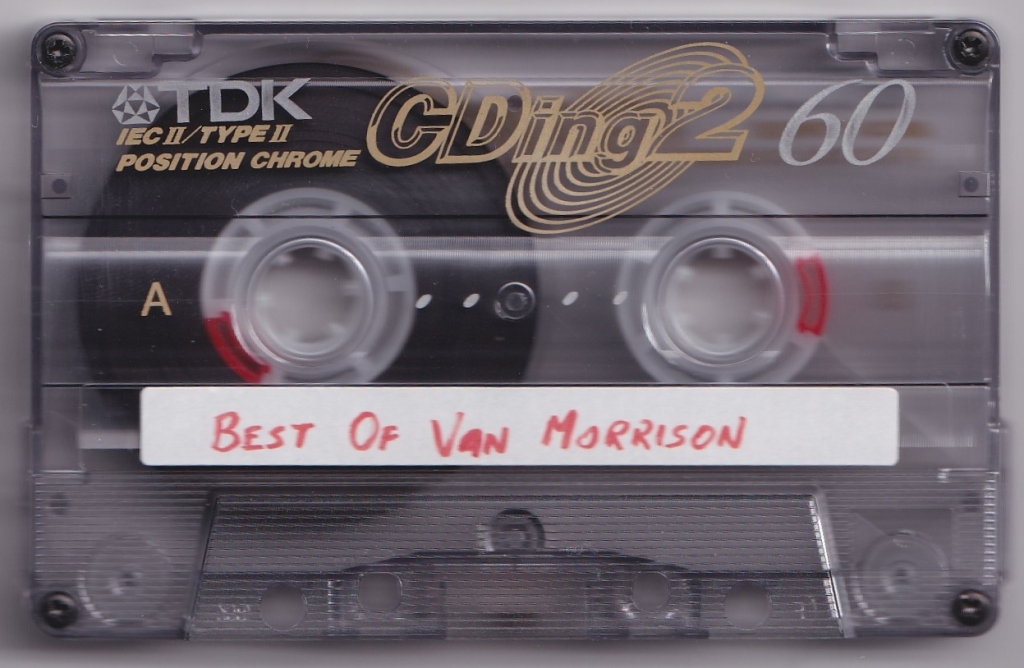

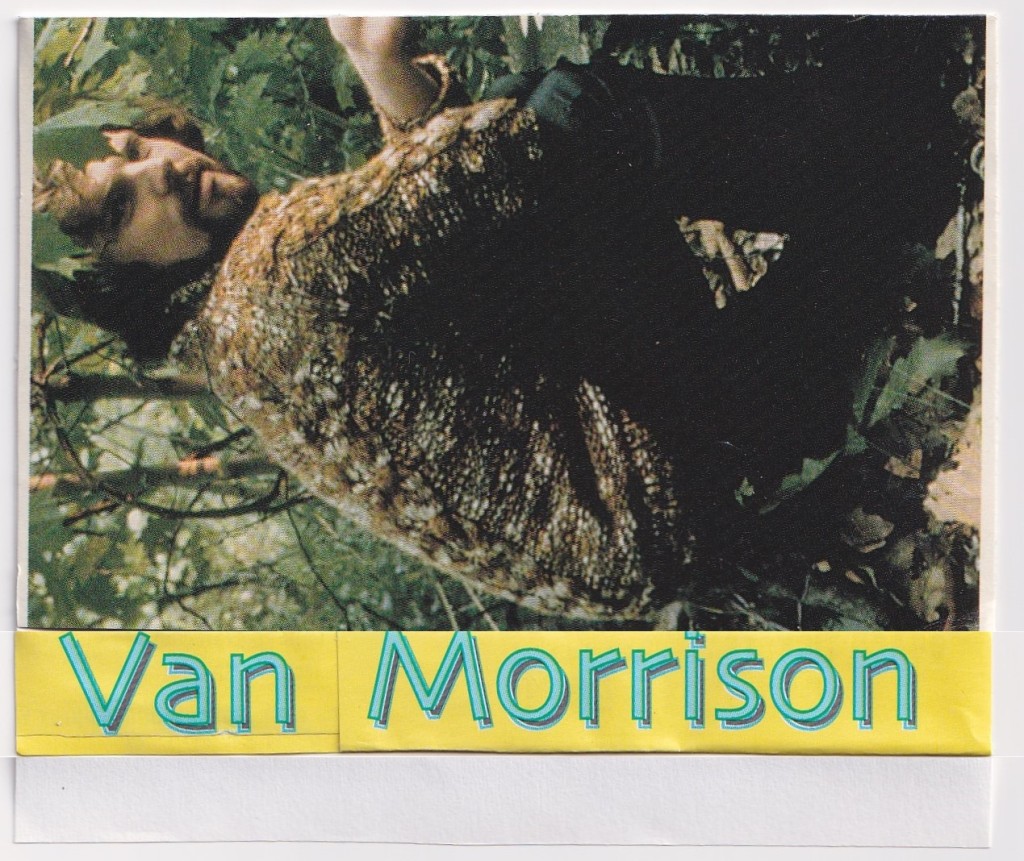
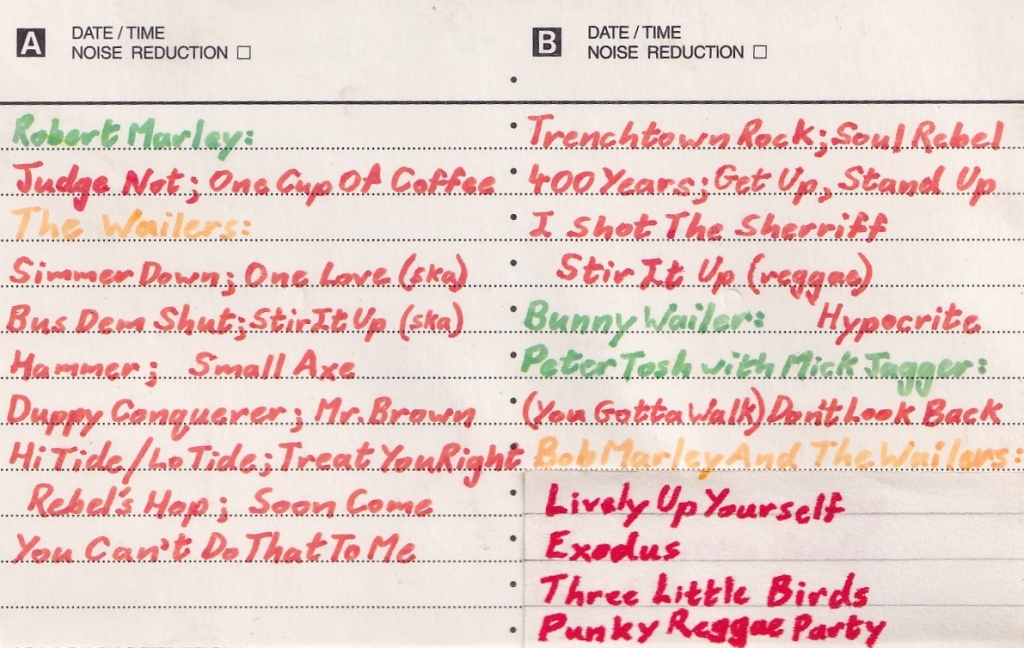
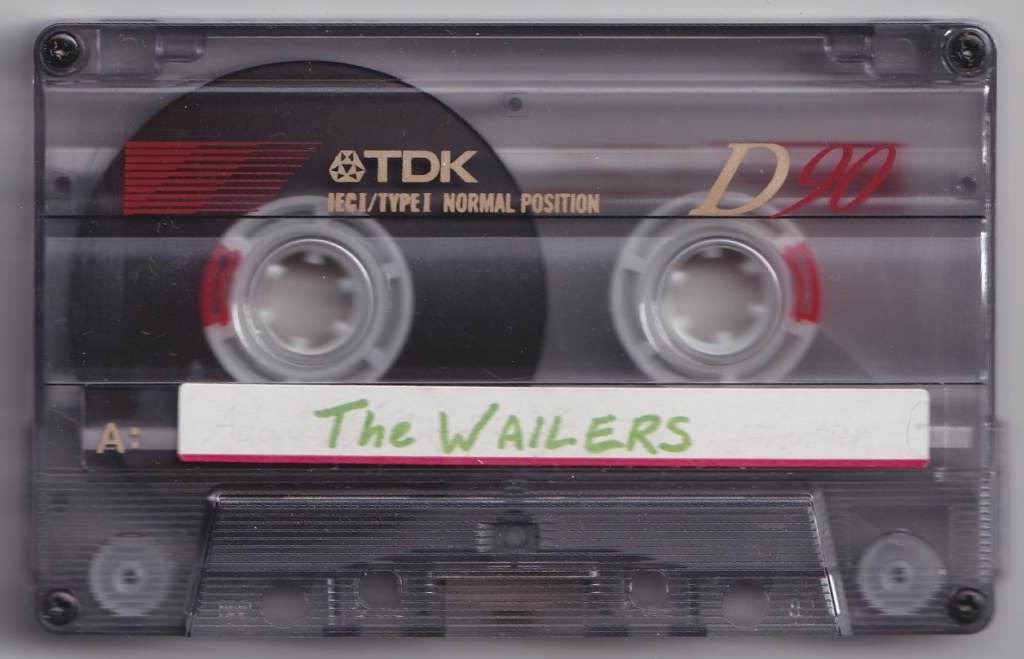
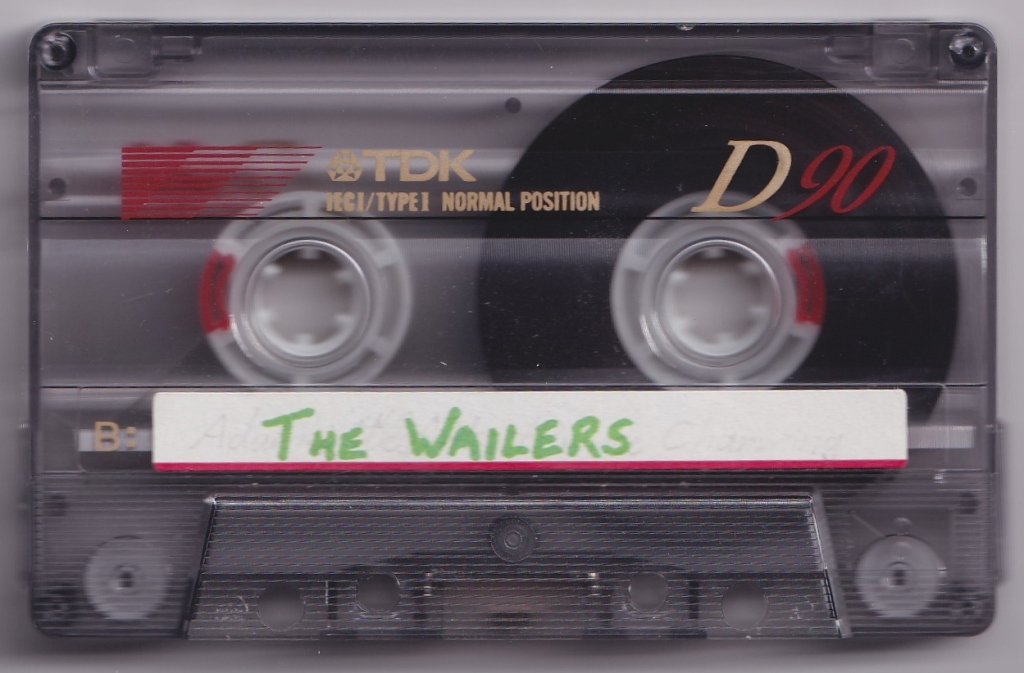
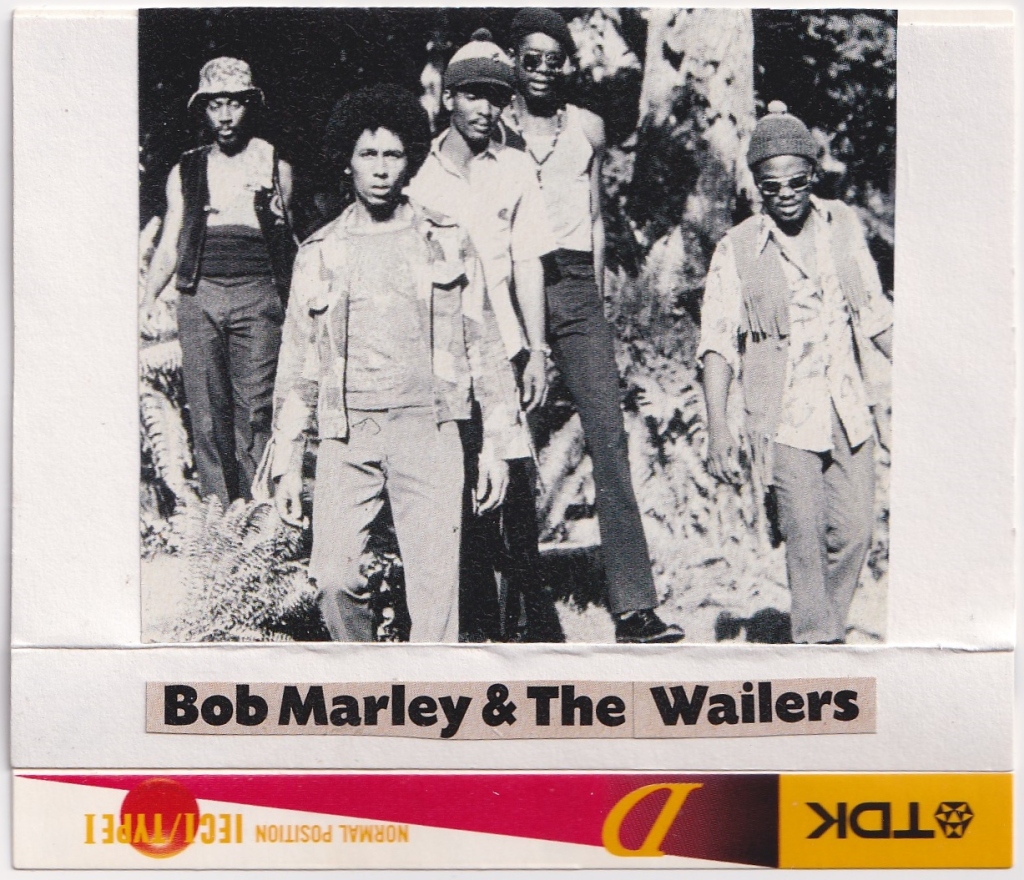
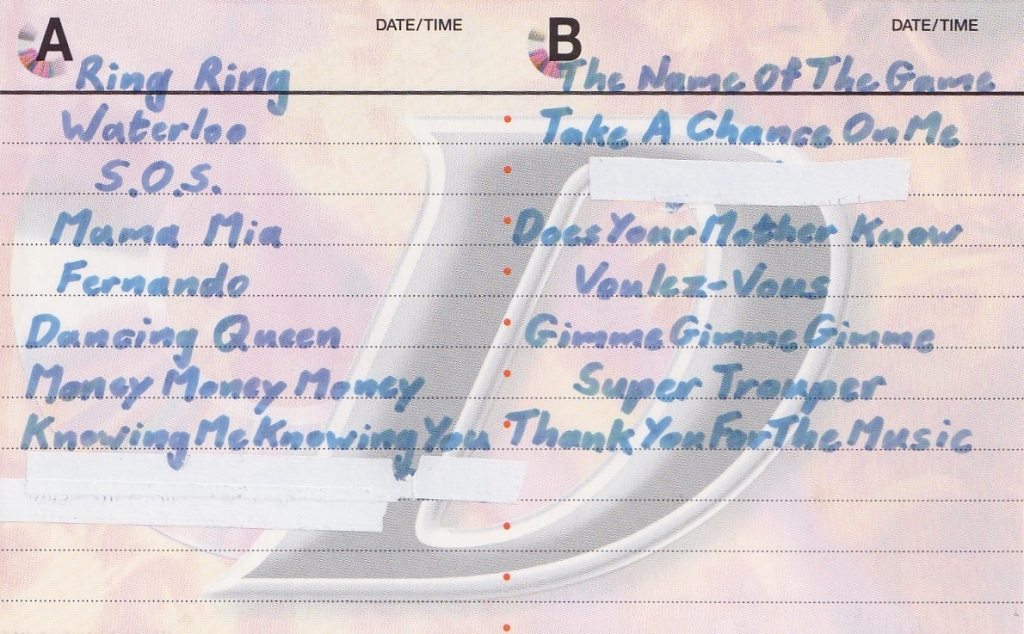
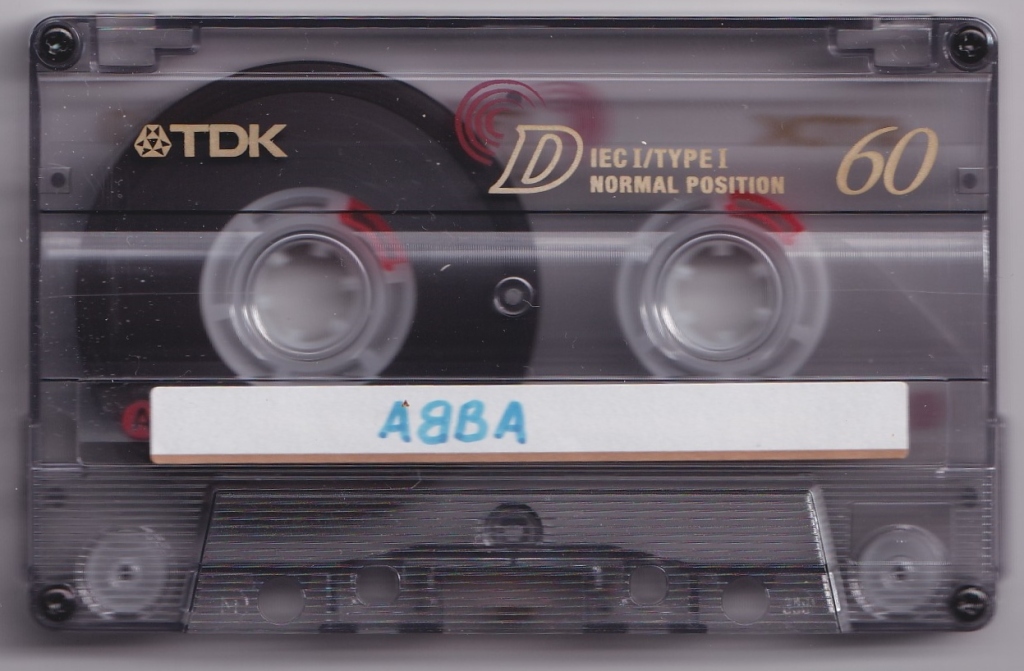
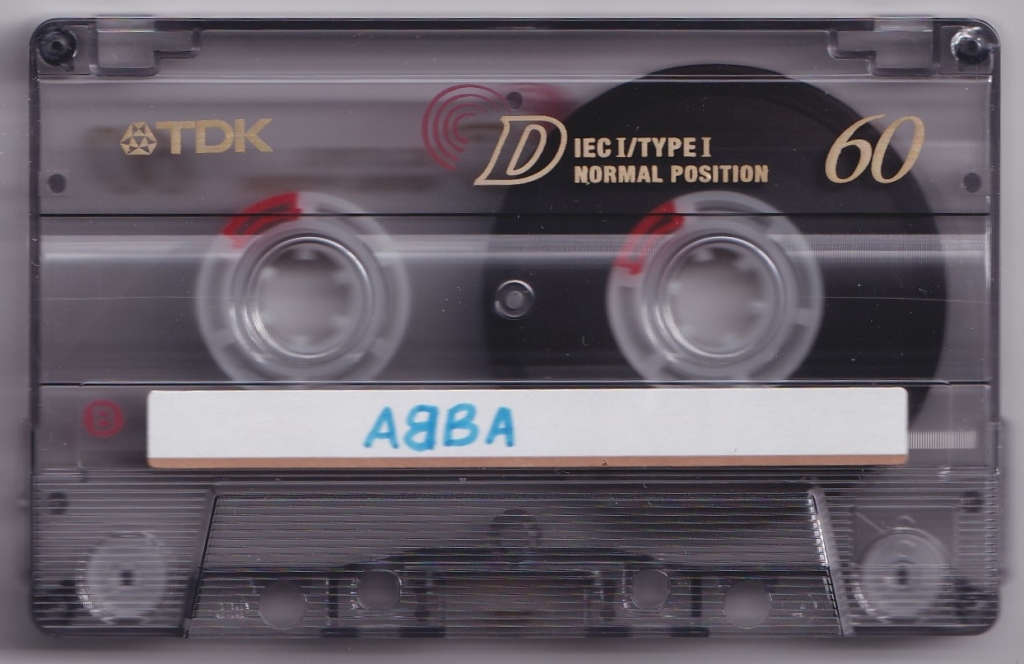
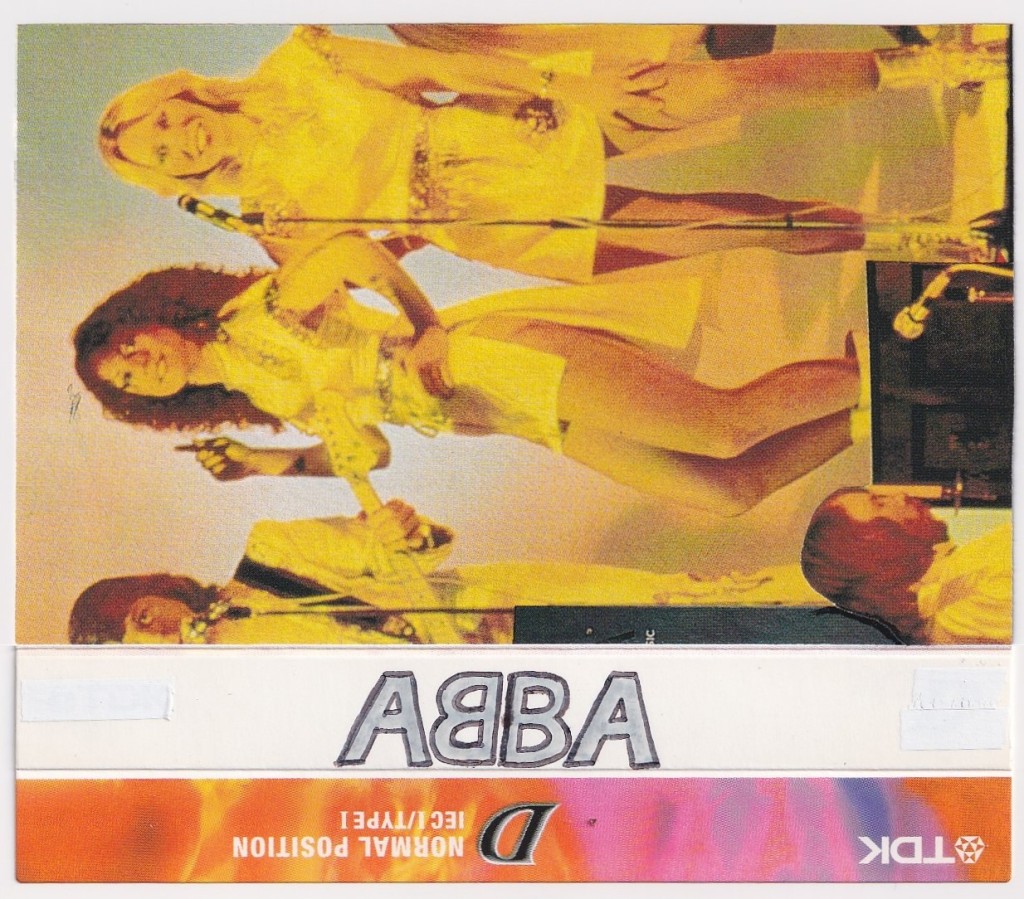

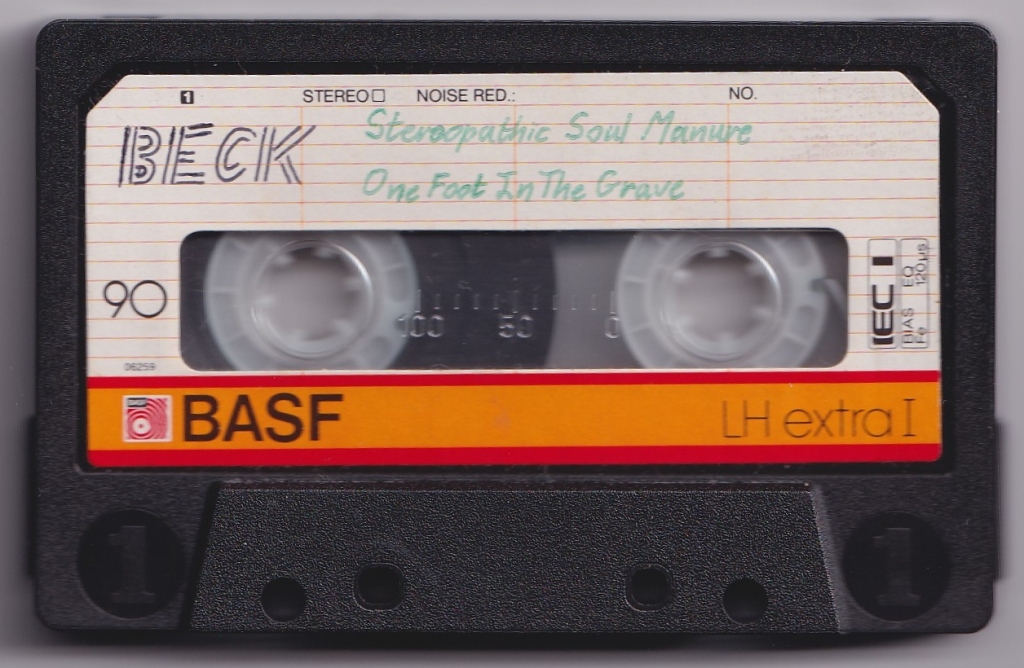
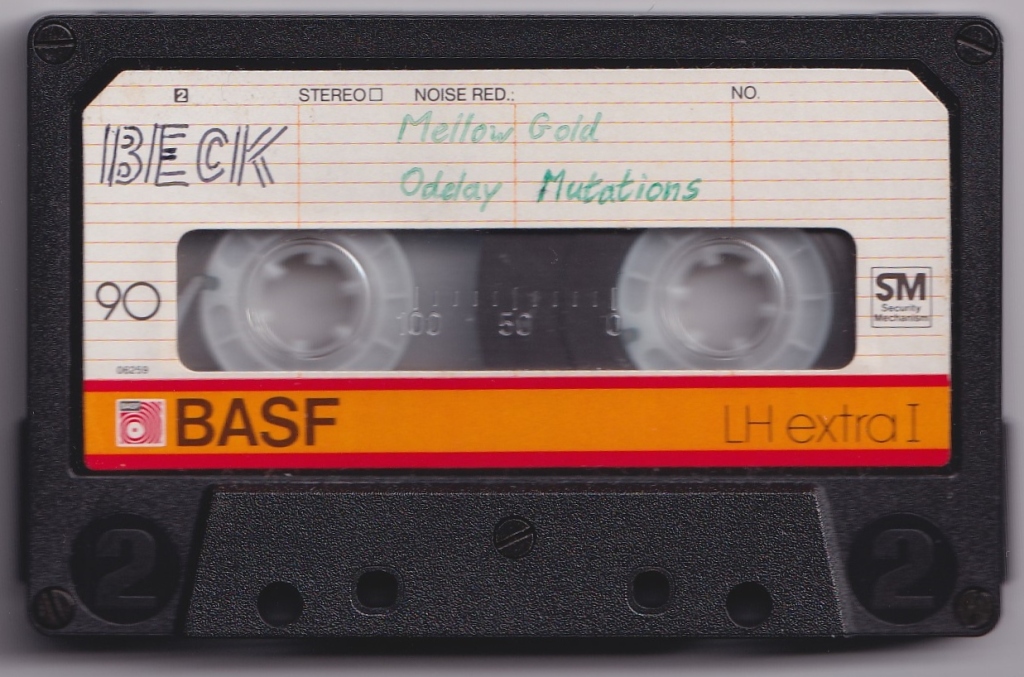
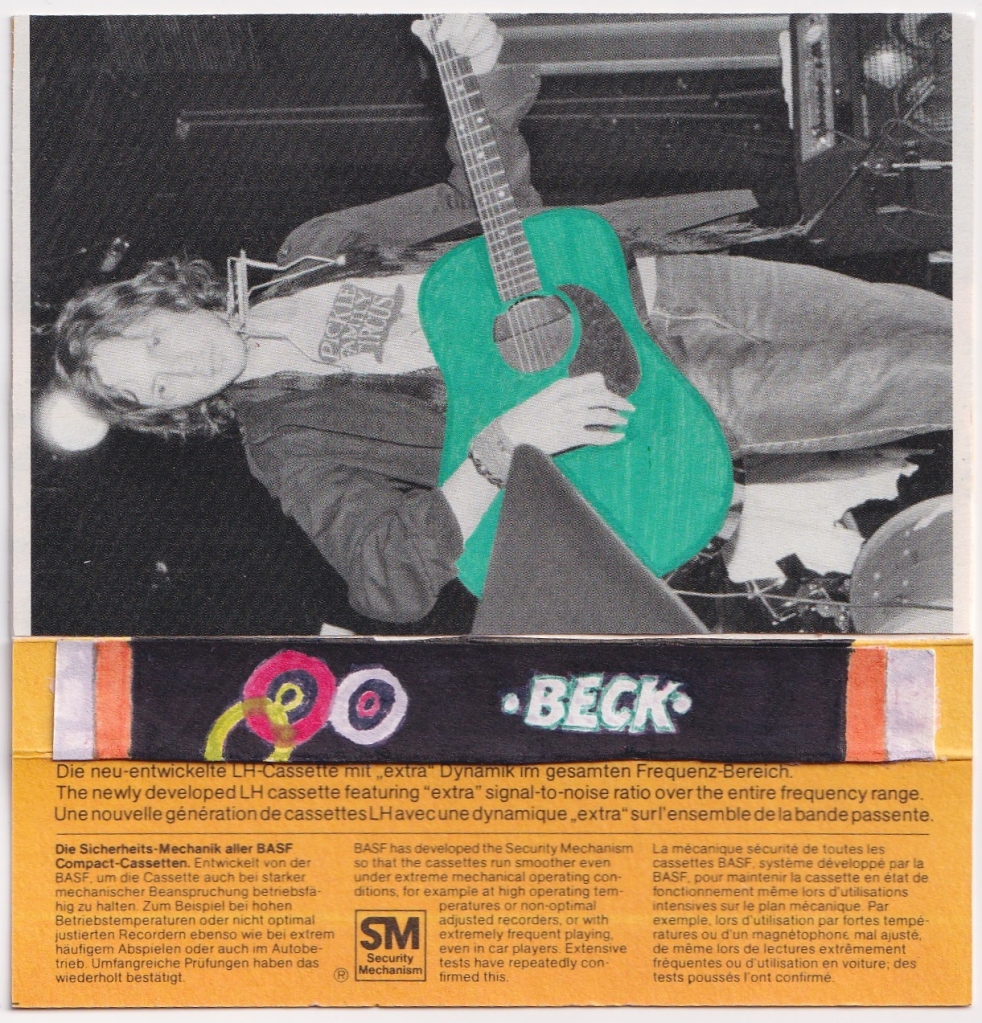
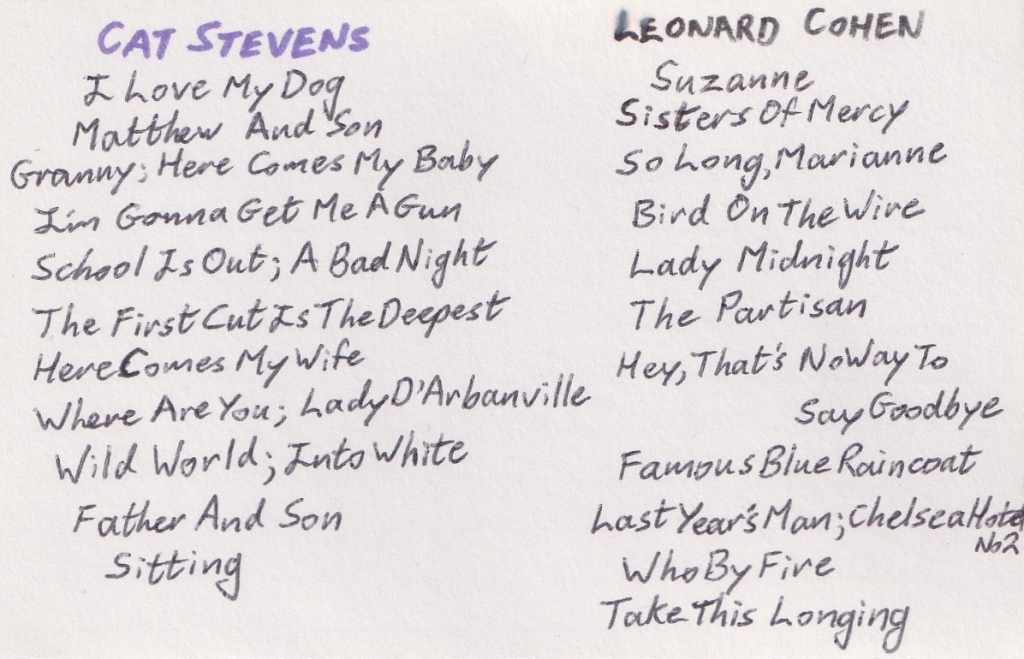
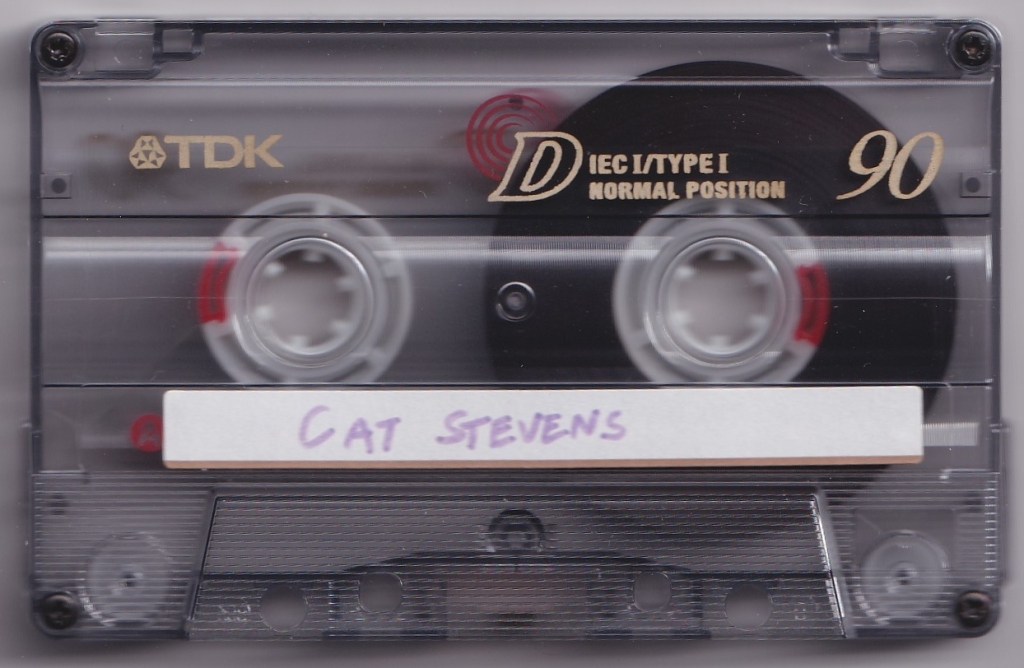
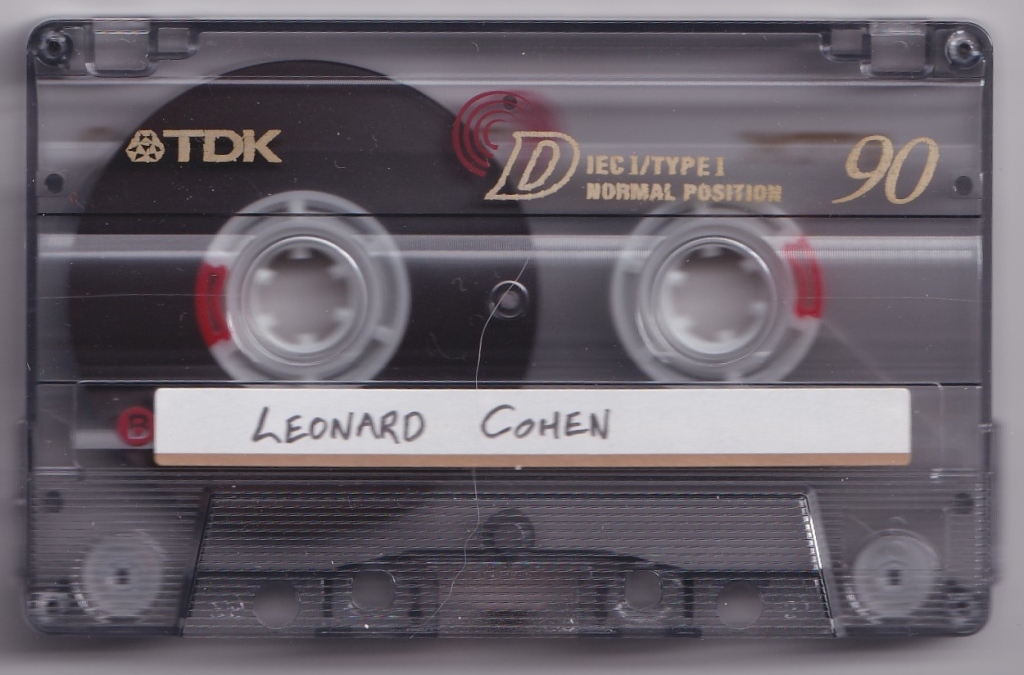
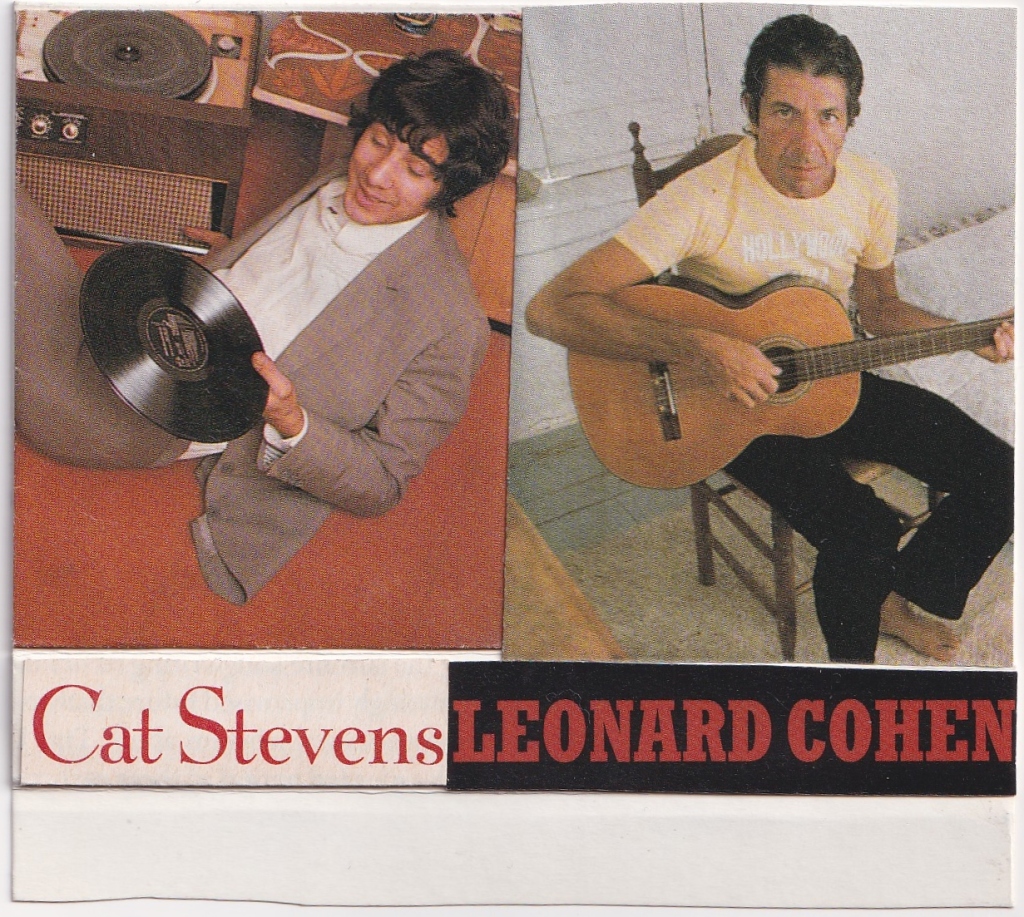
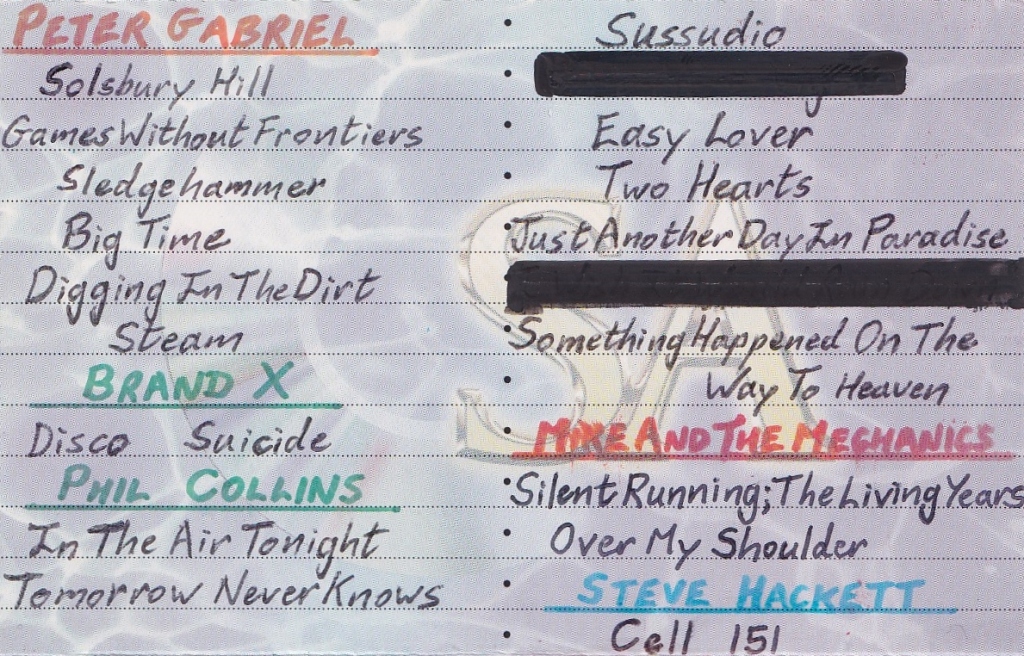
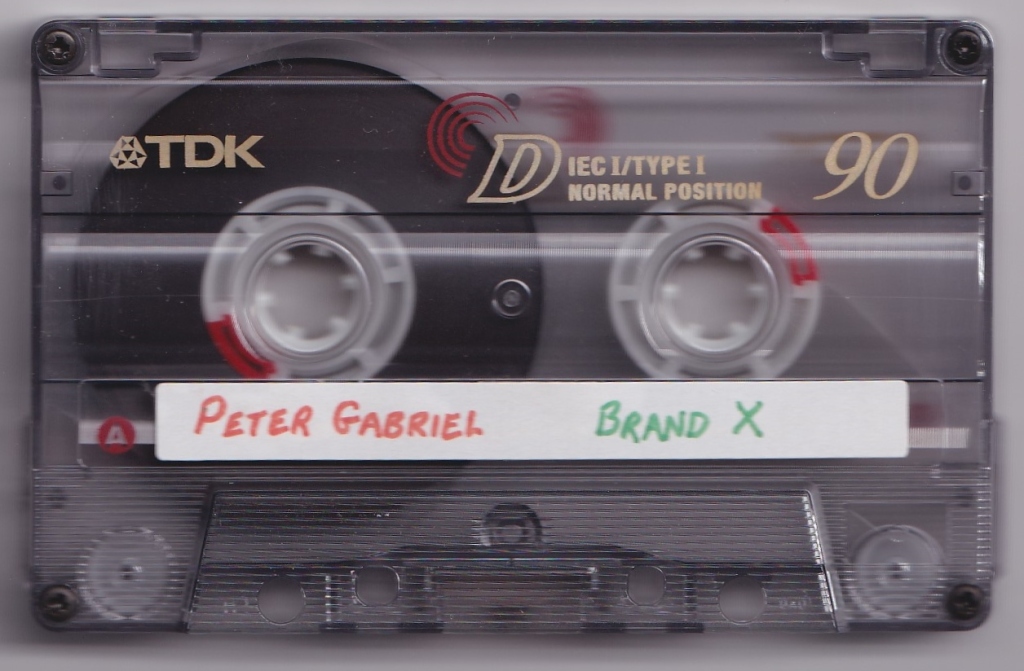
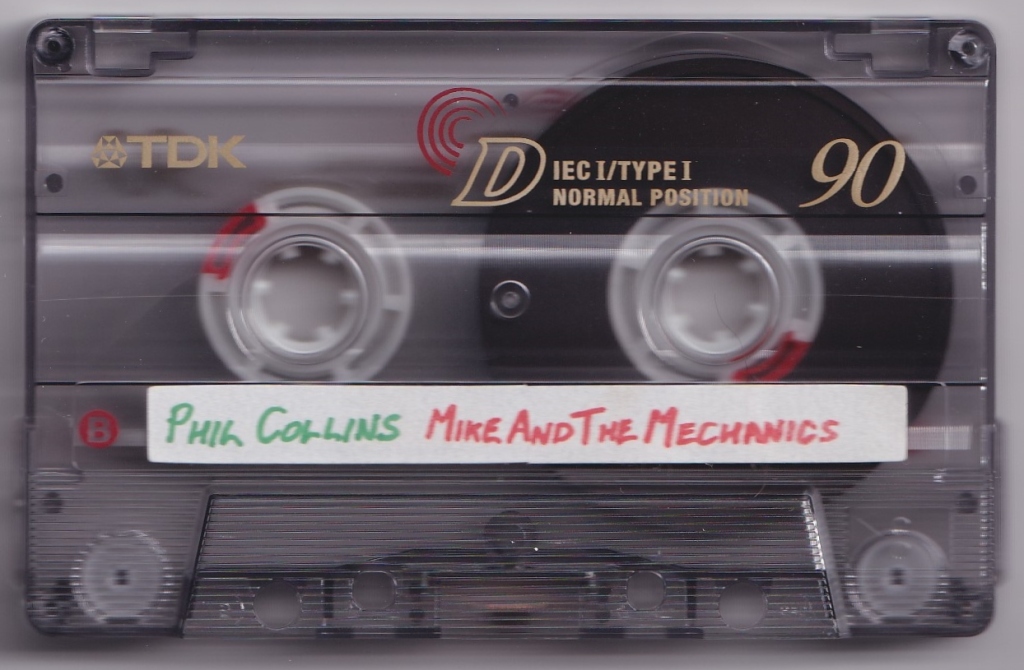
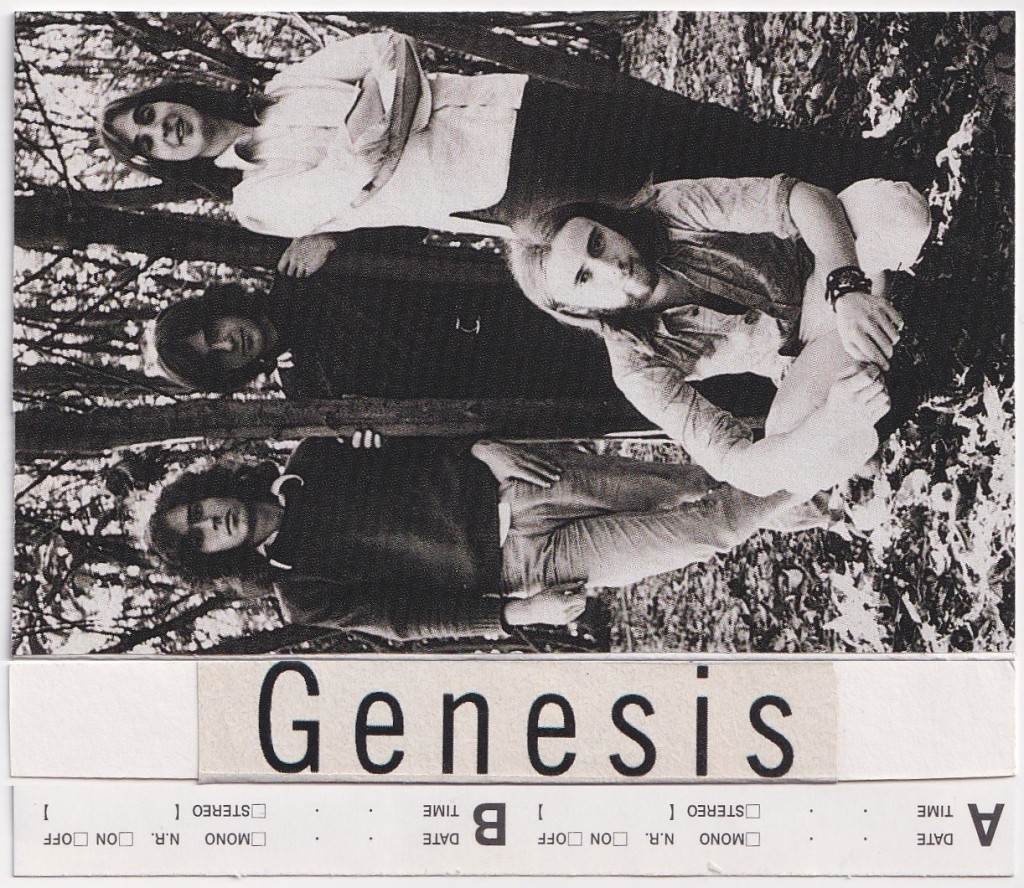
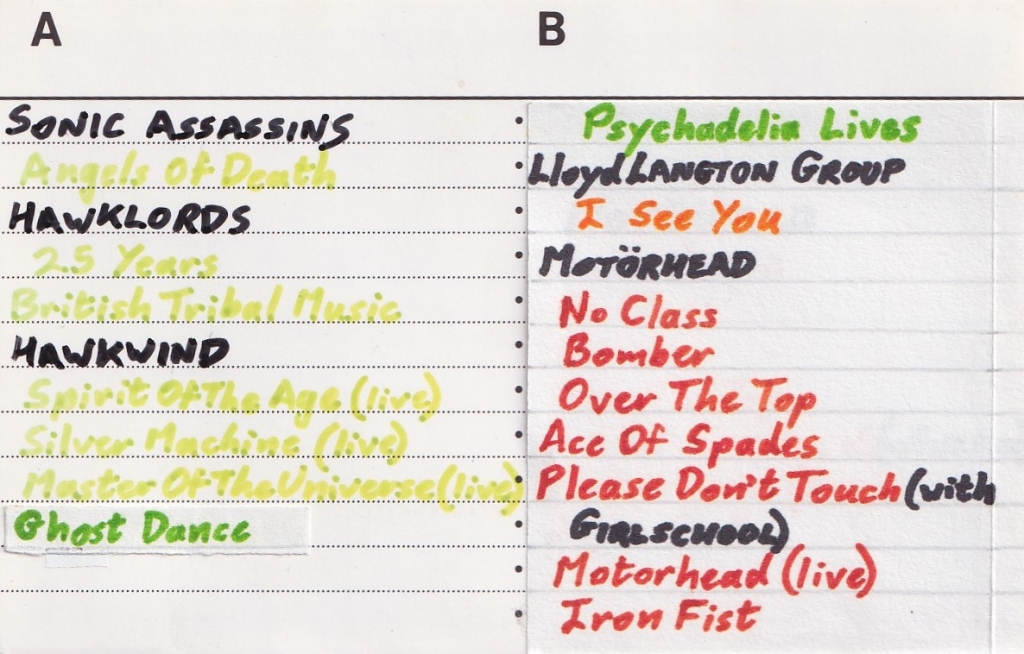
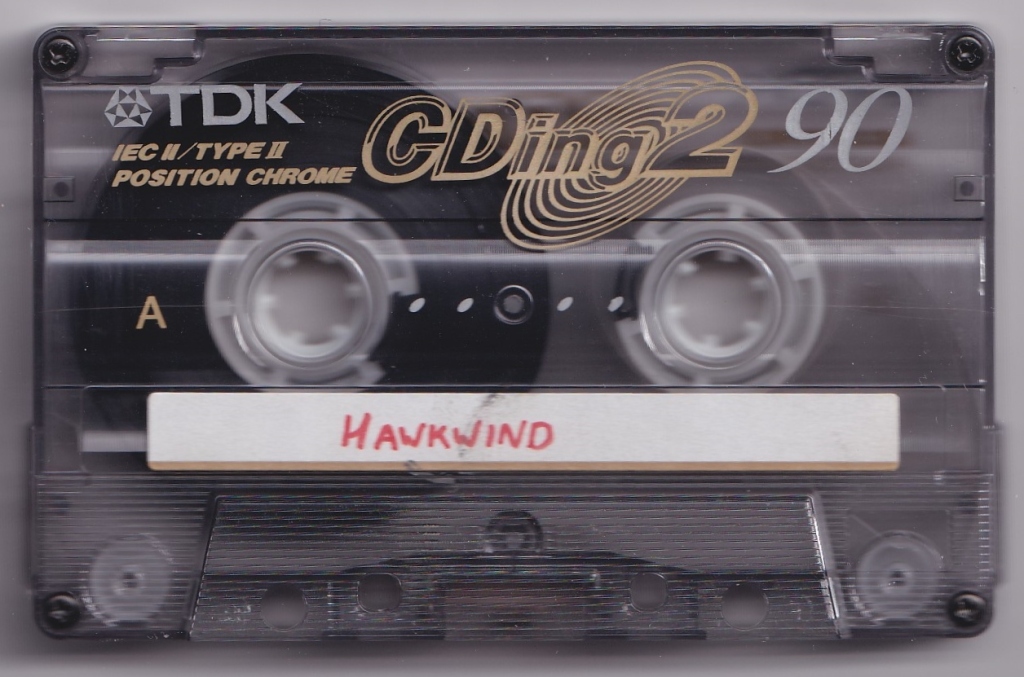
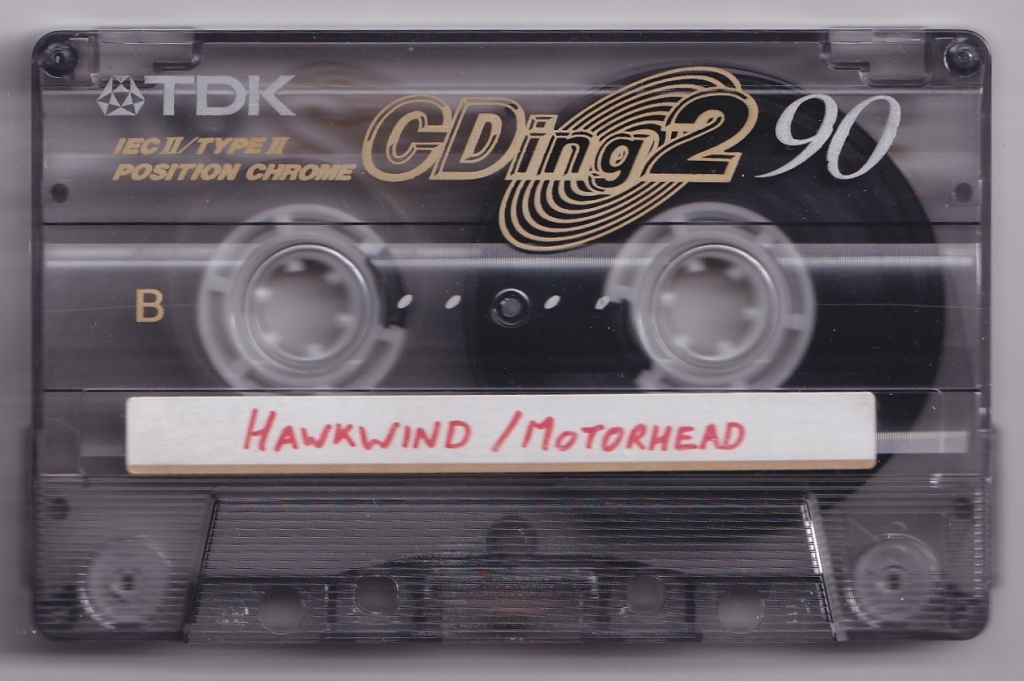
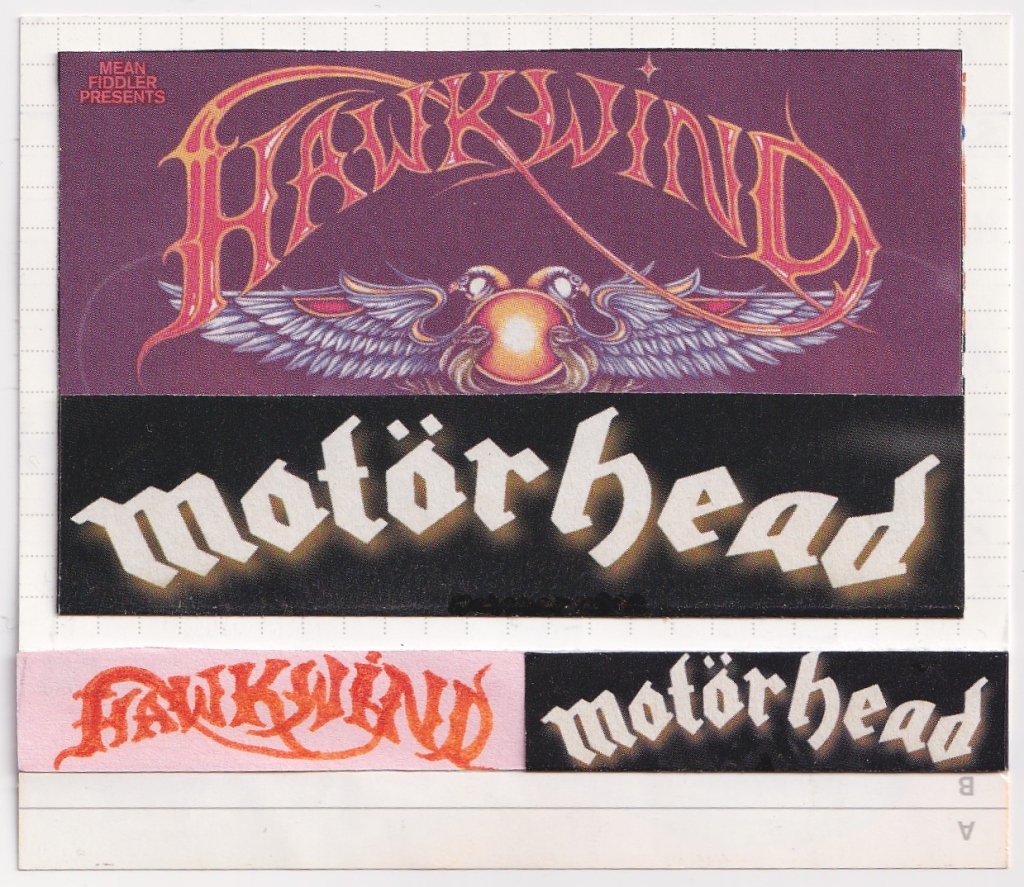
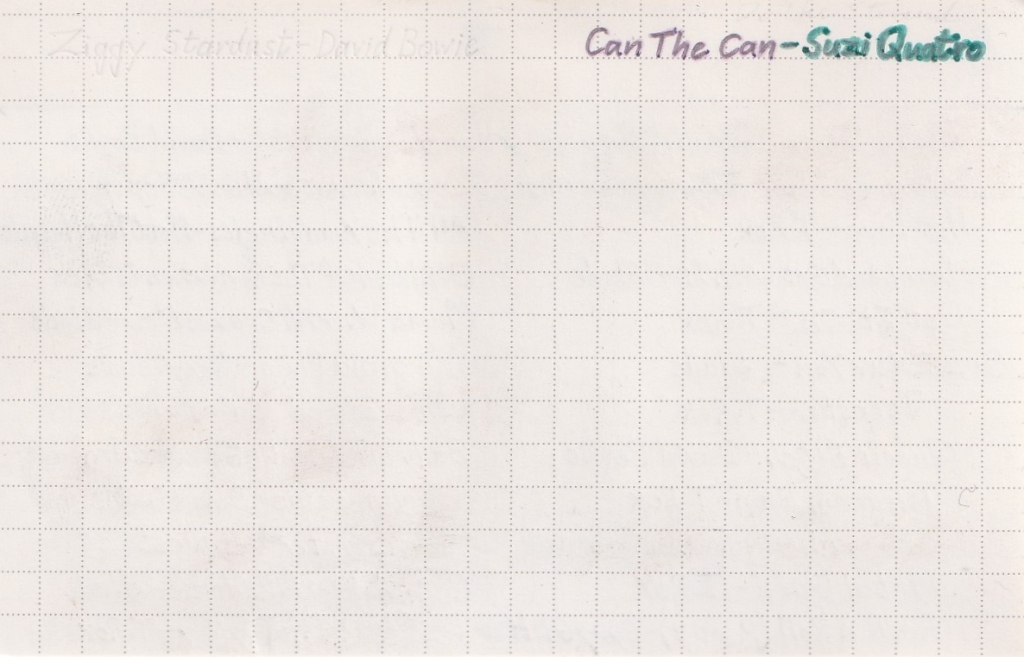

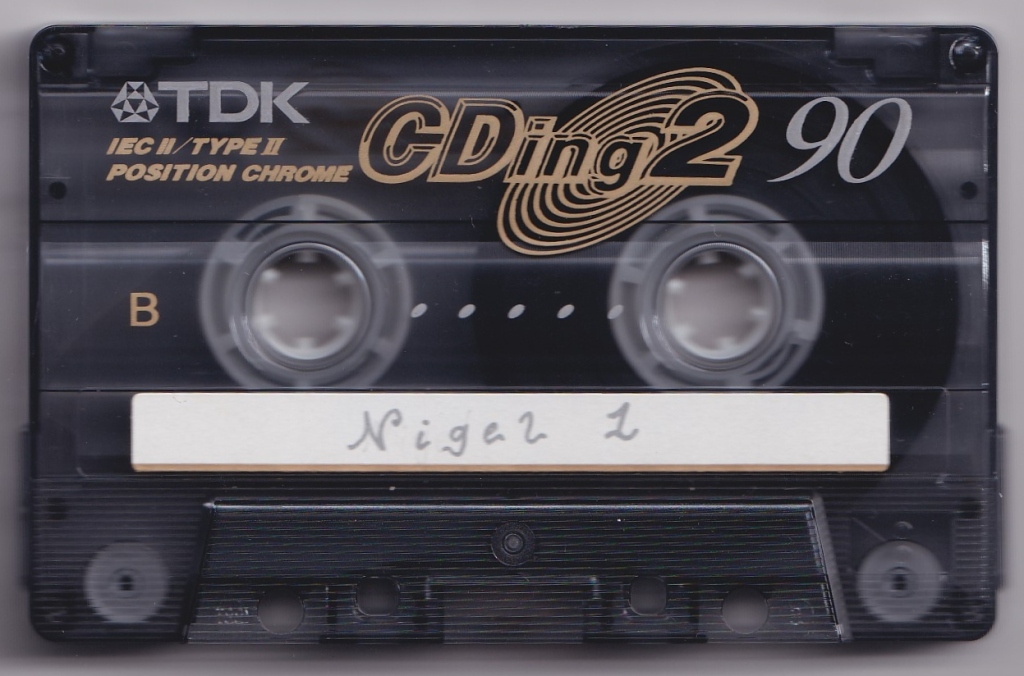
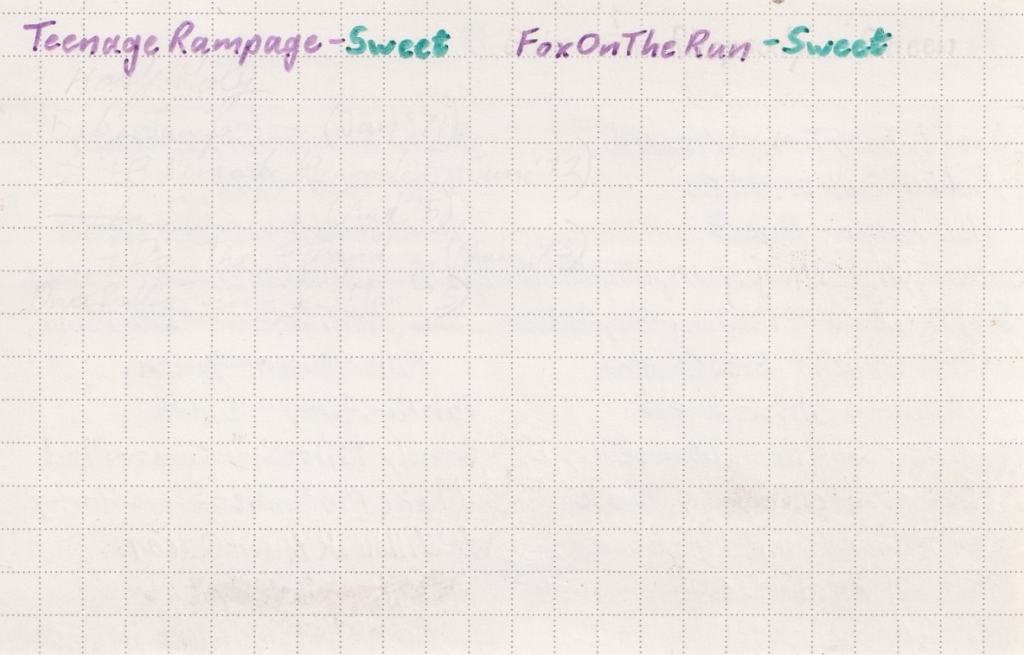
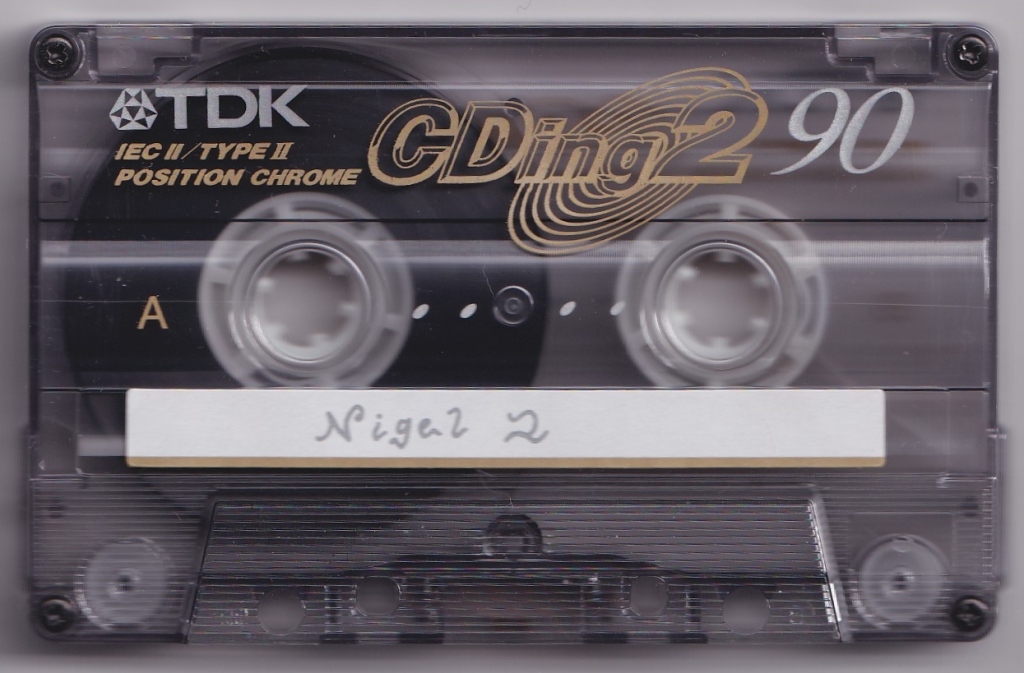
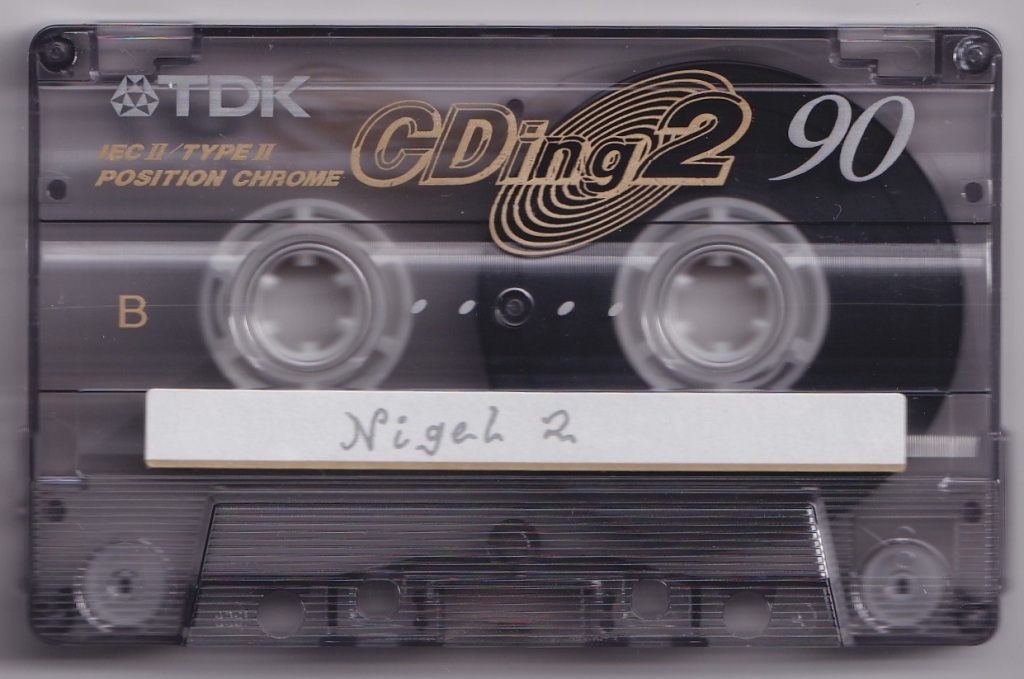
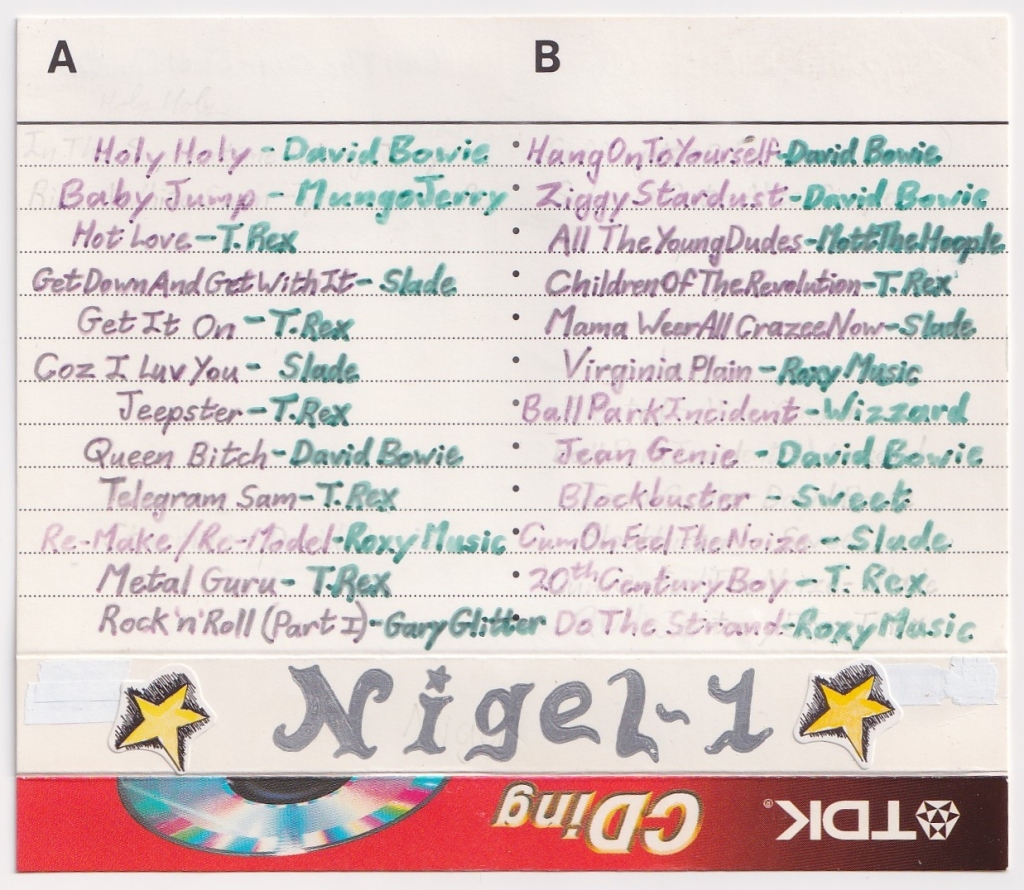
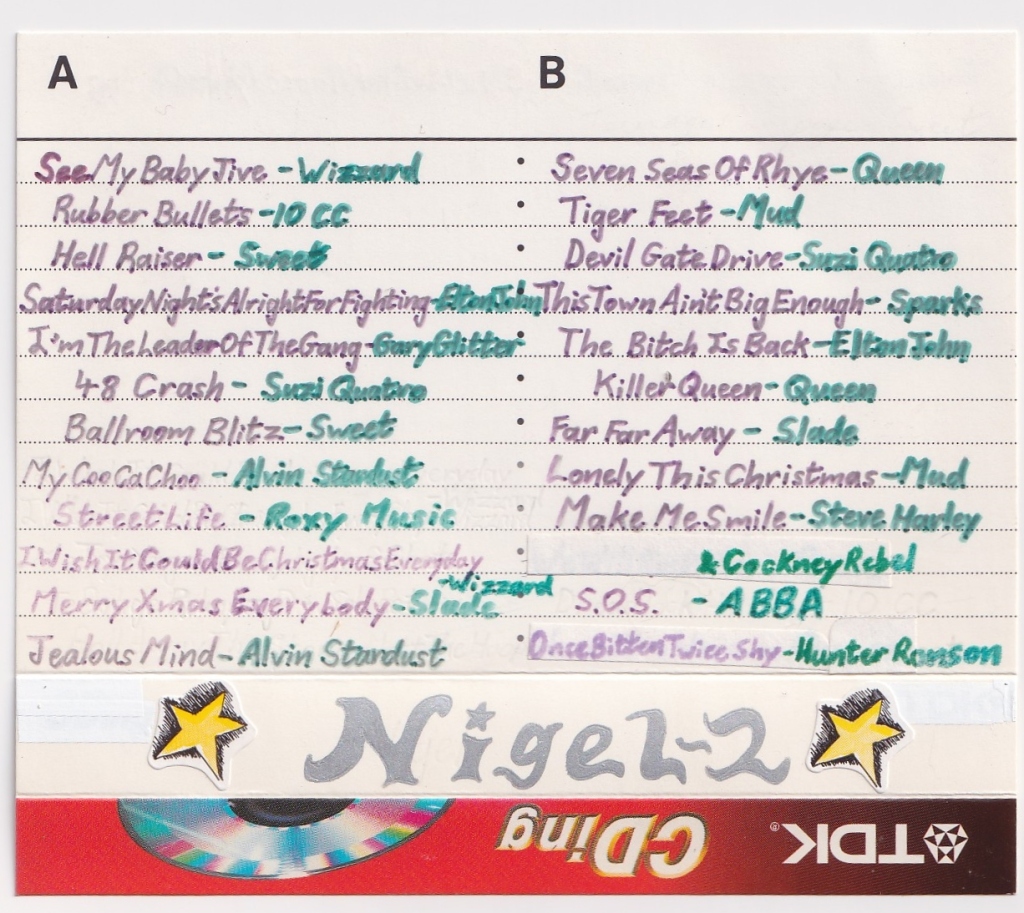
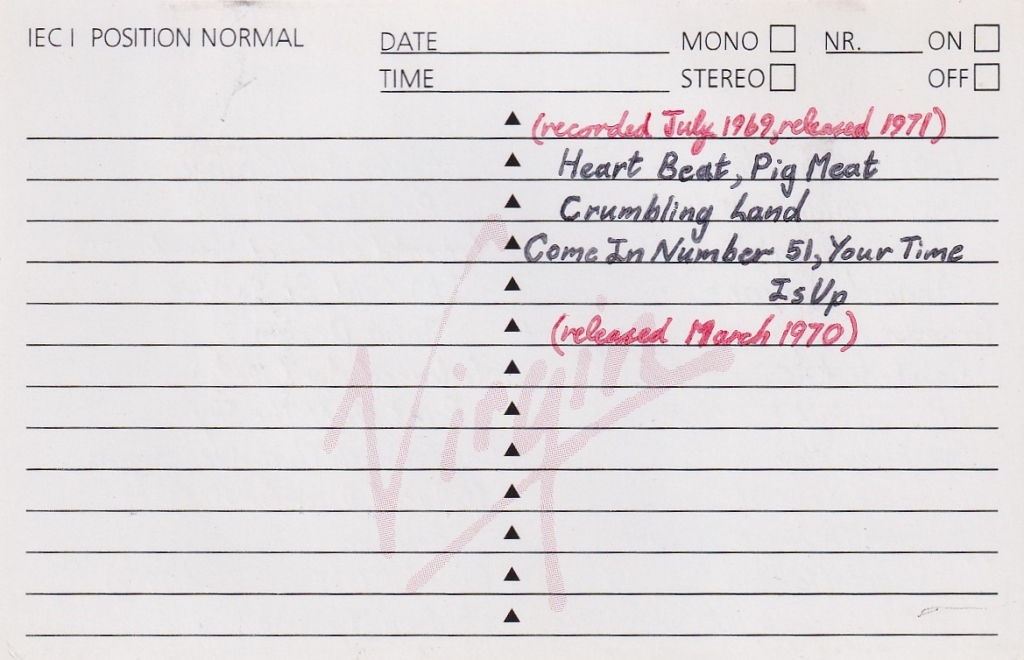
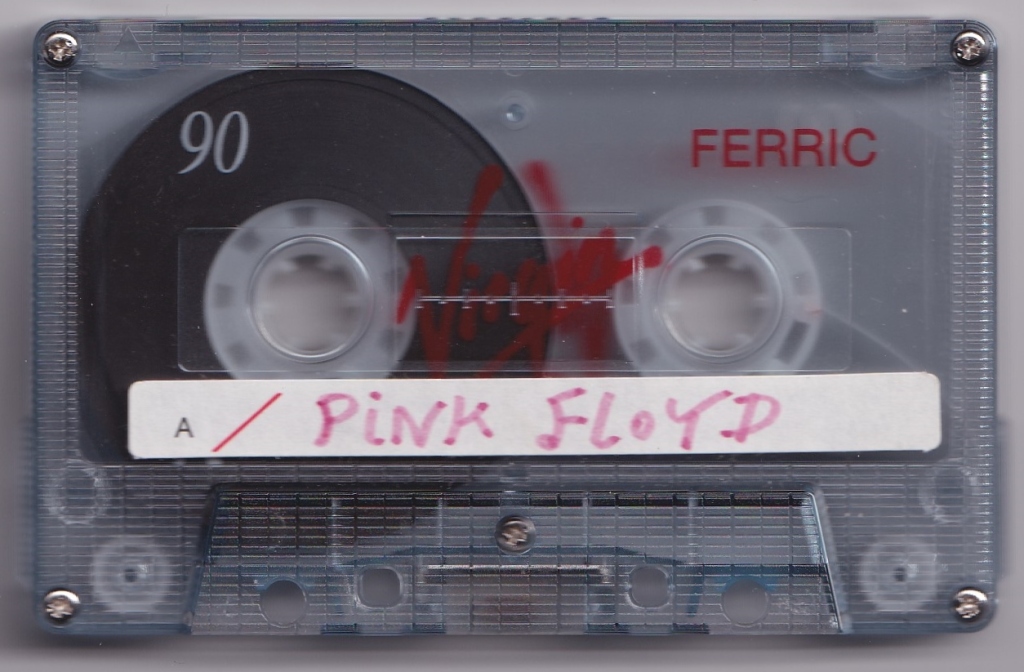

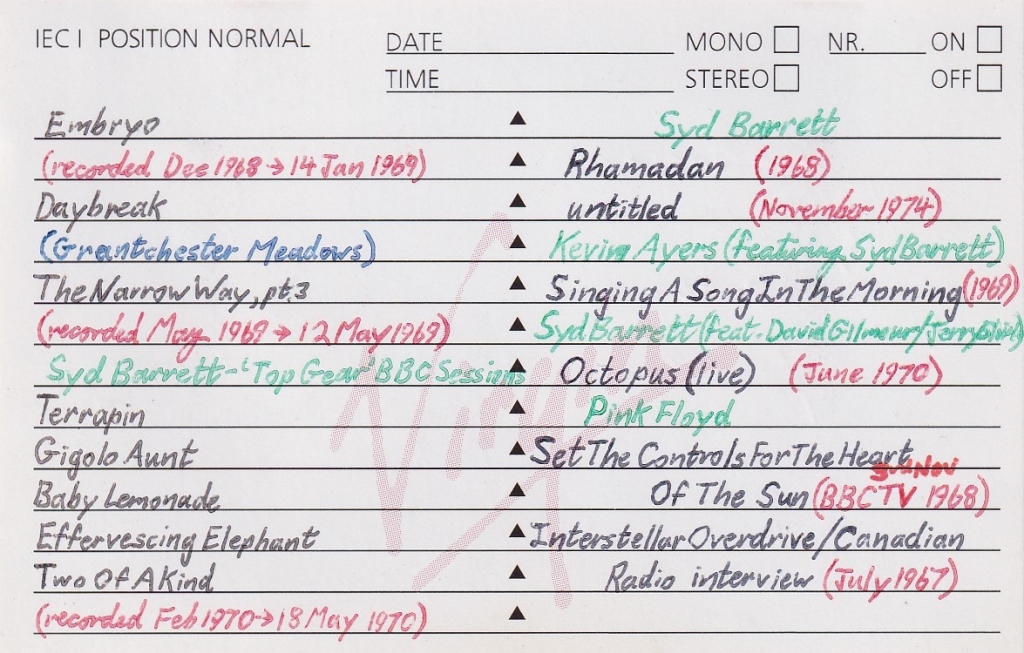
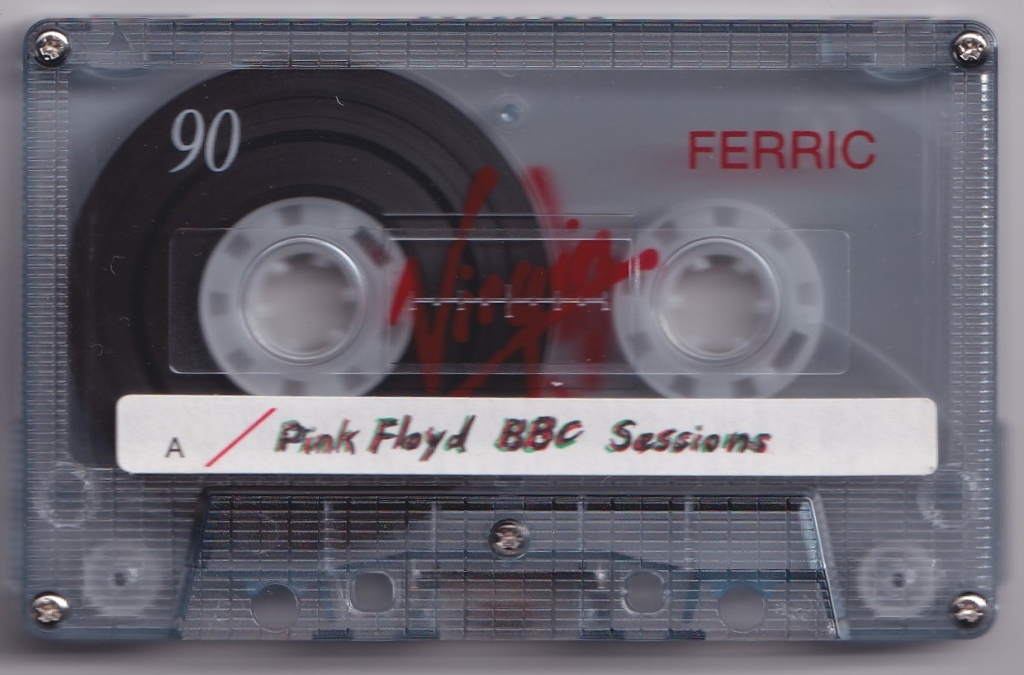
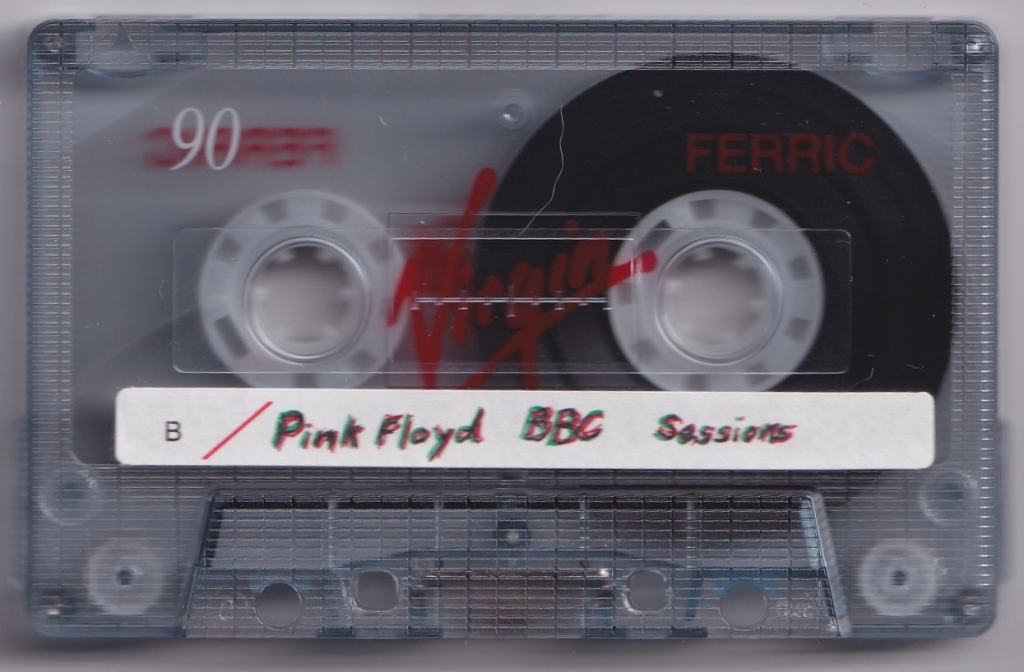
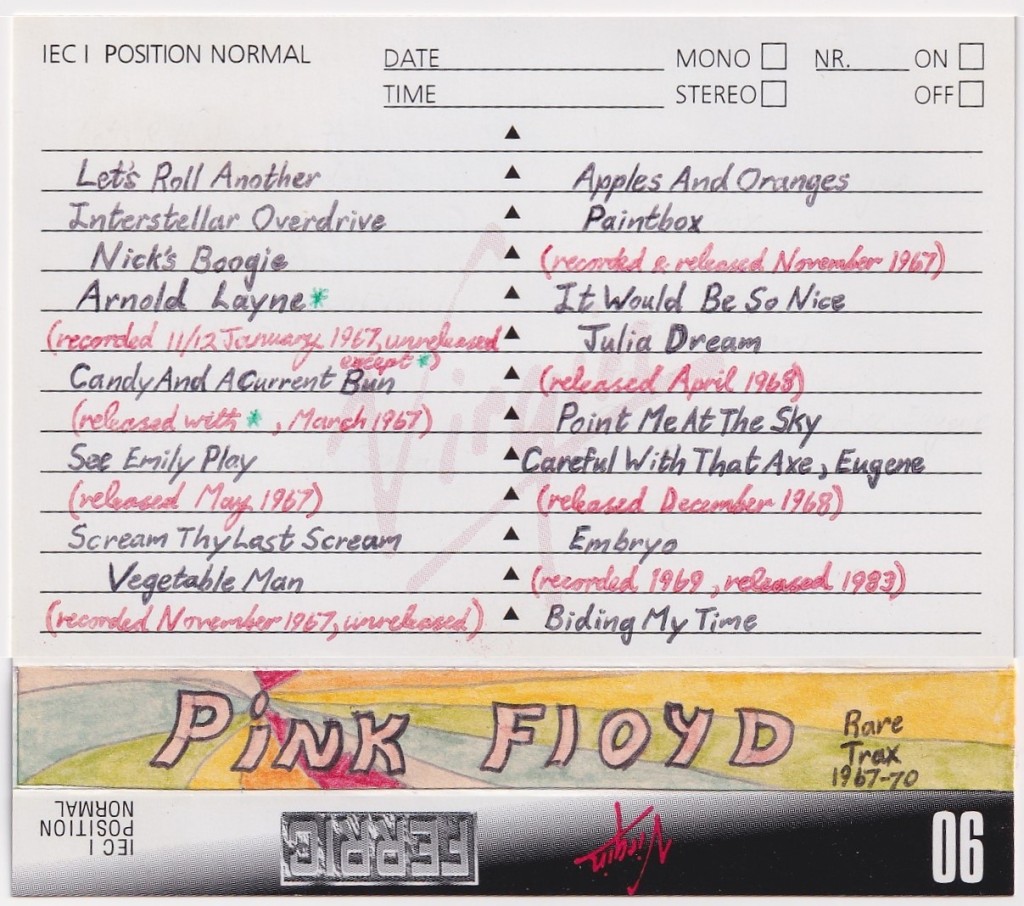
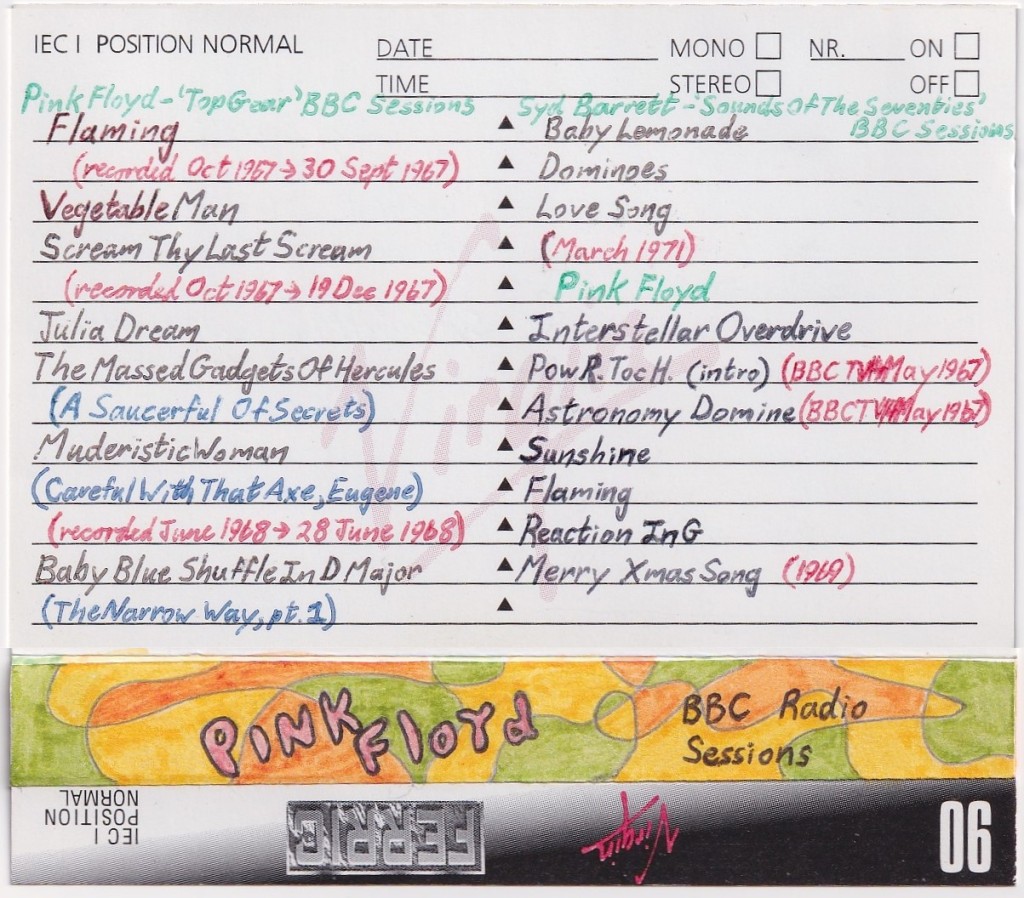
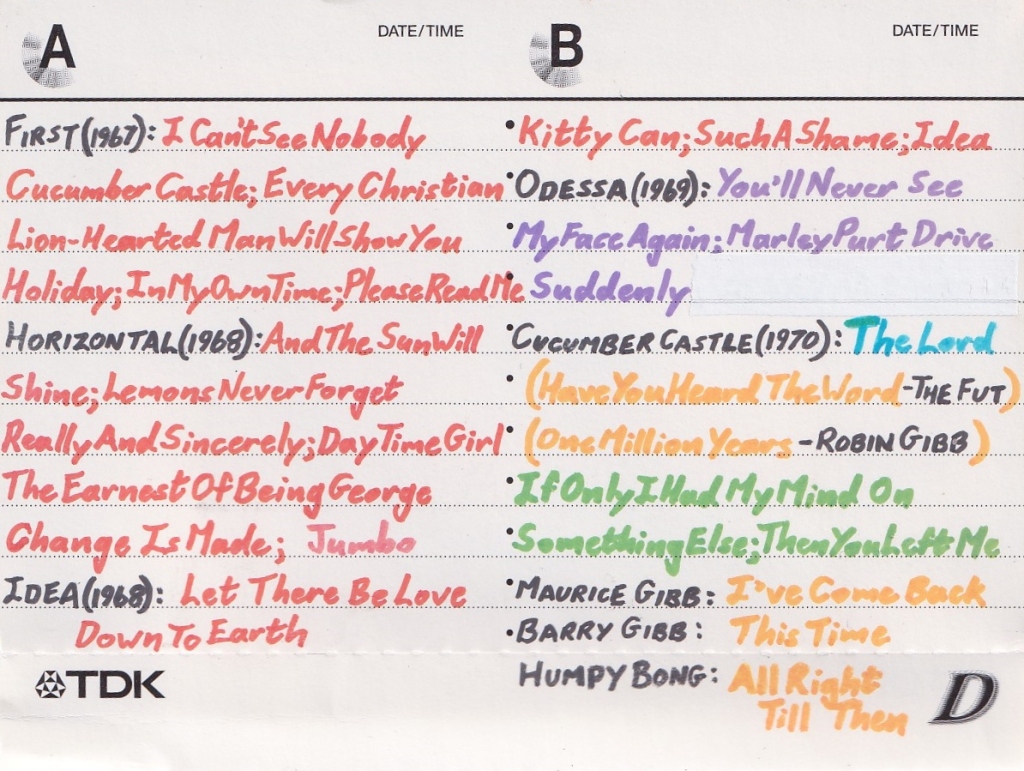
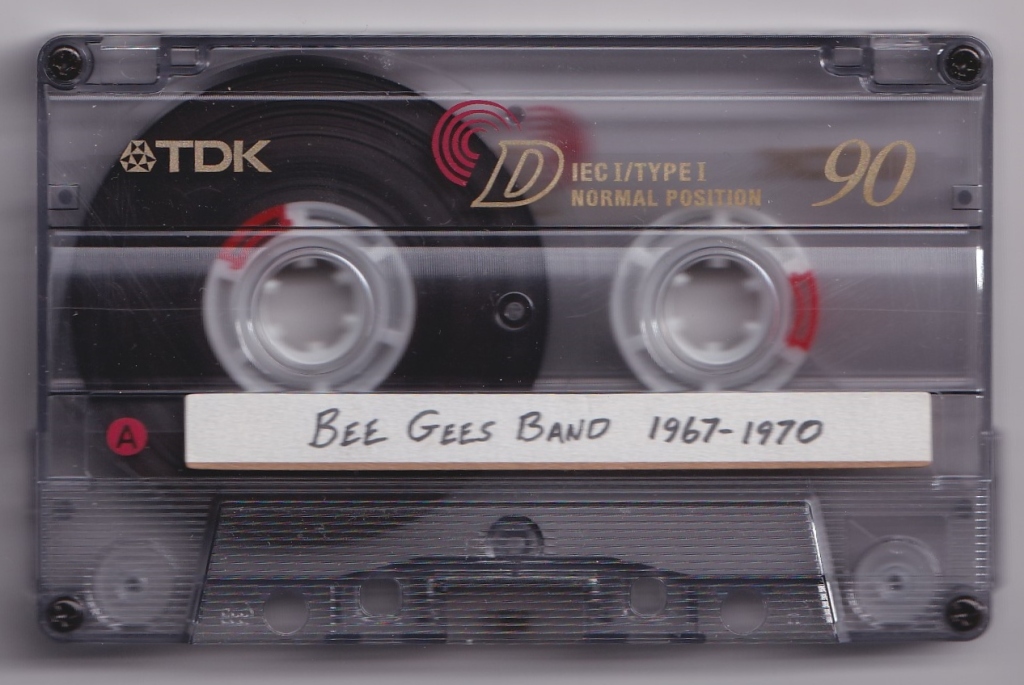
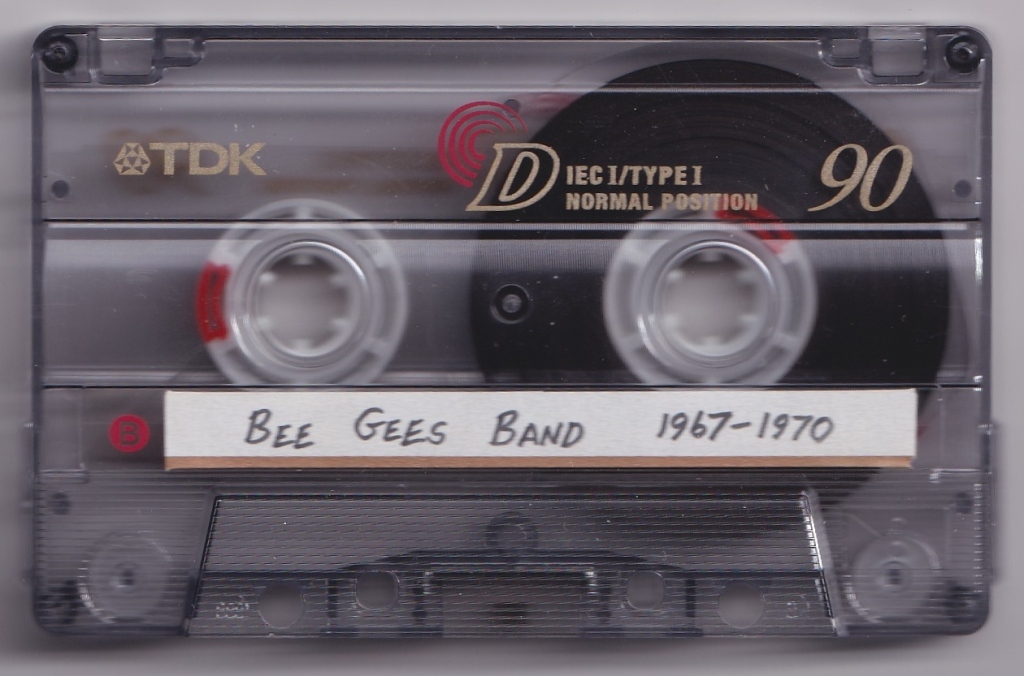
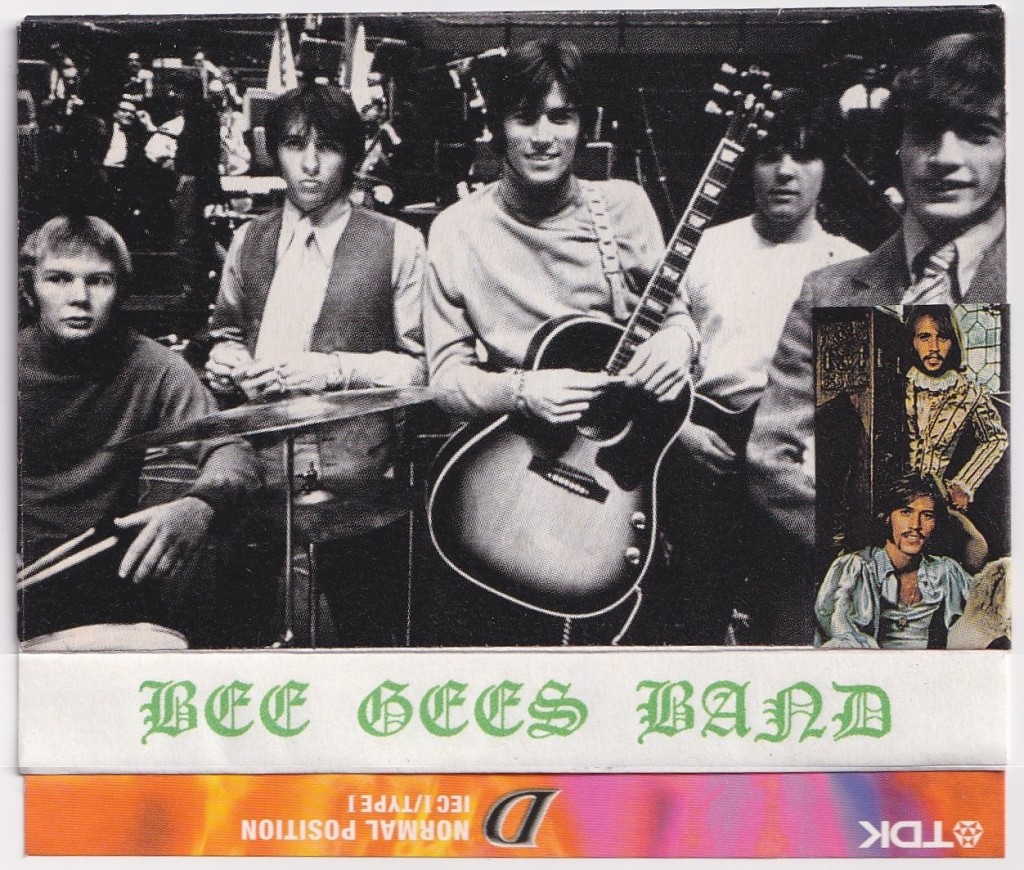

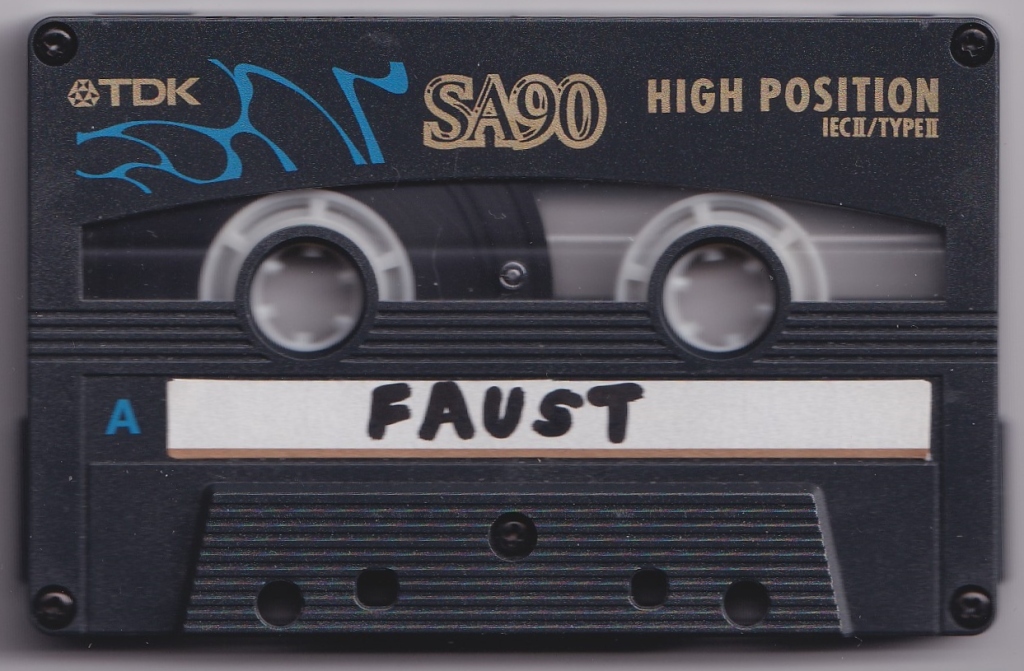
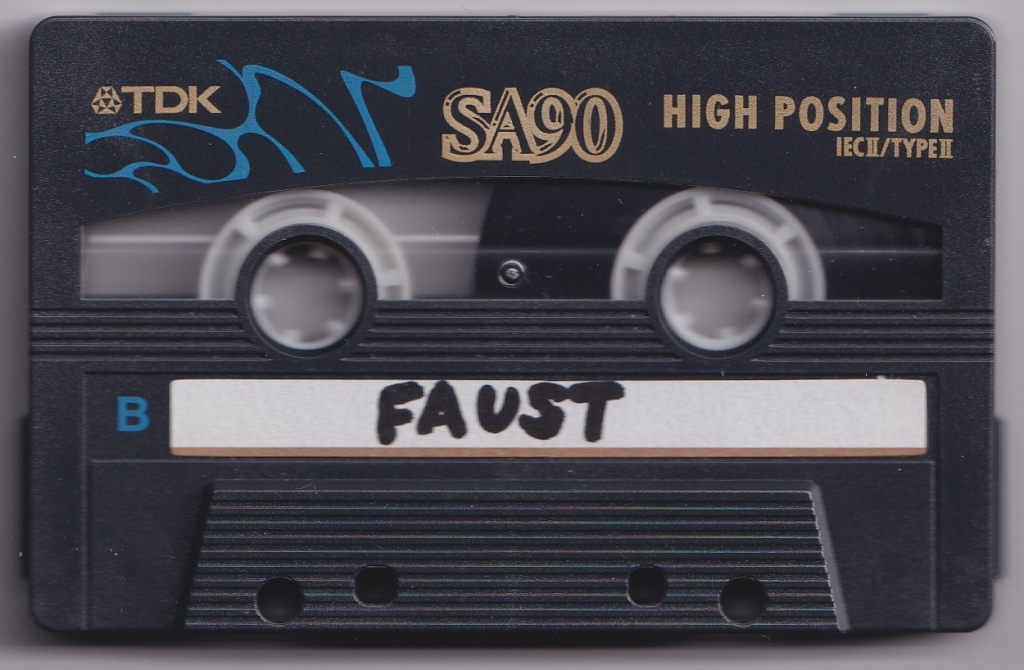
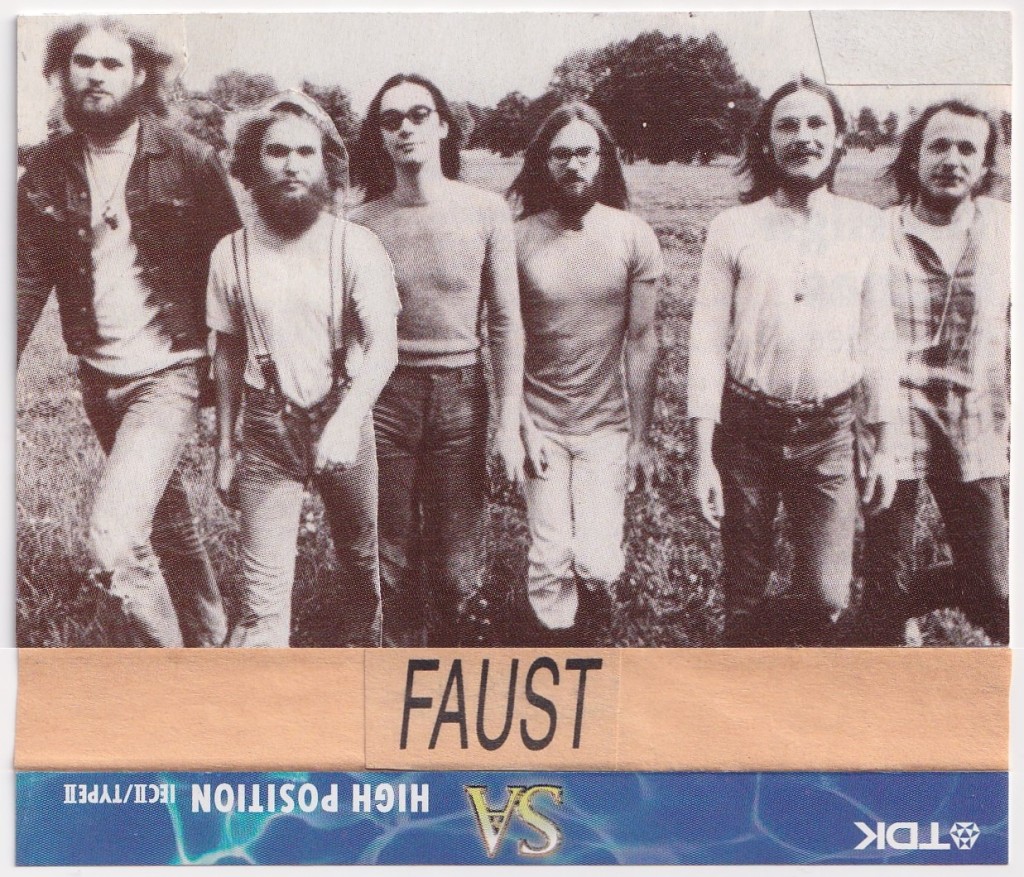
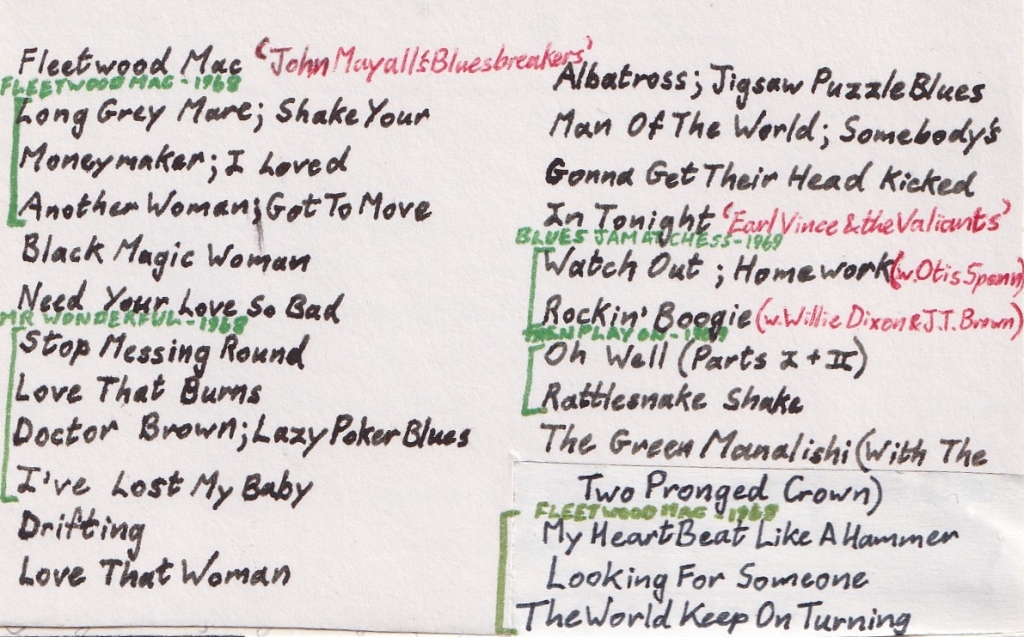
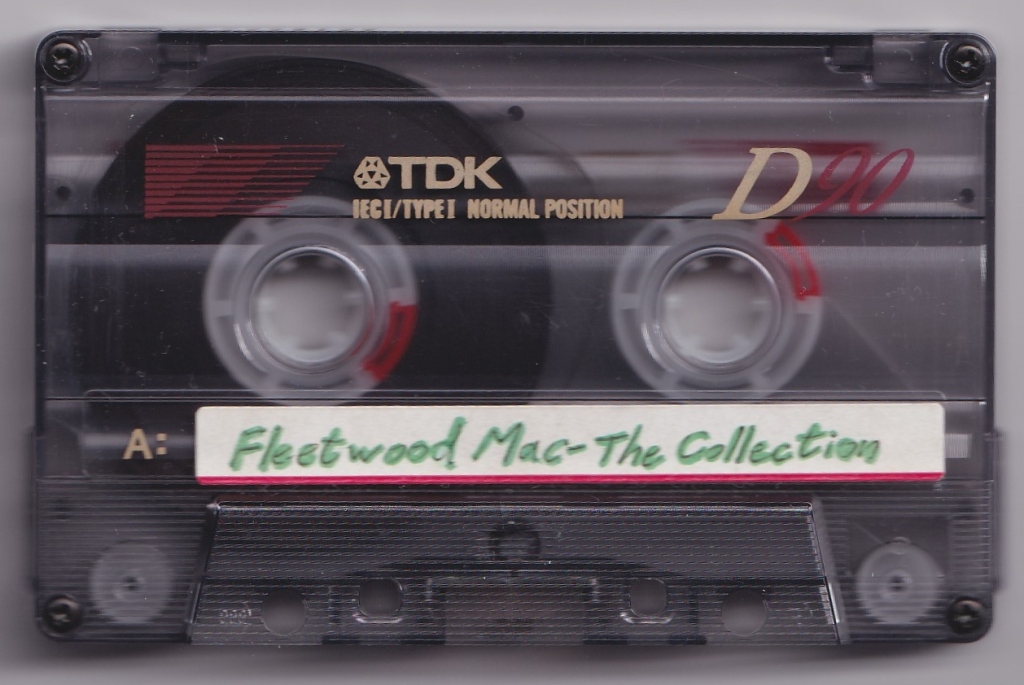
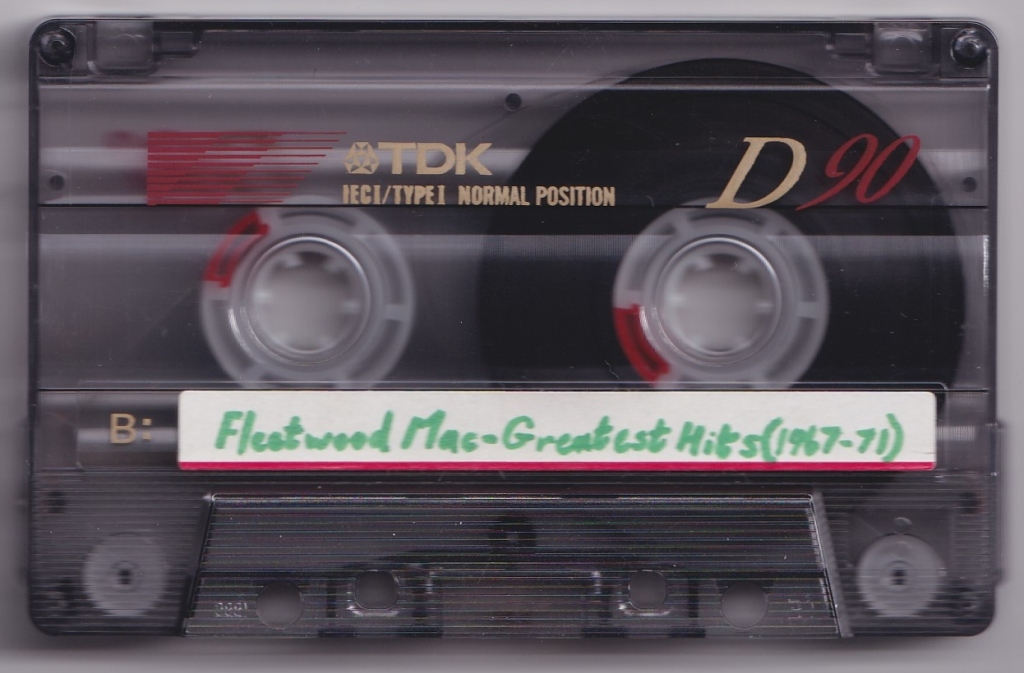
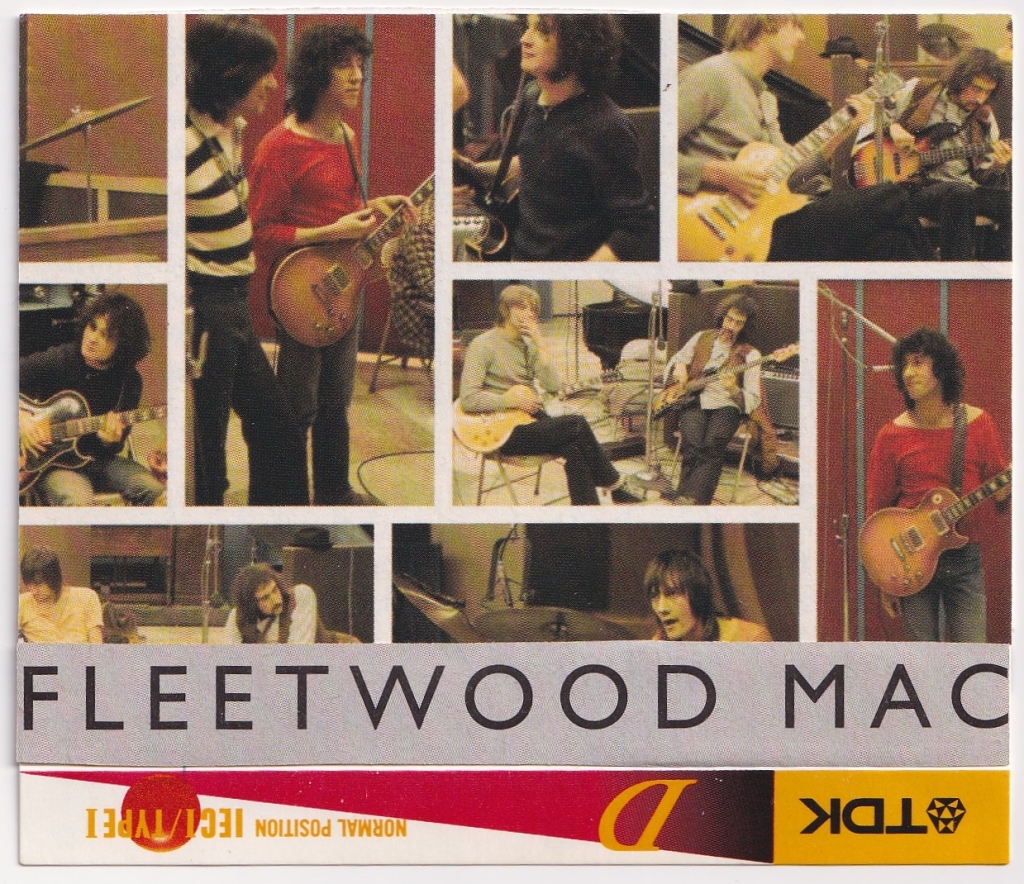
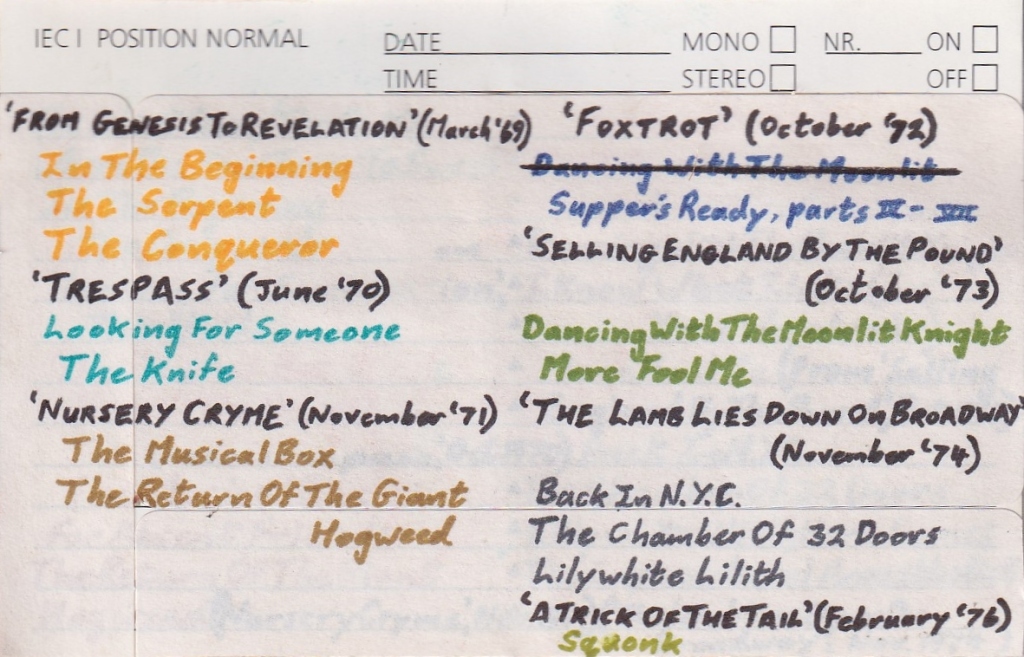
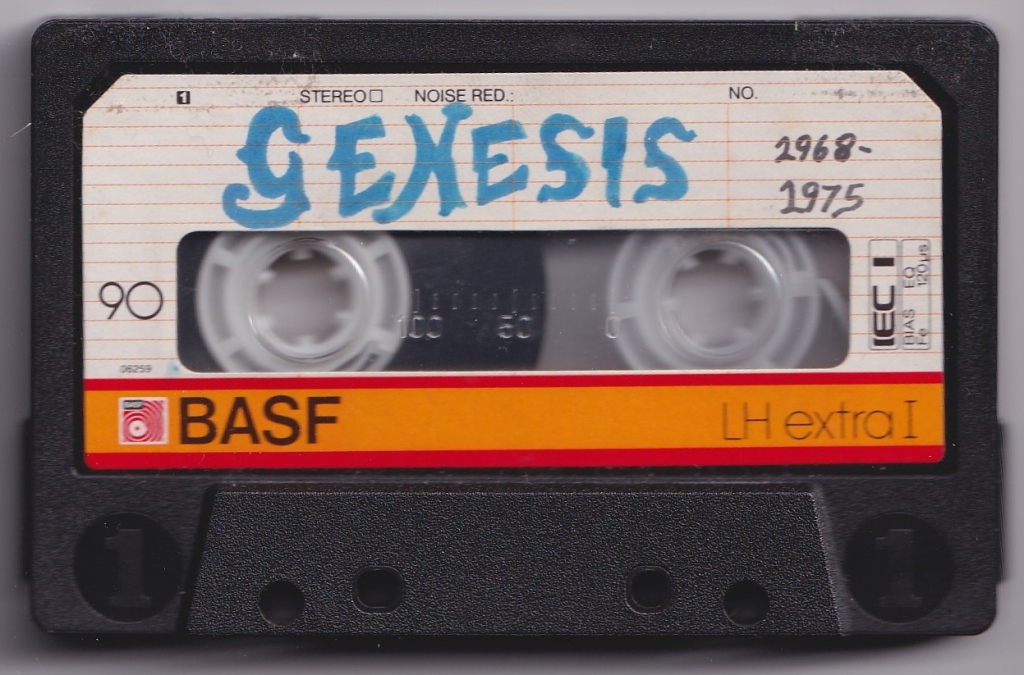
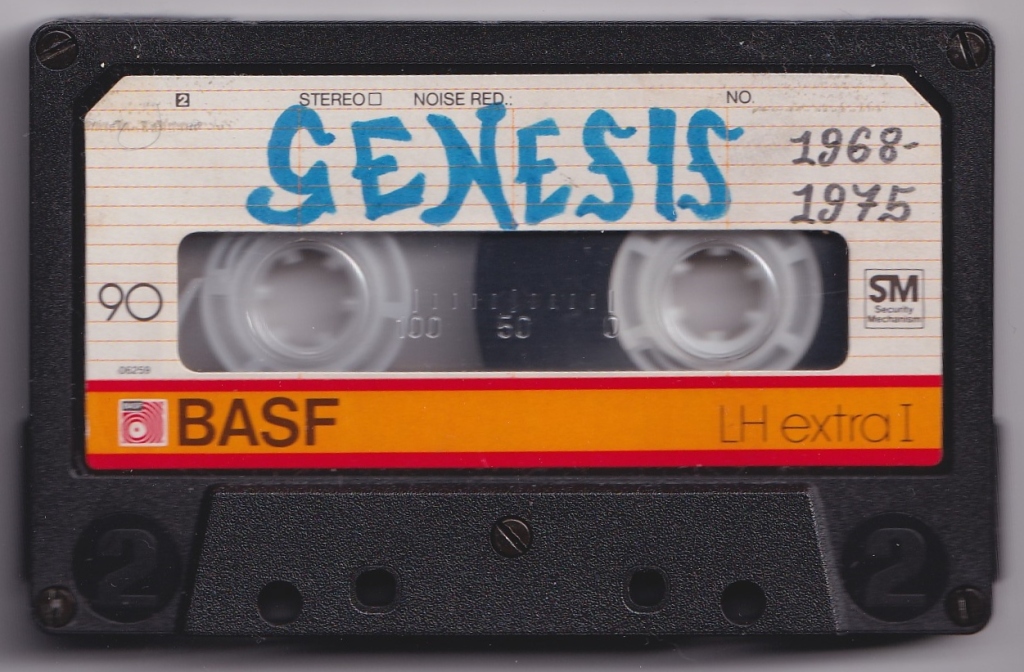
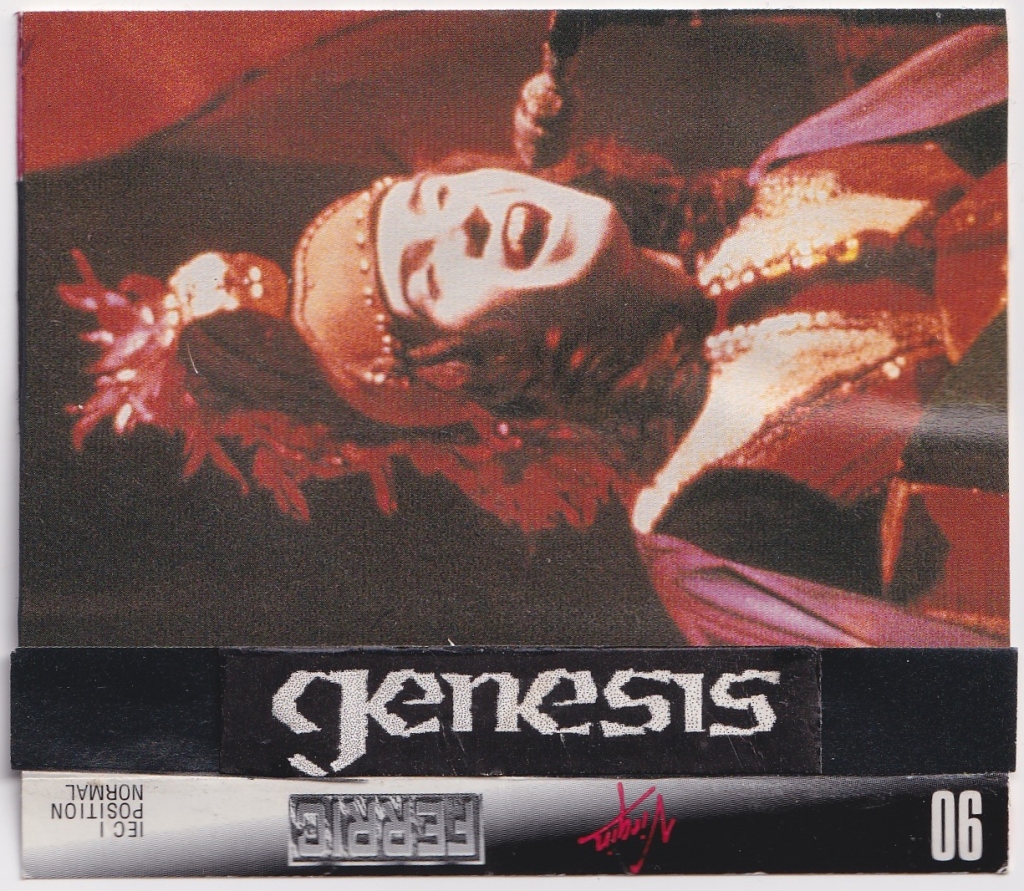
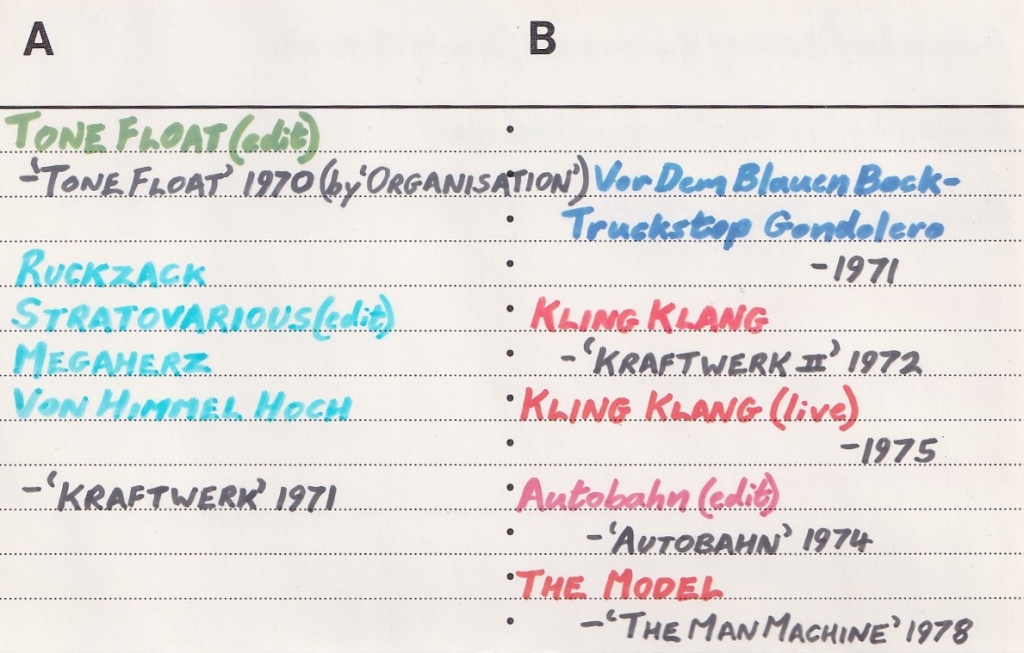
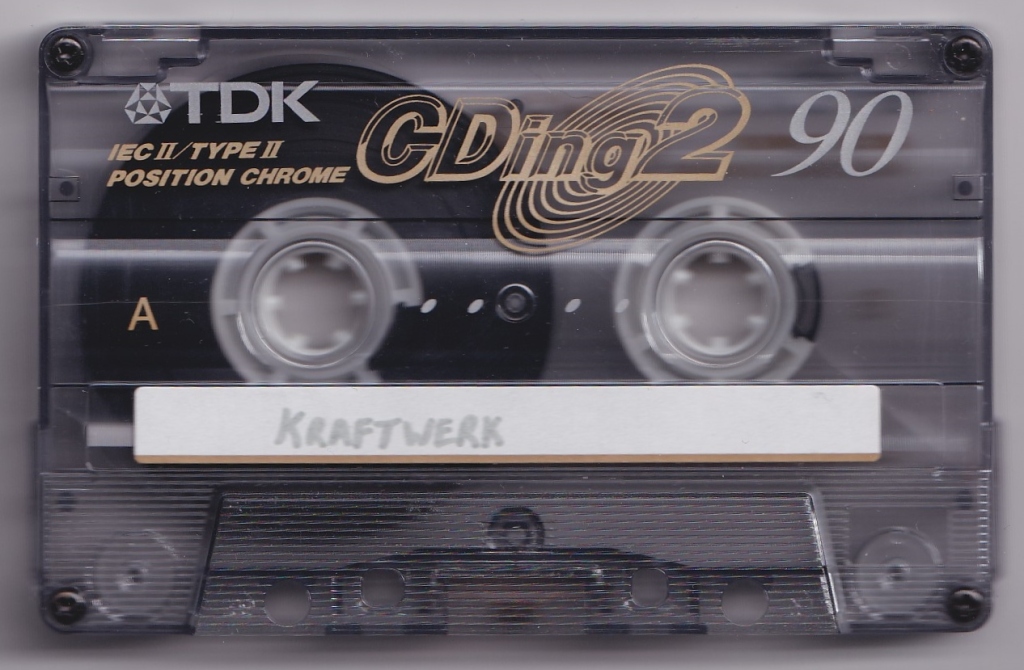
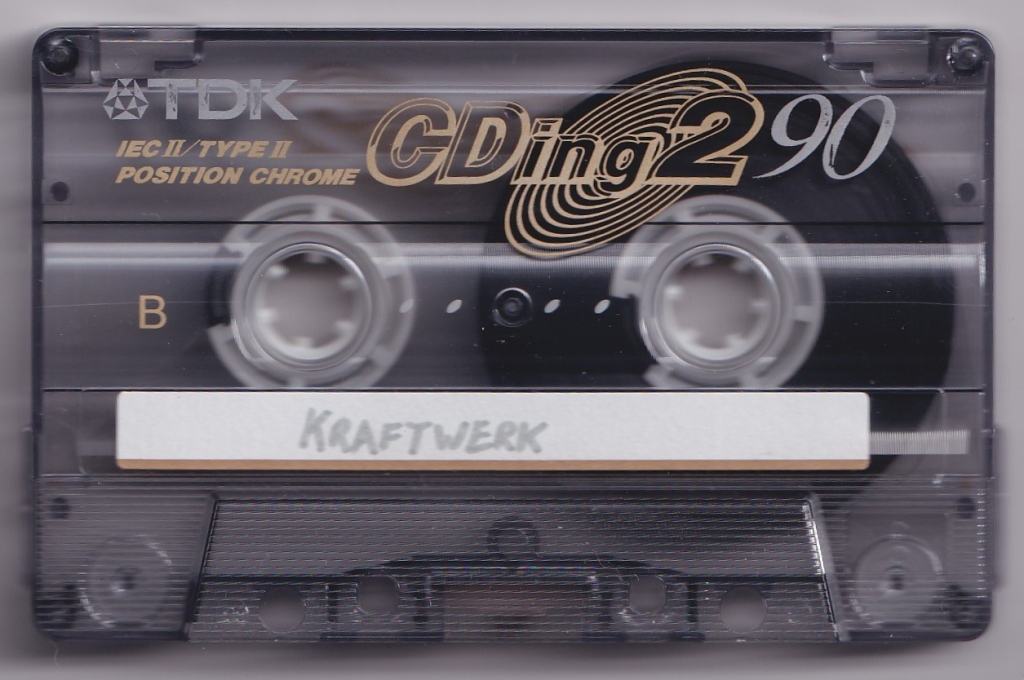
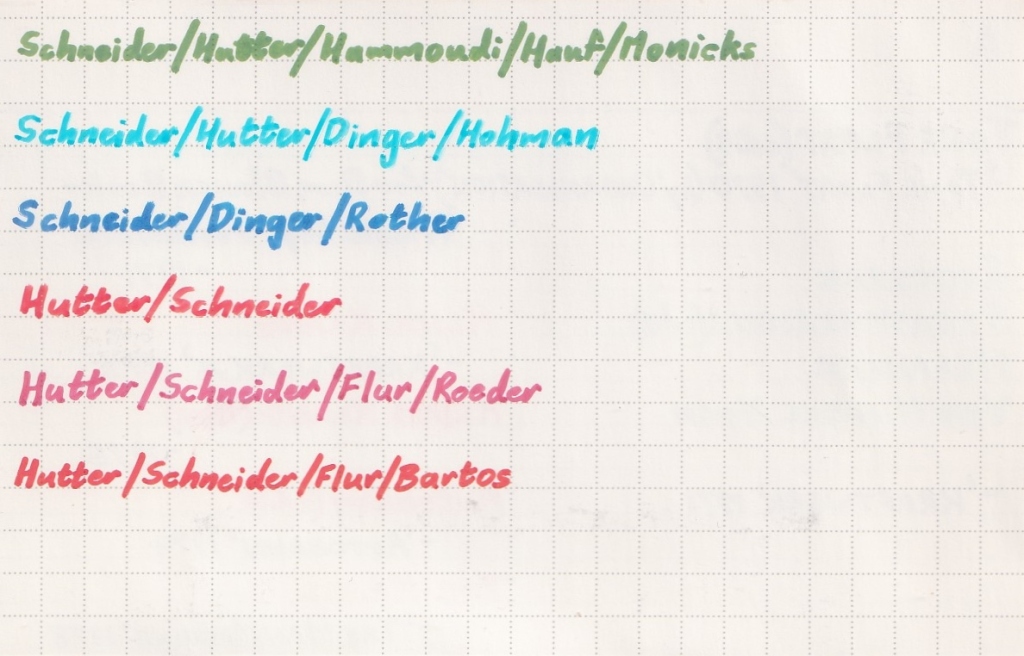
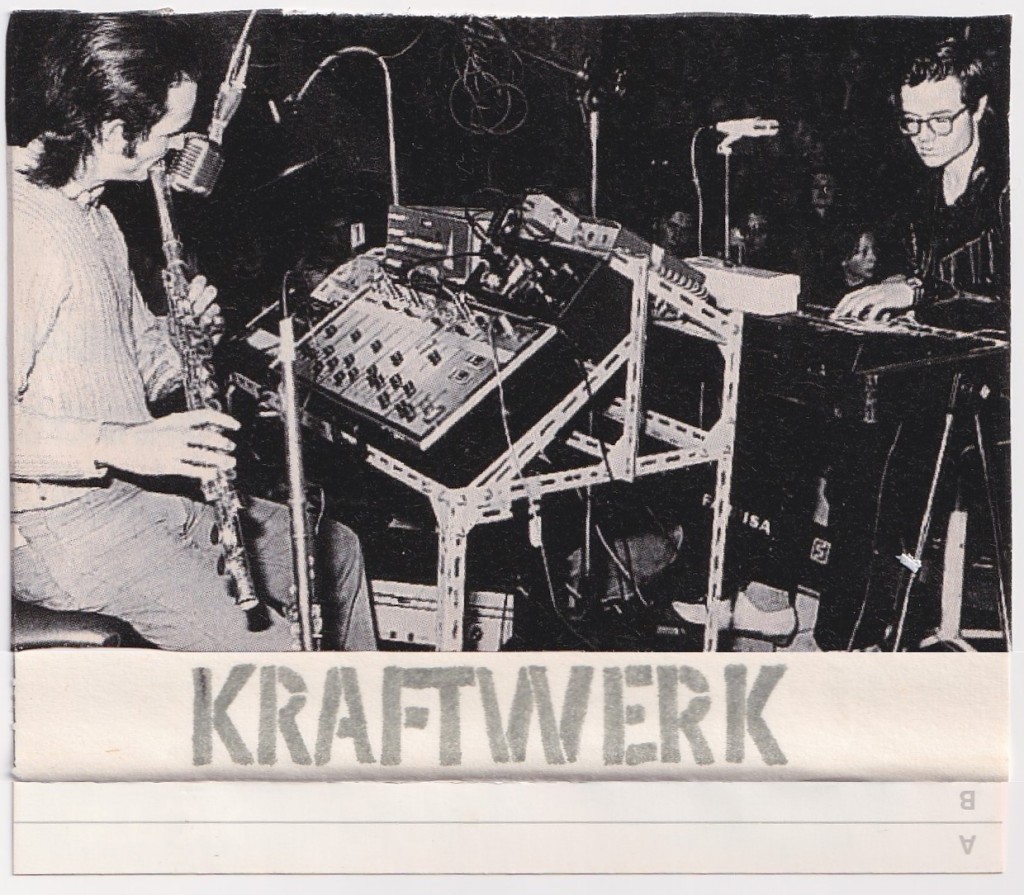

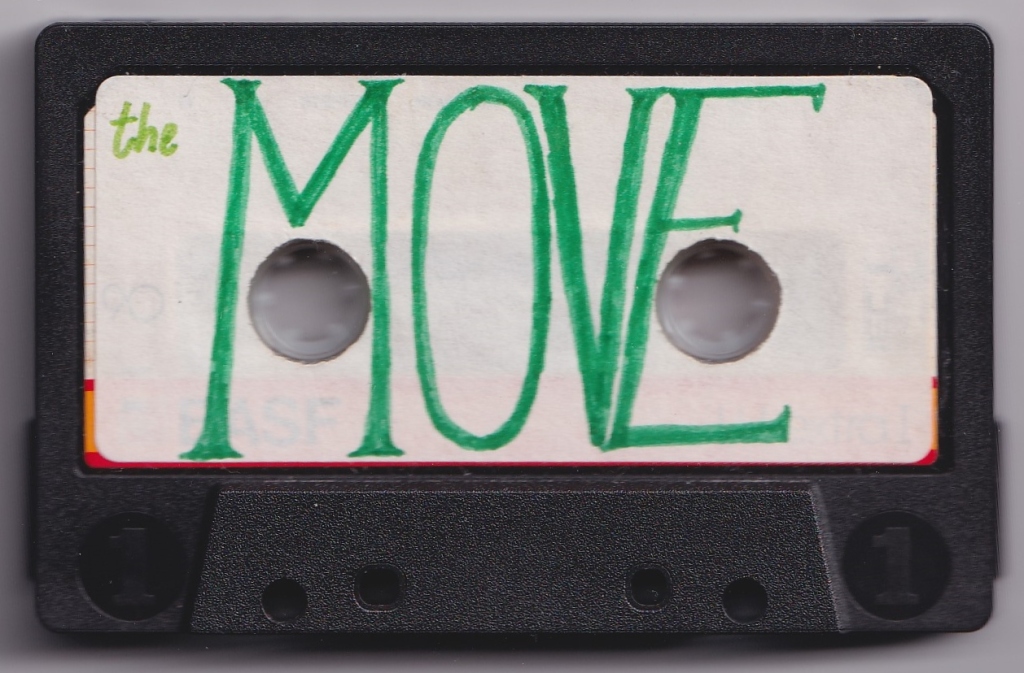
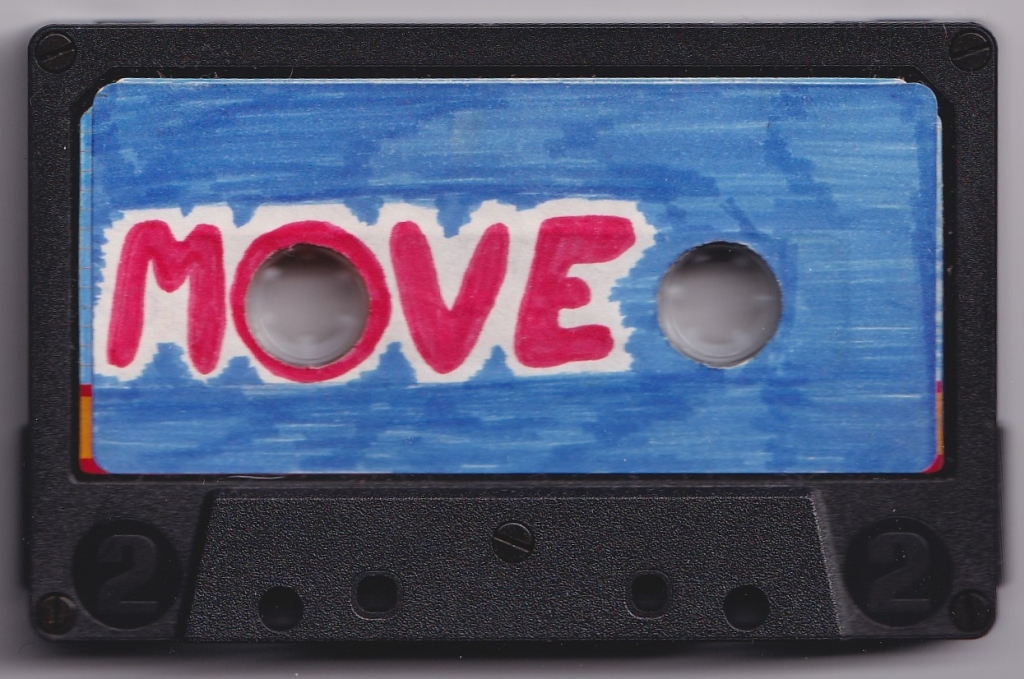
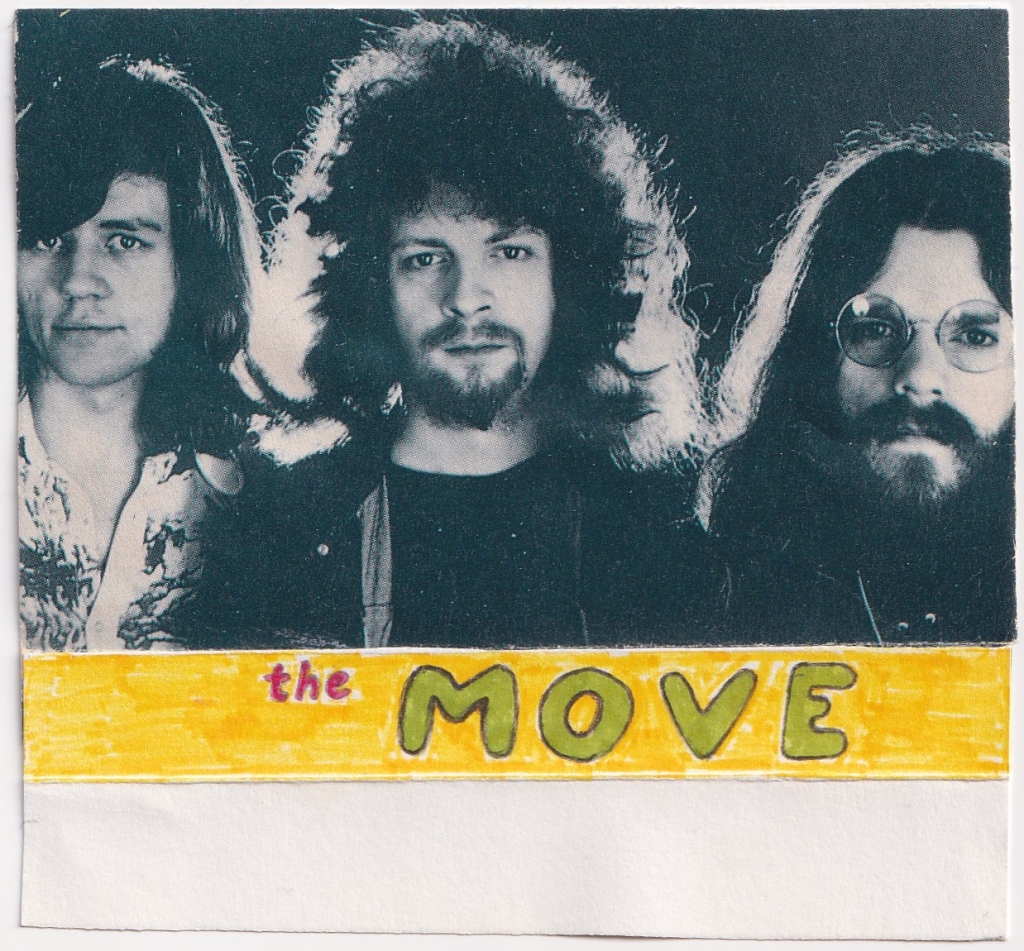
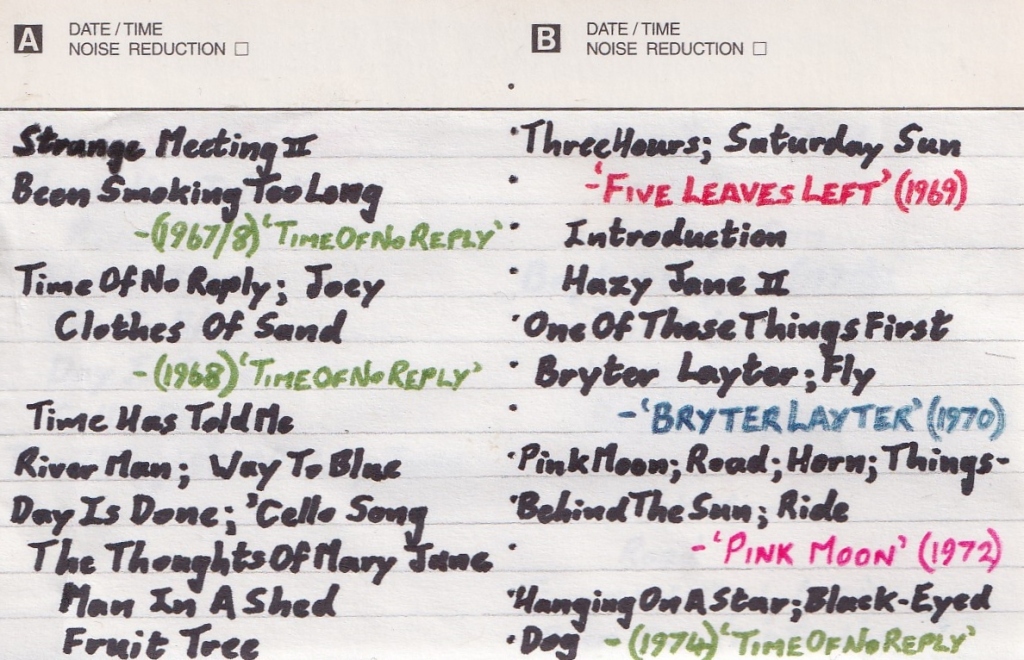
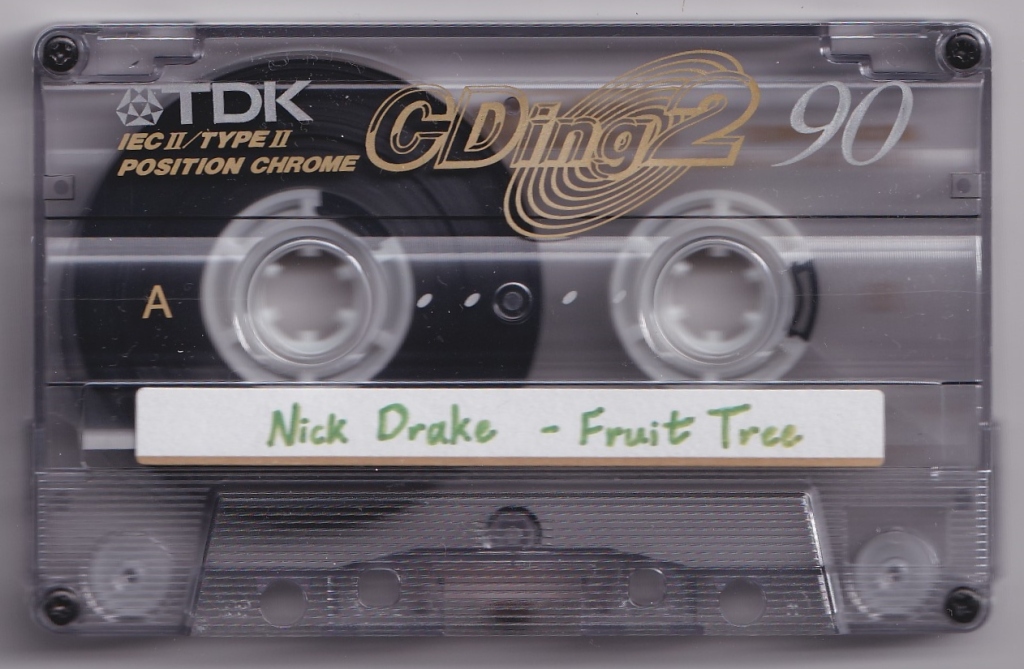
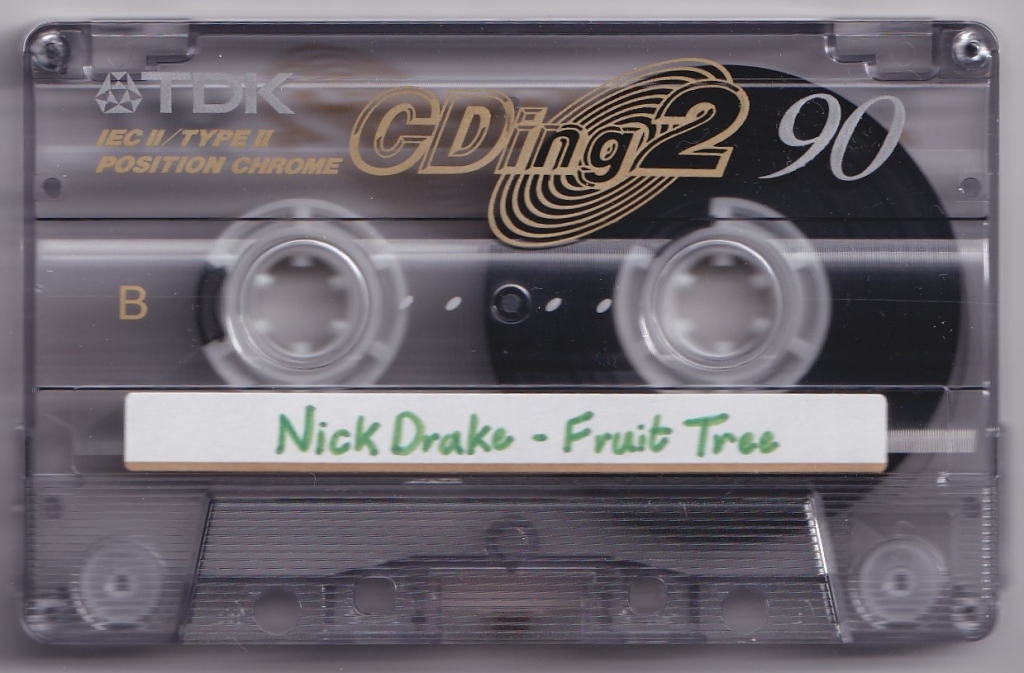
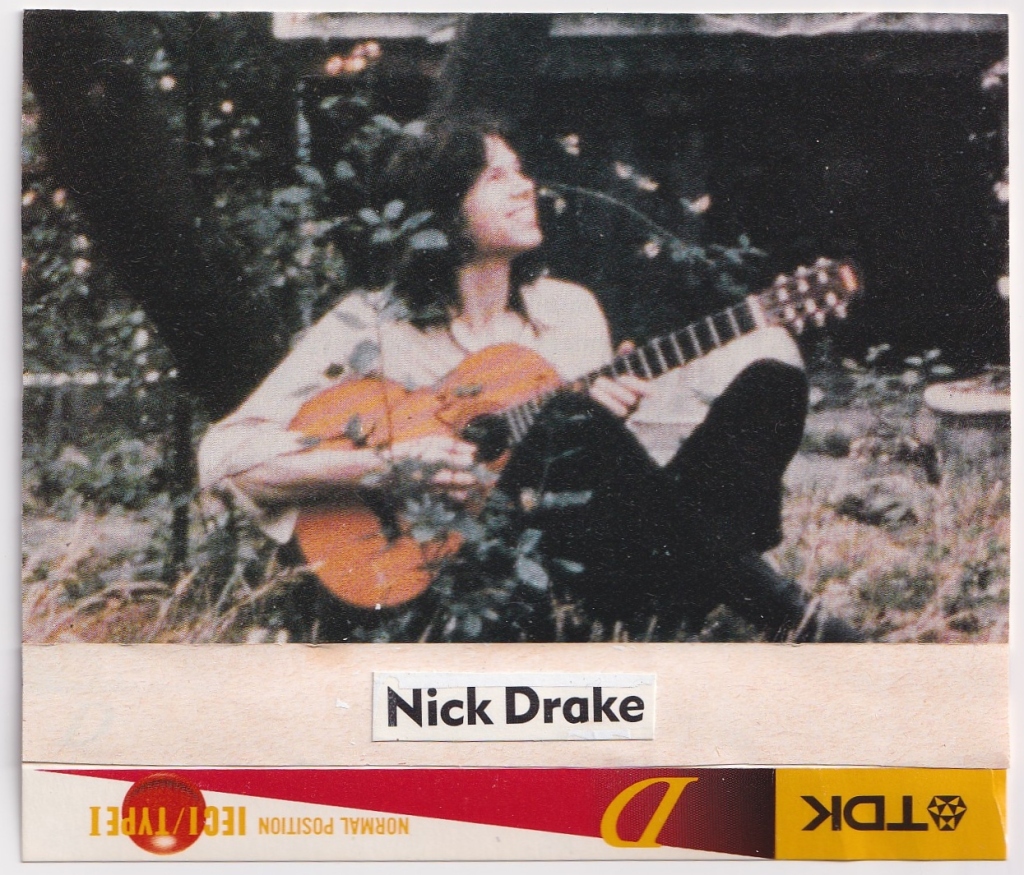
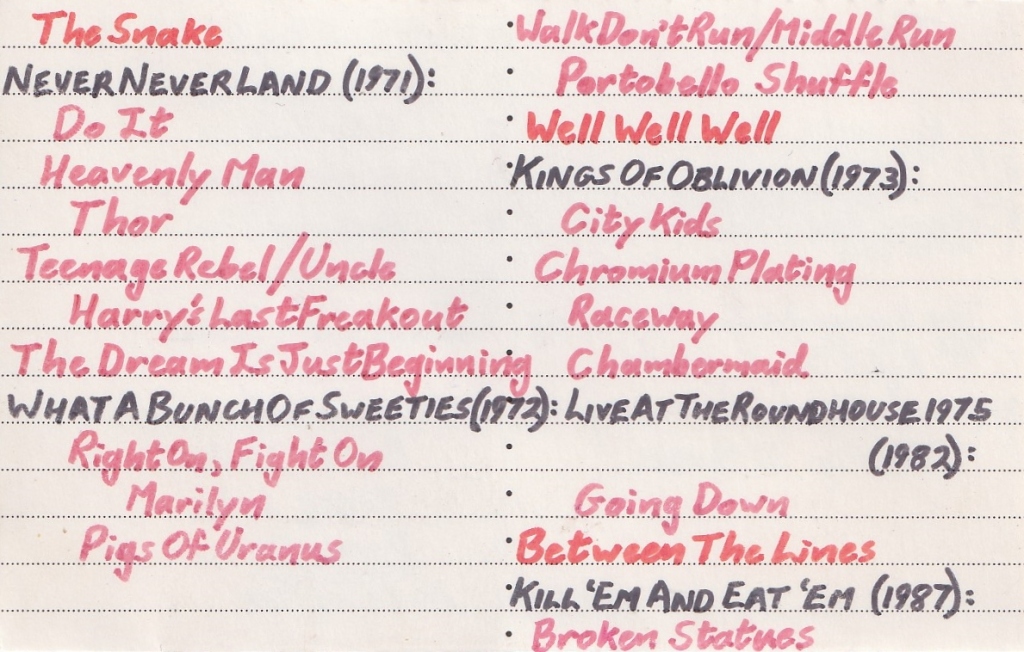
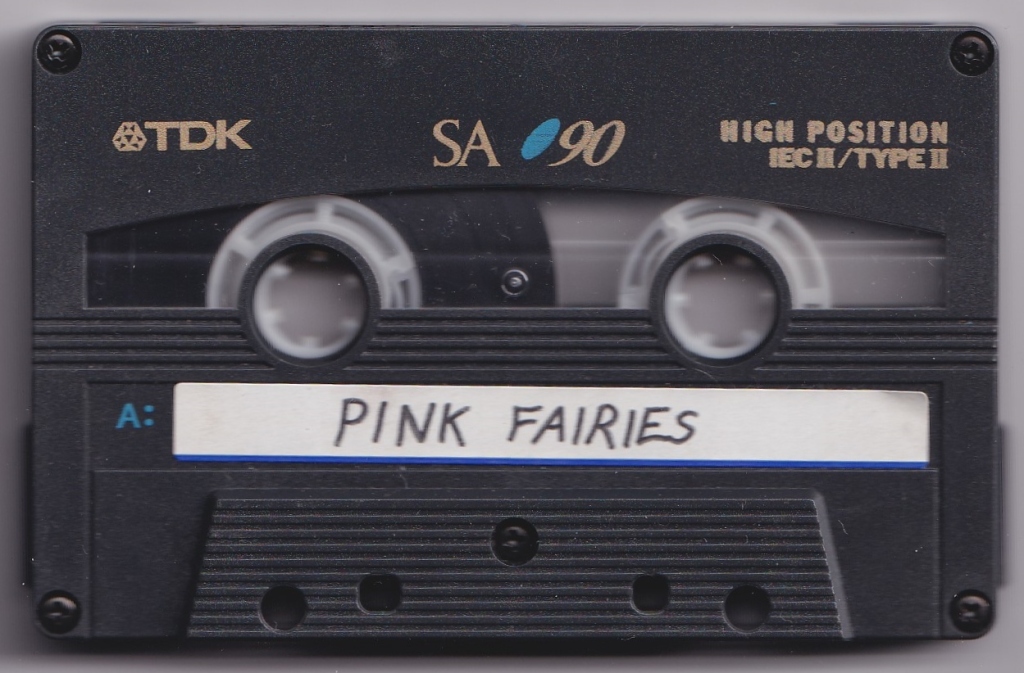
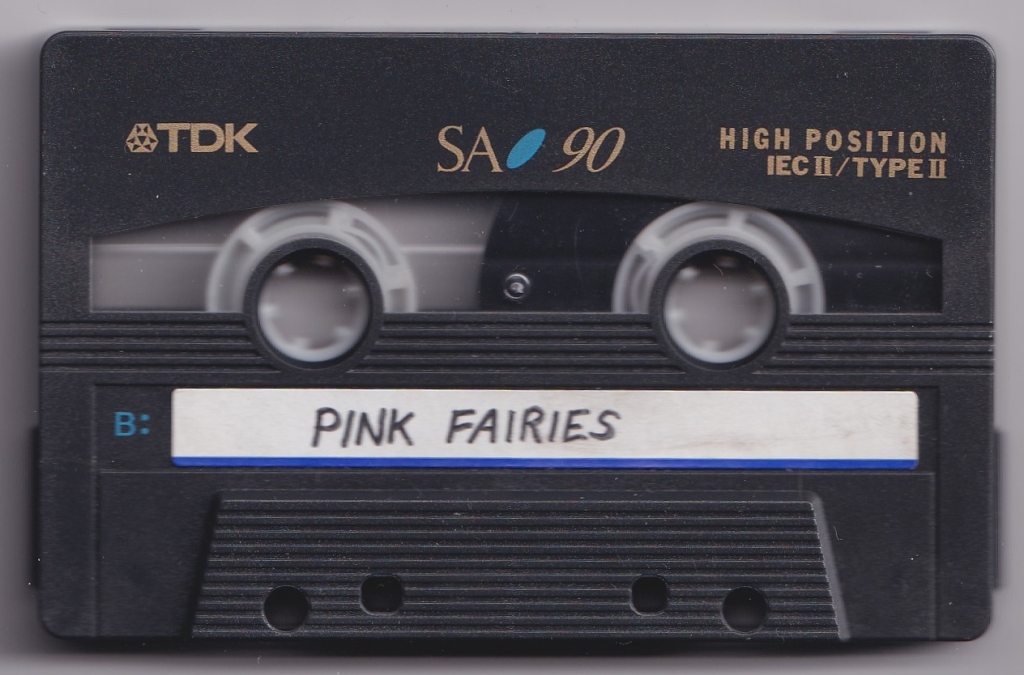
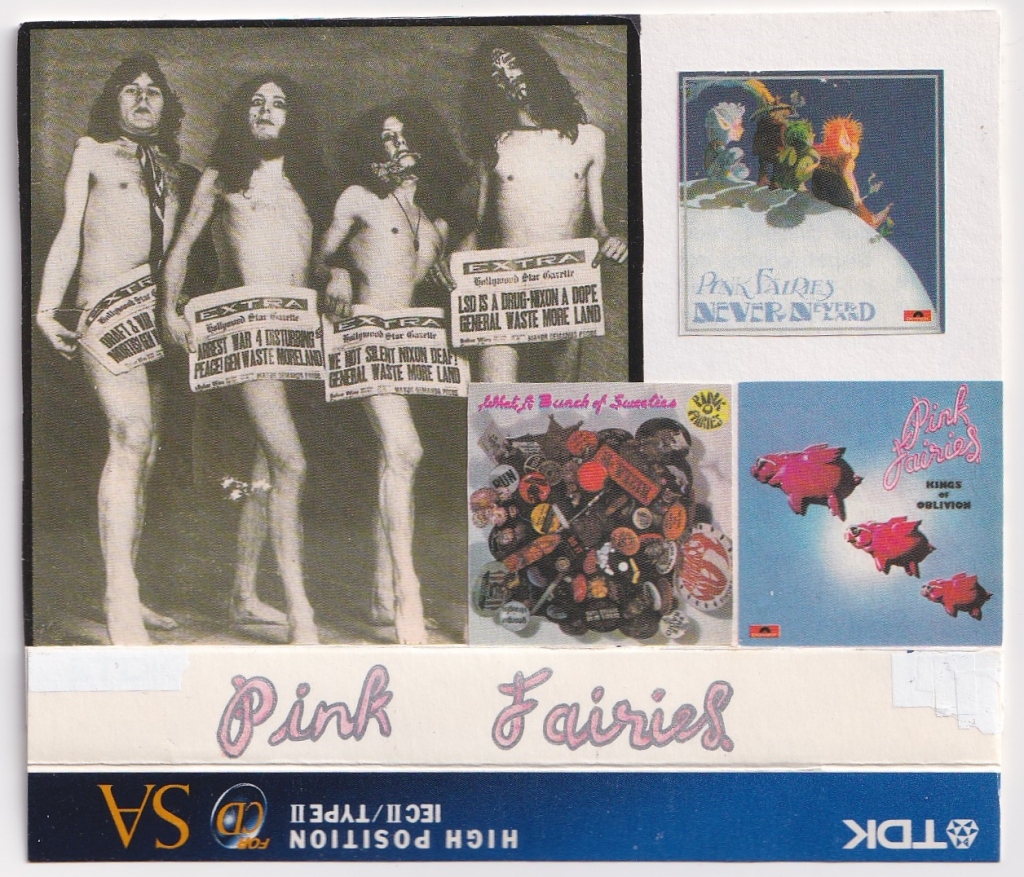
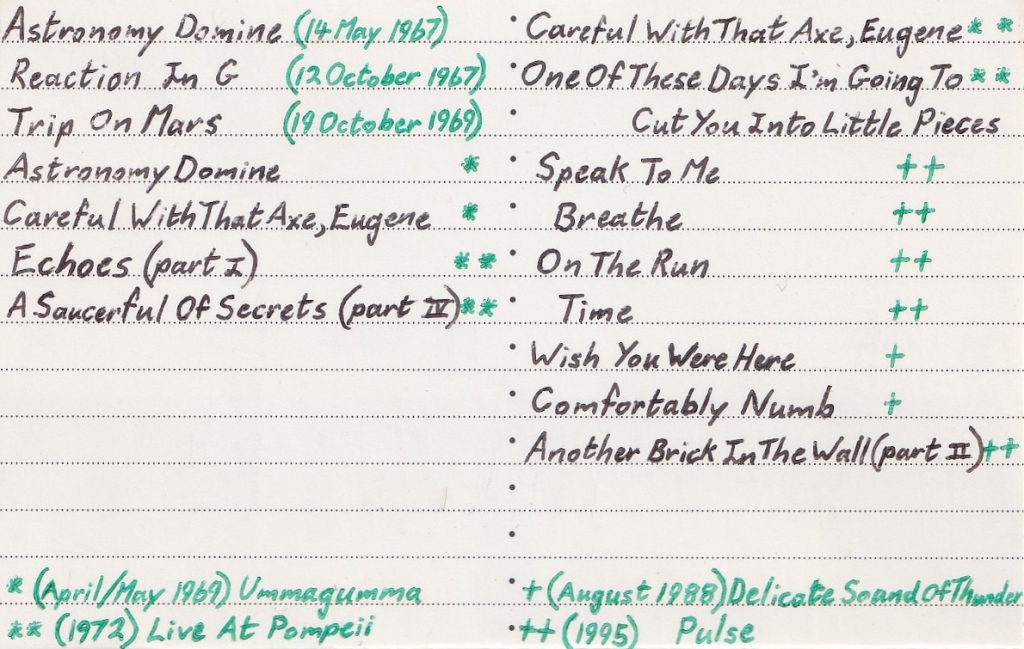
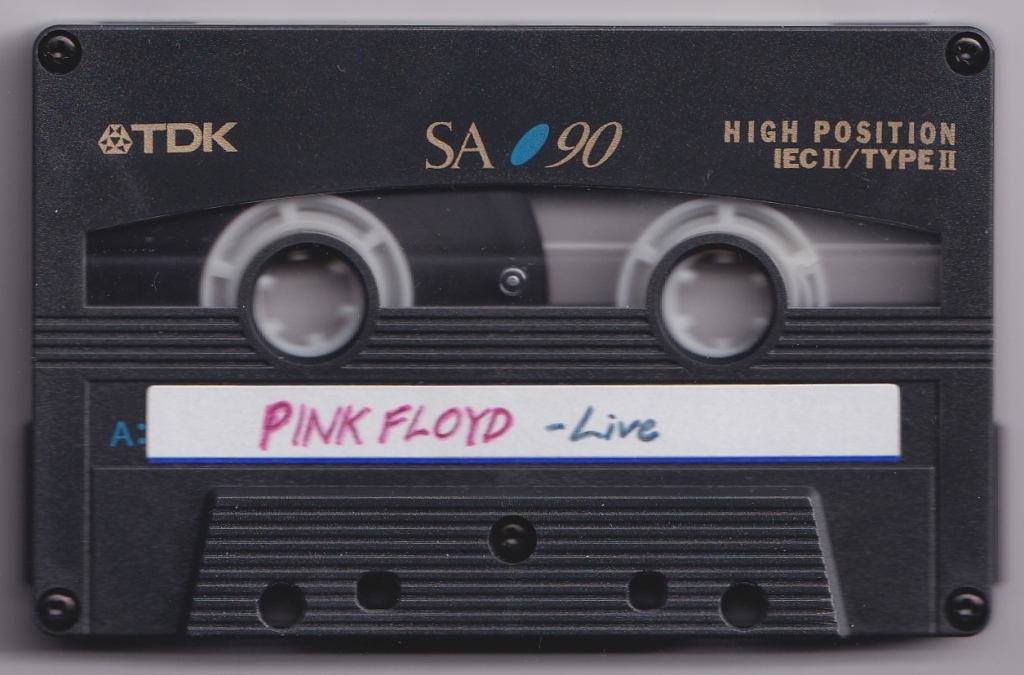
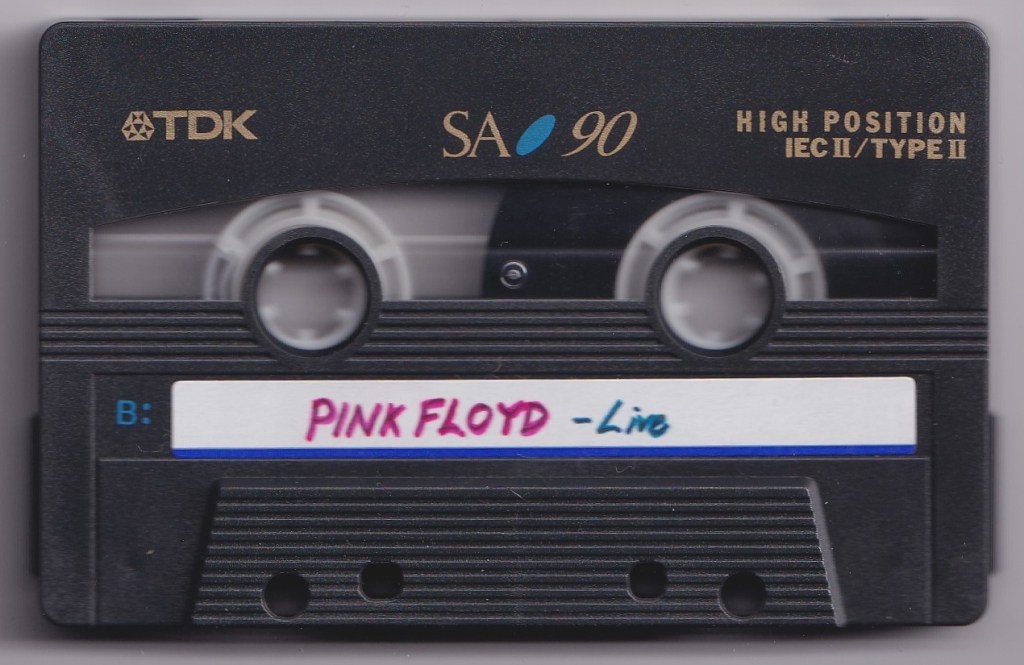
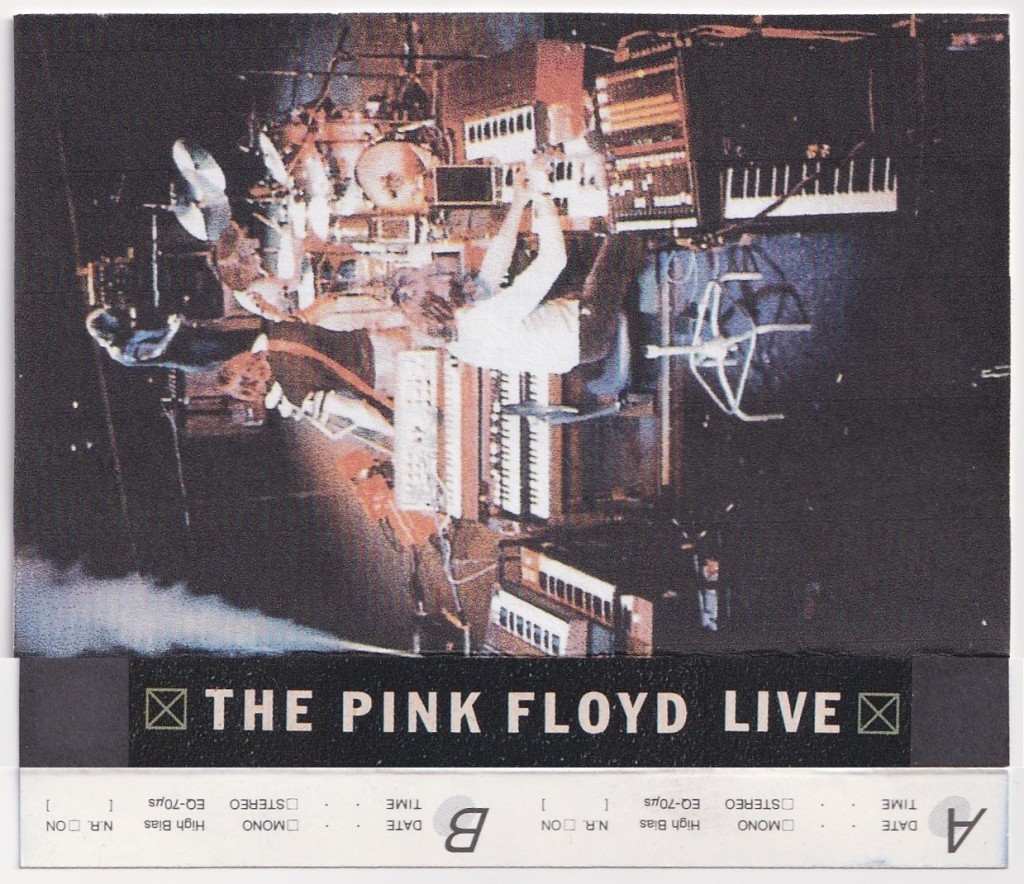
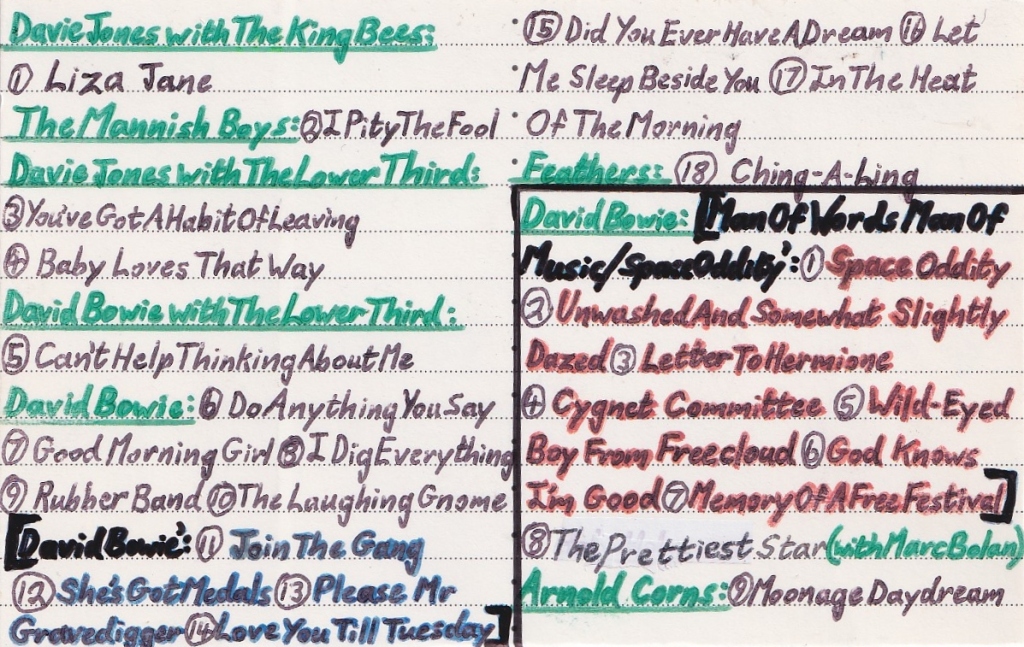
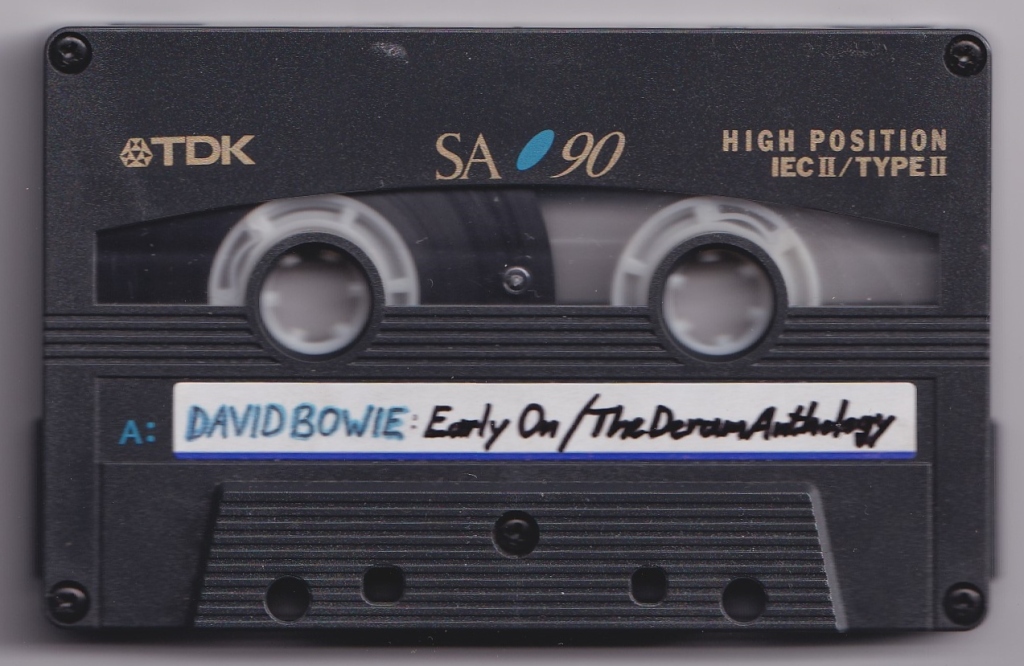

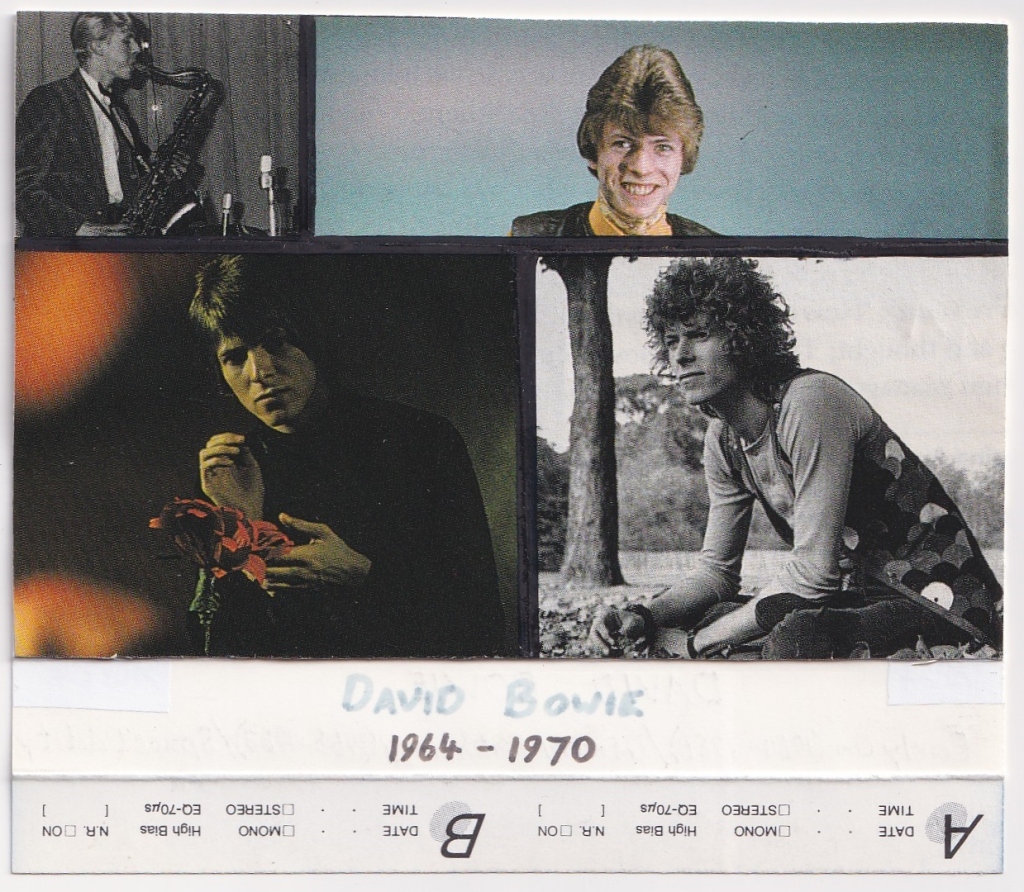
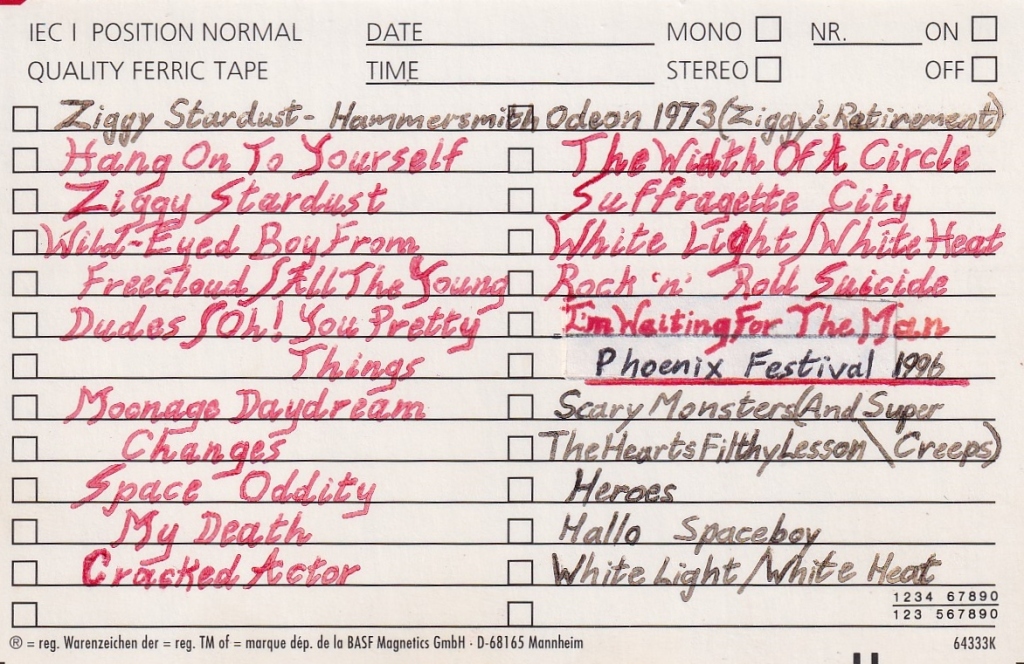
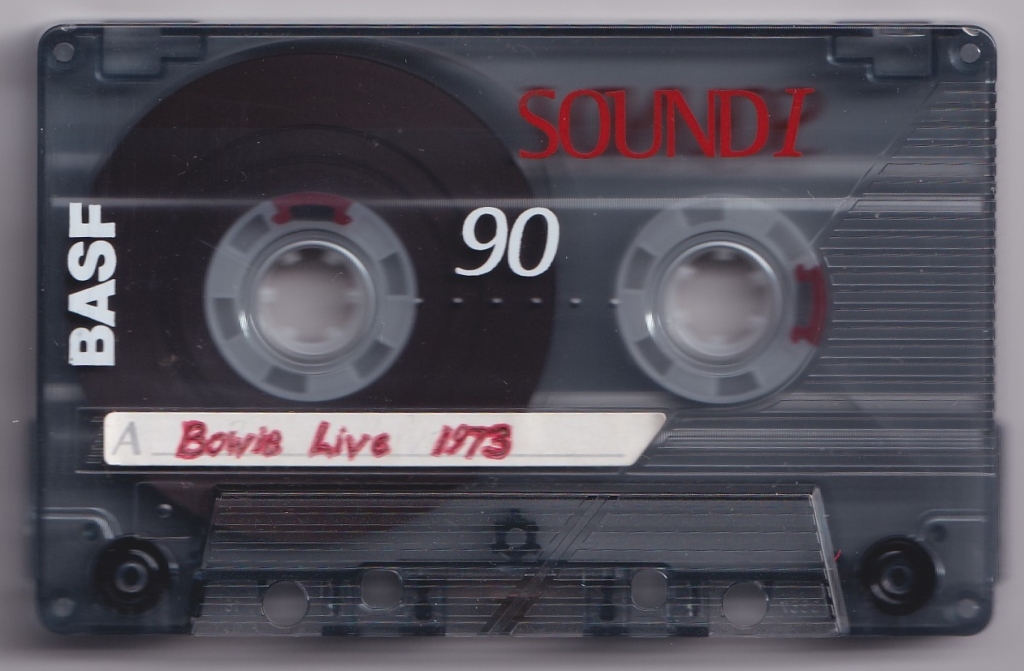
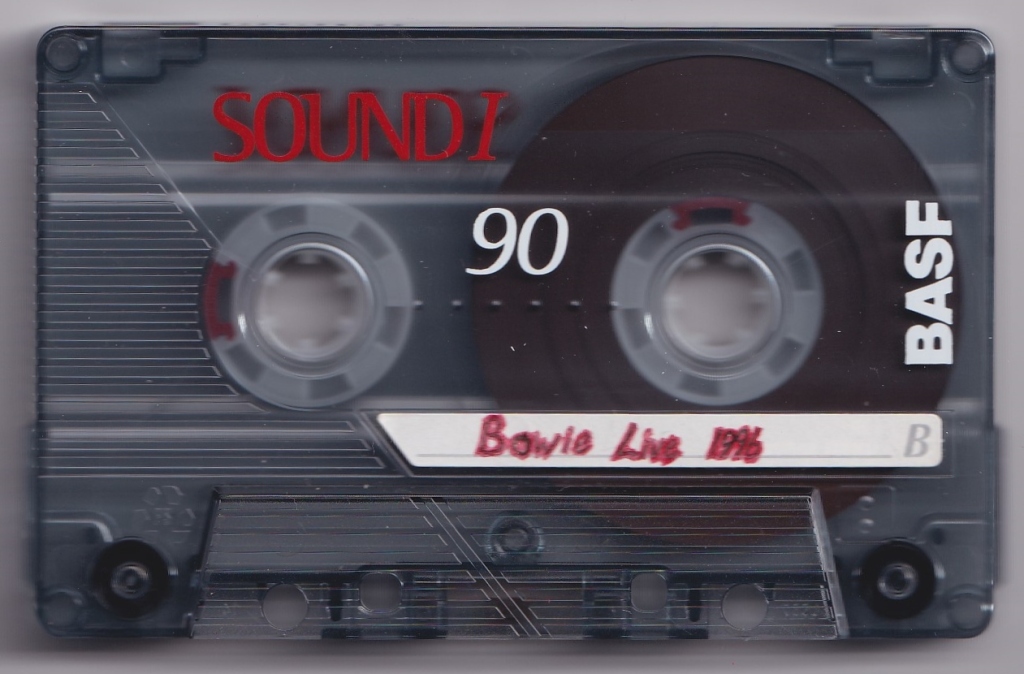
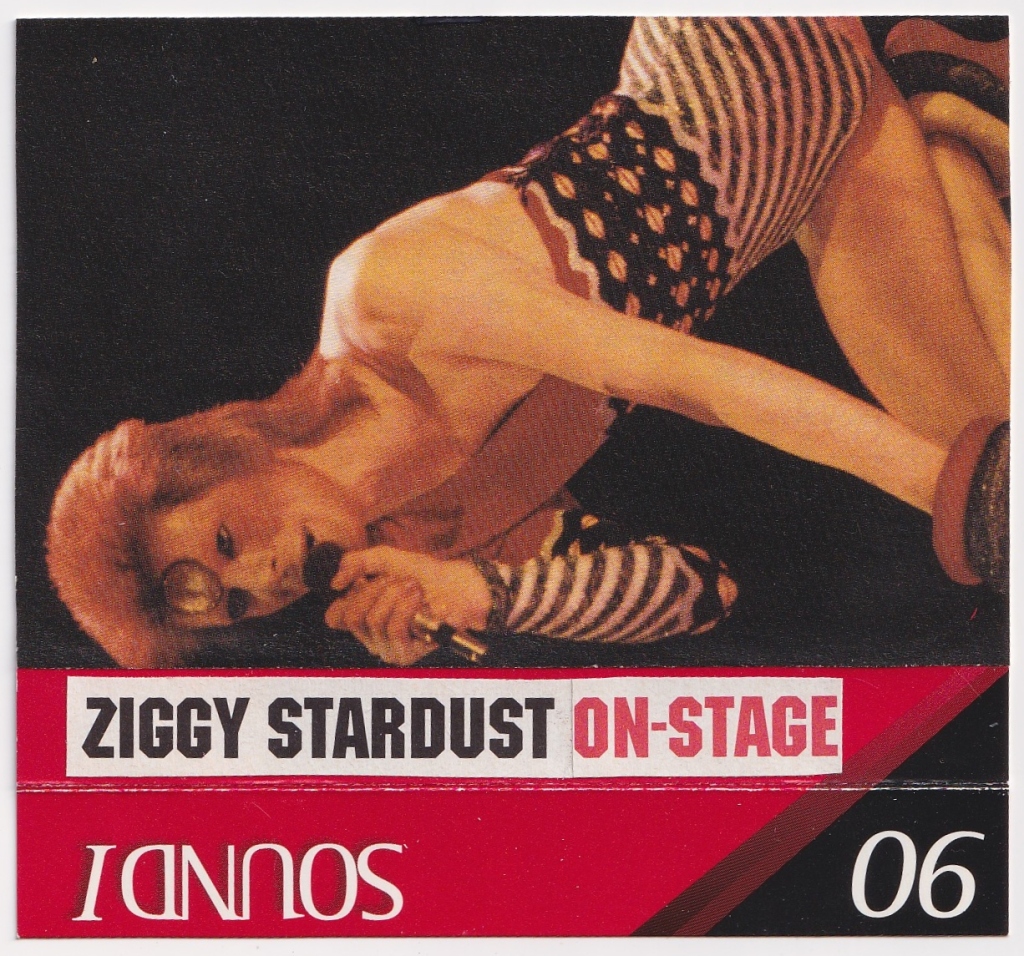
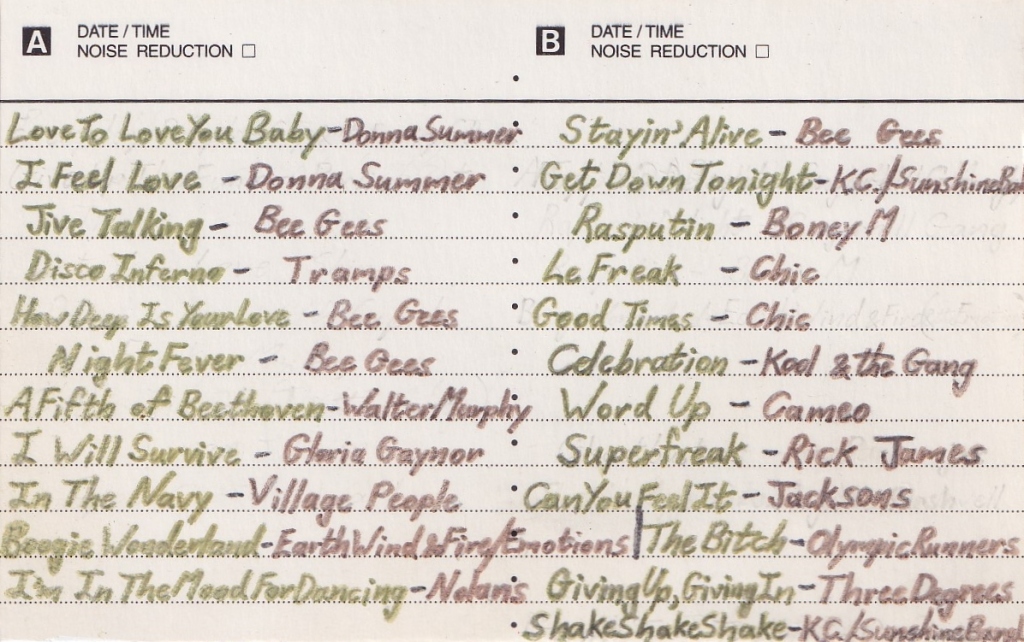
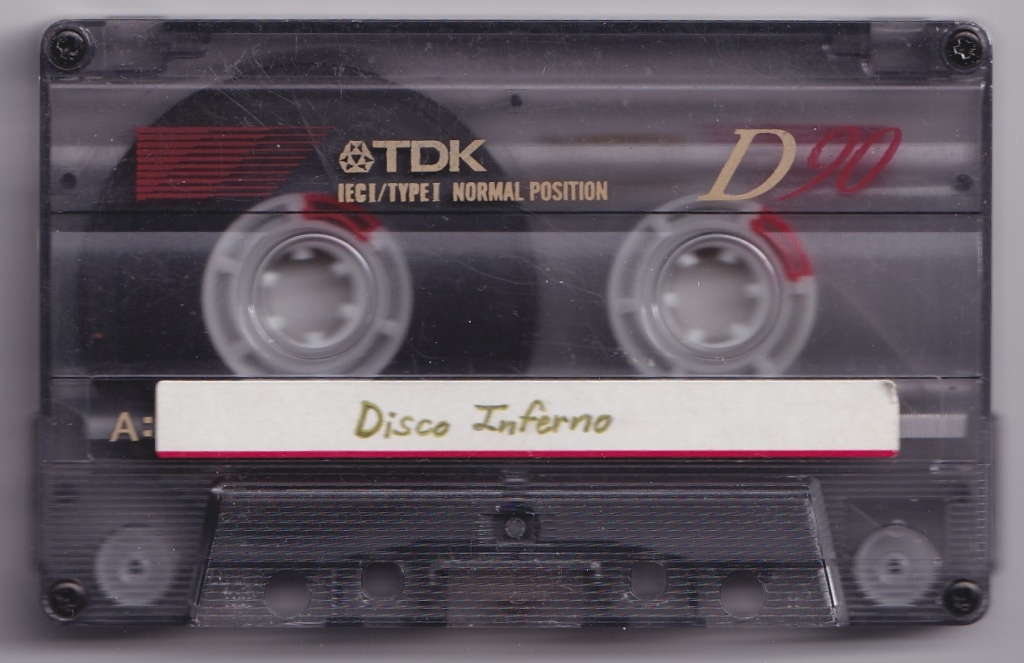

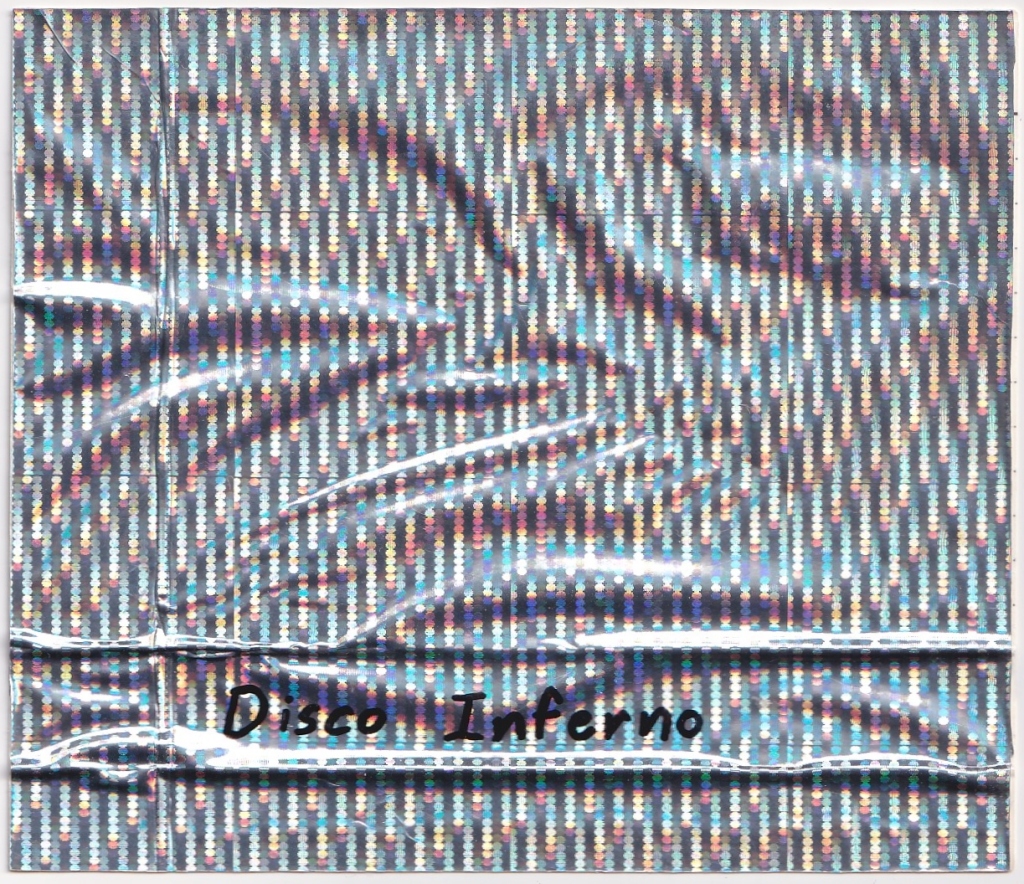
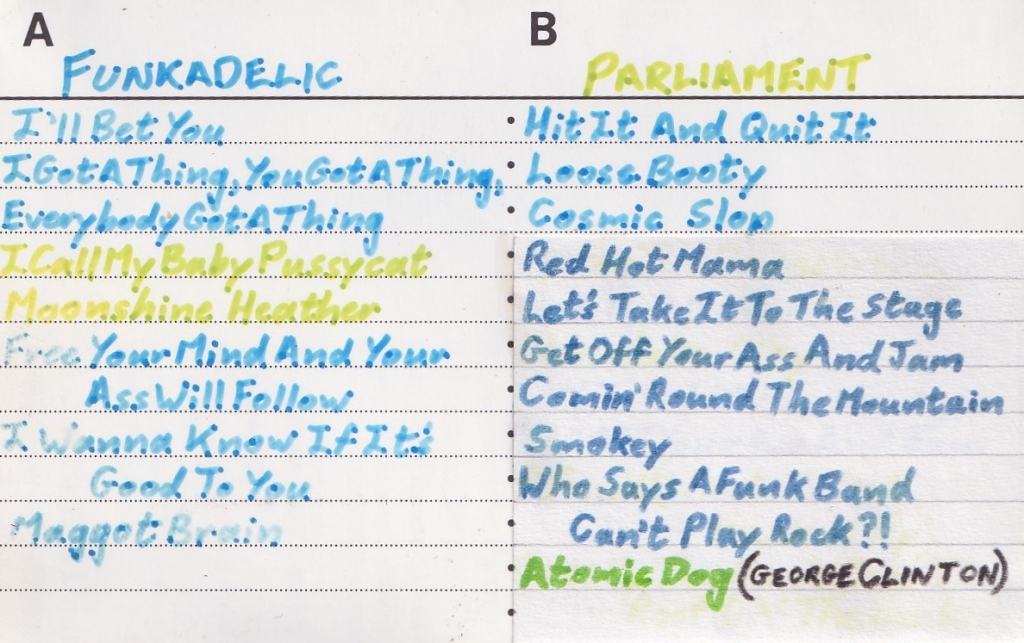
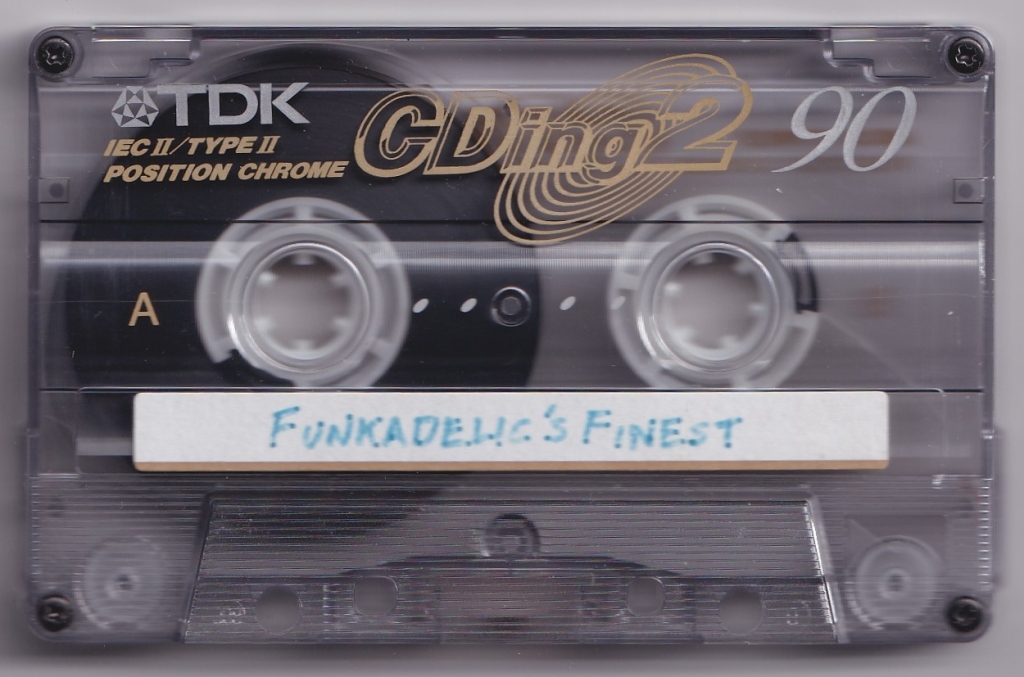
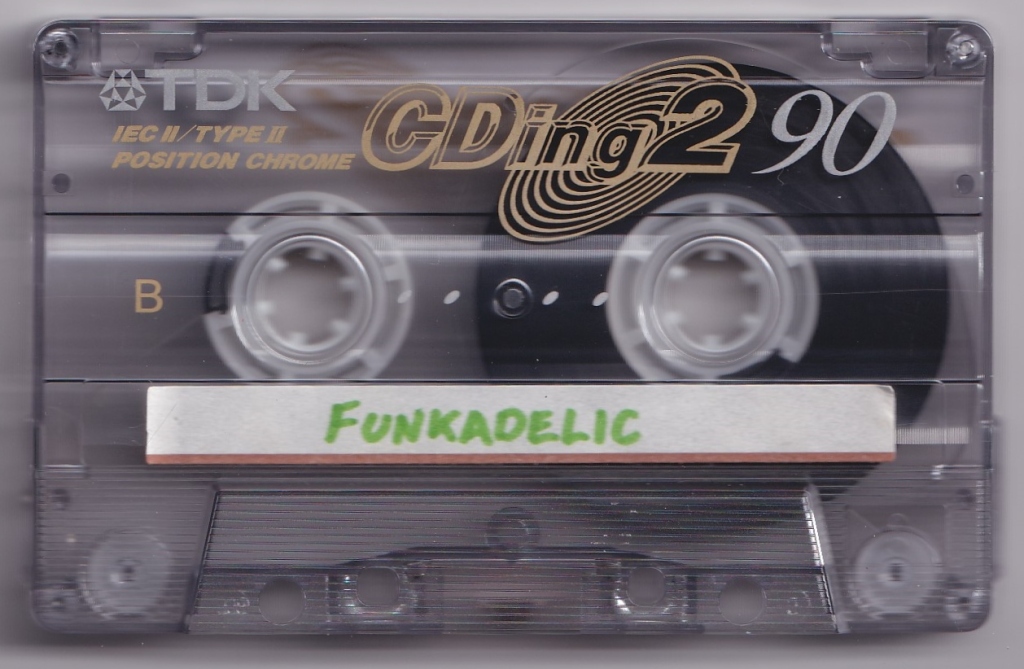
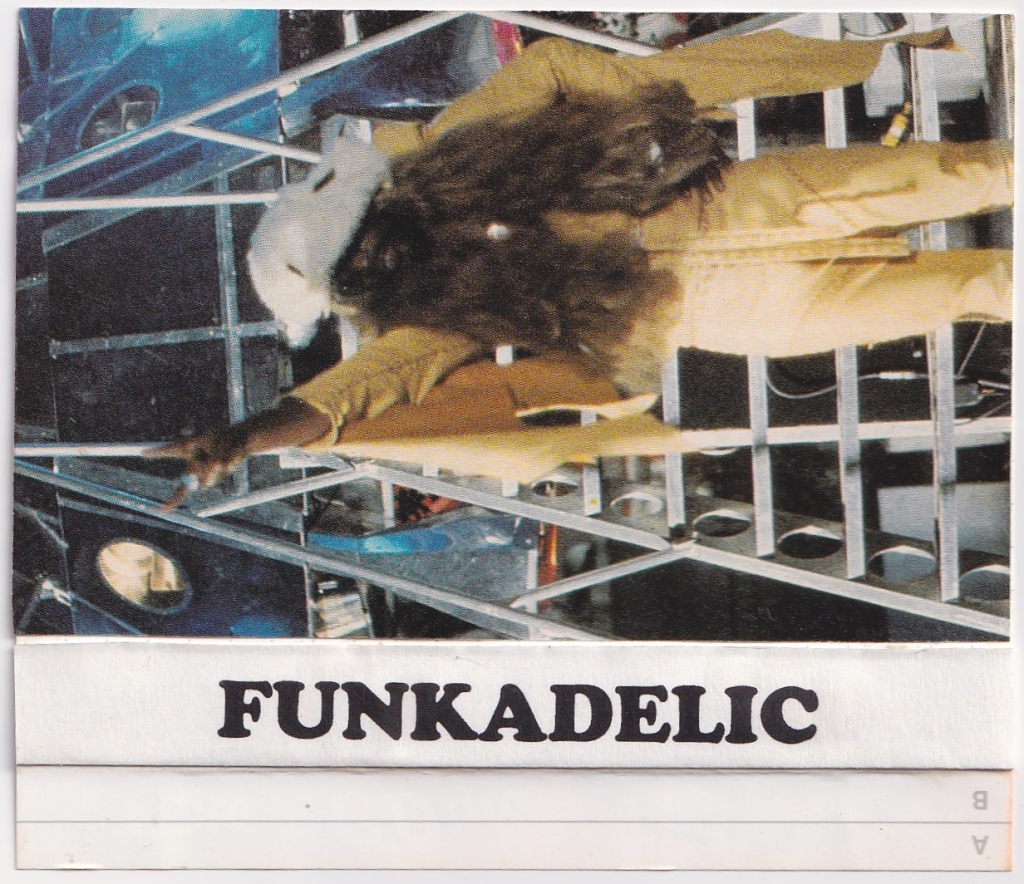
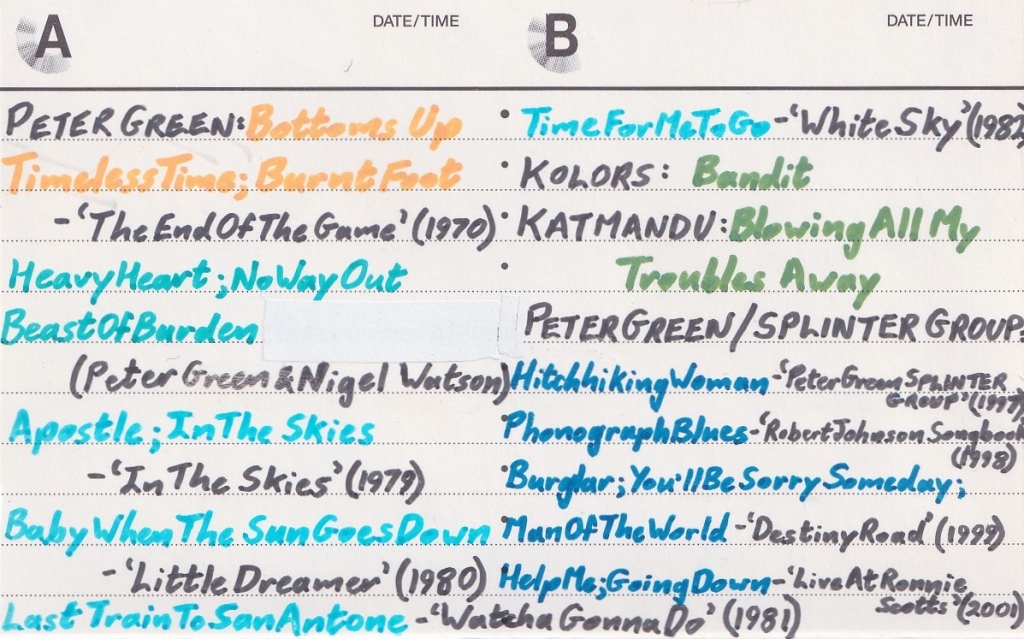
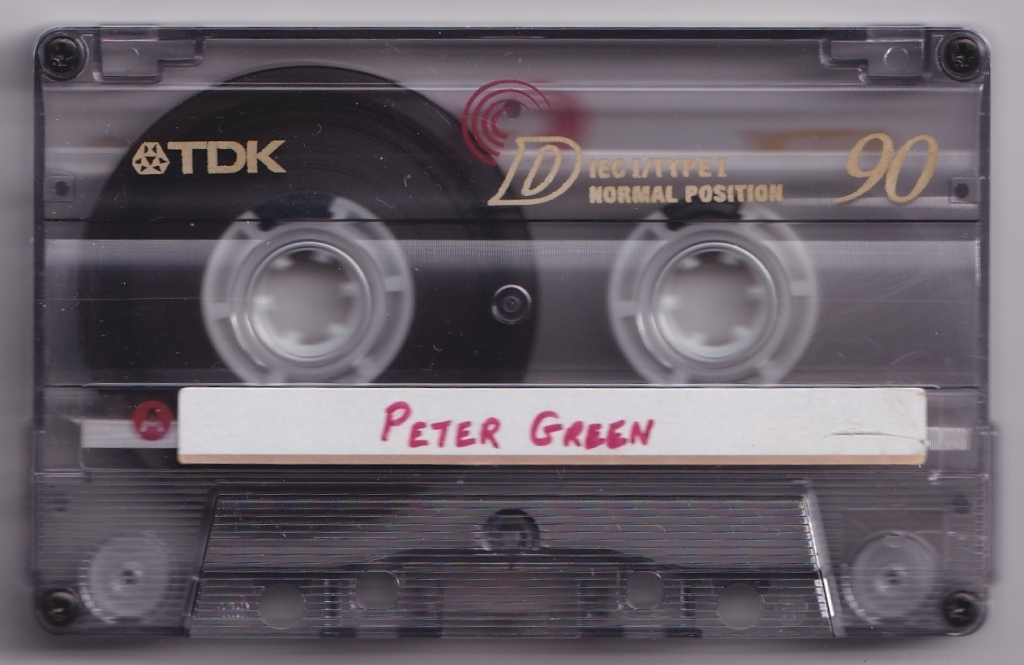
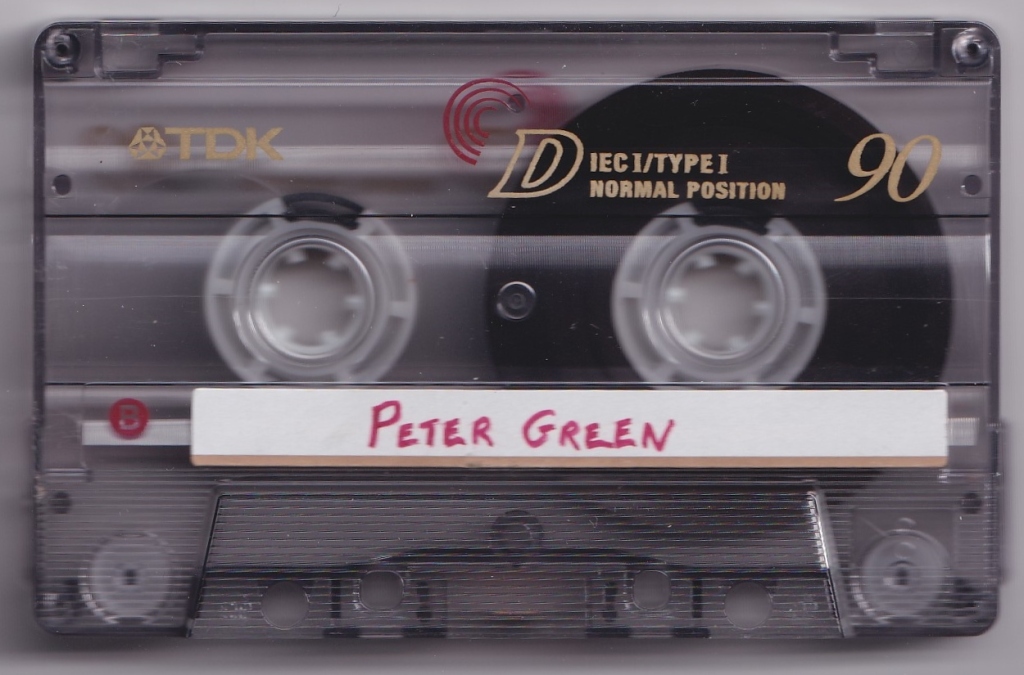
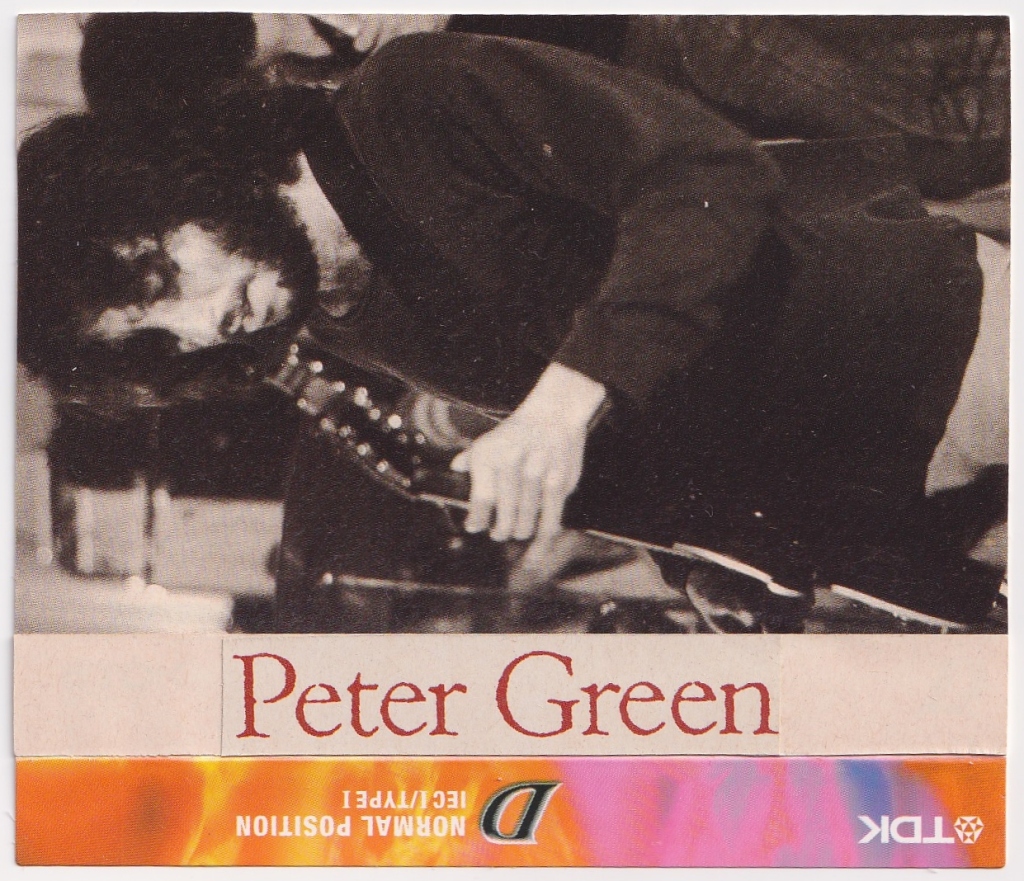
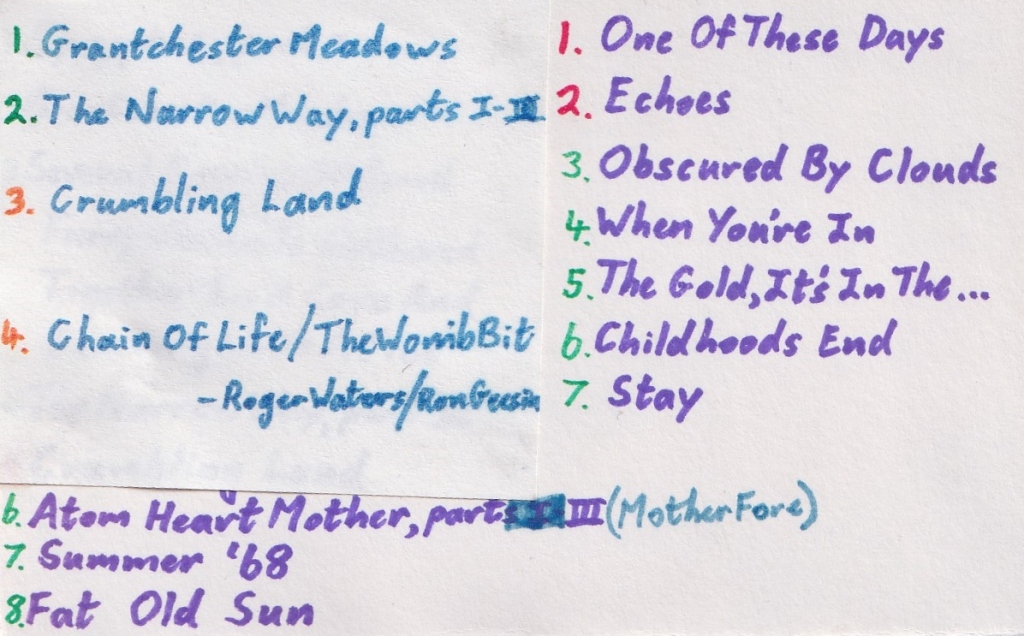
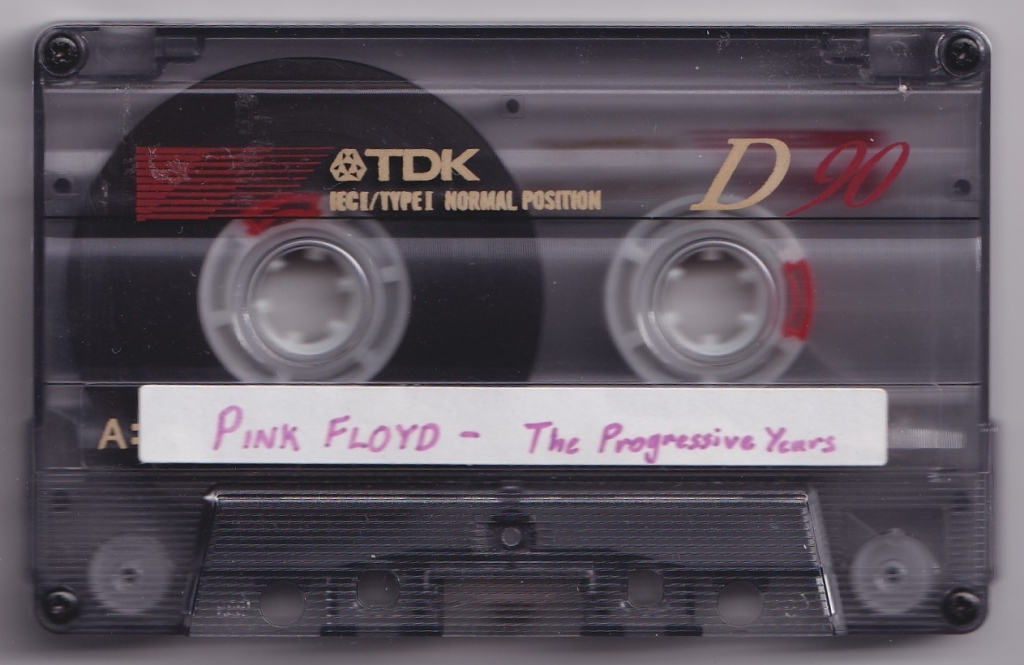
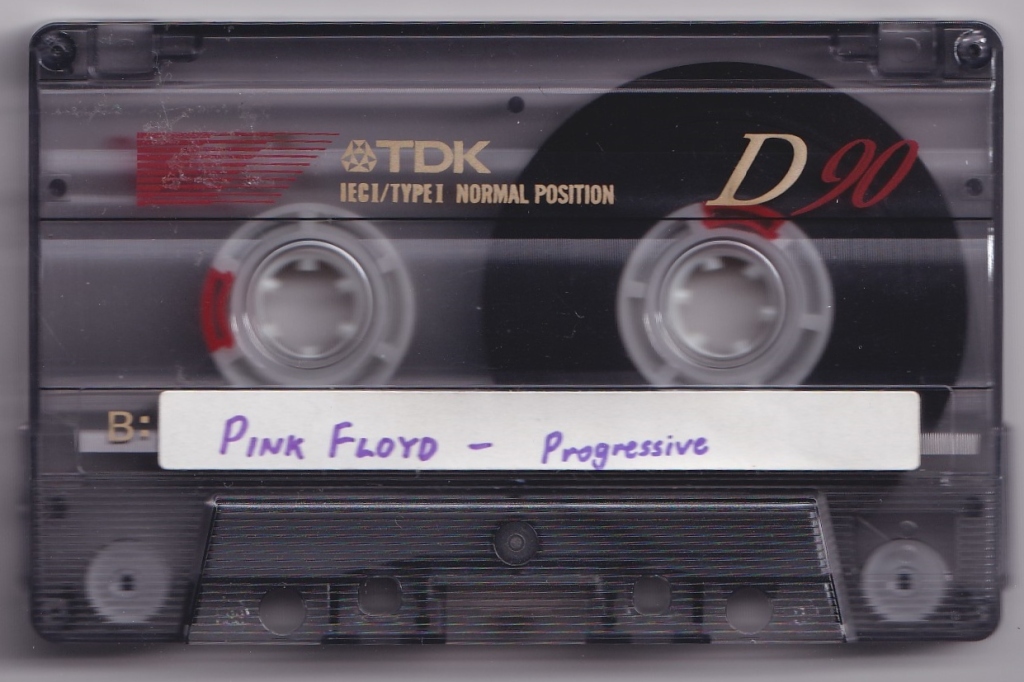
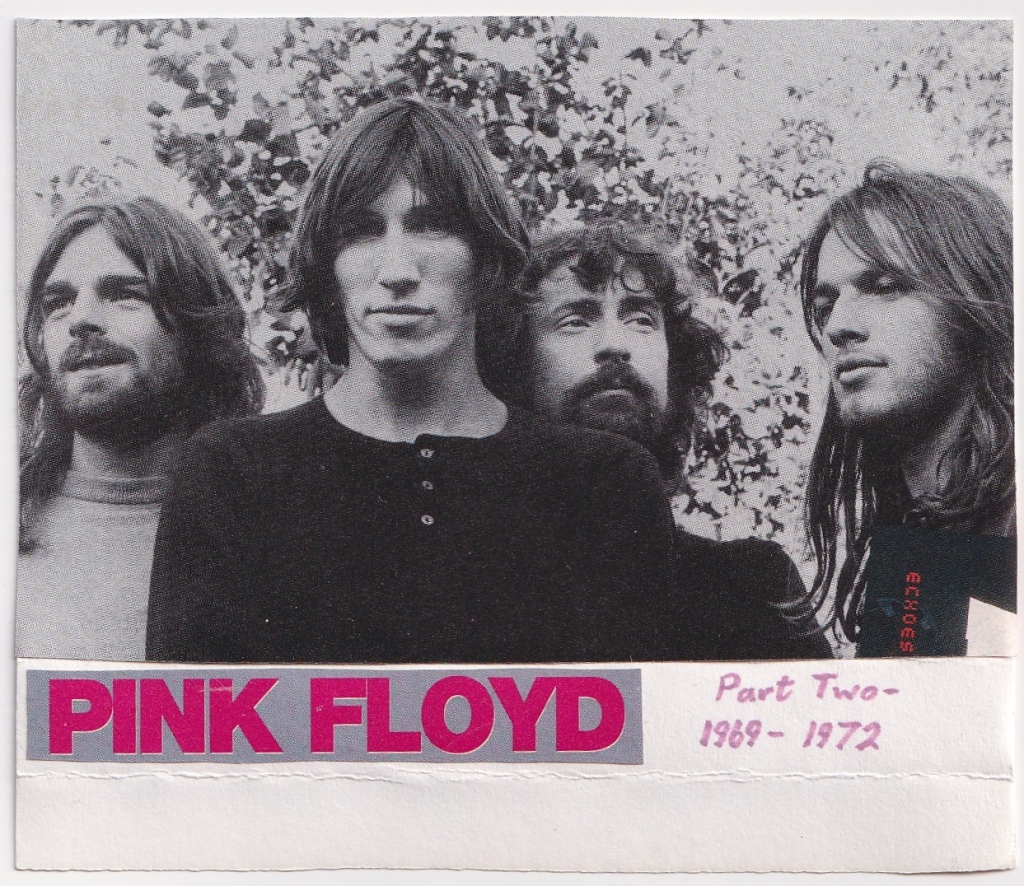
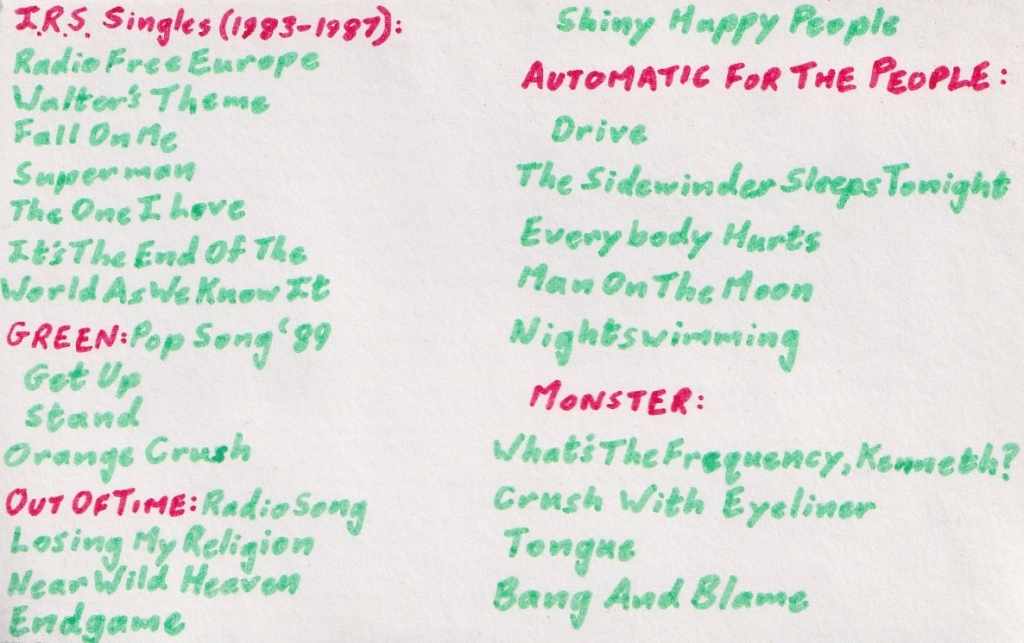
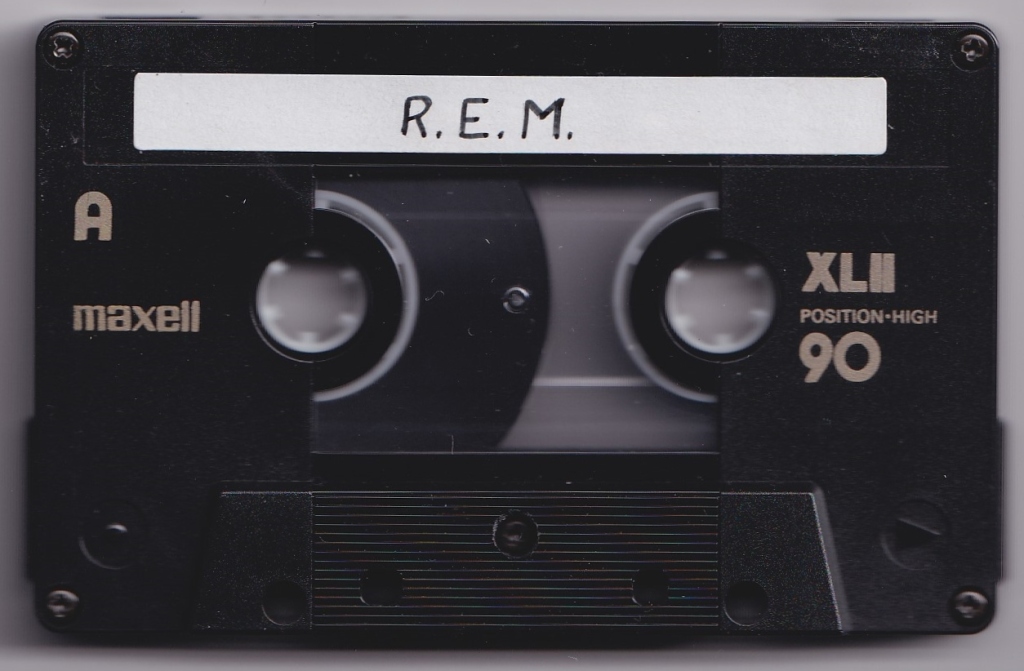
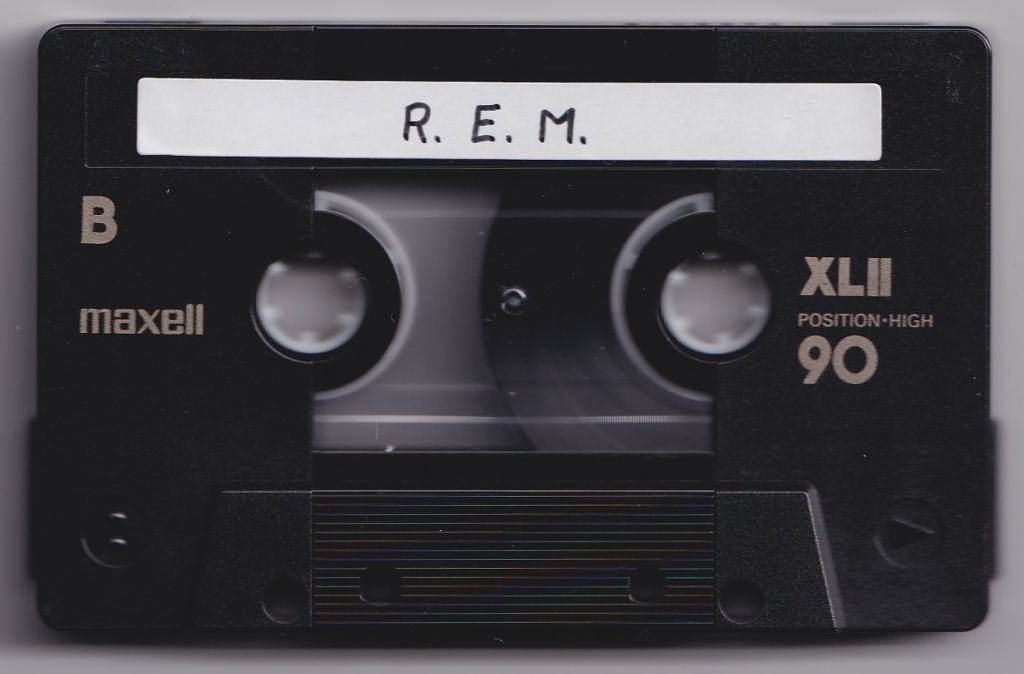
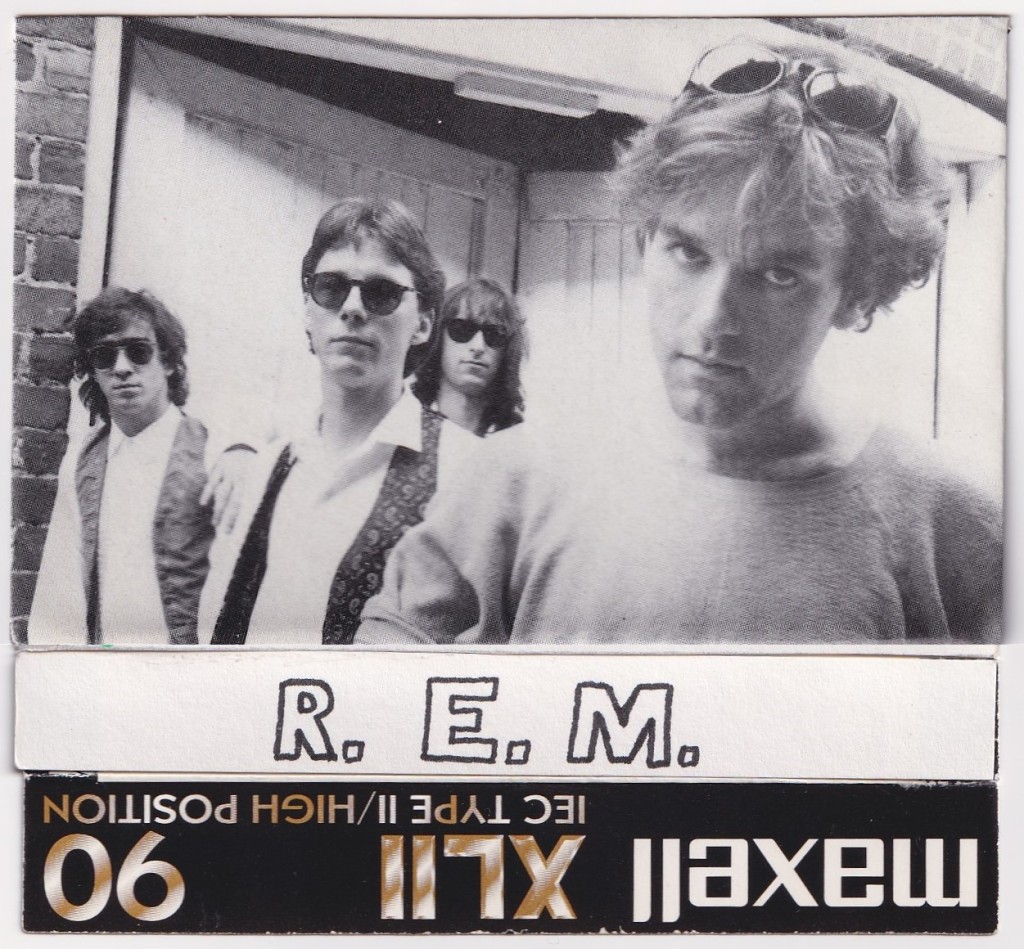
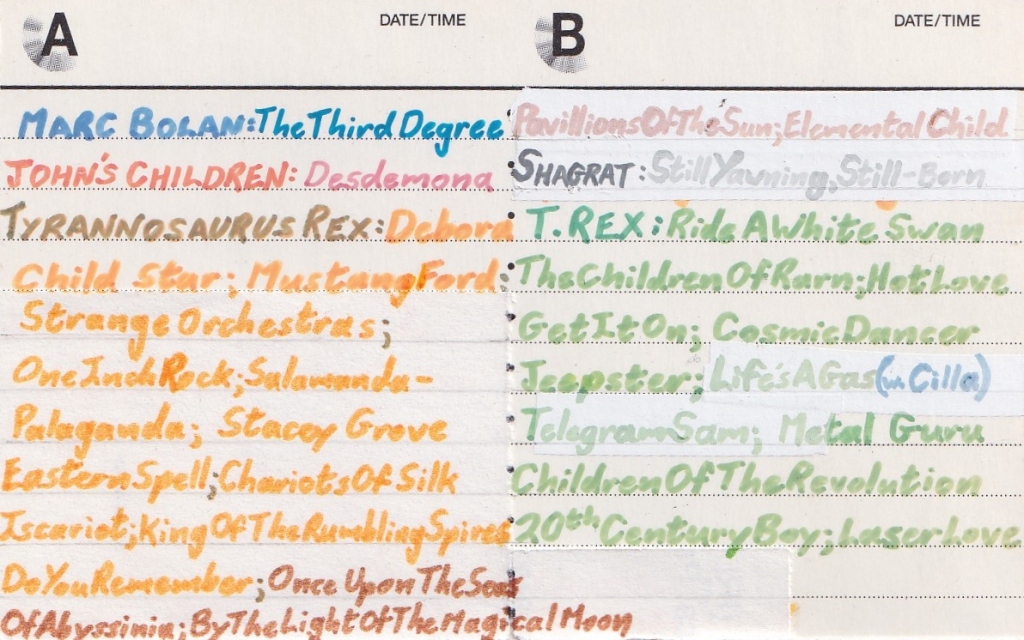
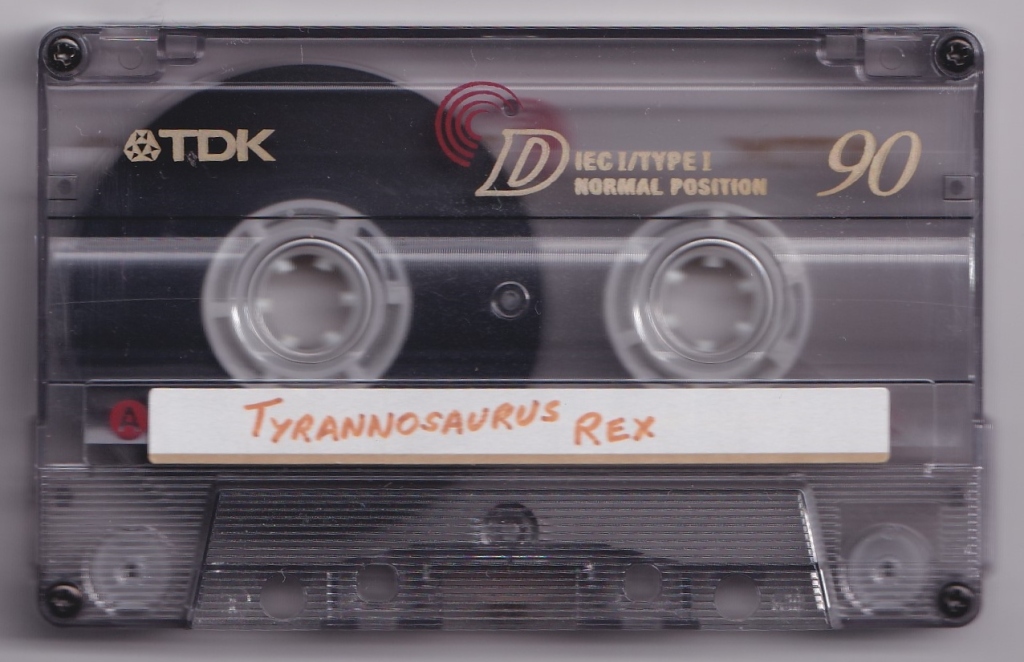
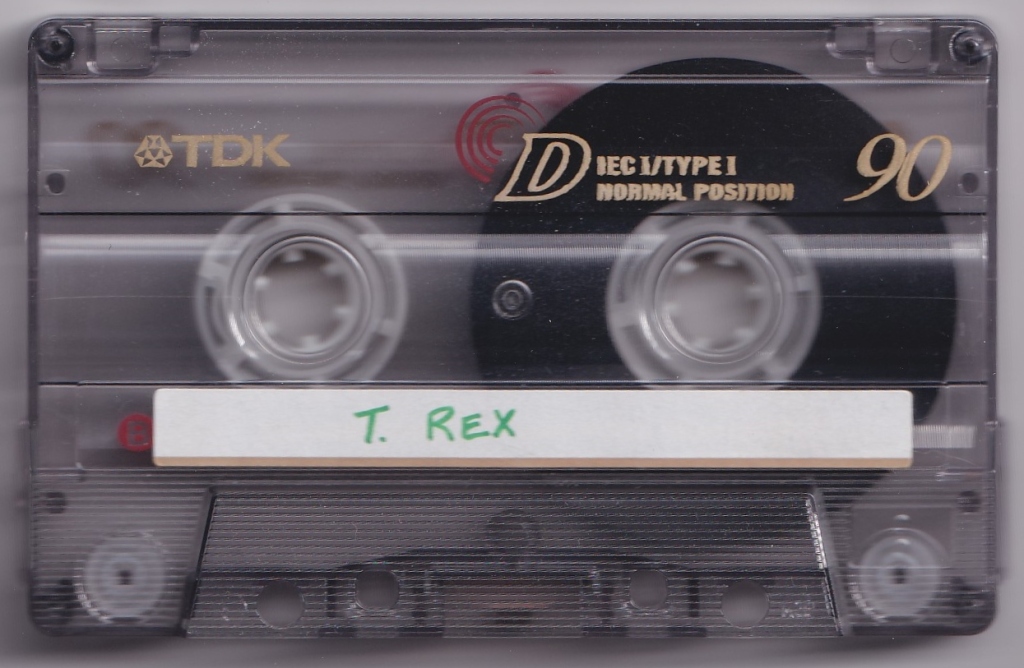
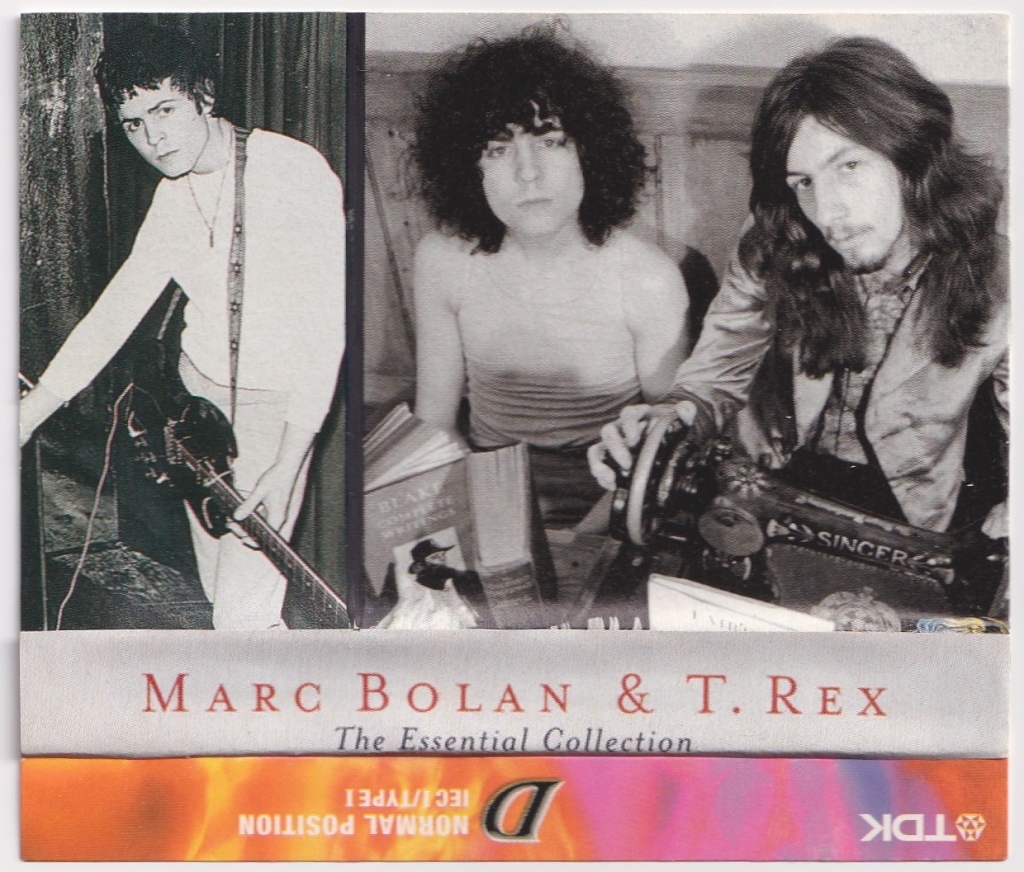
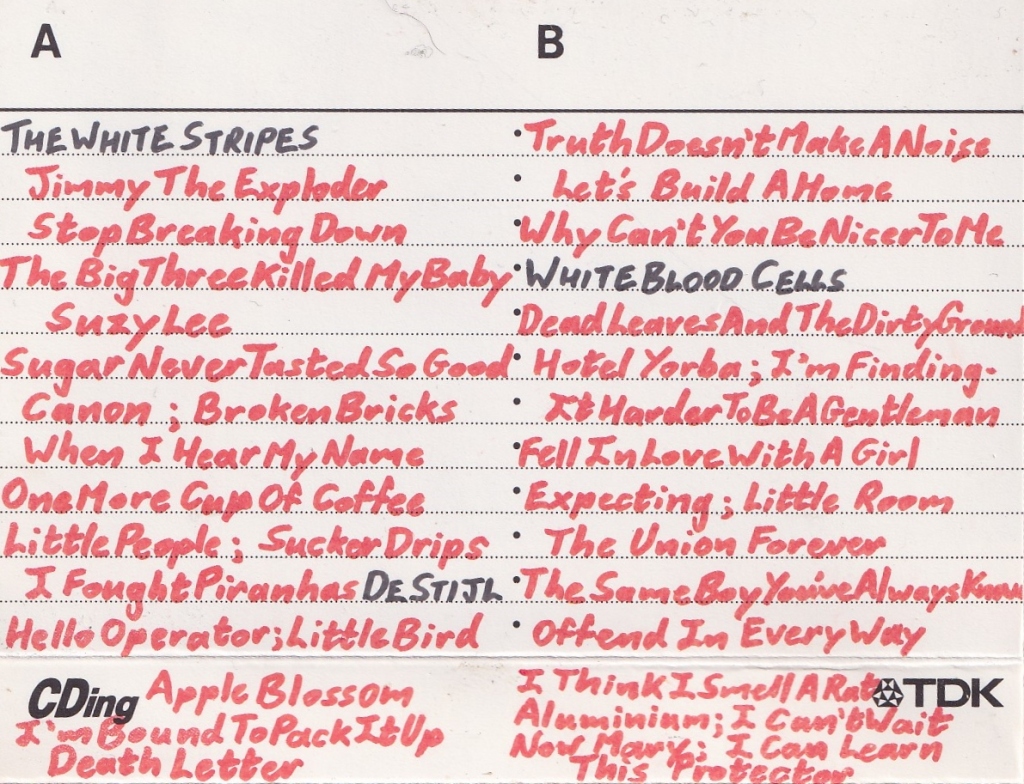
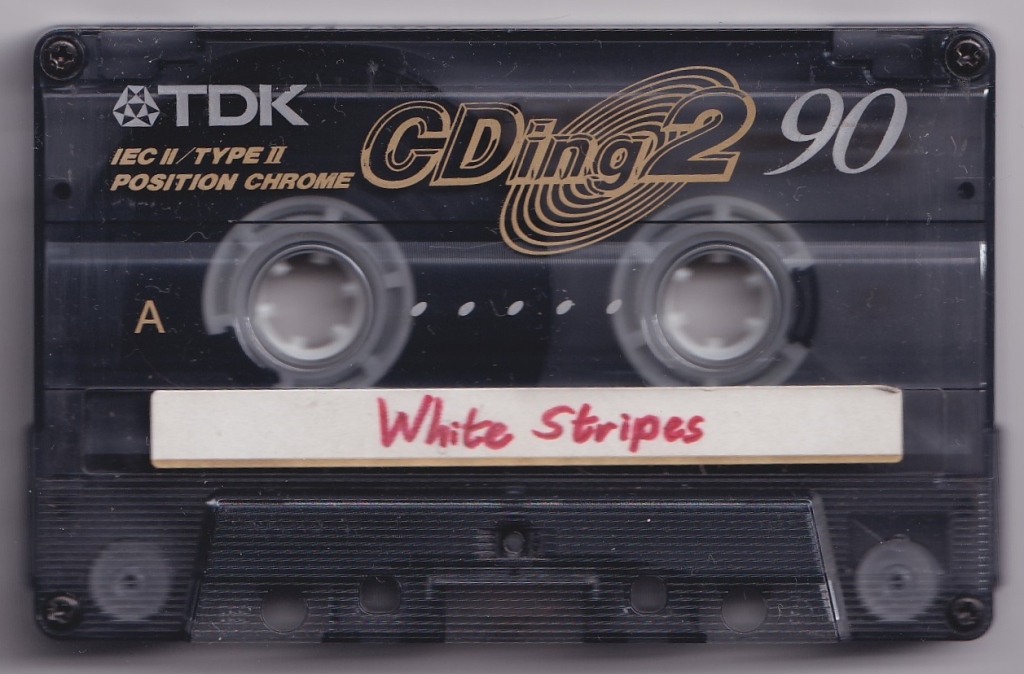
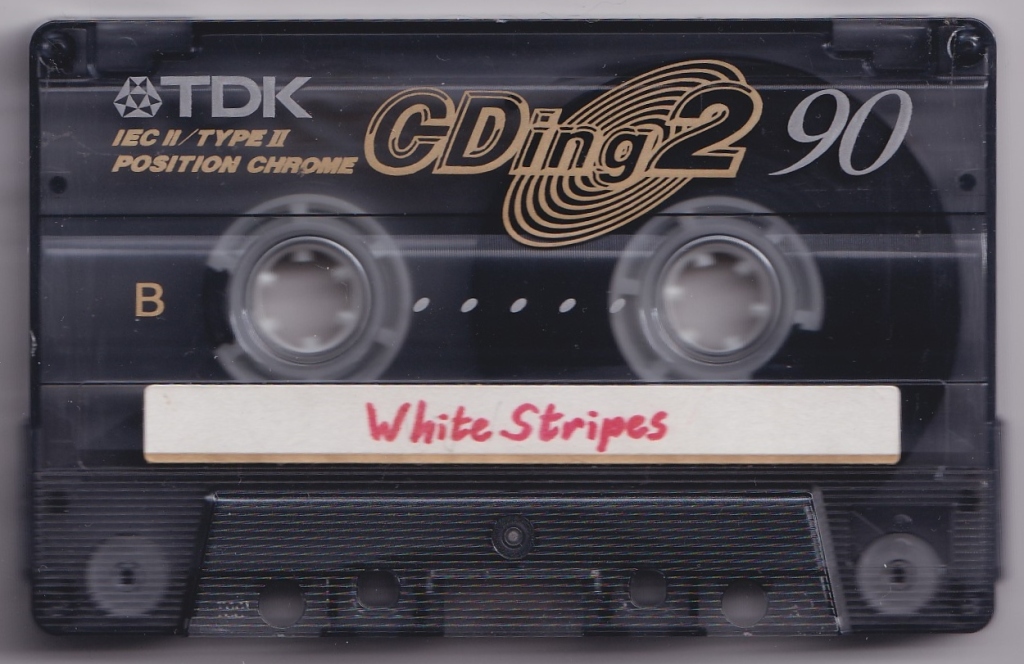
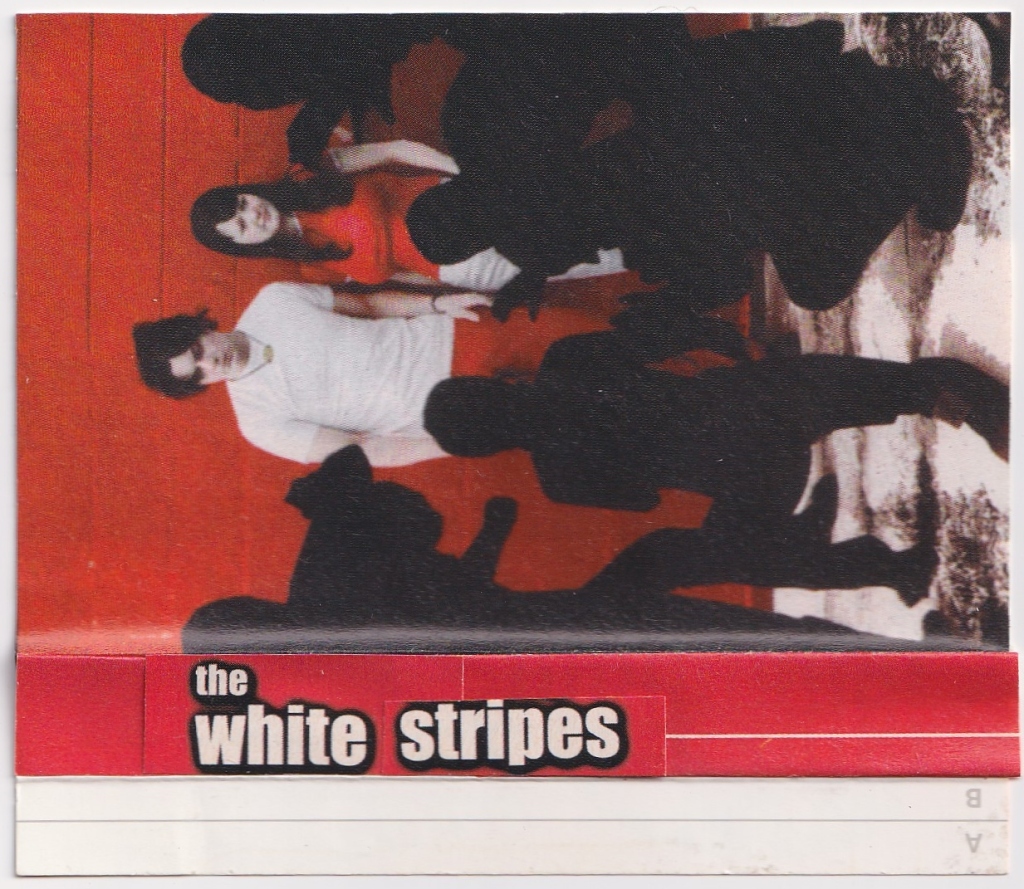
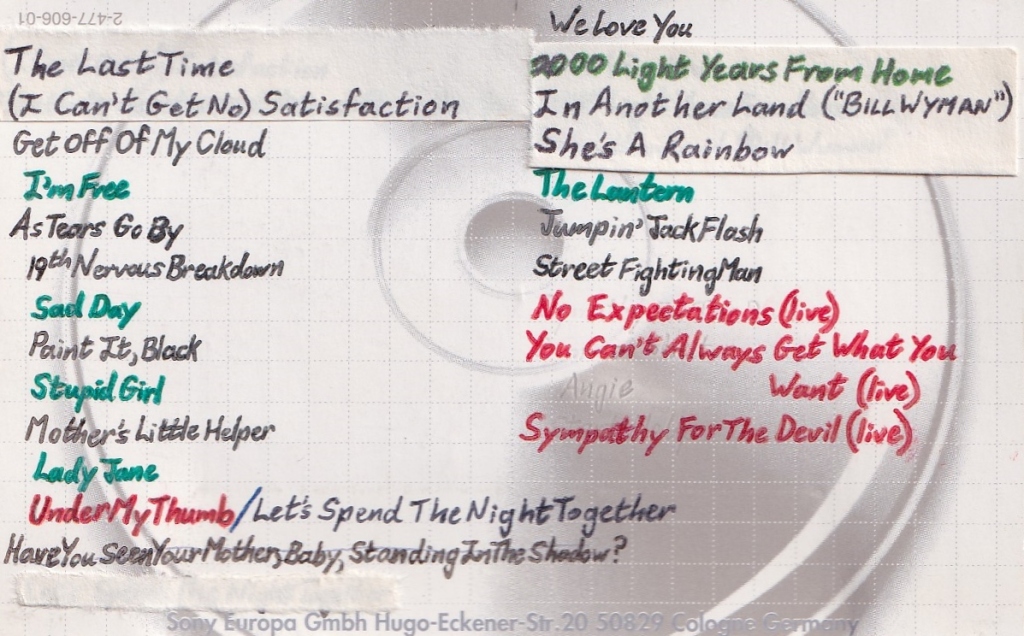
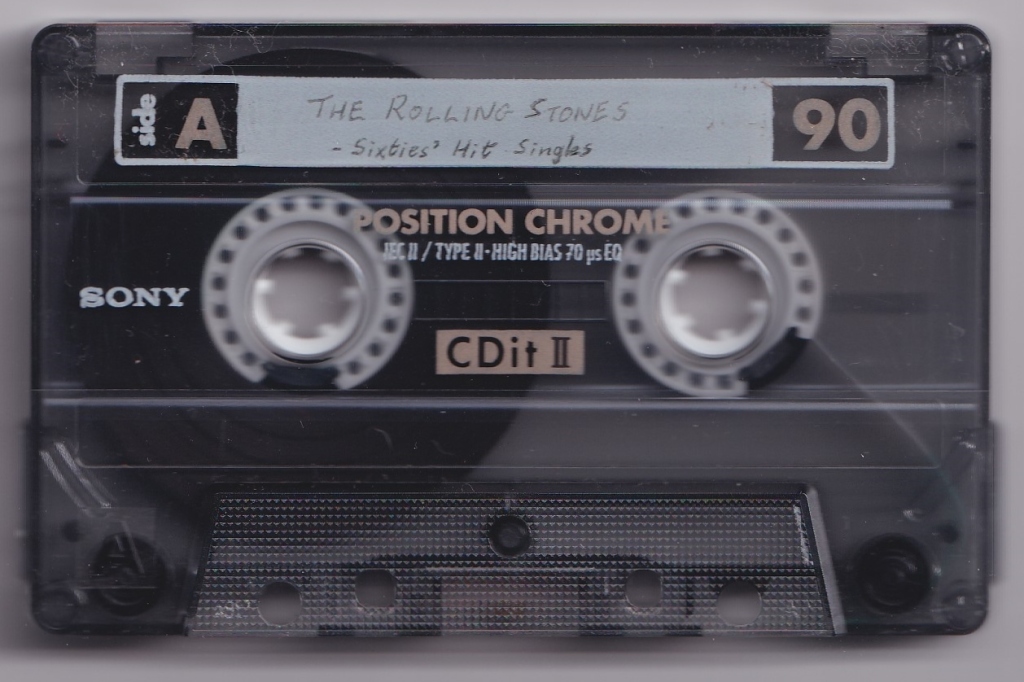
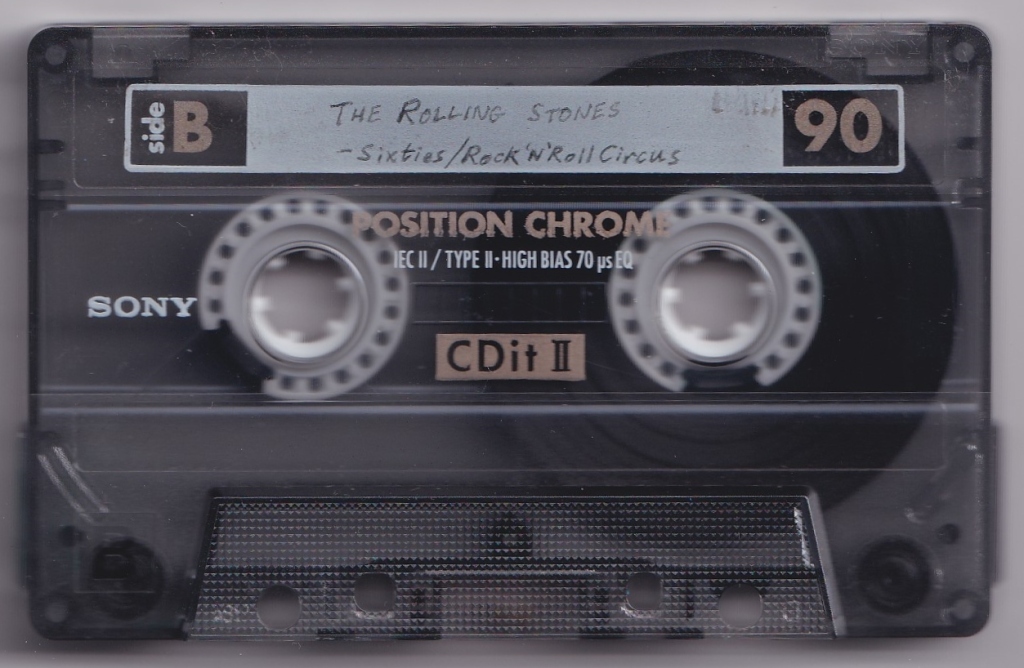
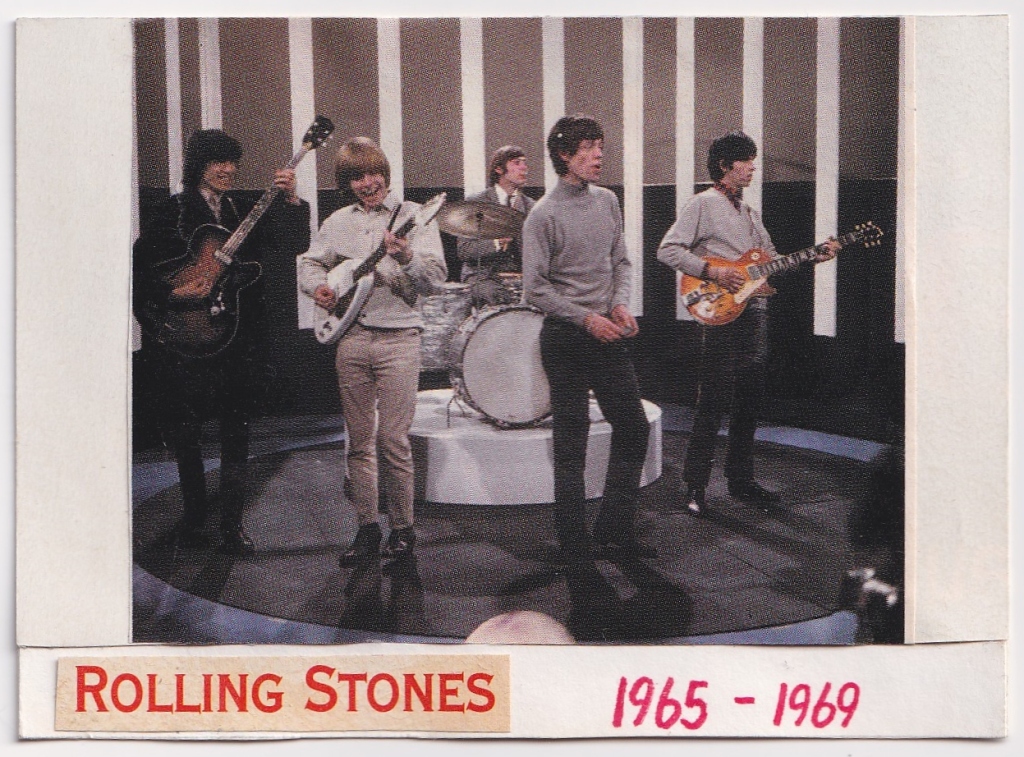
Like last week’s offering, this compilation LP from 1969 has become something of a collector’s item. The weird title and theme is explained in the sleeve notes by Pat Egan: “For far too long the Irish image has been one of donkey carts, pigs in the kitchen and Paddys. To-day a new scene is happening so Paddy is gone.” Thus we get a wonderful photo of a grinning young Irish skinhead leaning on ‘Paddy’s‘ gravestone.
The concept, then, from the Pye label’s budget ‘Golden Guinea’ imprint, was to show the new side of the Irish music scene – no more “showbands and ballad groups” or “songs their fathers sang”. The content, however – recorded specifically for this album by John Dardis in Trend Studios – may not quite live up to the hype. The six featured groups each get a short biography on the back sleeve, but the song selection relied heavily on pop covers, and not all of them particularly current. Purple Pussycat from Glasnevin contributed two soulful tracks and would soon evolve into the slightly rockier ’70s group Alyce. Both Dublin’s Some People and Meath’s Pan Pipers contributed two throwaway pop covers which probably weren’t the best representations of their talents. Mitch Mahon & the Editions – as covered elsewhere – fared better with an early Quo track and an original ballad. The standout moment is Ballymena band Taxi‘s psych-rock composition ‘Counting Time My Way’ and Dublin pop group The Bye Laws‘ uncharacteristically moody cover of Grapefruit’s ‘Deep Water’ (and for music trivia nerds, this song was written by ‘George Alexander’ – the stage-name of yet another of the talented Young brothers of Easybeats and AC/DC fame). Each of these bands also recorded a pop cover to make up the numbers, although Taxi’s version of ‘Summertime’ isn’t bad. The Bye Laws would soon team up with Maxi, Dick & Twink for their ill-fated Canadian tour.
Daragh O’Halloran’s book Green Beat points out that a live album of Irish beat groups was also mooted at this time, but that a showcase compilation LP would have had more artistic merit in 1966 or 1967. So maybe the album doesn’t quite deliver on the promises of the sleeve, but it IS a great sleeve, and the record is perfectly fine as a pop/soul compilation. It may at least have recognised that Irish music was at a turning point in 1969. The isolated international success of a few ’60s Irish rock bands would become more consistent as Taste, Thin Lizzy, Horslips and others challenged preconceptions about the music Irish kids wanted to listen to.
Paddy is Dead and the Kids Know It (192 kbps):
- Purple Pussycat – You’ve Made Me So Very Happy
- Some People – Walk Like A Man
- Mitch Mahon & The Editions – Make Me Stay A Little Bit Longer
- Bye Laws – Connie-O
- Taxi – Counting Time My Way
- Pan Pipers – Blue Suede Shoes
- Some People – That’s Why I’m Crying
- Pan Pipers – Back In The USSR
- Purple Pussycat – River Deep Mountain High
- Taxi – Summertime
- Bye Laws – Deep Water
- Mitch Mahon & The Editions – I’ve Thrown Our Love Away
See Also:
The Dreams – or simply Dreams (without the definitive article), as they were on most of their record labels – started out as the new group of a successful beat singer, but arguably ended up as the old group of their famous guitarist.
The Movement from Dublin released two great singles in the first half of 1968, all freakbeat clatter and distorted guitar. Singer John Farrell then made the jump from the beat underground to the more lucrative showband circuit. That might be a little misleading, though, as Dreams were definitely at the sharper end of the spectrum. Unlike the showbands, they released a lot of singles, including many original compositions. It was, however, a showband-style line-up with a brass section and matching uniforms (initially, at least). The rhythm section (Jim Hudson on bass and Dougie McIlwaine on drums) came from local R’n’B pioneers The Kingbees, lead guitarist Eric Bell had flipped between showbands and blues bands in his native Belfast (including, briefly, backing Van Morrison in an ad-hoc line-up of Them), two others (Shay O’Donoghue on organ and Joey Geoghegan on sax) came from beat group The Debonaires. They were rounded out by Mark McCormack on trumpet and added Pat McCarthy on trombone in early 1969. O’Donoghue would take on the role of chief songwriter. In terms of comparisons, the closest on the Dublin scene might have been The Real McCoy, but internationally they had a similar mix of pop and freakbeat fuzz to Dave Dee, Dozy, Beaky, Mick & Tich, while The Tremeloes also had a strong influence on the band.
They got off to a strong start by pairing a frothy Tremeoloes-written pop ‘A’-side with a gothic psychedelic O’Donoghue original on the flip (produced by John Drummond). Follow-up ‘Baby I’m Your Man’ (produced by Bill Somerville-Large) was another original easily the match of anything put out by The Troggs or The Hollies at their height, and Eric Bell’s muscular guitar lifts it above the standard pop singles of the day. This was backed with a frantic cover of a track written by Eddie Grant for The Equals. Third single ‘Sweeter Than Sugar’ was as flimsy as the title suggests, paired with another Tremeloes song. Next was ‘The Casatschok’; weird history to this, as it was originally a Soviet patriotic folk song from the 1930s called ‘Katyusha’ (which subsequently had military hardware named after it). Israeli singer Rika Zarai had an international hit in early 1969 by adding French lyrics, and Dreams tried the same trick a few months later with English lyrics and lots of balalaika (or maybe an approximation on banjo?). It was their biggest hit in Ireland. O’Donoghue’s next ‘A’-side was the smooth pop singalong ‘Don’t Throw Your Love Away’. Both of these were backed with ballads as the band lost something of their initial cutting edge. Prior to that last single Eric Bell left the group for pastures new; he and Them co-founder Eric Wrixen had gone to a gig by The Orphanage (led by the former bass player from The Movement) and poached their singer and drummer to form Thin Lizzy. Bell would achieve lasting fame from being involved in the highly creative first period of that band.
Dreams lost their momentum at this point, and the only other release in 1970 was a compilation album featuring all of their singles plus two unreleased tracks (one of them with Eric Bell ambitiously singing Otis Redding’s ‘Respect’). The charming album cover has the band larking about in a park, Monkees-style, and rather defensively tells us “The Dreams are not a showband. They are a pop group … who could well go on to bigger and better things”. It wasn’t to be, as a few months later they relaunched themselves as the supposedly more progressive John Farrell & The Freedom (apparently having split from Shay O’Donoghue). Just one single emerged, very much in a similar brassy soul-pop style as before. The history gets quite murky at this point, but it seems that O’Donoghue had kept the Dreams name and built a new line-up fronted by Eric Murray and including one-time Creature Liam McKenna. This was the group that put out one more Dreams single in 1971. After that, O’Donoghue seems to have more-or-less retired from recording (he died in 2007; his son now fronts pop group The Script), but Liam McKenna reportedly gathered yet another line-up in 1971 billed as Dreams Rock N’ Roll Circus. The Freedom, meanwhile, ground to a halt, but Farrell had one more single with a soul revue-type group billed as John Farrell & The Groundhogs (nothing to do with those other mighty Groundhogs, though). And that was it; unfortunately the talented but unwieldy original line-up was unable to hold together during changing musical tastes.
Presented here are their album and singles. Yeah, it looks far from complete, but there is of course a massive overlap between the two collections, so that should cover the gaps. Where there are singles tracks they are taken from the original singles, but I’ve yet to get my hands on the Groundhogs 45, so watch this space. Worth noting that this album is a bit of a holy grail (due to the Thin Lizzy connection) and took many years to track down, so enjoy!
Dreams – The Singles (192 kbps):
- 01 Dreams – I Will See You There
- 02 Dreams – A Boy Needs A Girl
- 03 Dreams – Baby I’m Your Man
- 04 Dreams – Softly, Softly
- 07 Dreams – The Casatschok
- 09 Dreams – Don’t Throw Your Love Away
- 10 Dreams – All Alone Am I
- 11 John Farrell & The Freedom – I’ve Been Hurt
- 12 John Farrell & The Freedom – Take A Freight Train
- 13 Dreams – Julie (Where Has Your Love Gone)
- 14 Dreams – Let The Earth Be Free
Dreams – The Best of (192 kbps):
- Baby I’m Your Man
- A Boy Needs A Girl
- I Will See You There
- Softly, Softly
- Sweeter Than Sugar
- All I Have To Do Is Dream
- Dance In The Light Of The Sun
- The Casatschok
- Don’t You Ask Me
- Don’t Throw Your Love Away
- All Alone Am I
- Respect
See Also:
Bojangle was one of many bands to emerge from the fertile music scene of 1960s Limerick. Denis Allen and Tom Frost played guitar and drums respectively in a line-up of the Berwyn Showband in the late ’60s (replacing guitarist Willie Browne who was forming Reform). In 1969 Allen and Frost teamed with Bobby O’Driscoll (bass) and Brendan Frawley (keyboards) as The Embers. After a few false starts, and losing Frawley, they became Bojangle in 1971. This was the first of their two singles, written by Allen and with a ‘B’-side by Barry O’Driscoll – perhaps related to Bobby, but apparently an original song in any case. By 1973 Bojangle were no more. Allen joined Tommy Drennan’s Top League for a spell before the awfully-named Shaun O’Dowd & Ding-A-Ling. Frost and O’Driscoll may also have been part of the latter group. The prolific Denis Allen had a surprise hit single with ‘Limerick You’re a Lady’ in 1978, leading to a string of solo releases in the early 1980s.
That schmaltzy ballad, however, was far removed from Allen’s first single with Bojangle. Both sides are vaguely country rock with raw but mature production typical of the genre in that era. ‘Smile Little Lady’ is a good-time track about a reunion with a lost love, ‘Lighthouse Louie’ a little slower, but both with some nice measured electric guitar.
Bojangle – Smile Little Lady (192 kbps):
- Smile Little Lady
- Lighthouse Louie
See Also:
As noted in any biography of this band, their history is unfathomable. A group called Sunshine existed briefly in the mid to late 1960s, made up of survivors from the first wave of the Belfast blues scene. Apparently unrelated, Belfast showband Candy began in 1969 before evolving into a pop group known first as Bang and then as Sunshine. That band came to an end in 1973, after which guitarist Stuart Bingham was involved with a group called Tapestry. In 1974 a new version of Sunshine was launched, featuring Bingham, his Tapestry colleagues Irene McIlroy (vocals), Shaun Magee (bass) and Ardy Moorhead (drums), and original Candy/Bang/Sunshine singer Bryce Norrie.
A few further changes as Magee and McIlroy defected to Chips, to be replaced by Trevor England (bass) and Rosie Hunter (vocals), brings us finally to the band that recorded (and autographed) this 1977 single. True to their name, light pop was their stock-in-trade, and they moved within the same orbit as bands like Chips, making the obligatory tilt towards Eurovision contests in the ’70s. ‘Dance With Me’ was a significant hit in the States and Canada in 1975 for the group Orleans – it was written by band member John Hall and his wife Johanna – but was little-known in Europe. Much more interesting is the ‘B’-side written by Bingham – a thumping pop/rocker that bounces along with great vocals and reminds me of the kitschier end of Queen’s output (maybe that’s just me though).
This was something like the third single released by the reconstituted Sunshine, and they apparently ploughed on on the pop circuit and with further singles until the 1990s.
Sunshine – Dance With Me (192 kbps):
- Dance With Me
- Evil Eyes
See Also:
Presumably, The Clowns had no idea that ‘trolls’ would come to mean something else entirely in the internet age. In fact, if it’s hard to know exactly what they are singing about in this 1981 single, it might be because it was written by Dutch group BZN. The lyrics concern a Scottish sailor who warns his audience that the trolls will one day ruin humanity (perhaps they did know what they were talking about after all?). BZN themselves started playing rock ‘n’ roll in the mid-1960s before moving to hard rock for a while, and then back to pop in the late ’70s. After a long career they split in 2007. This was a hit for them in 1980 and, like most of their songs, was written in English.
The Clowns, meanwhile, are a little more obscure. This was the fourth of five singles released on the Polydor label between 1980 and 1983. It will be no surprise to discover that – in the finest Irish showband tradition – The Clowns really did perform in full clown makeup and costumes; cute in theory, sinister in photos. But their exuberance and upbeat pop-rock made them a popular live draw for a time. The original five-piece promoted their debut single on national television, but soon expanded to include Christine ‘Angel’ Delahunty as a second singer alongside frontman and songwriter Padraig O’Rourke. From there, their billing evolved with first ‘Angel’ as featured singer and then ‘Idle Jack’ (O’Rourke himself, maybe?).
This ‘A’-side is a bouncy singalong. ‘B’-side ‘I Never Though I Could’ – written by O’Rourke – is a soft rocker dominated by piano and an insistent synthesizer.
By 1983 The Clowns were winning country music awards from RTÉ, indicating either a change of style by the group or a broad definition of ‘country’ by the broadcaster. It seems the band continued with many line-up changes, but still led by O’Rourke. Although he married Delahunty, he recruited a succession of ‘Angel’s to front the band up until his untimely death in 1997. One of the Angels continued with a solo career for some considerable time after this.
The Clowns – Rockin’ the Trolls (192 kbps):
- Rockin’ the Trolls
- I Never Thought I Could
News of the death of Noel ‘Nollaig’ Bridgeman has prompted this post. A fairly unassuming gentleman by all accounts, with his immaculate ‘celtic afro’ and handlebar moustache he was also that rarity among Irish rock musicians – someone who actually looked like a star. Most of all, though, it was his talent that saw him have an extraordinarily long career as a session drummer through many decades and musical styles. He first made a name for himself in Skid Row alongside singer Phil Lynott, guitarist Ben Cheevers and bassist Brush Shiels. Bridgeman was in and out of the band often throughout its various permutations right up until recent years, and also found time to join Granny’s Intentions briefly during the recording of their great and only album. His CV is far too long to detail here, but suffice to say his story runs through the first thirty-odd years of Irish rock itself and it’s a sad reminder of the diminishing links back to that golden age.
‘Alive and Kickin” was the third album released by Skid Row. It came five years after their landmark ’34 Hours’ LP, but had little in common with its jazz/hard rock vibe. After Gary Moore’s departure Brush and Noel struggled to pick up the pieces with replacements and briefly went their separate ways. By the time this ‘live-in-the-studio’ album was recorded in January 1976 they were joined by Jody Pollard (guitar/vocals, ex-Elmer Fudd), John Brady (bass/vocals) and Dave Gaynor (second drummer). Brush sang and played electric mandolin and harmonica, and a third percussionist – Ian Anderson – was borrowed from Ditch Cassidy’s backing band. This probably isn’t their best record, either as a band or individually, it has to be said, but what it is is a covers album of live favourites played in a party atmosphere.
Skid Row – Alive and Kickin’ (192 kbps):
- You Ain’t Seen Nothing Yet
- Wiped Out
- Really Got Me
- Tired Of Waiting/Louis Louis/Hang On Sloopy
- Mr Tambourine Man
- Little Help From My Friends
- Summertime Blues
- Let’s Dance
- Mandolin Medley
- Killin’ Me Softly
- Me and Bobby McGee
- Drift Away
- Satisfaction
See Also:
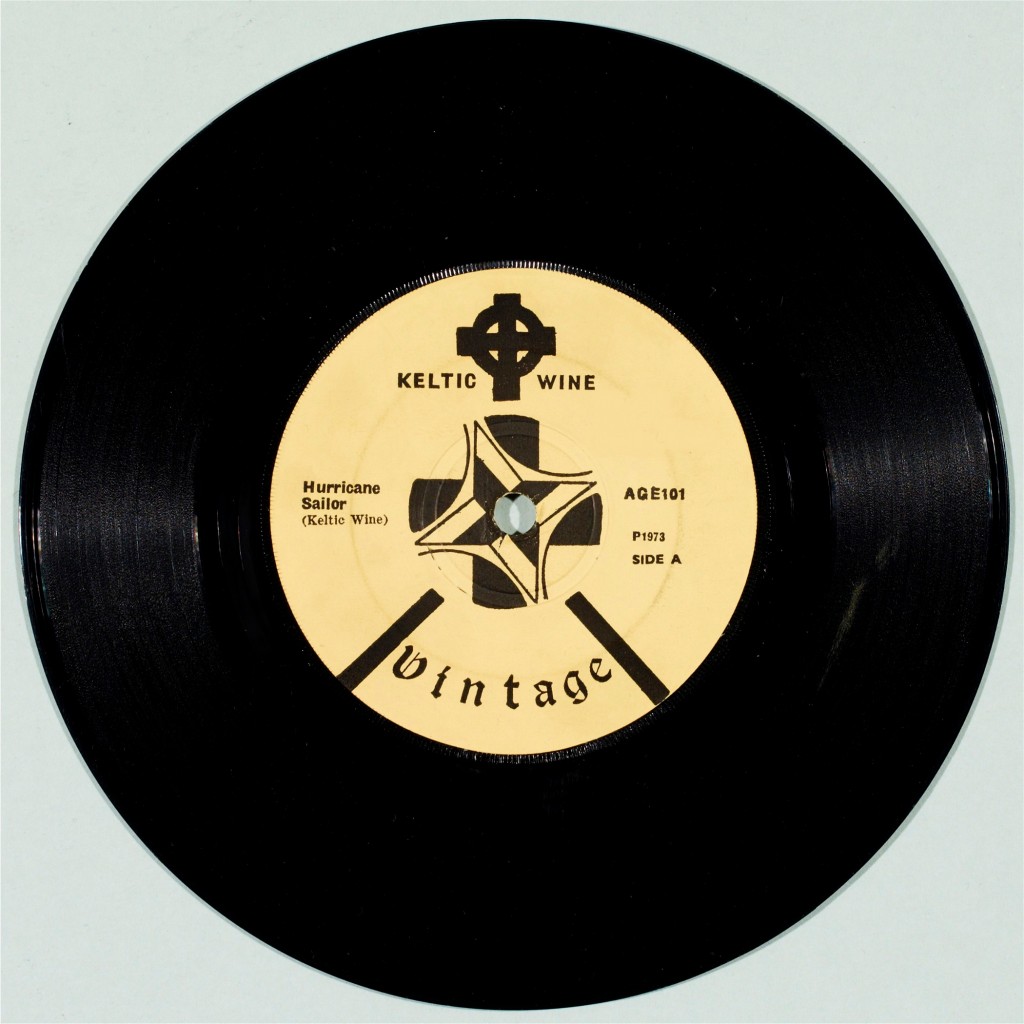
For the day that’s in it, let’s revert to stereotype and enjoy a slice of ‘Celtic Rock’.
As a conventional rock band, ‘Topaz‘ formed in about 1970. By early 1973 they had become Keltic Wine to signify the addition of traditional Irish instruments to the mix. At the time, comparisons were drawn with Mushroom in particular, though Horslips were another obvious point of reference. On the evidence of their only single ‘A’-side, their use of electric fiddle as a lead instrument also bears similarities to Fairport Convention.
The line-up of the band seems to have been fluid to say the least, but was largely based around Roy Fitzgerald (fiddle/guitar/mandolin/recorder/harpsichord) and Richard Fitzgerald (bass/fiddle/whistle/mandolin). A picture sleeve for this single also credits Dick Farrelly (organ/guitar/mandolin/accordian), Paul McAteer (drums/bodhrán) and Topes Curnce (guitar/whistle/flute/uilleann pipes). As can be seen, the sheer range of instruments played by the group is boggling, and they added multi-part vocal harmonies to the mix as well. They prided themselves on a live set of original material and unique covers, and their single from August 1973 showed off two of their own compositions.
‘Hurricane Sailor’ is the above-mentioned example of fiddle-driven rock. ‘B’-side ‘An Fhuiseog’ (which appropriately translates as ‘the lark’) is a gentle instrumental with lots of flute (or is it recorder?) and mandolin. As with so many bands covered here, that was their entire recorded output. And – also as with many bands covered here – the hype would suggest that Keltic Wine had a lot more to offer than just one single. Celtic Rock had only a brief moment in the sun, but what was probably just as damaging for this group’s prospects was their frequent changes in personnel. They split permanently around 1975. Paul McAteer was perhaps the only member to have a lasting career, with Supply Demand & Curve and Barry Devlin among a long list of session credits.
- Hurricane Sailor
- An Fhuiseog
See Also:

